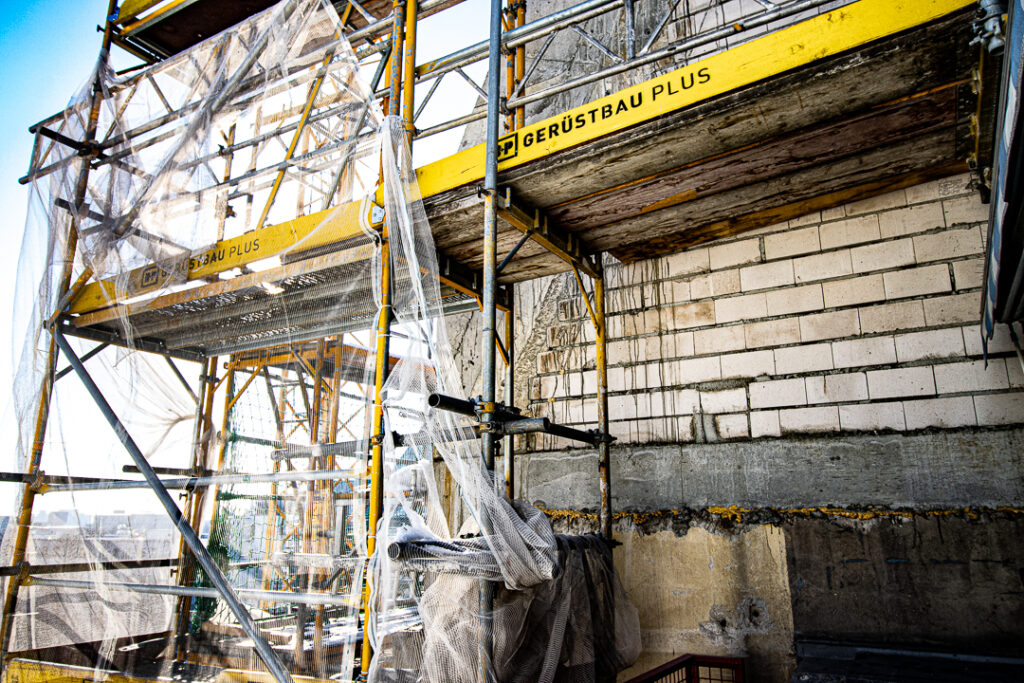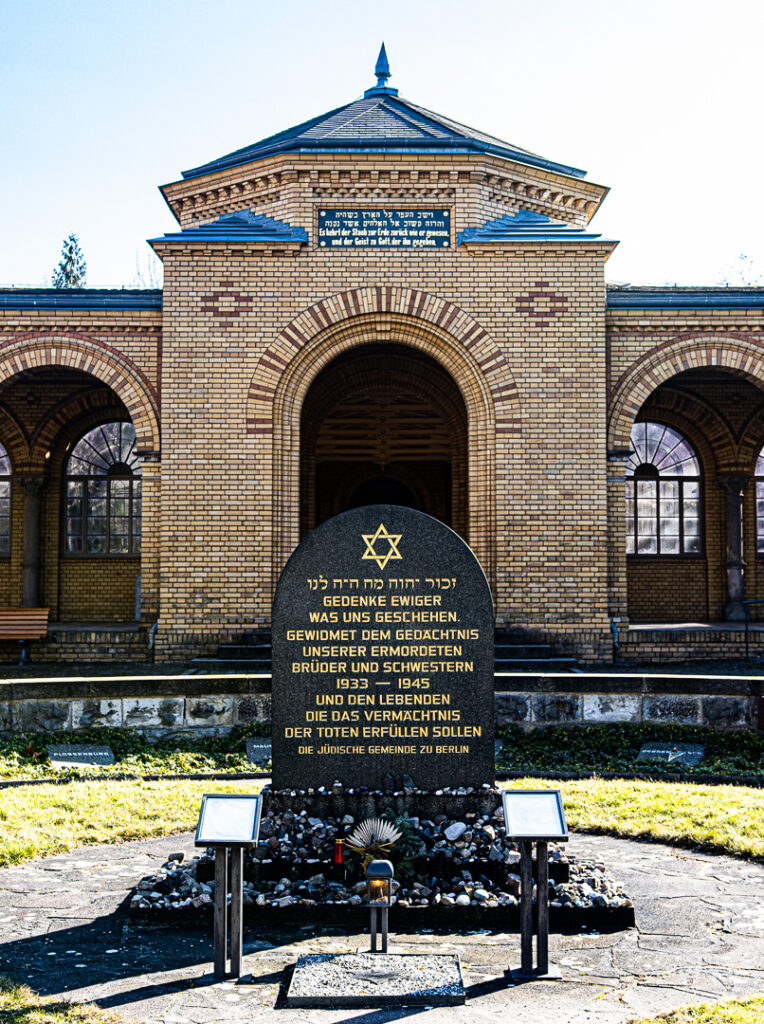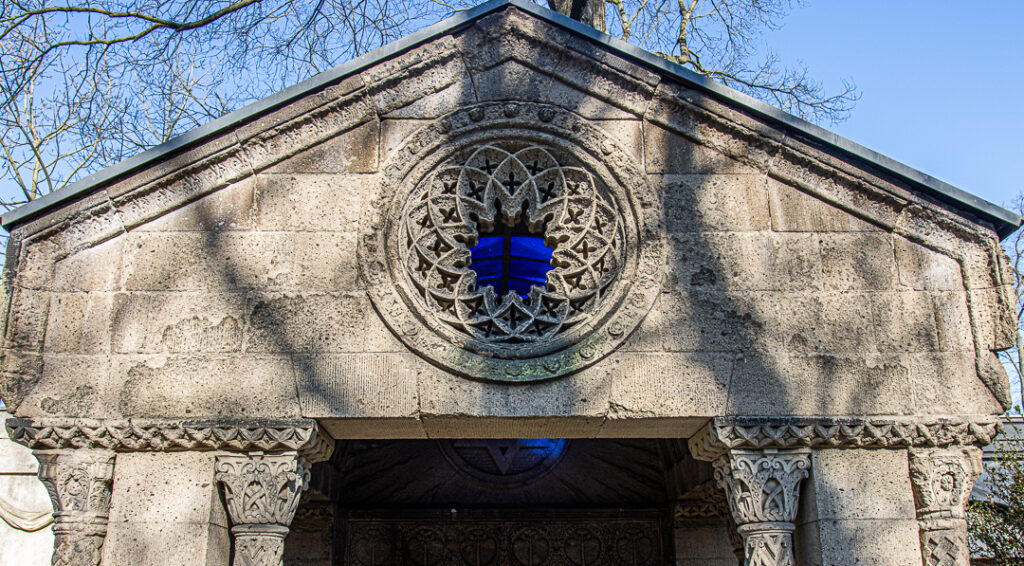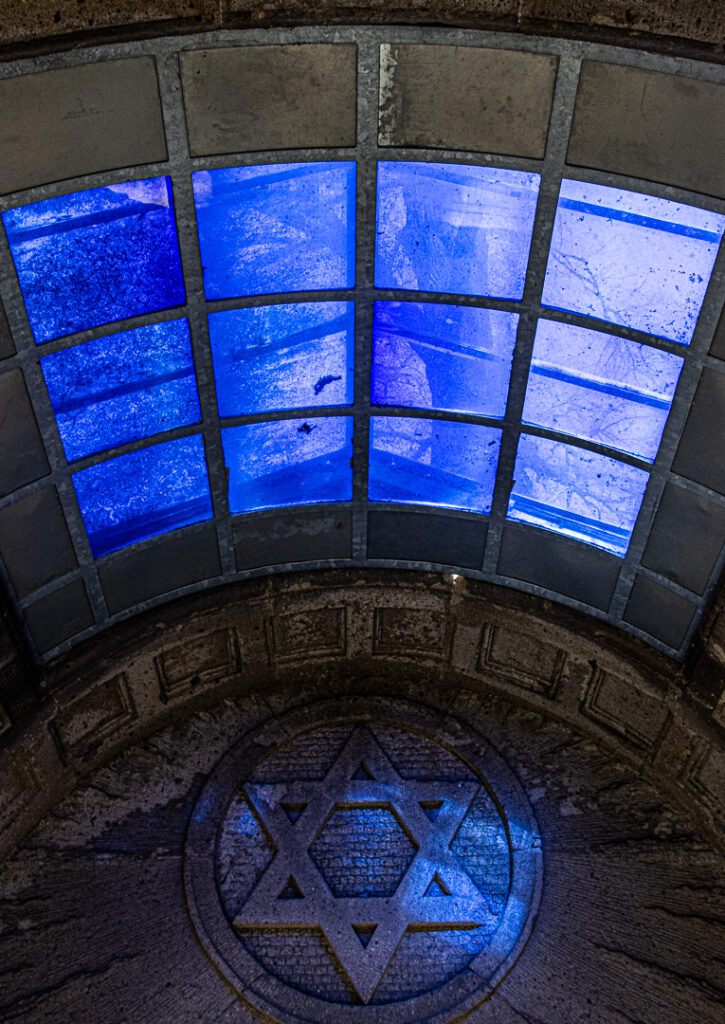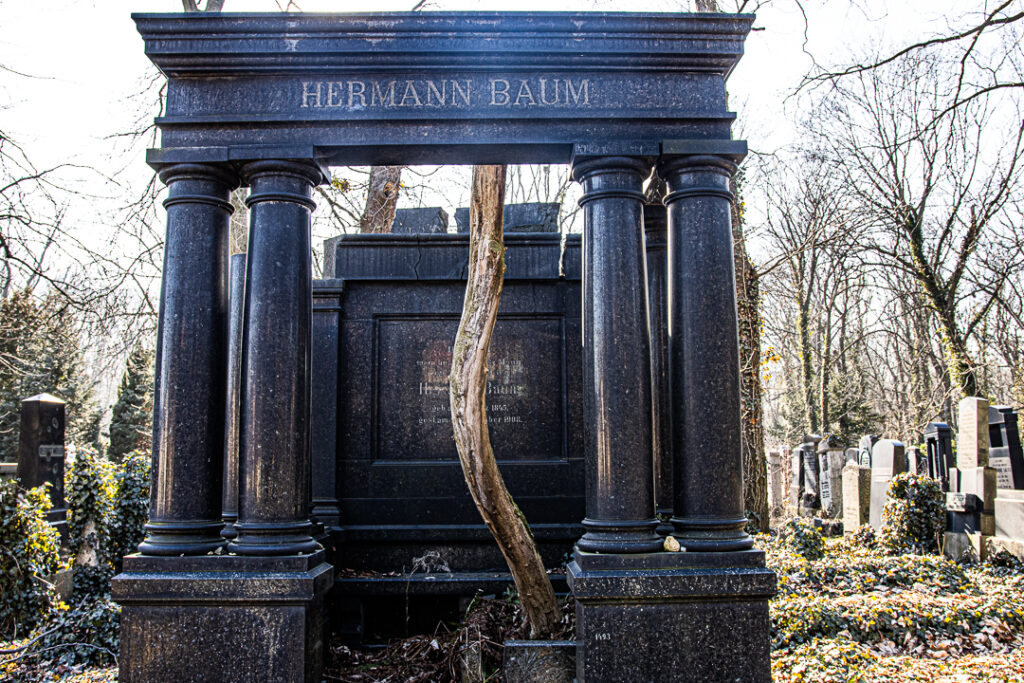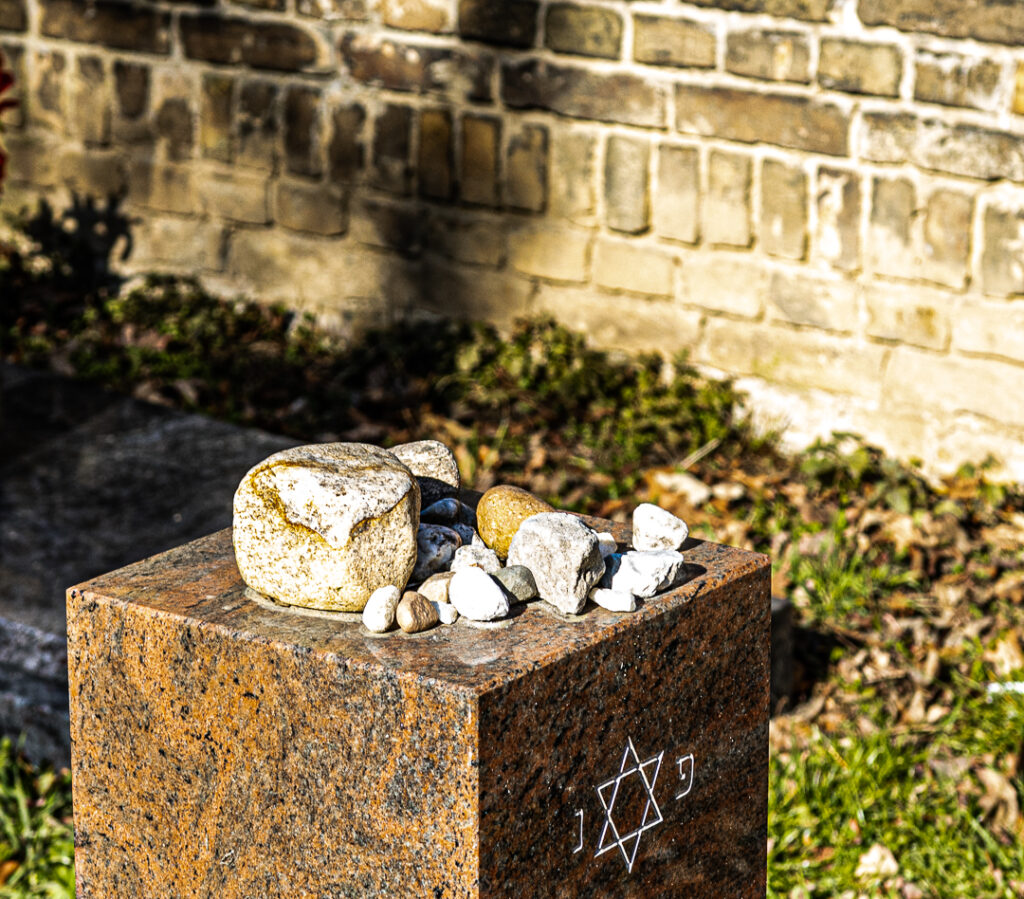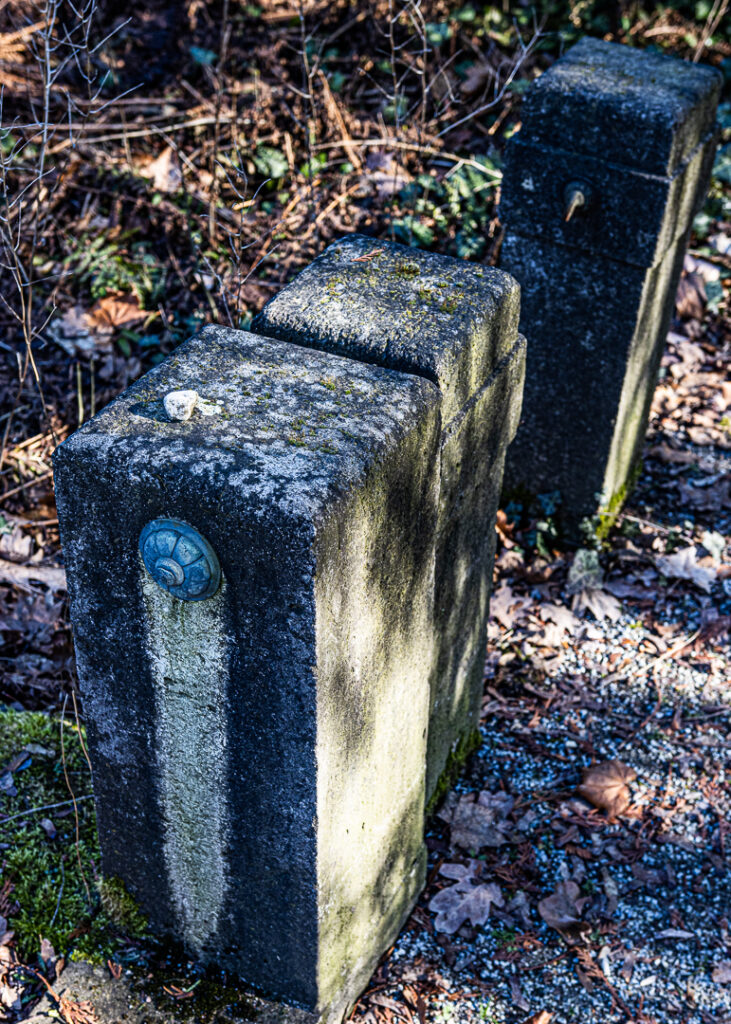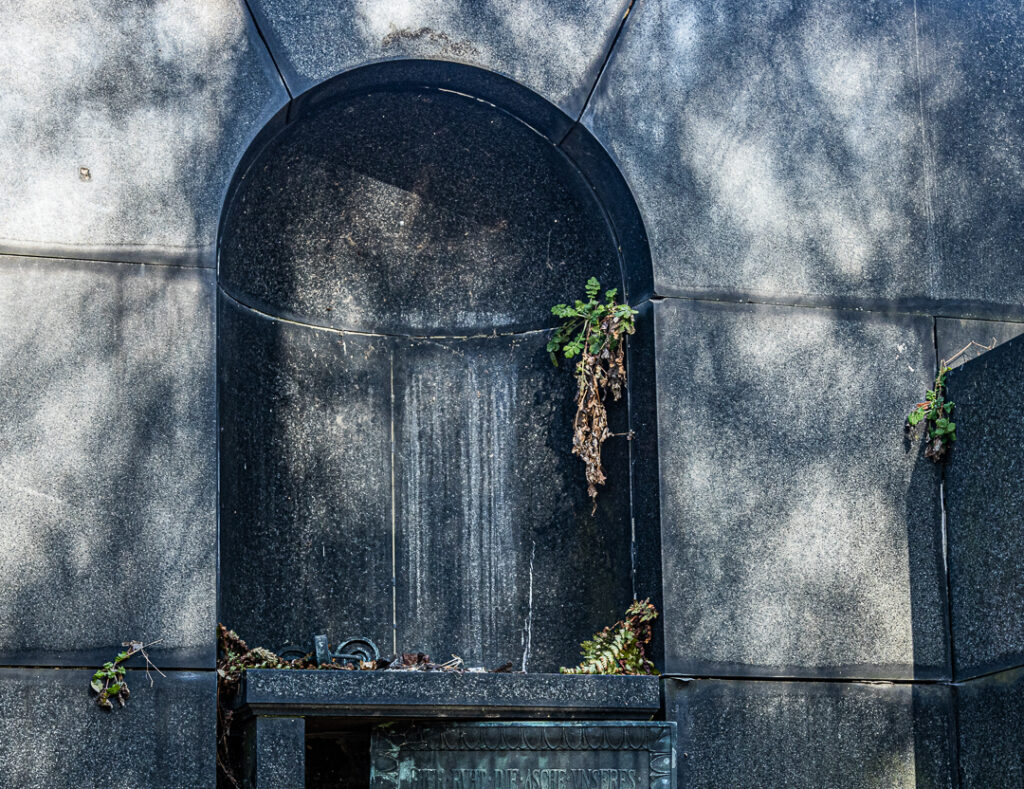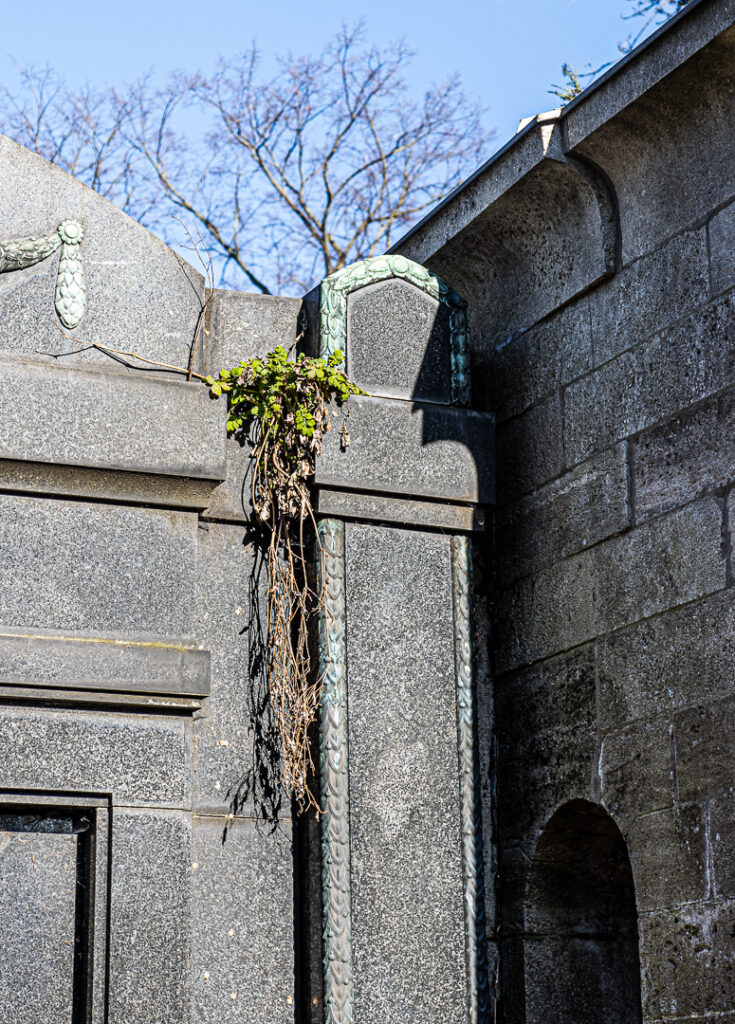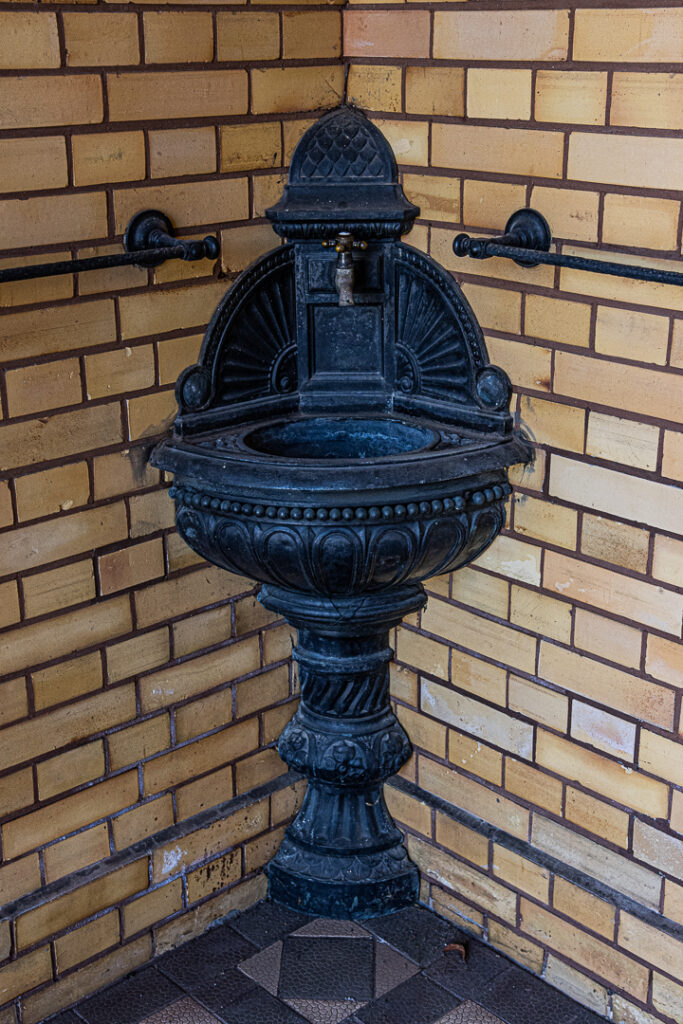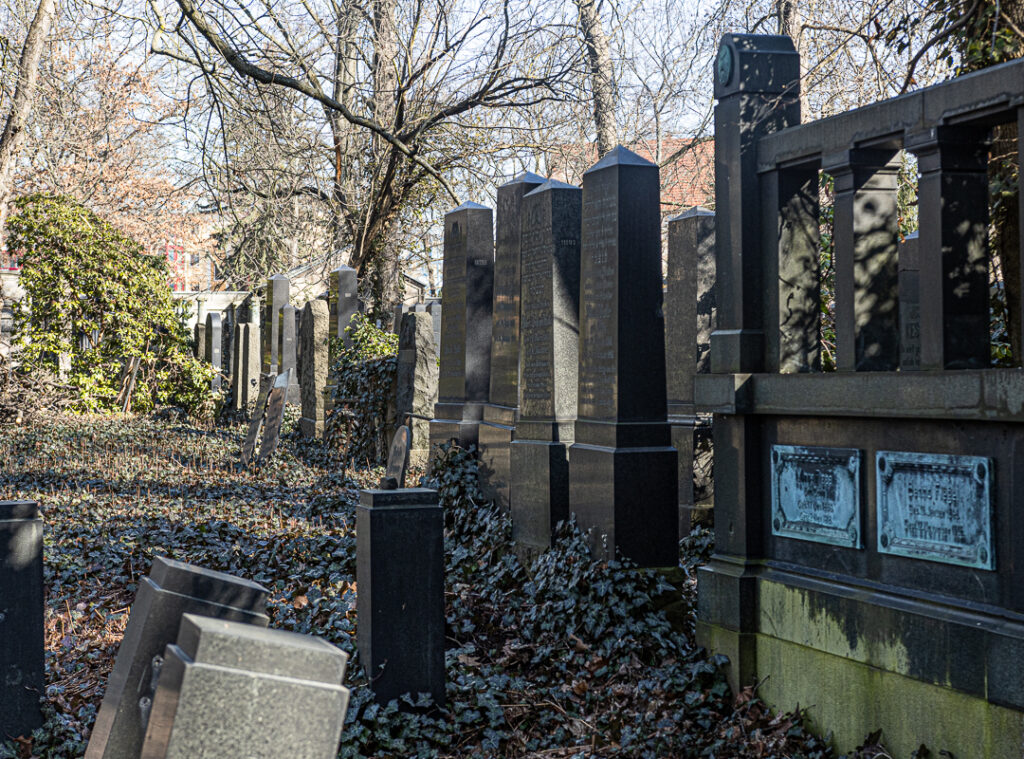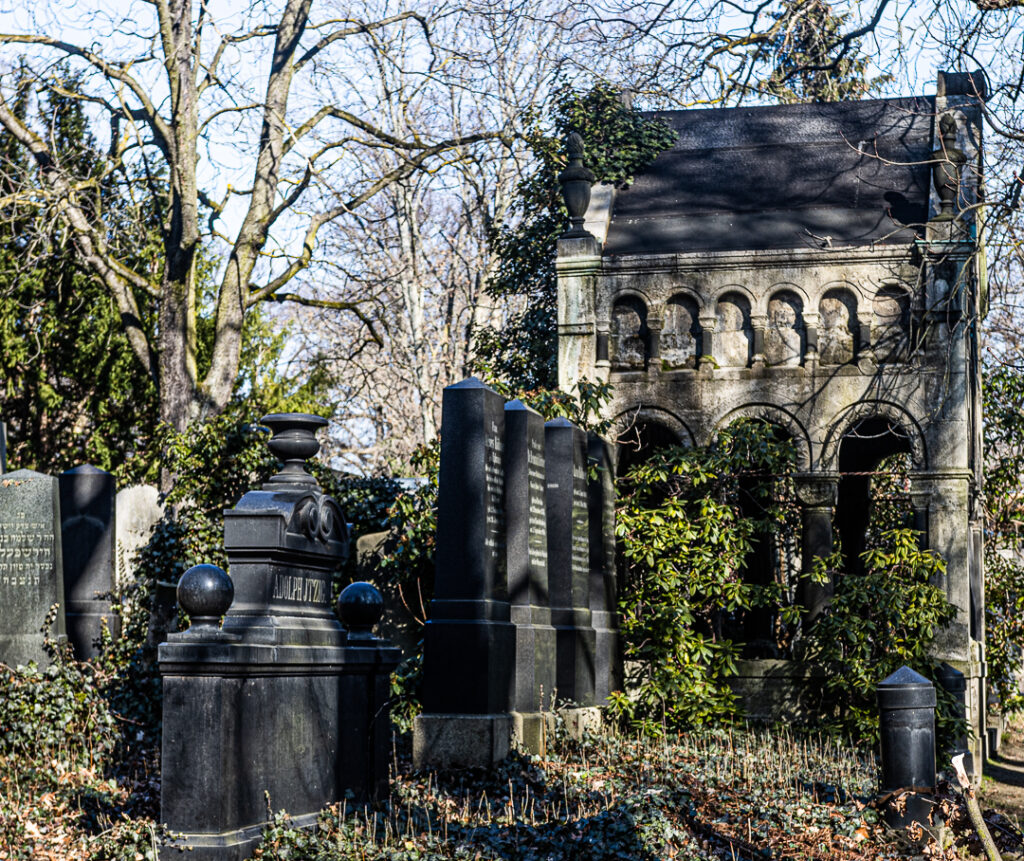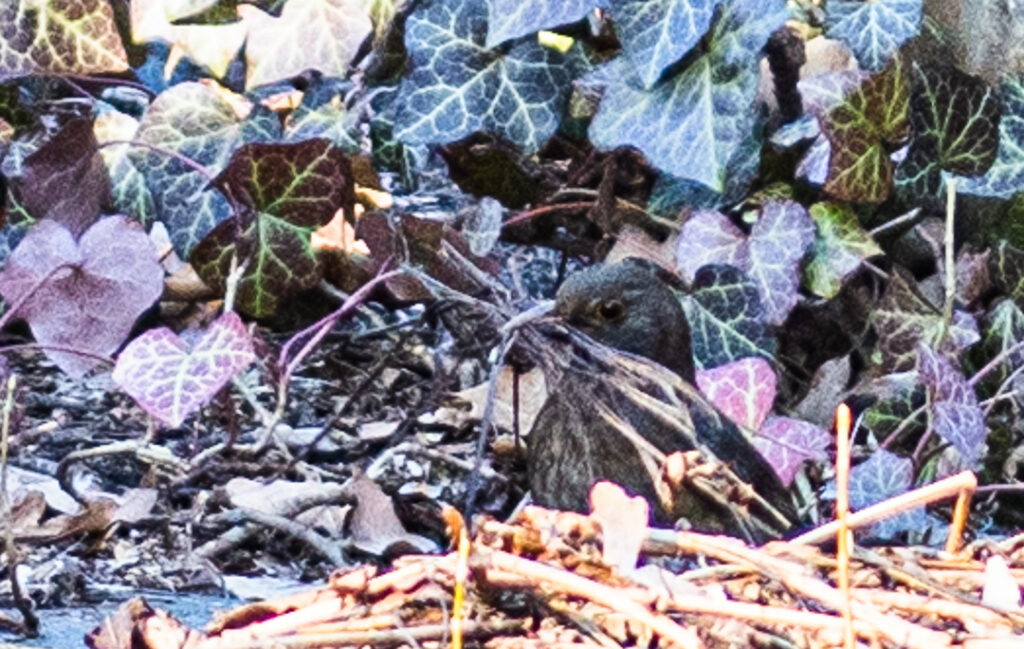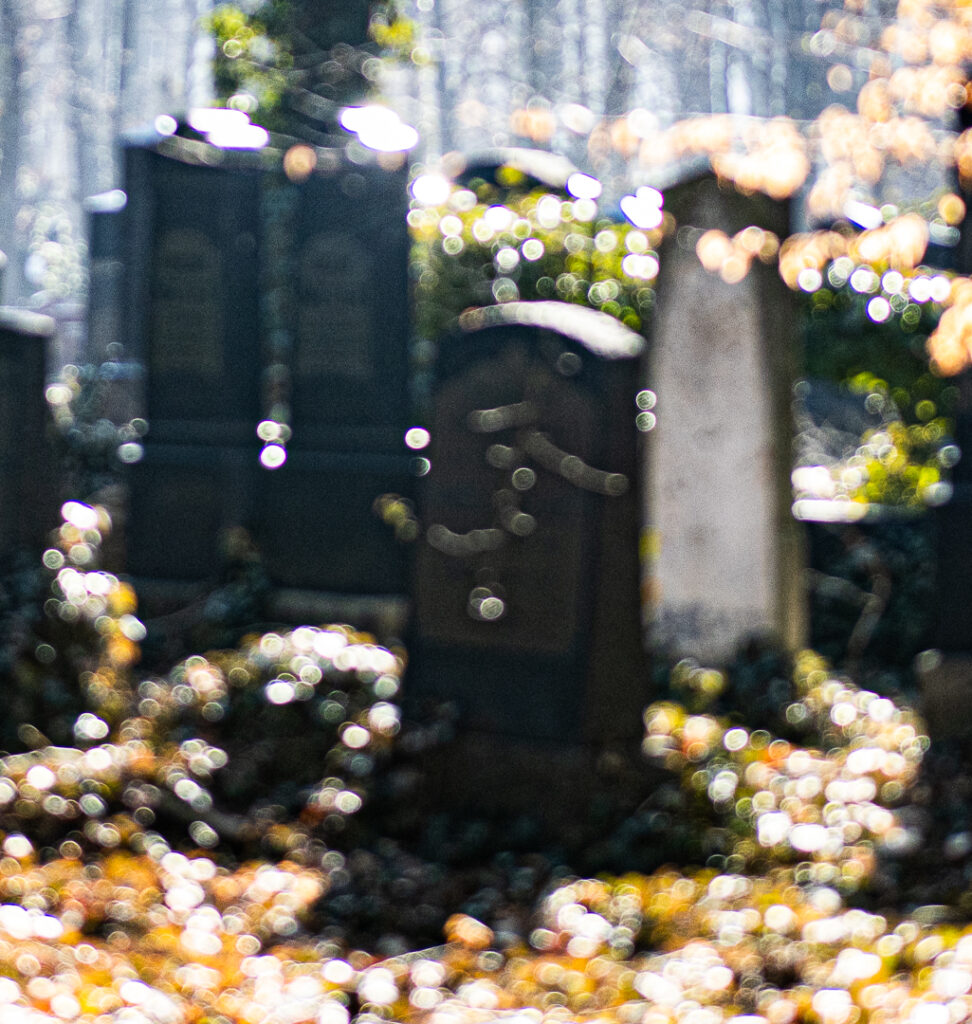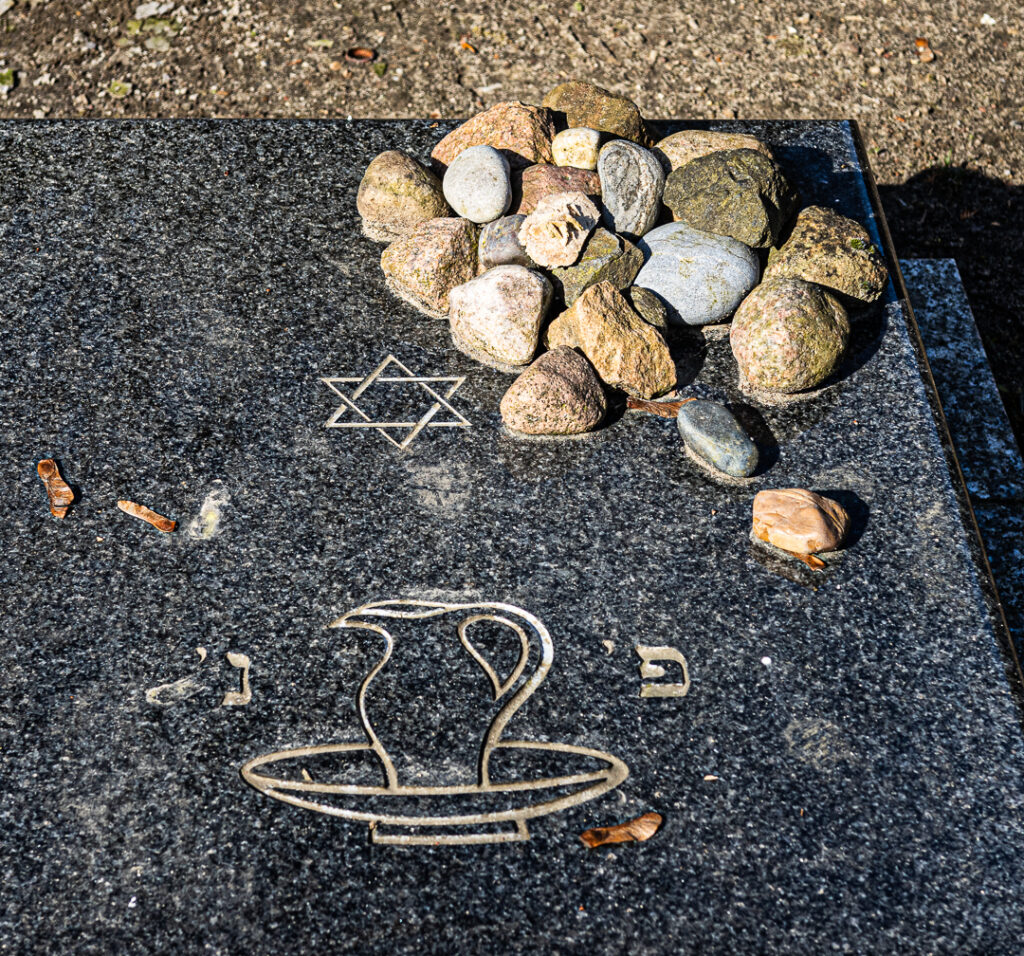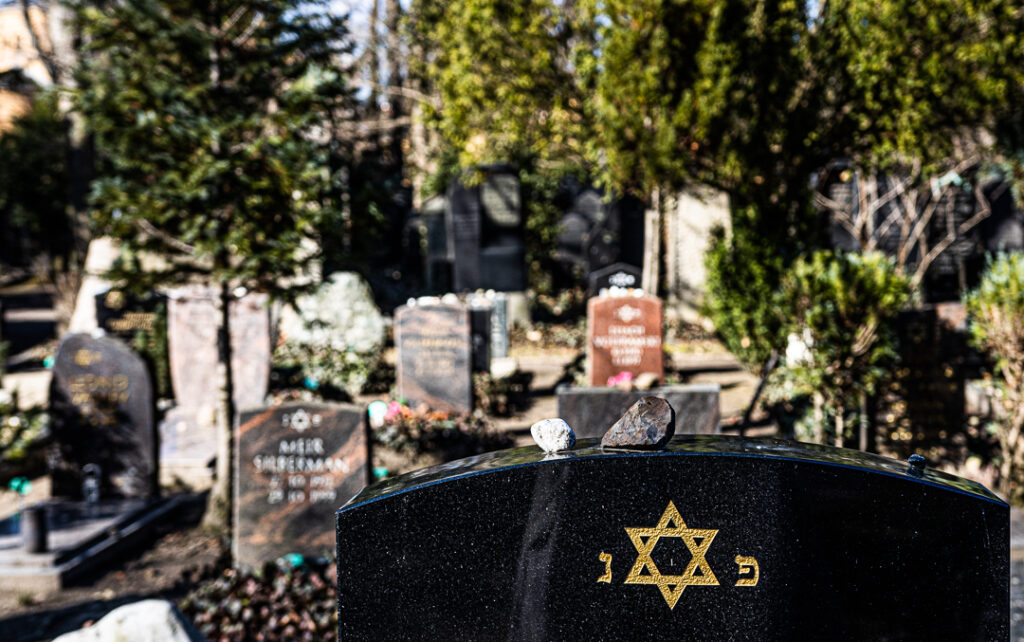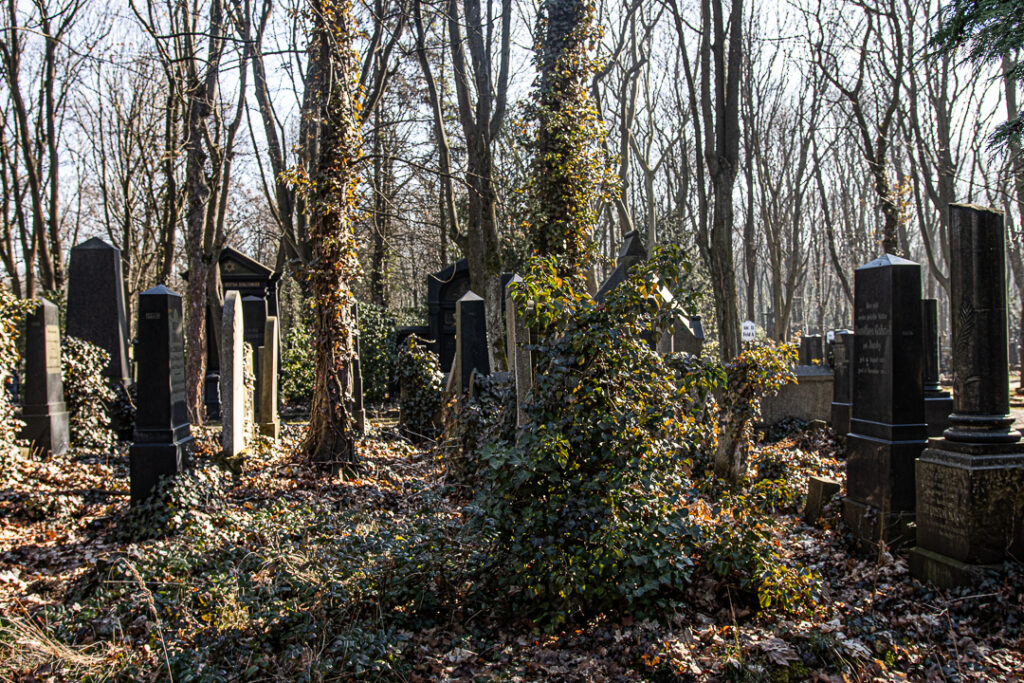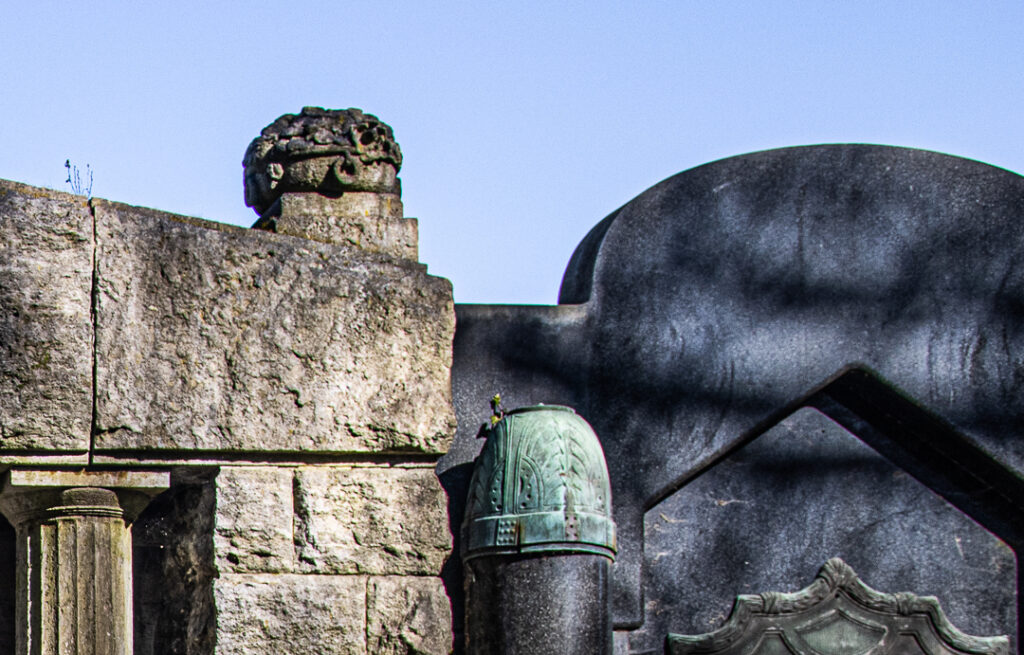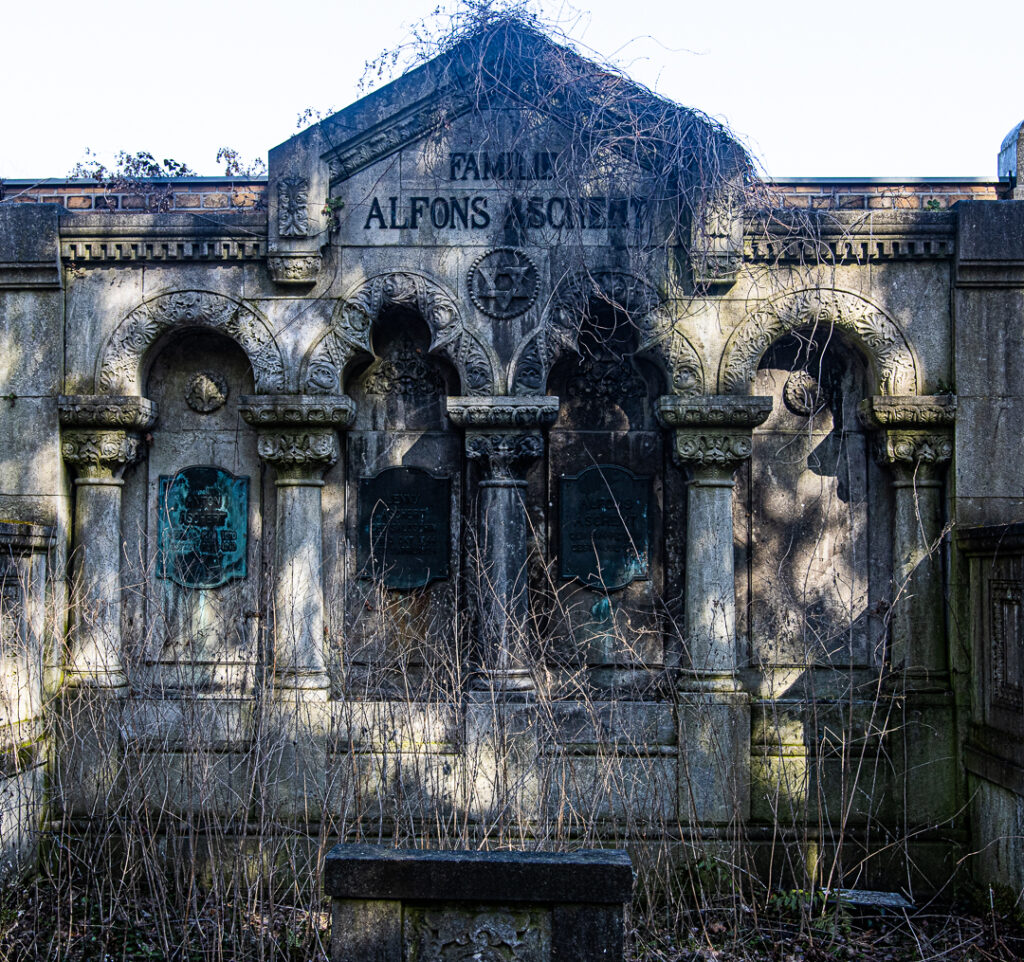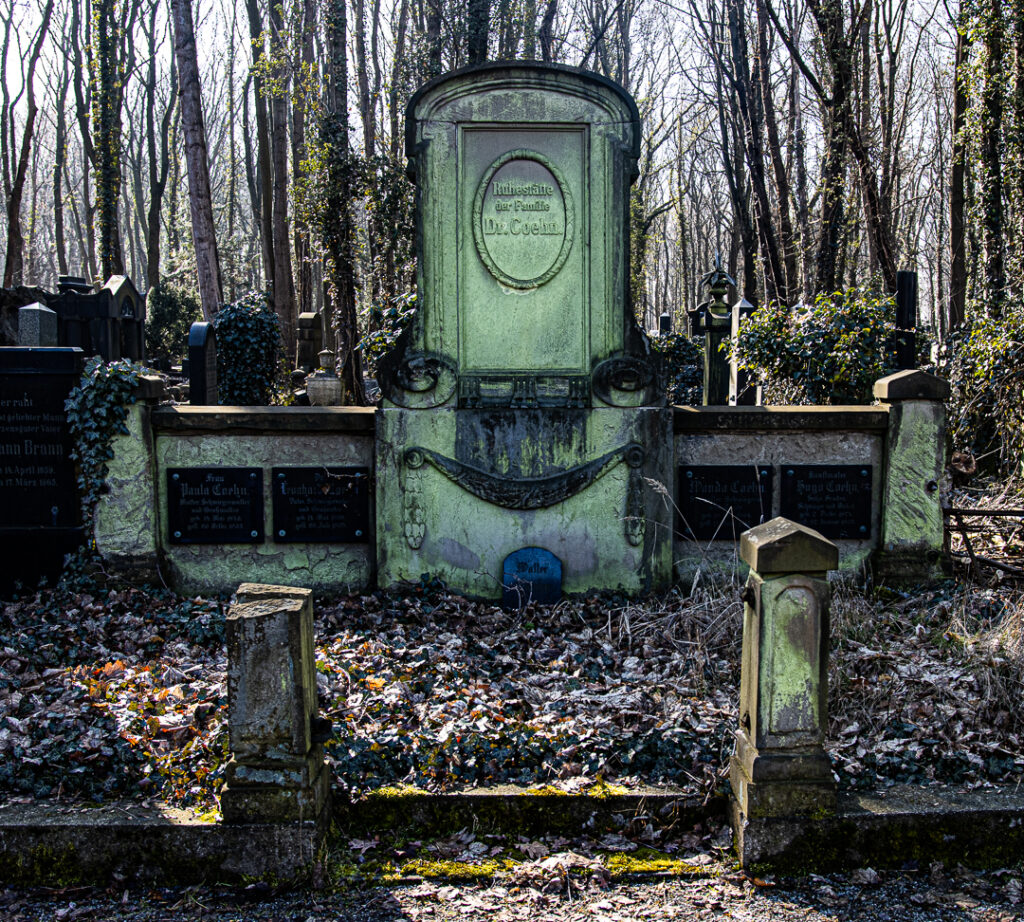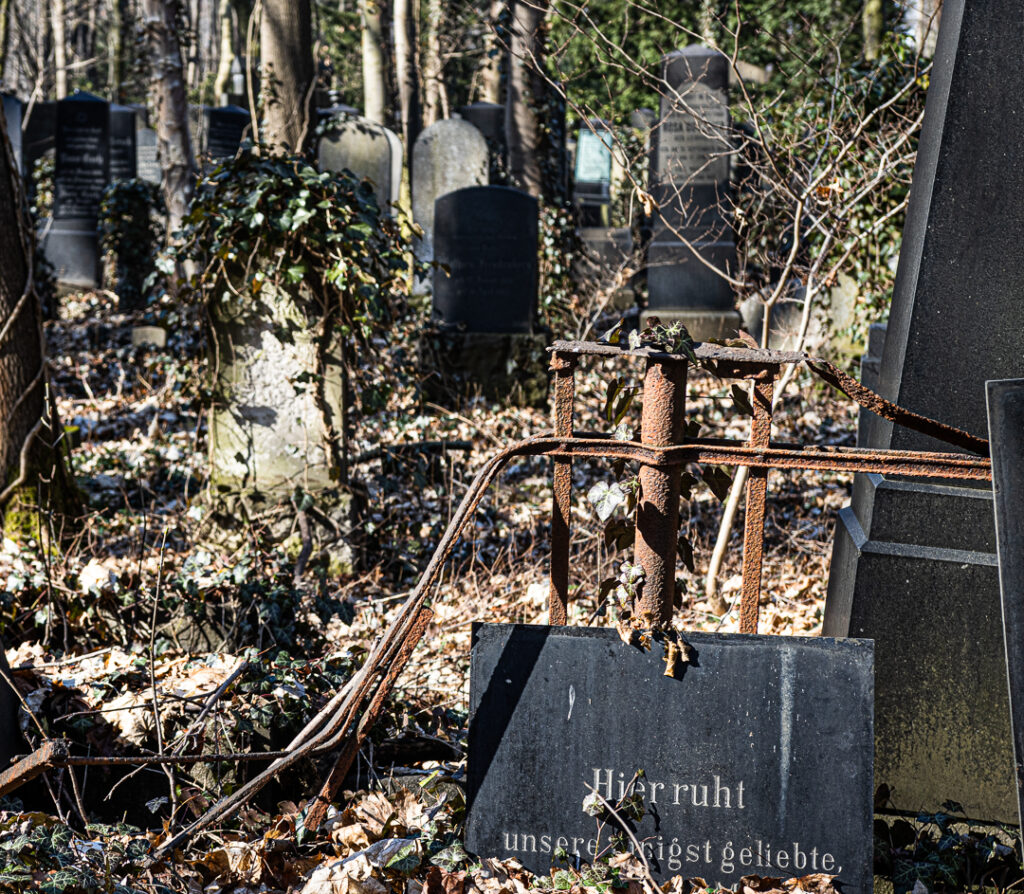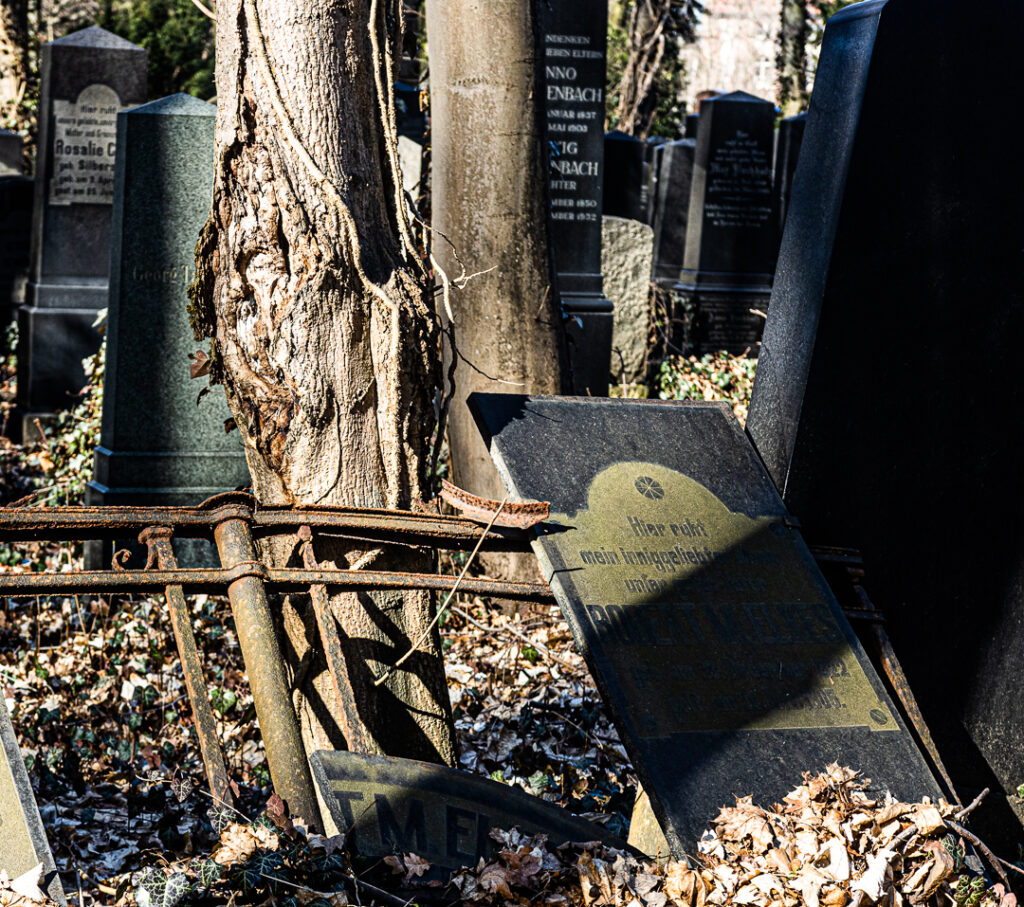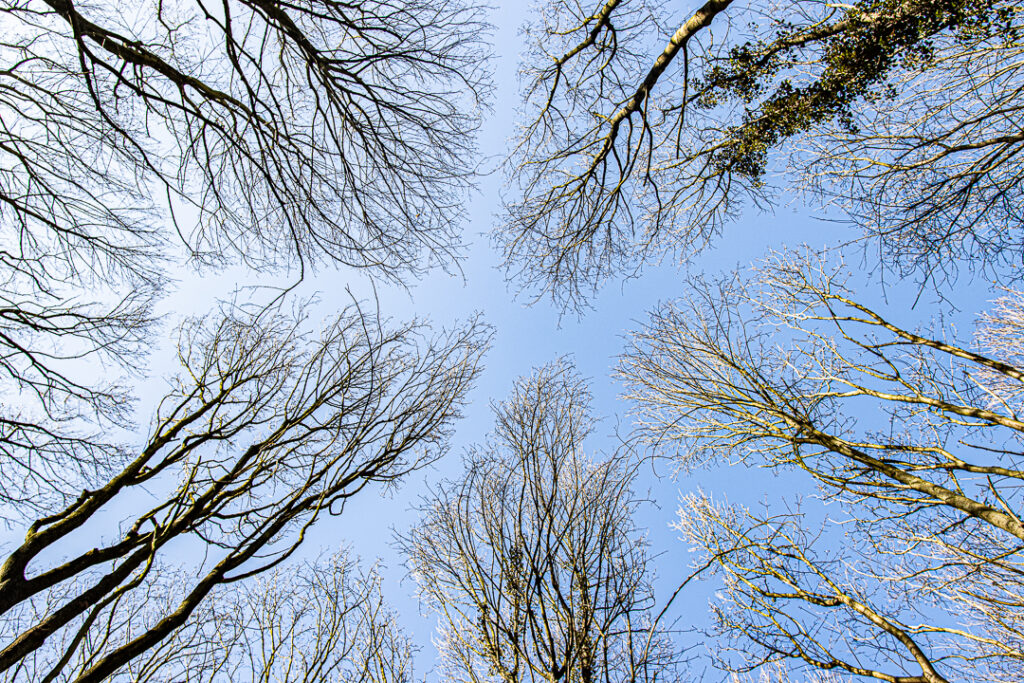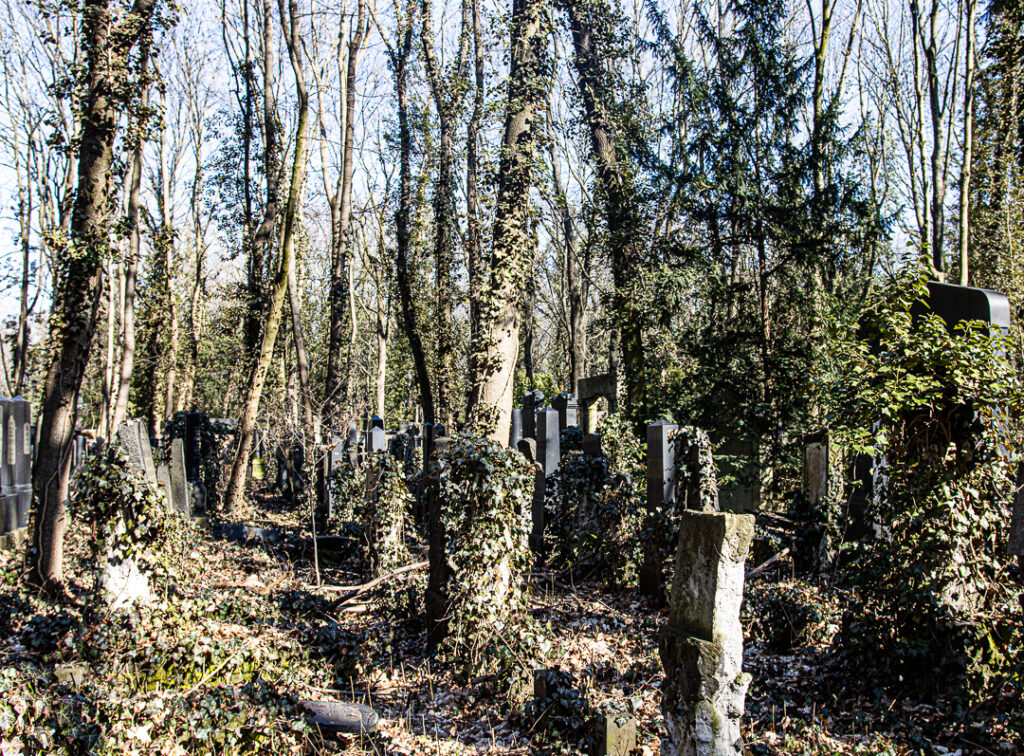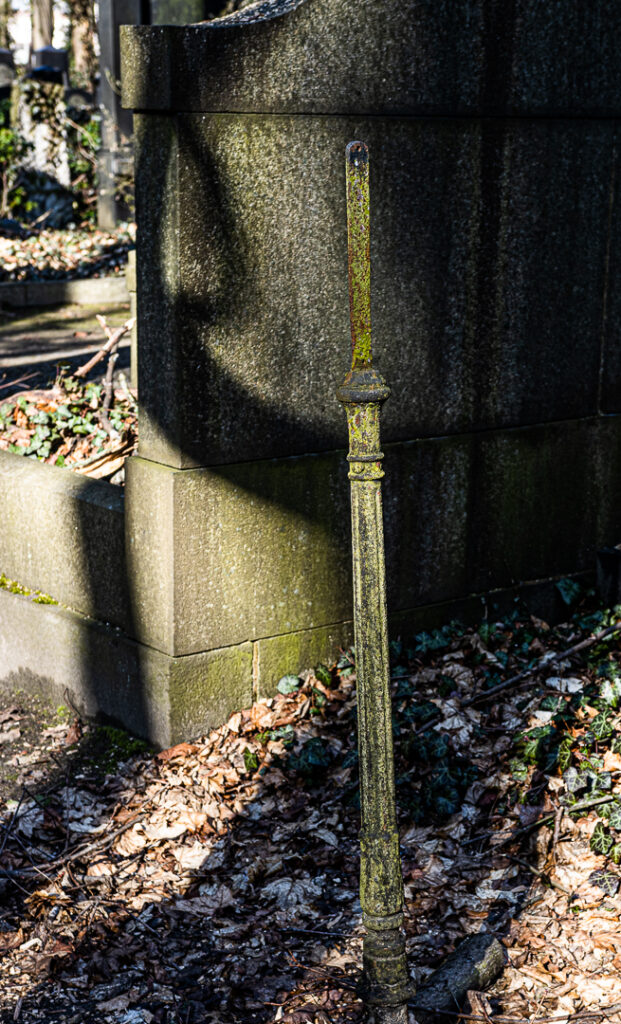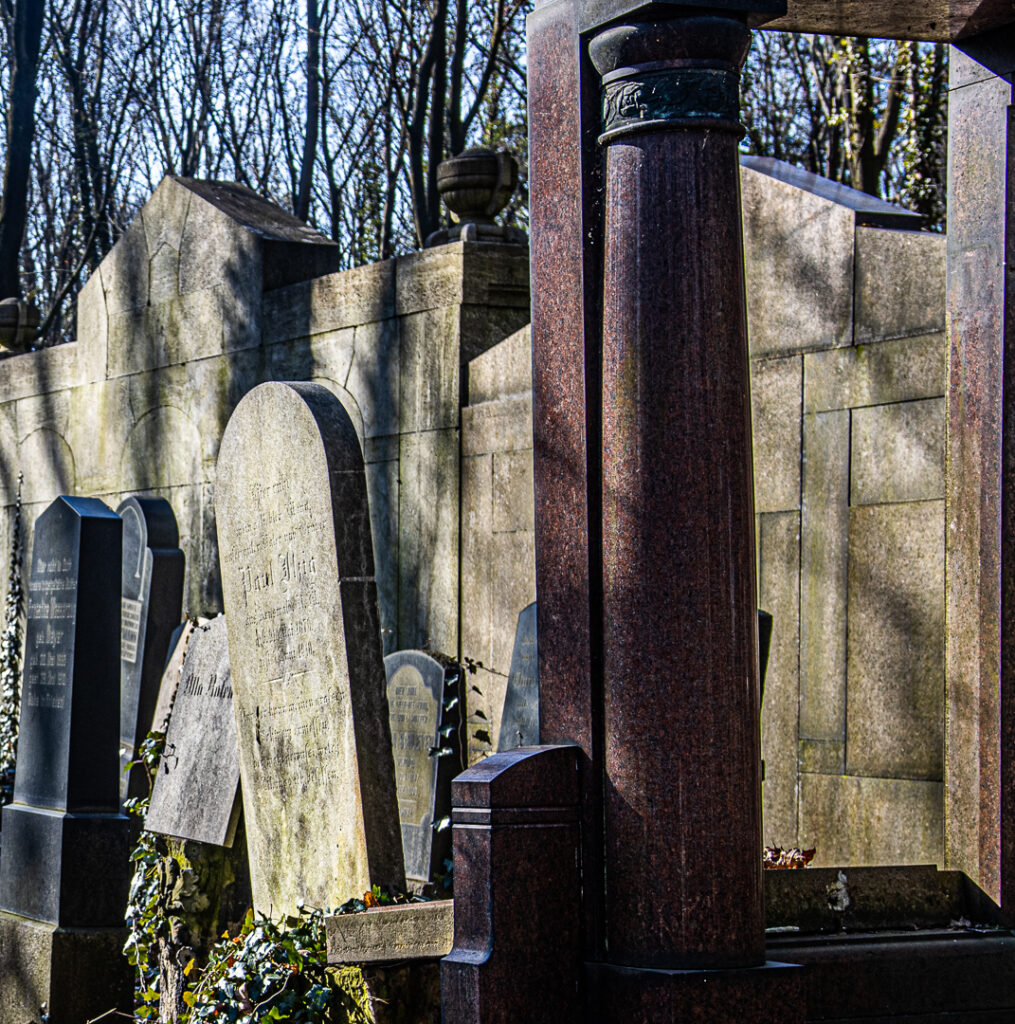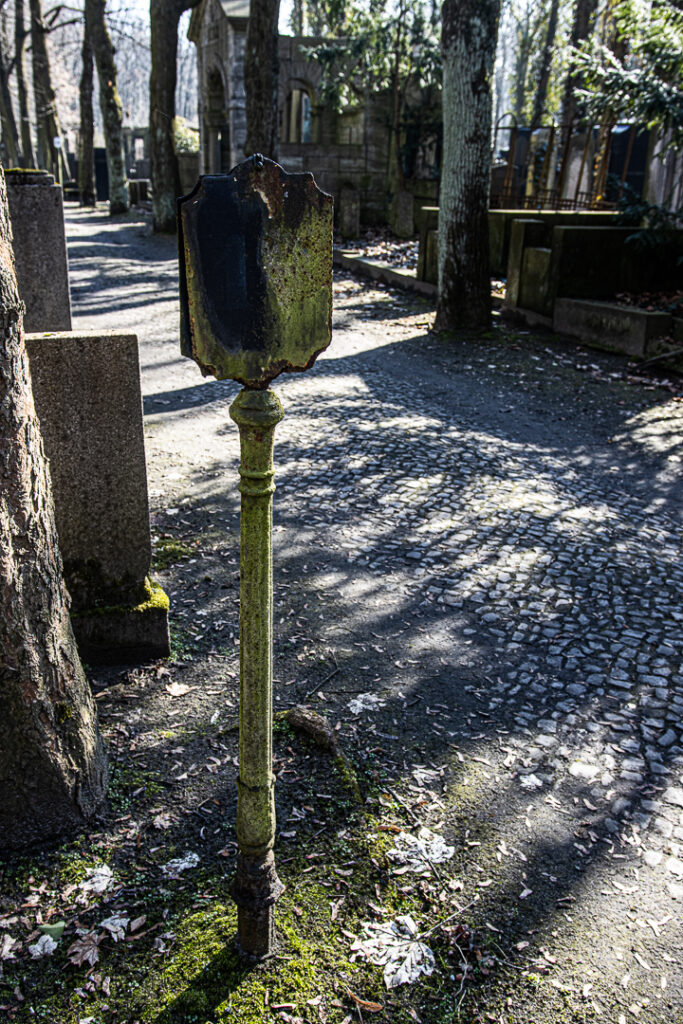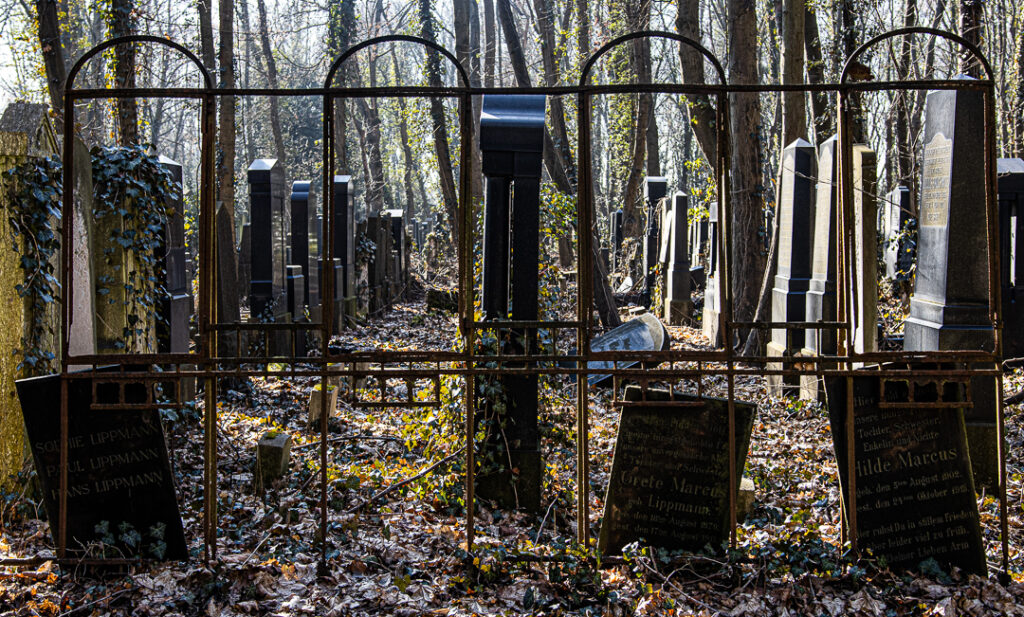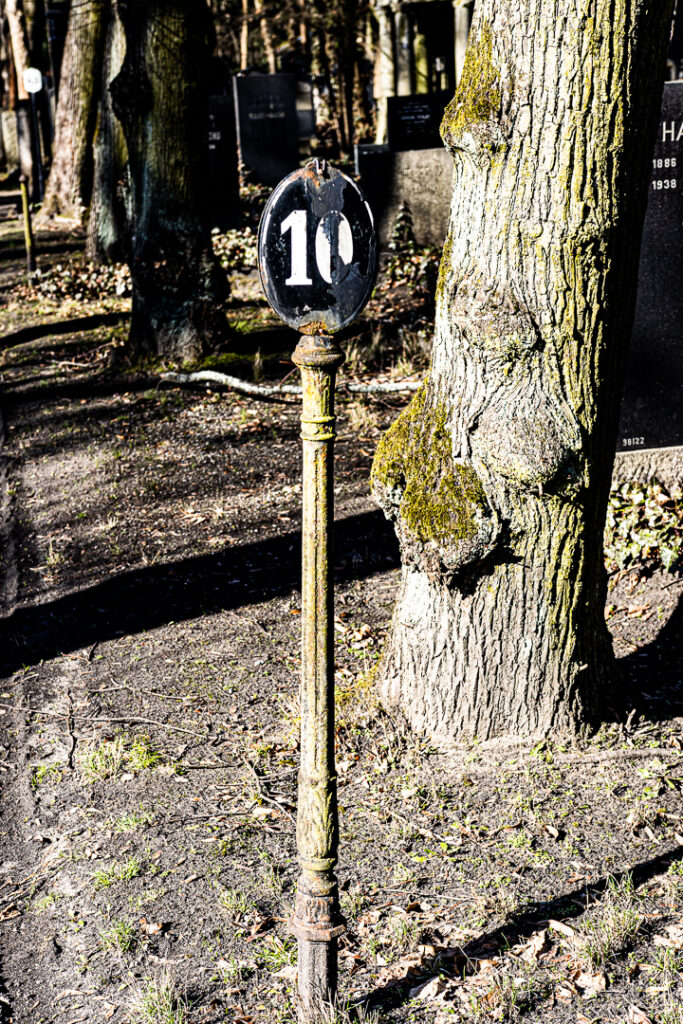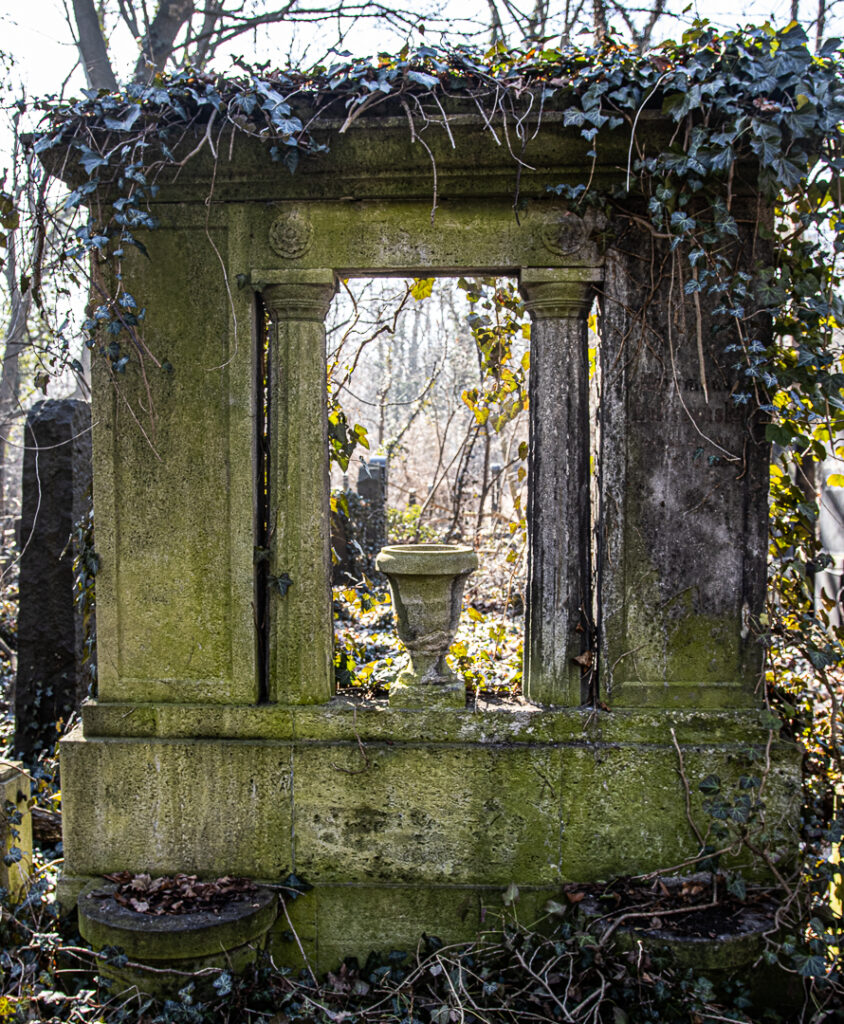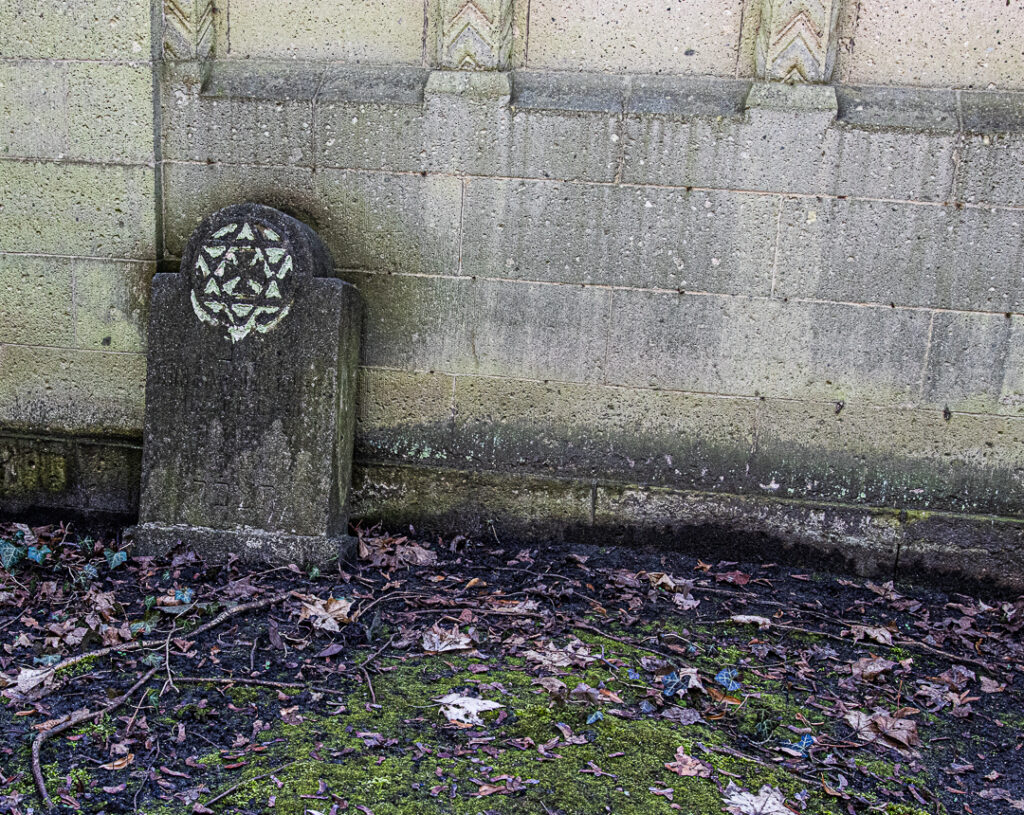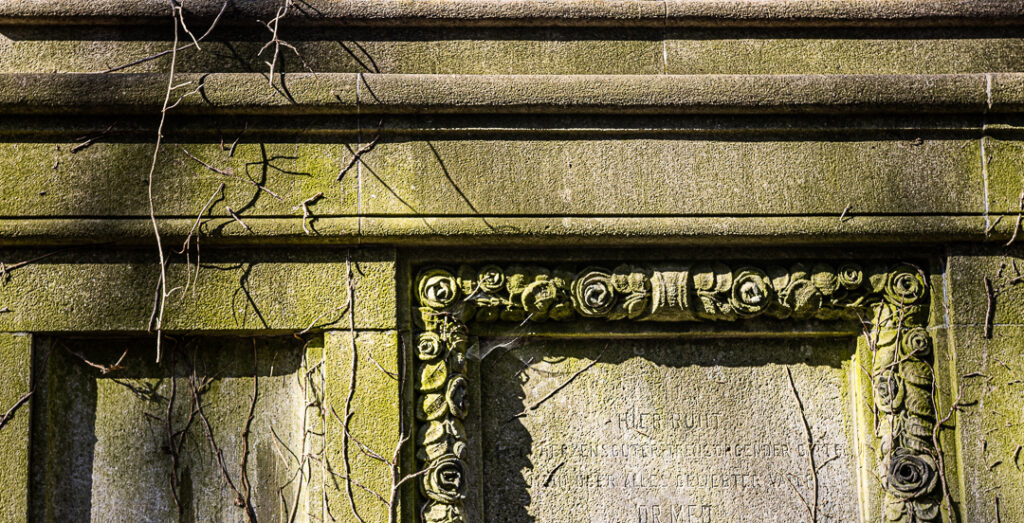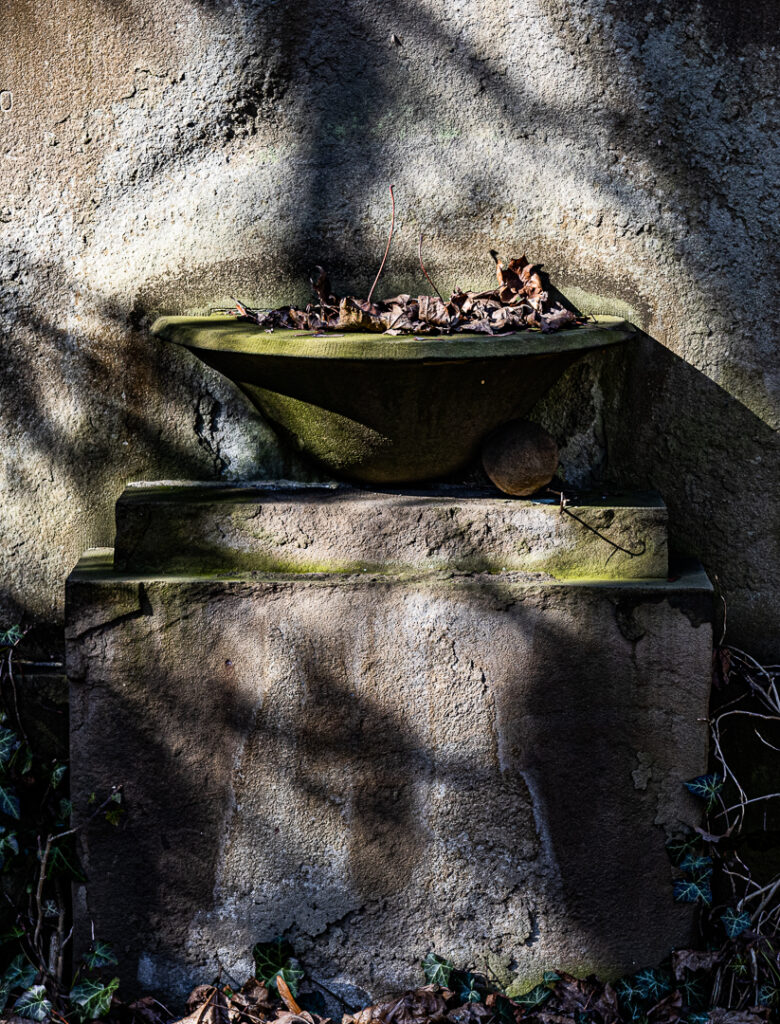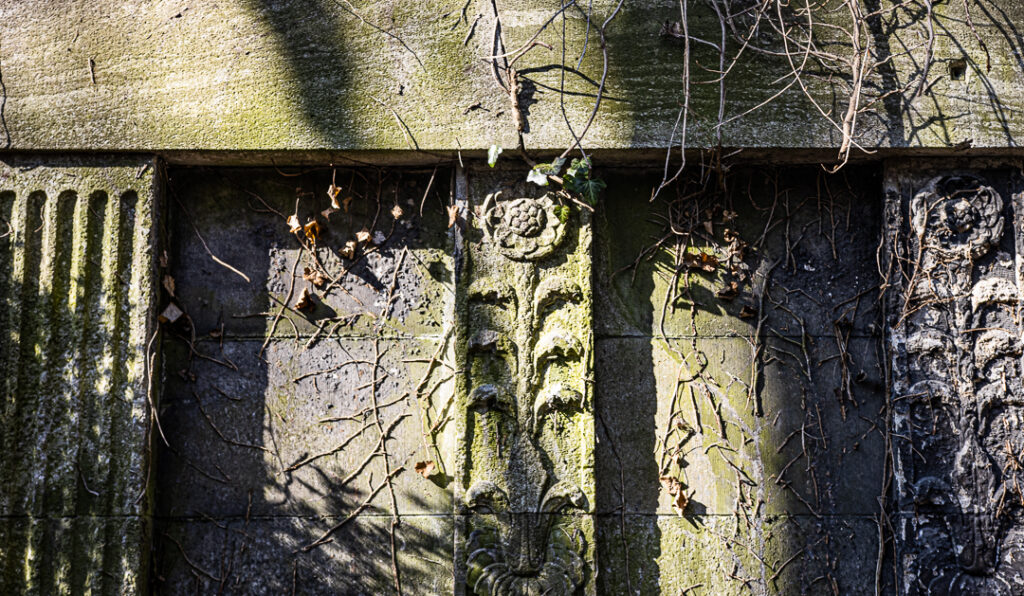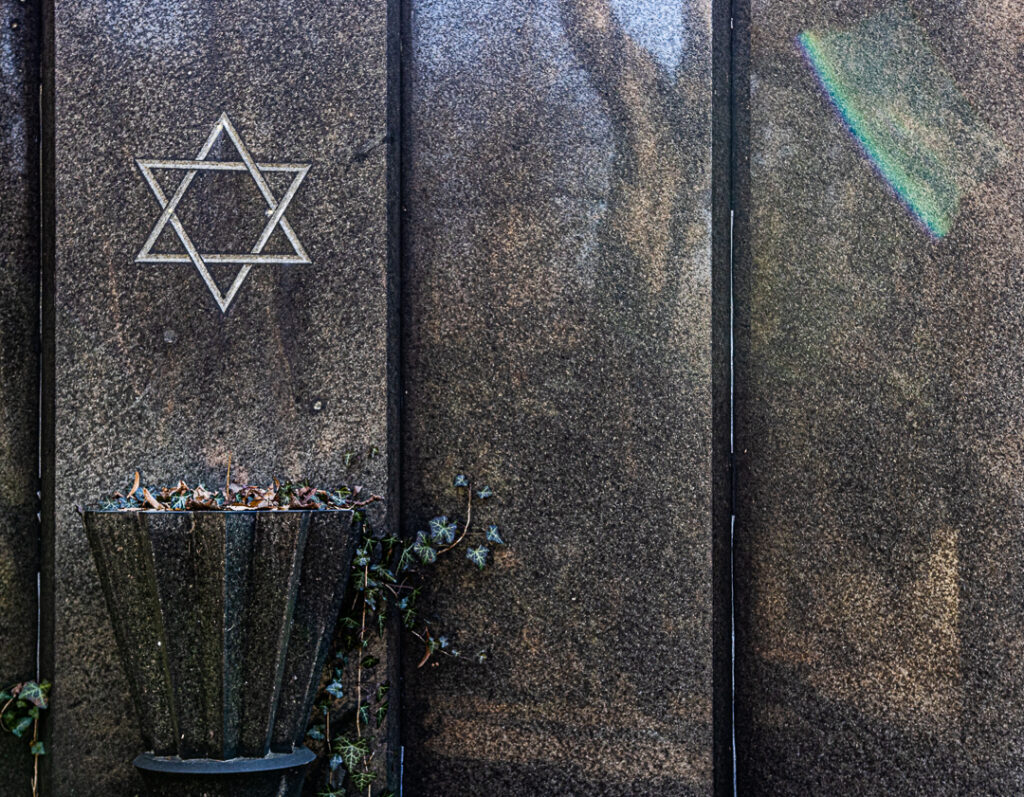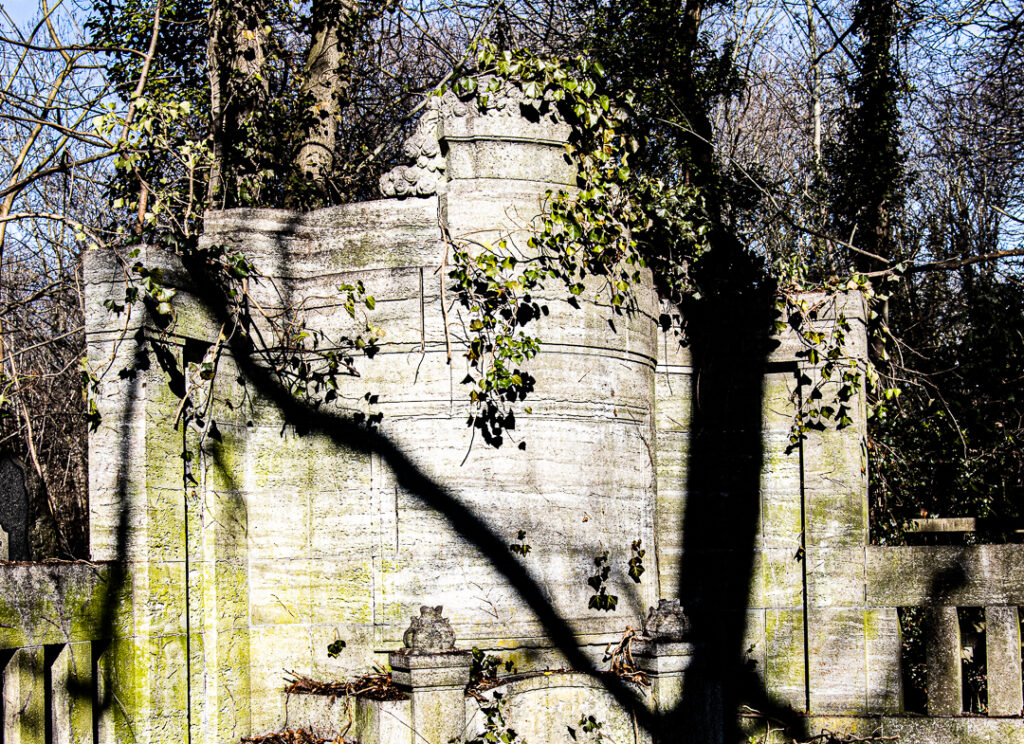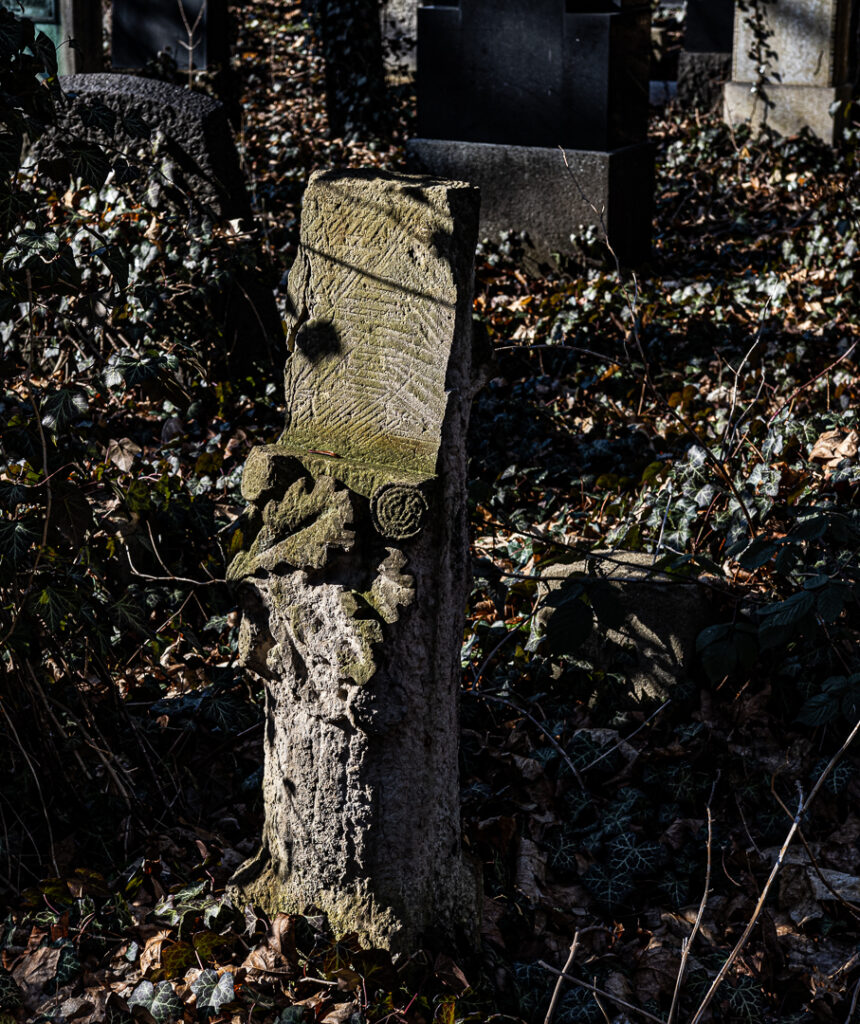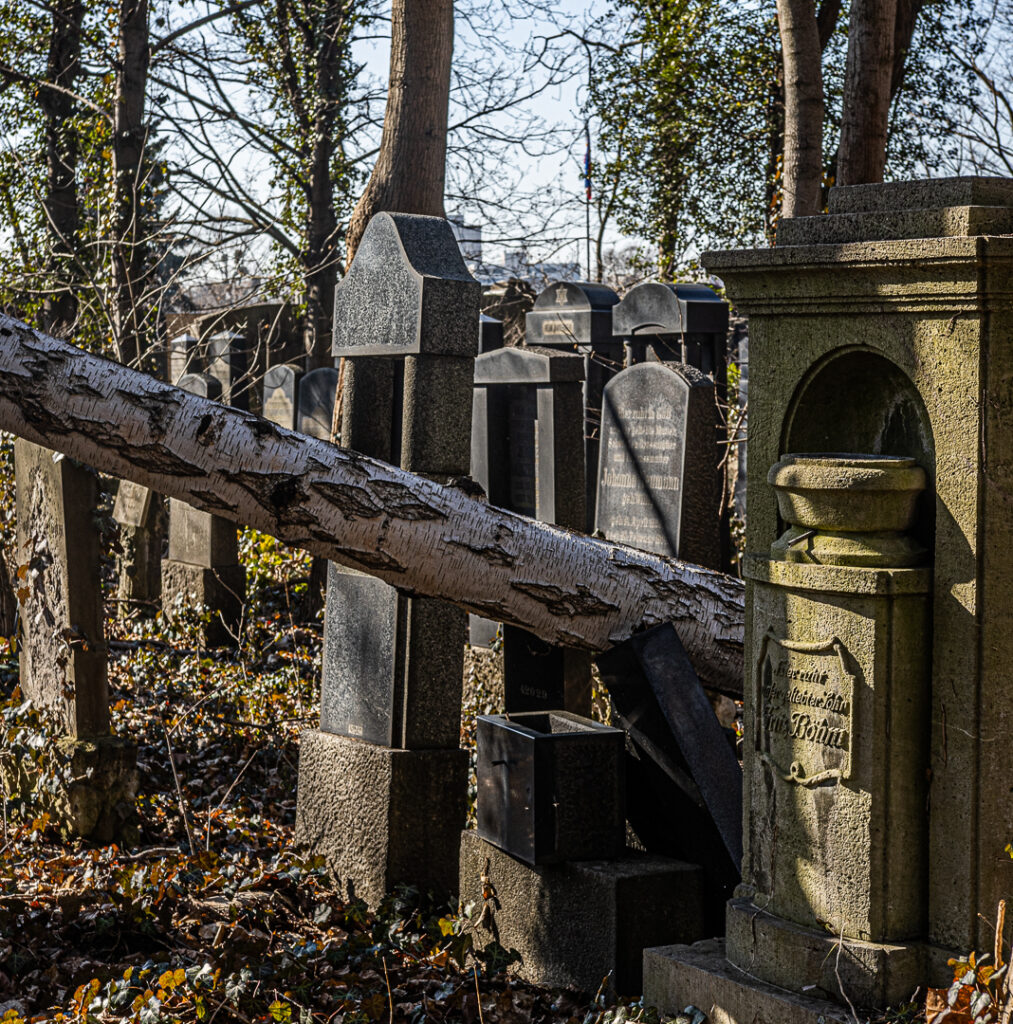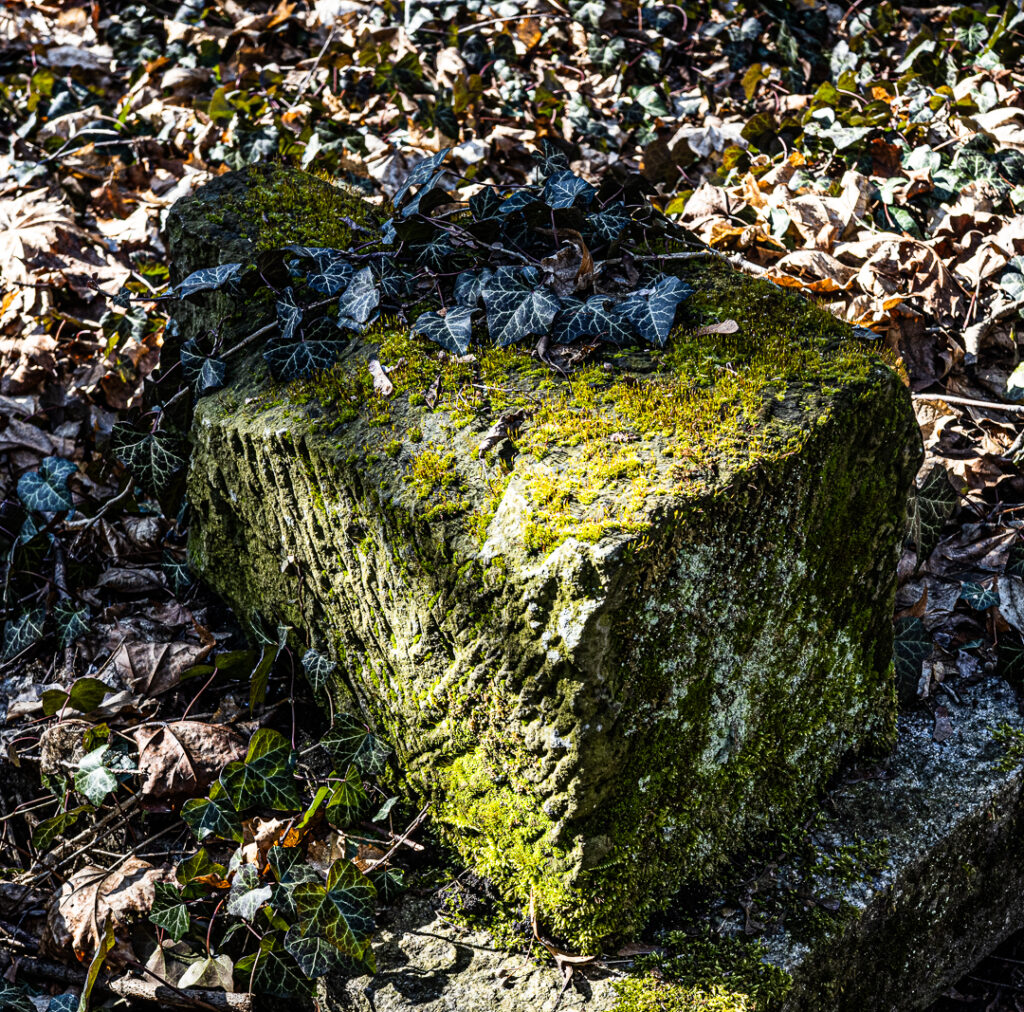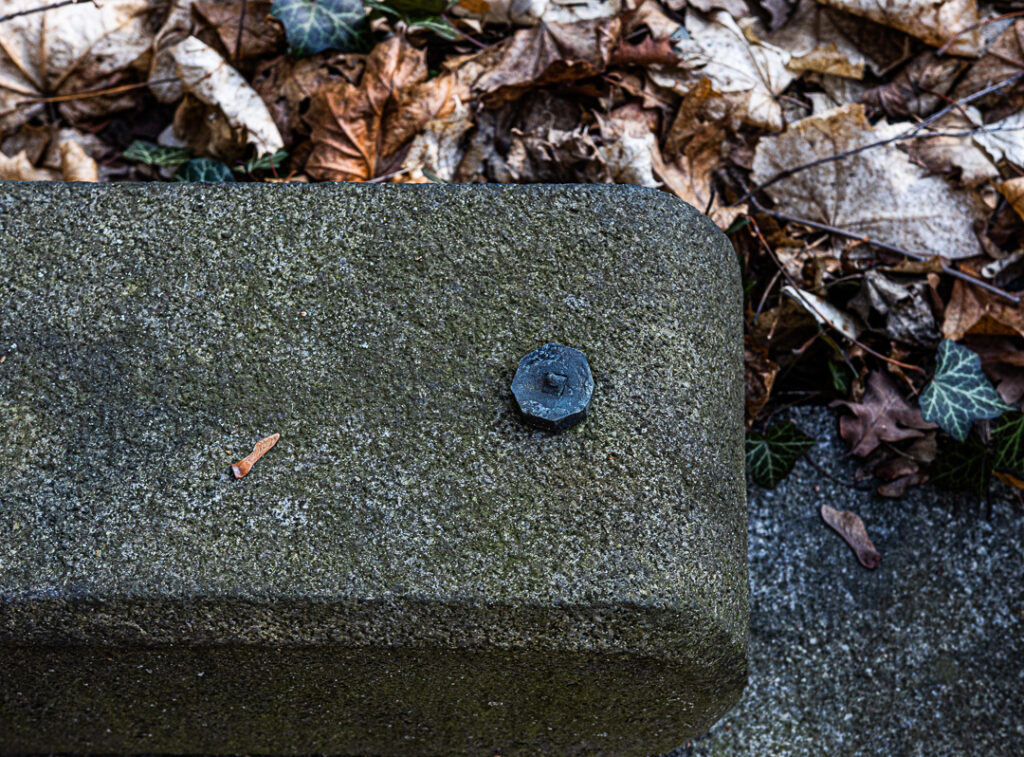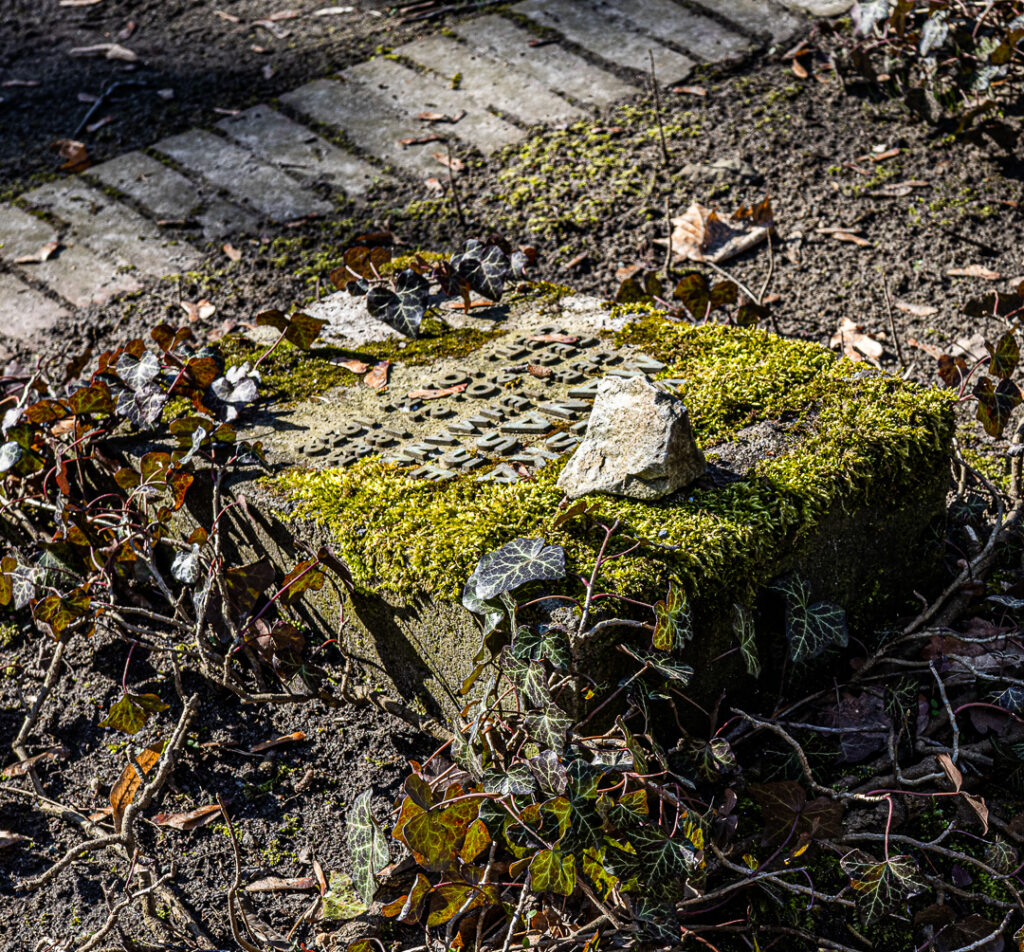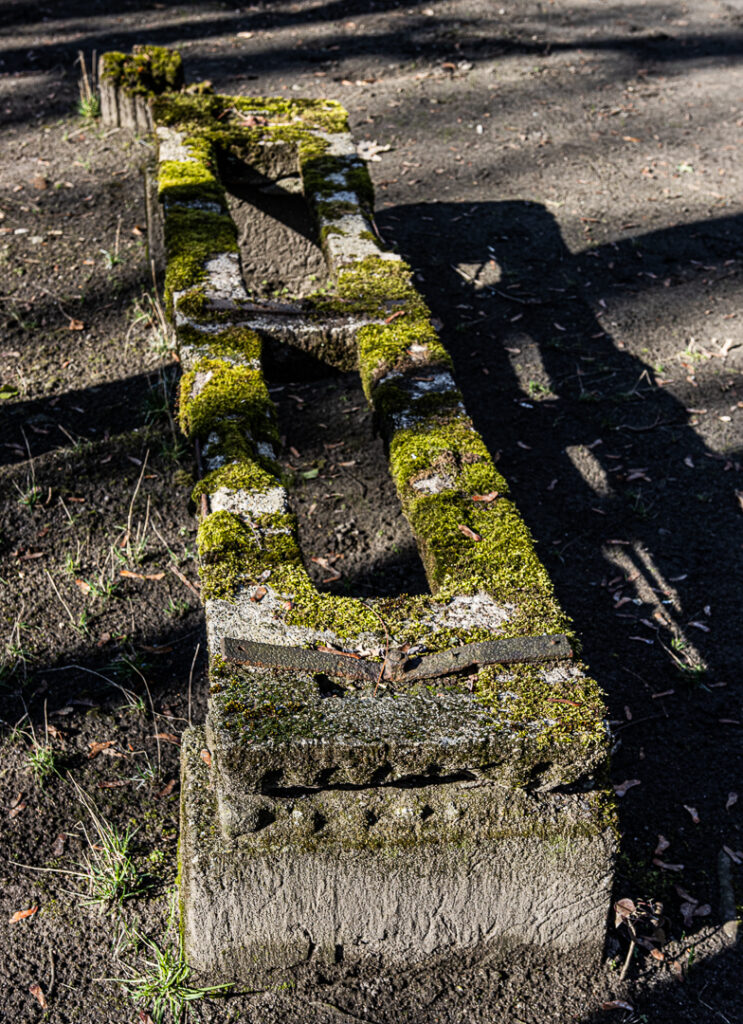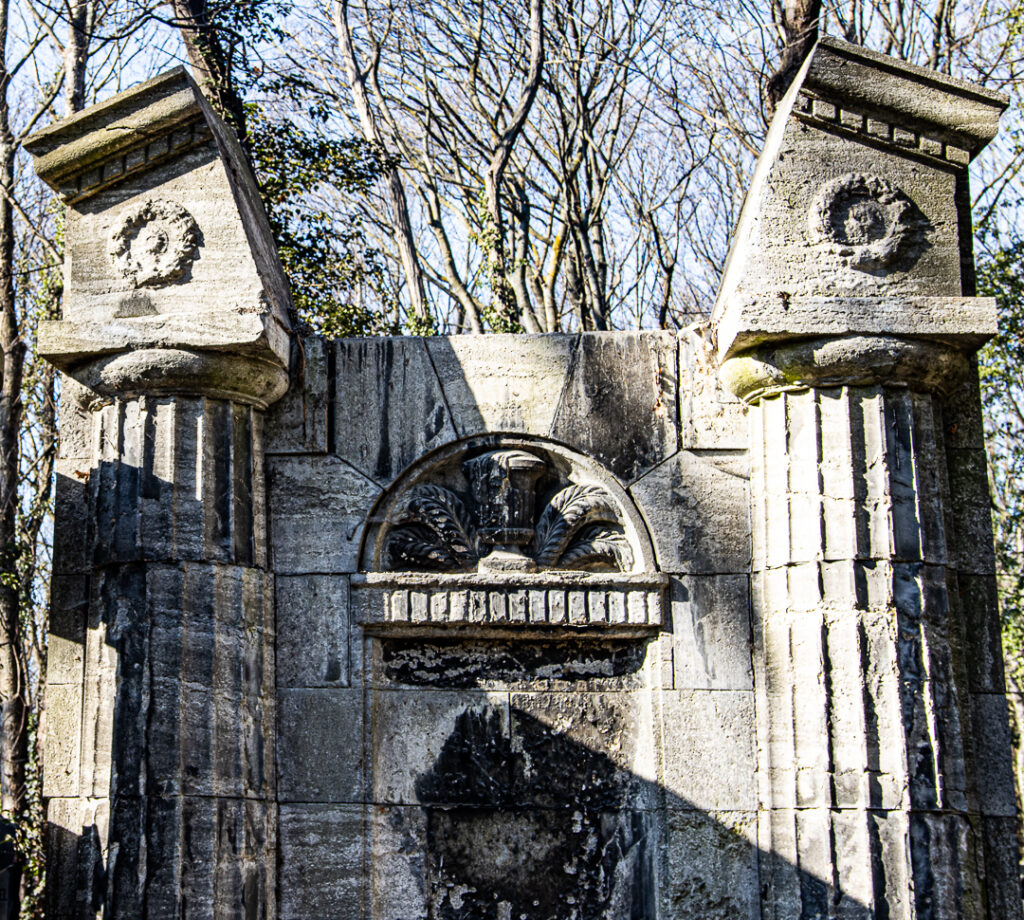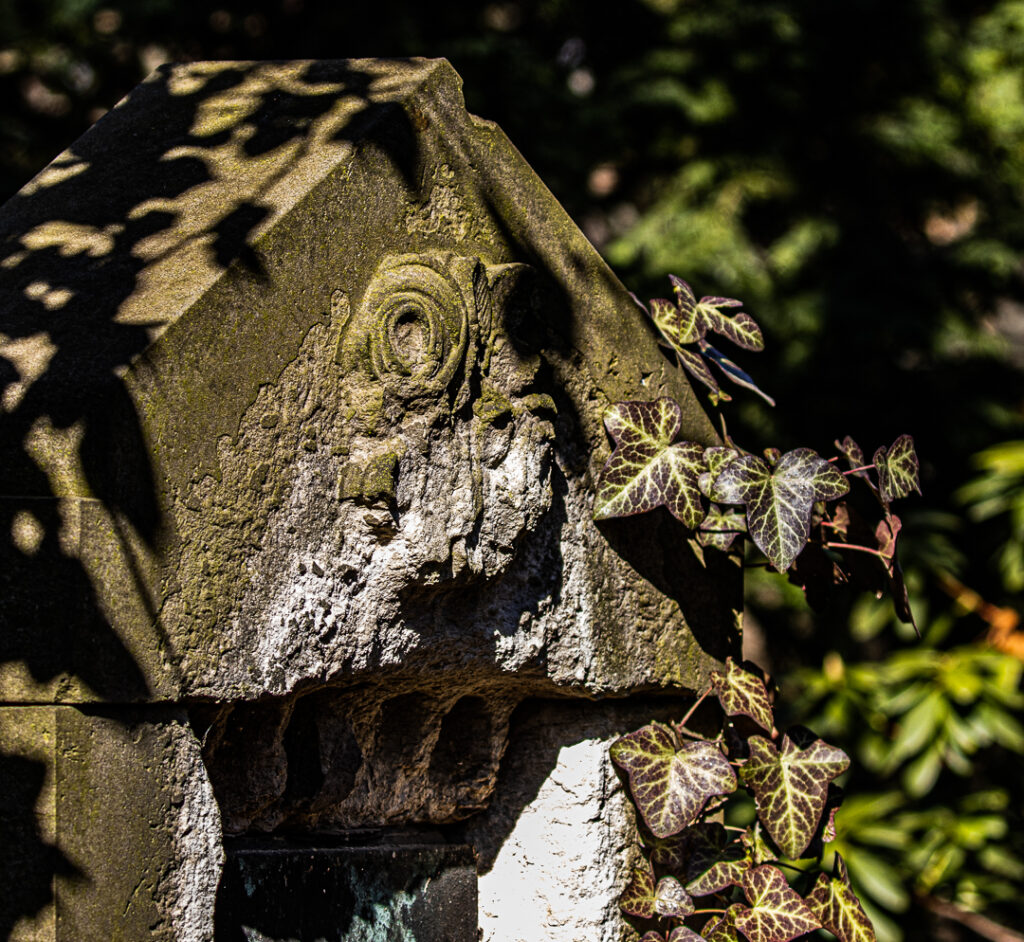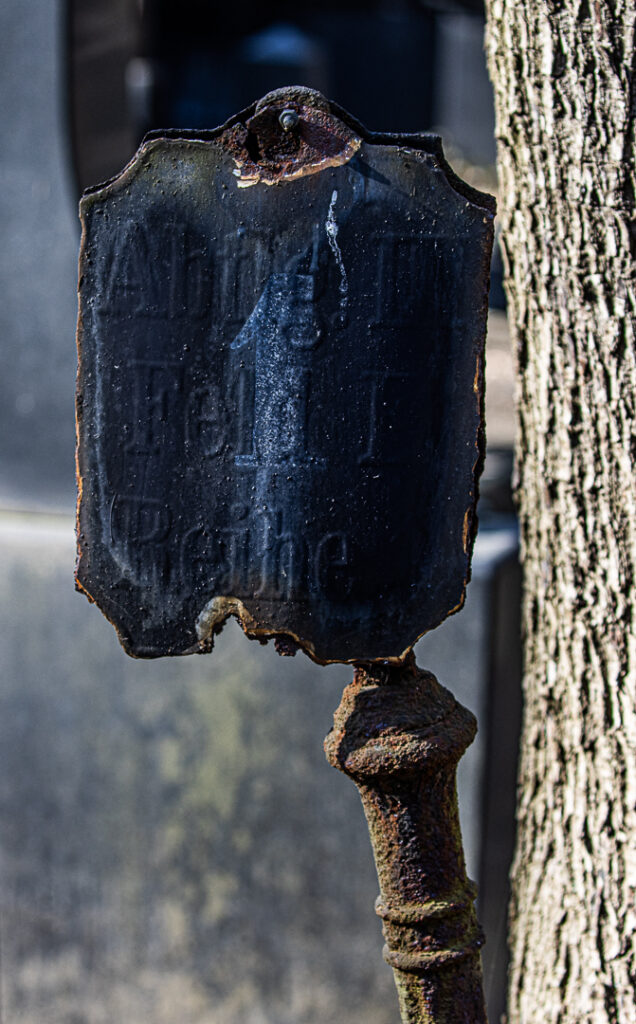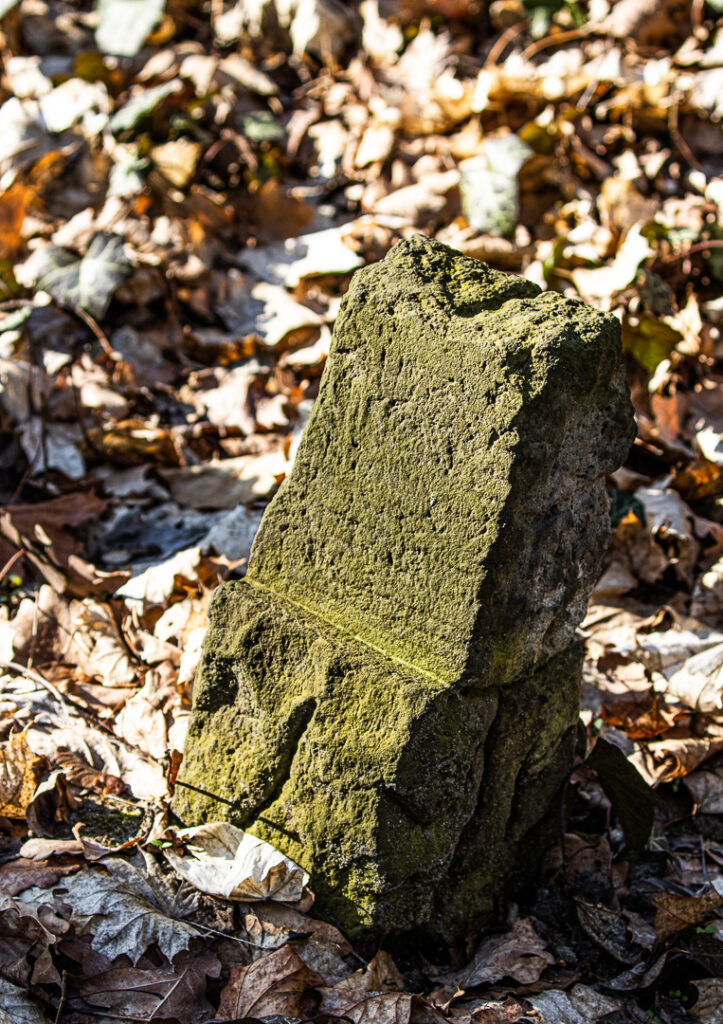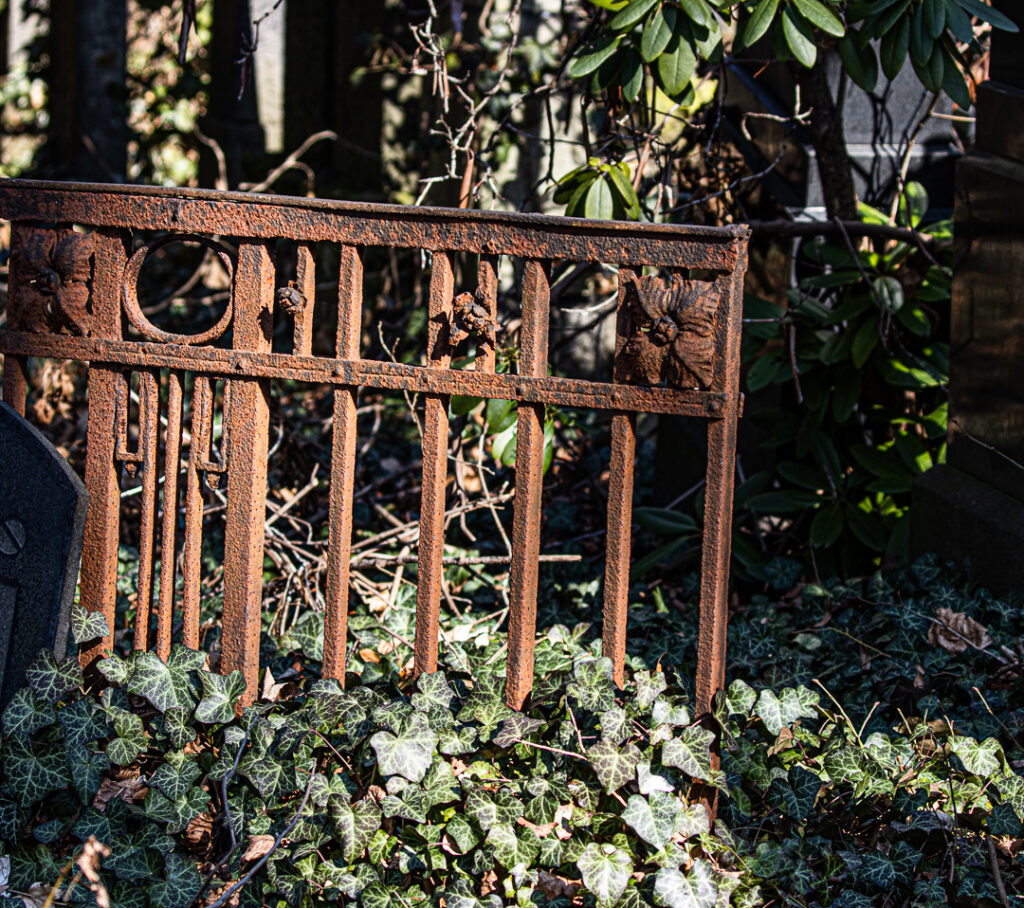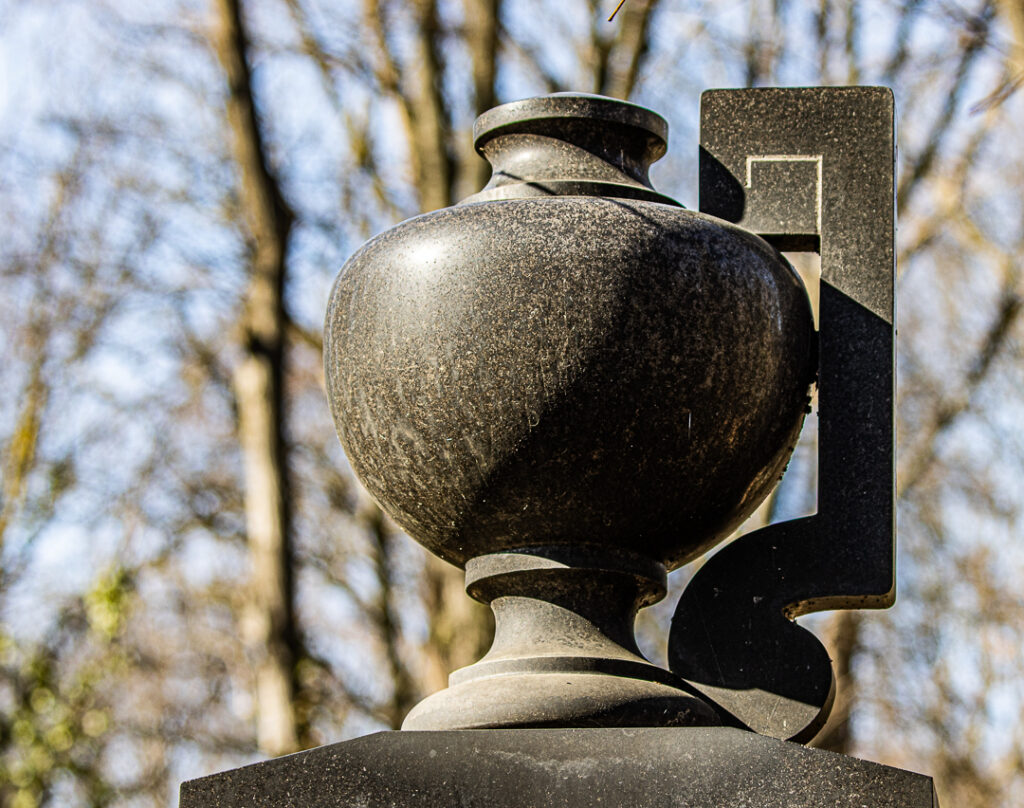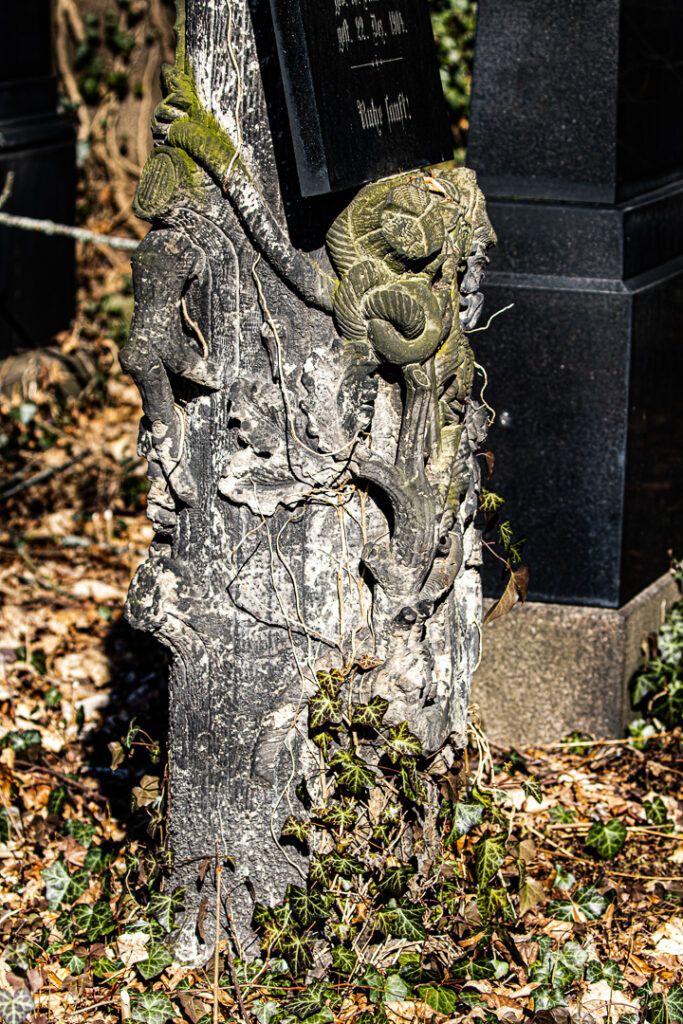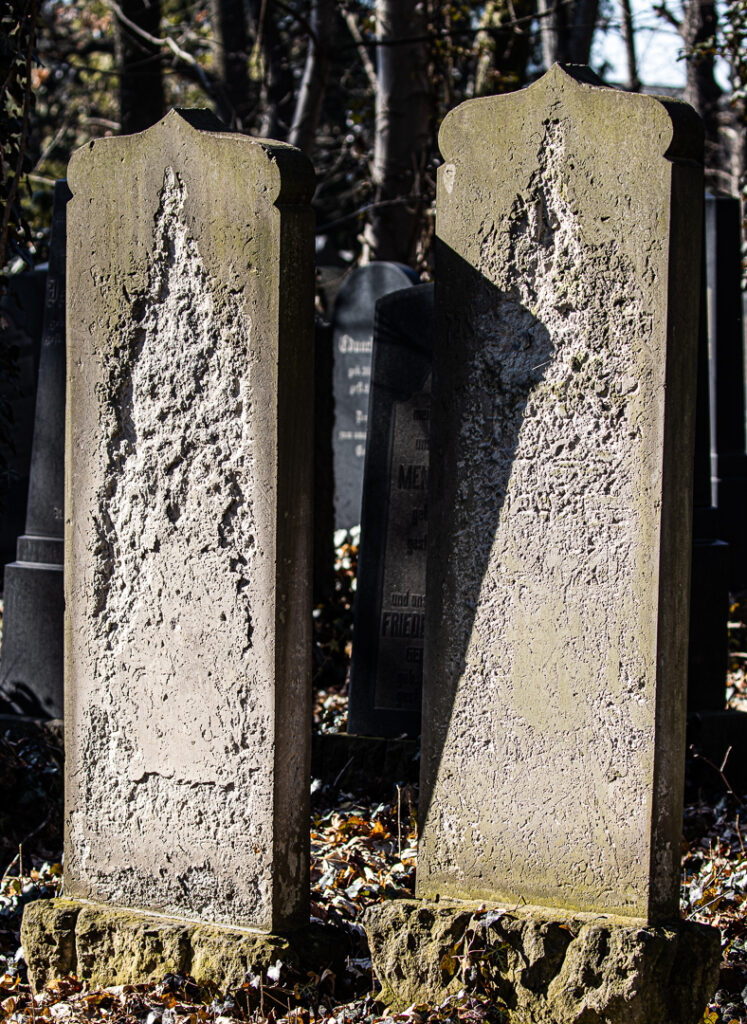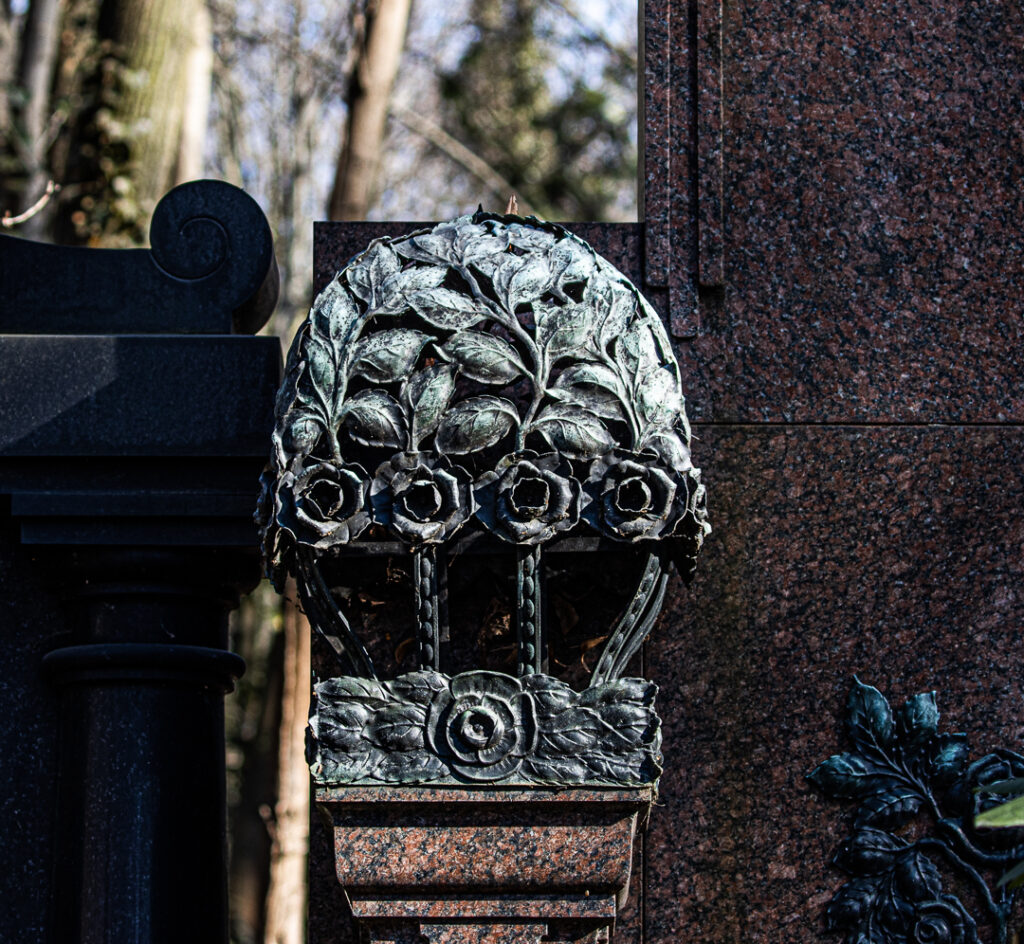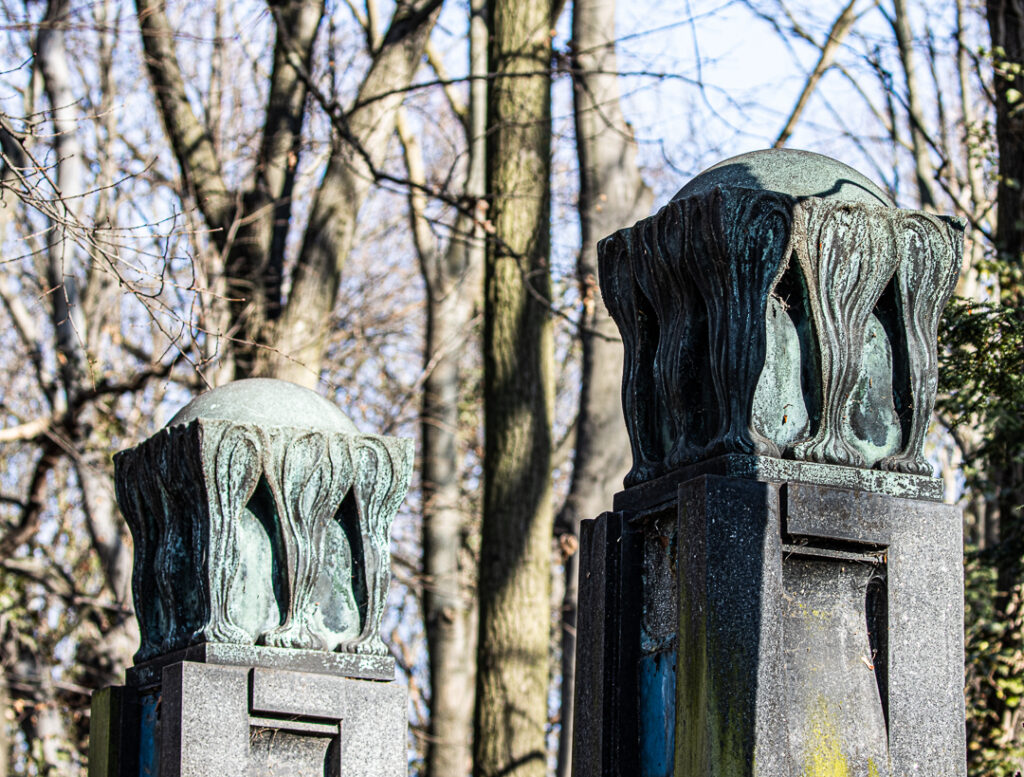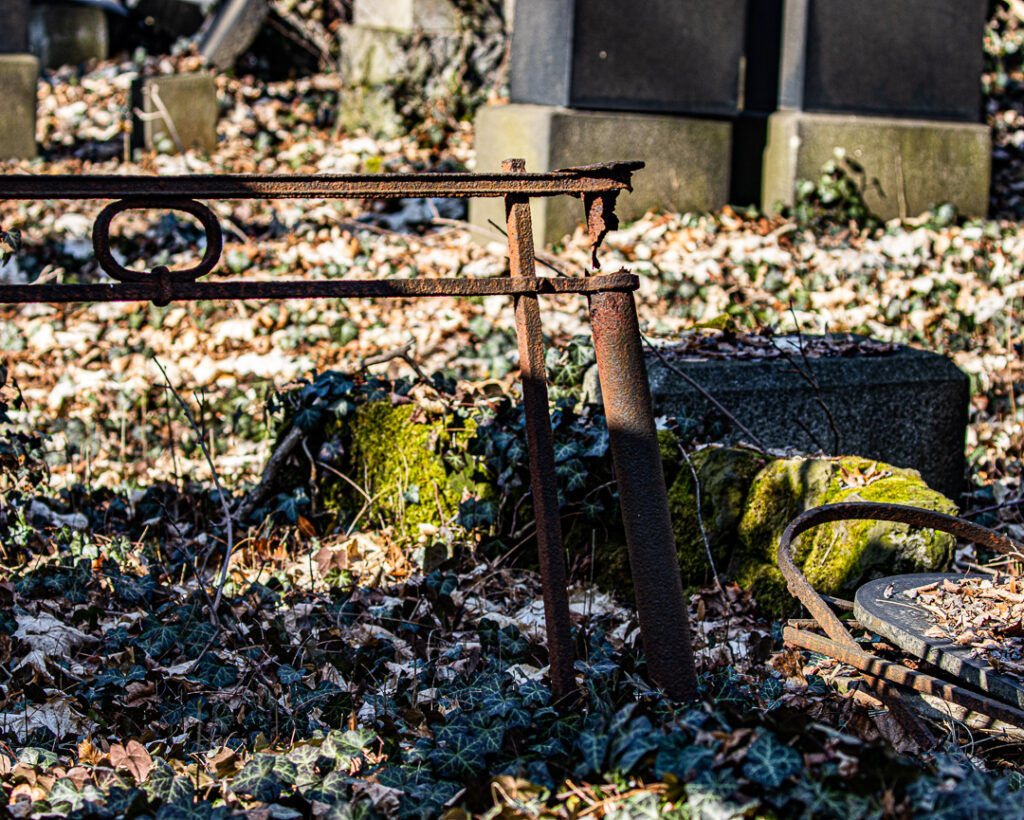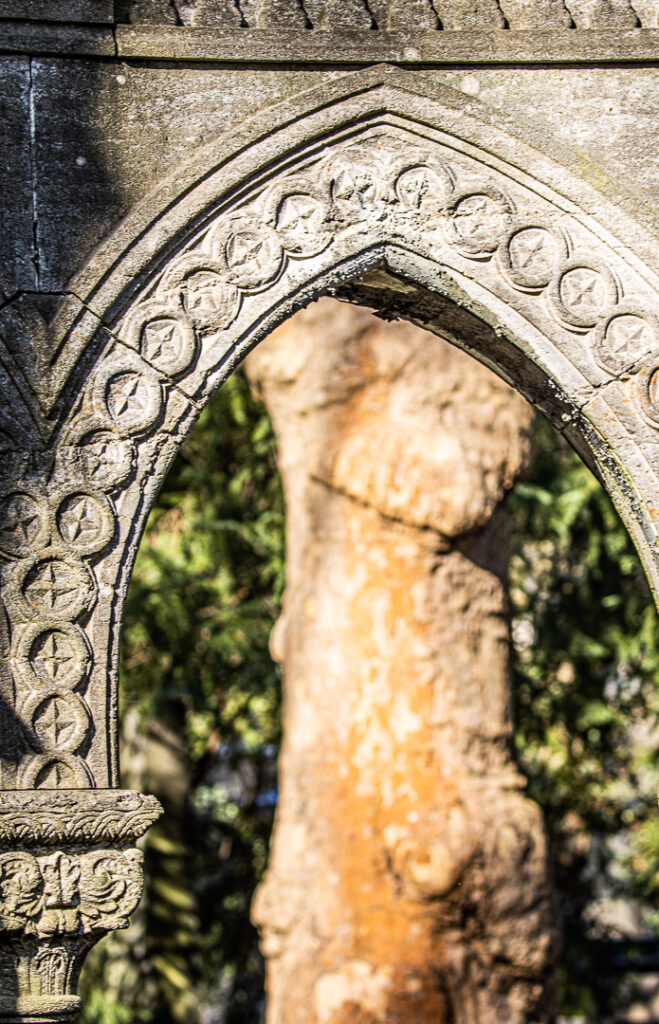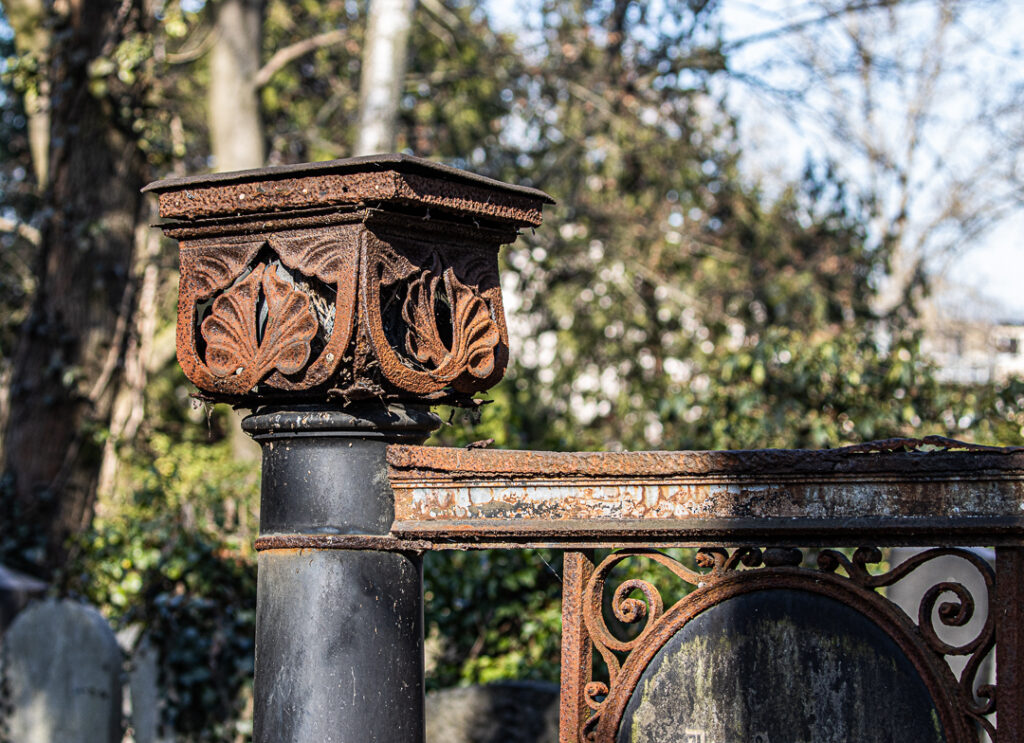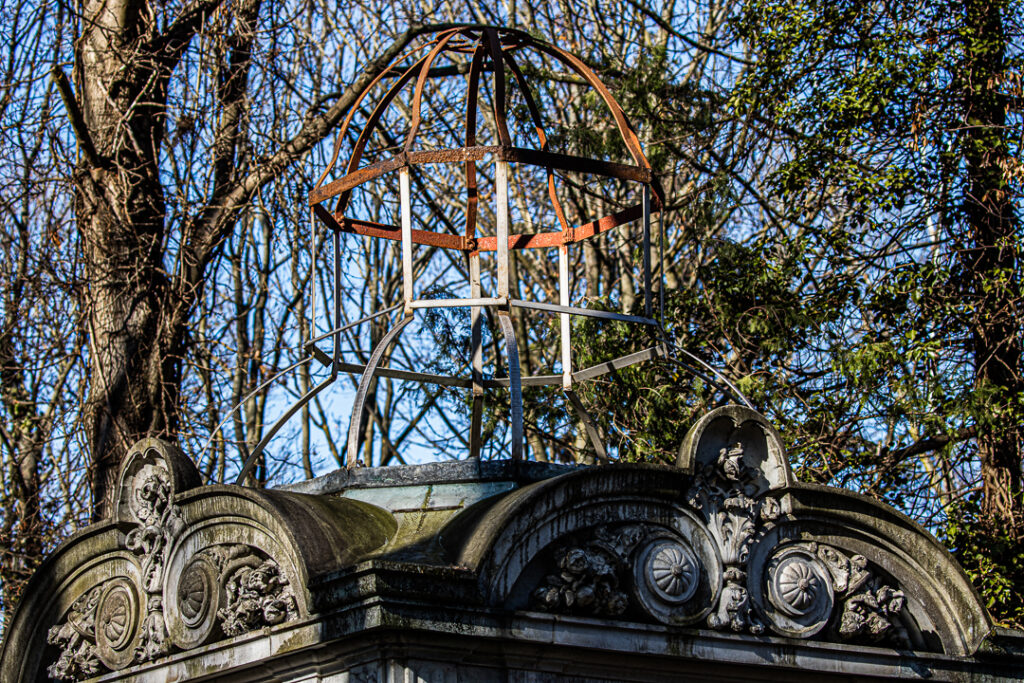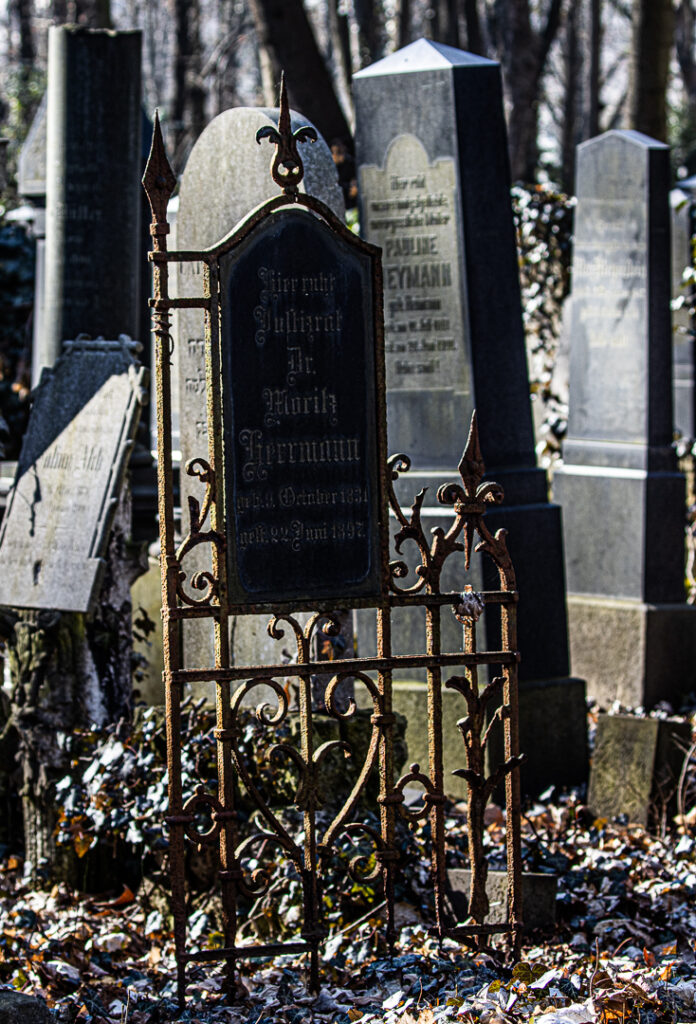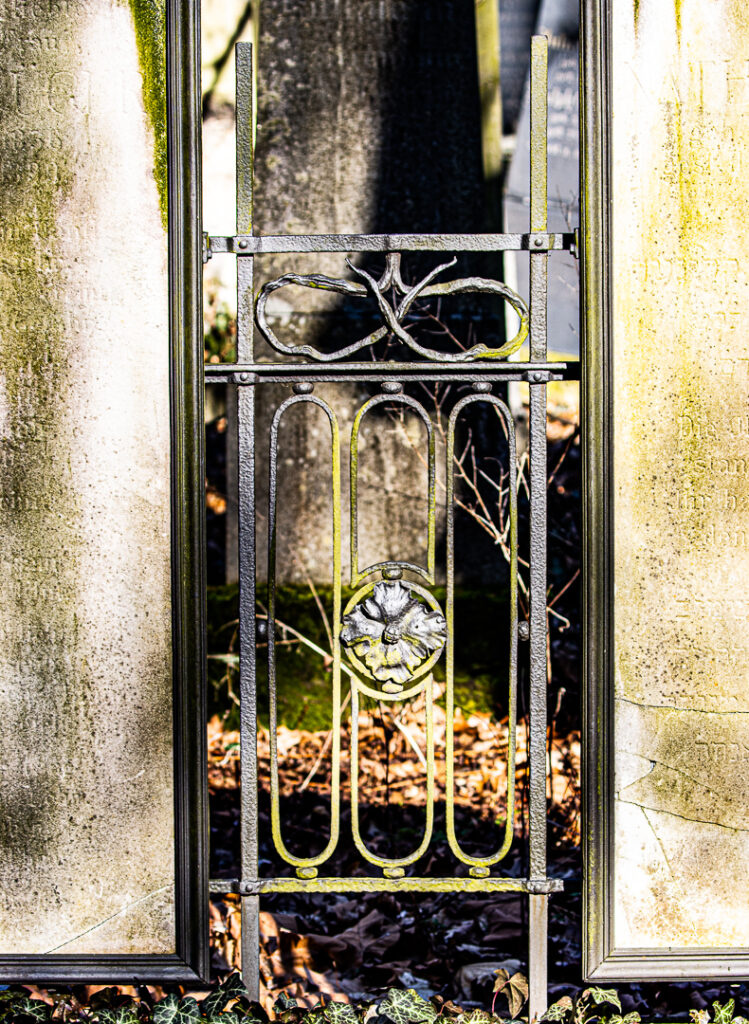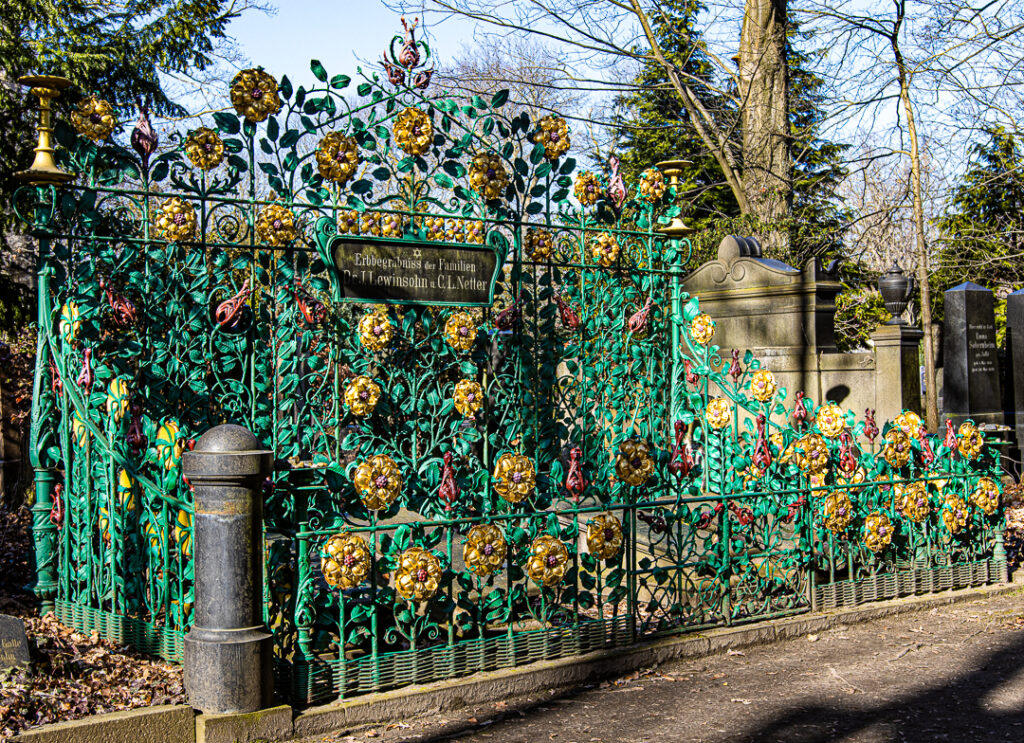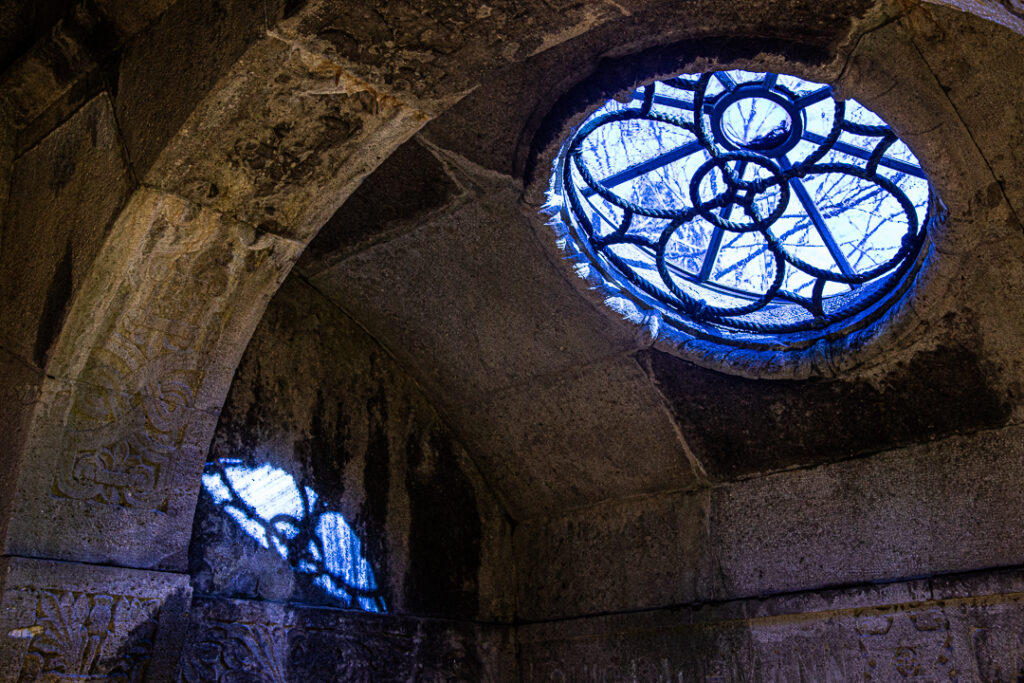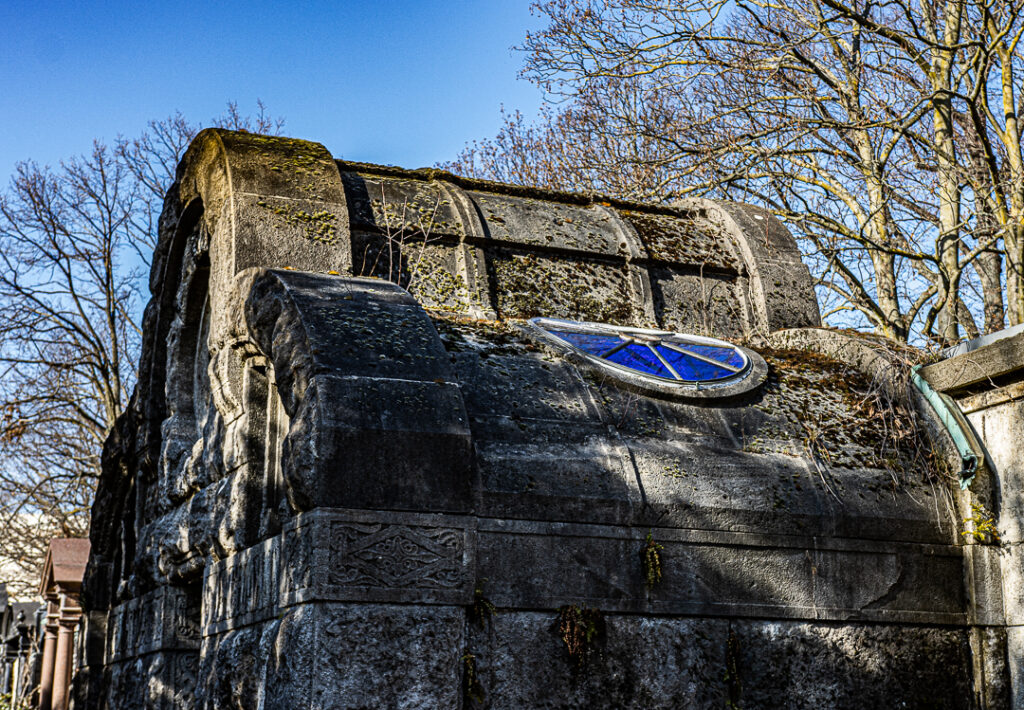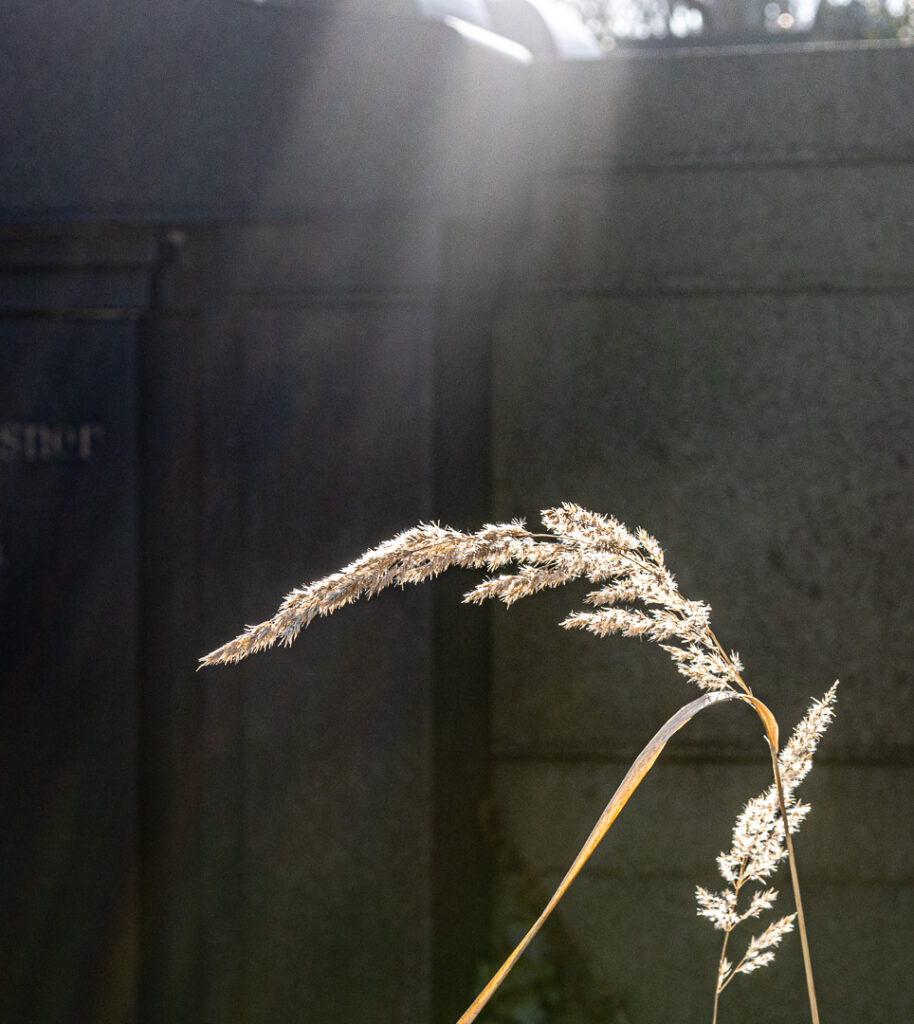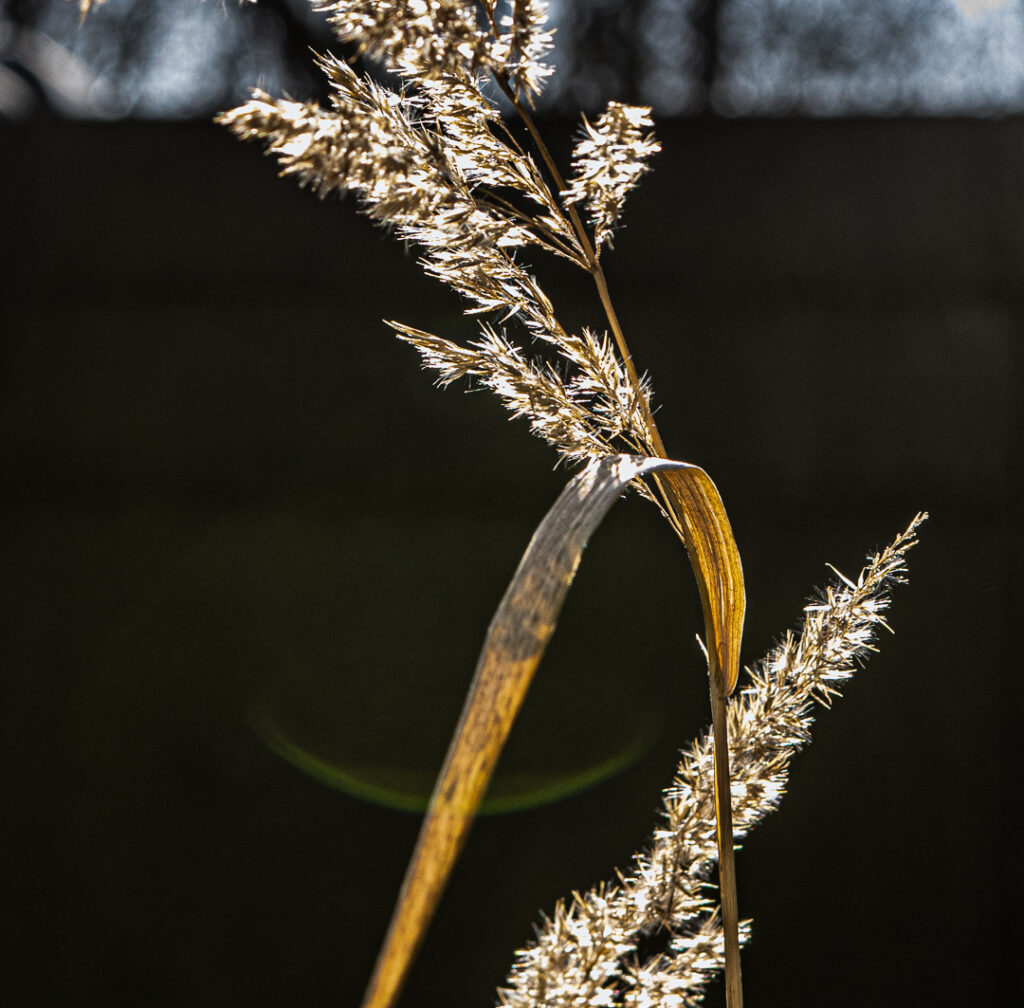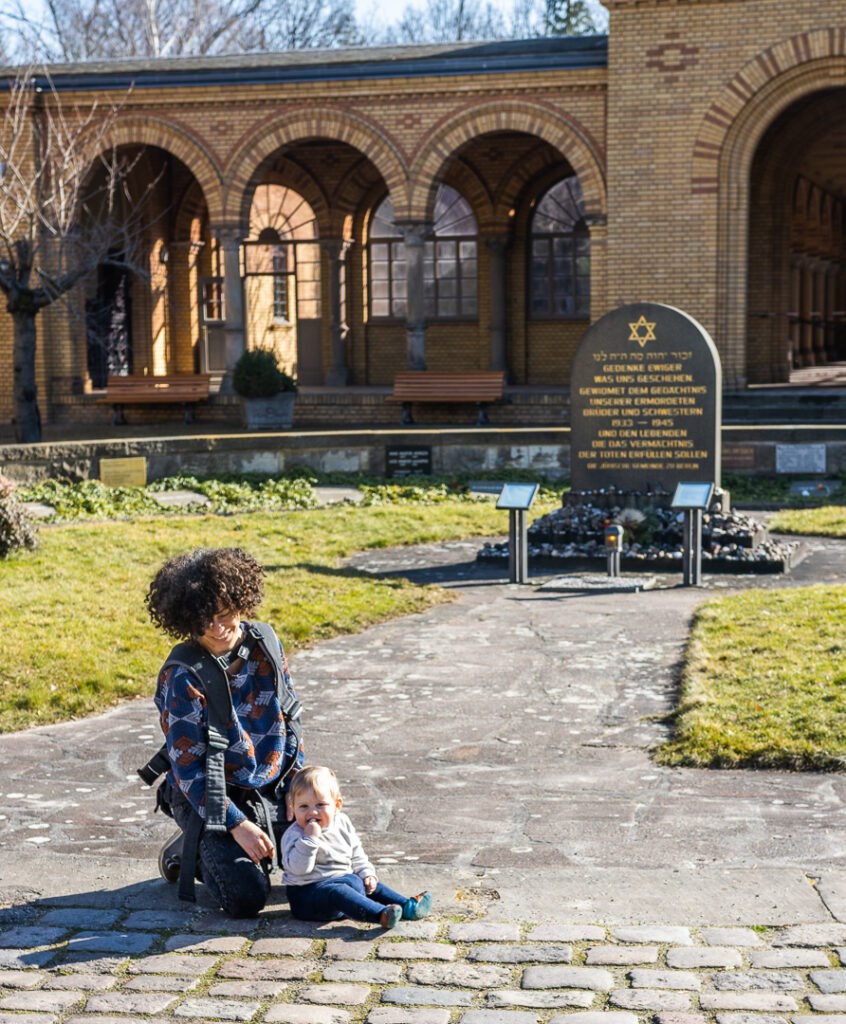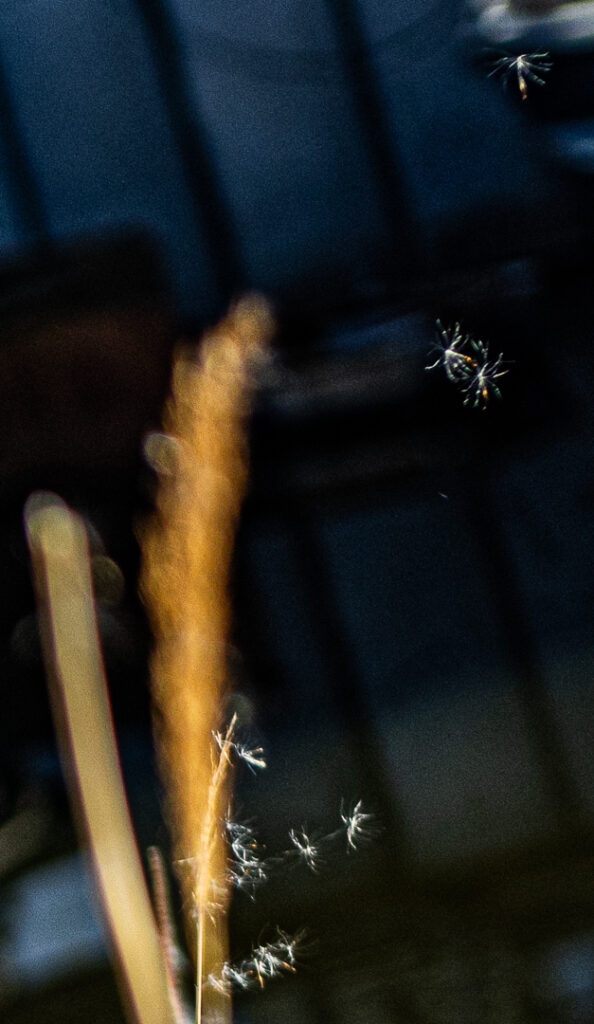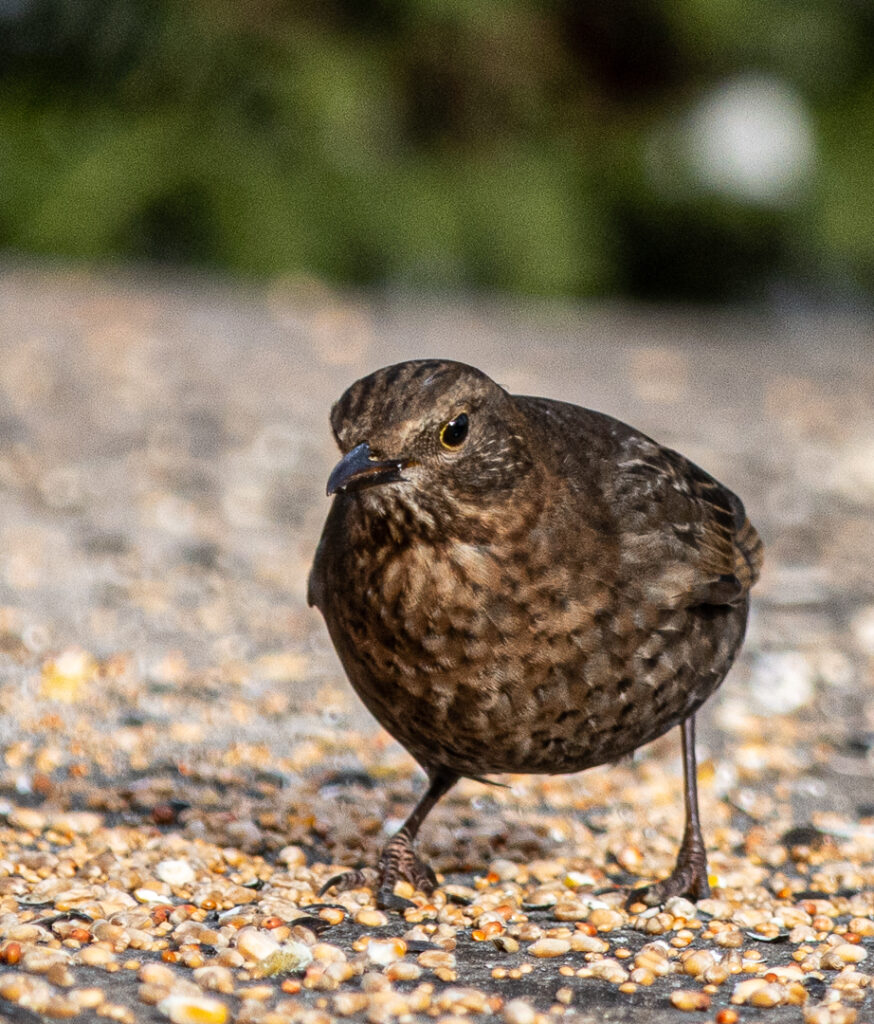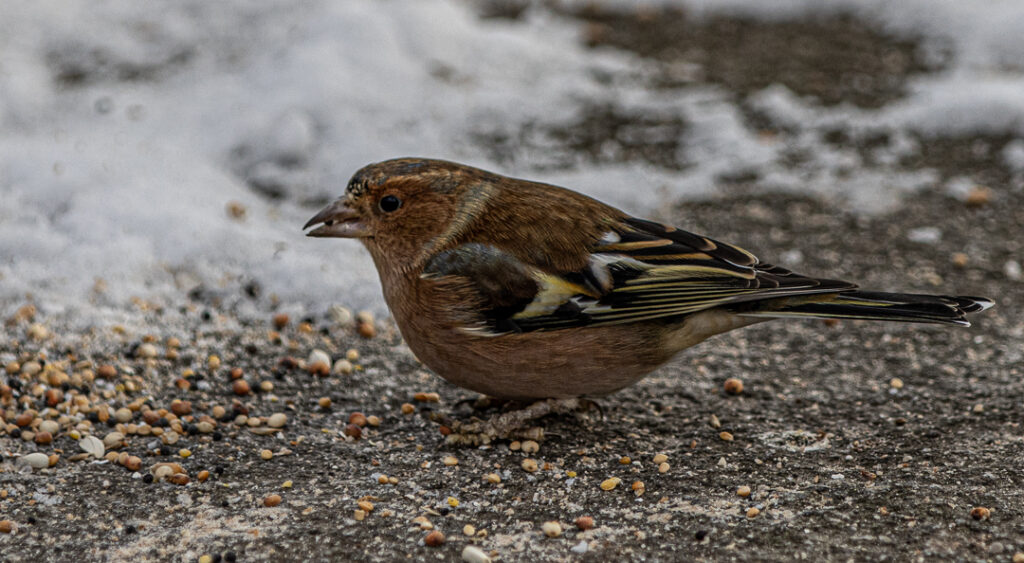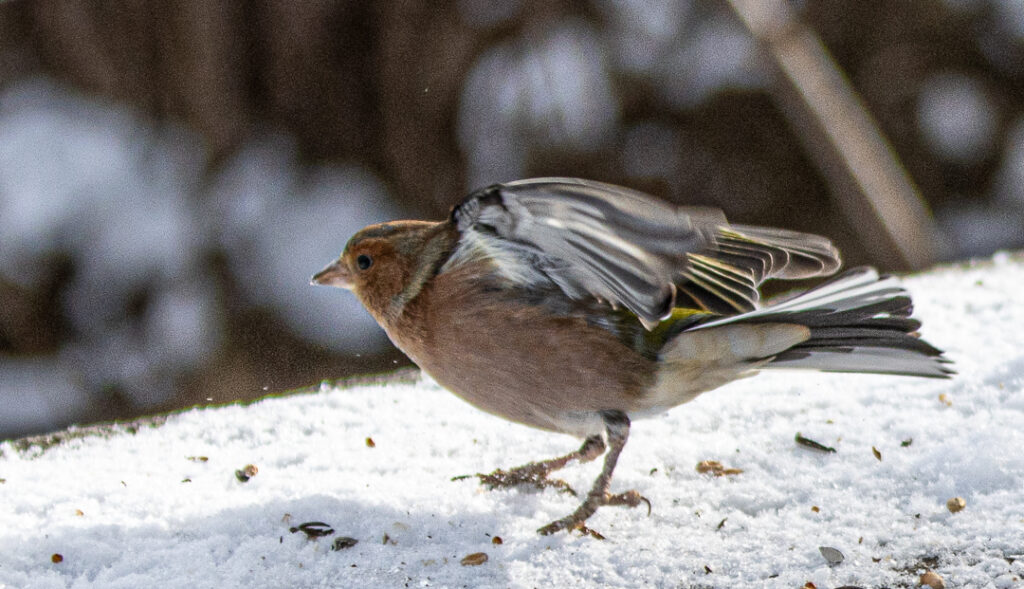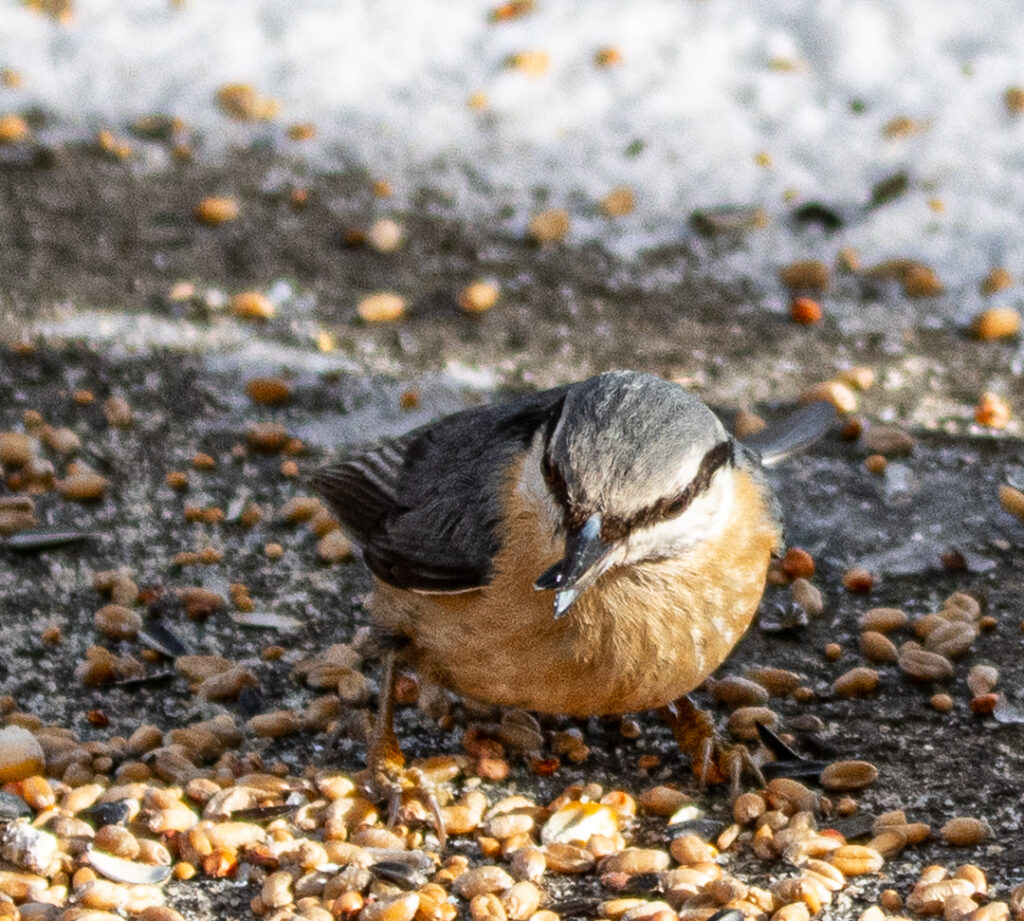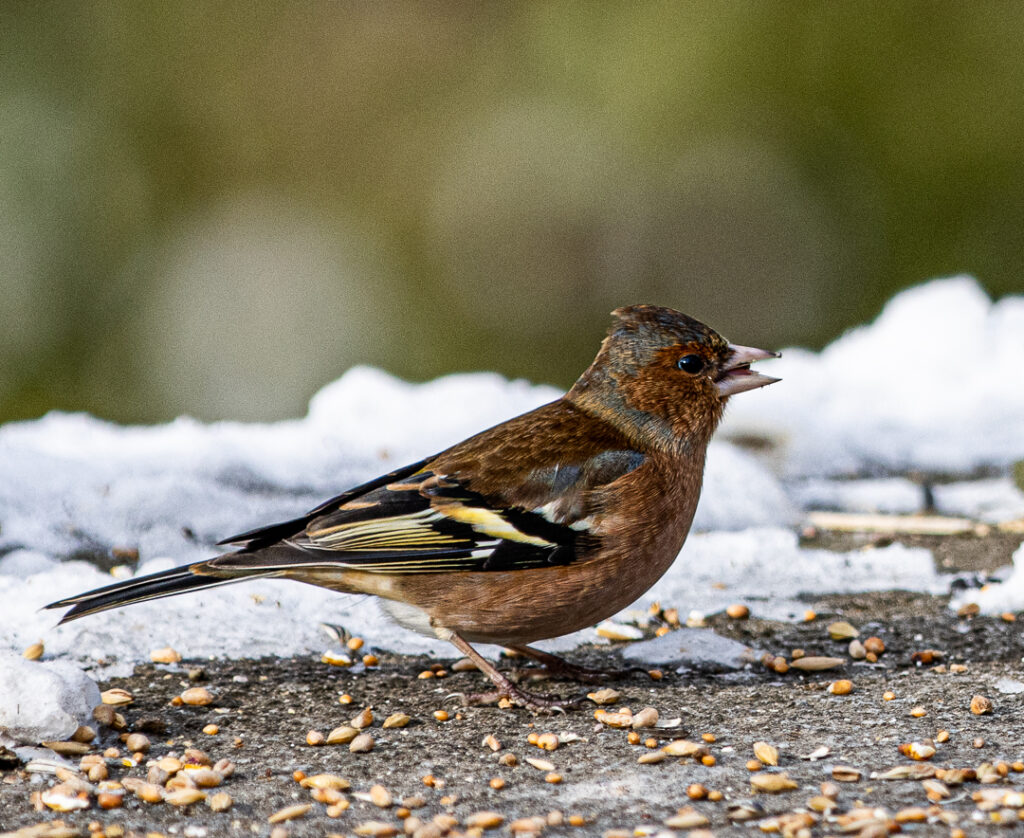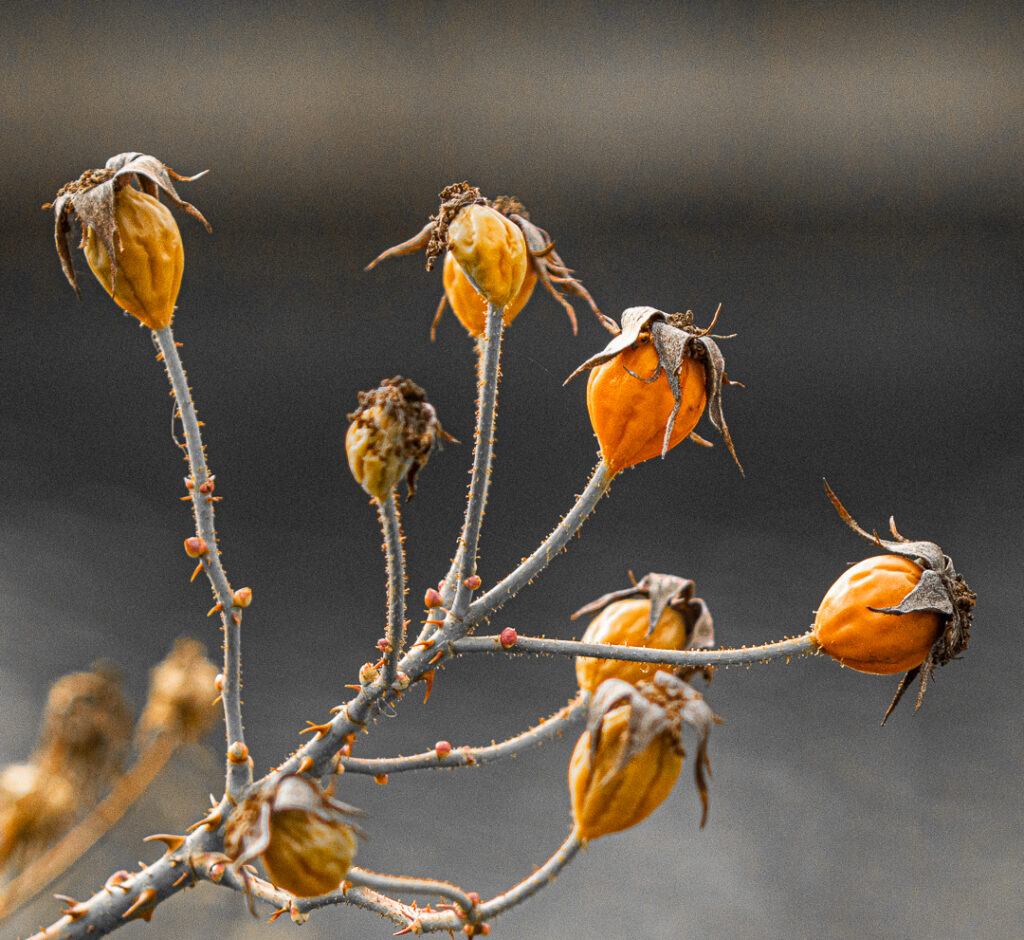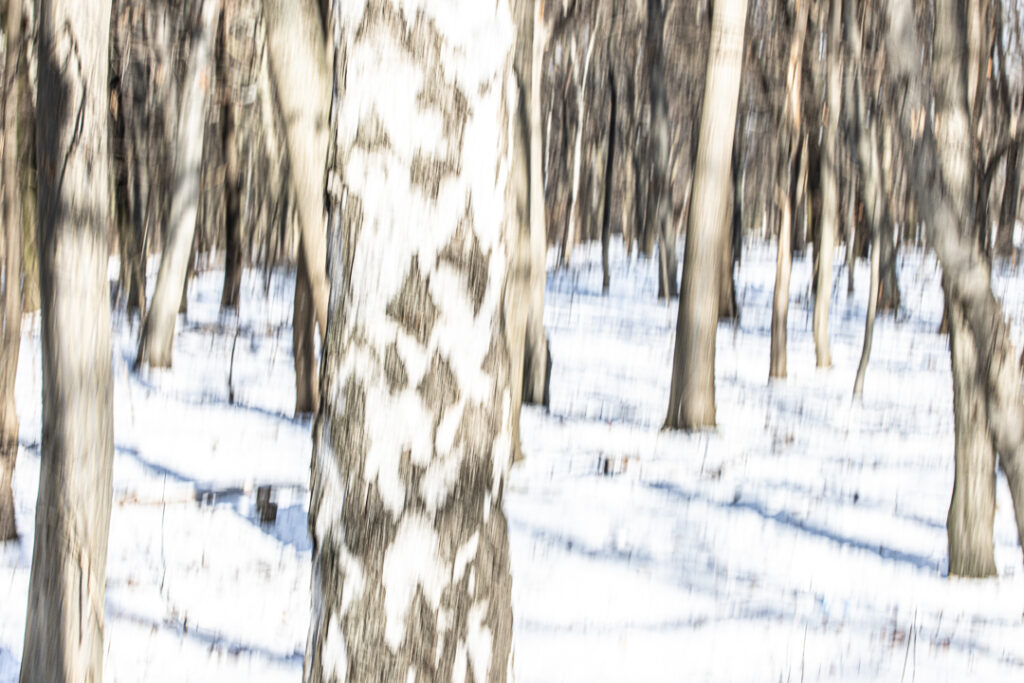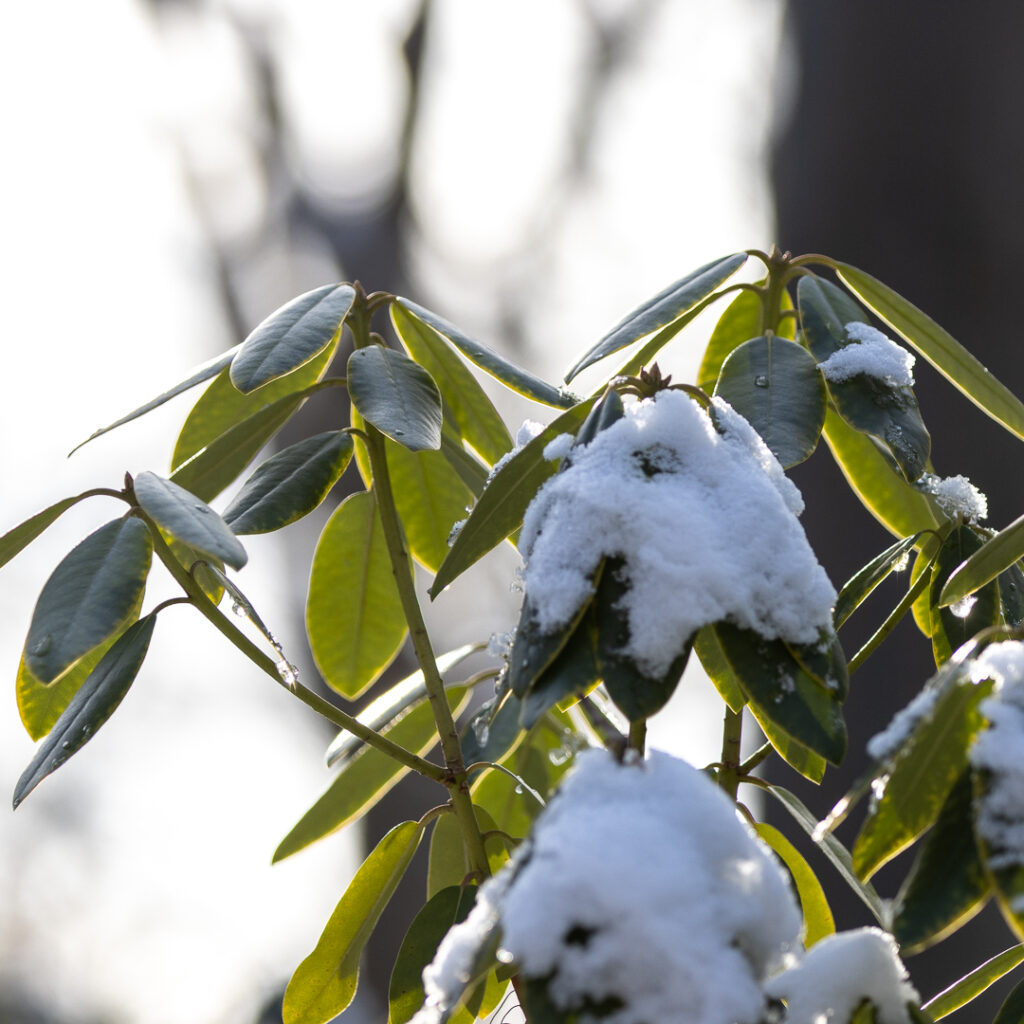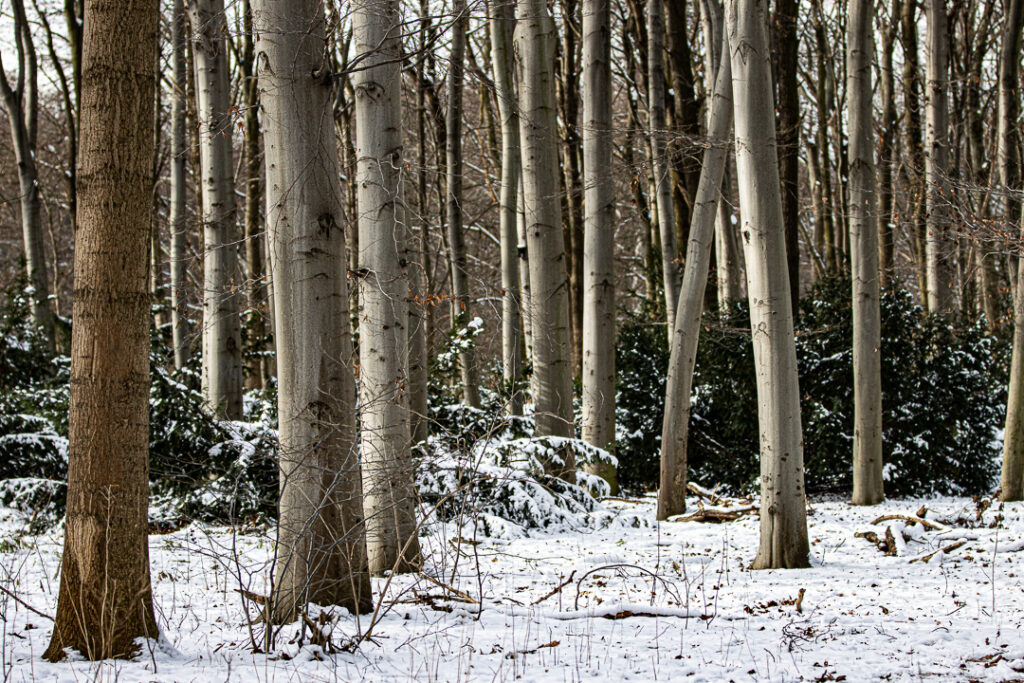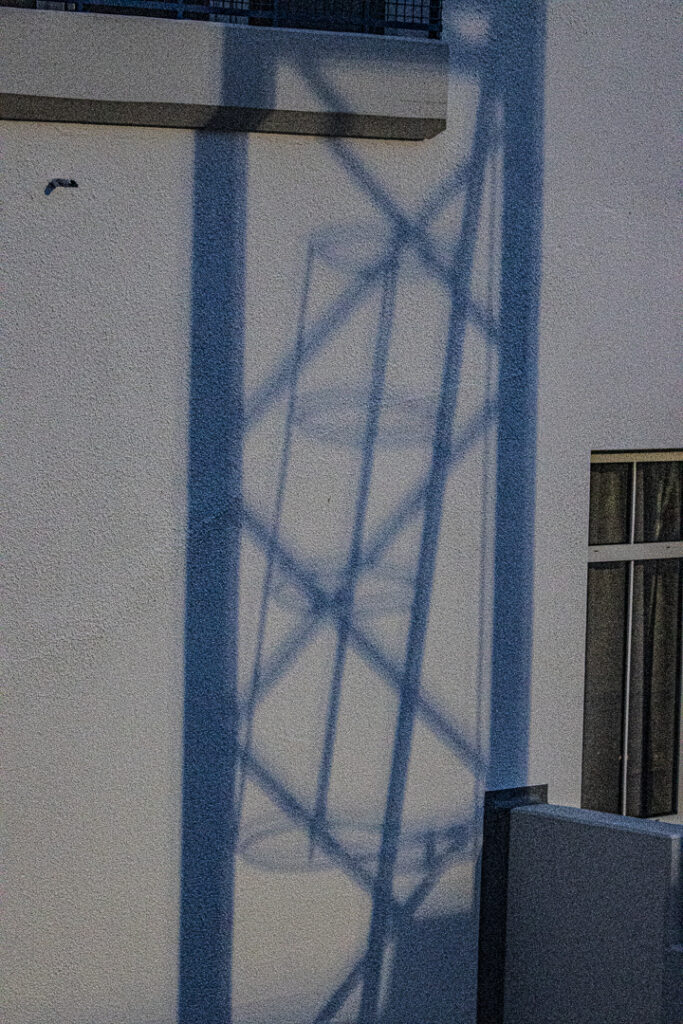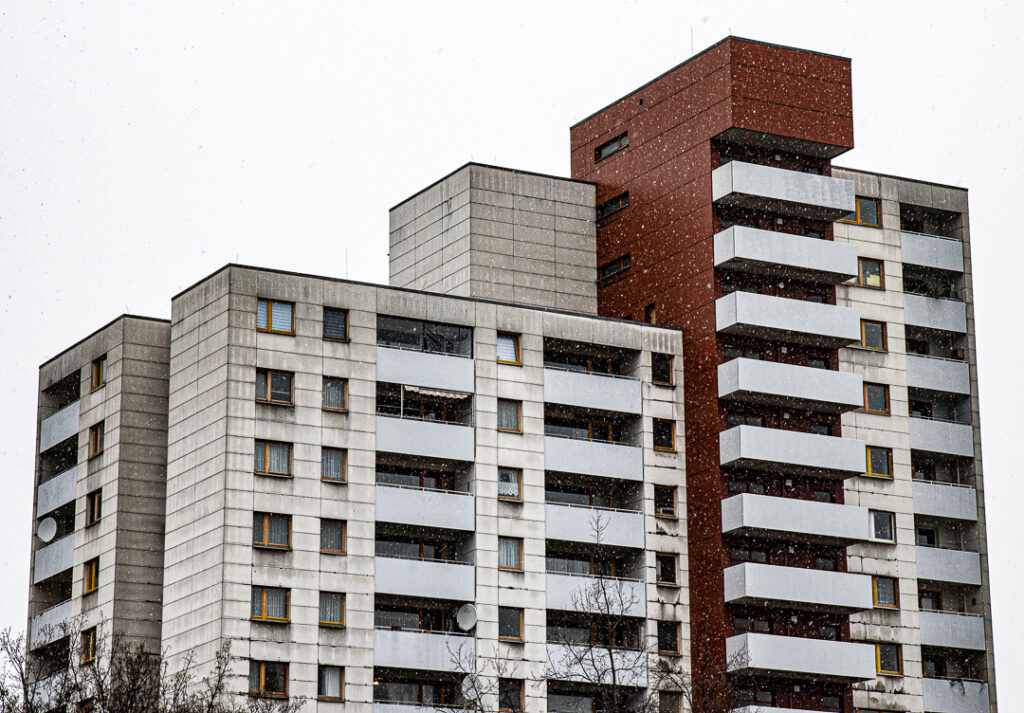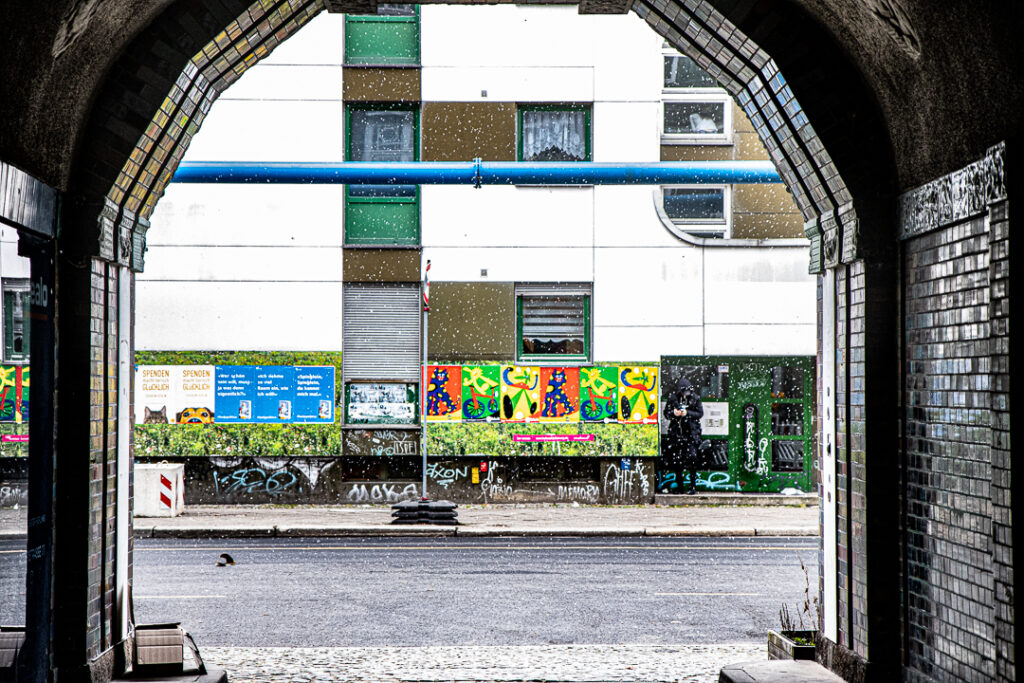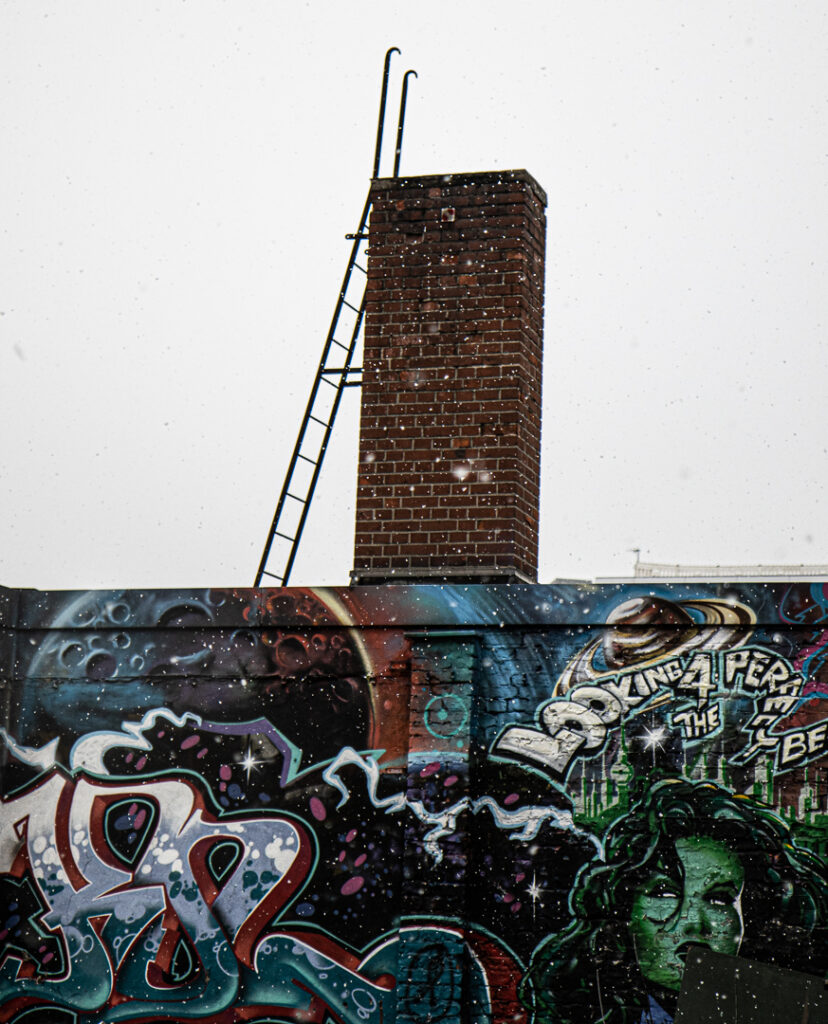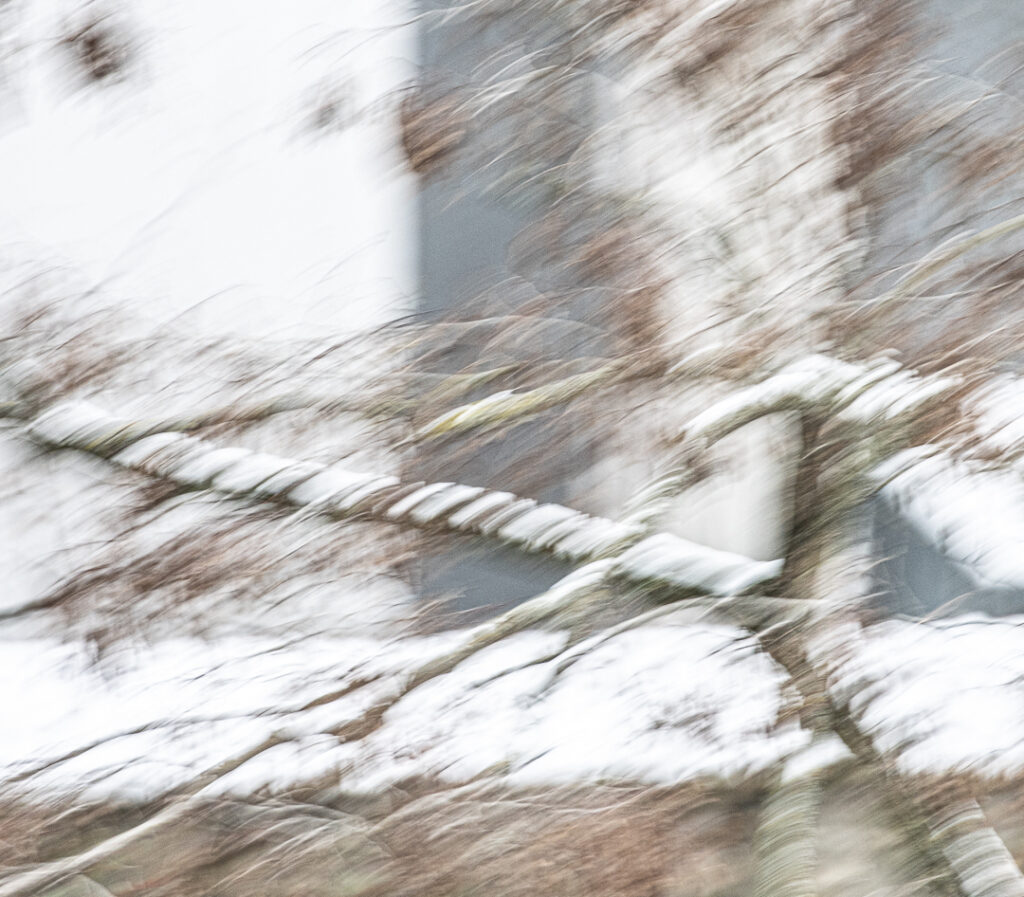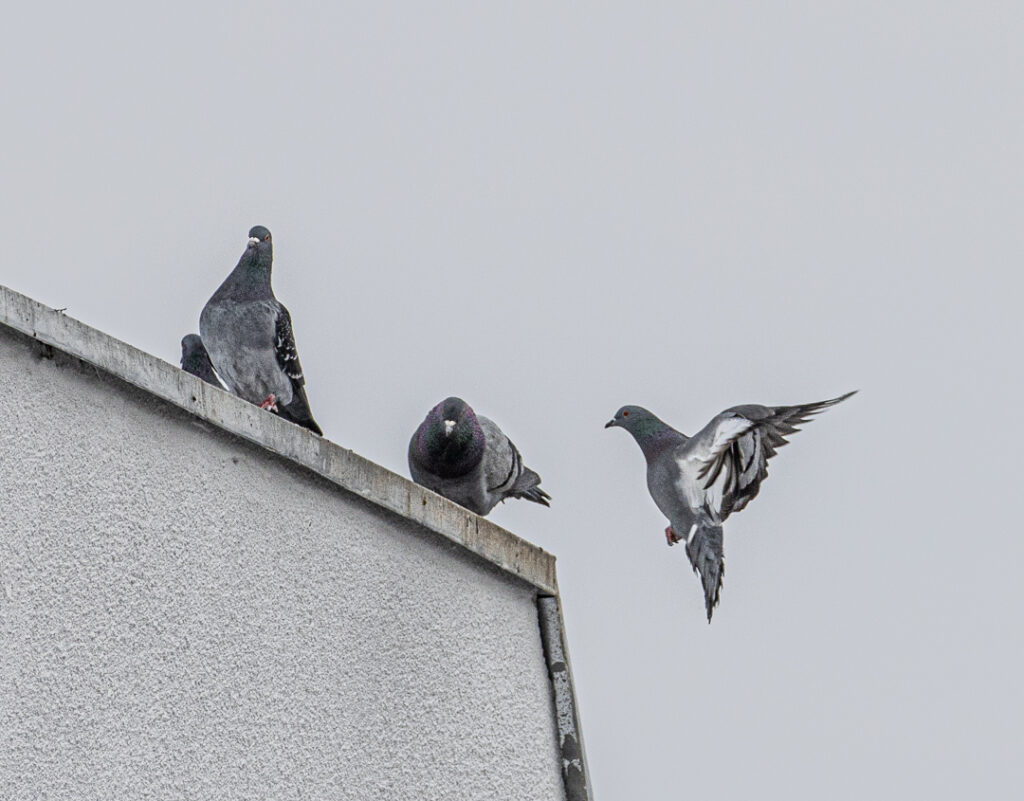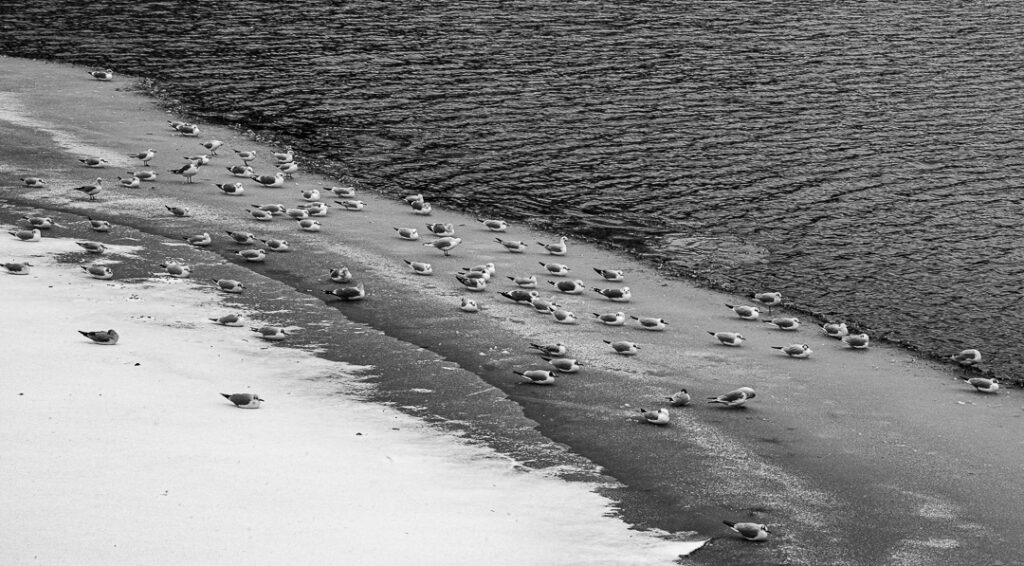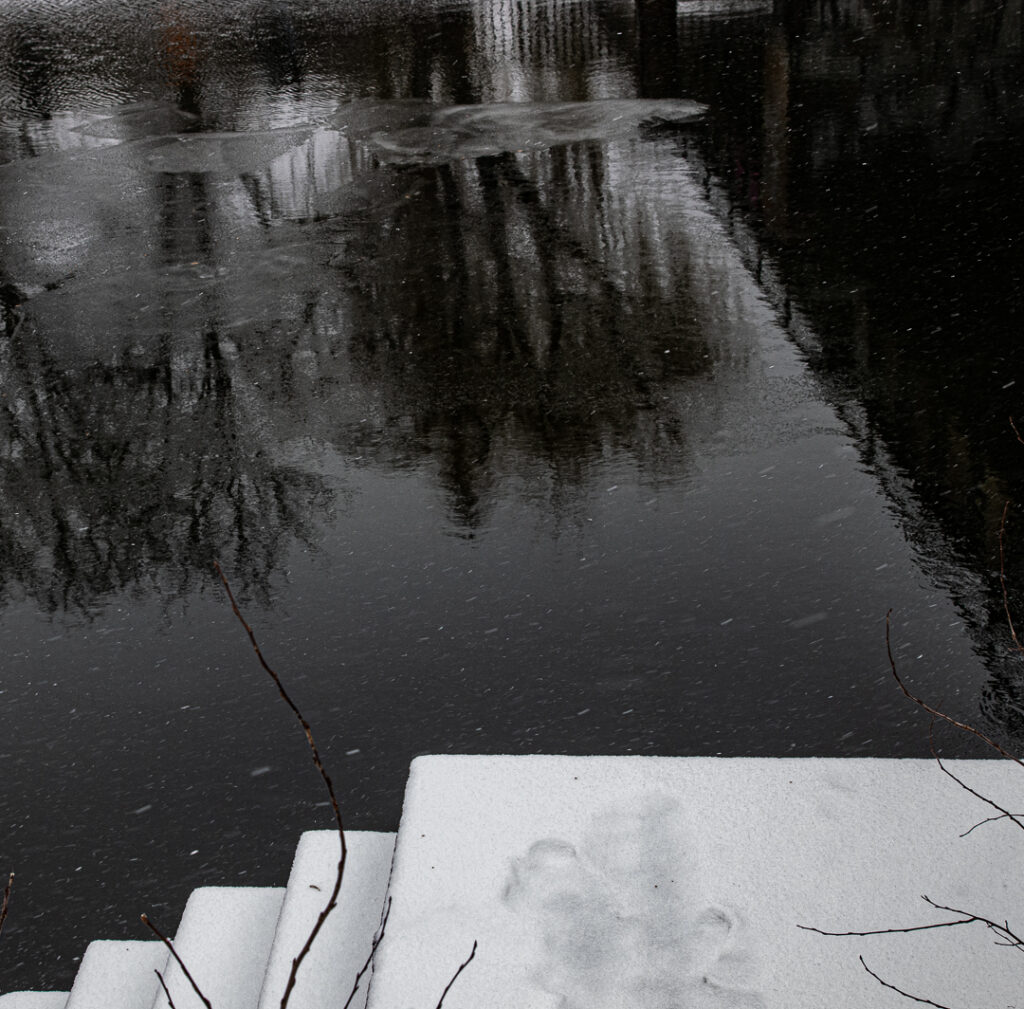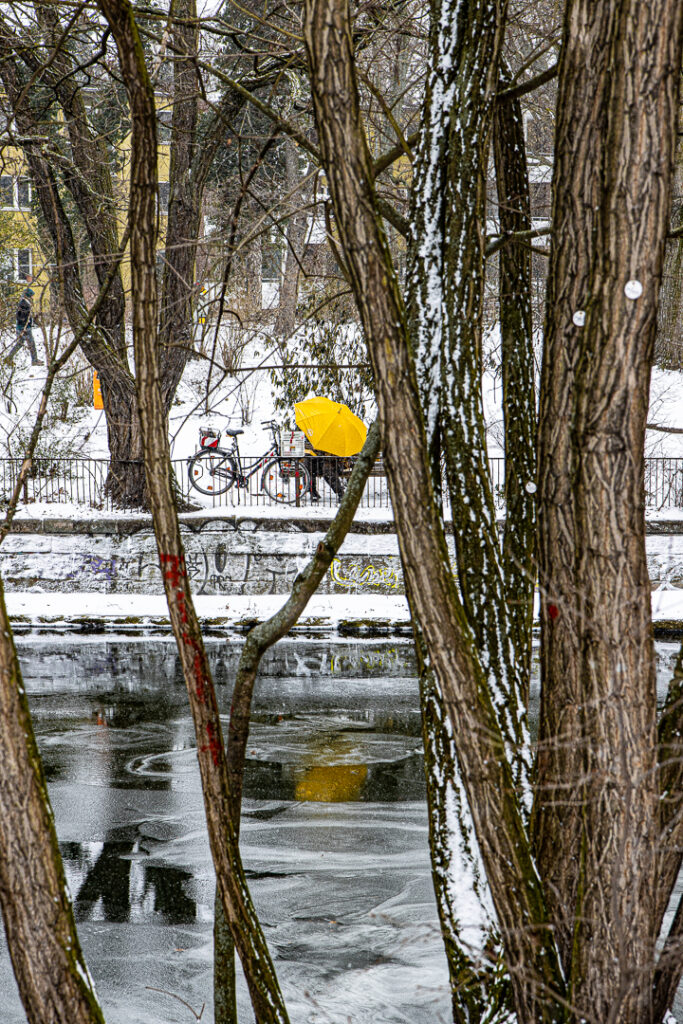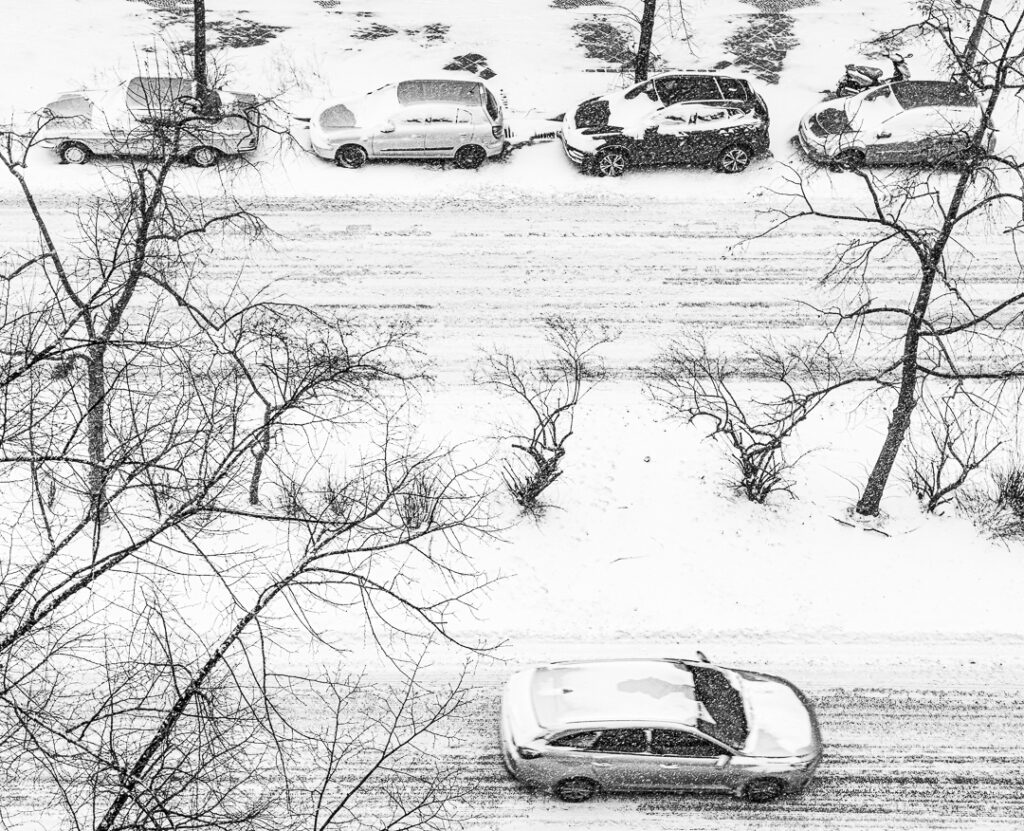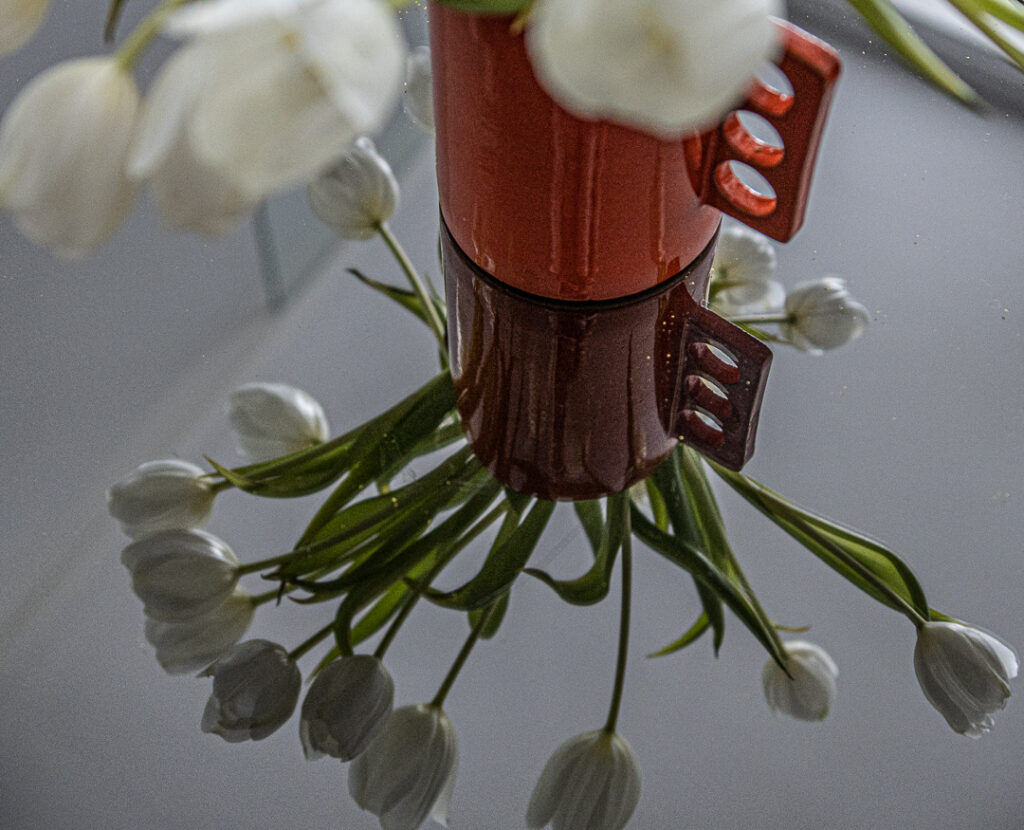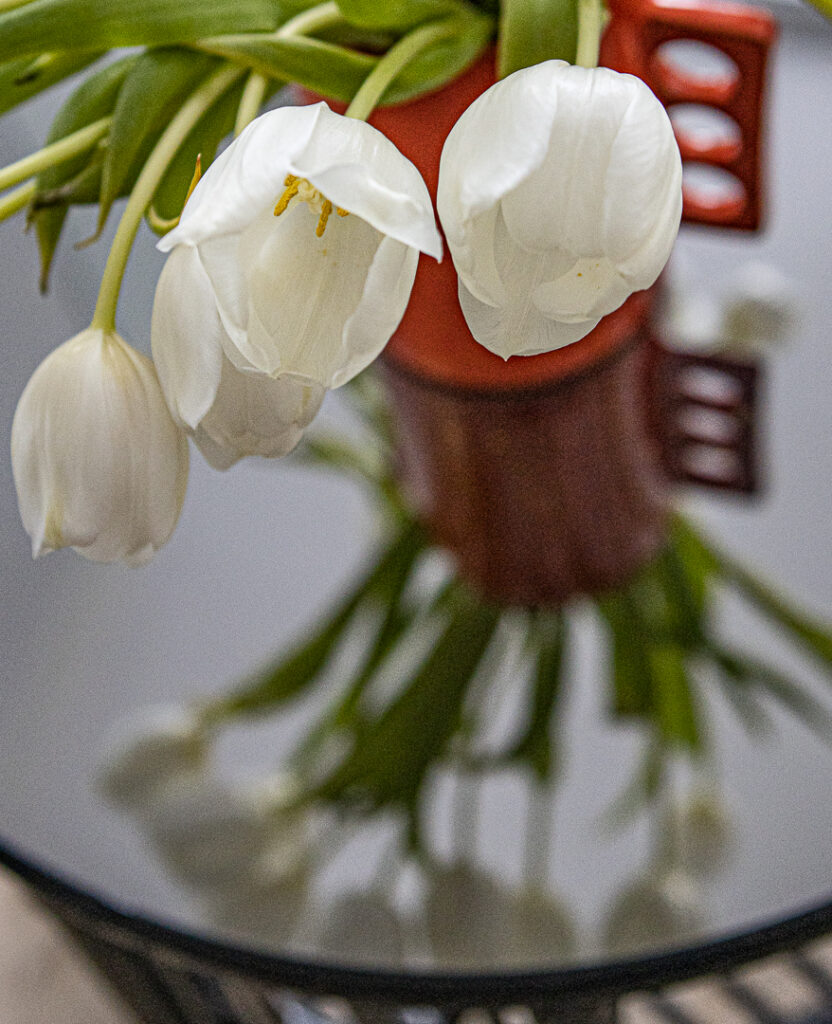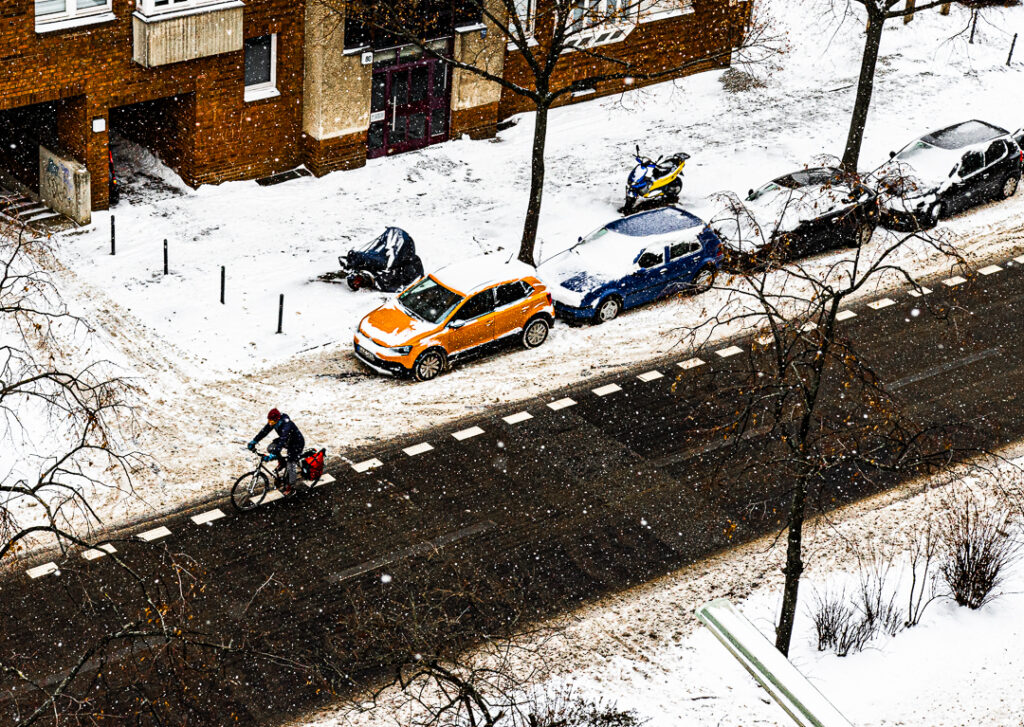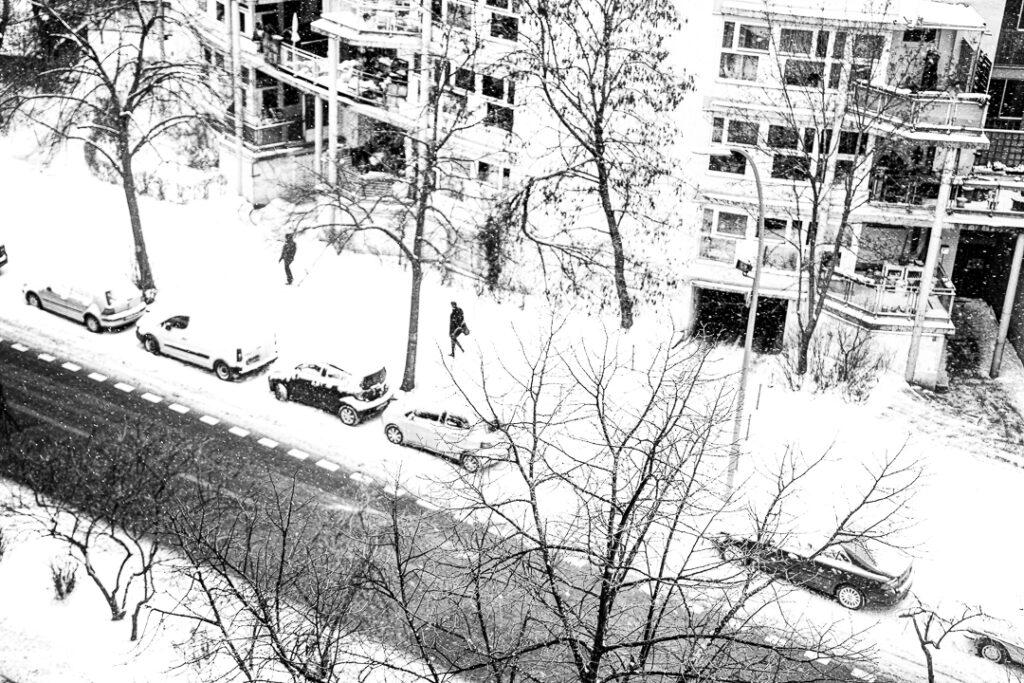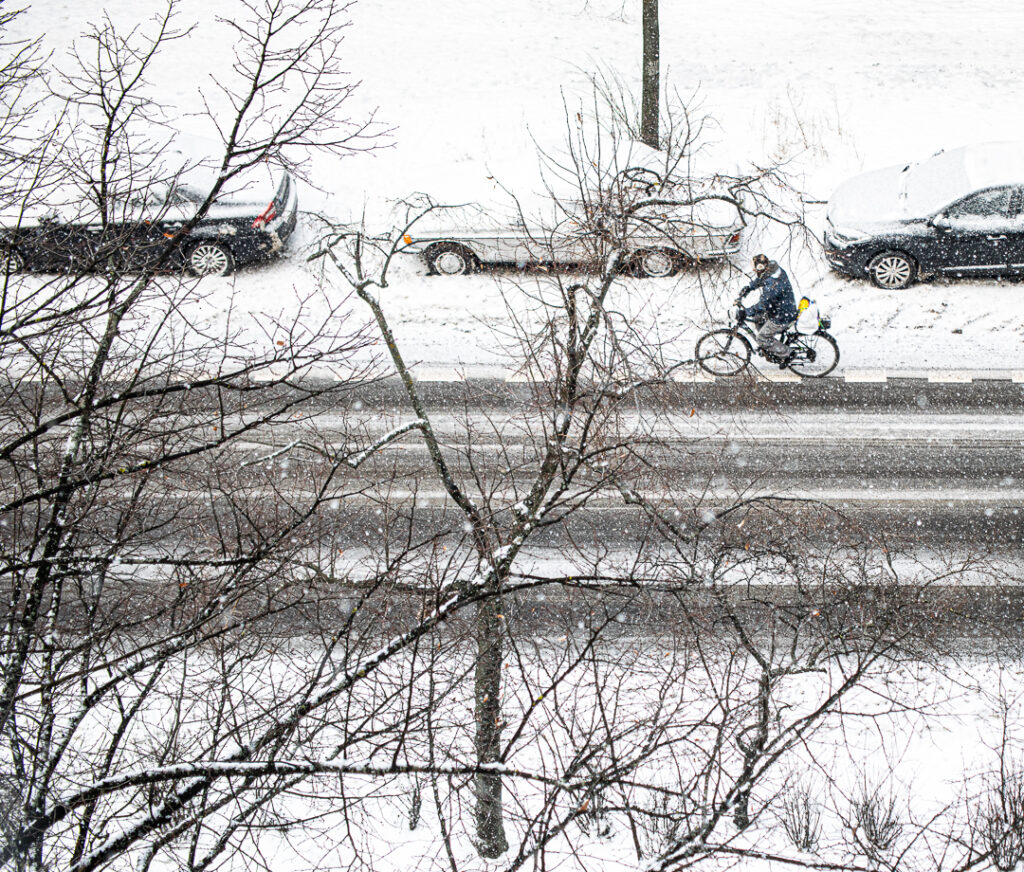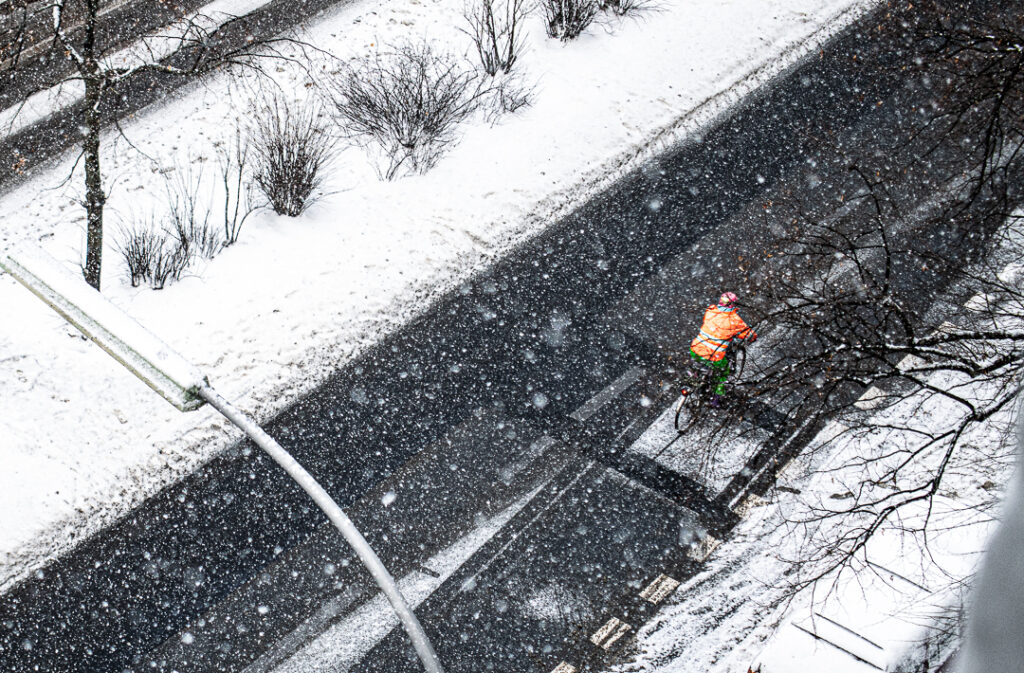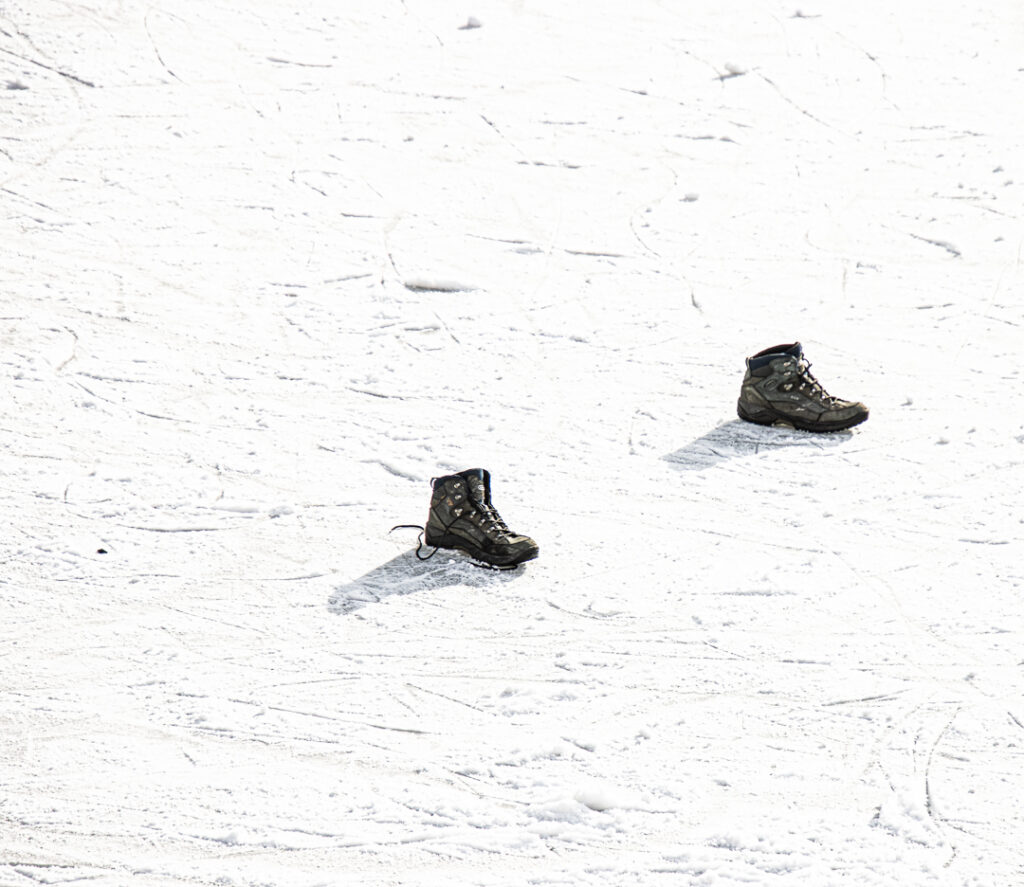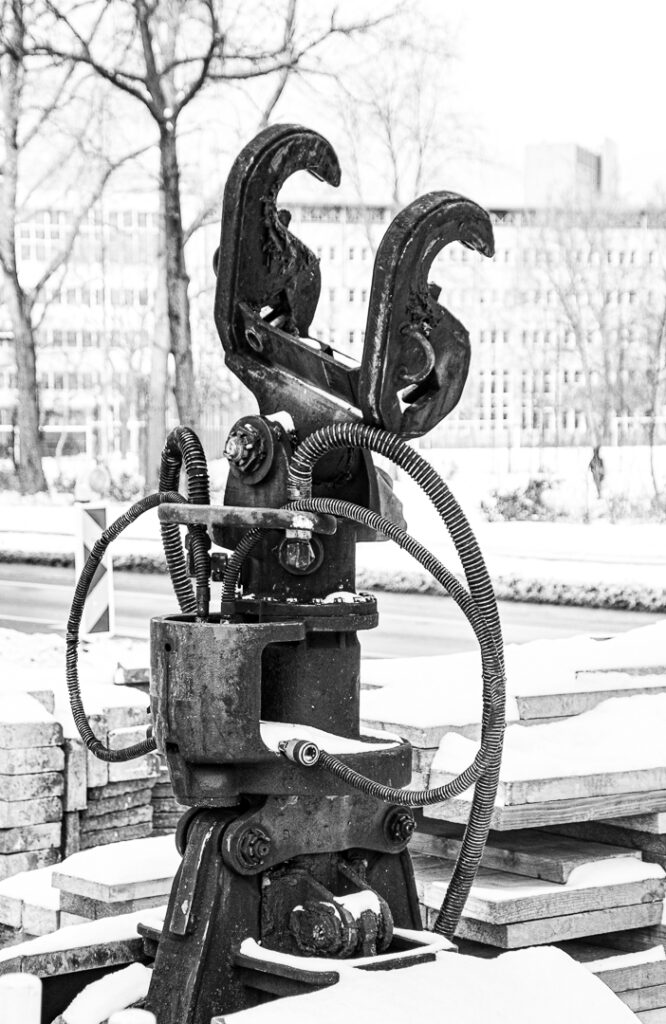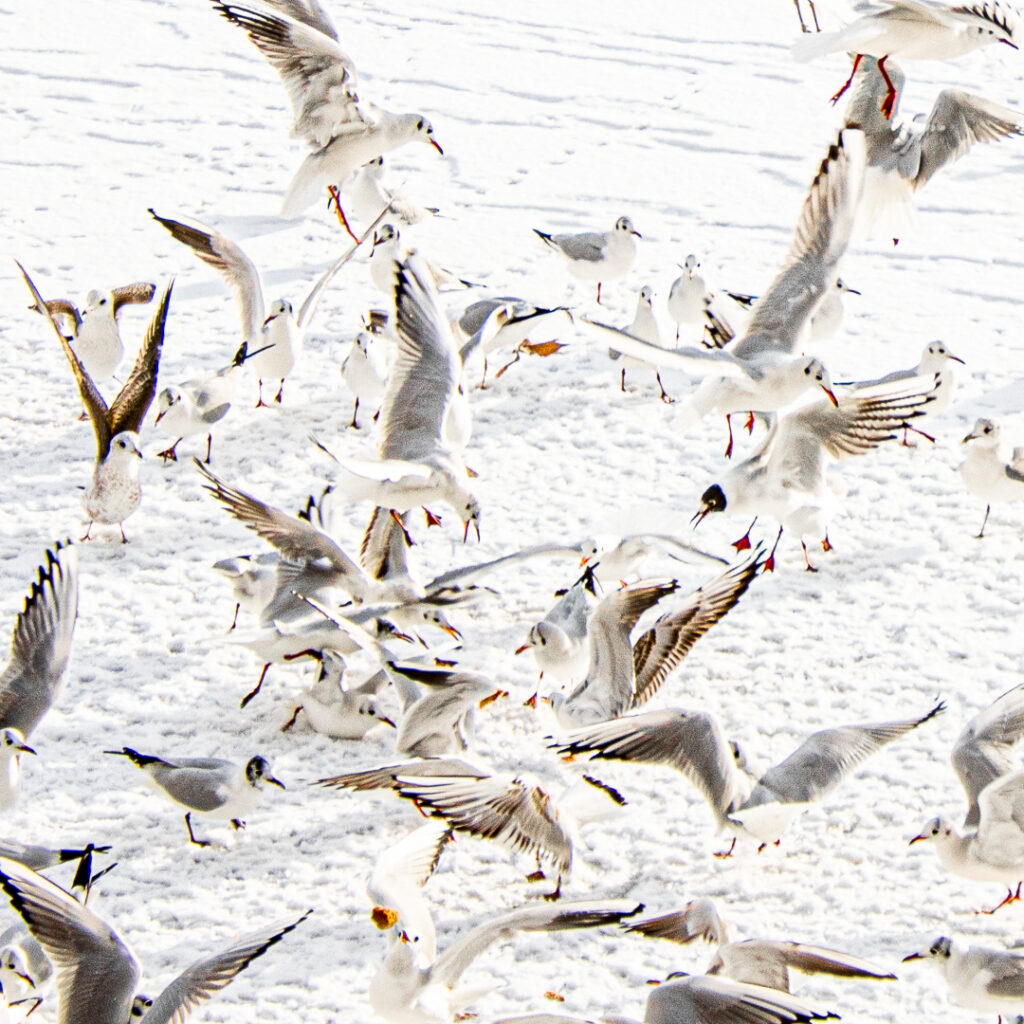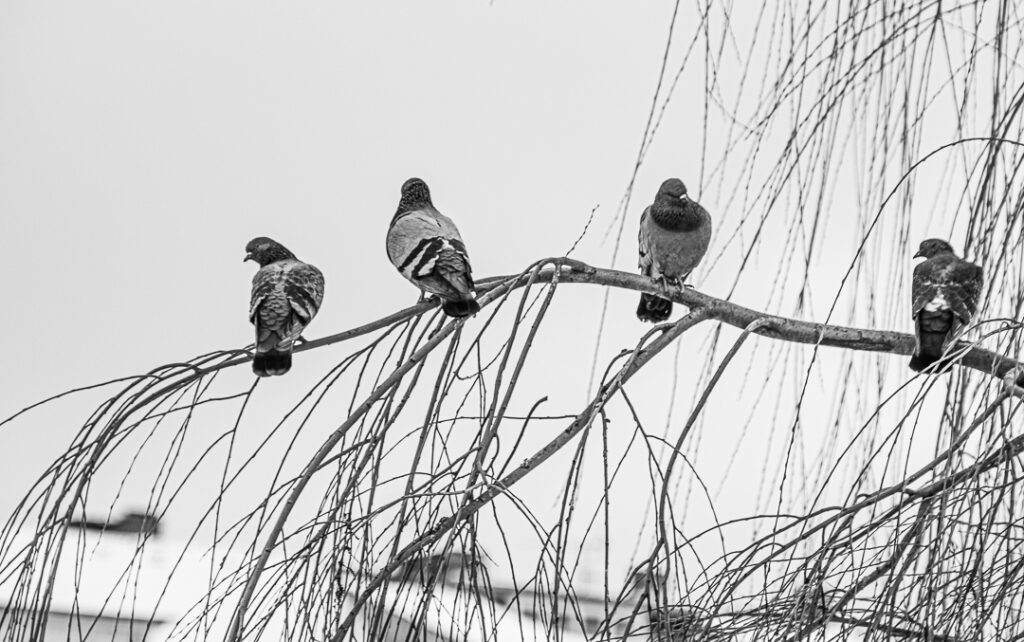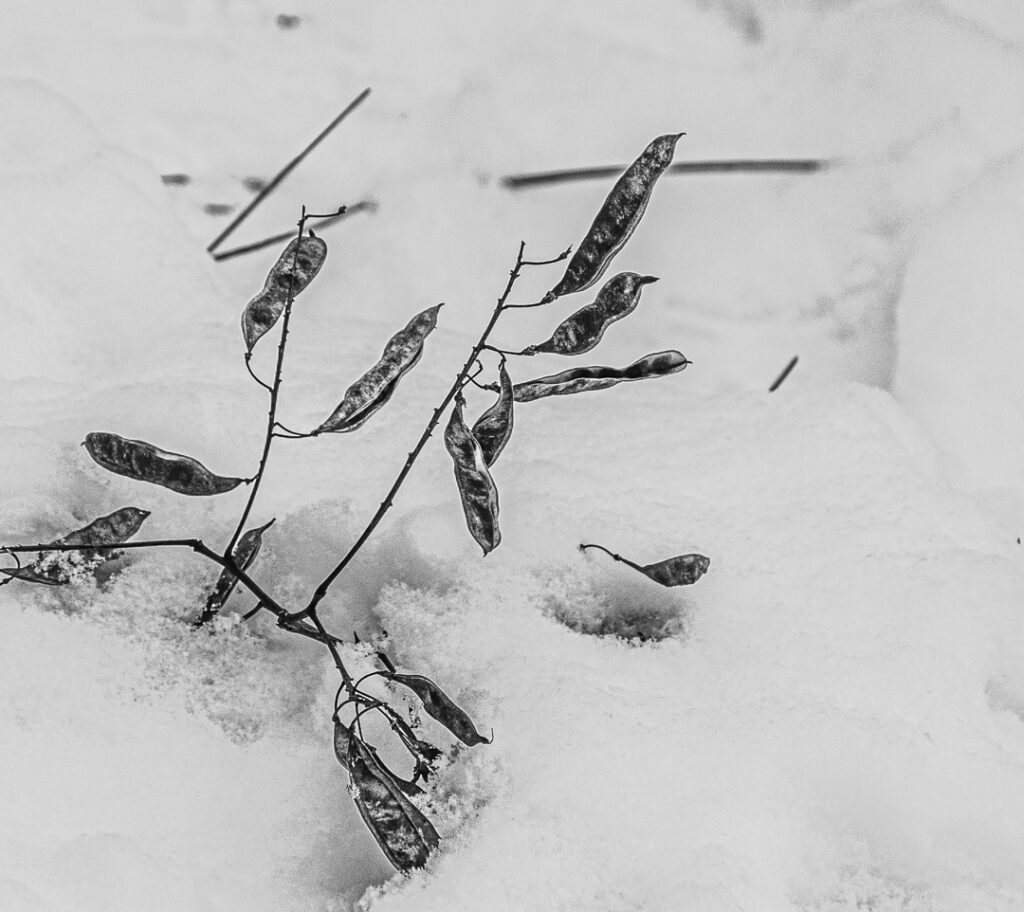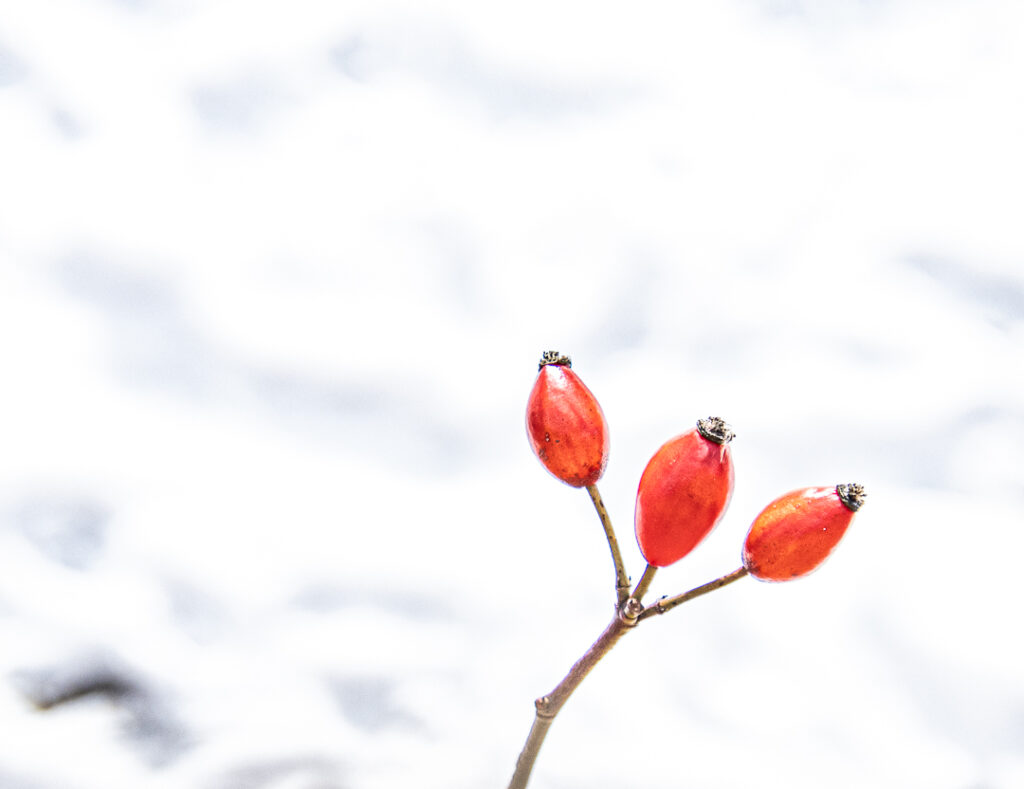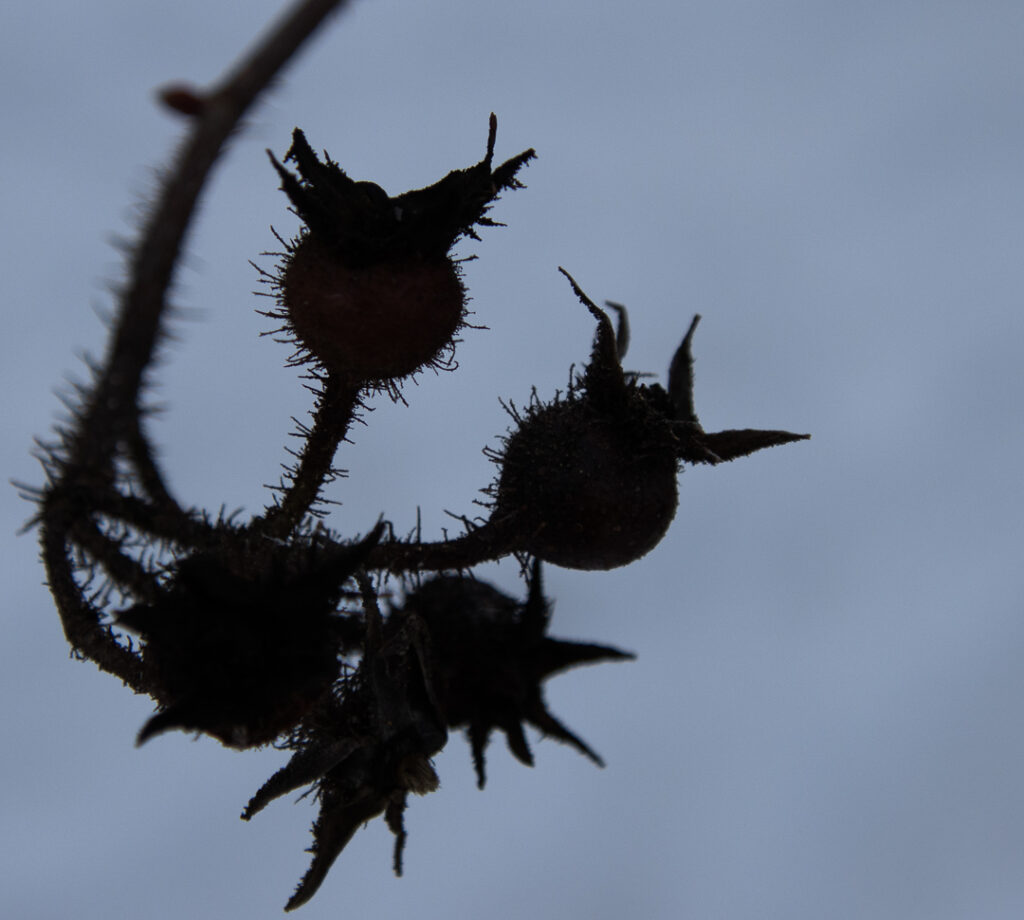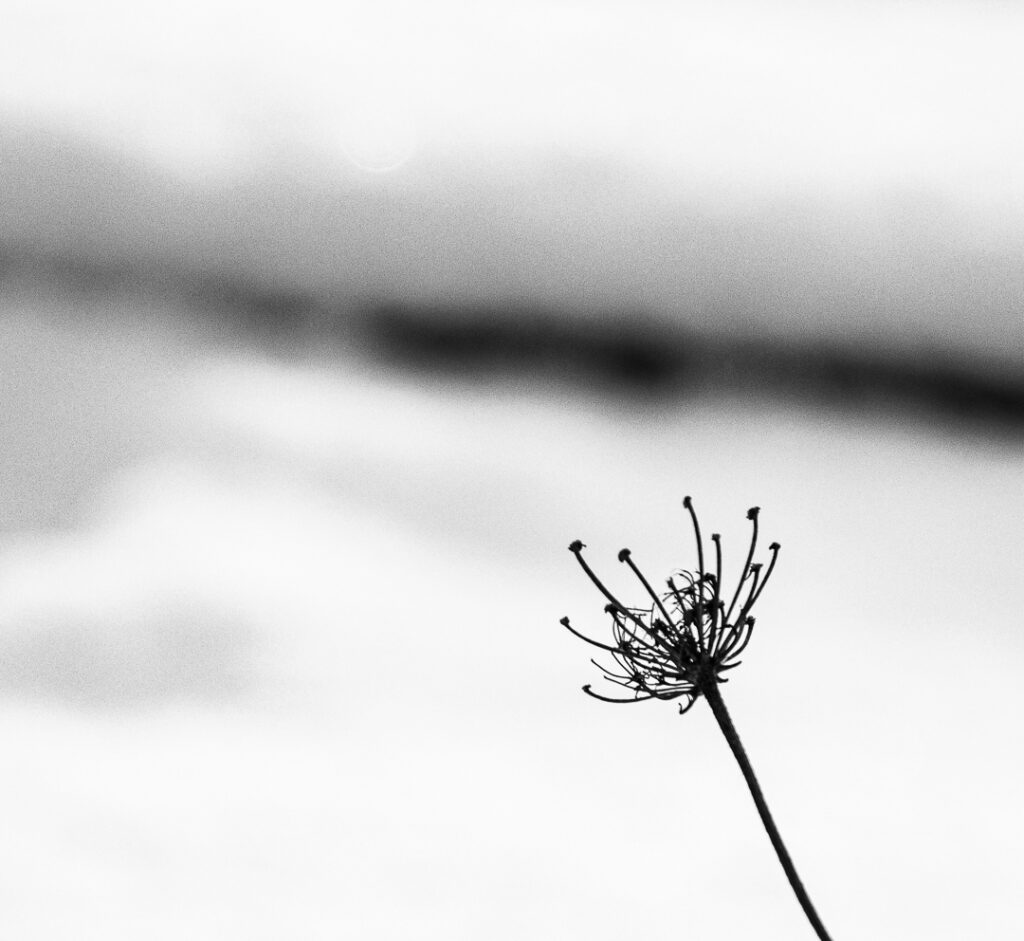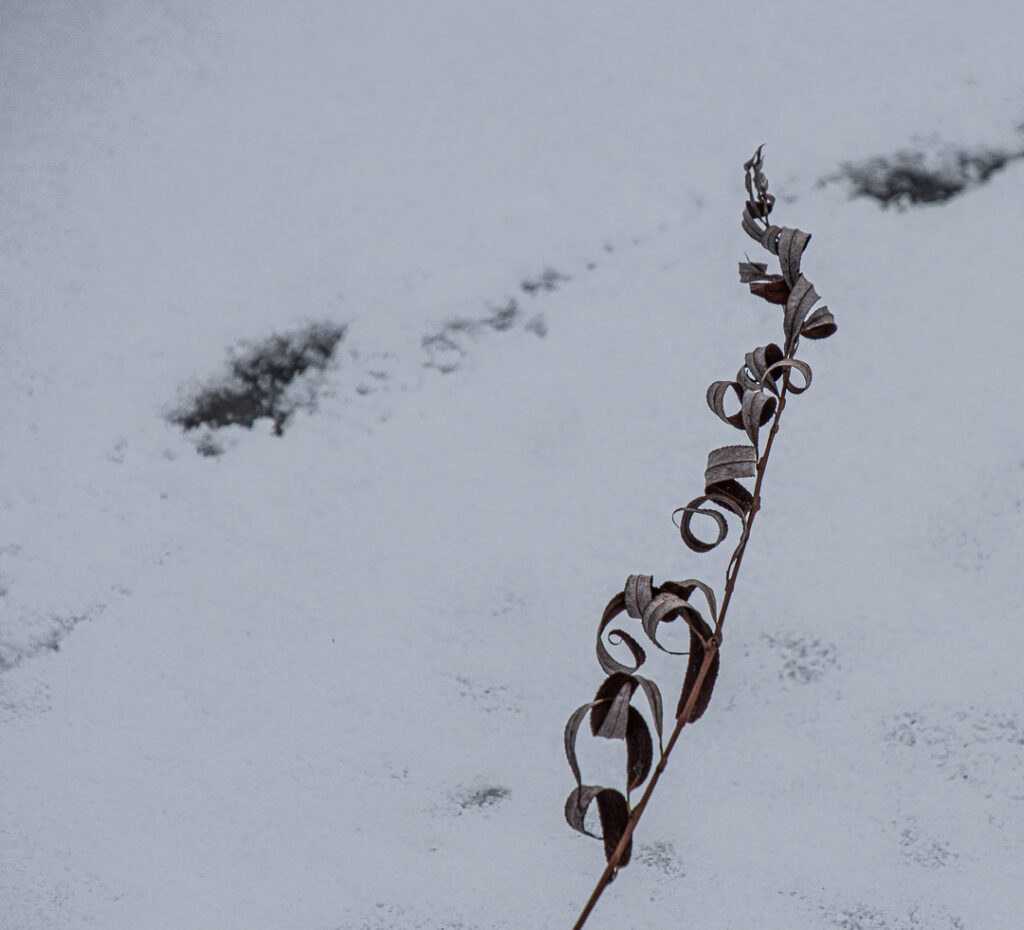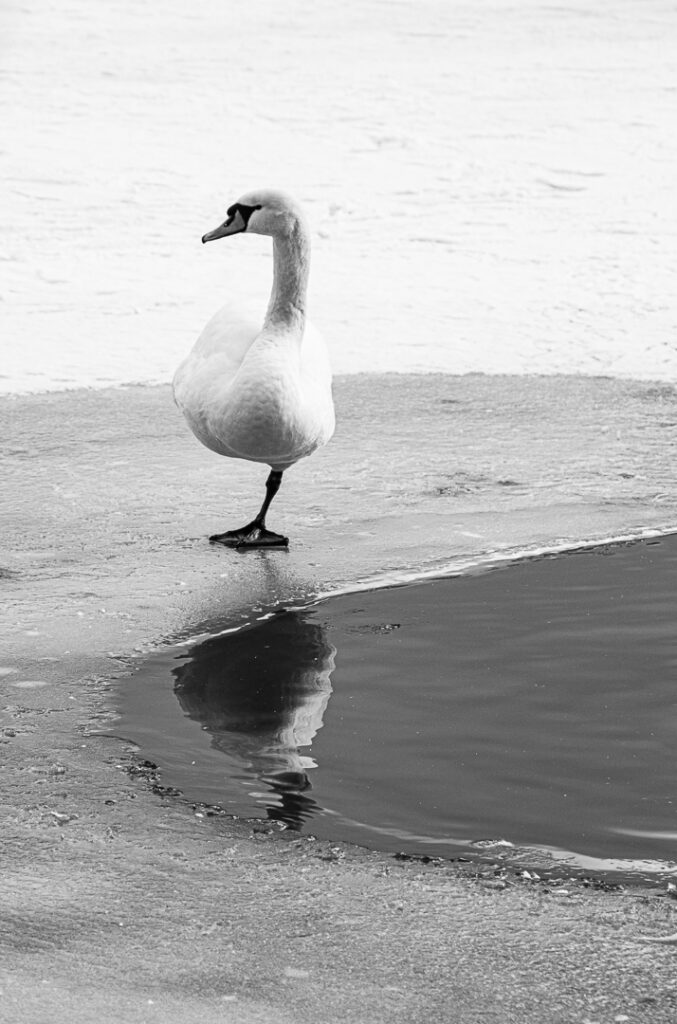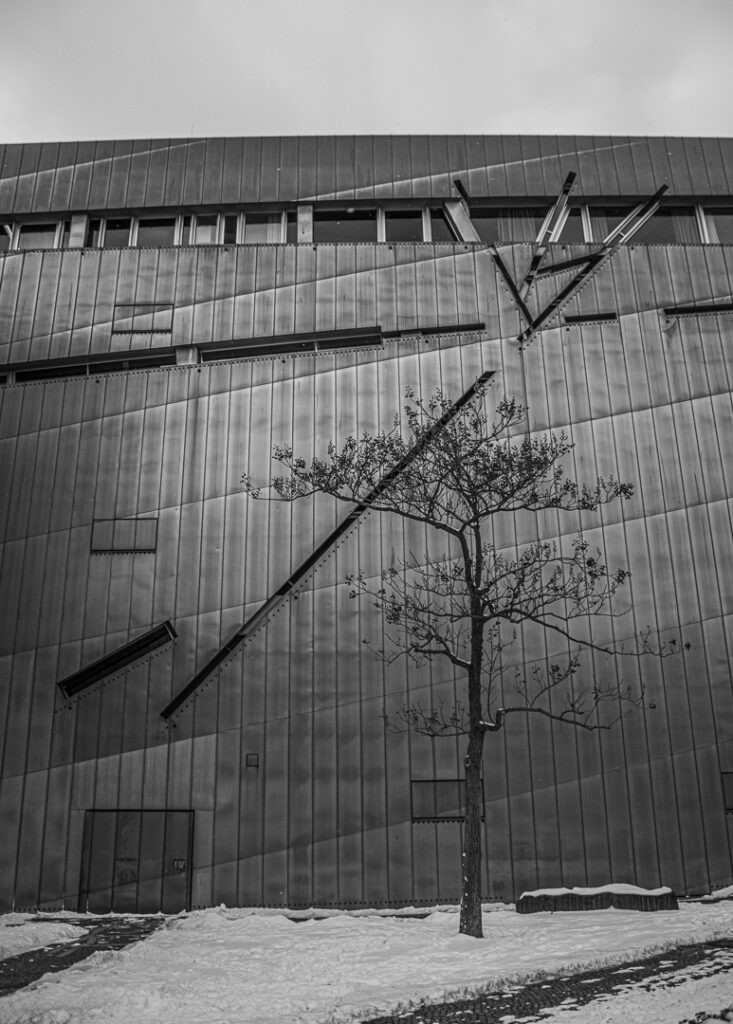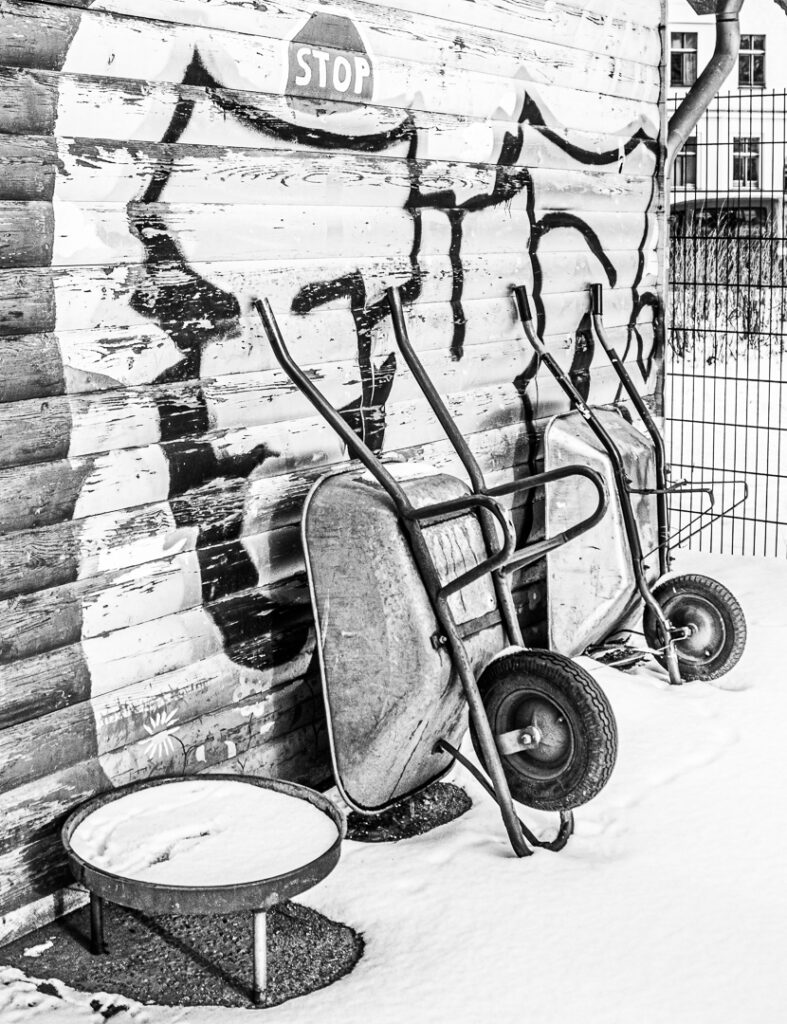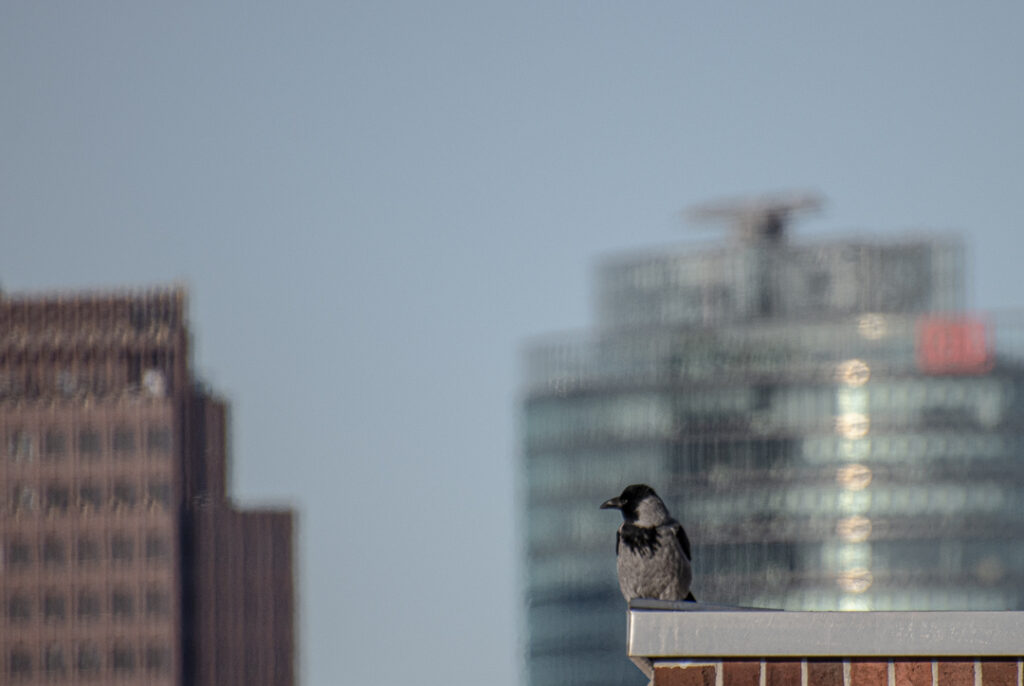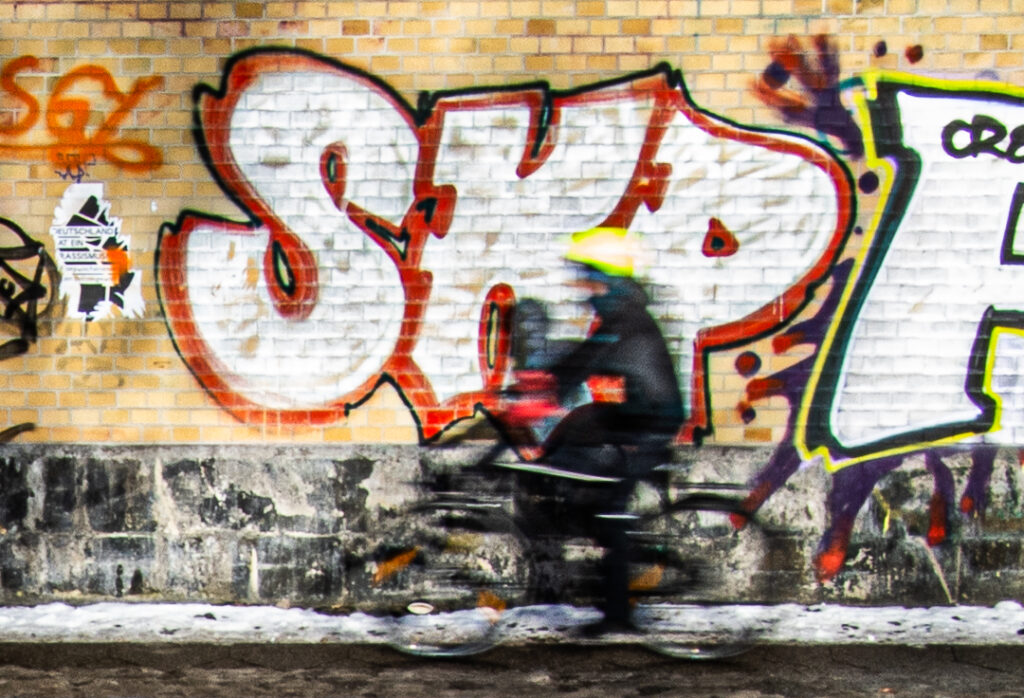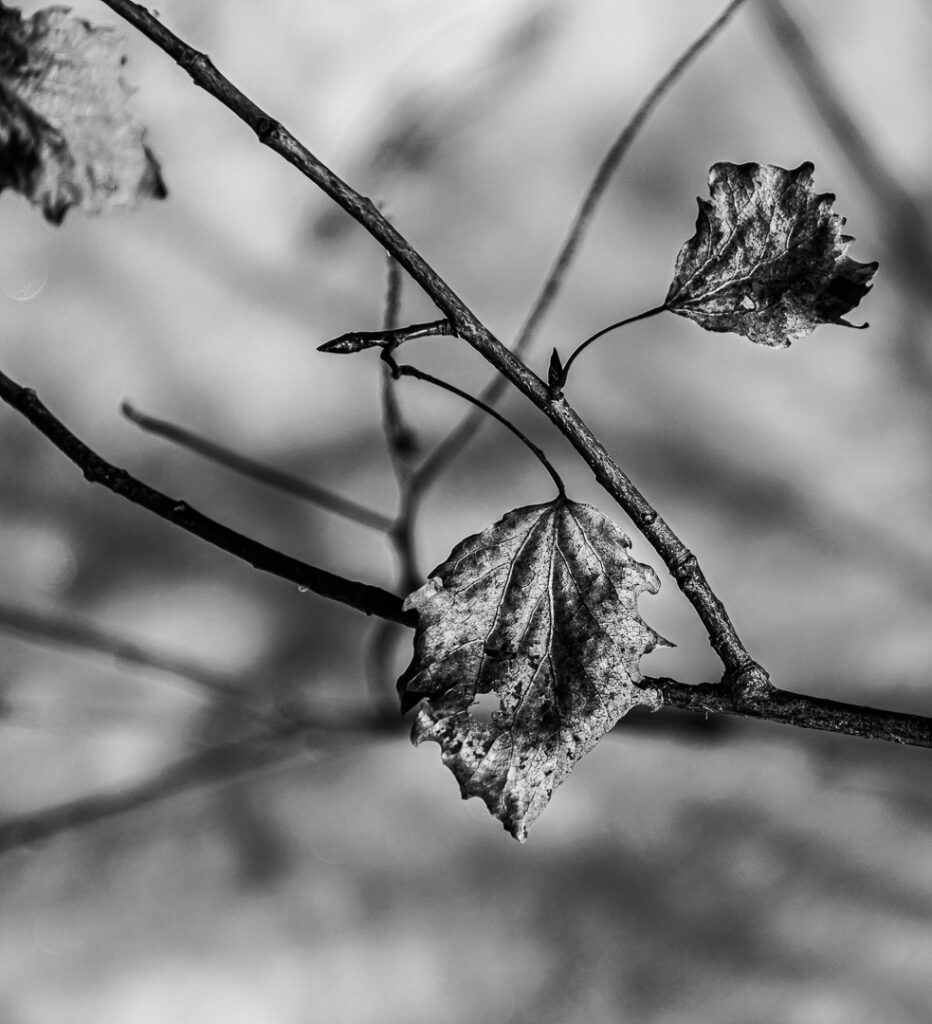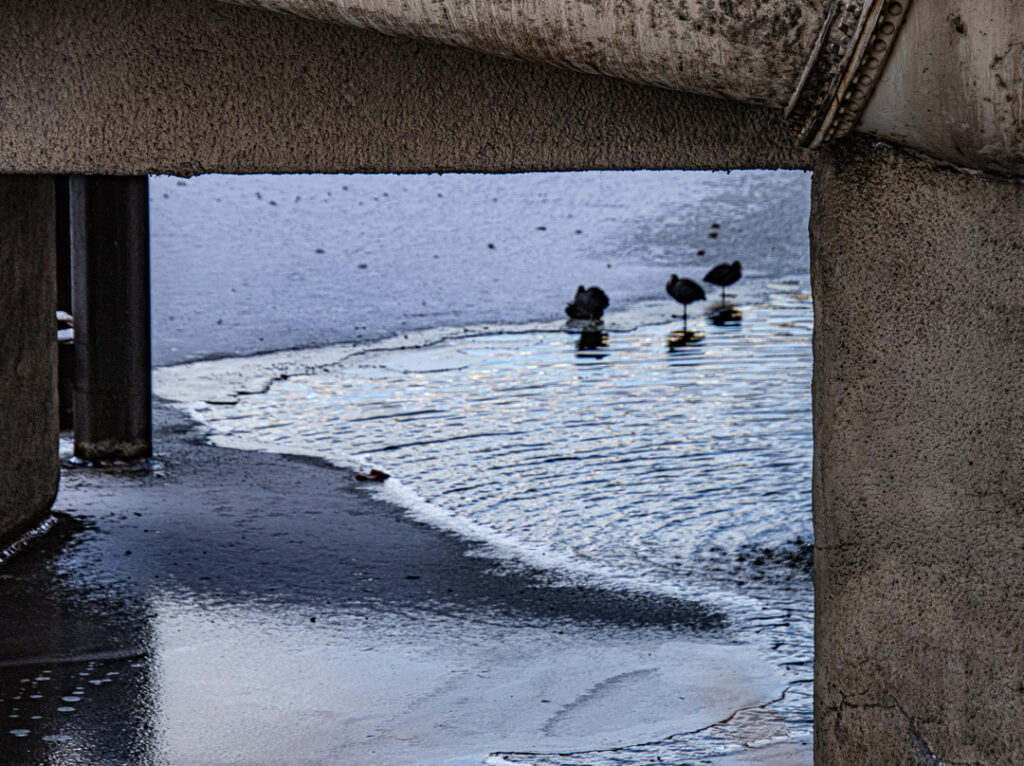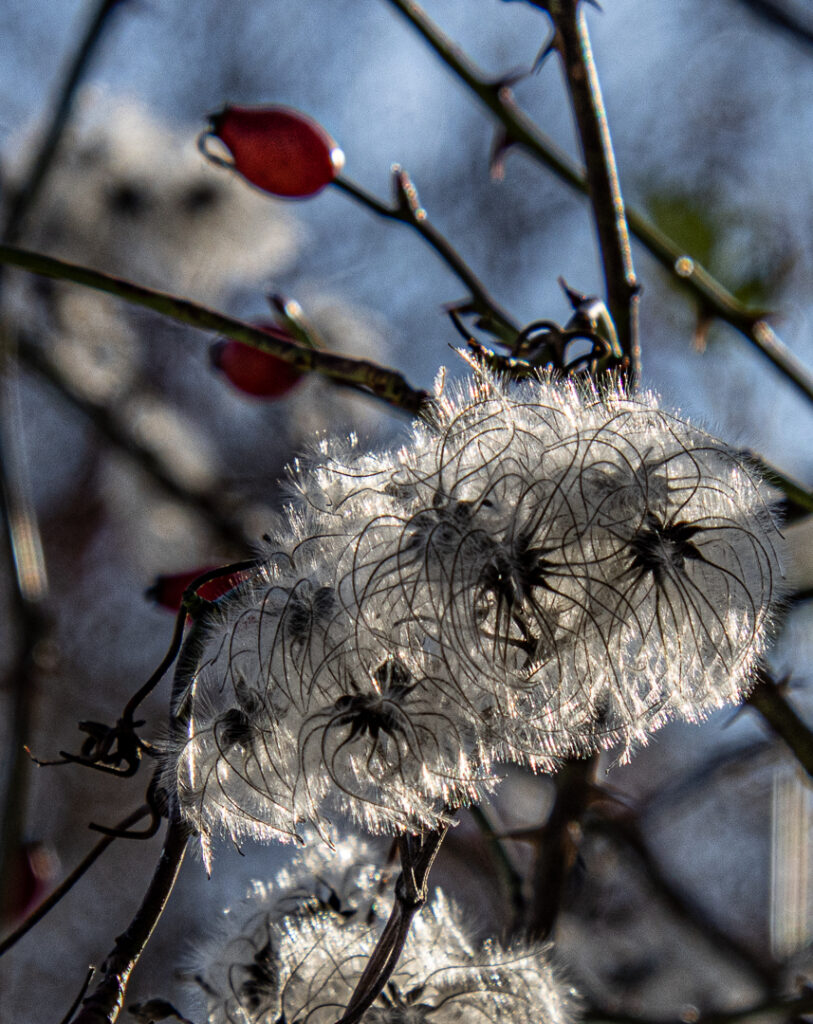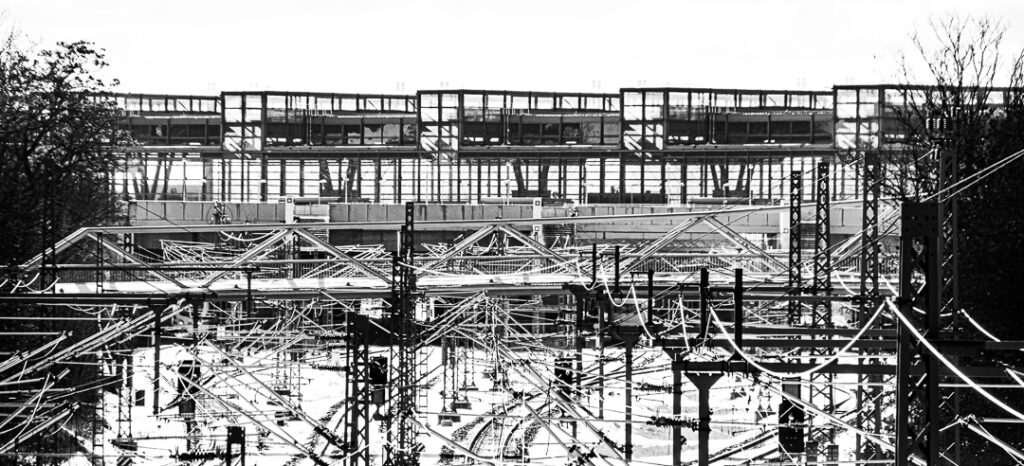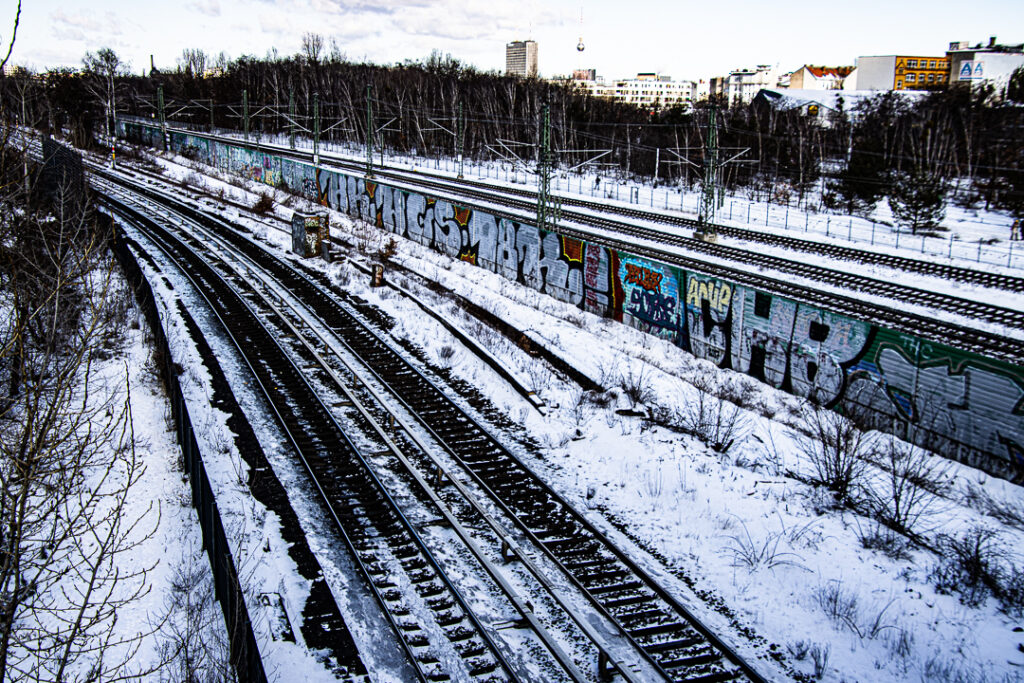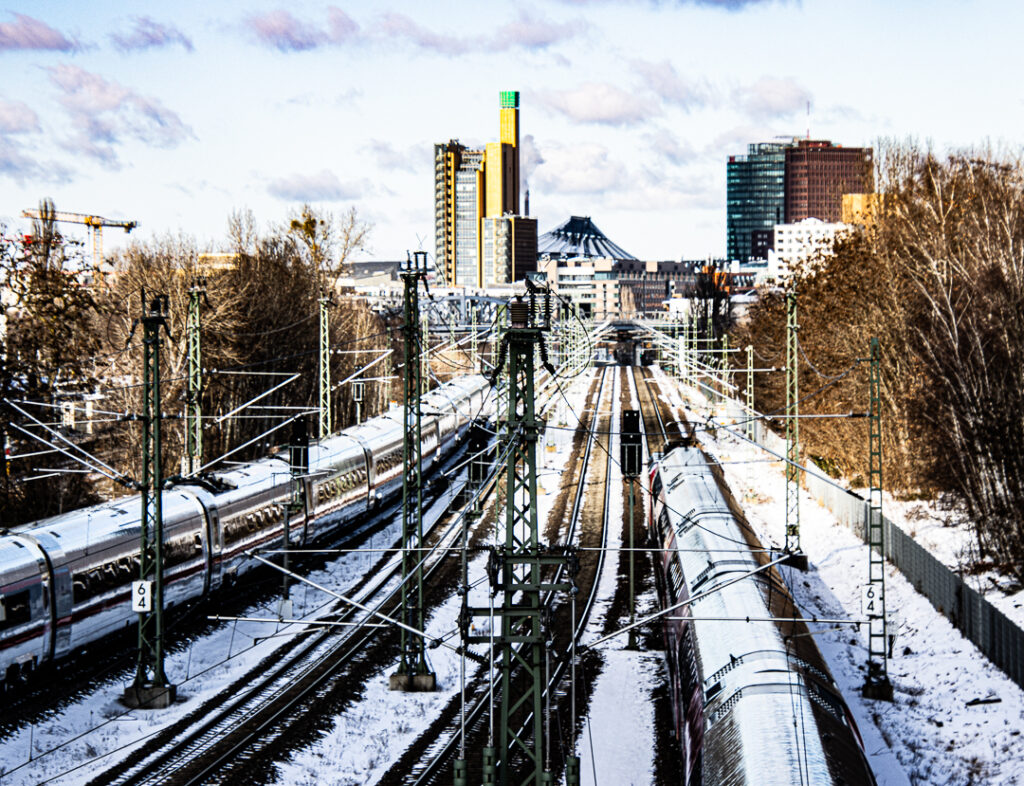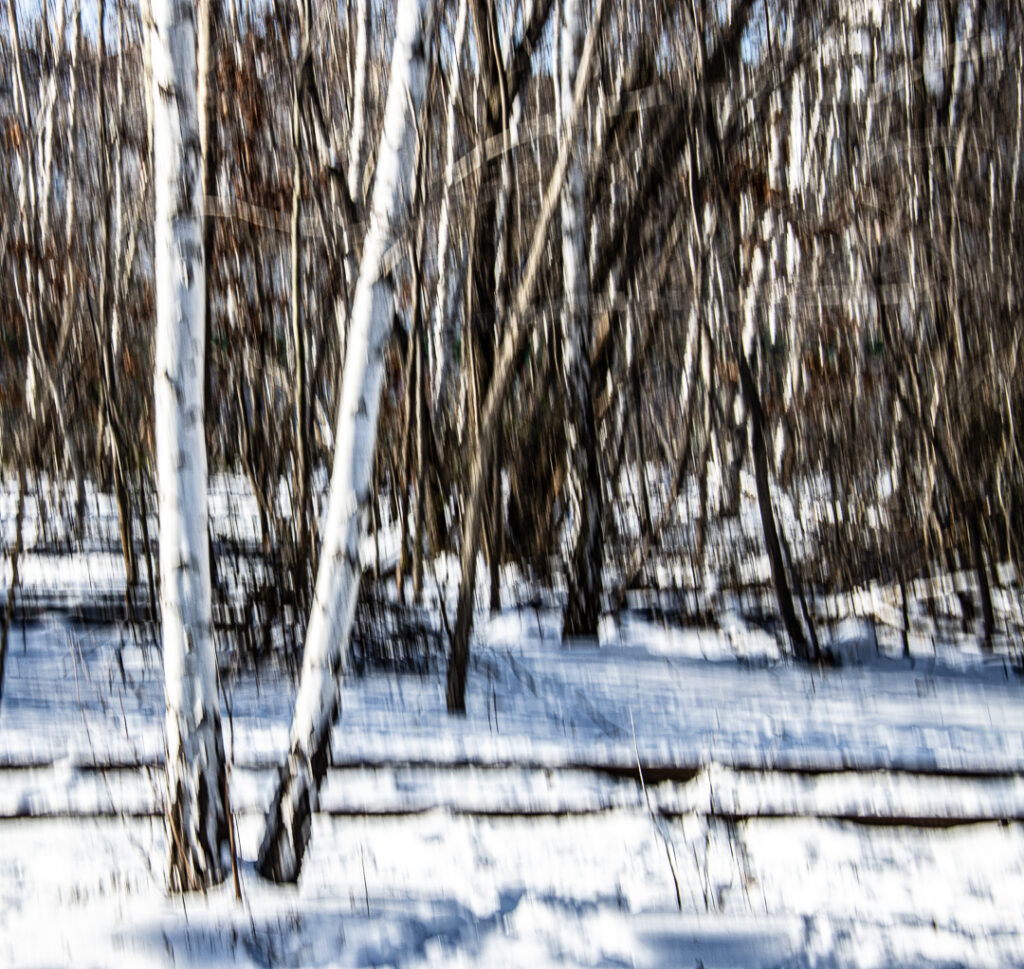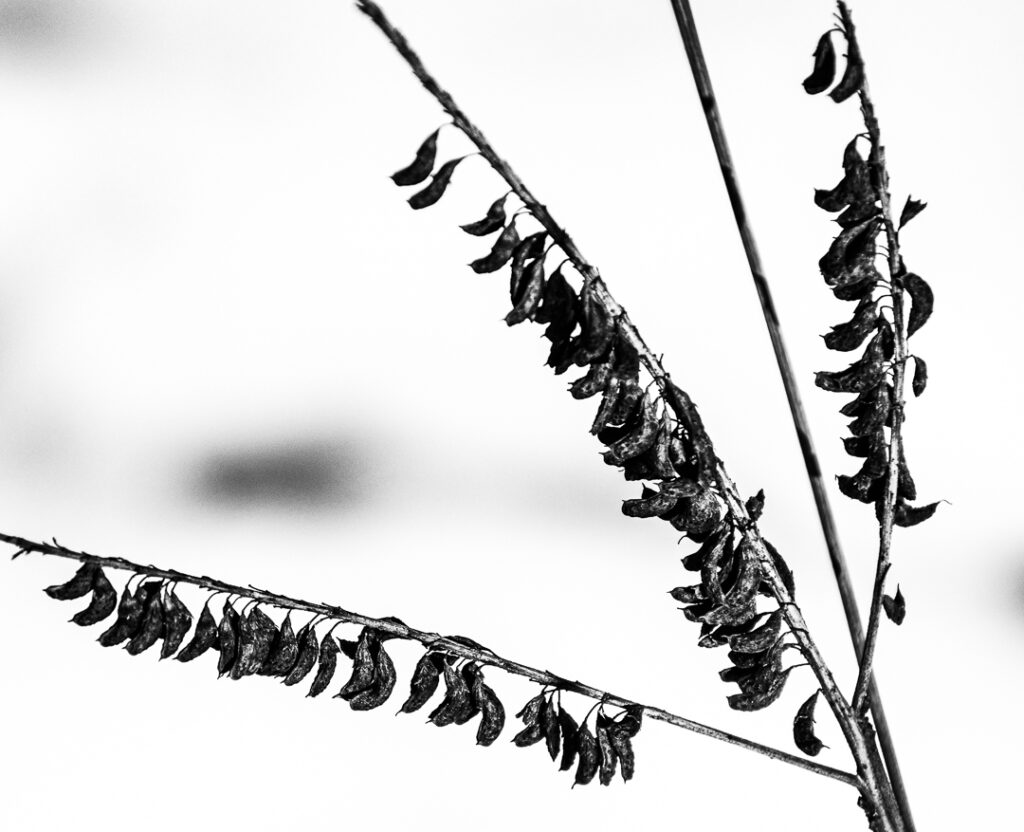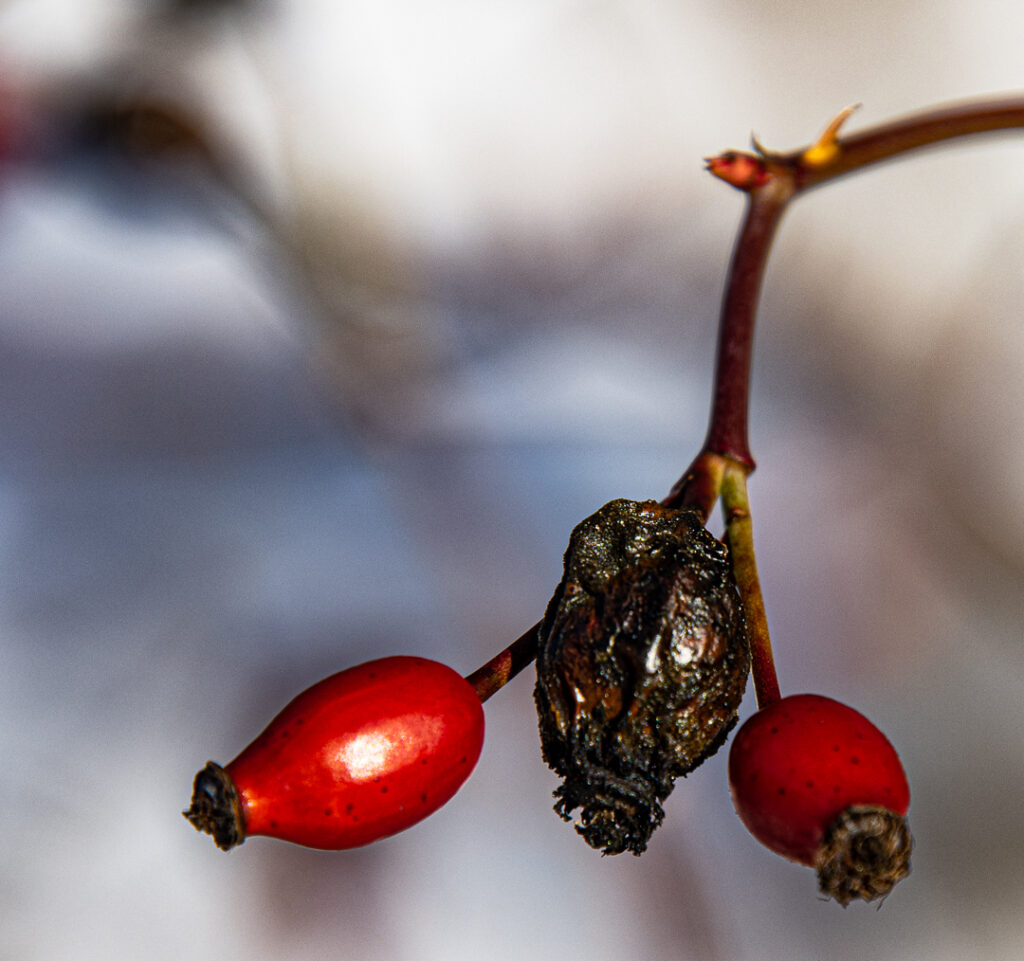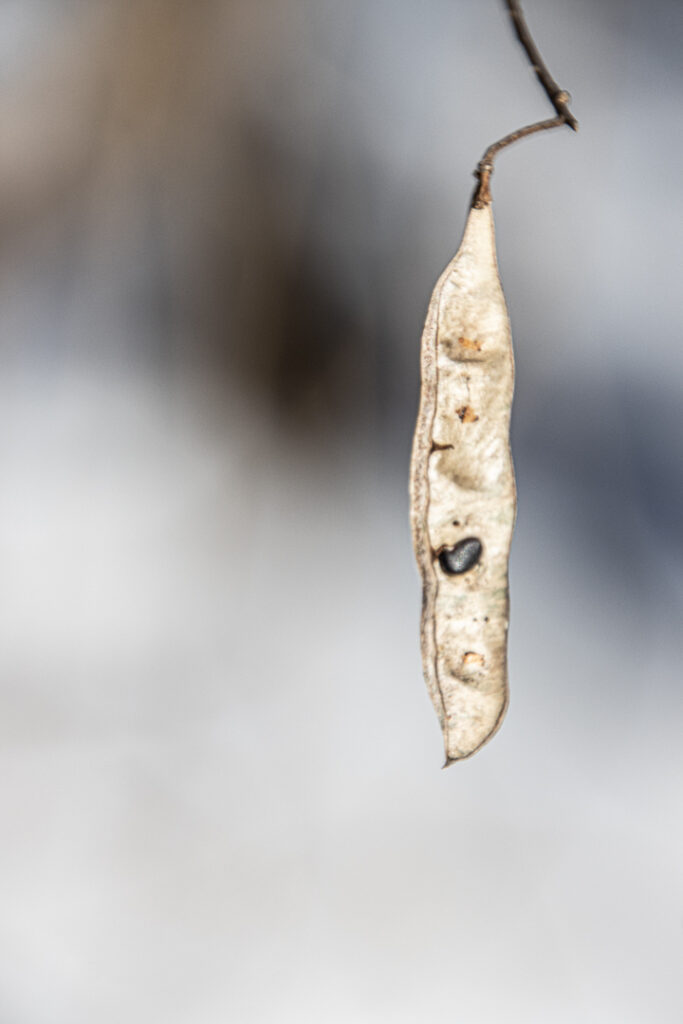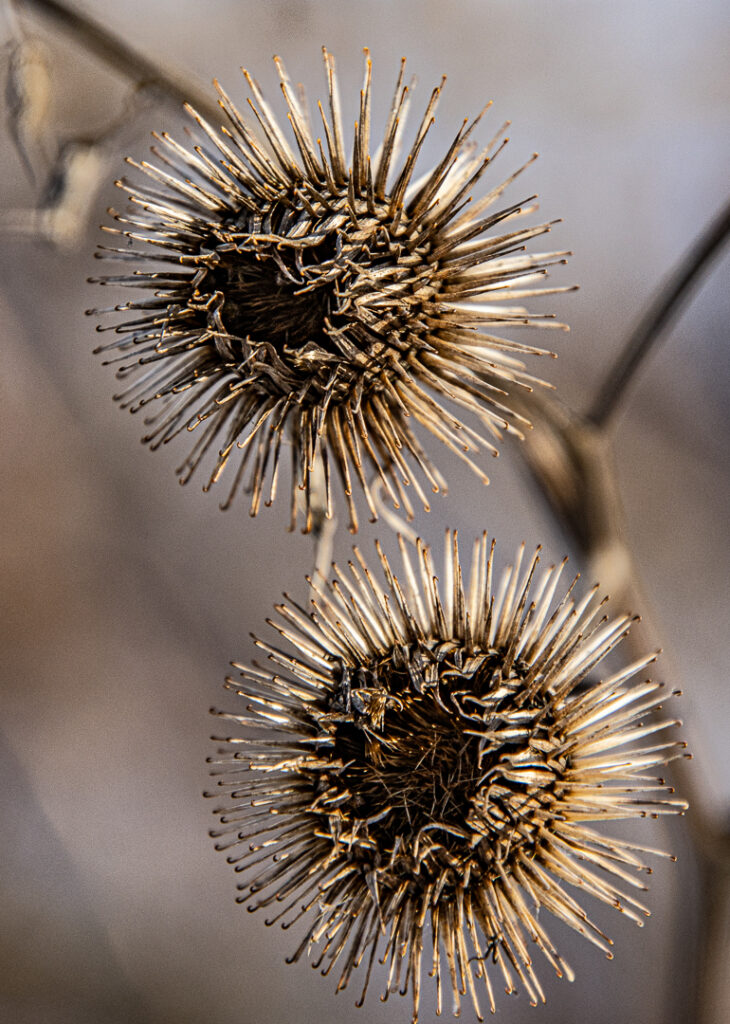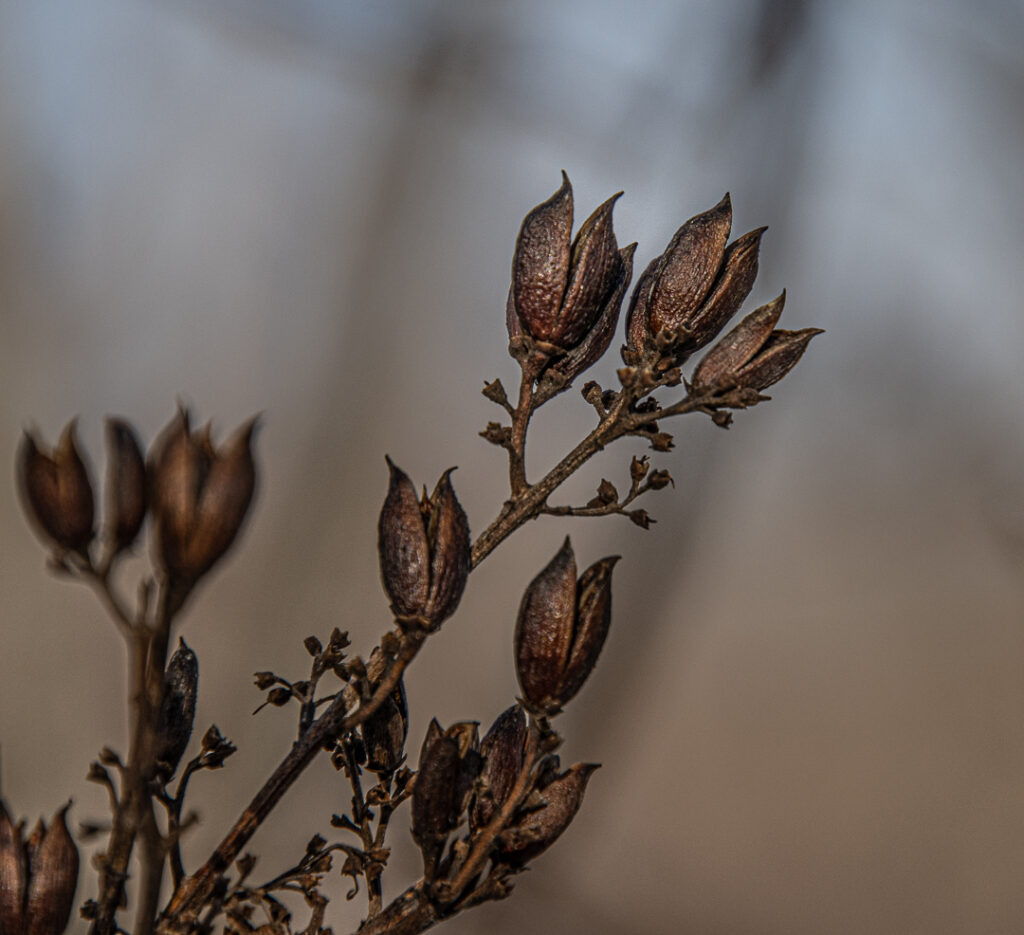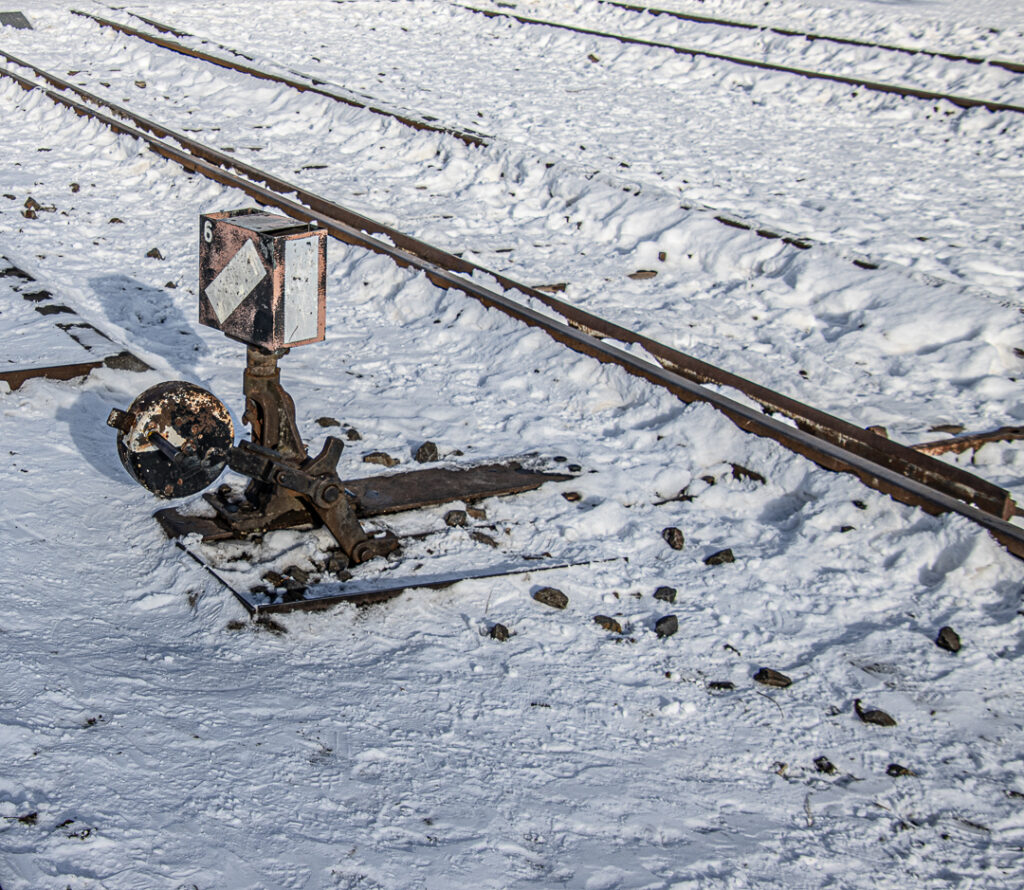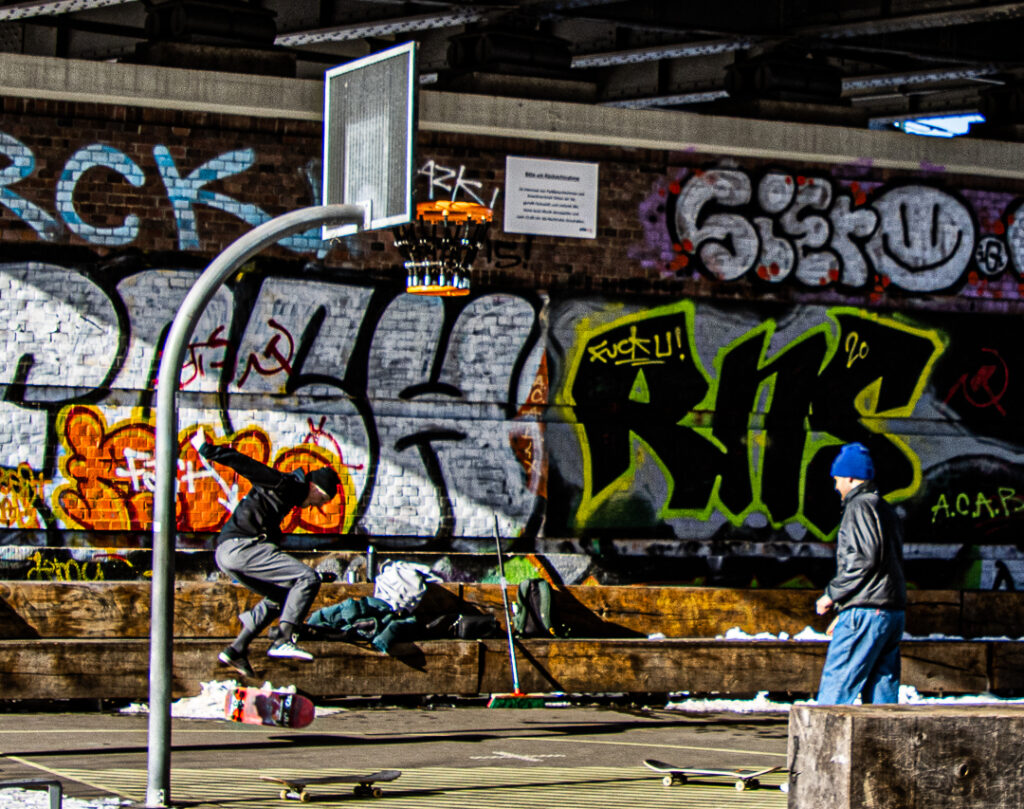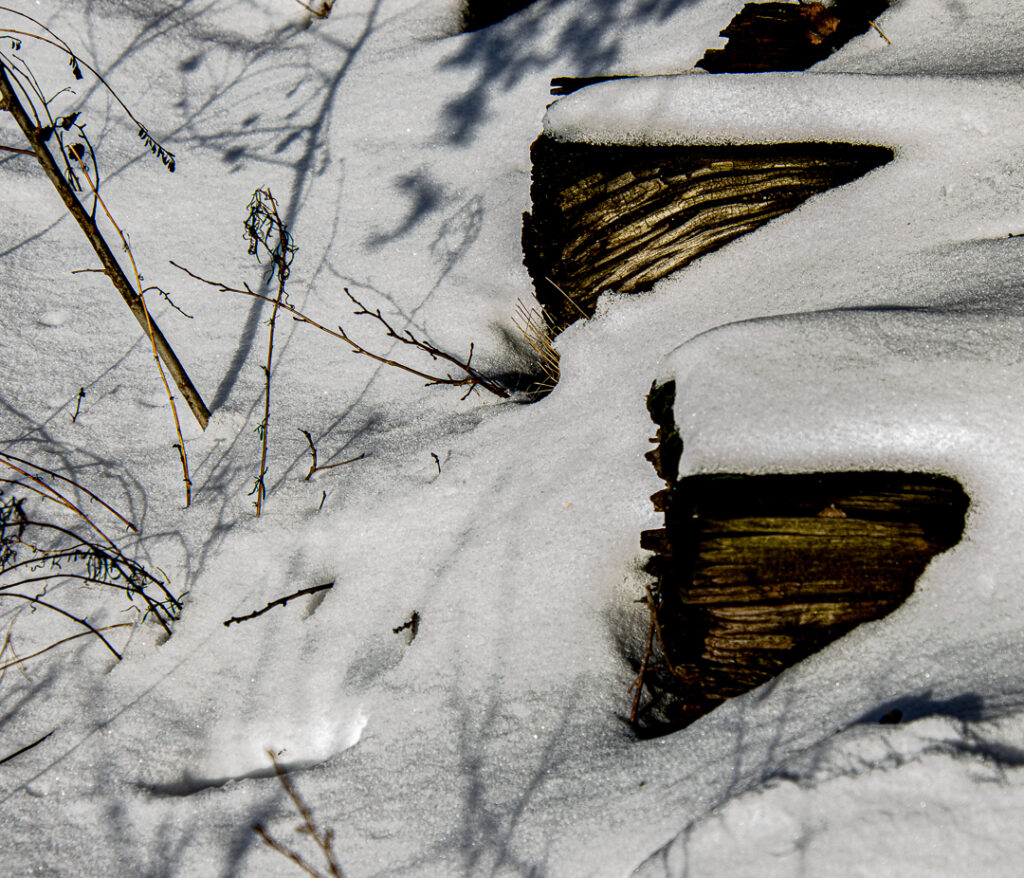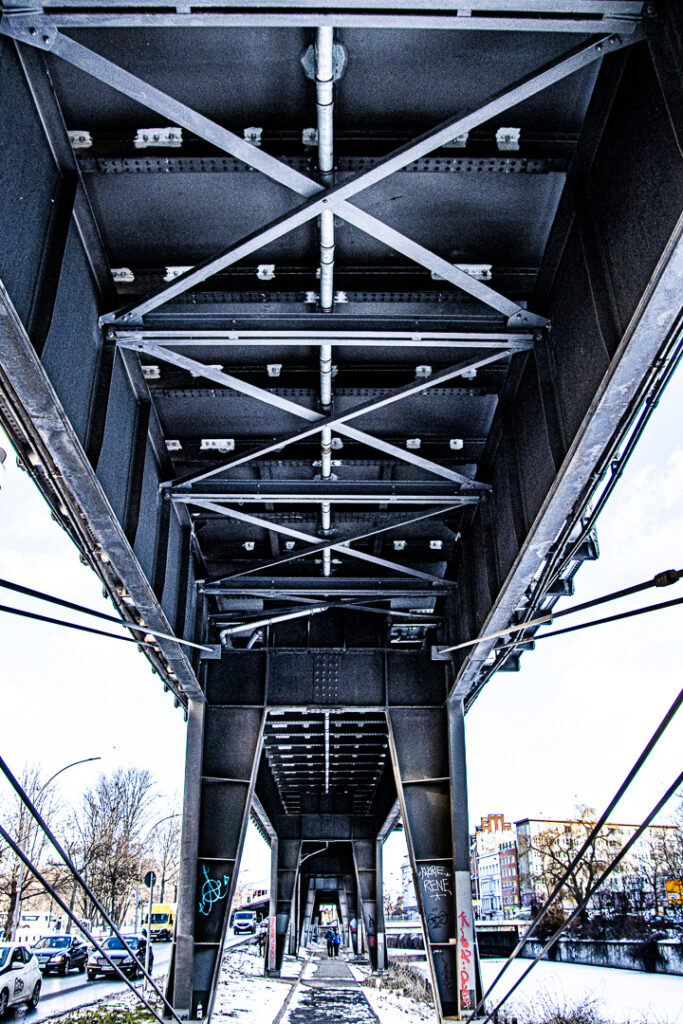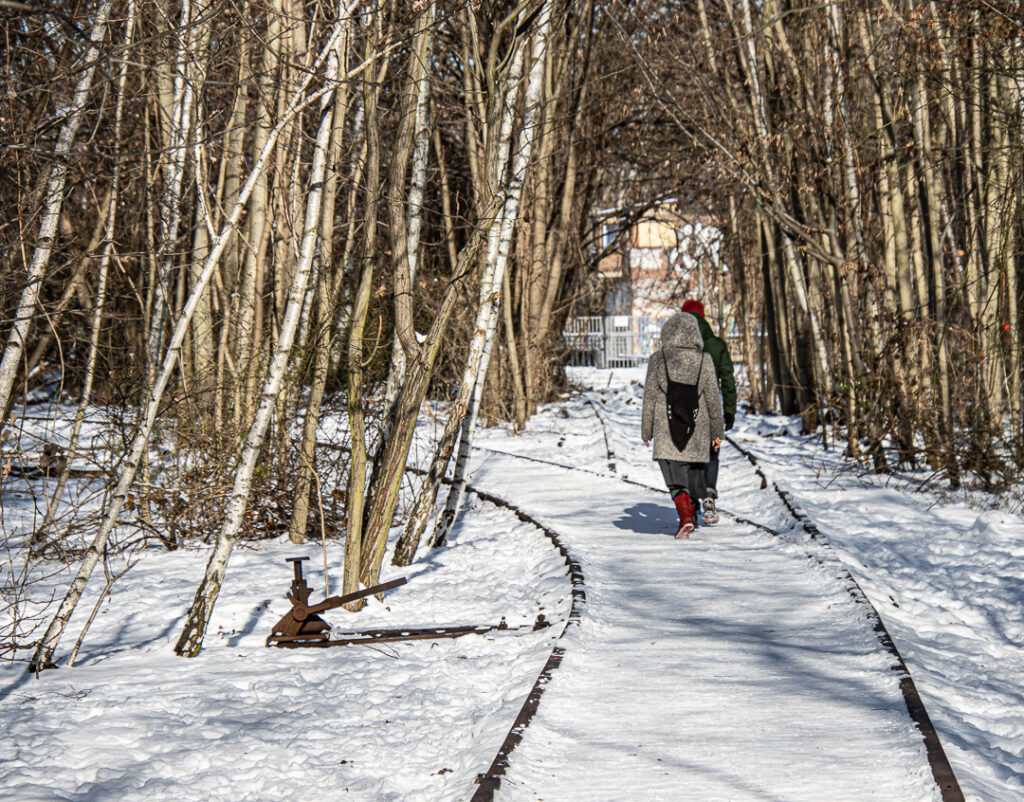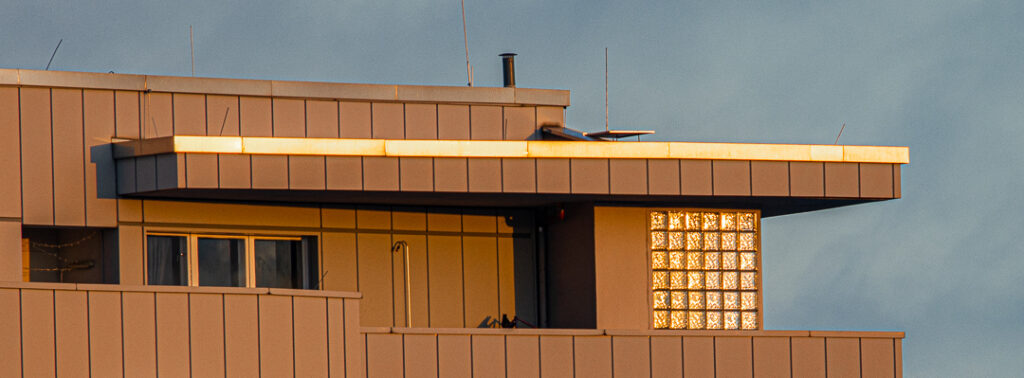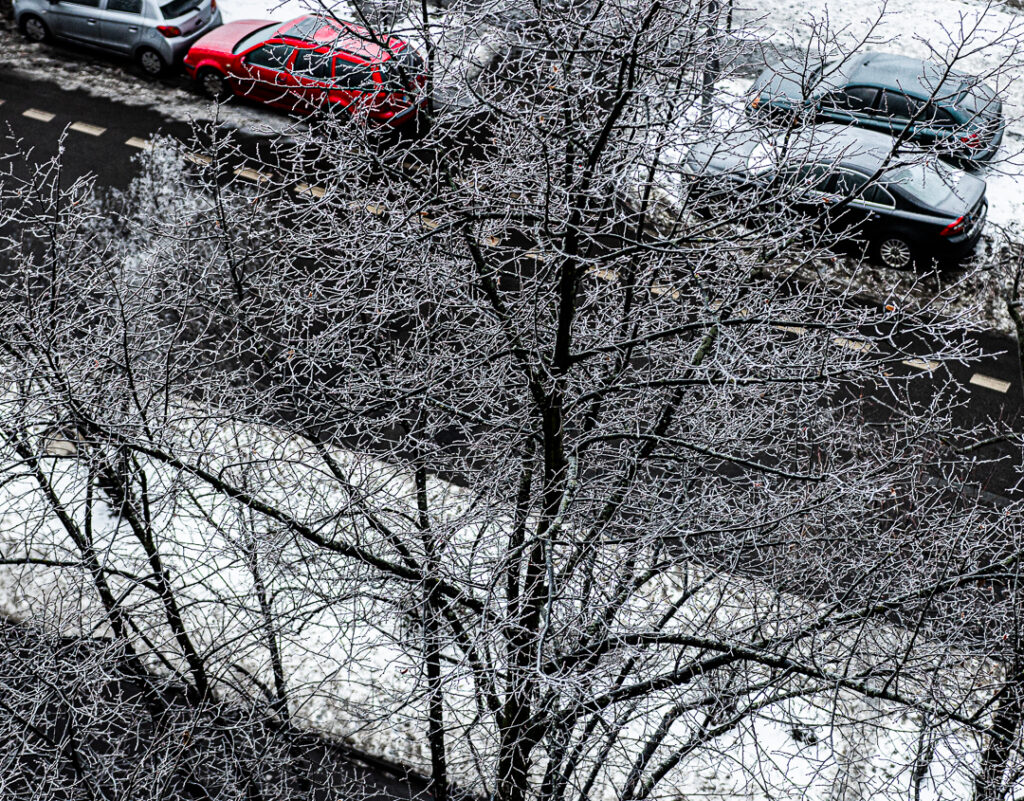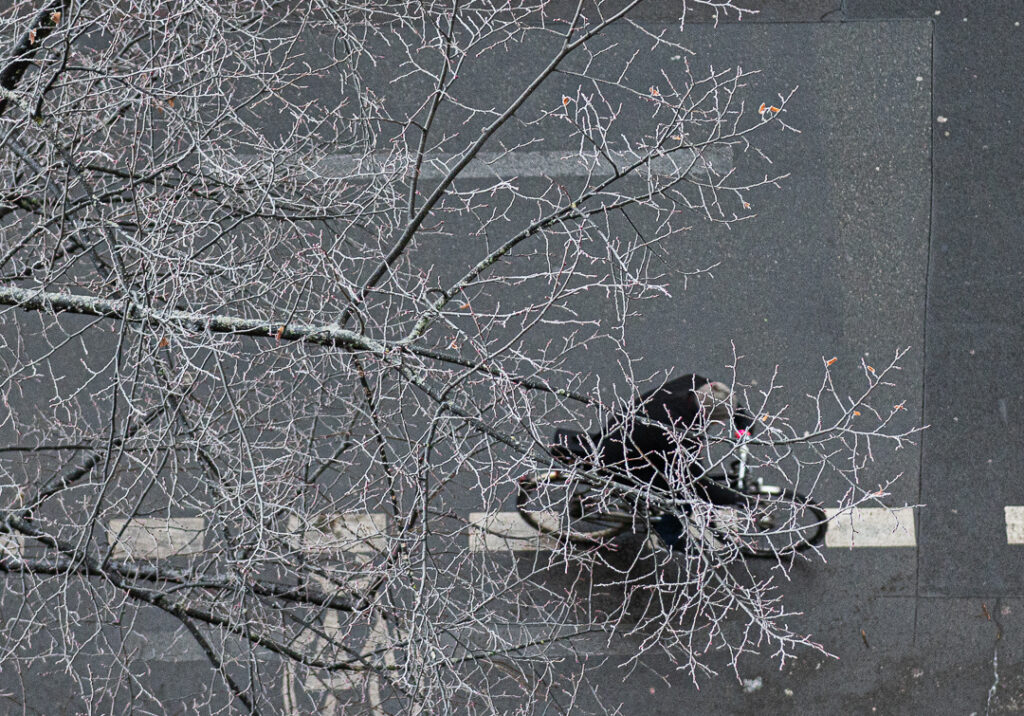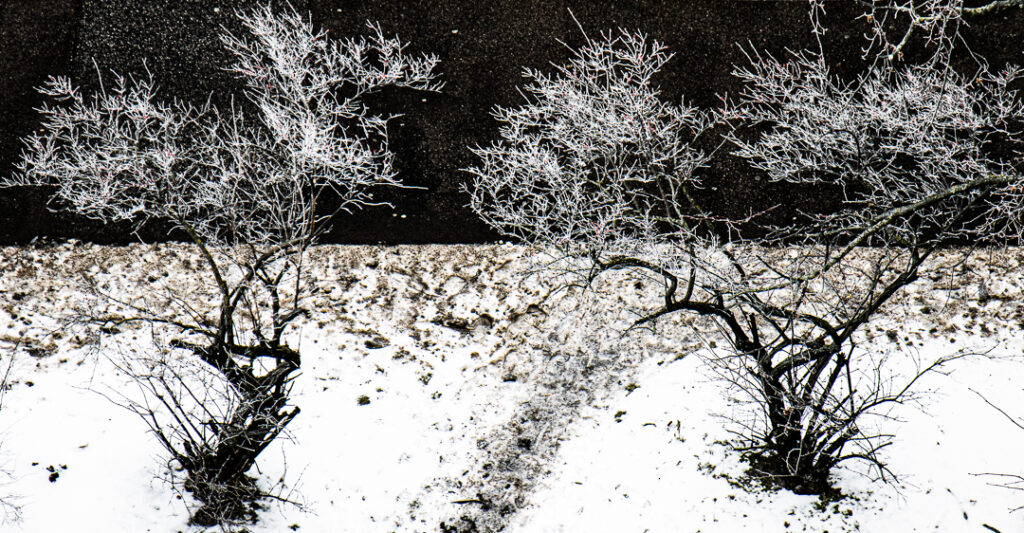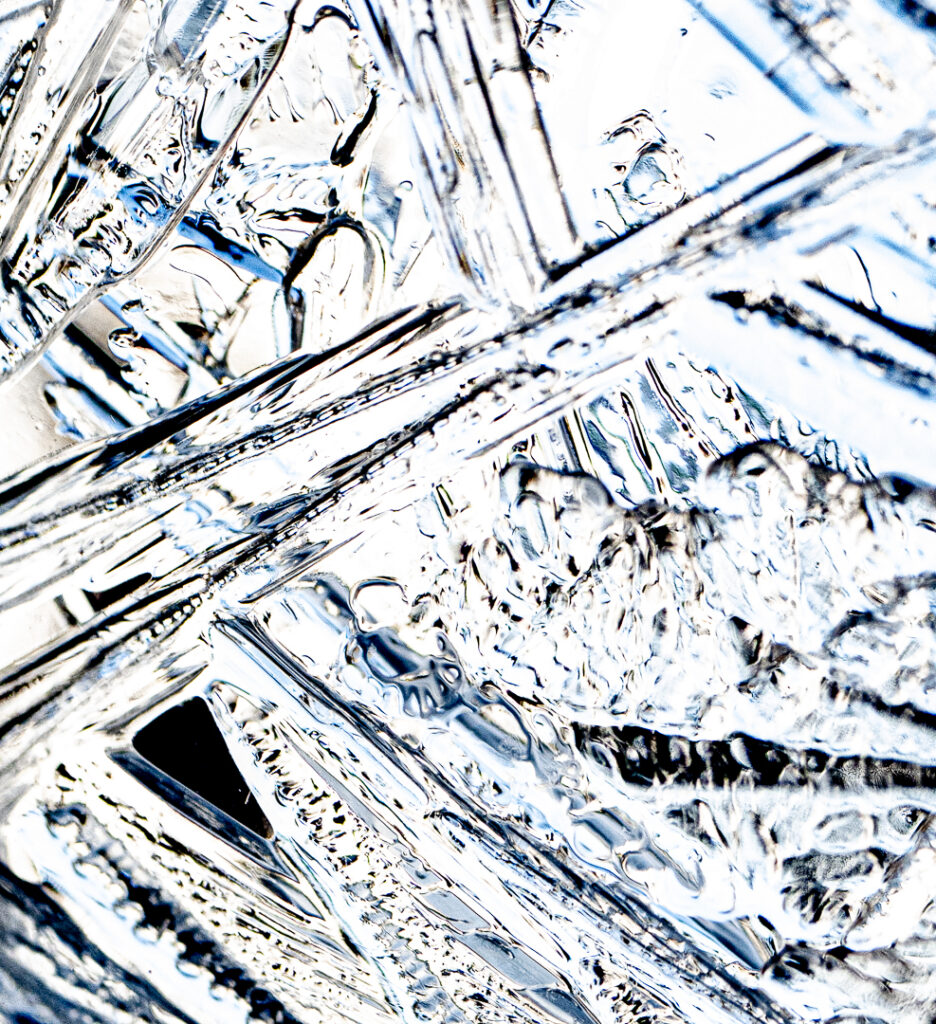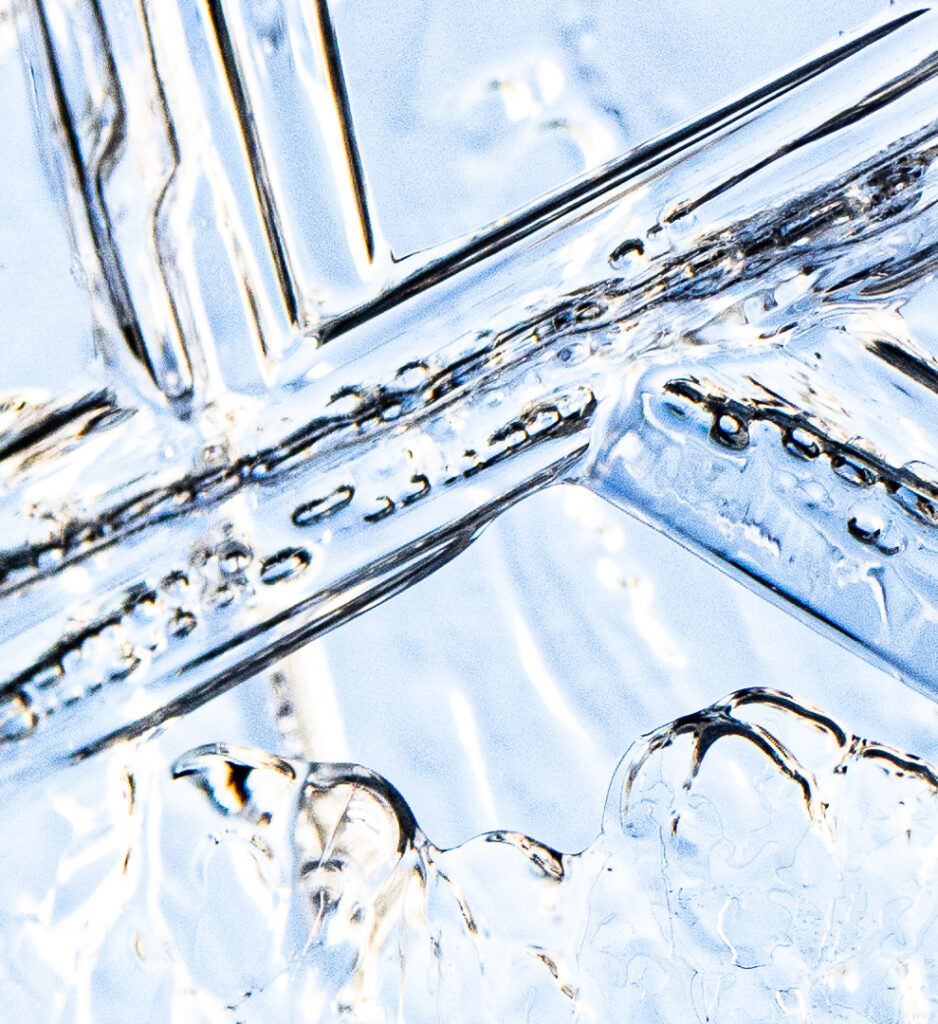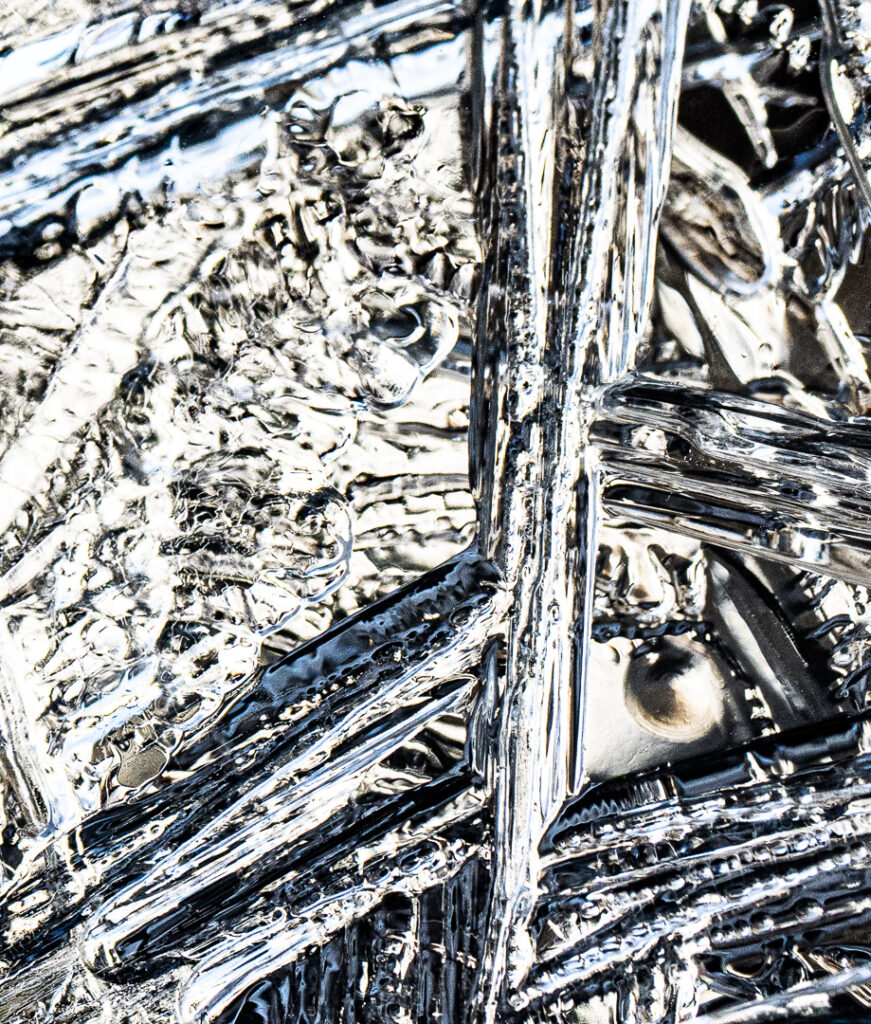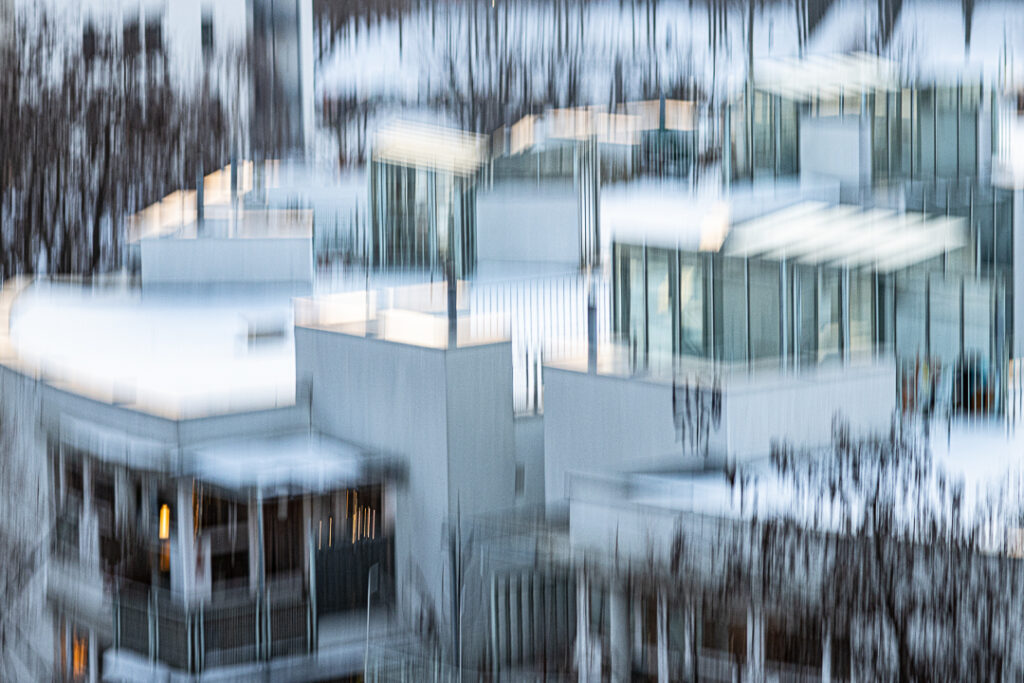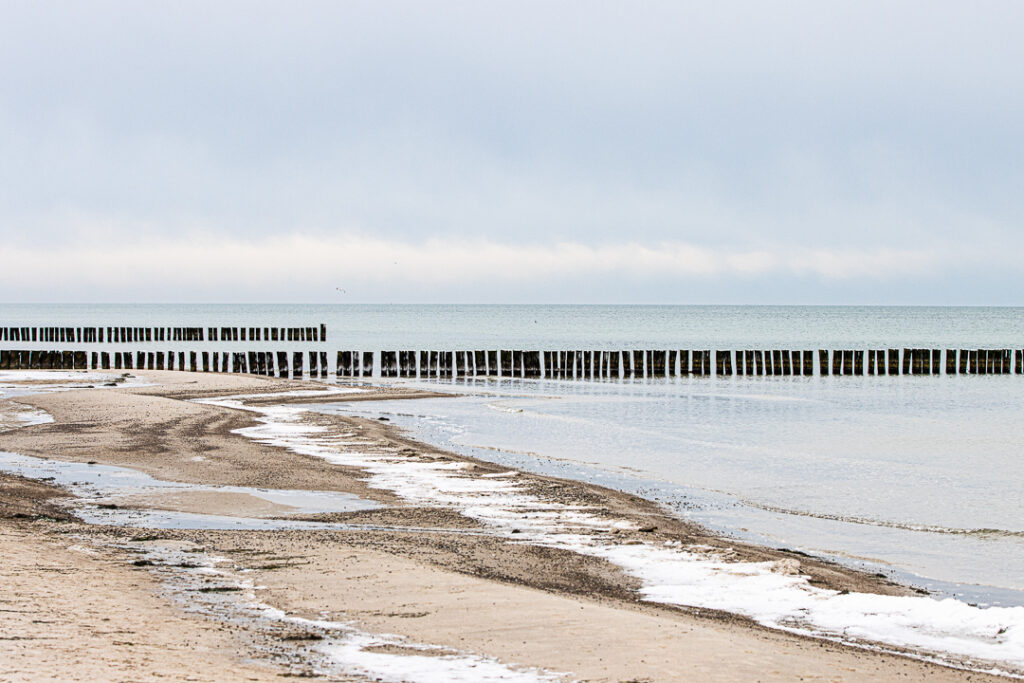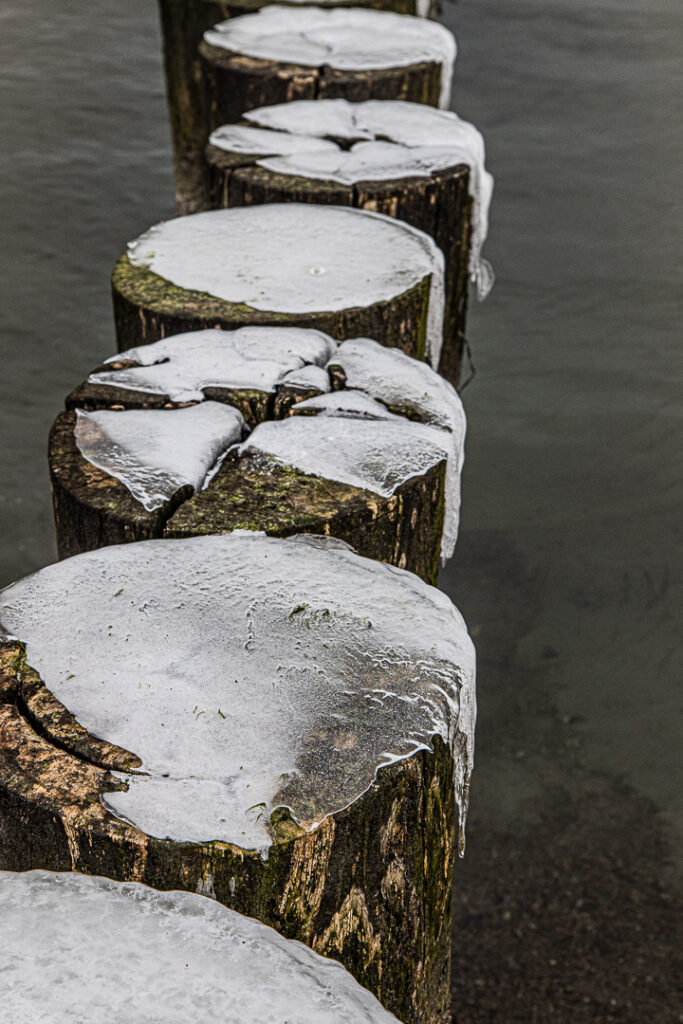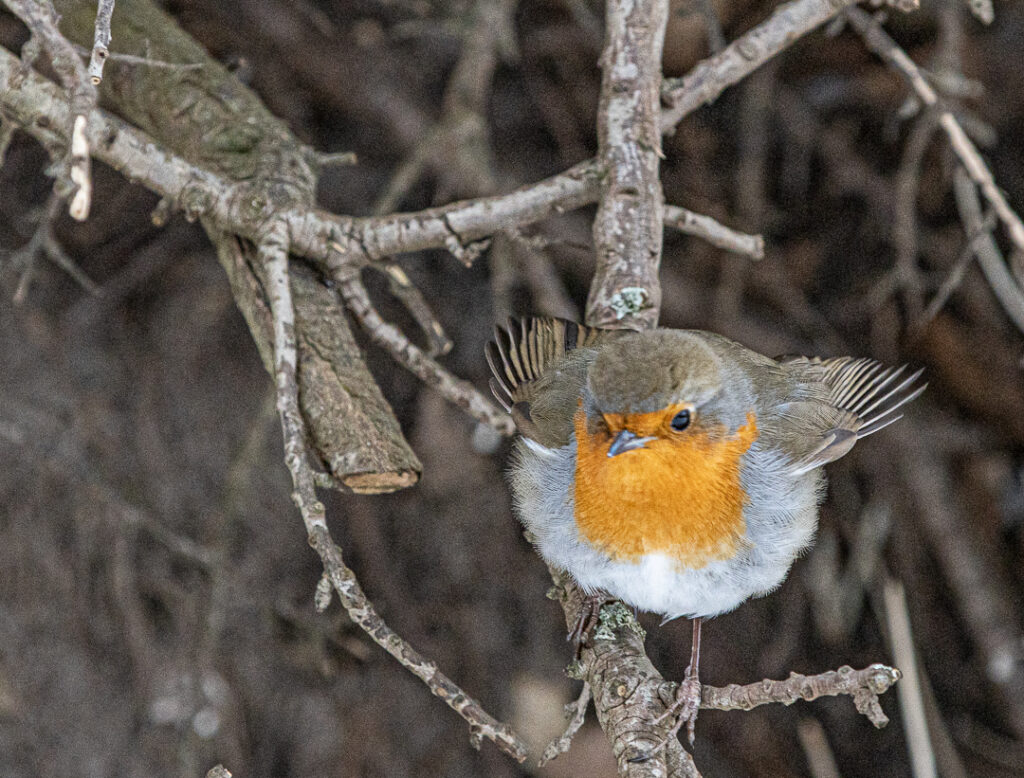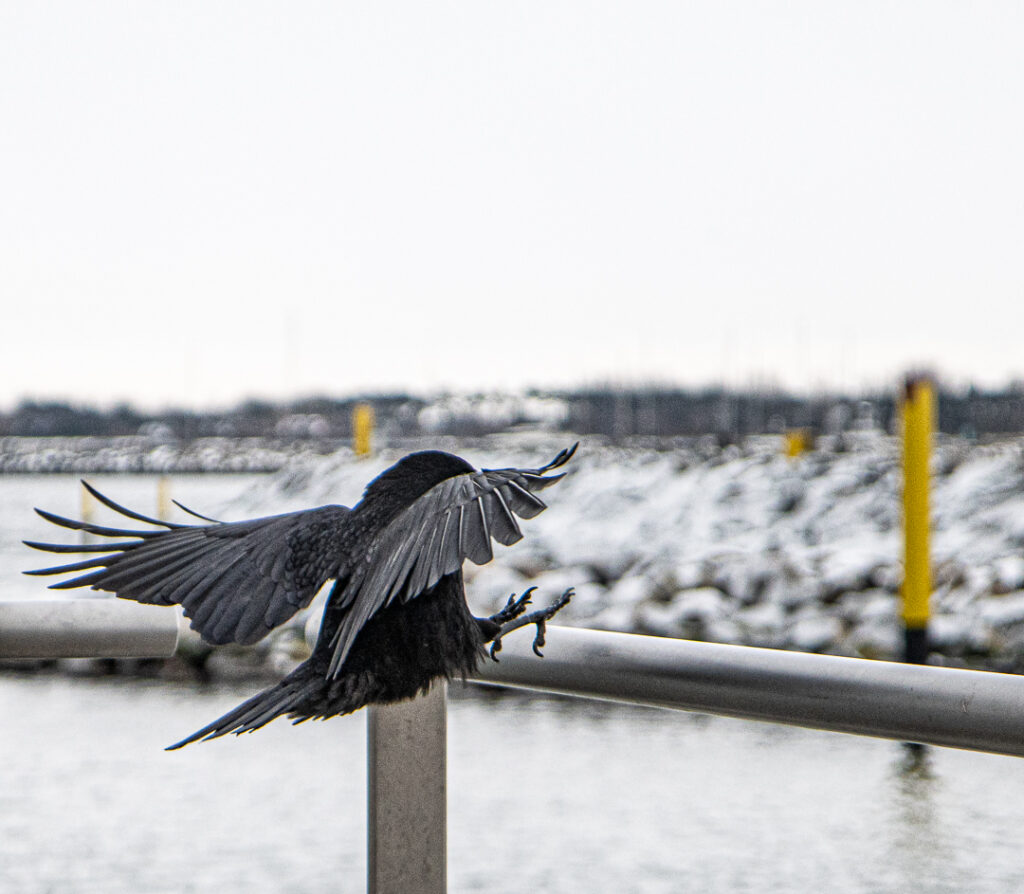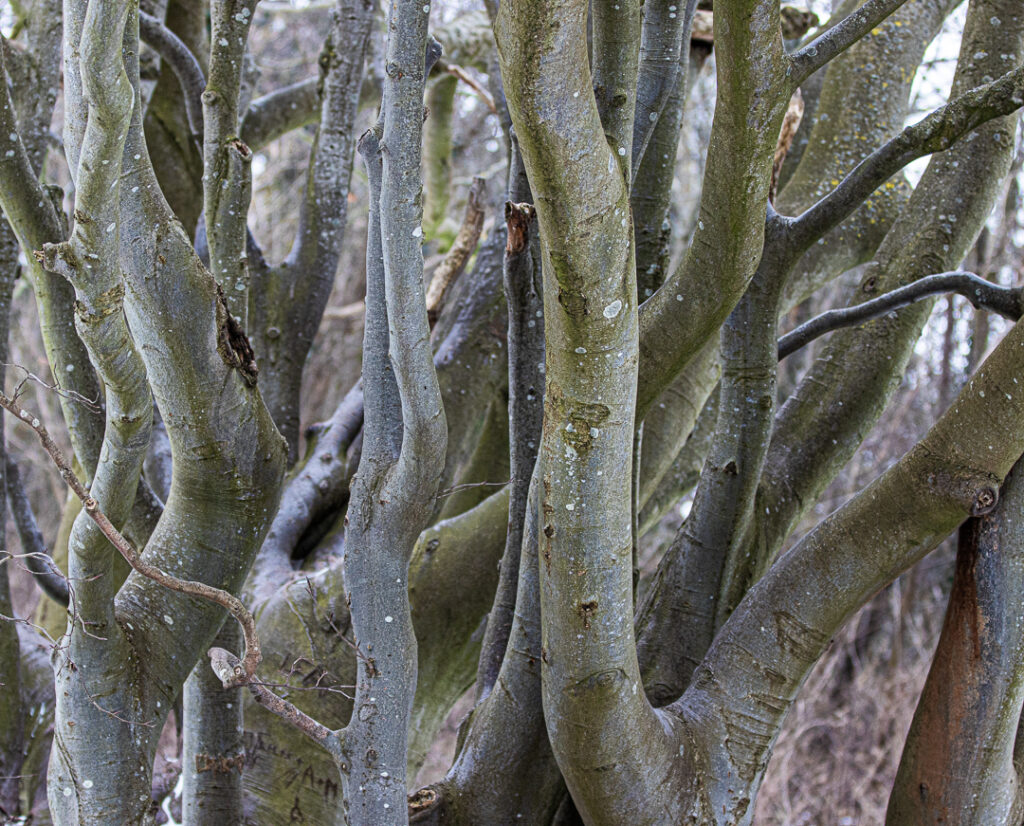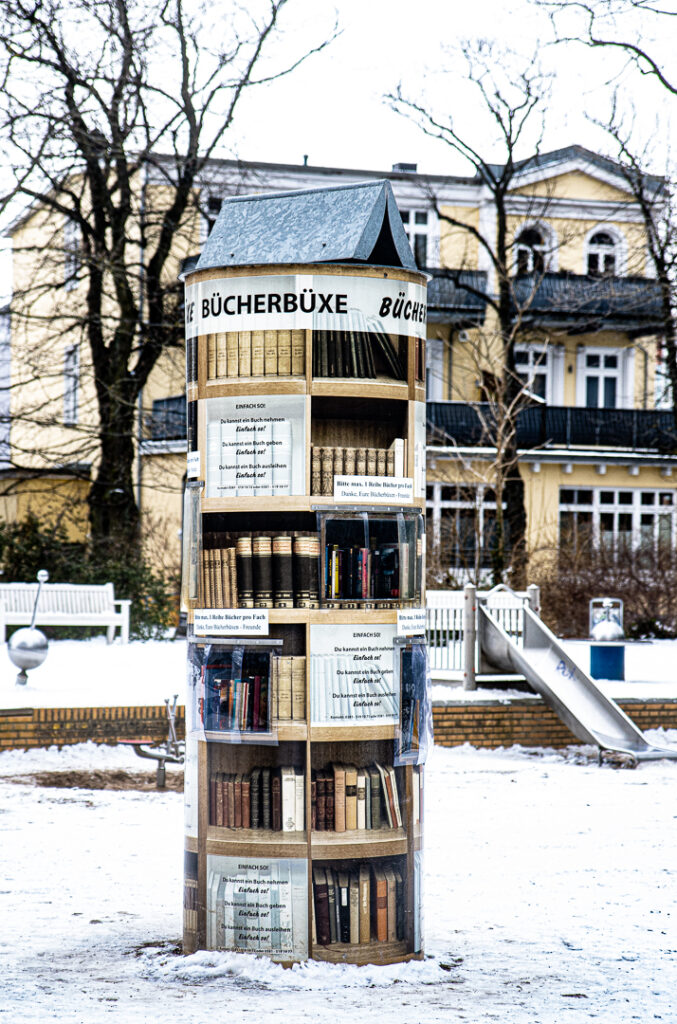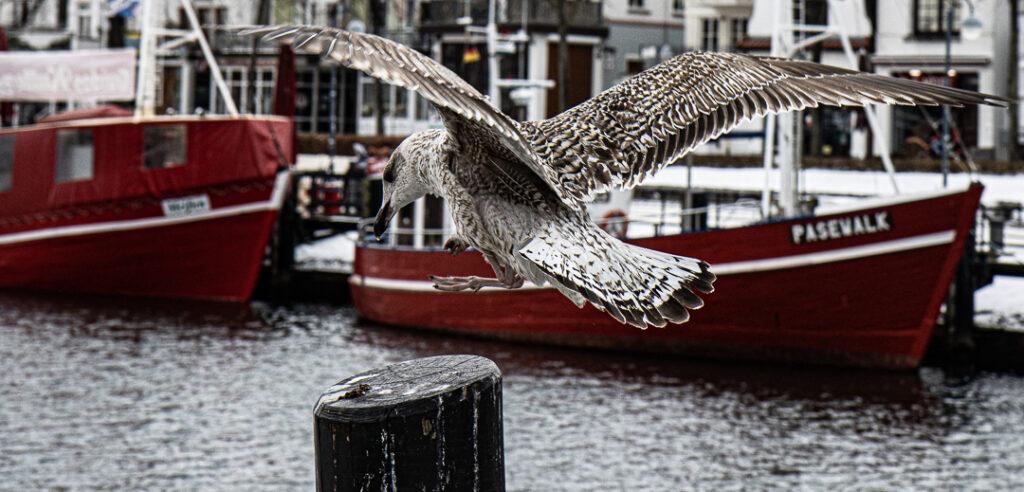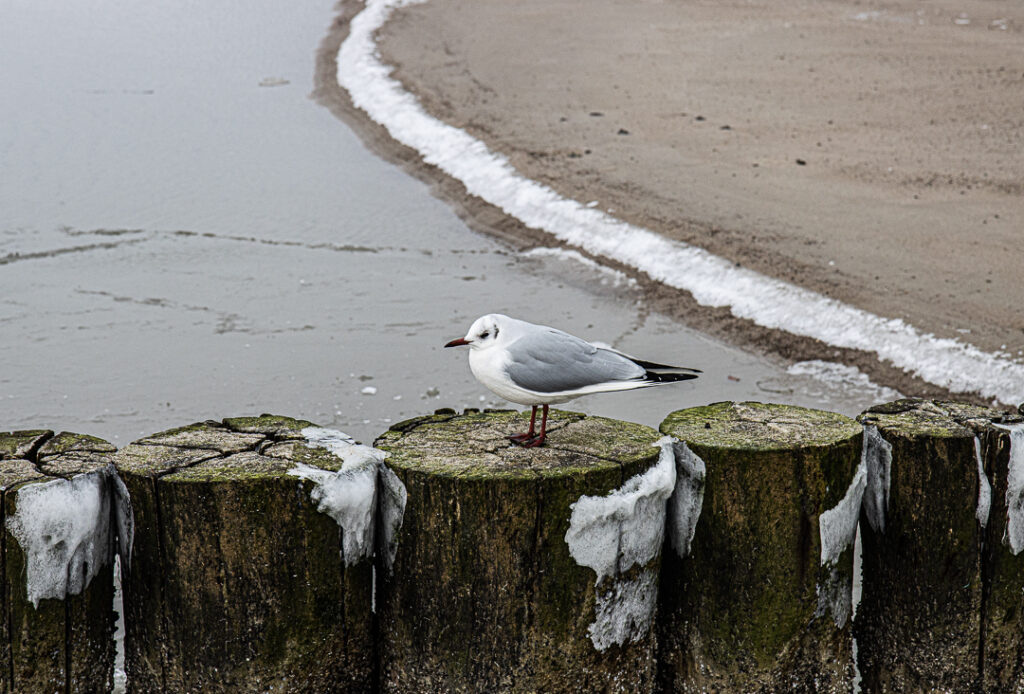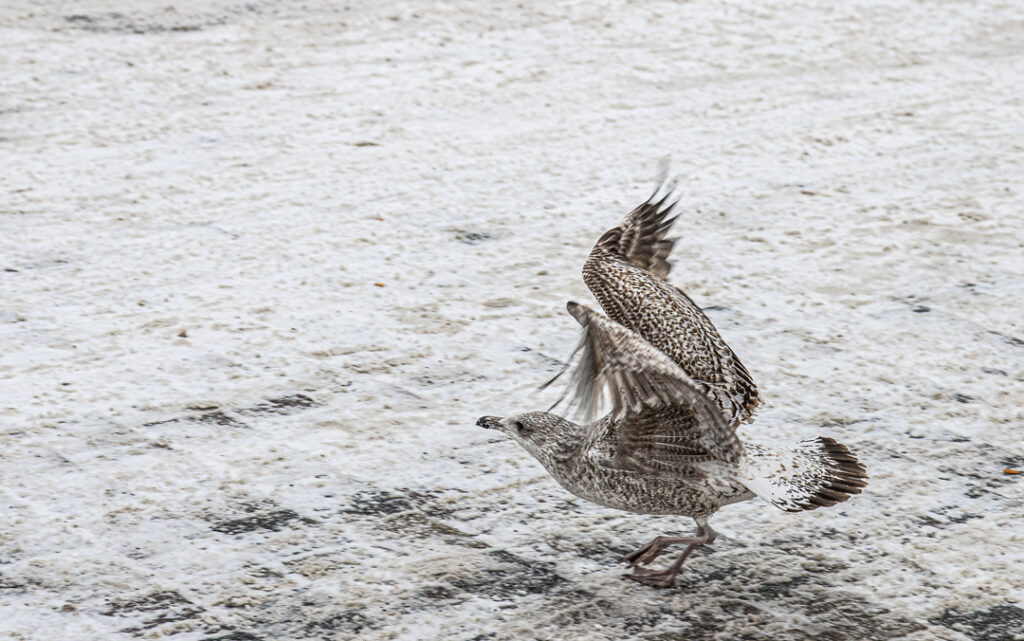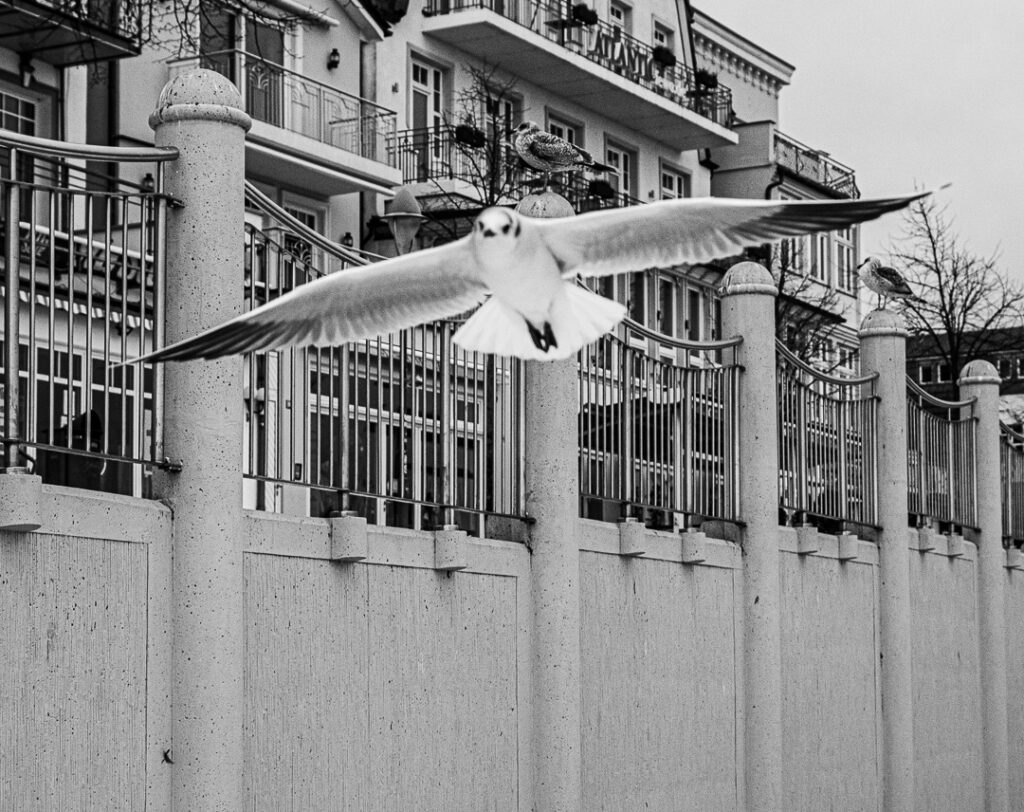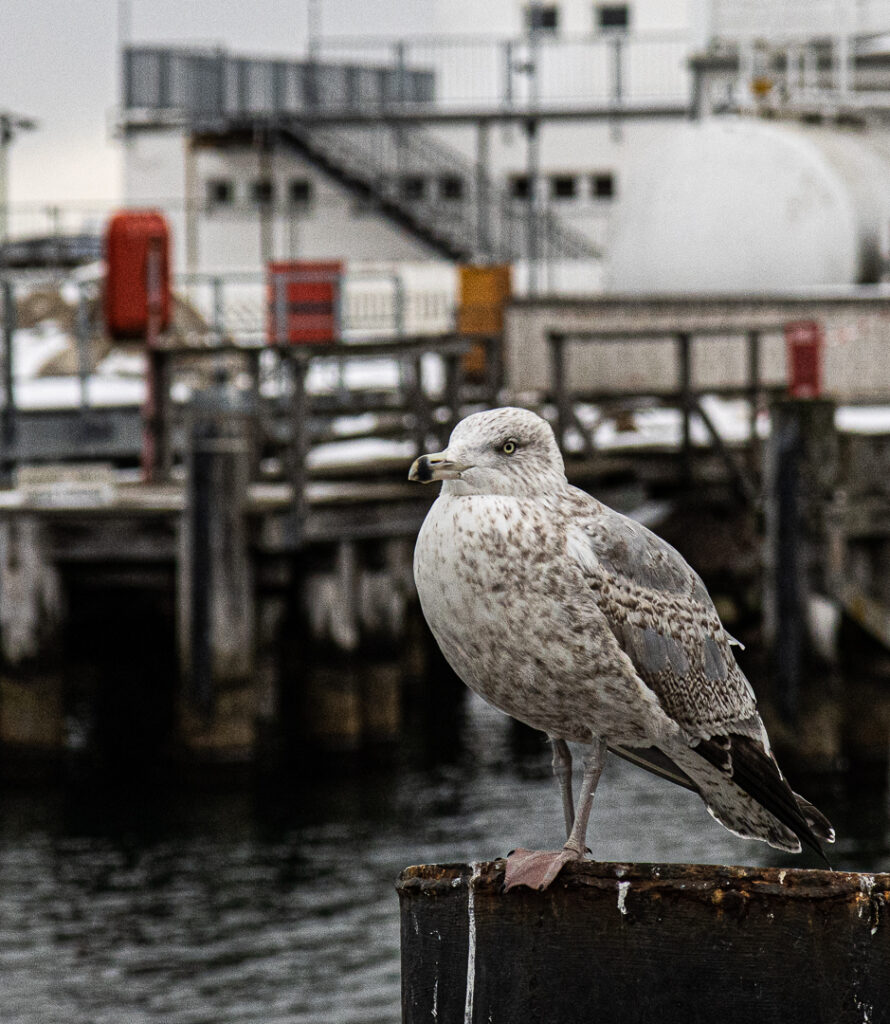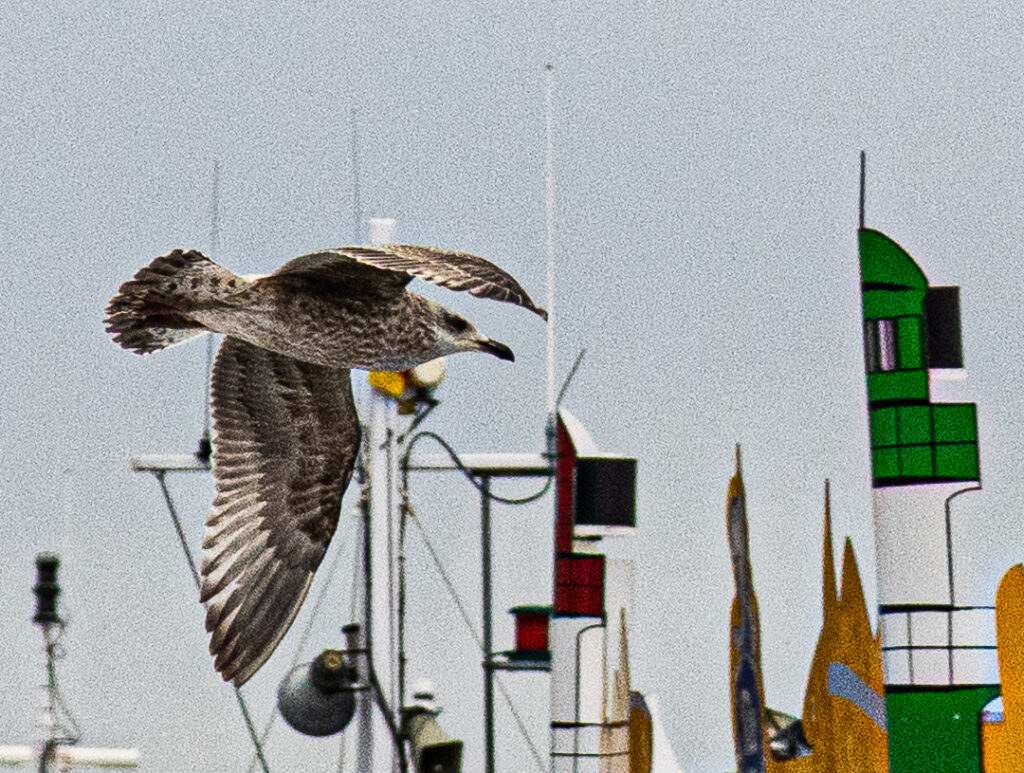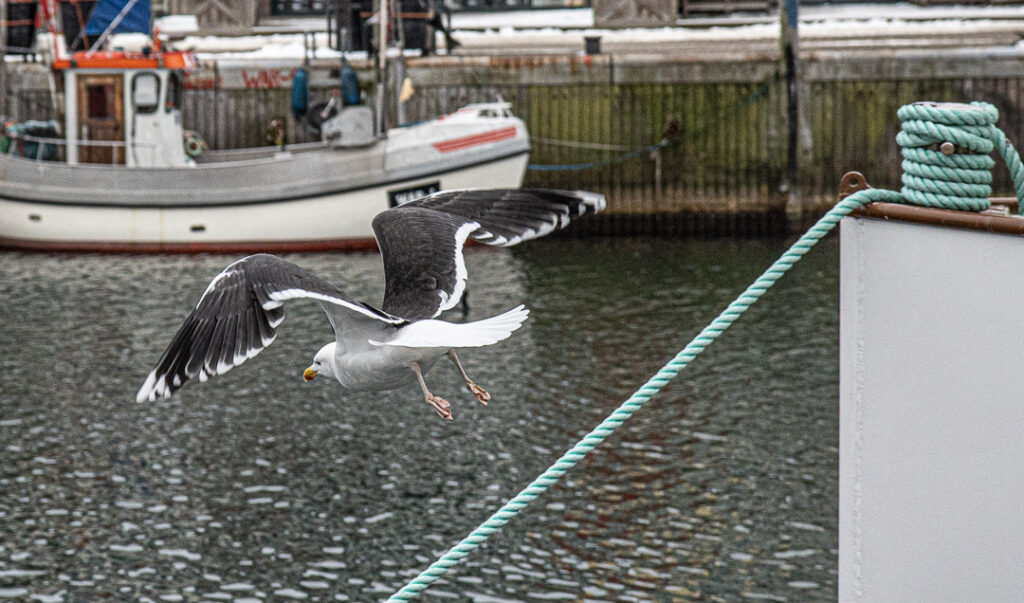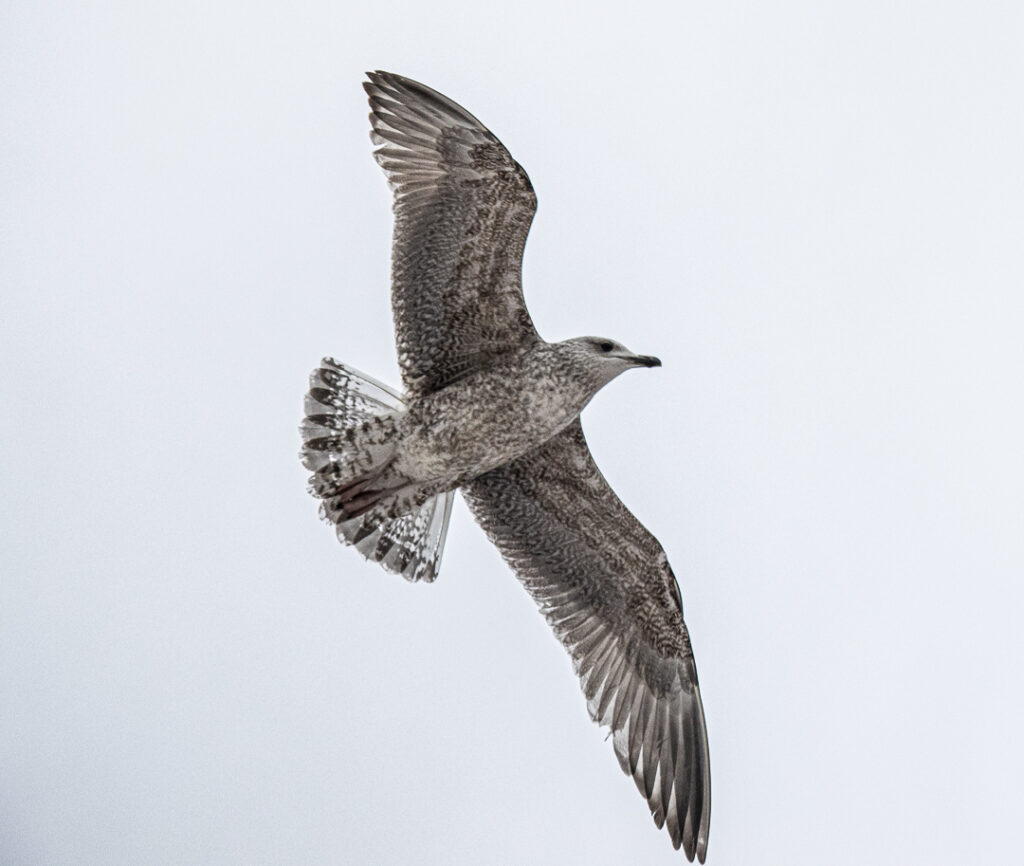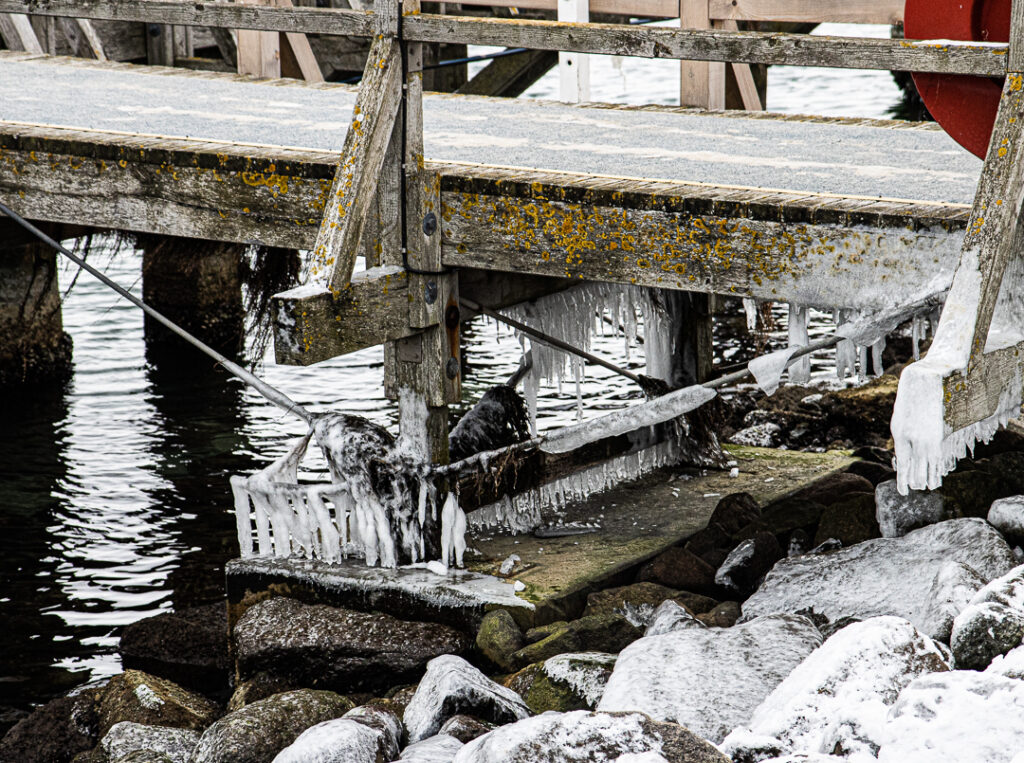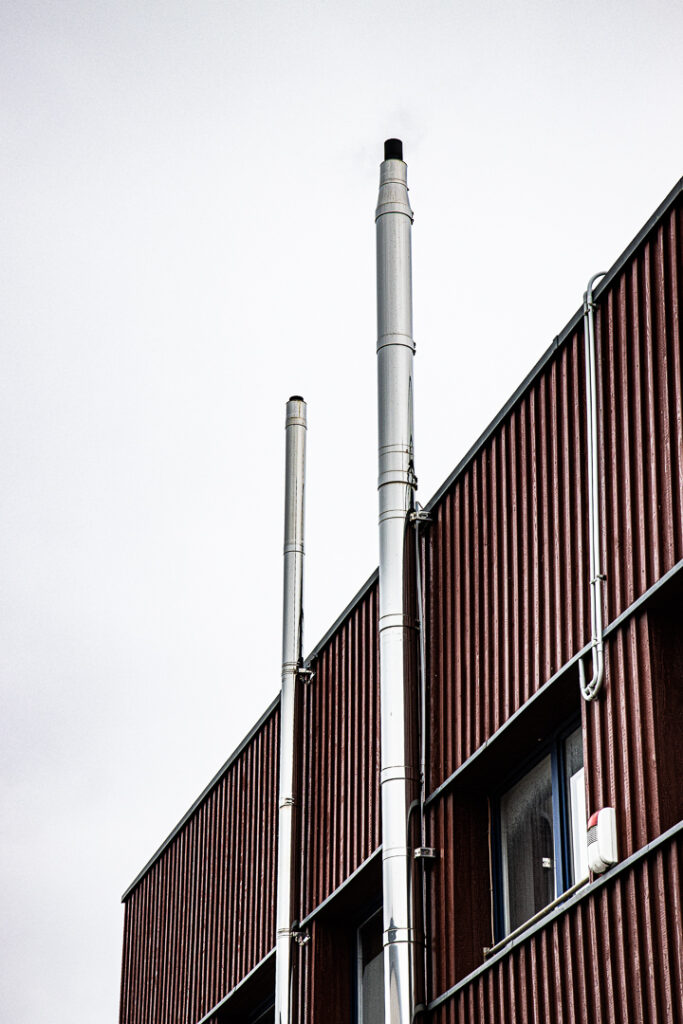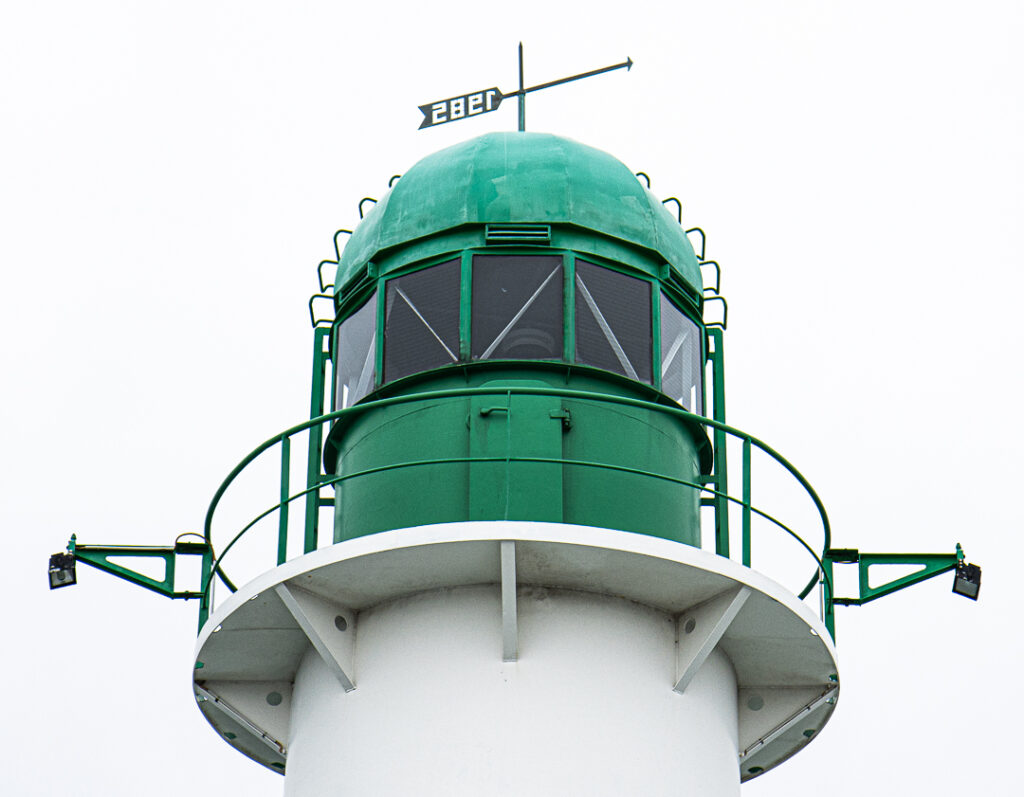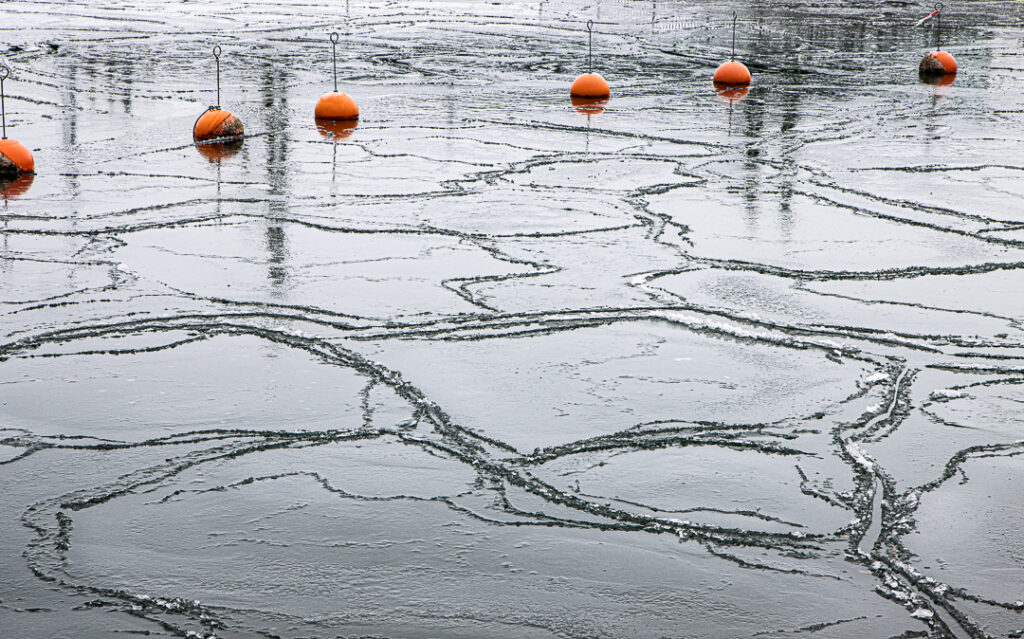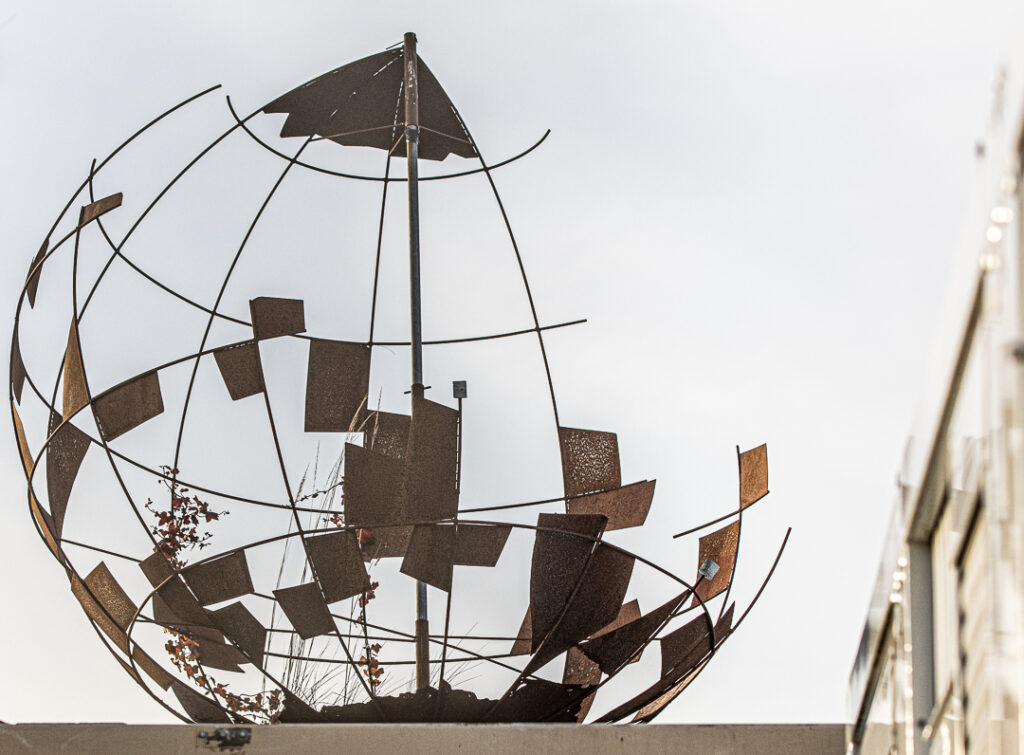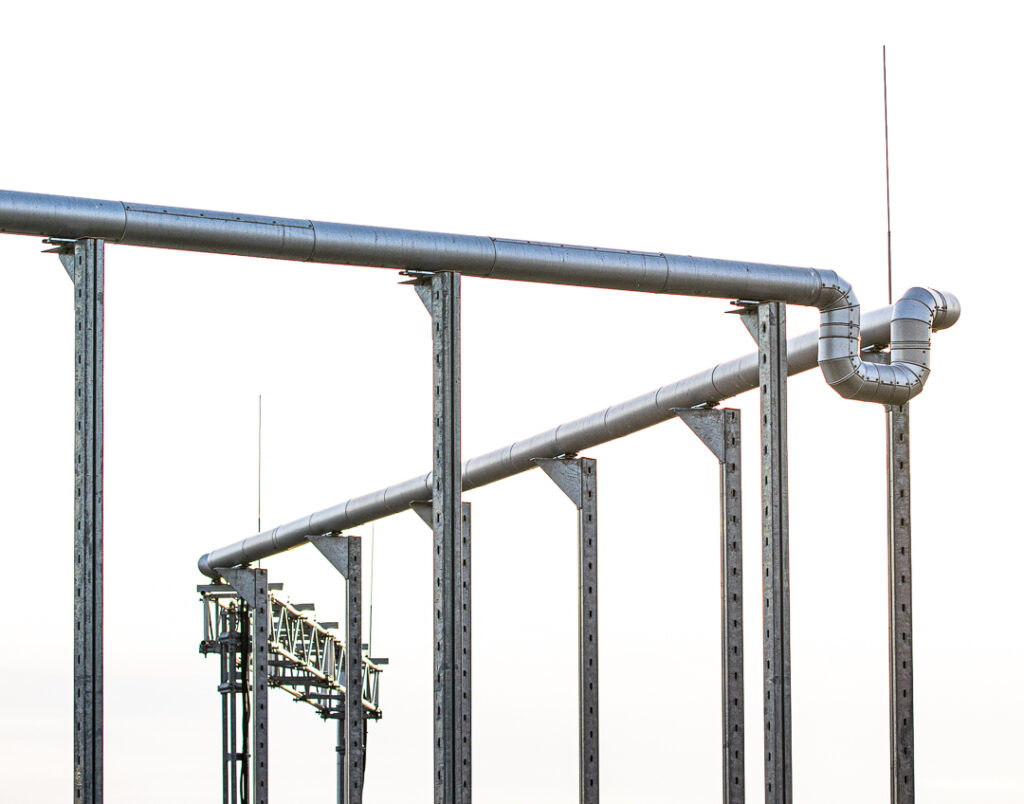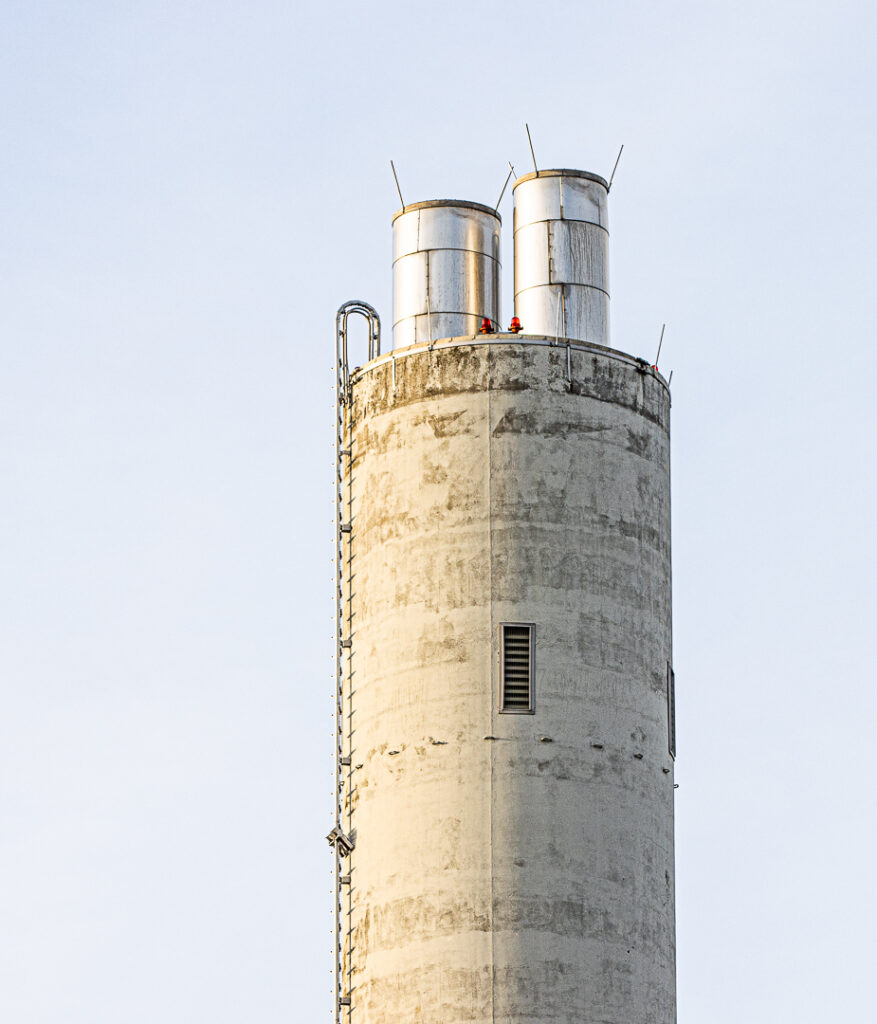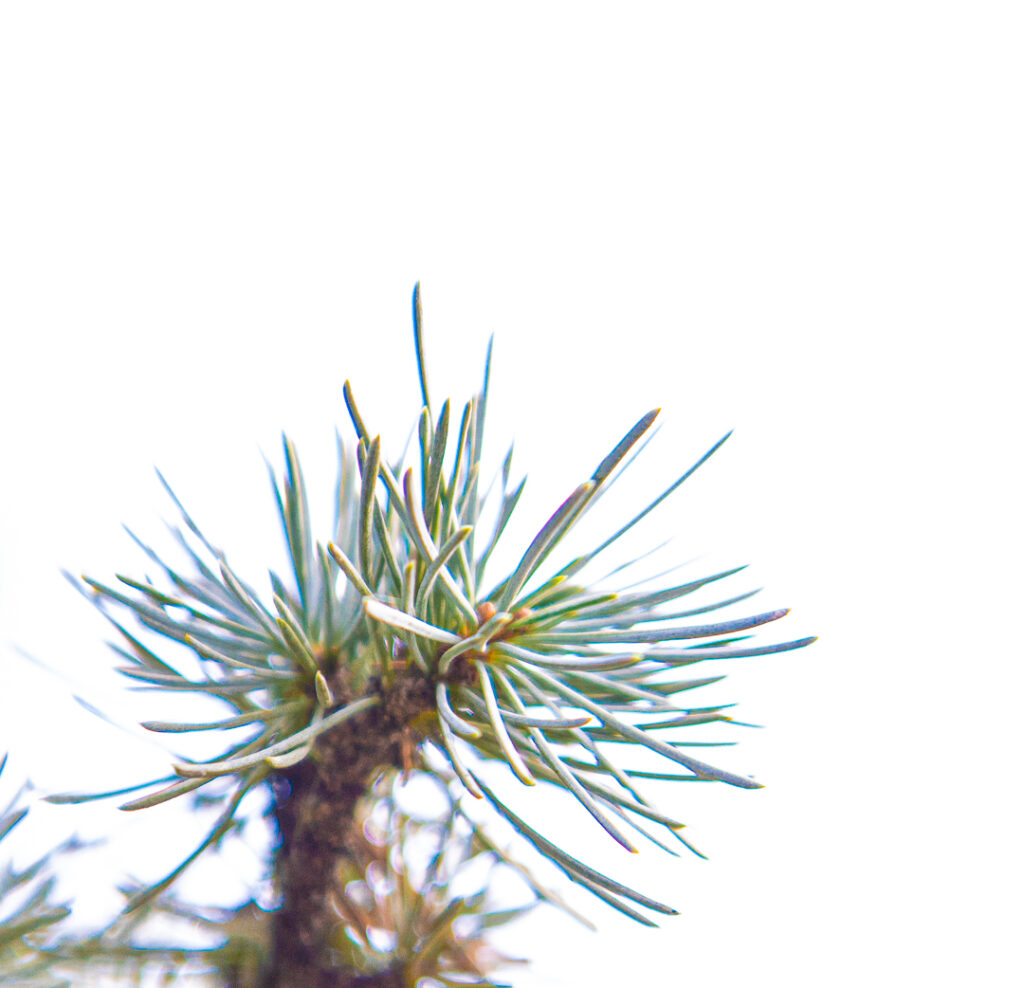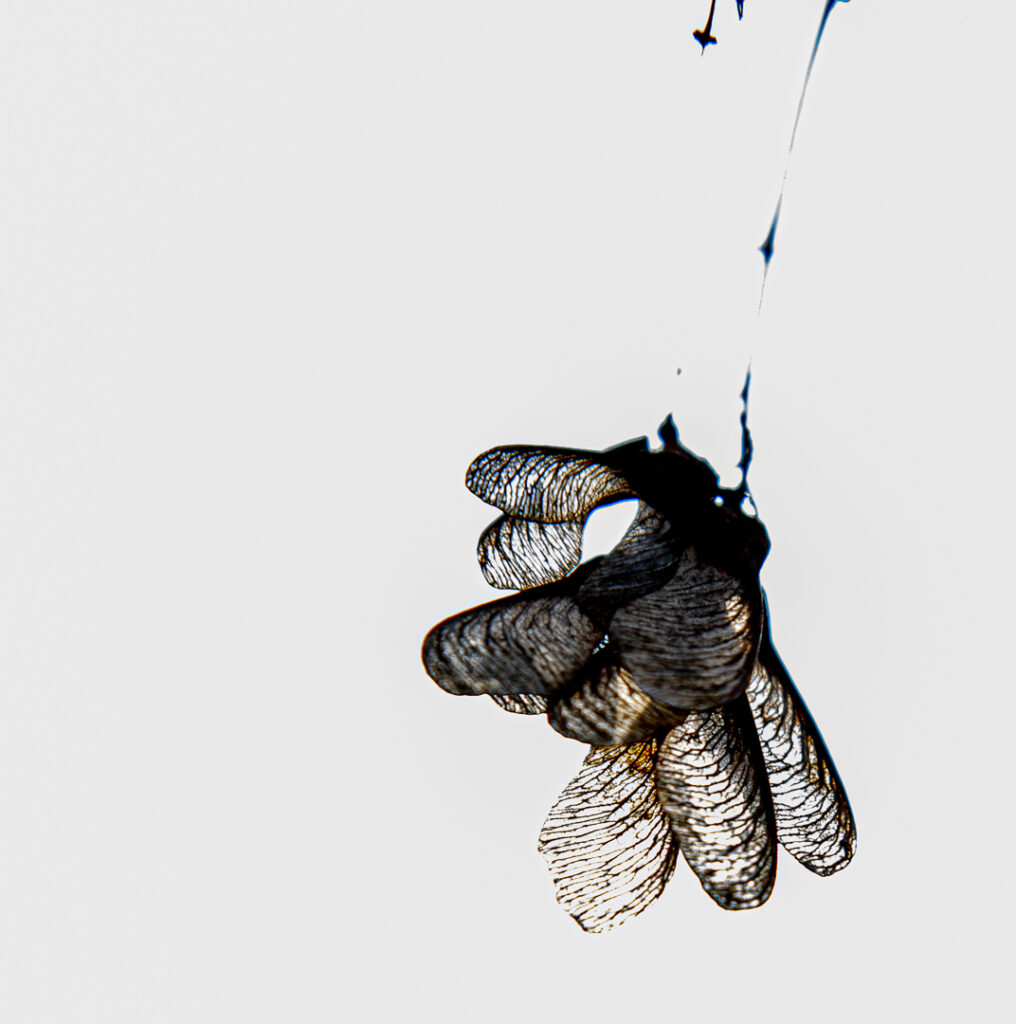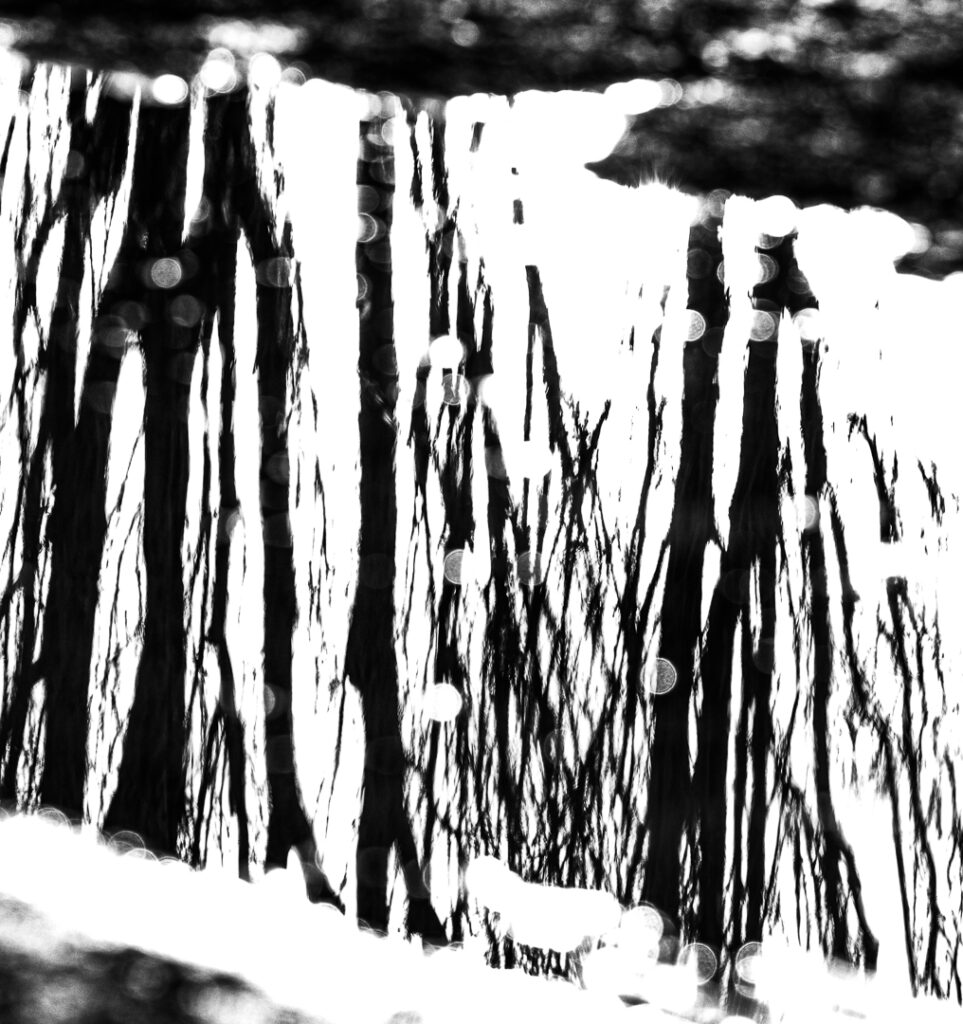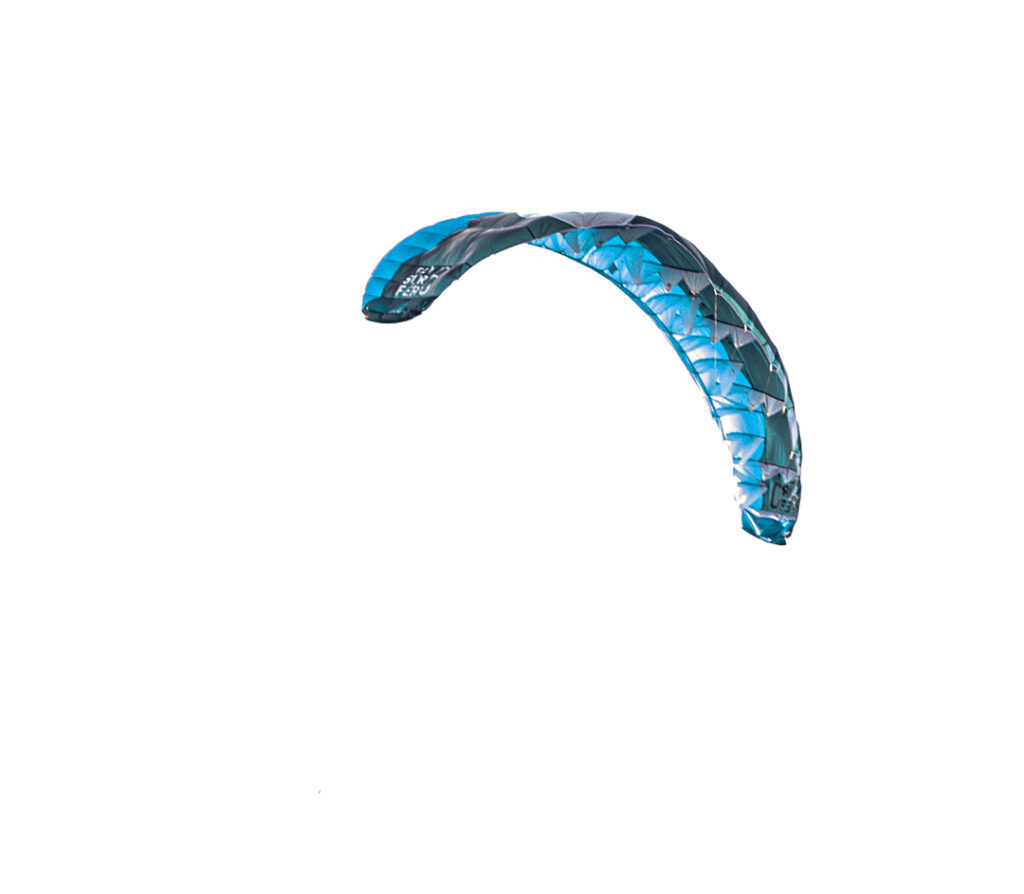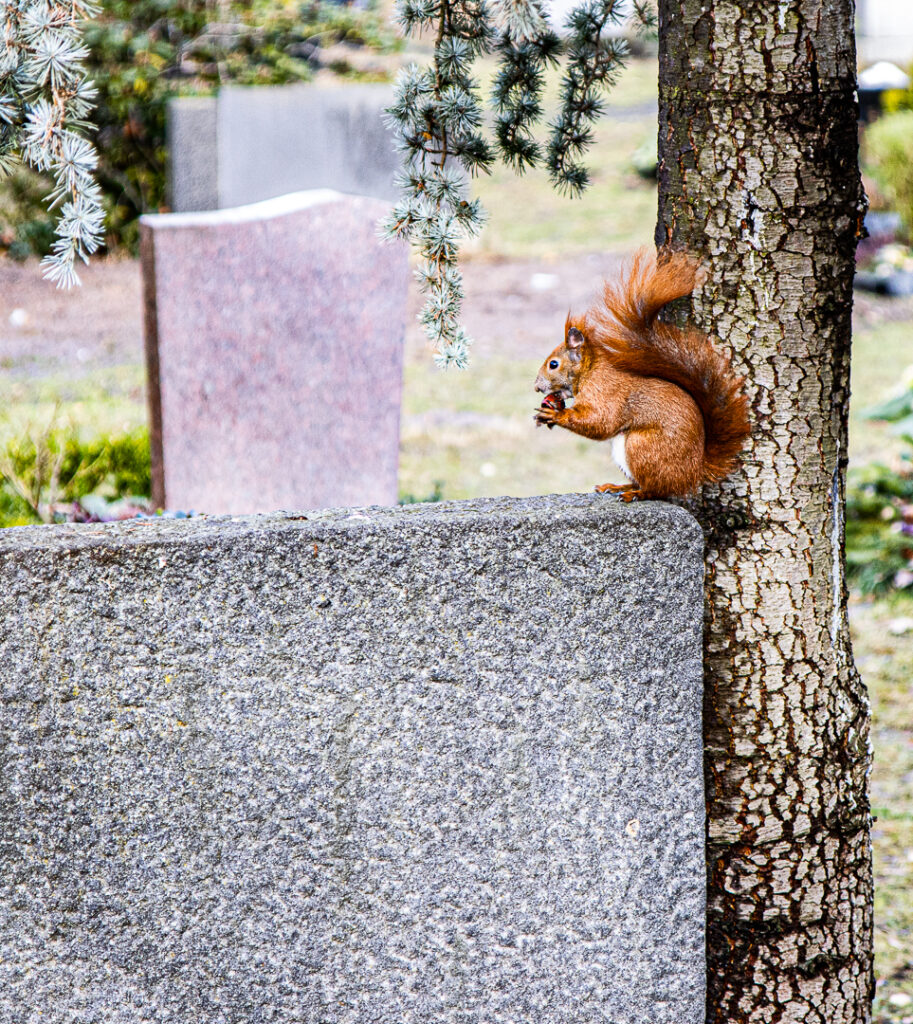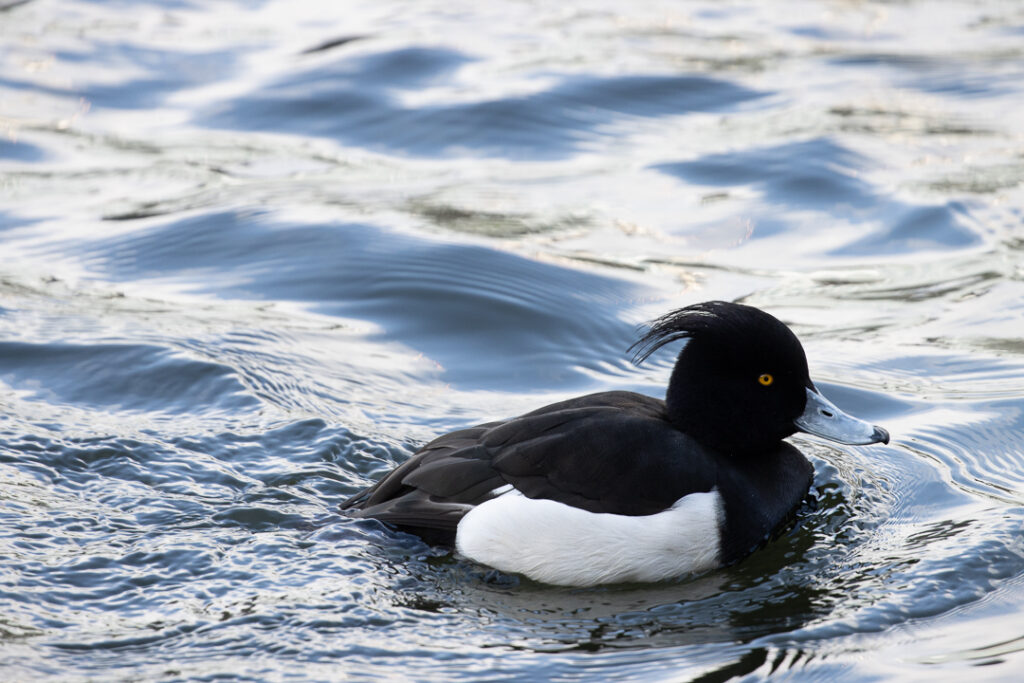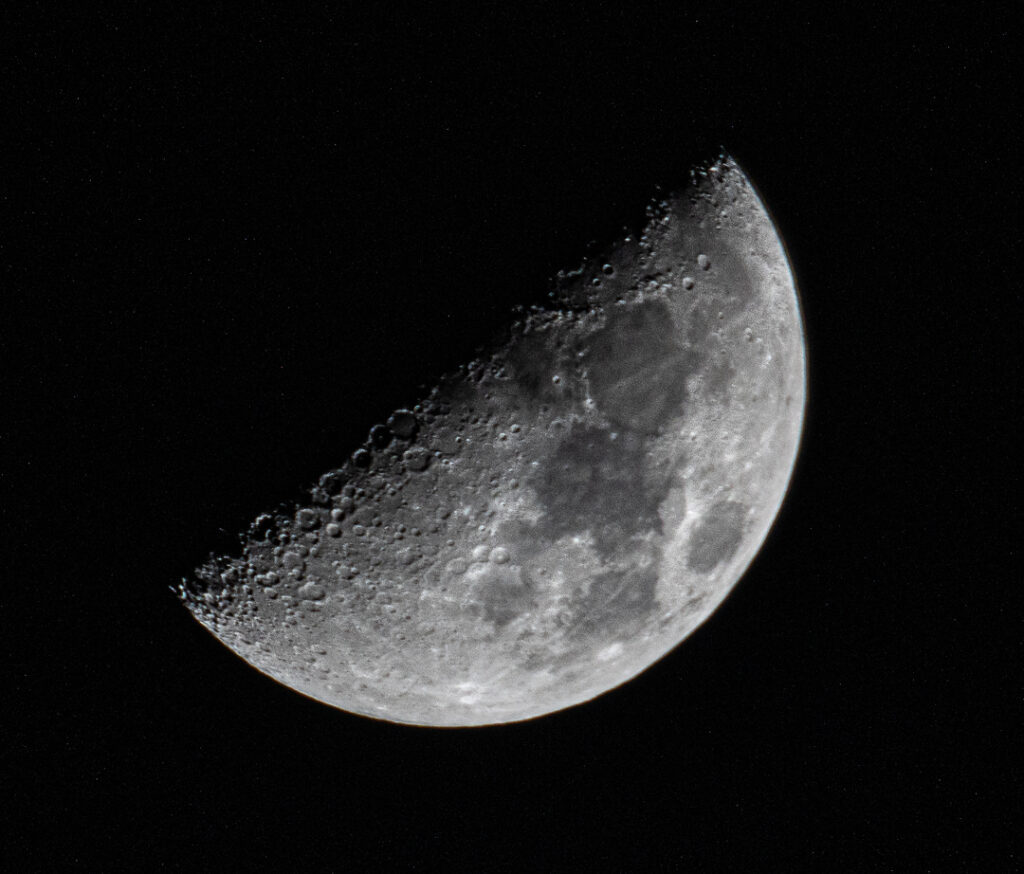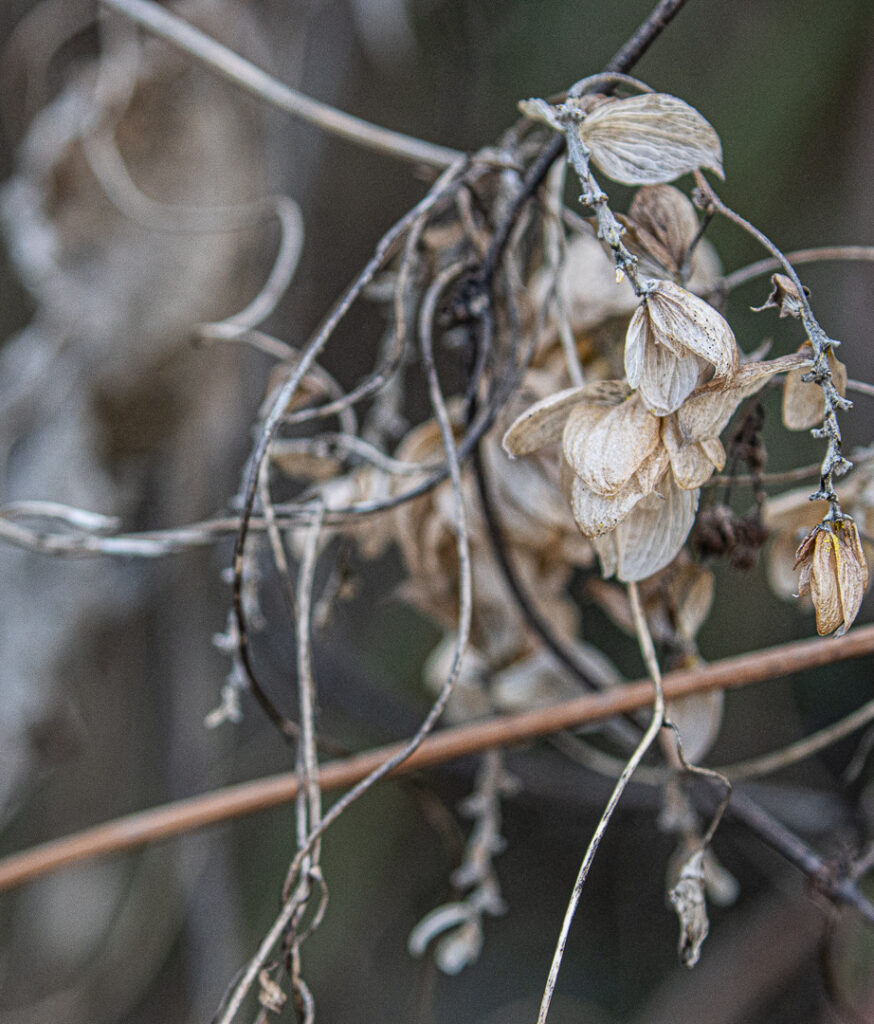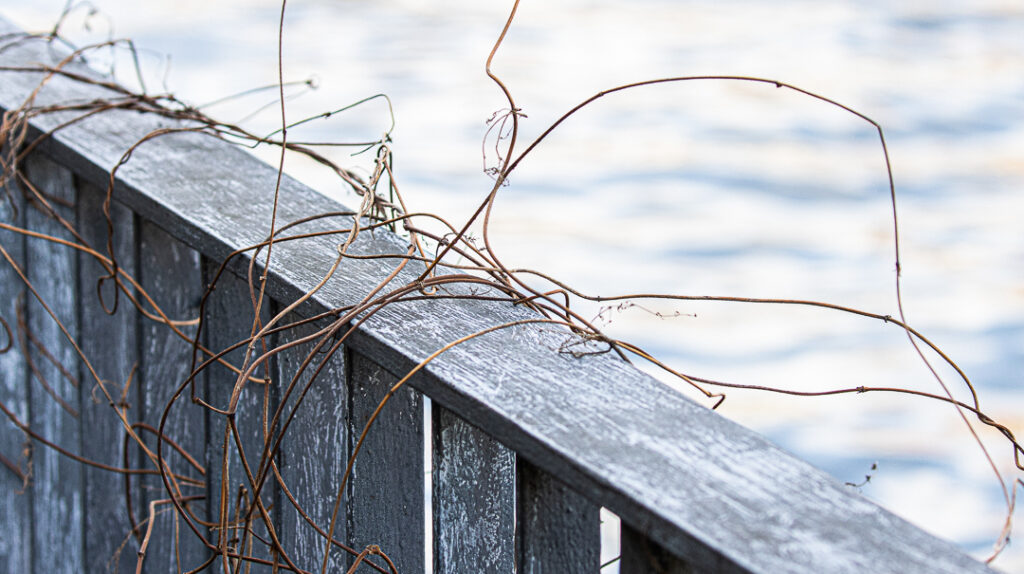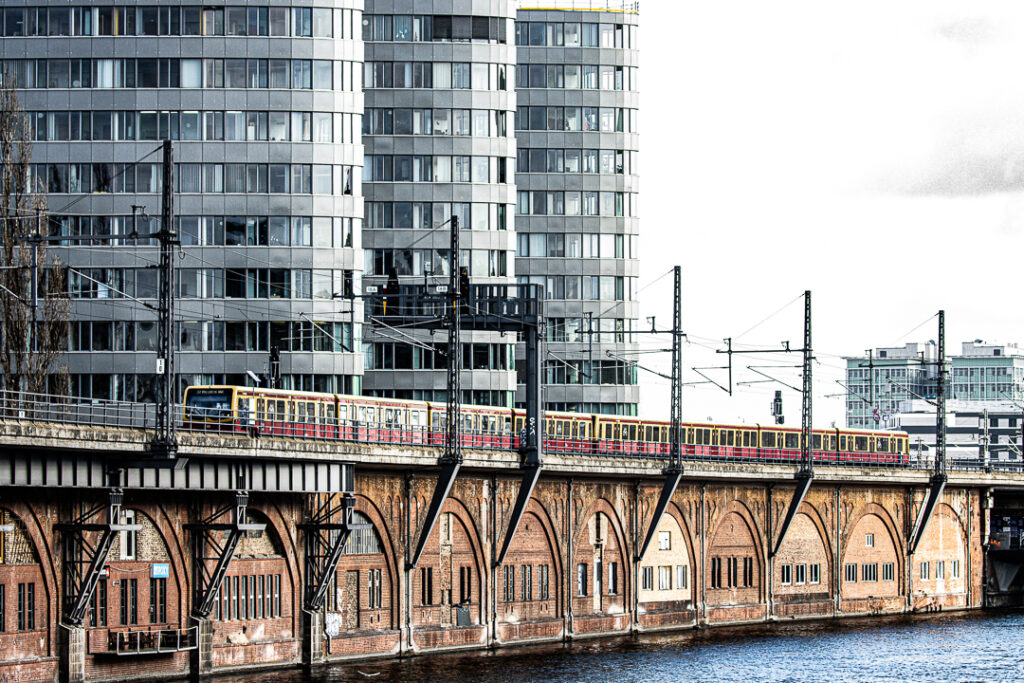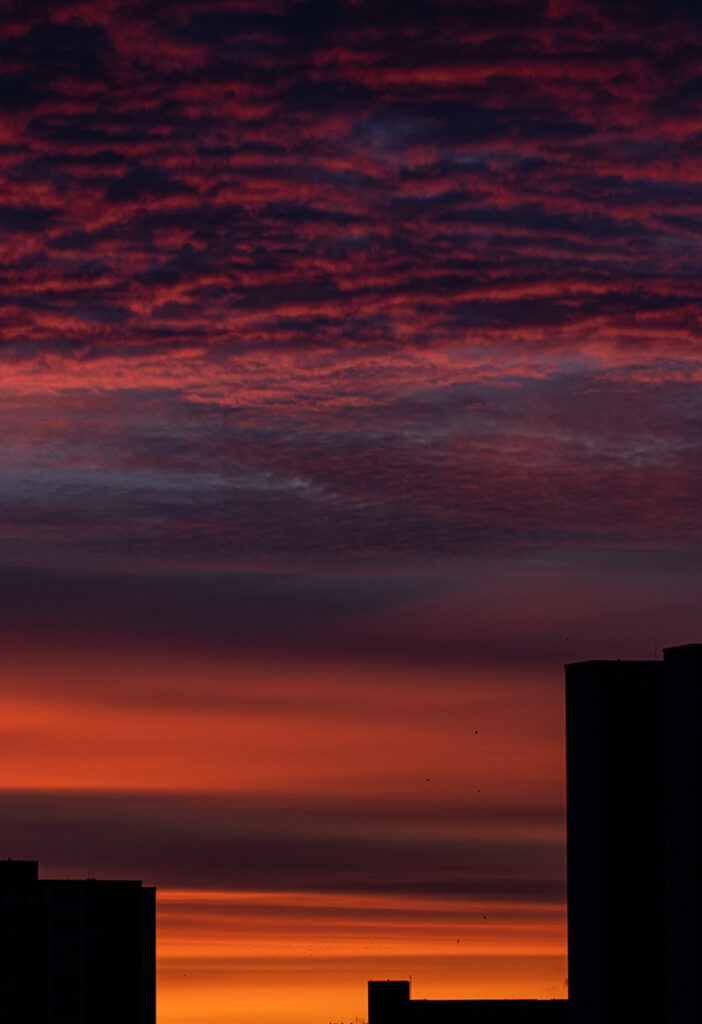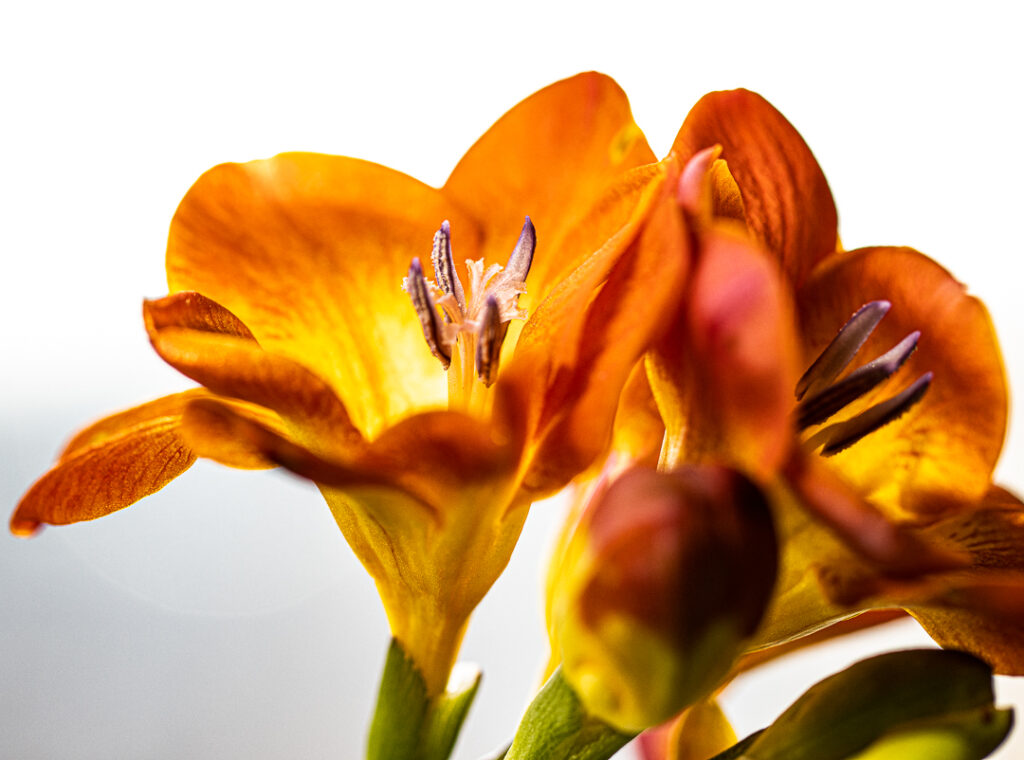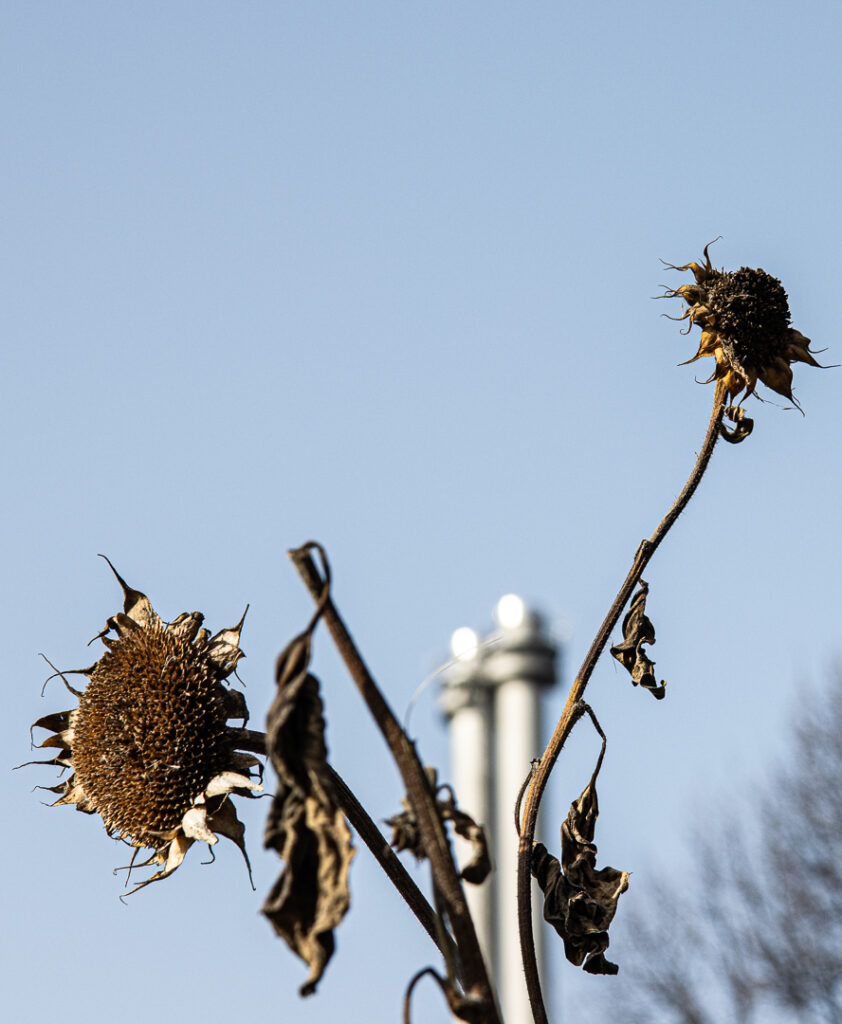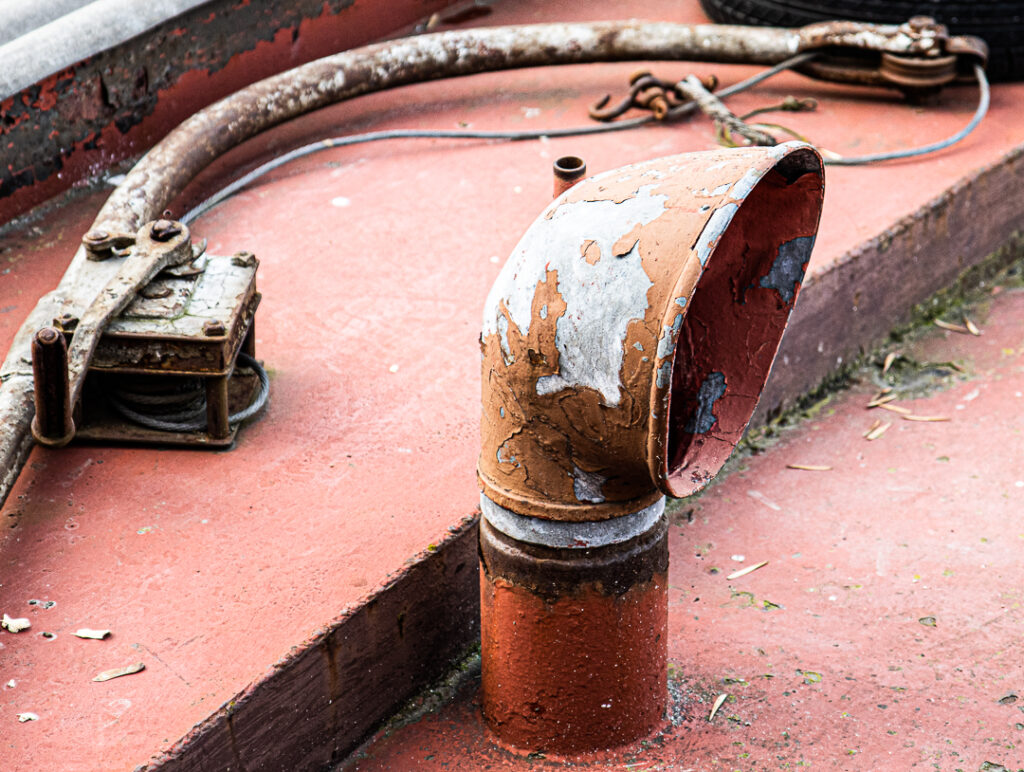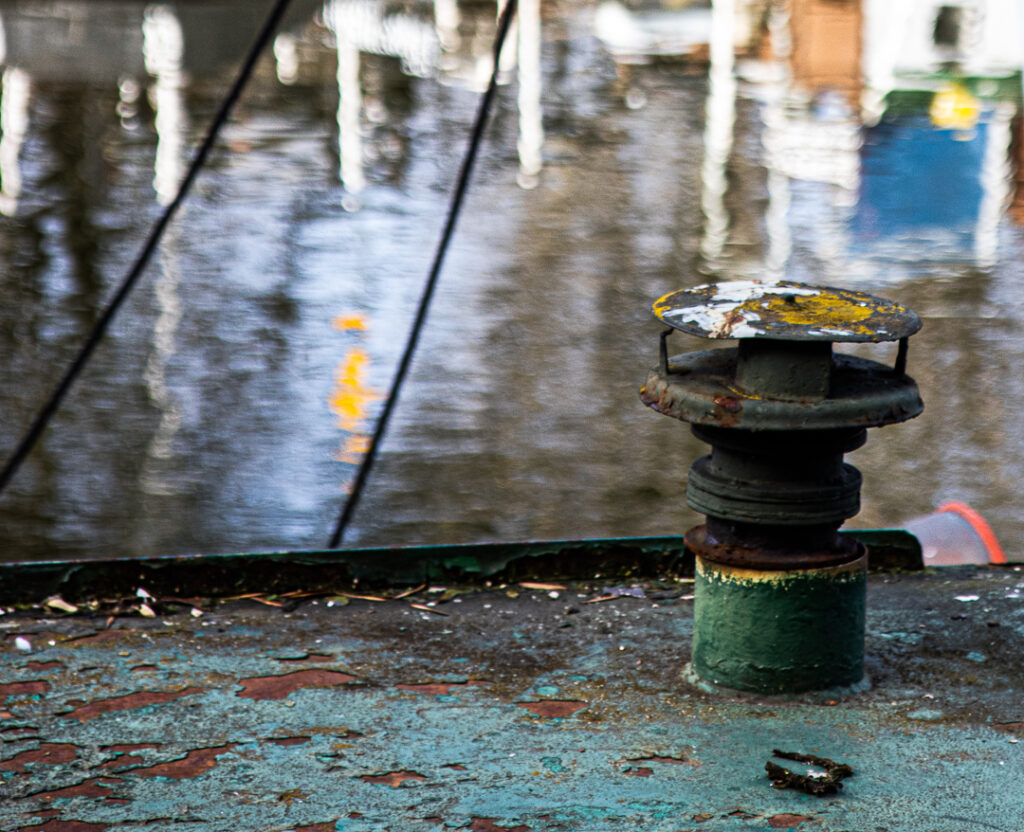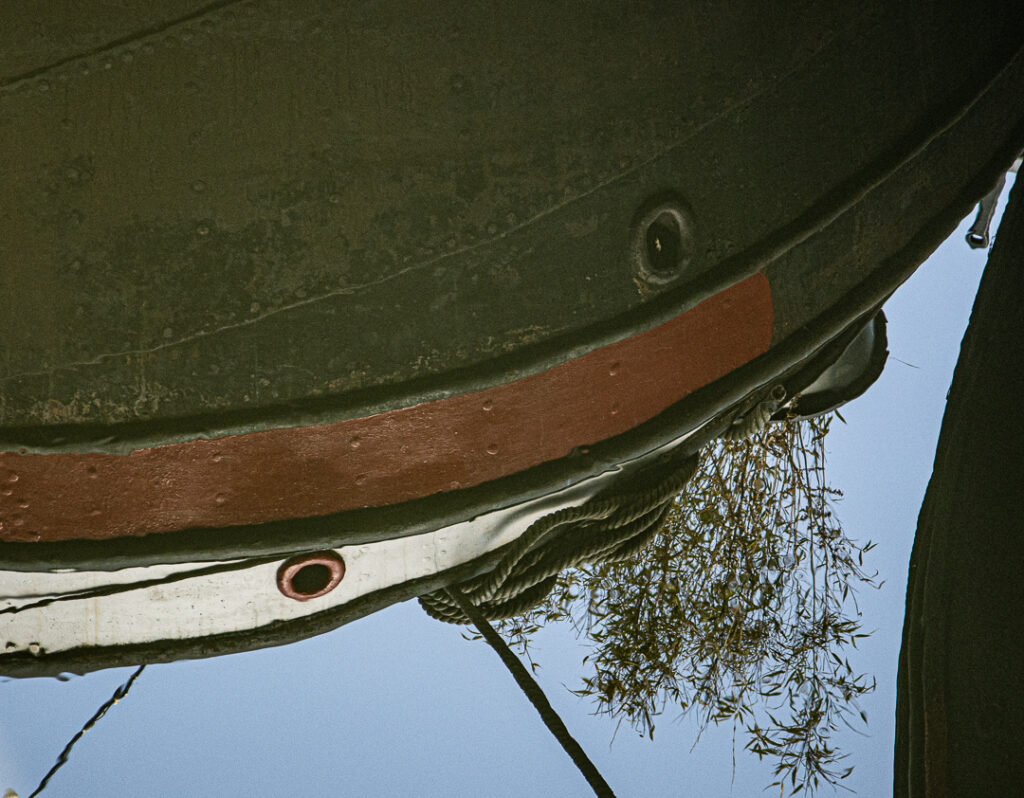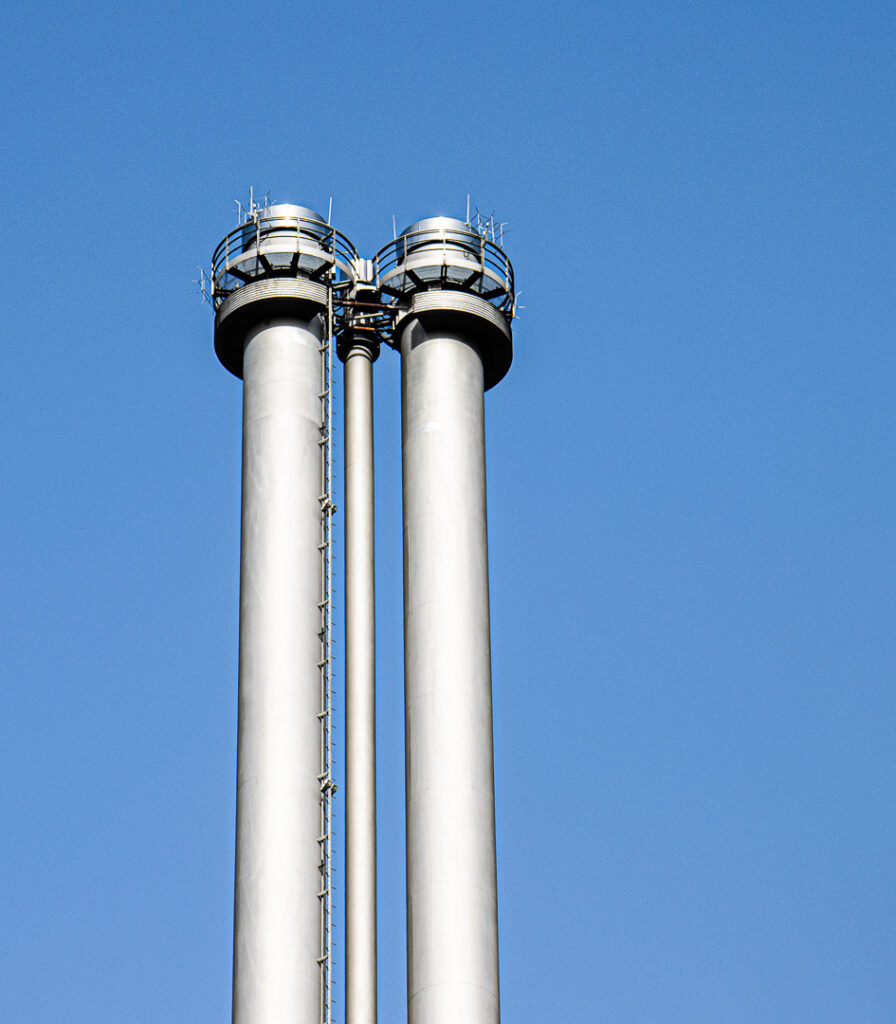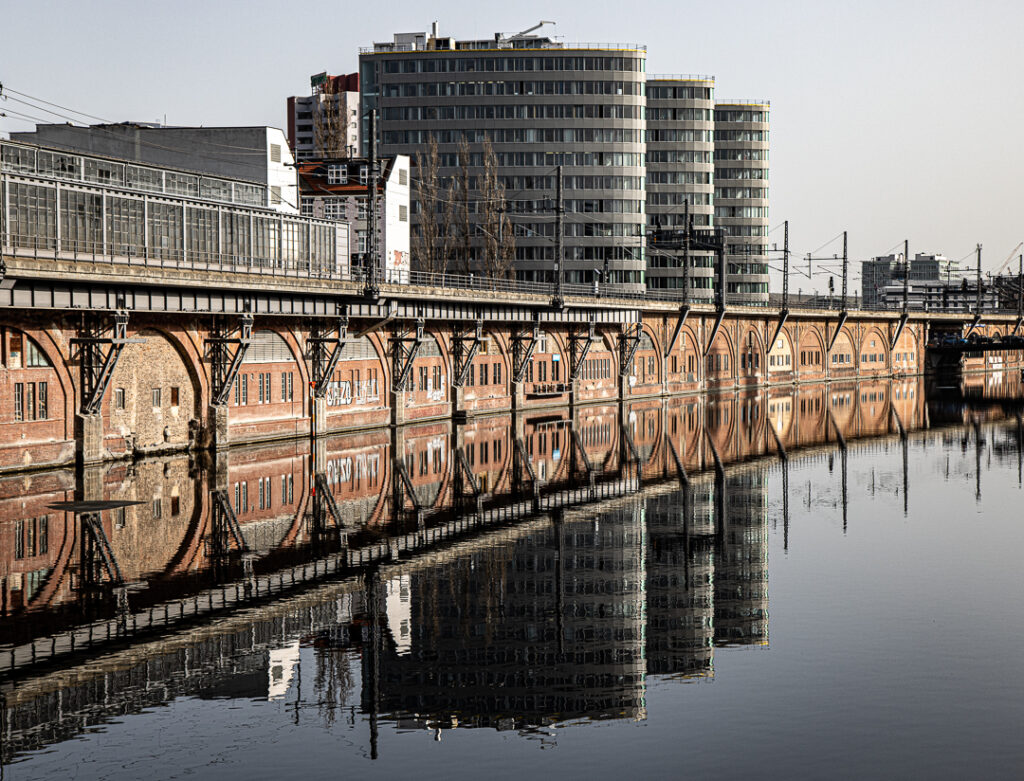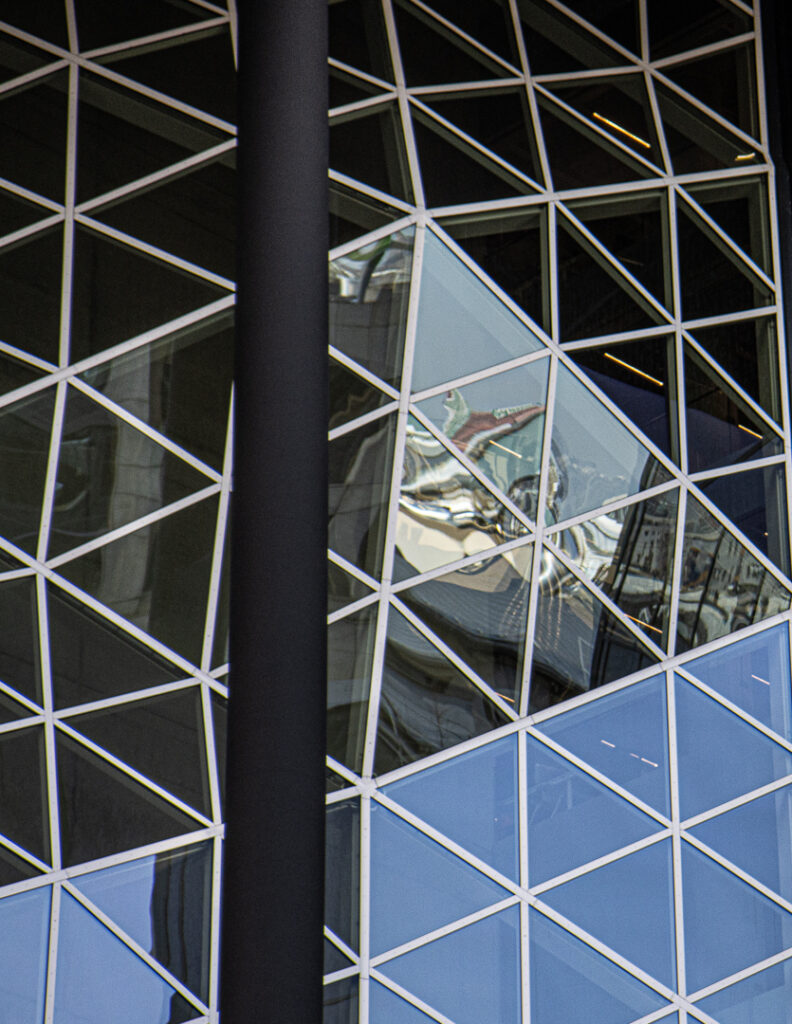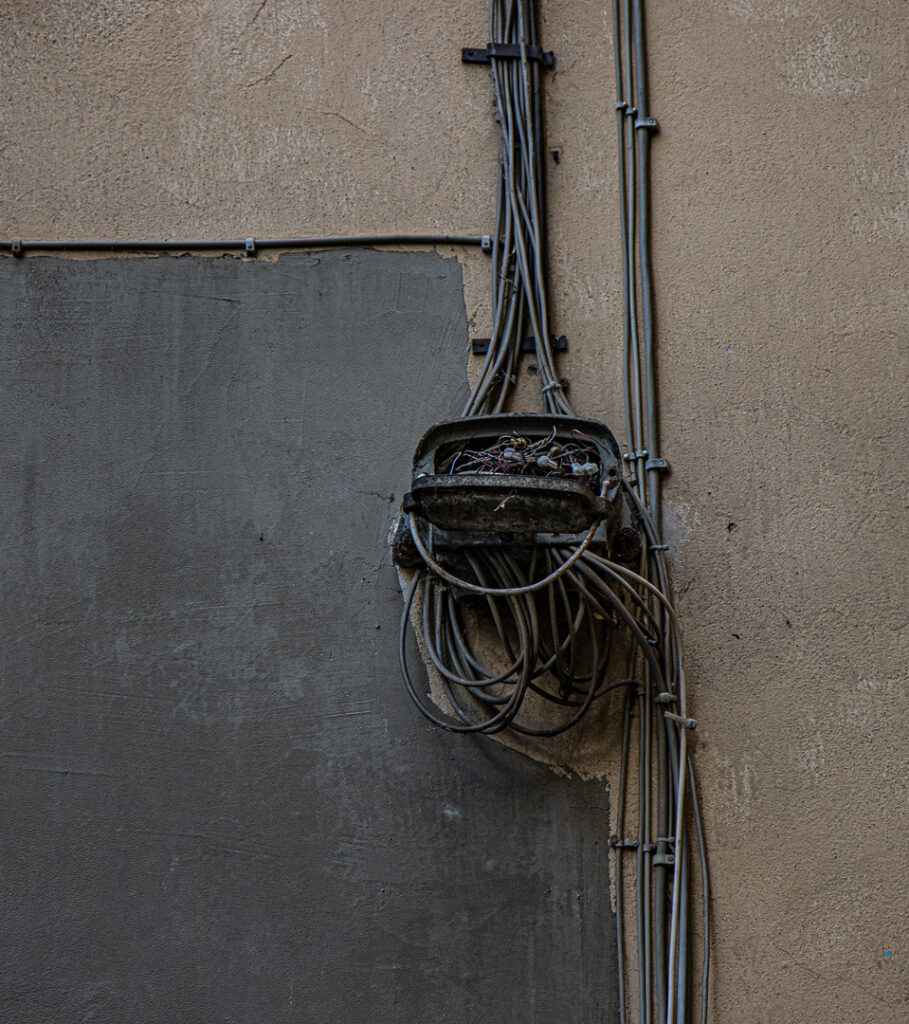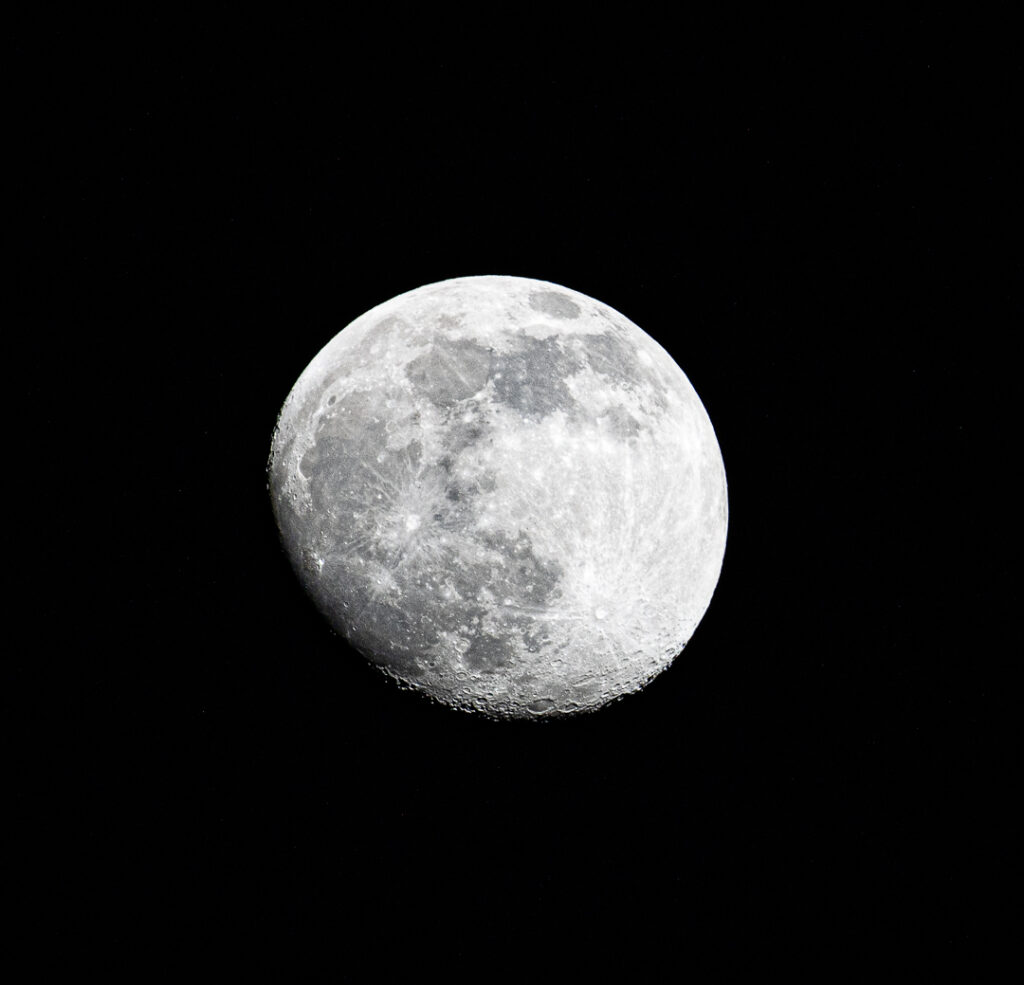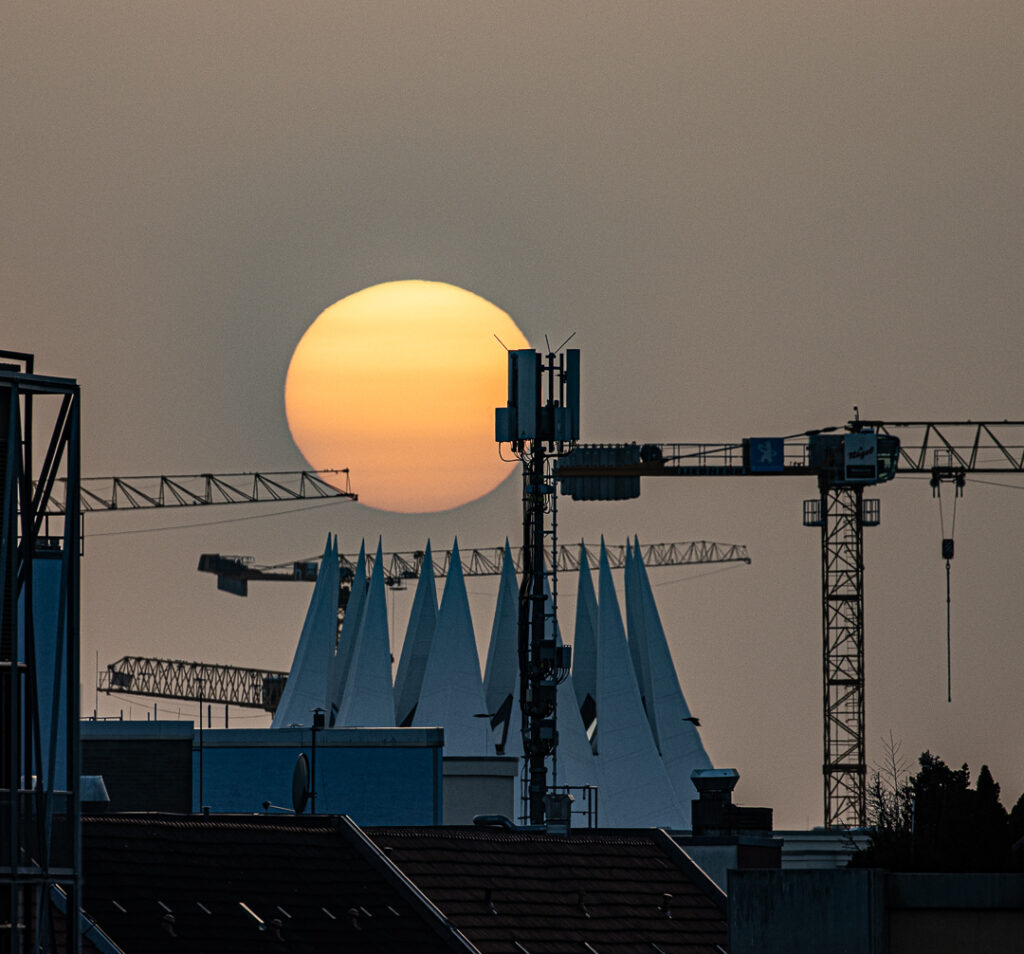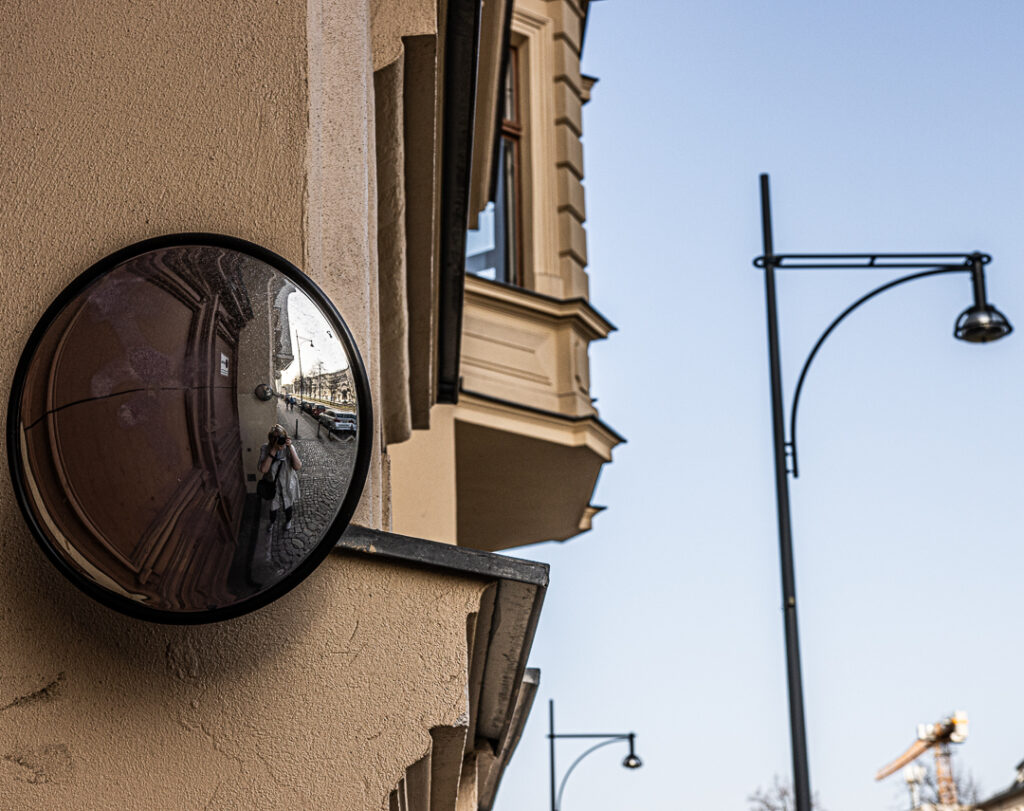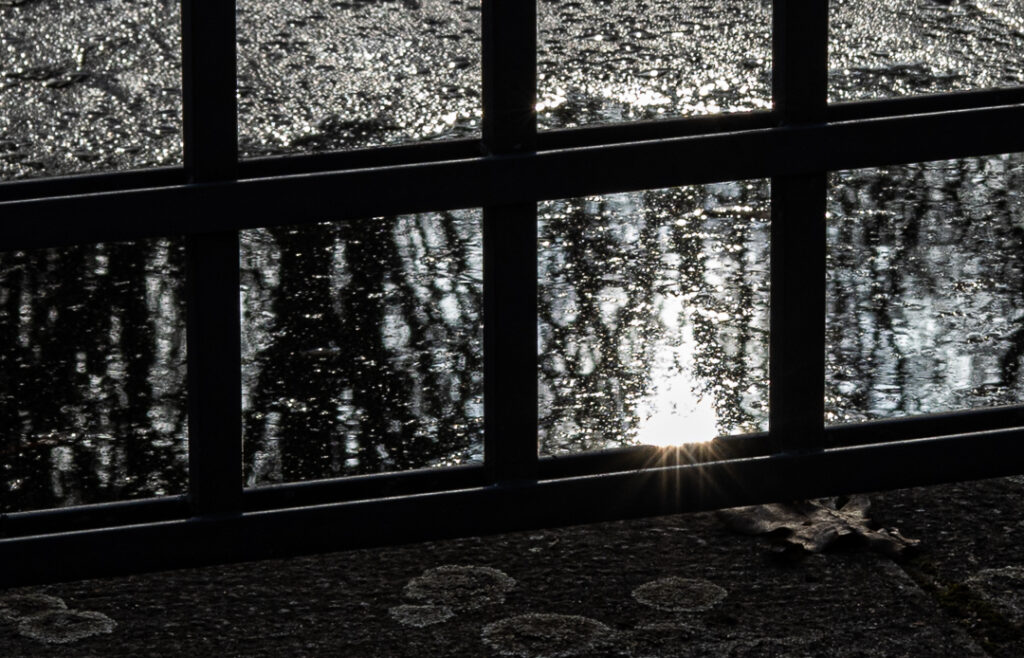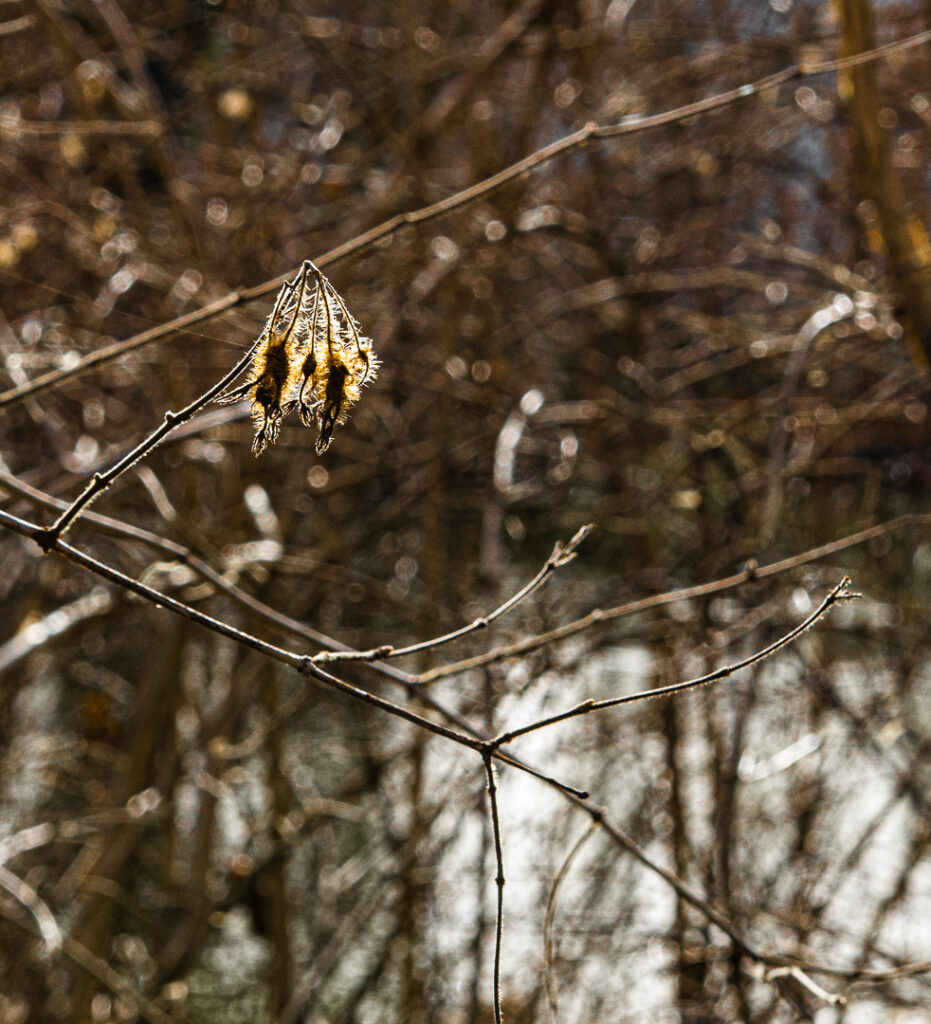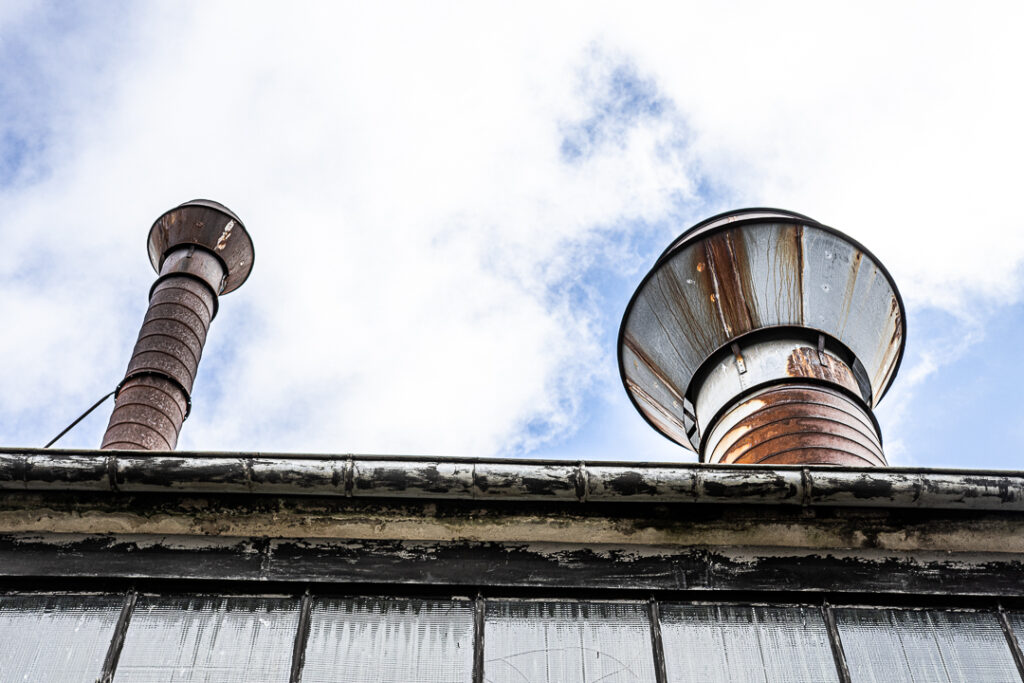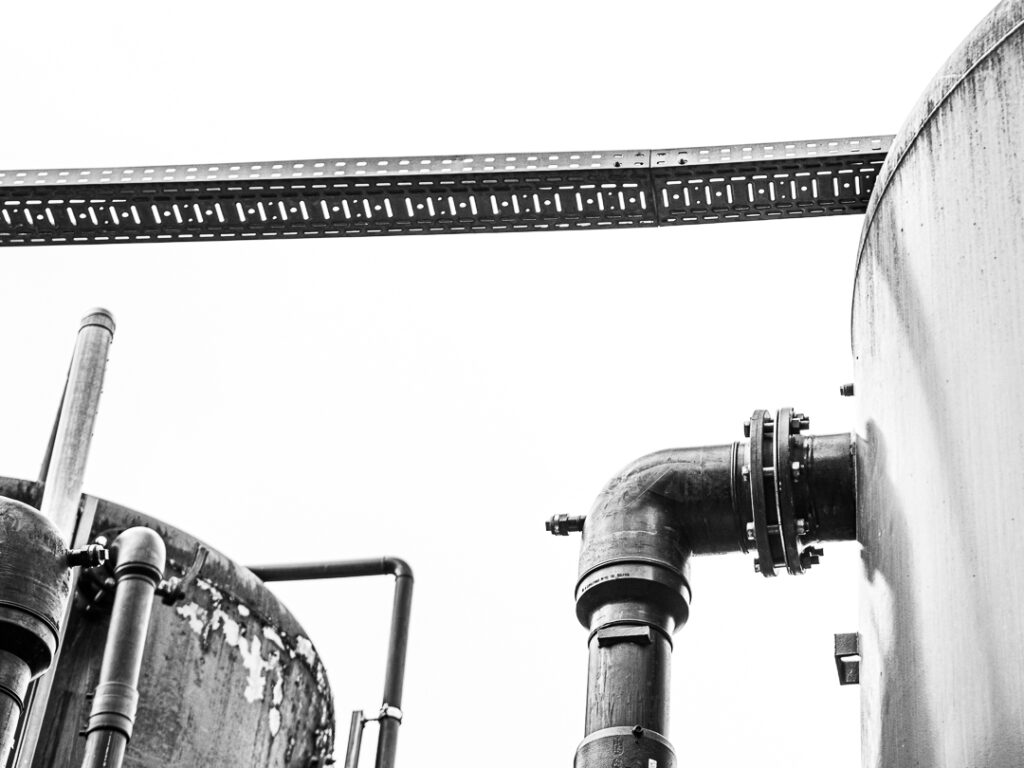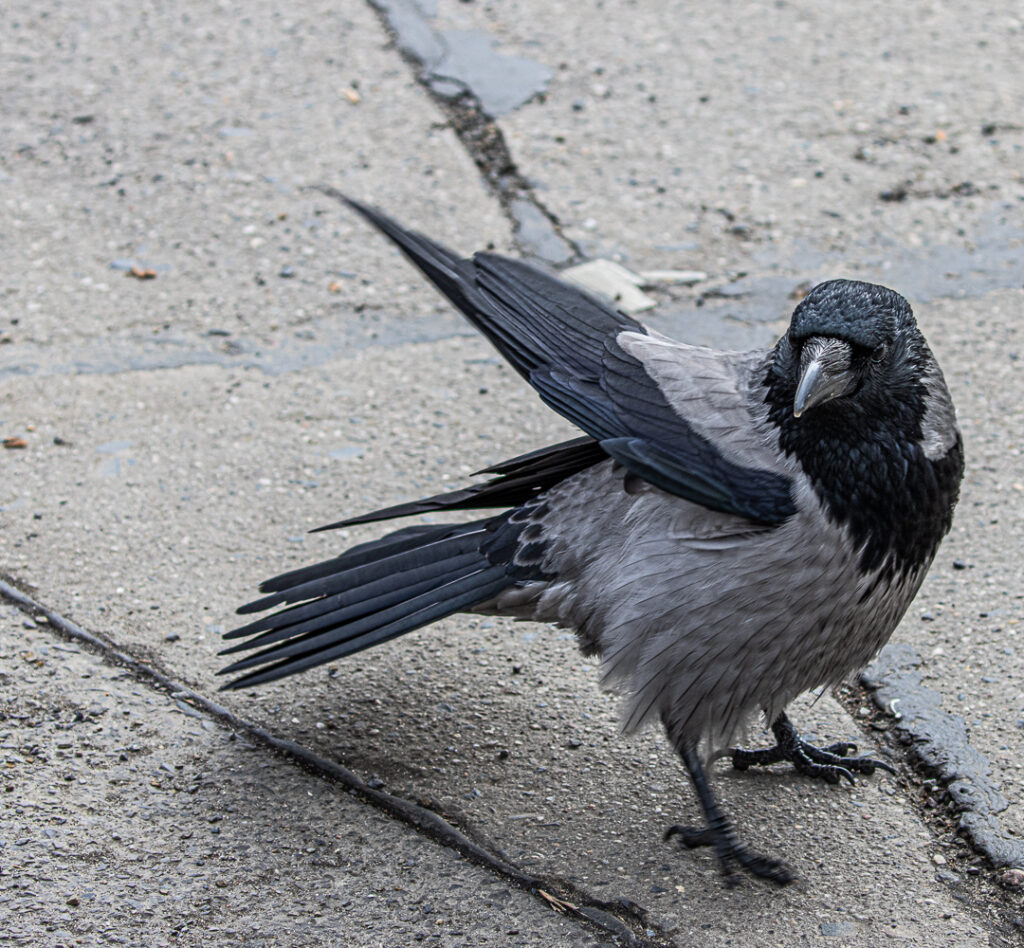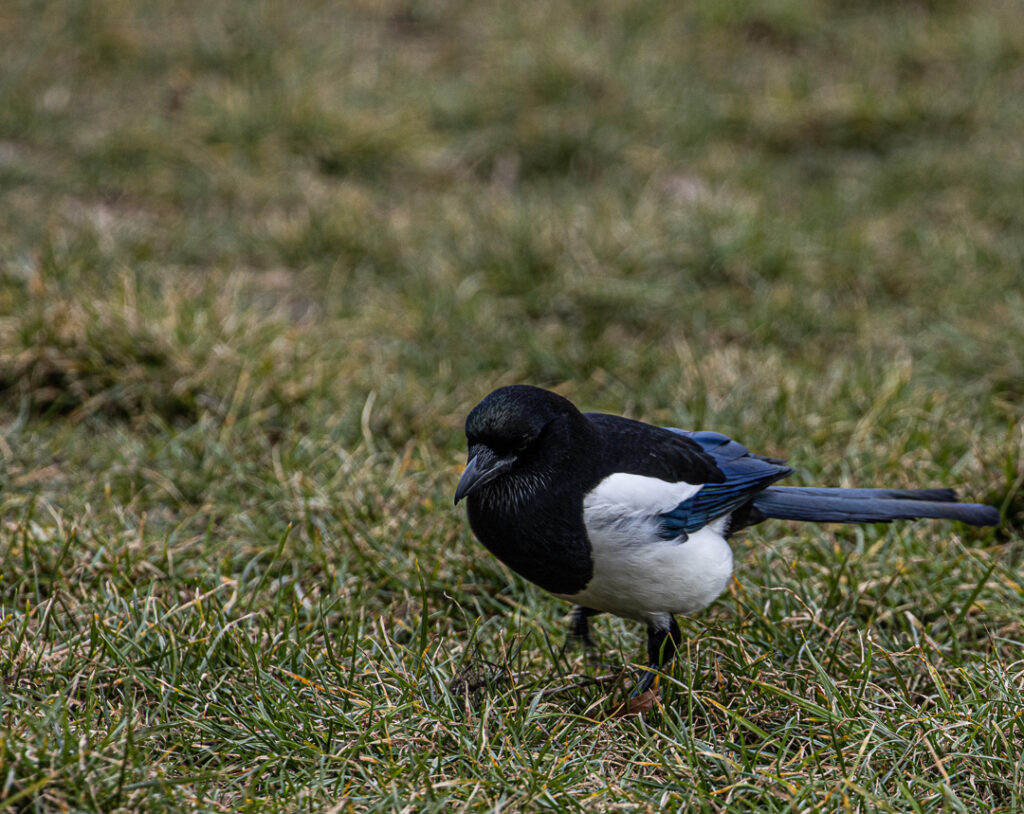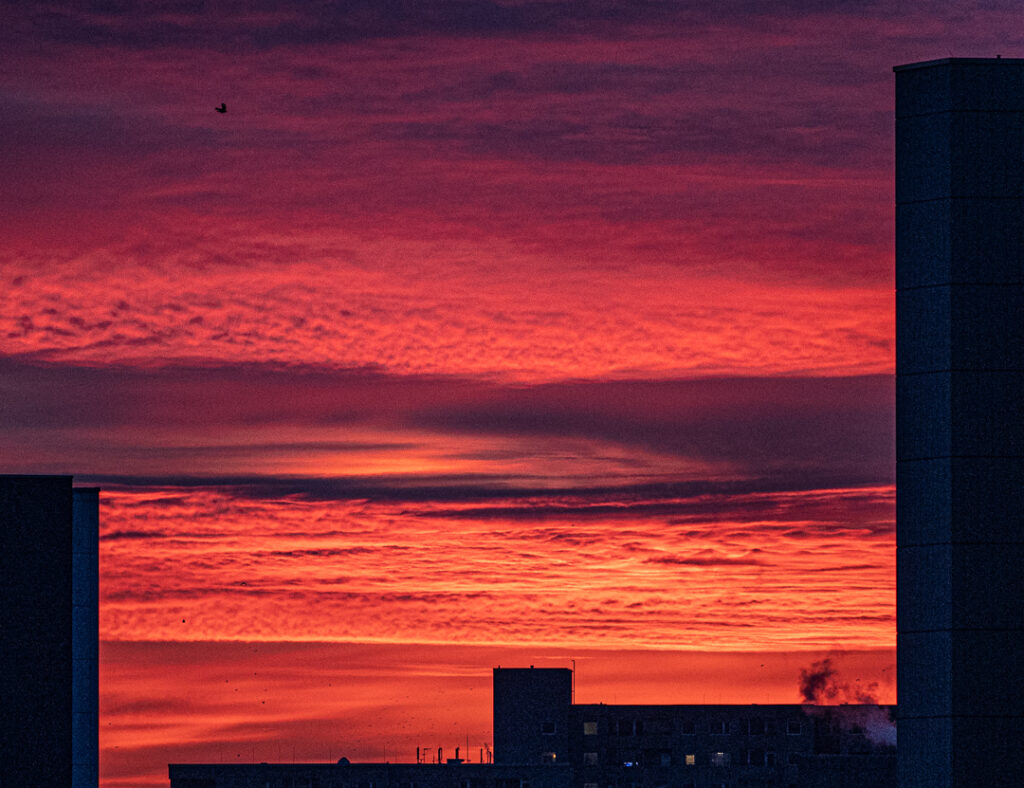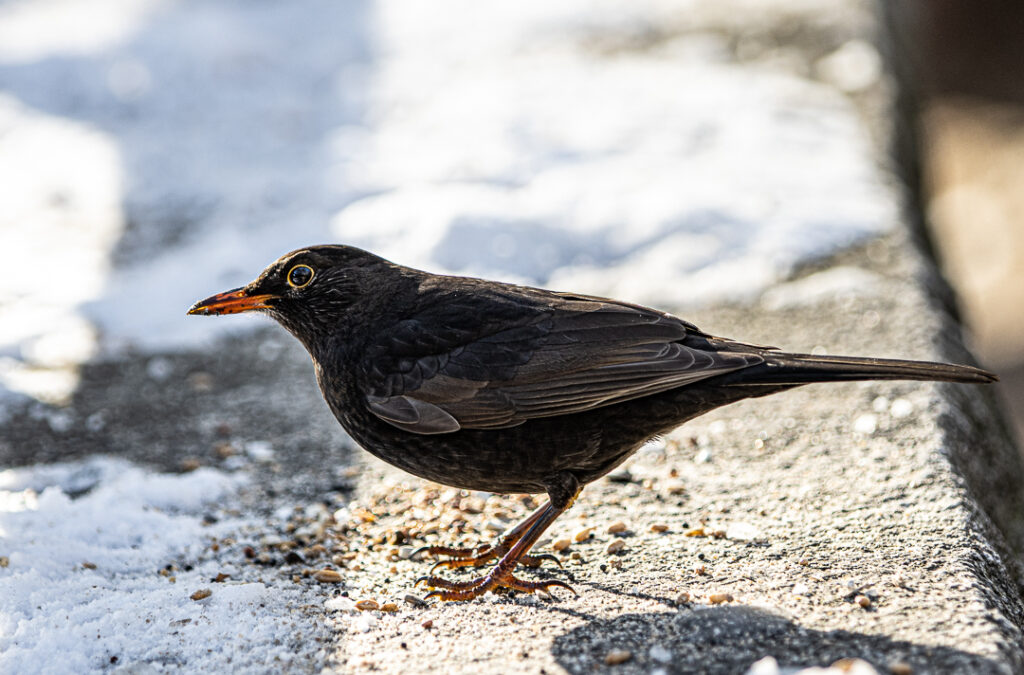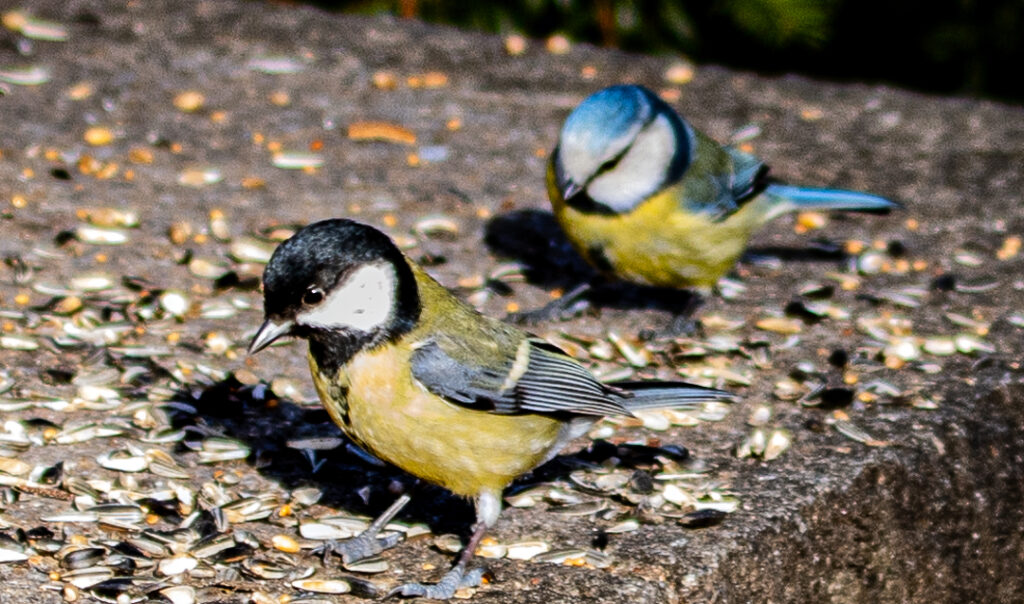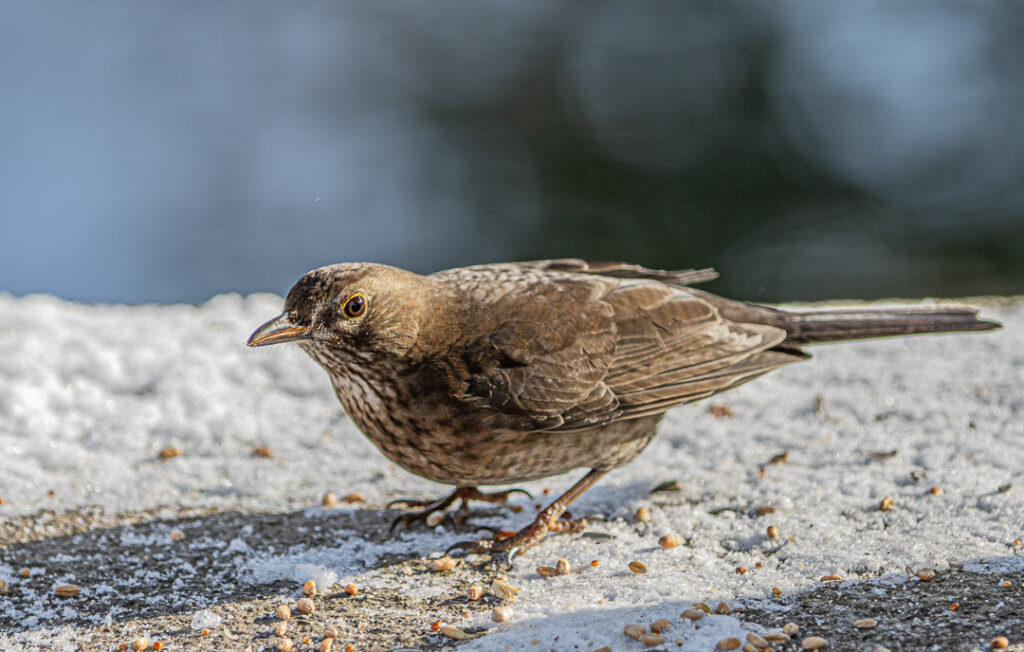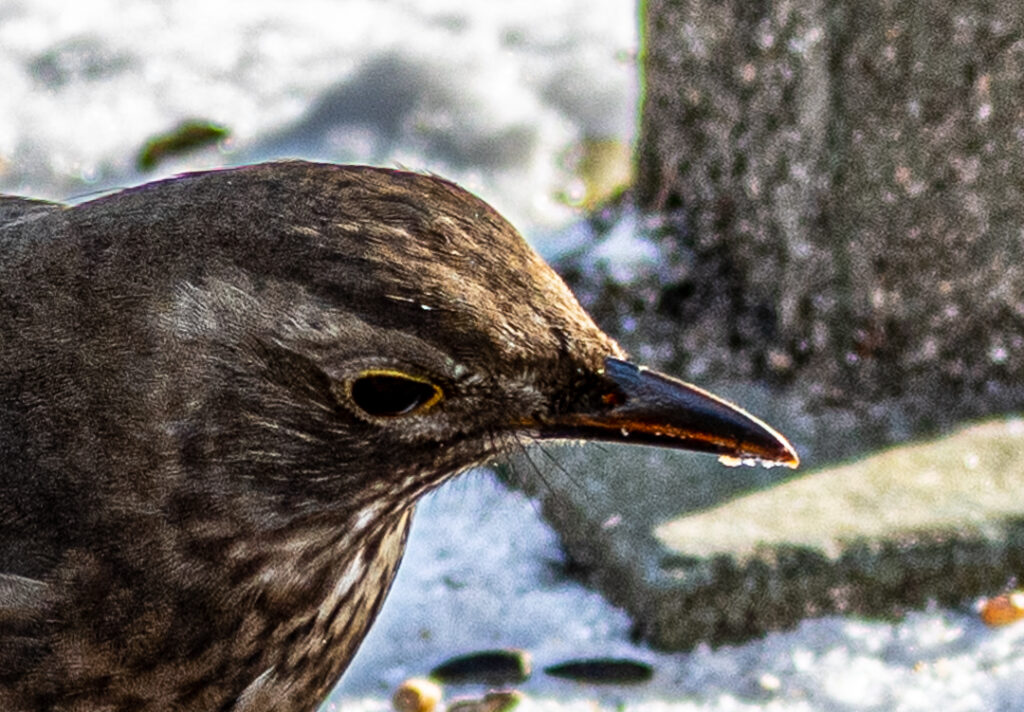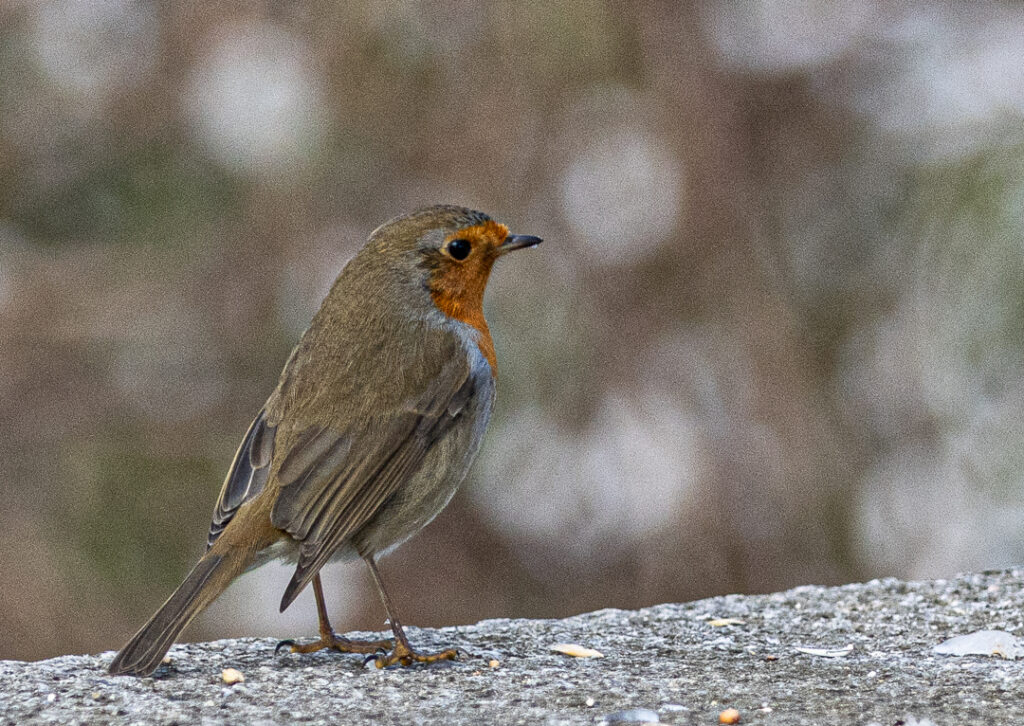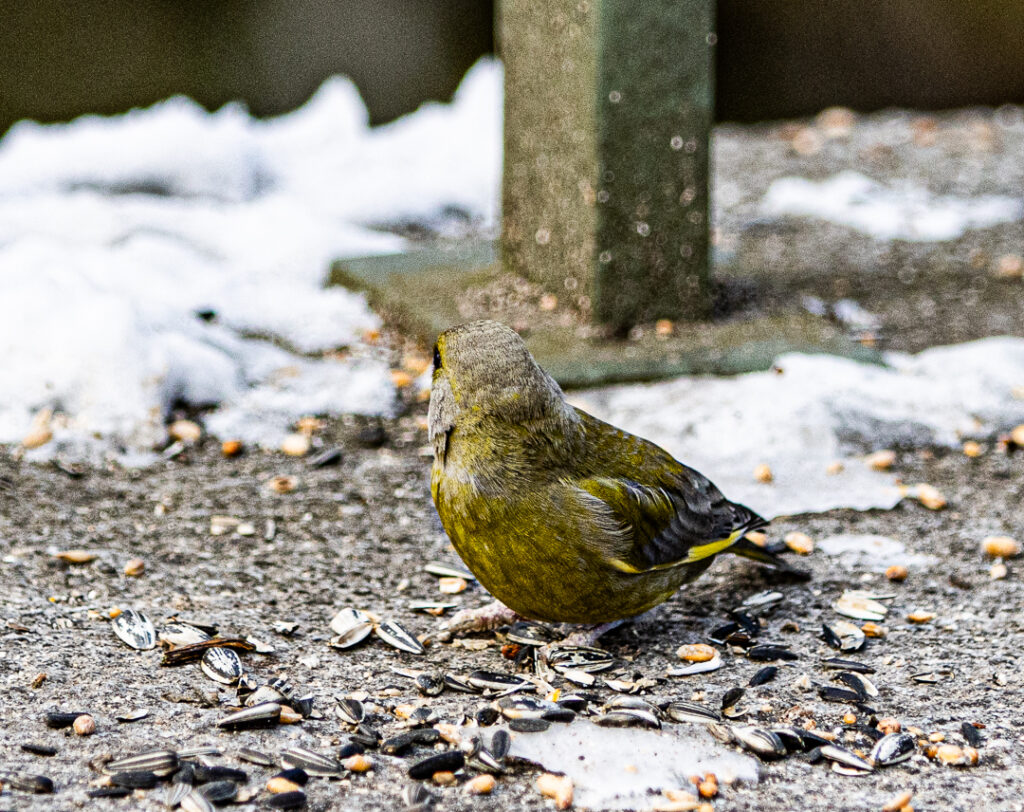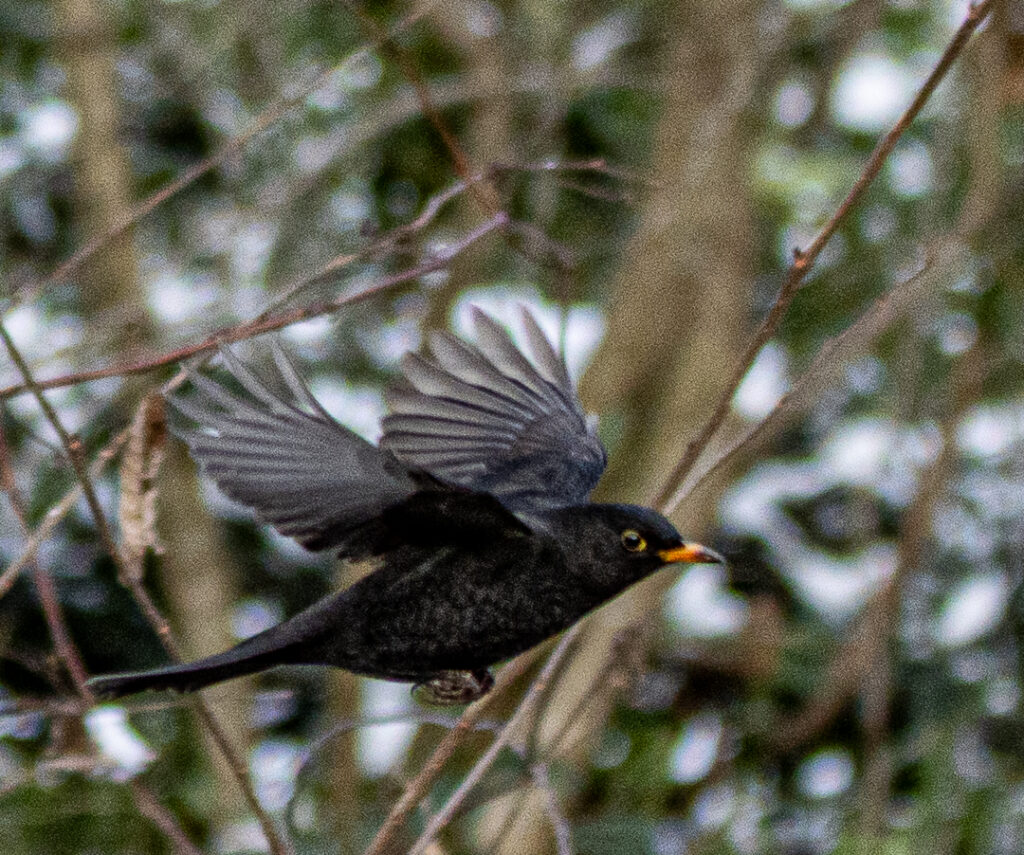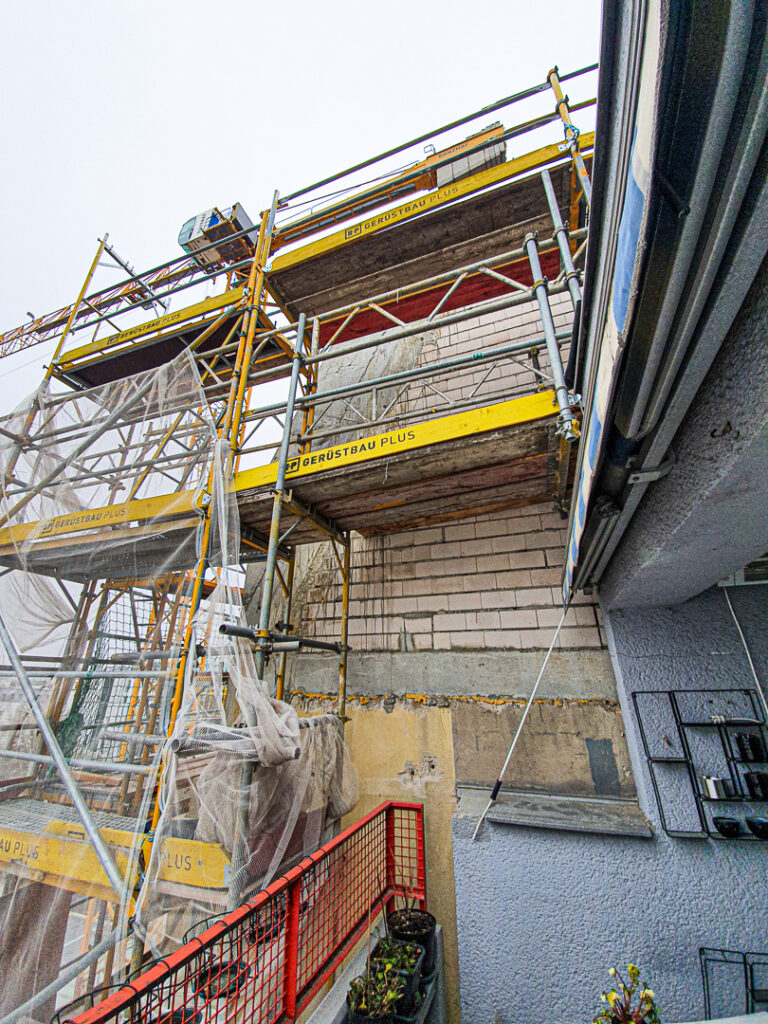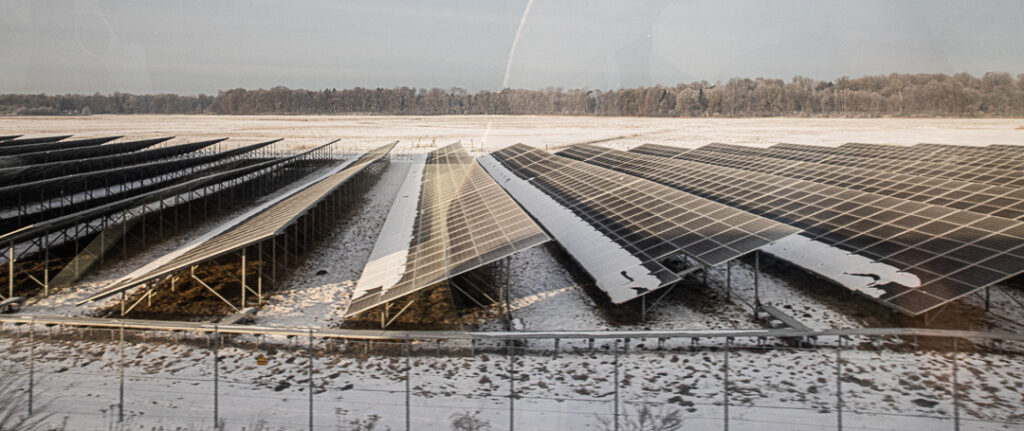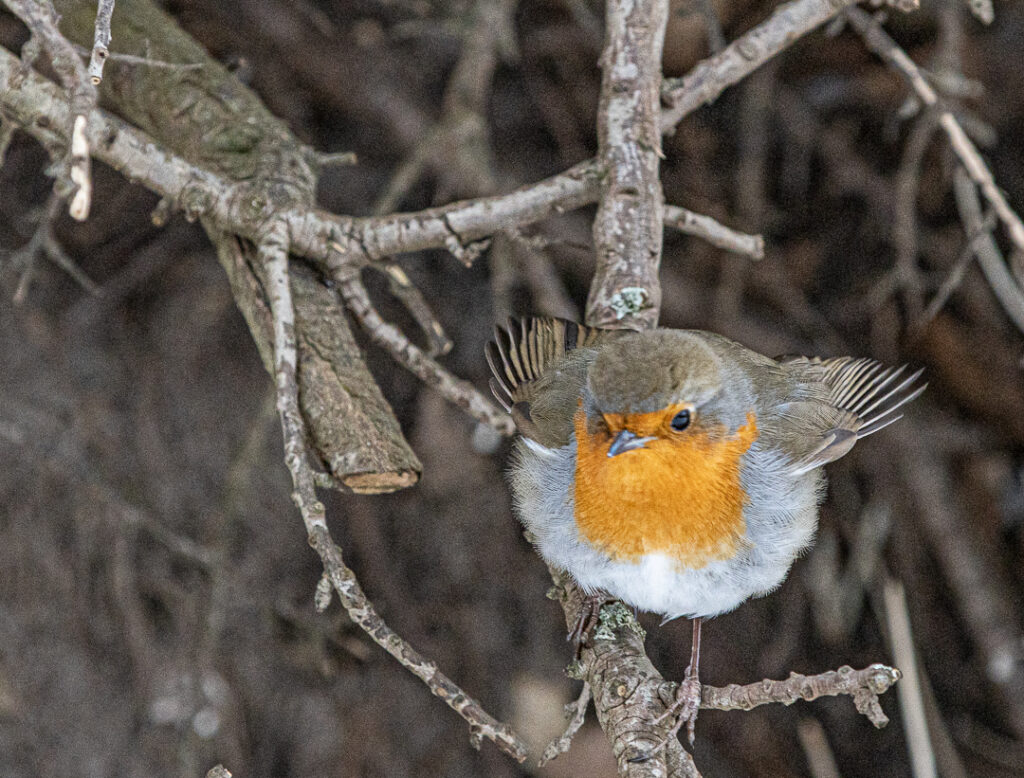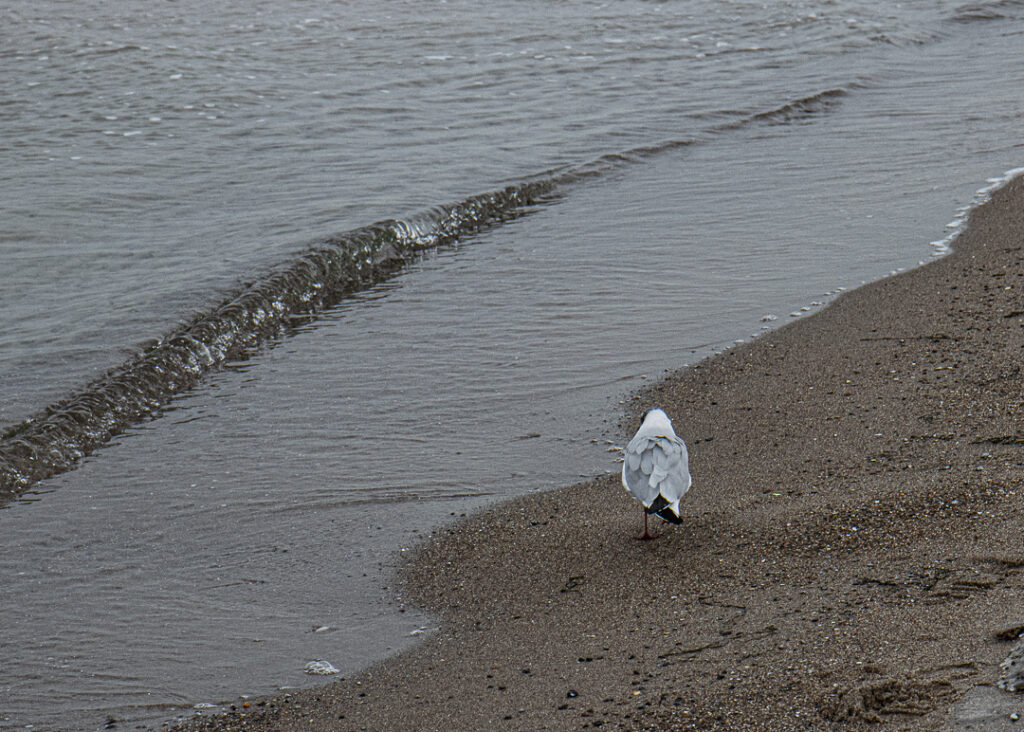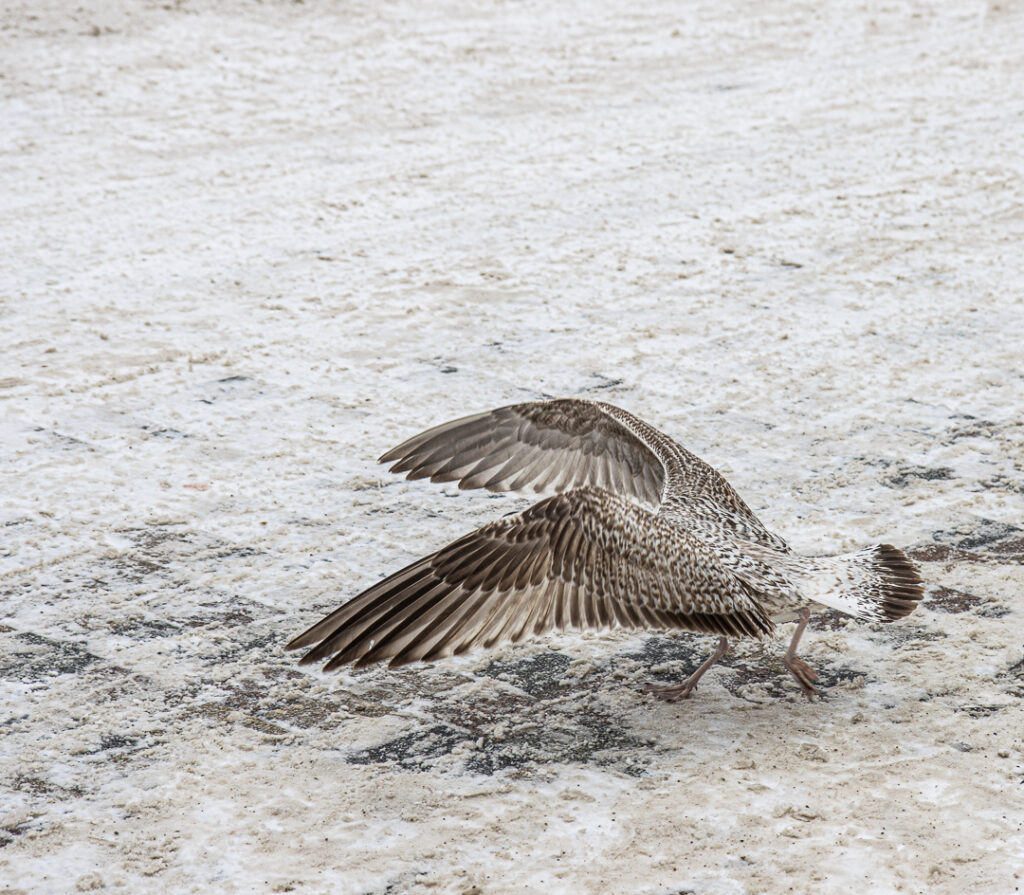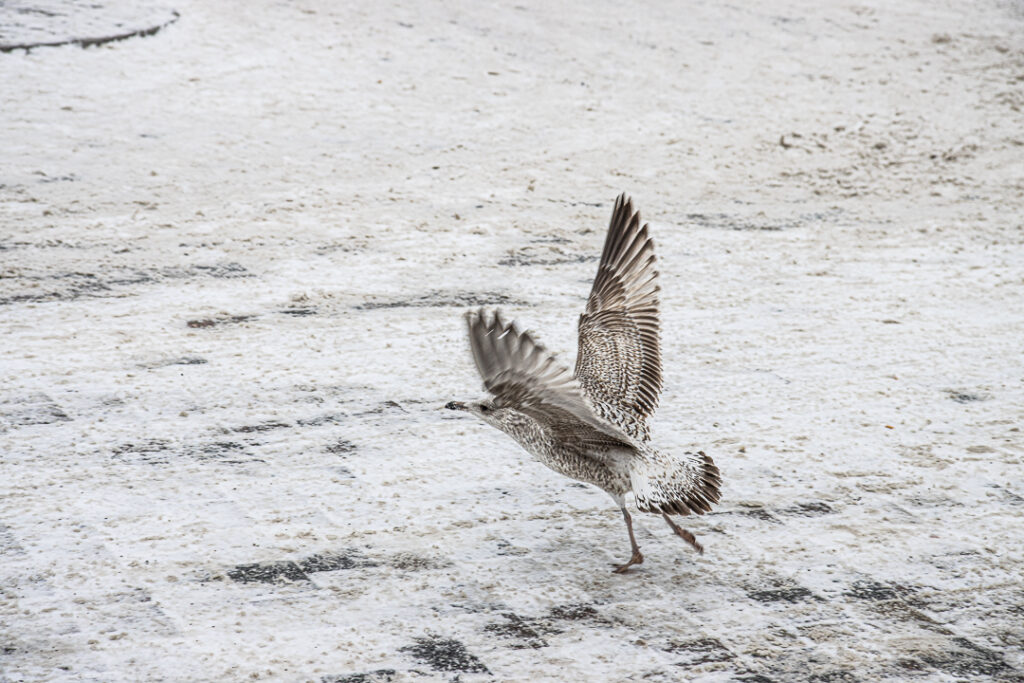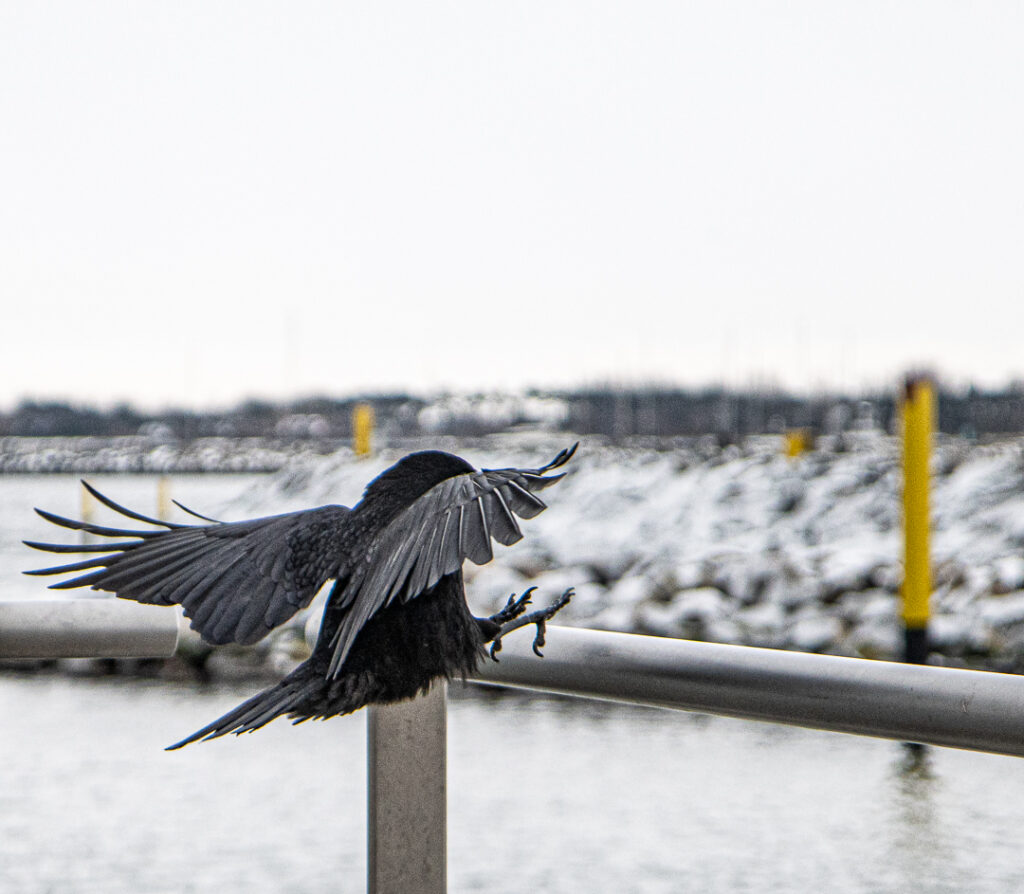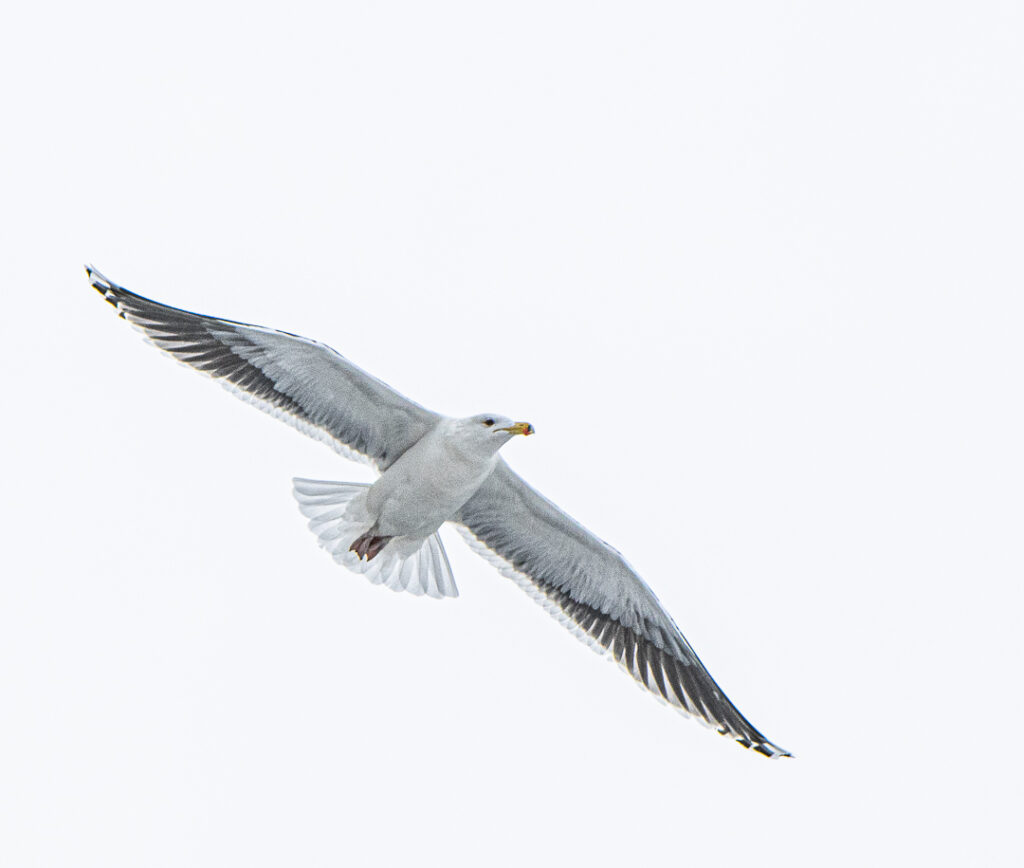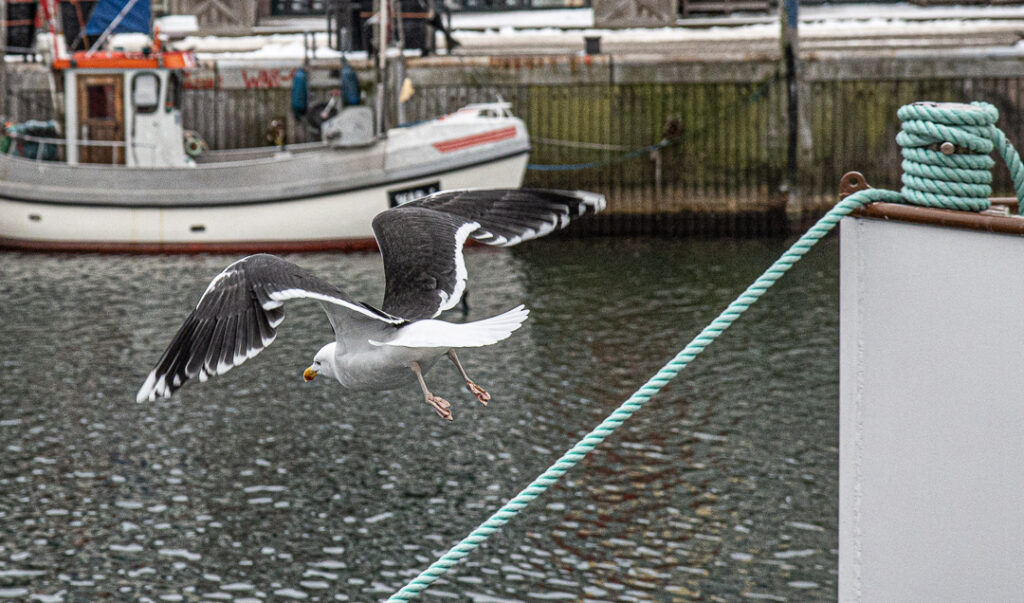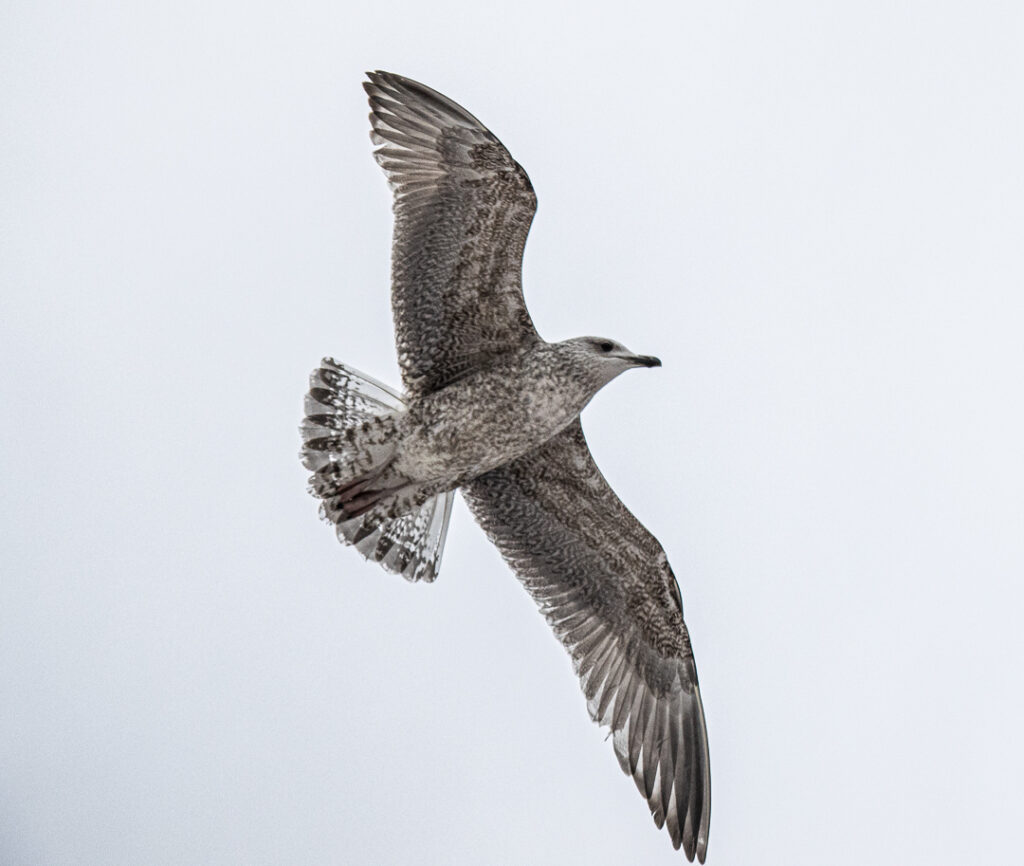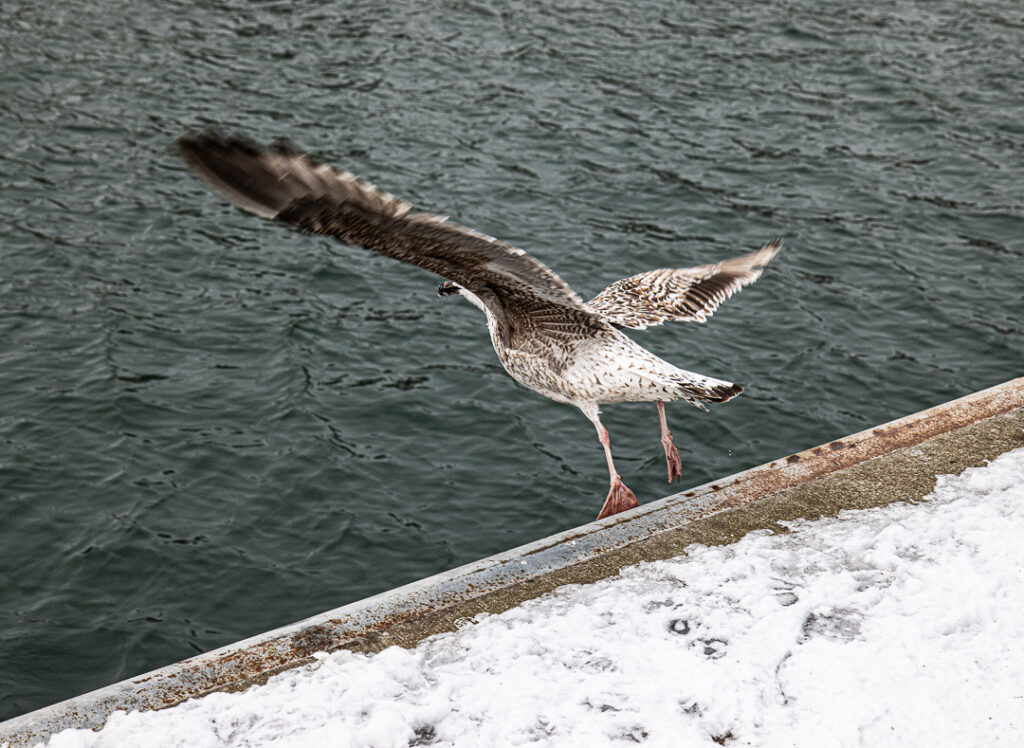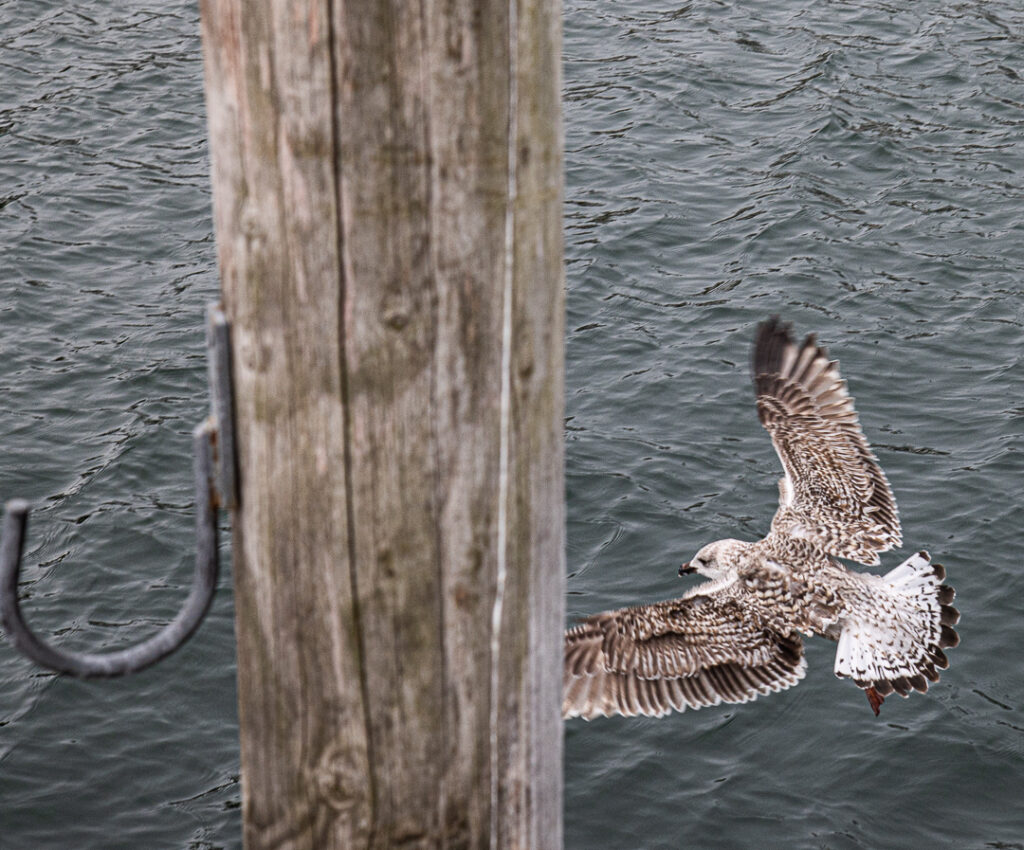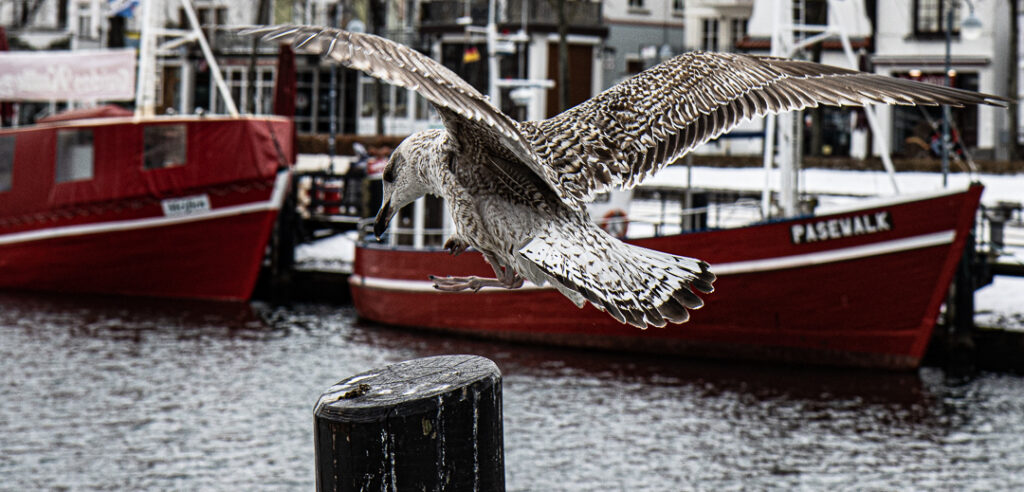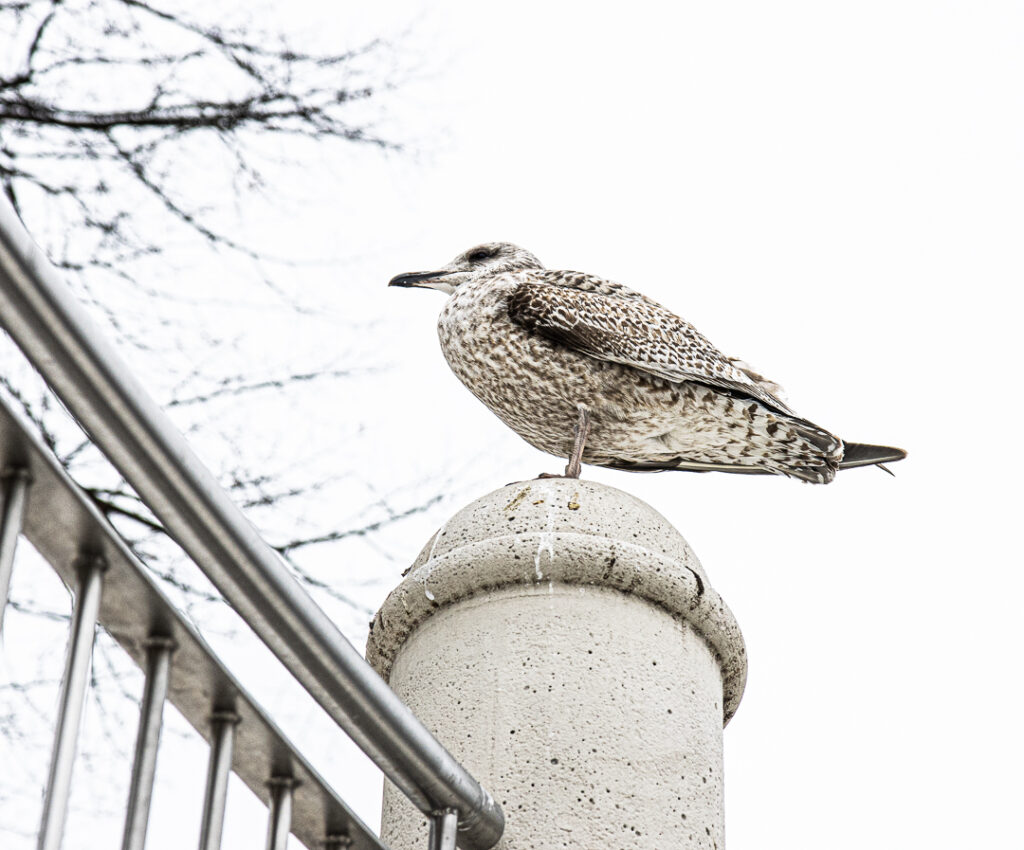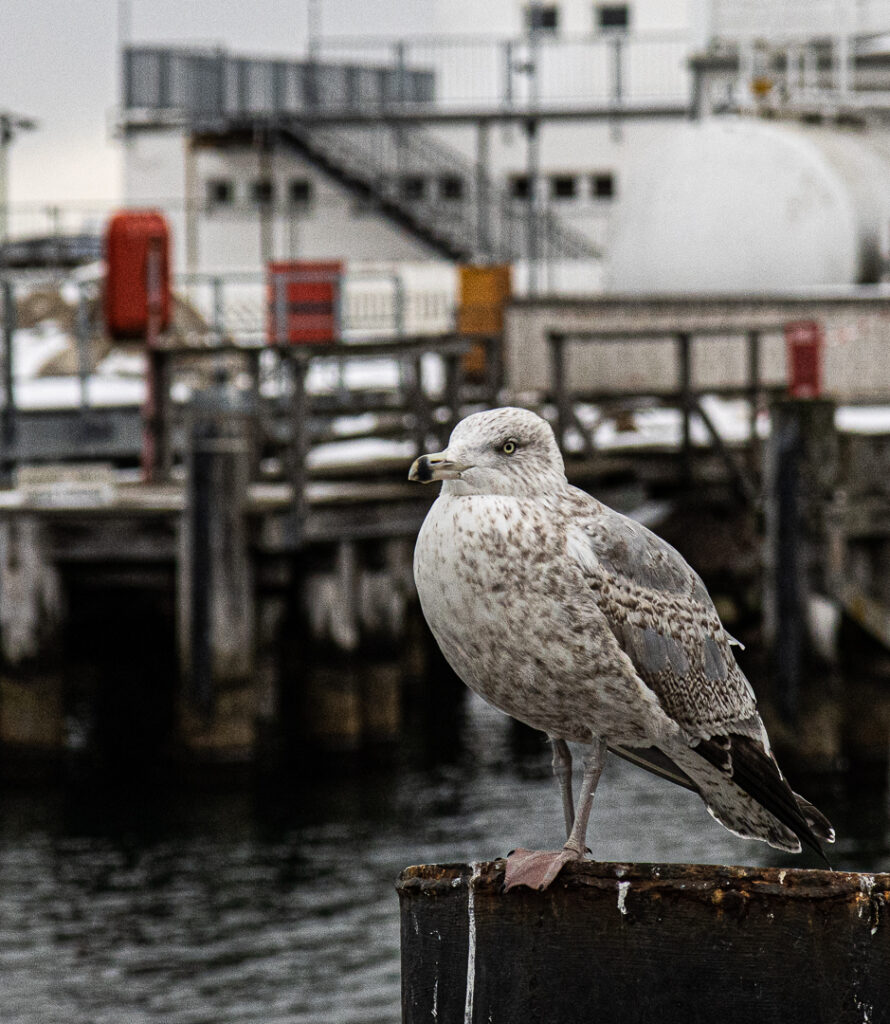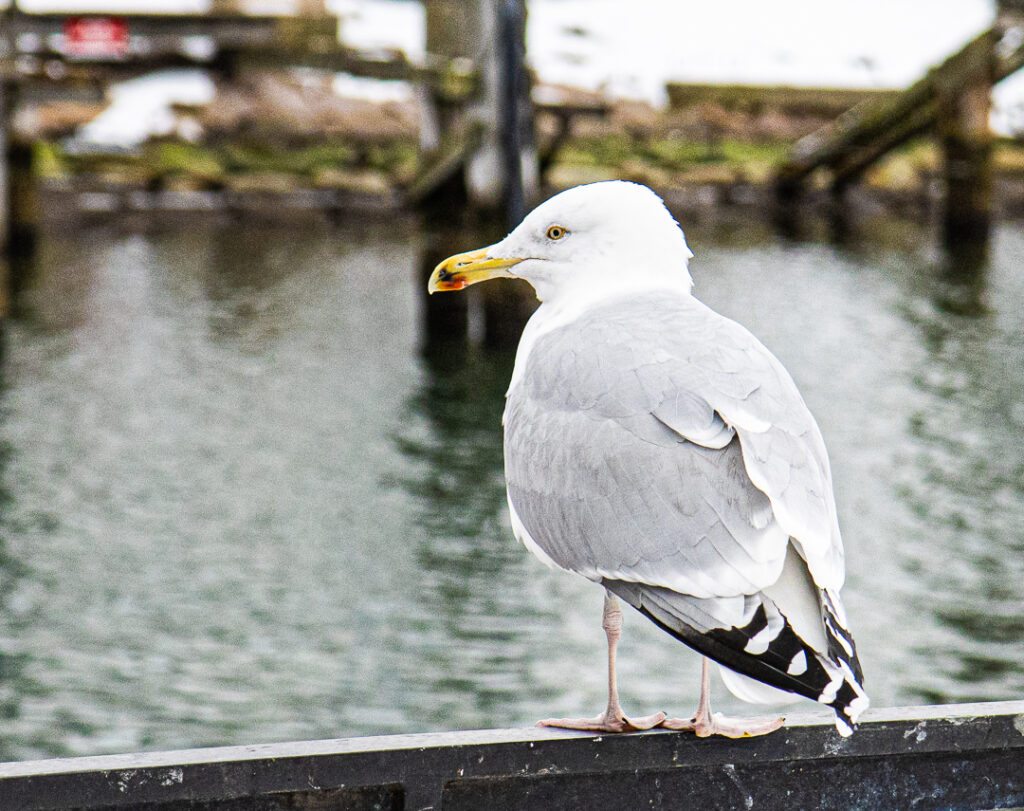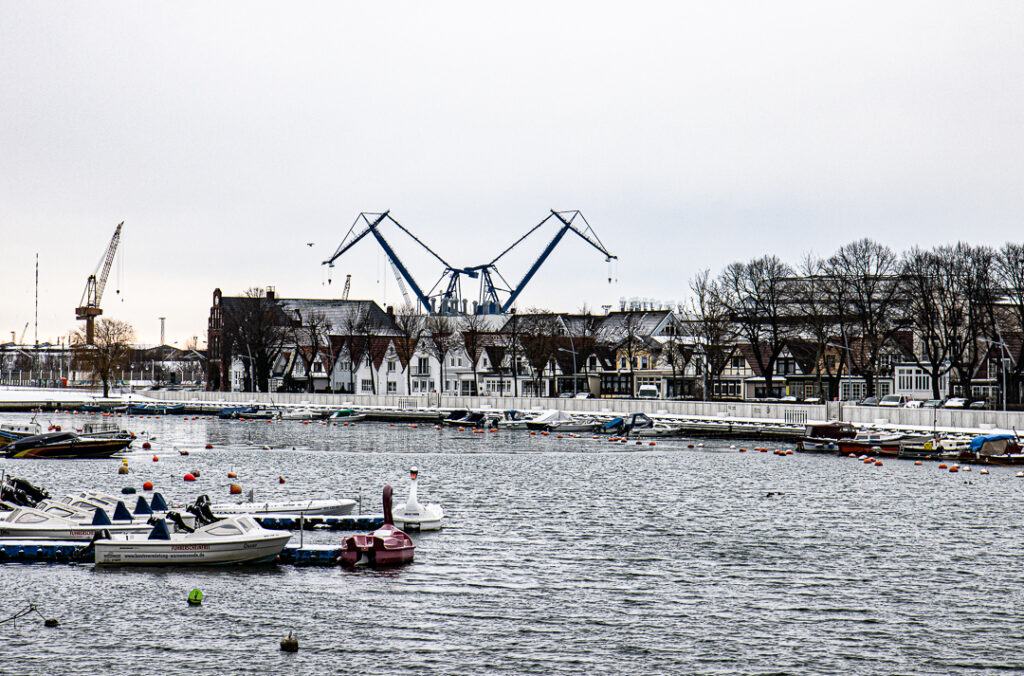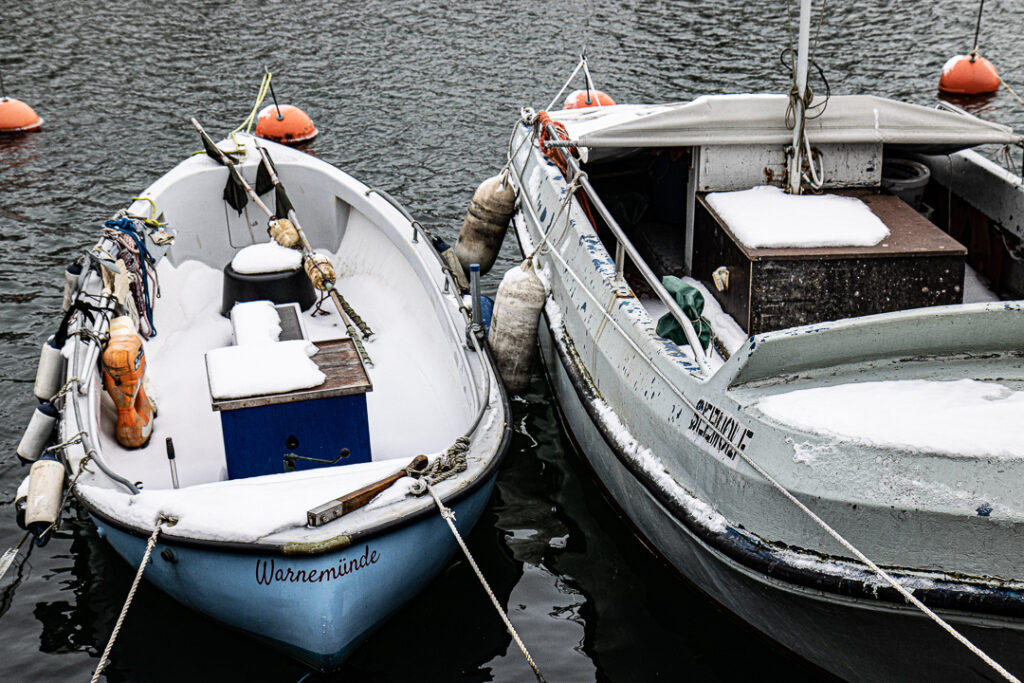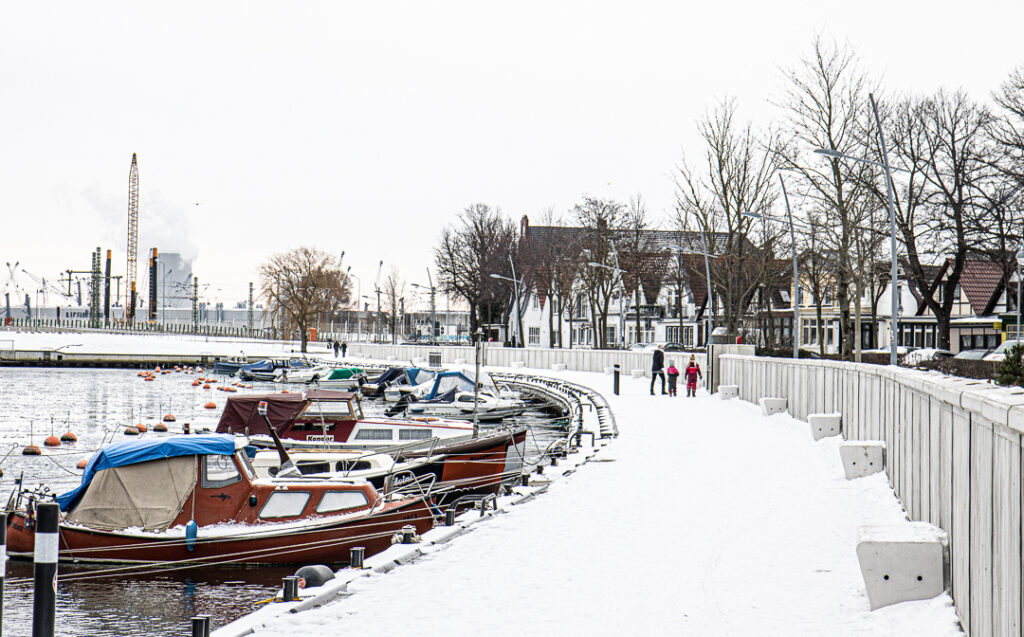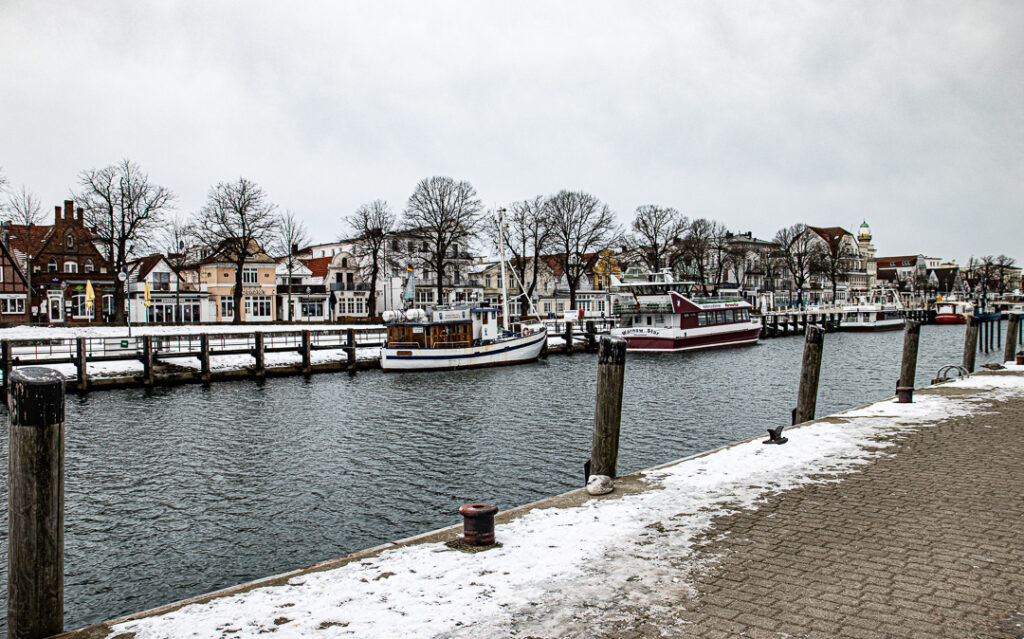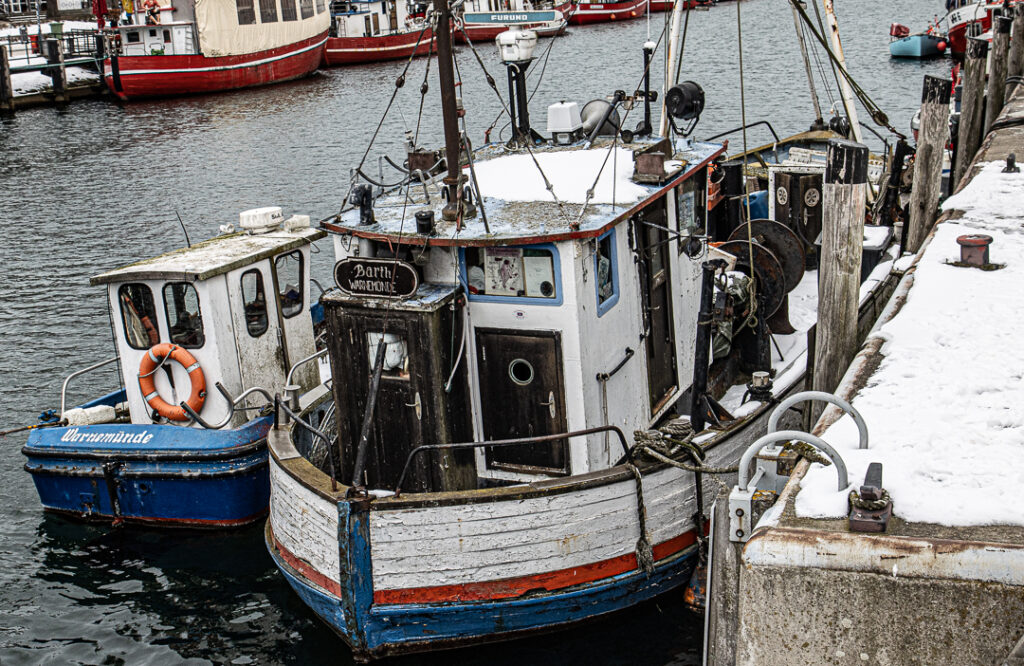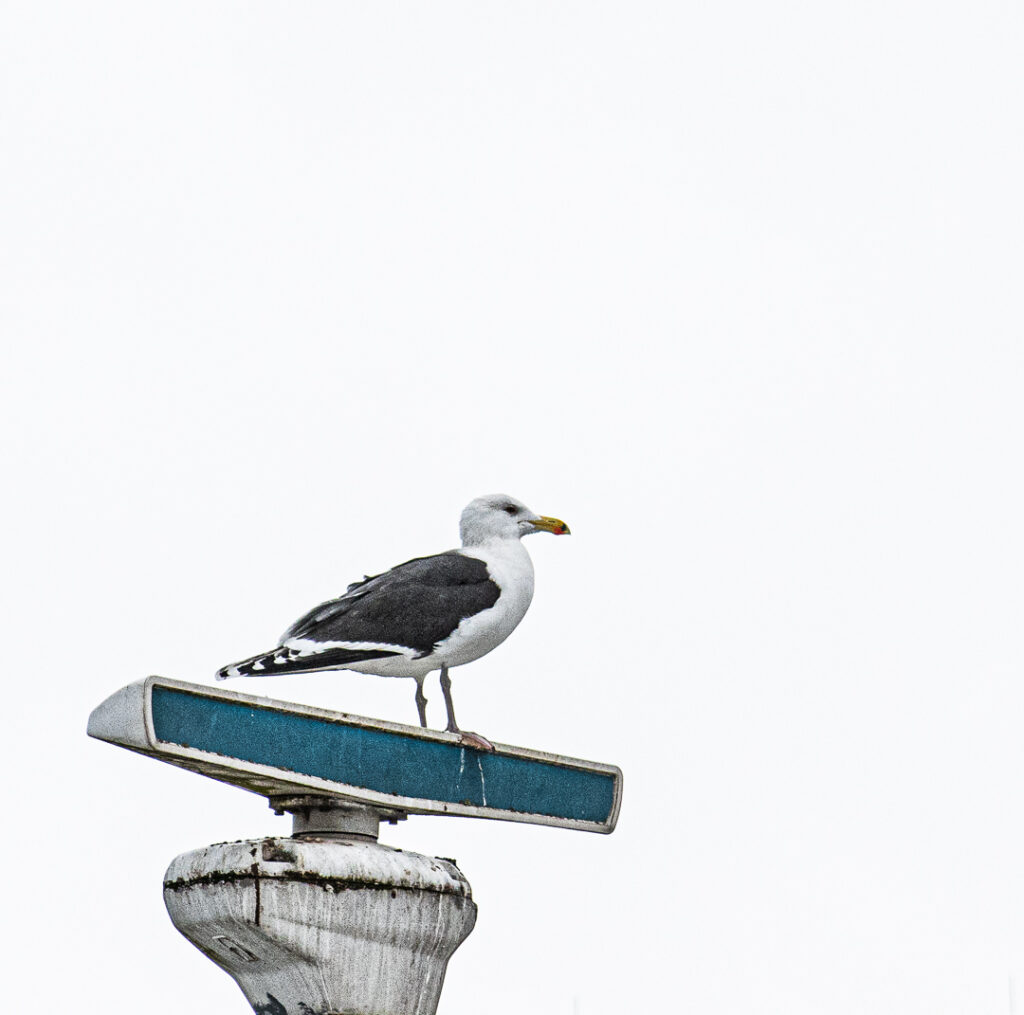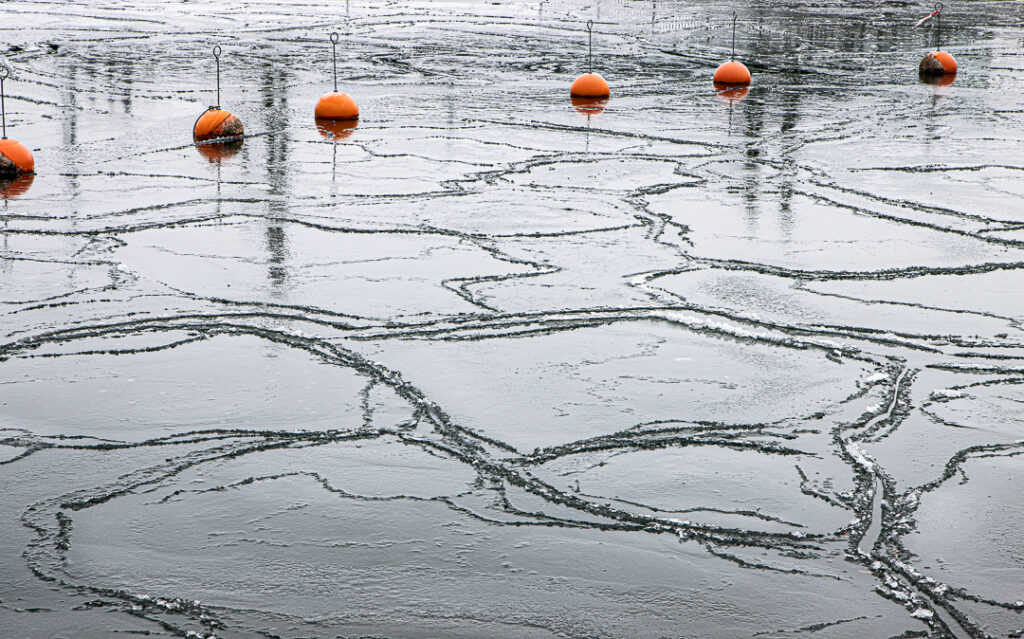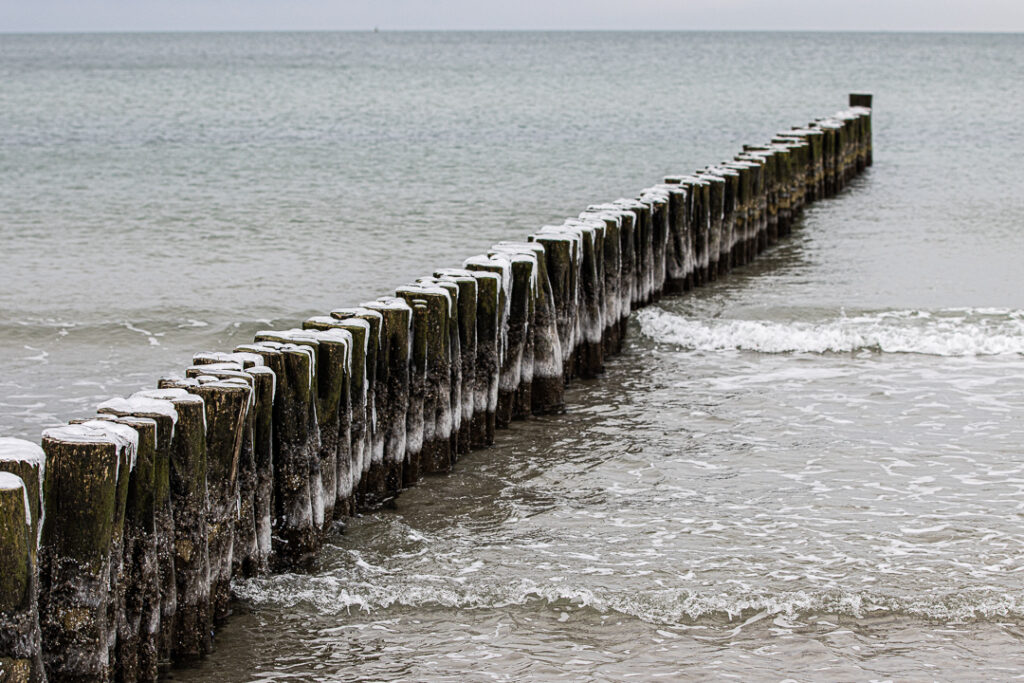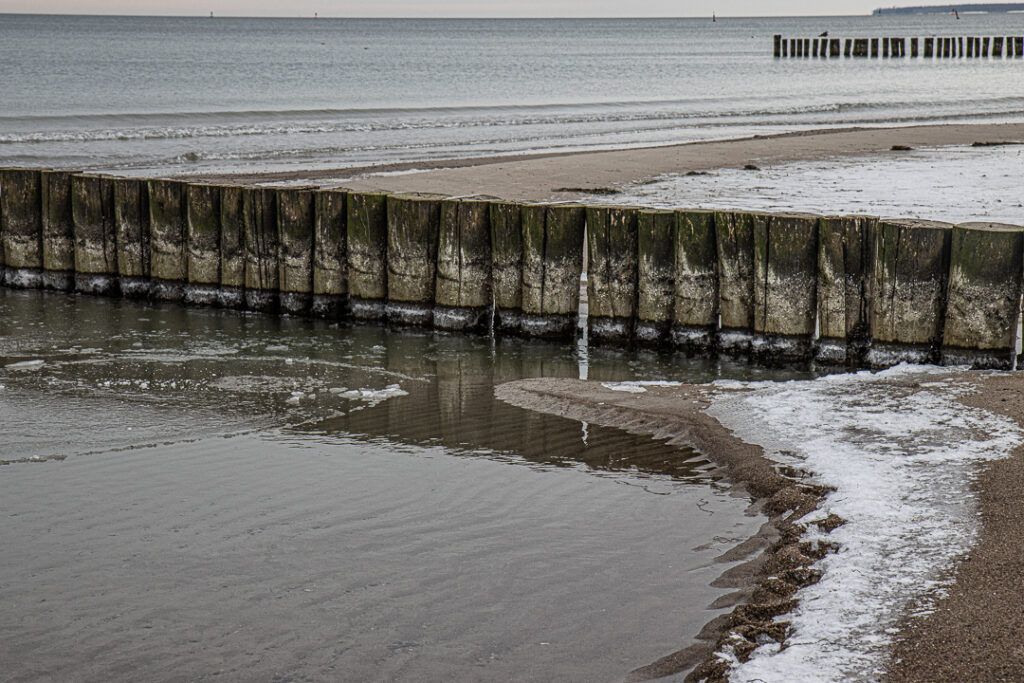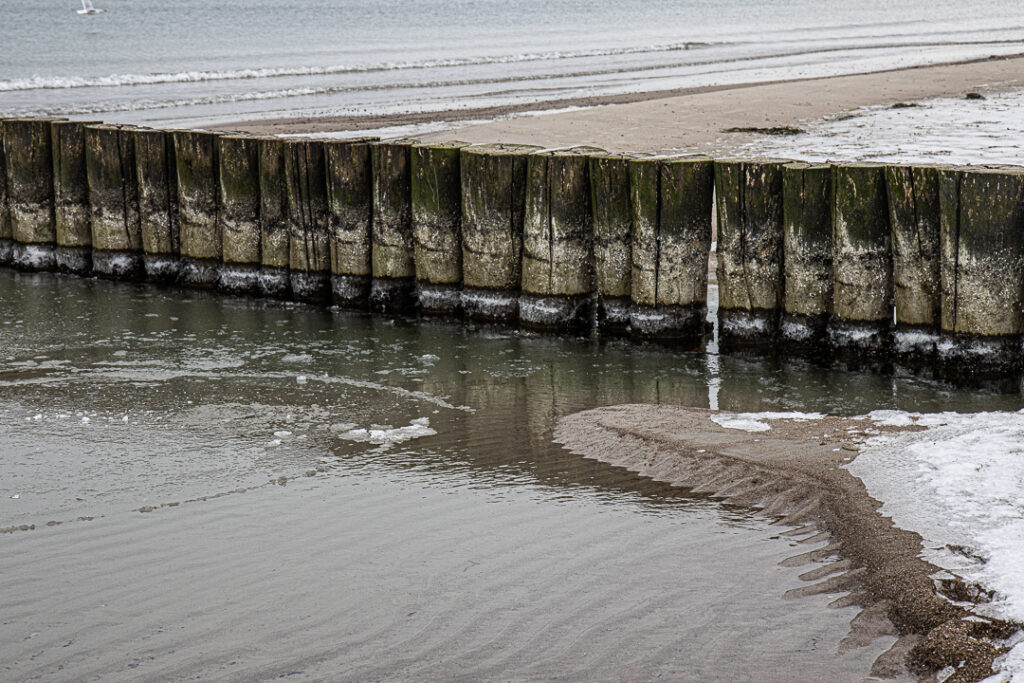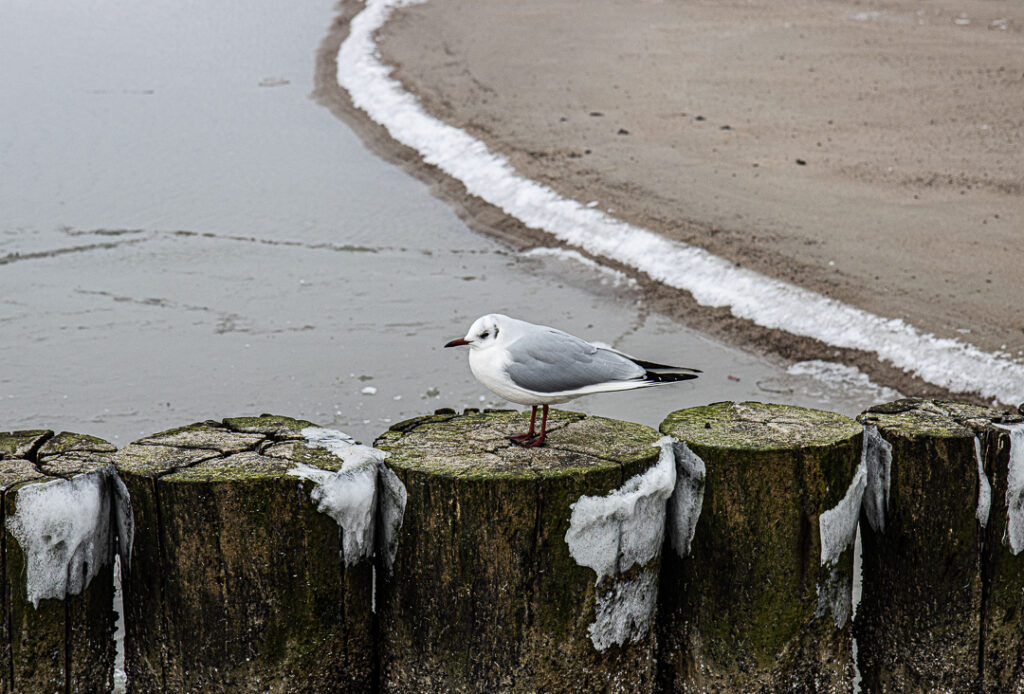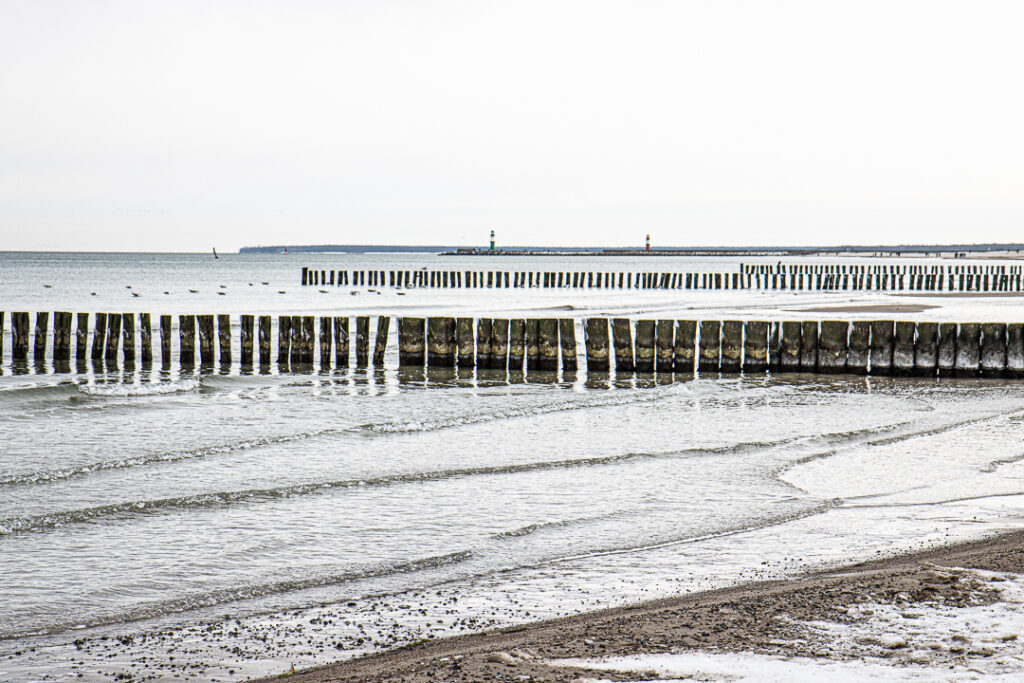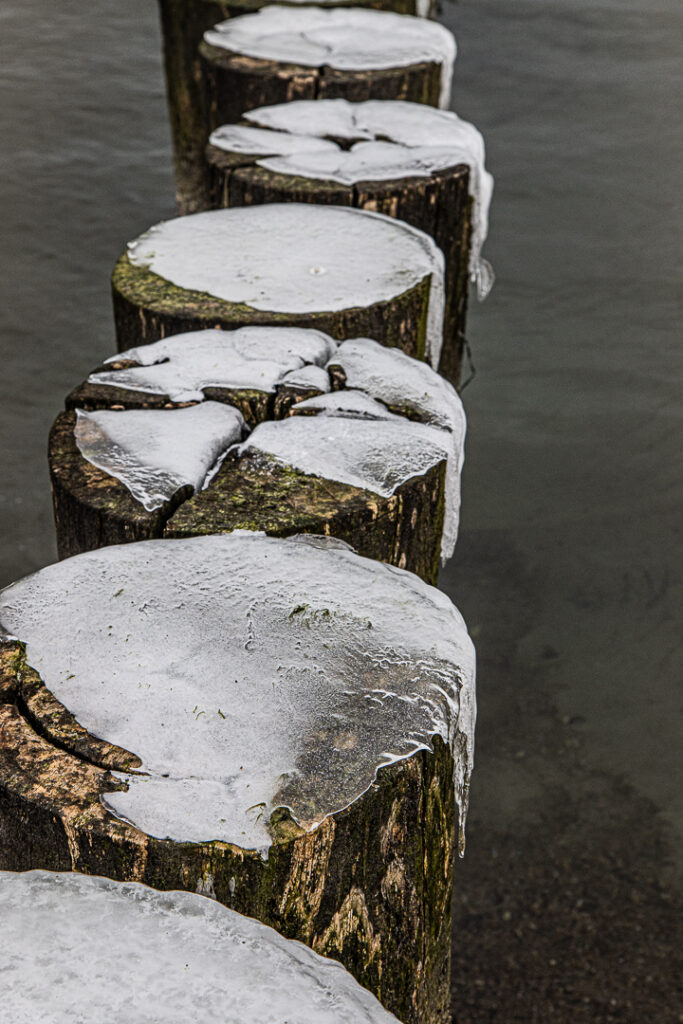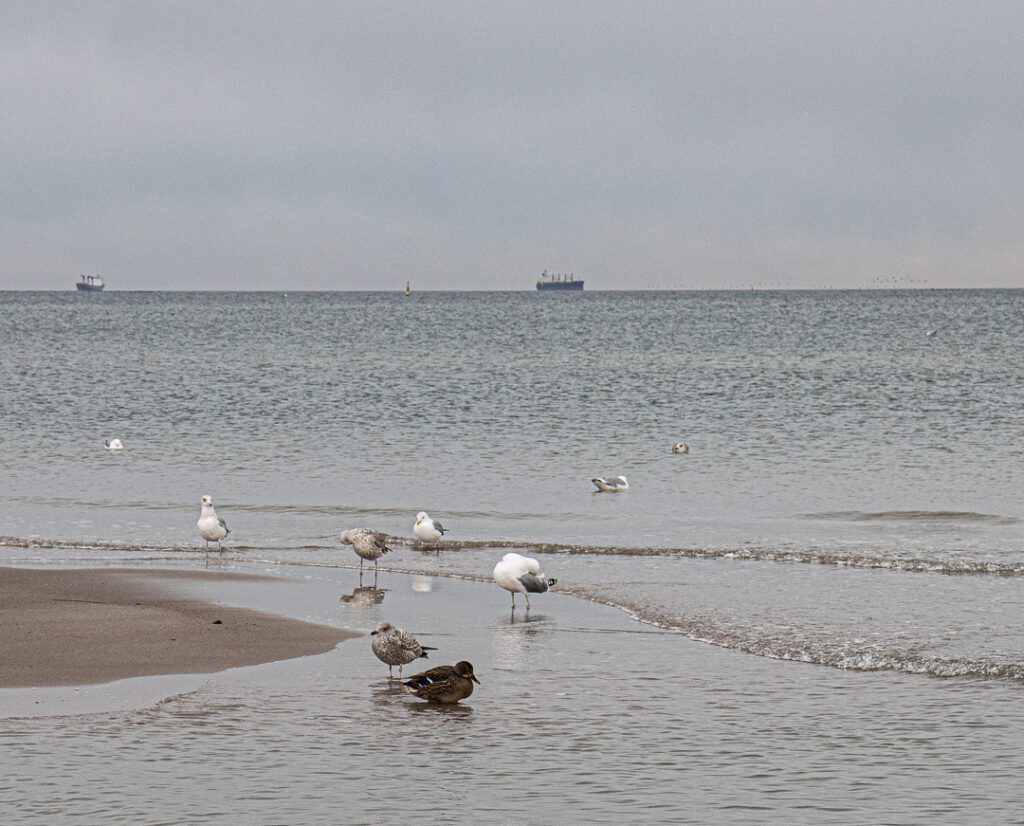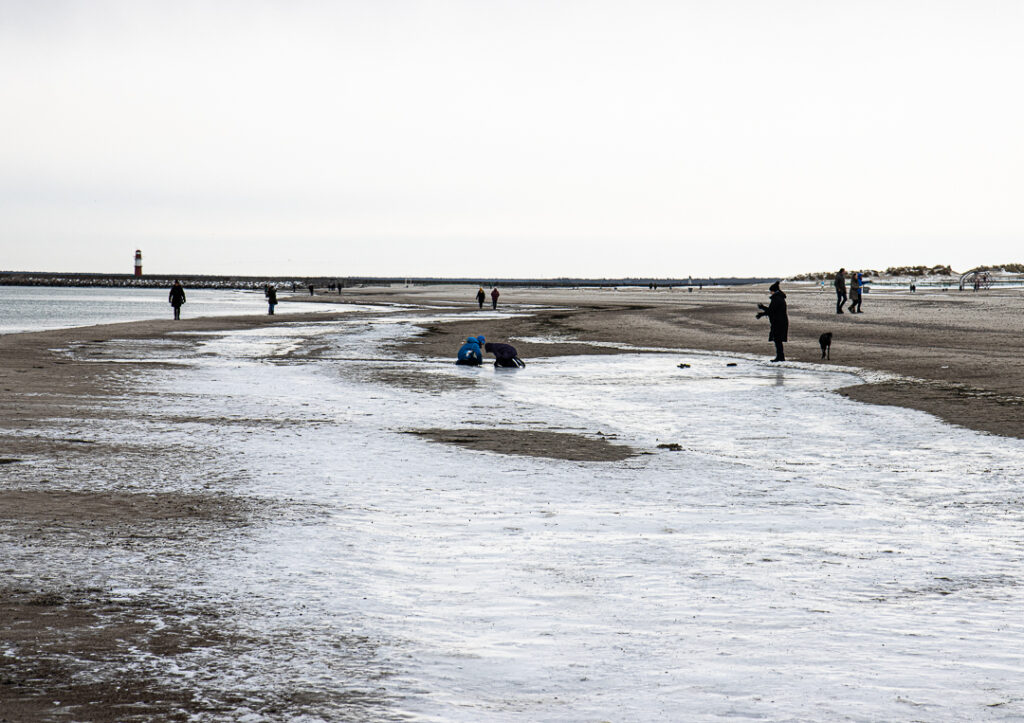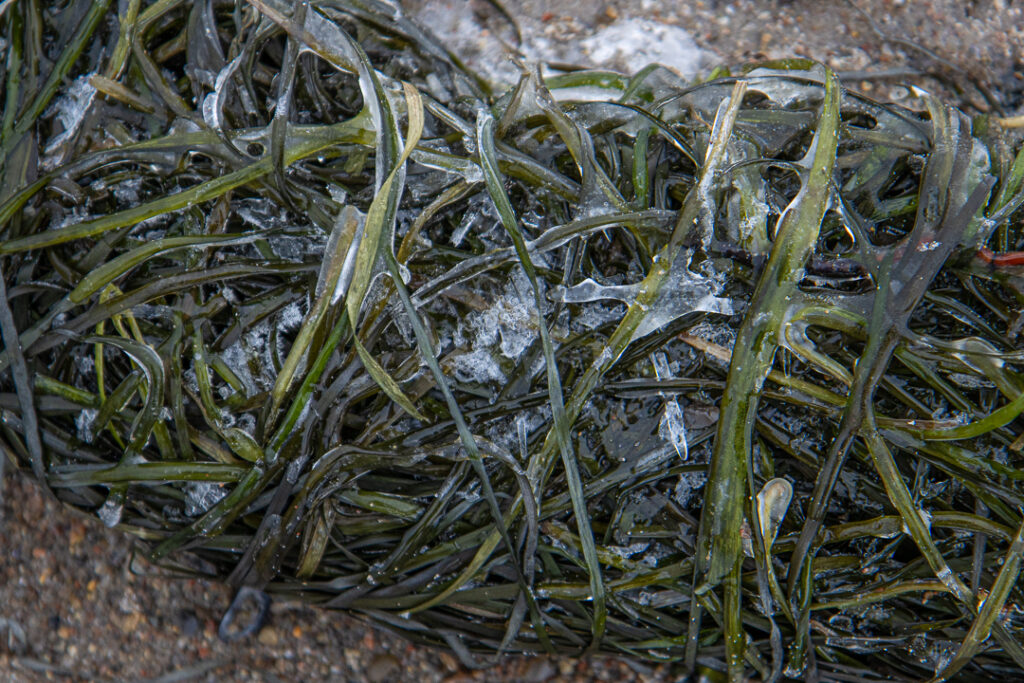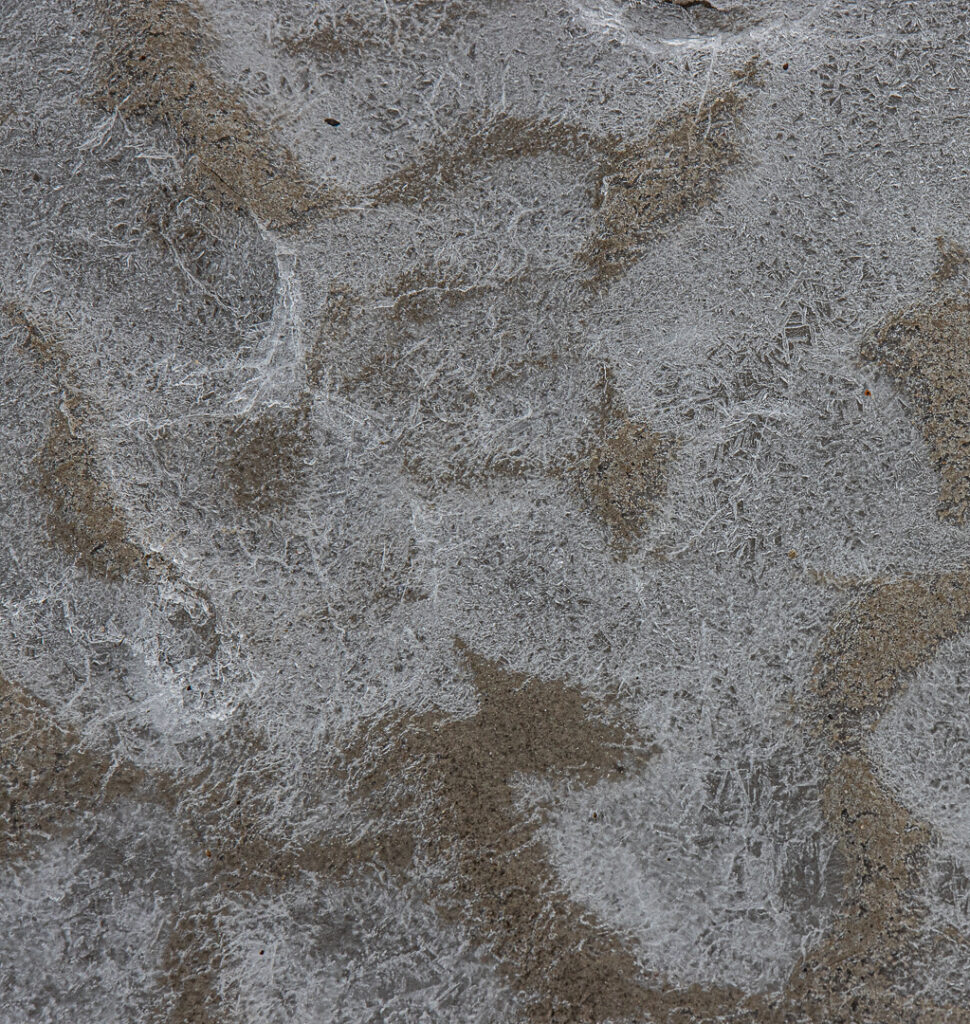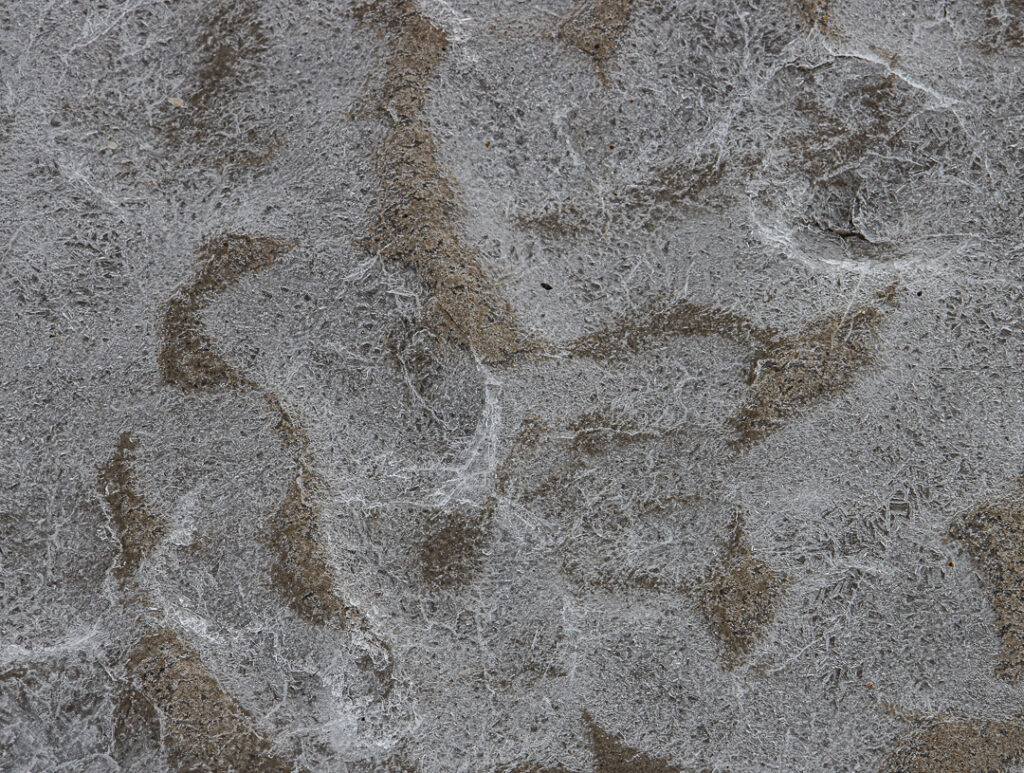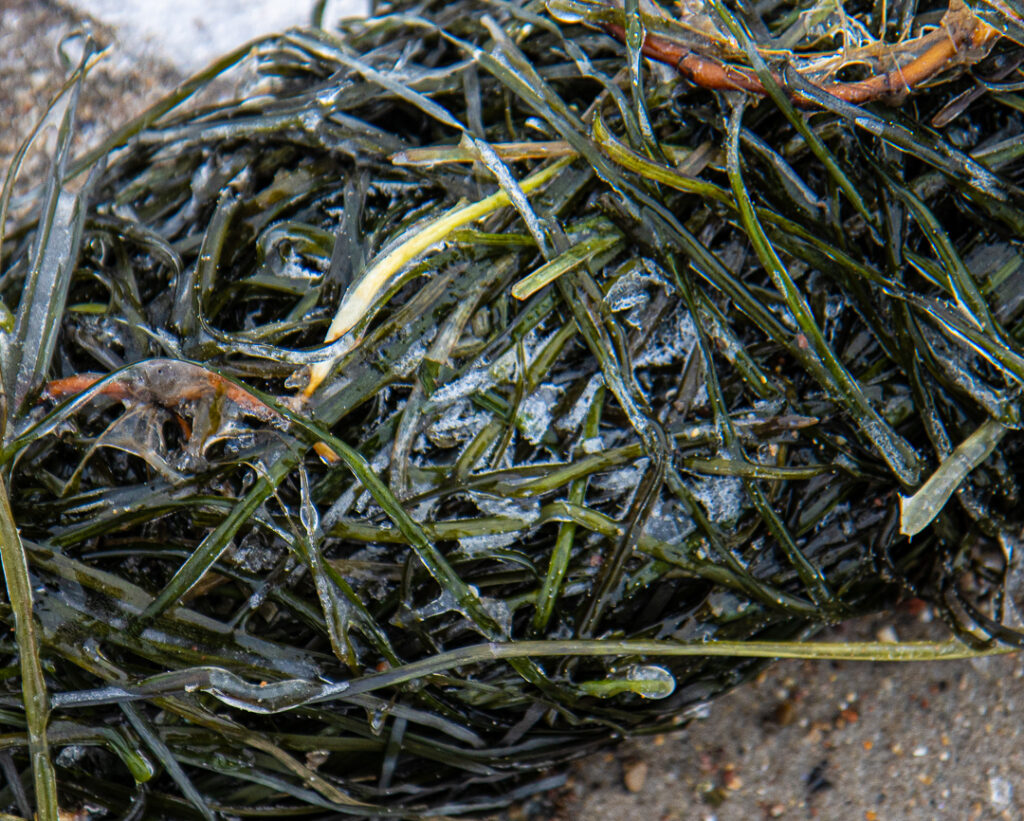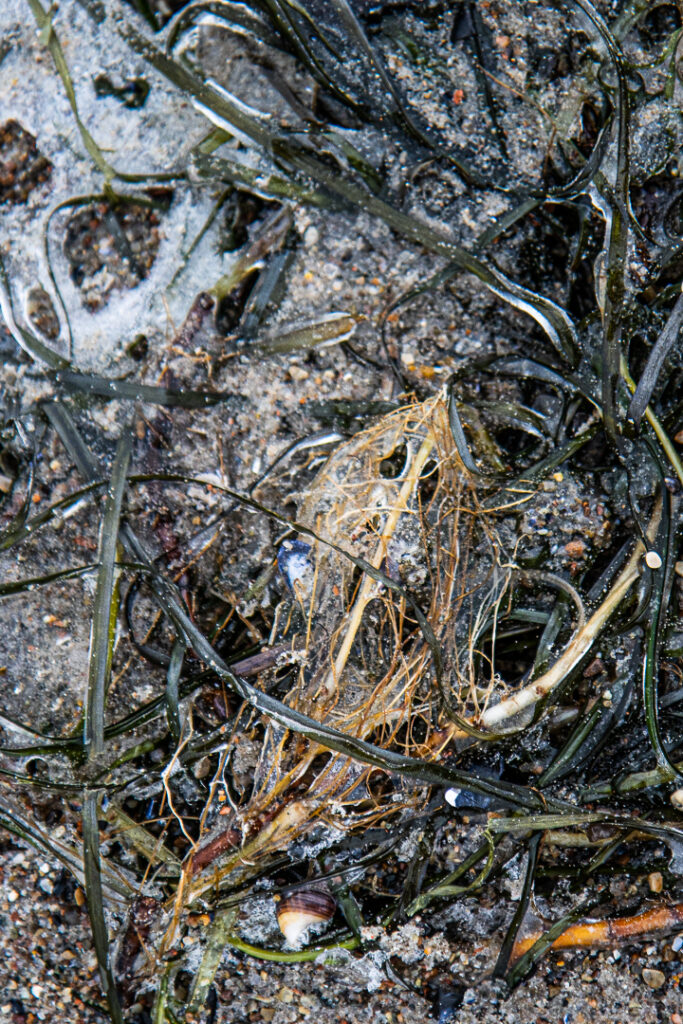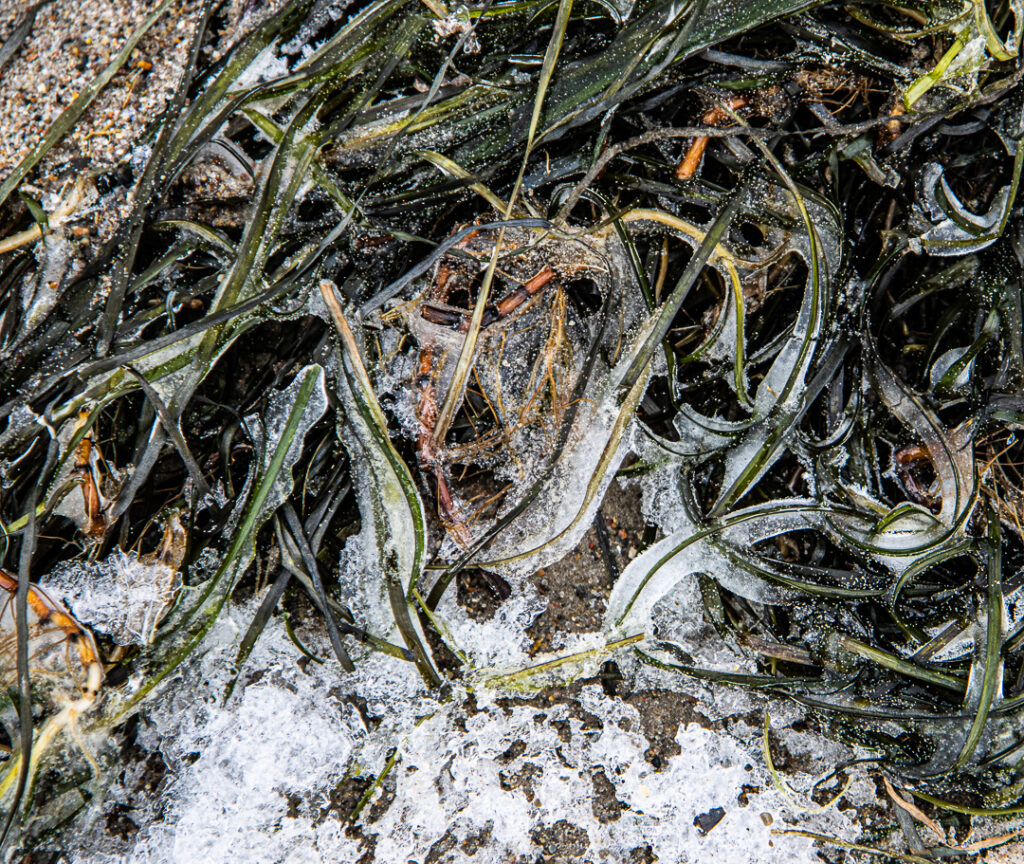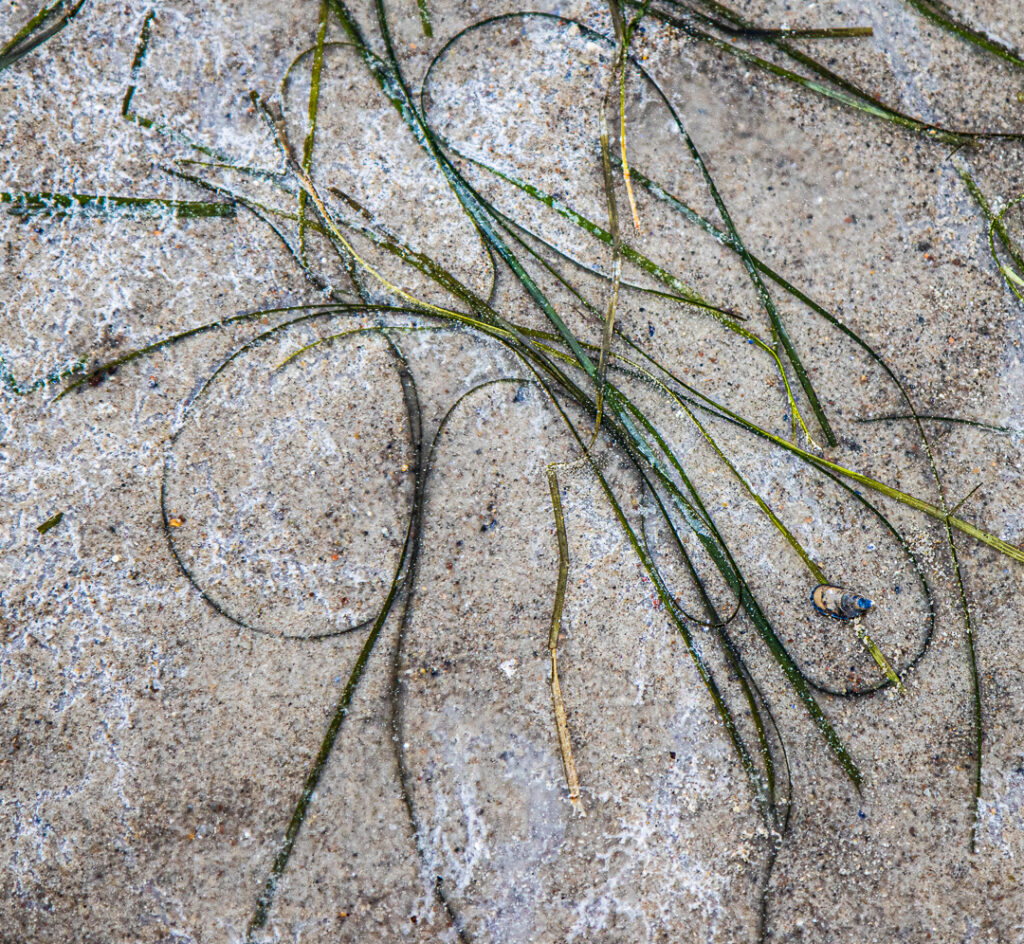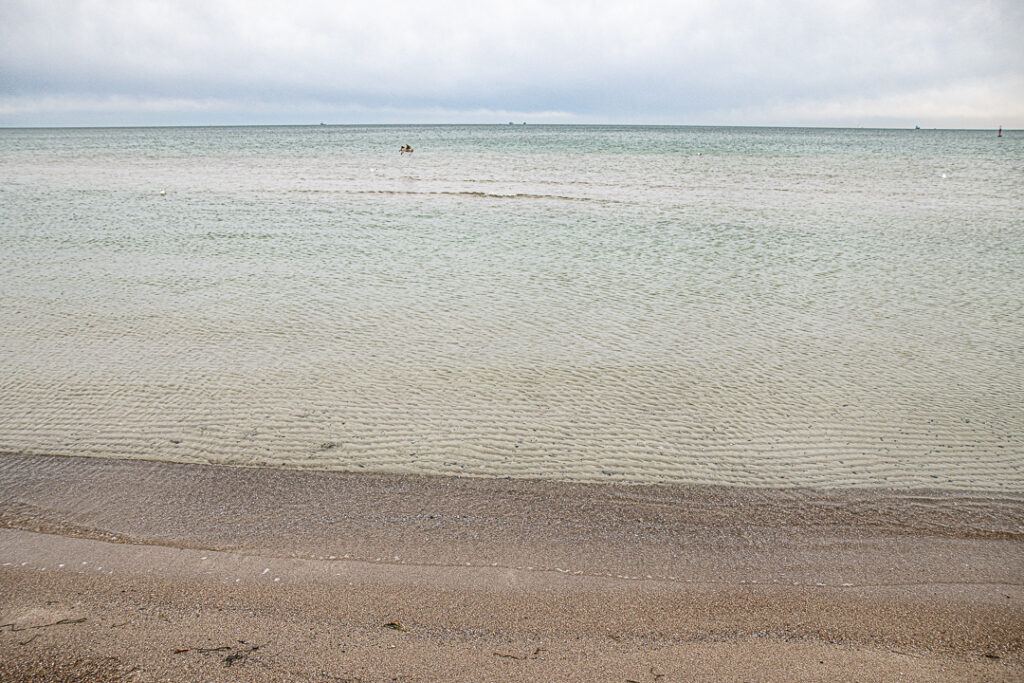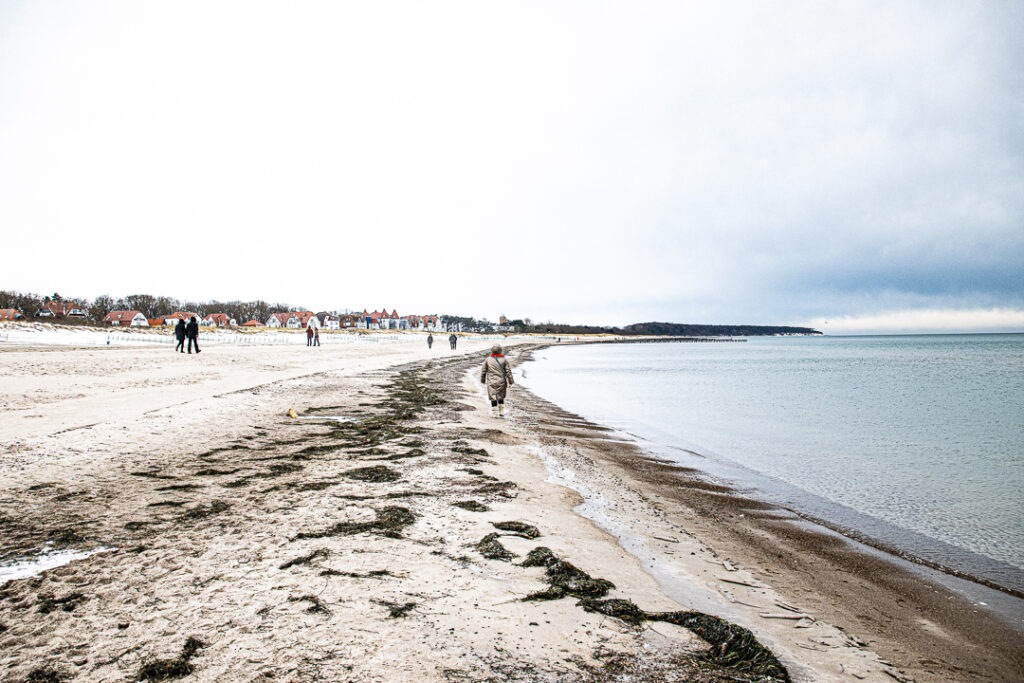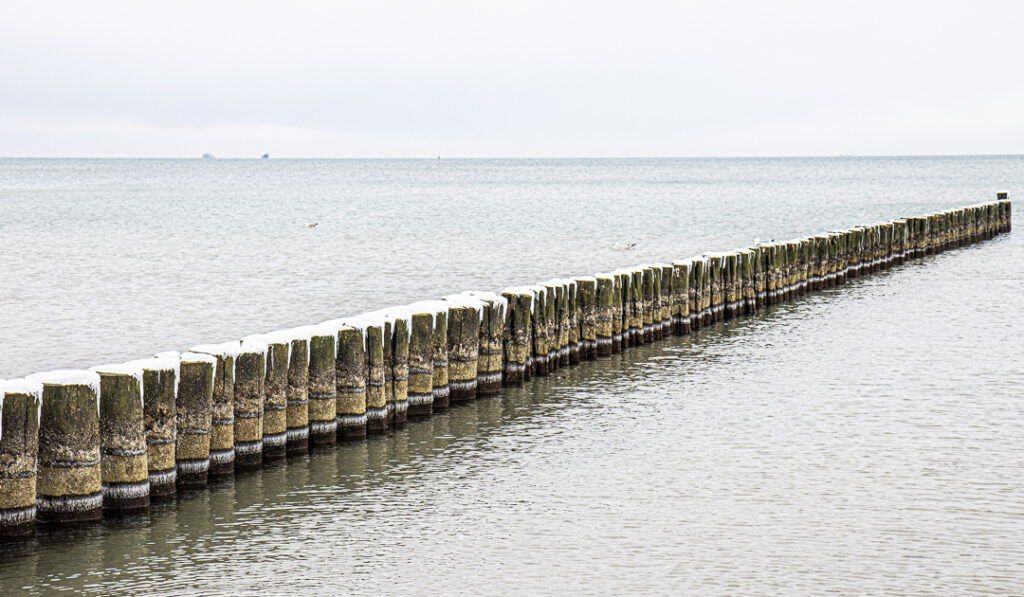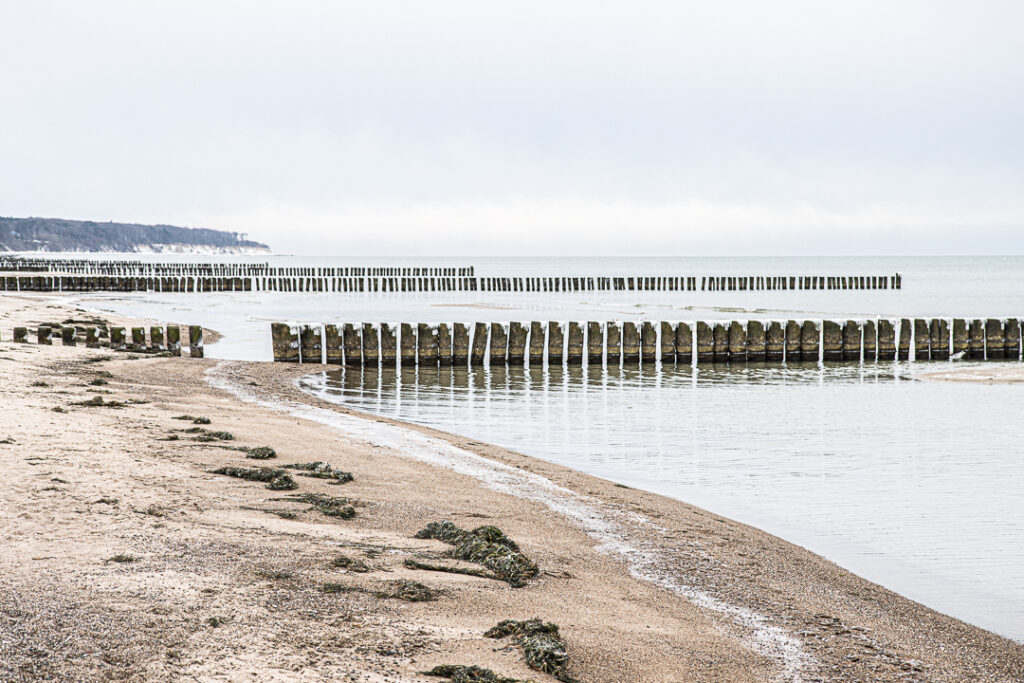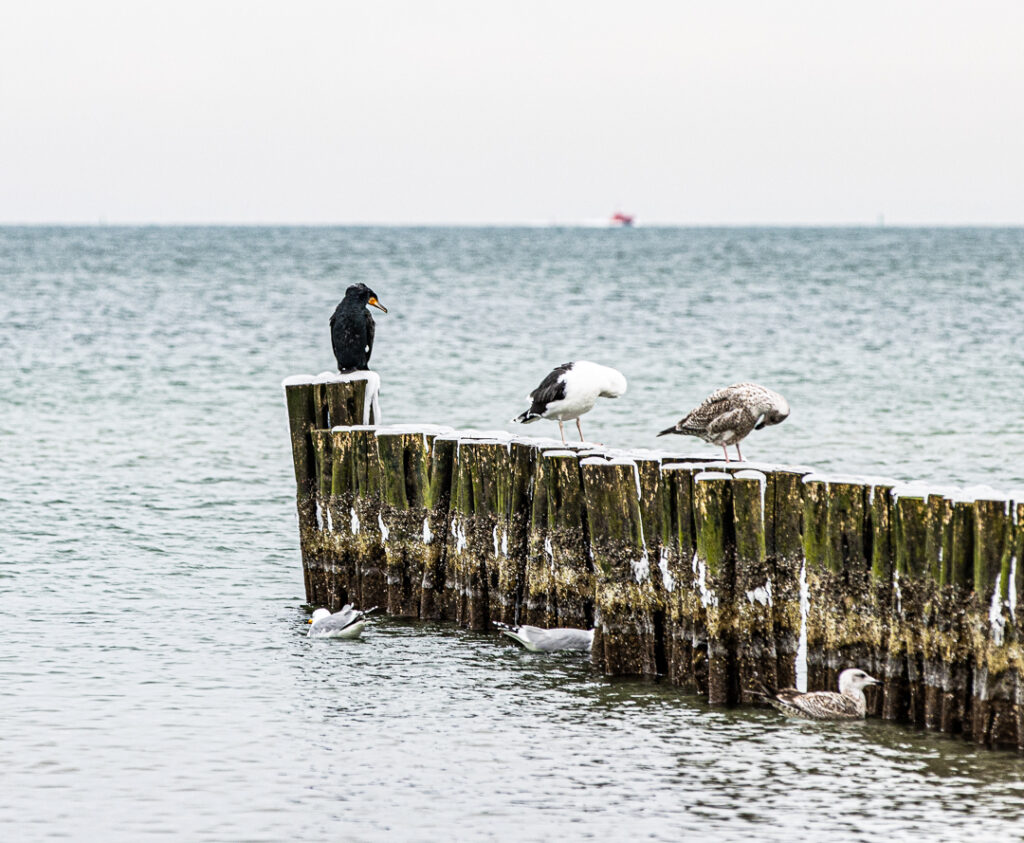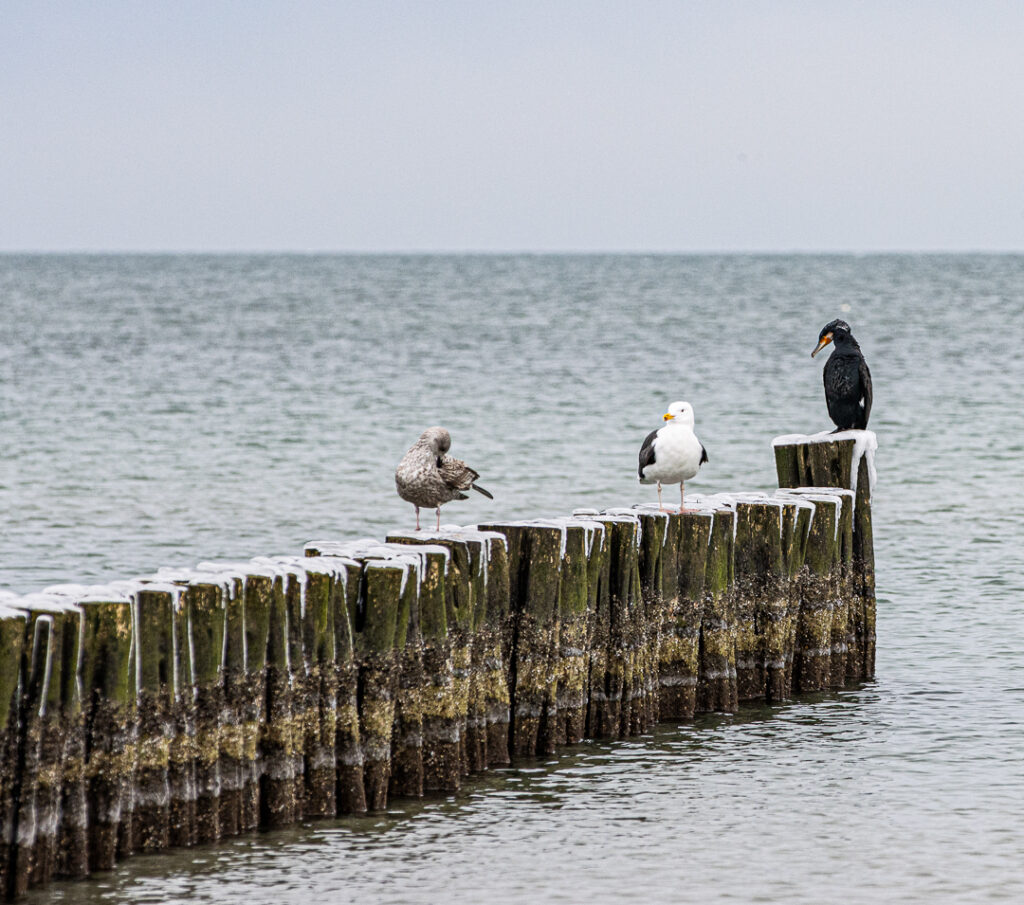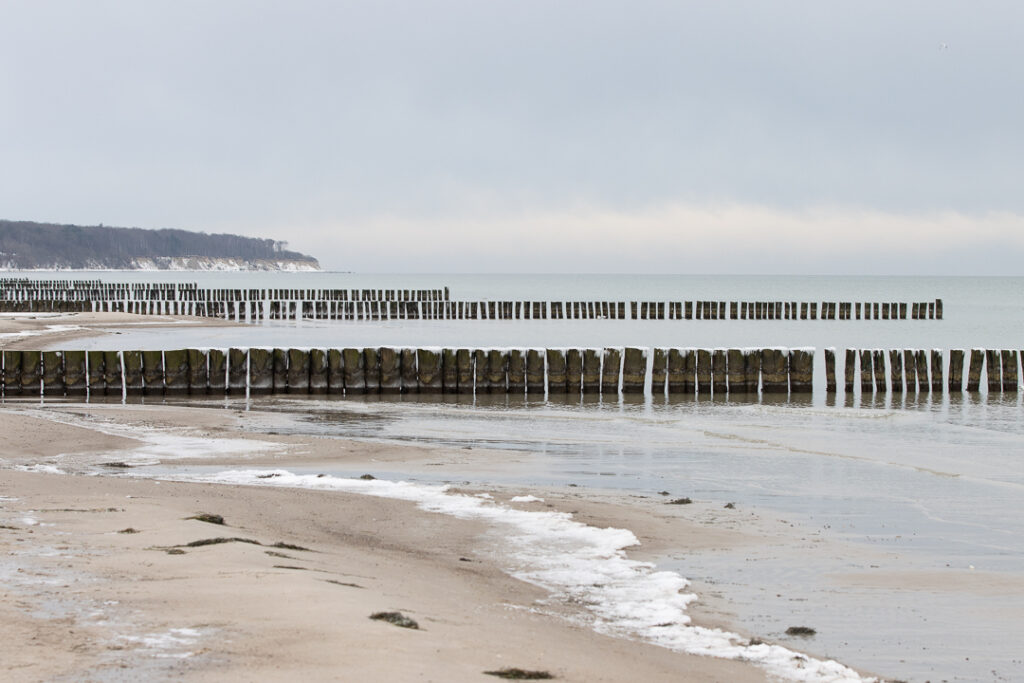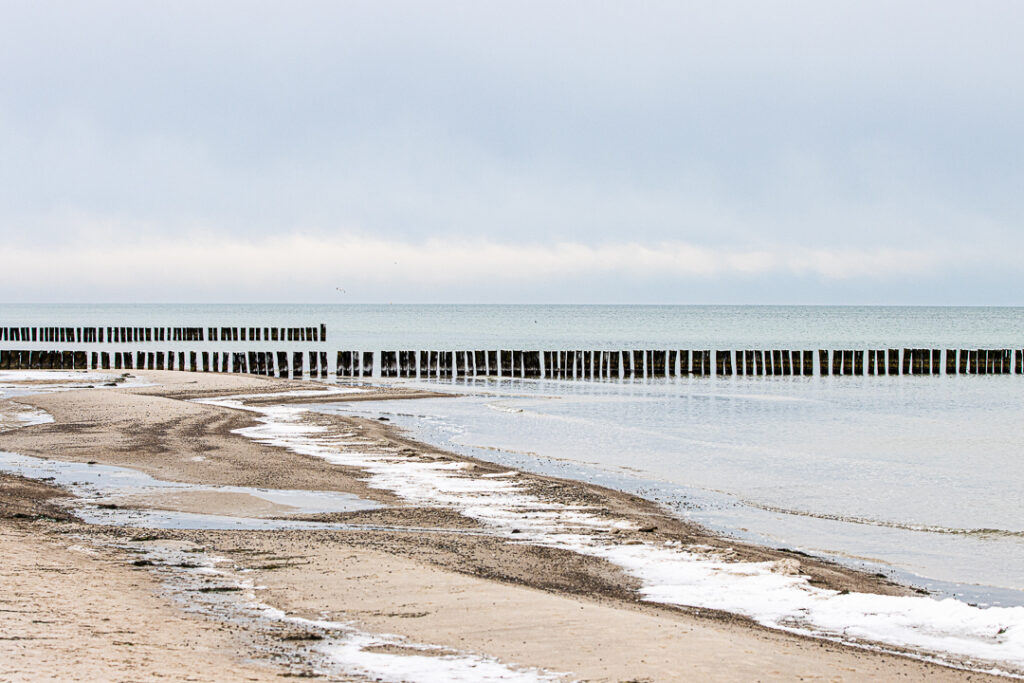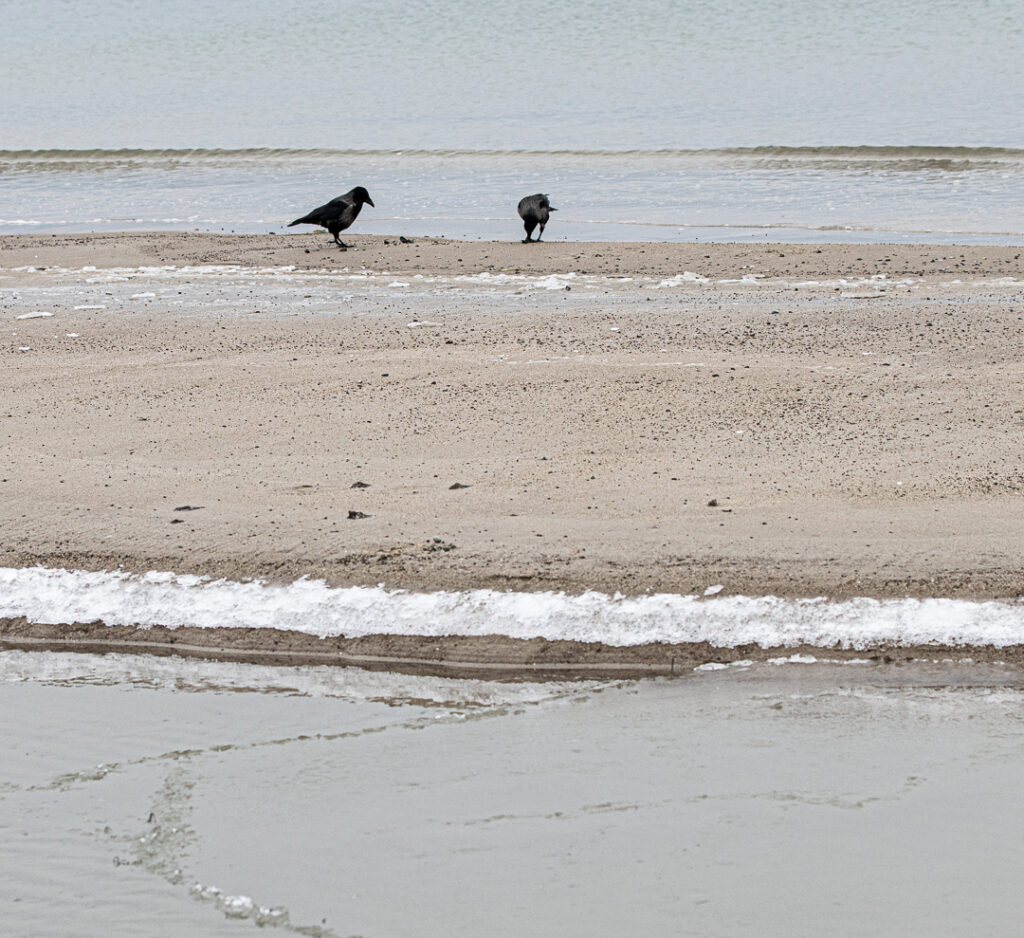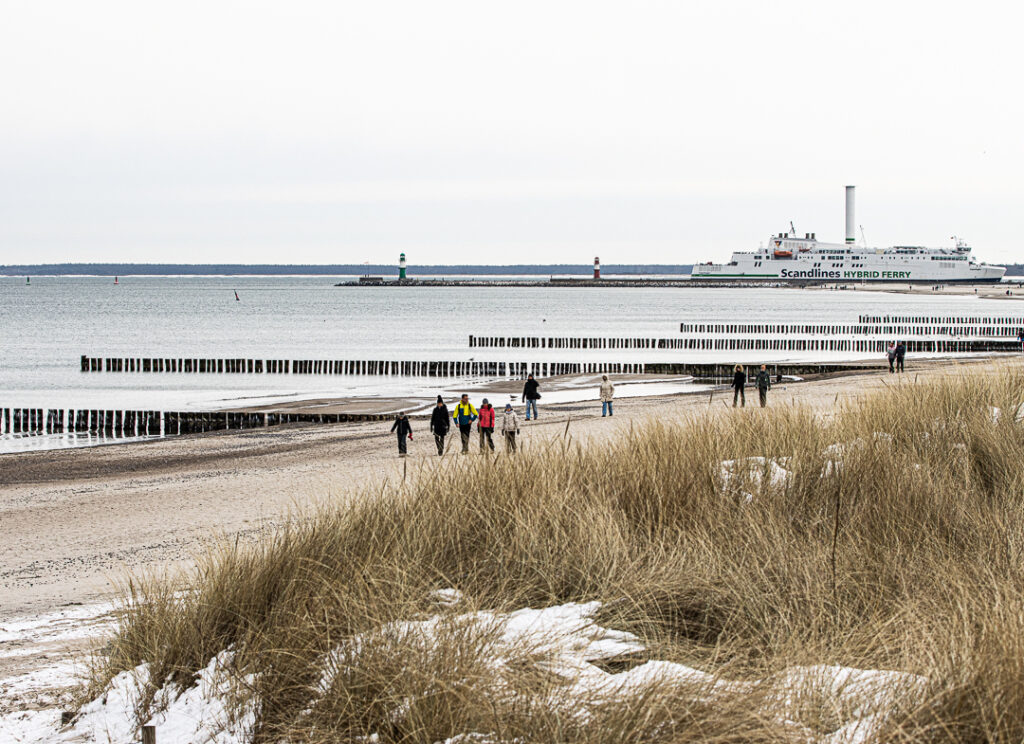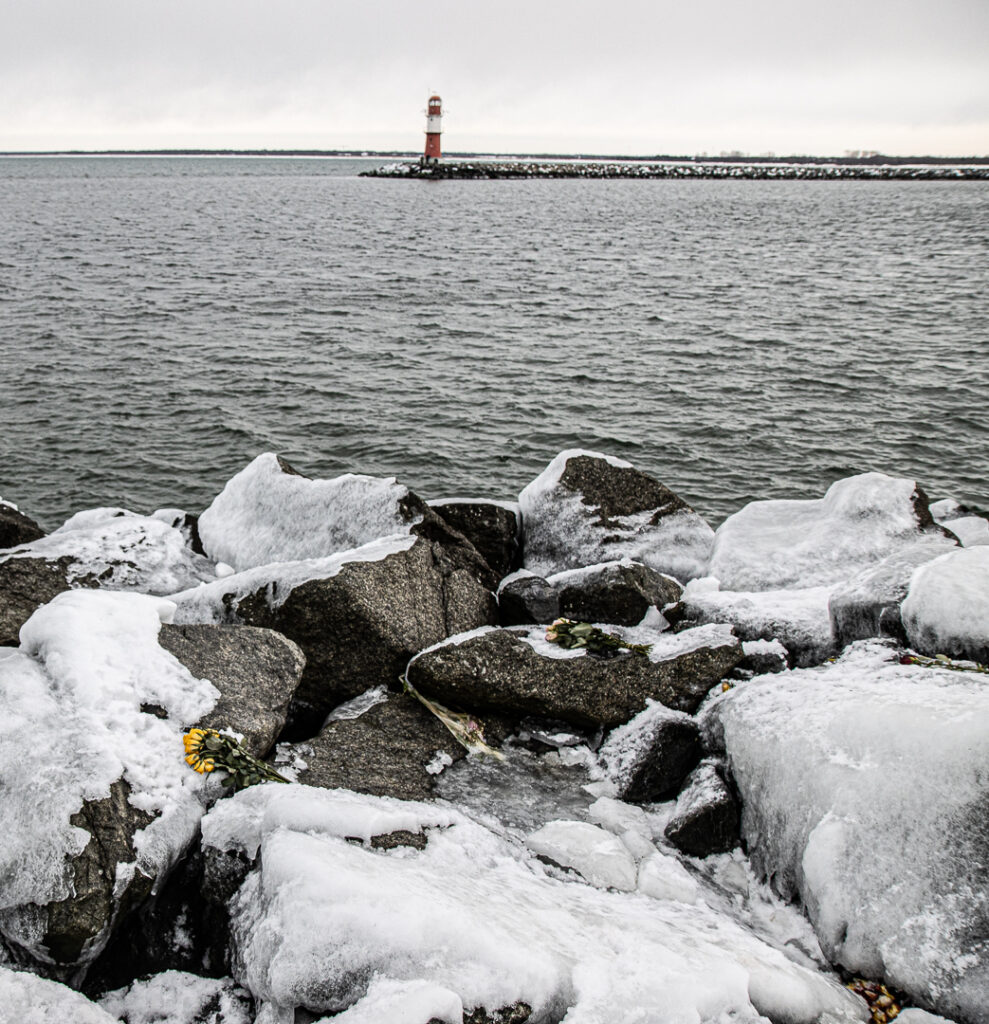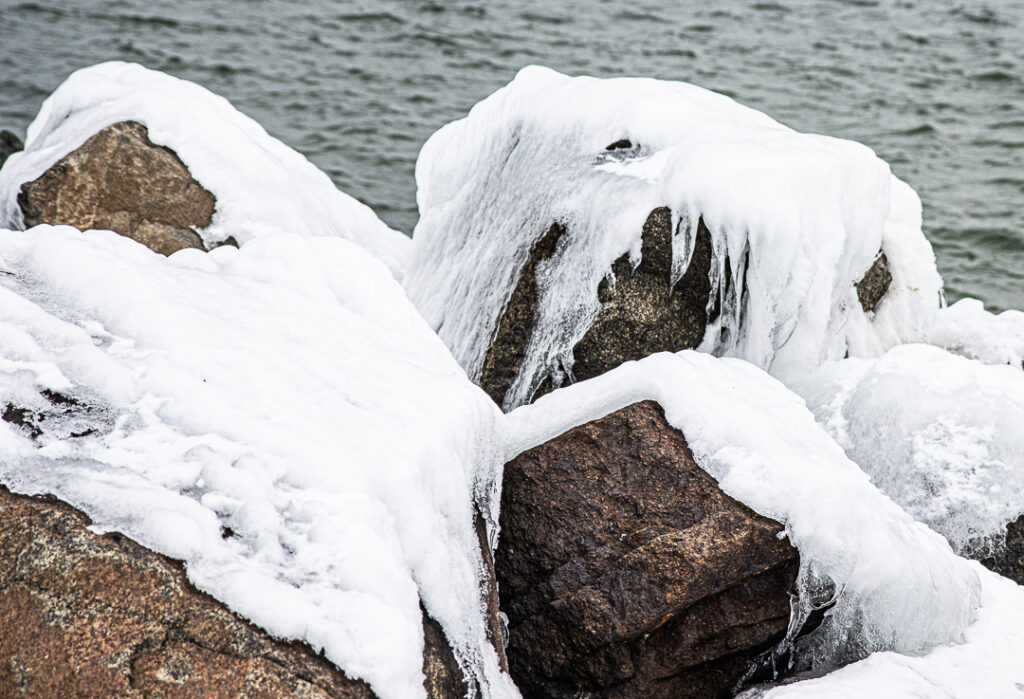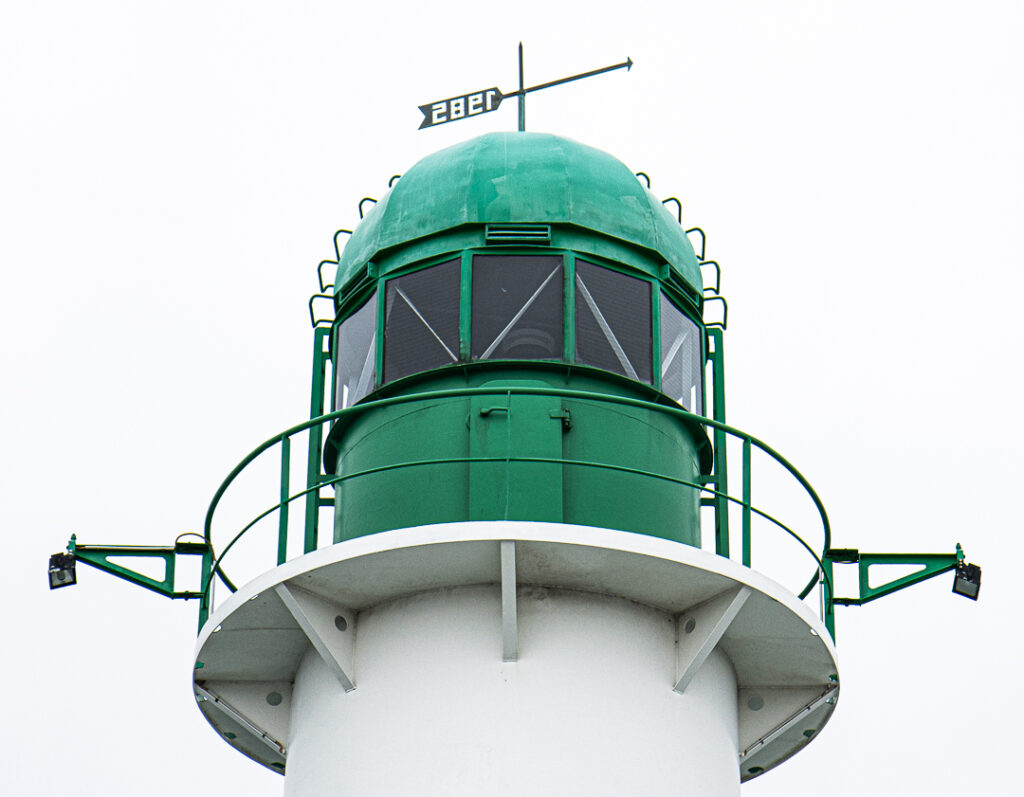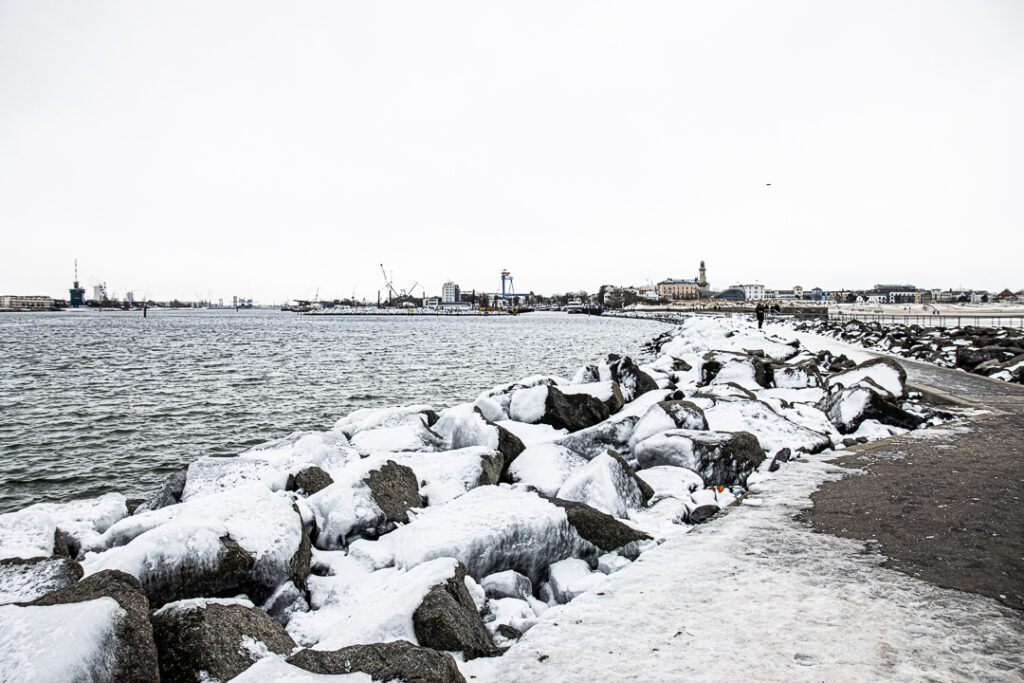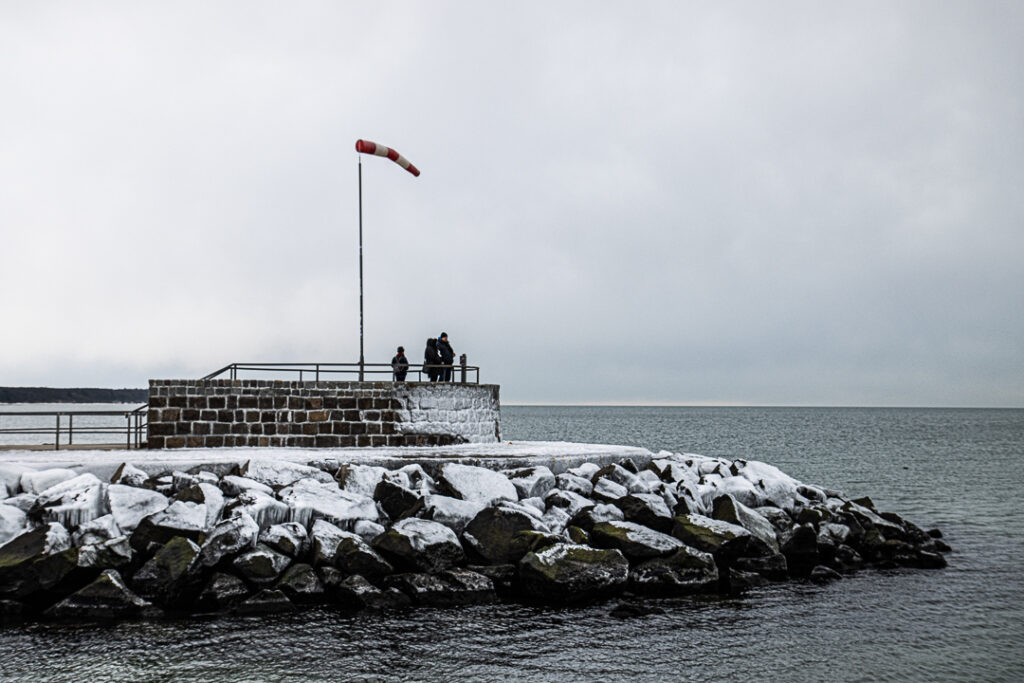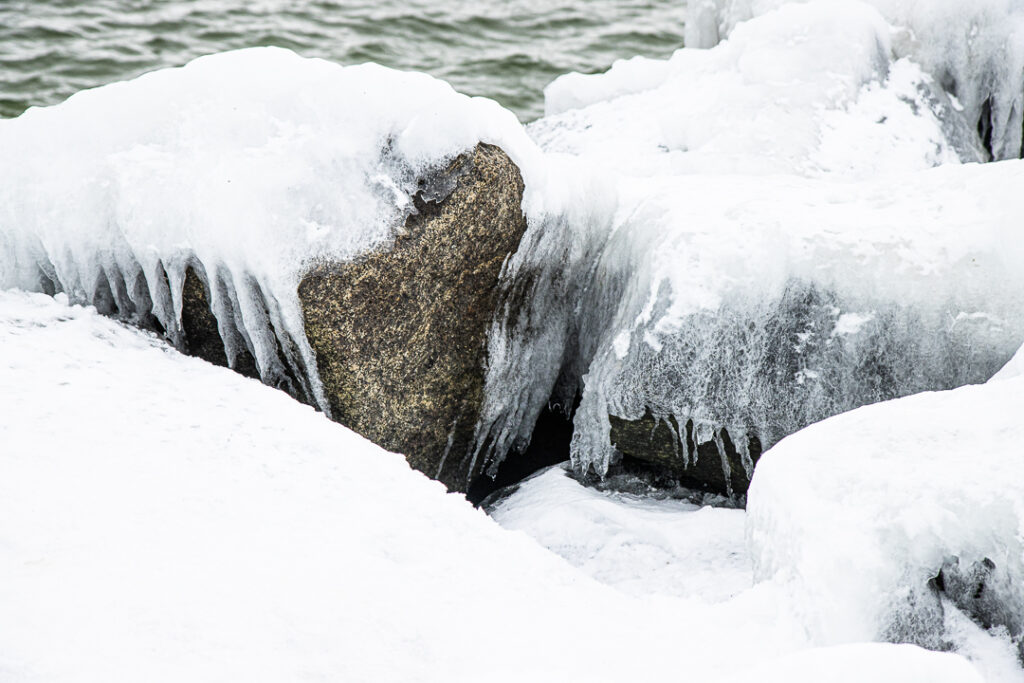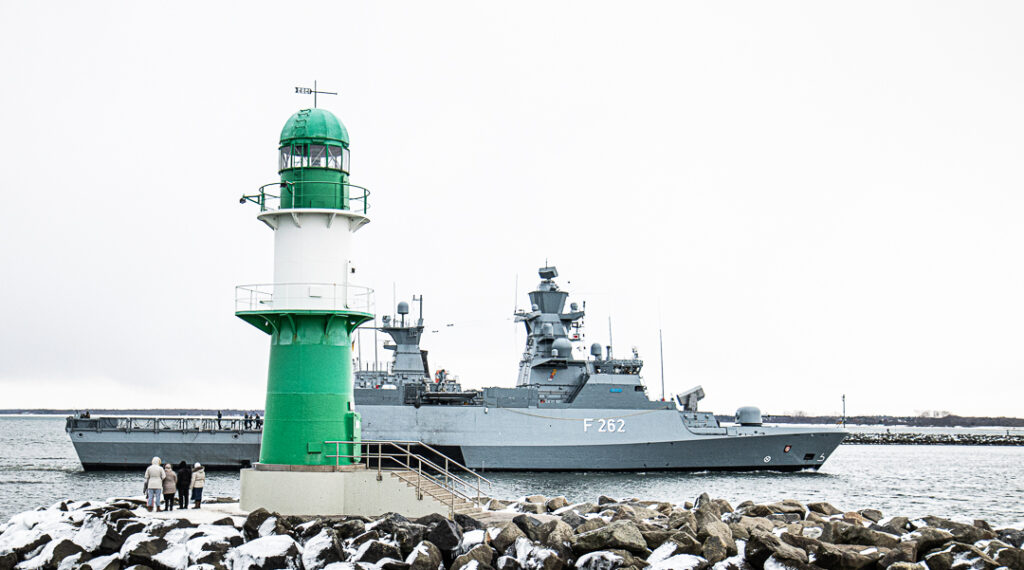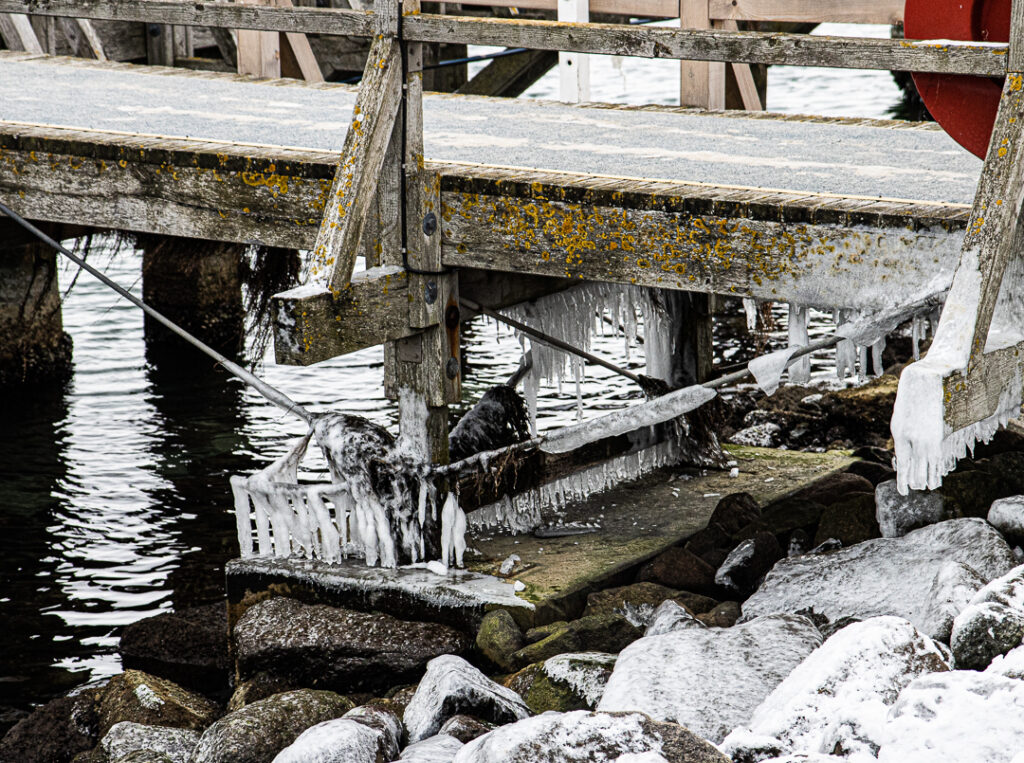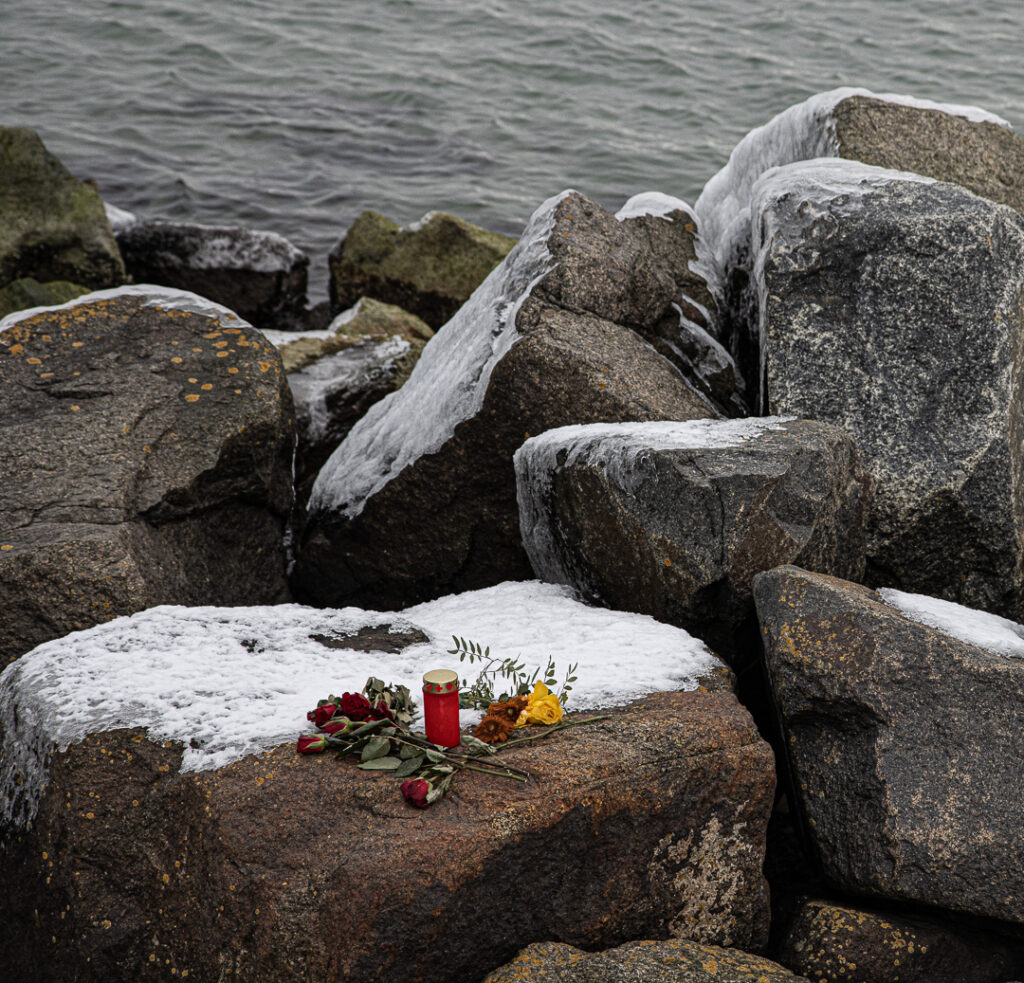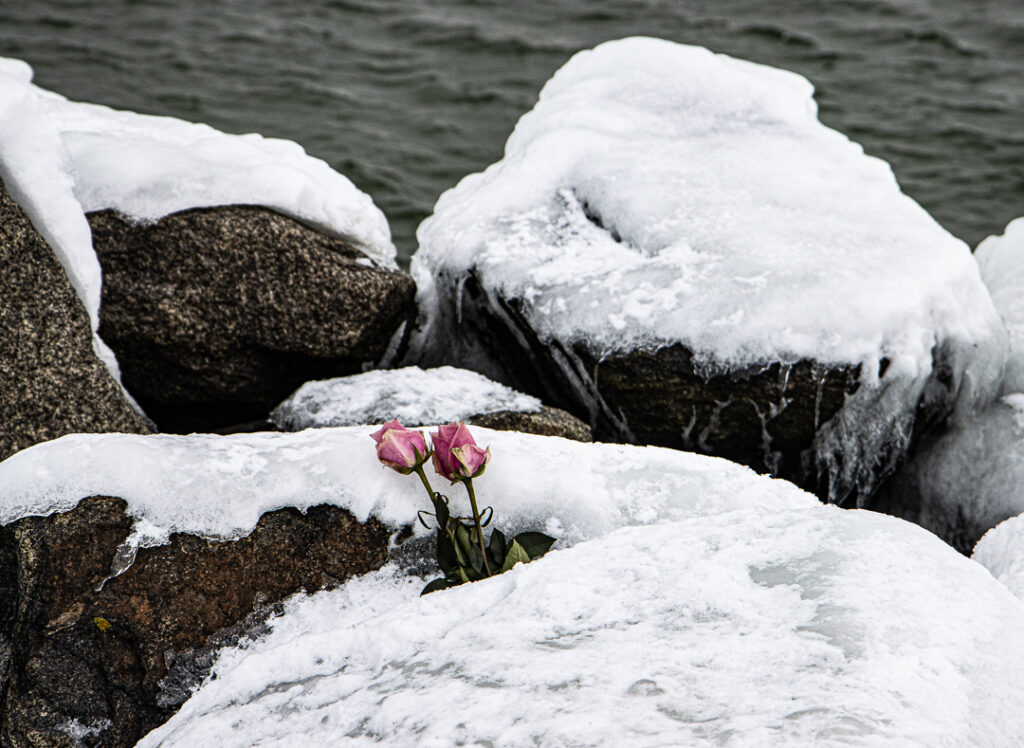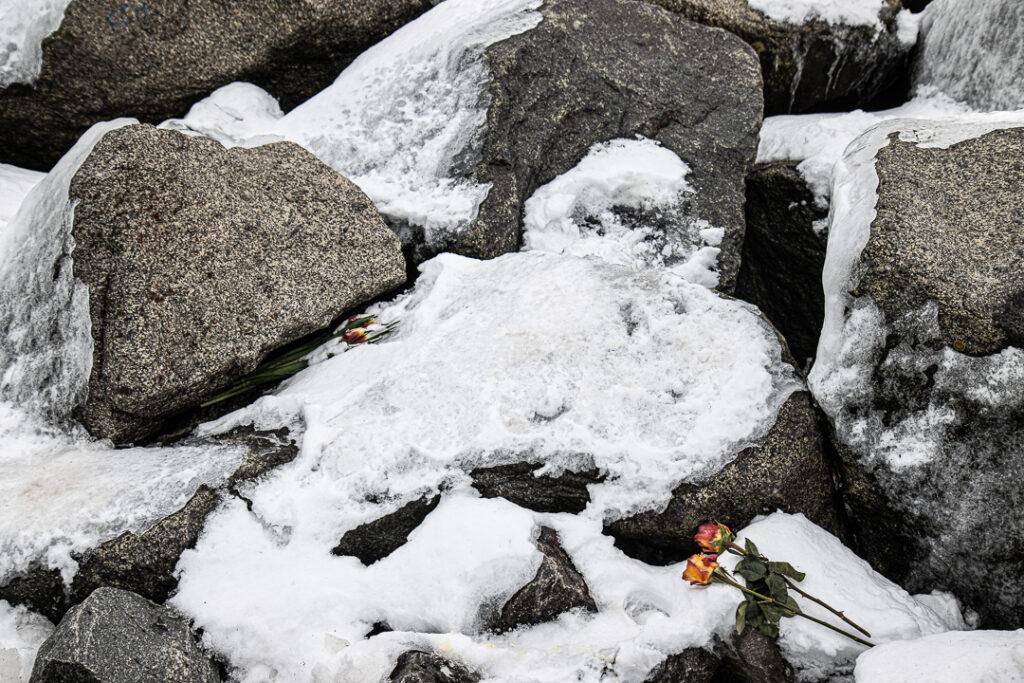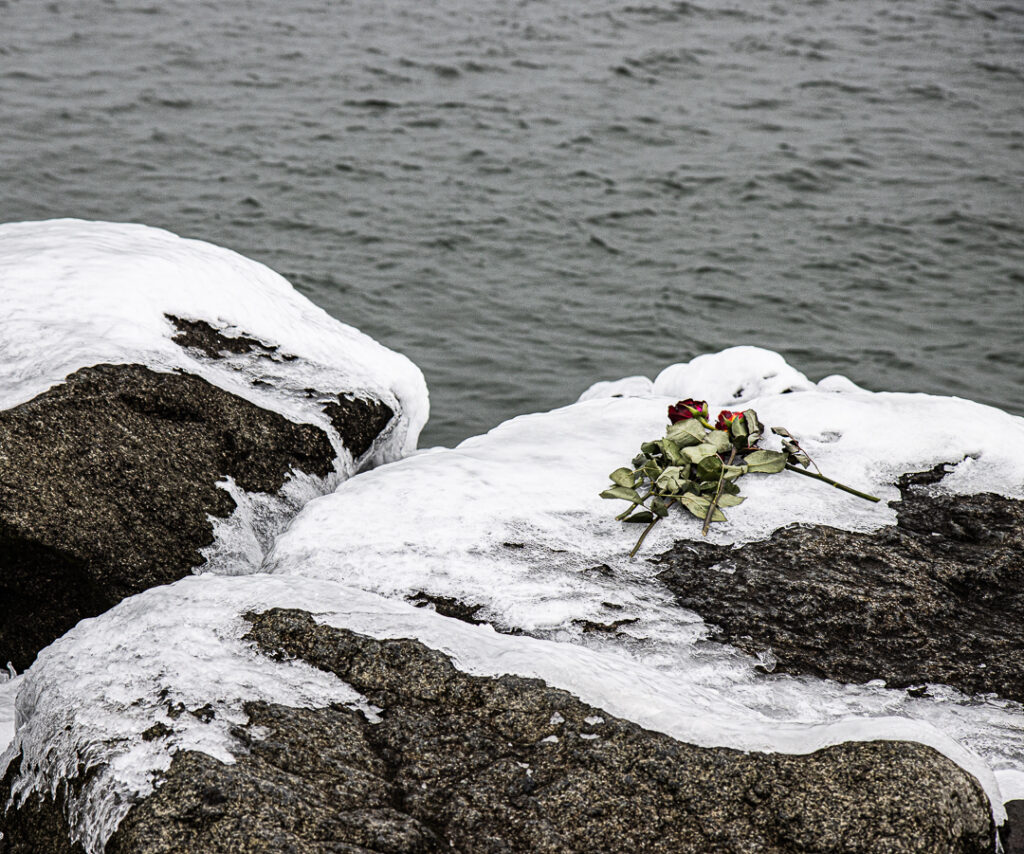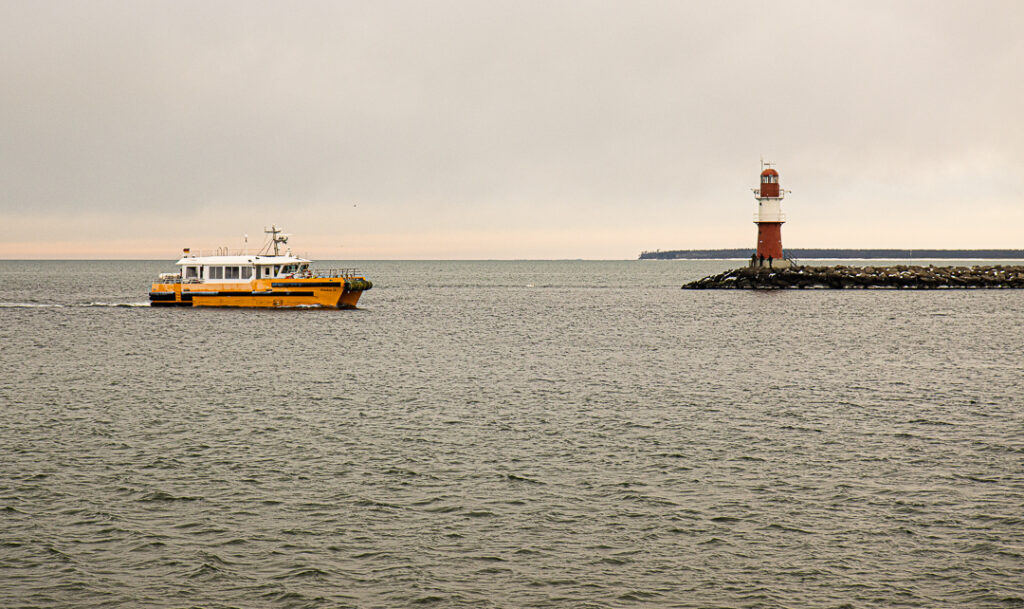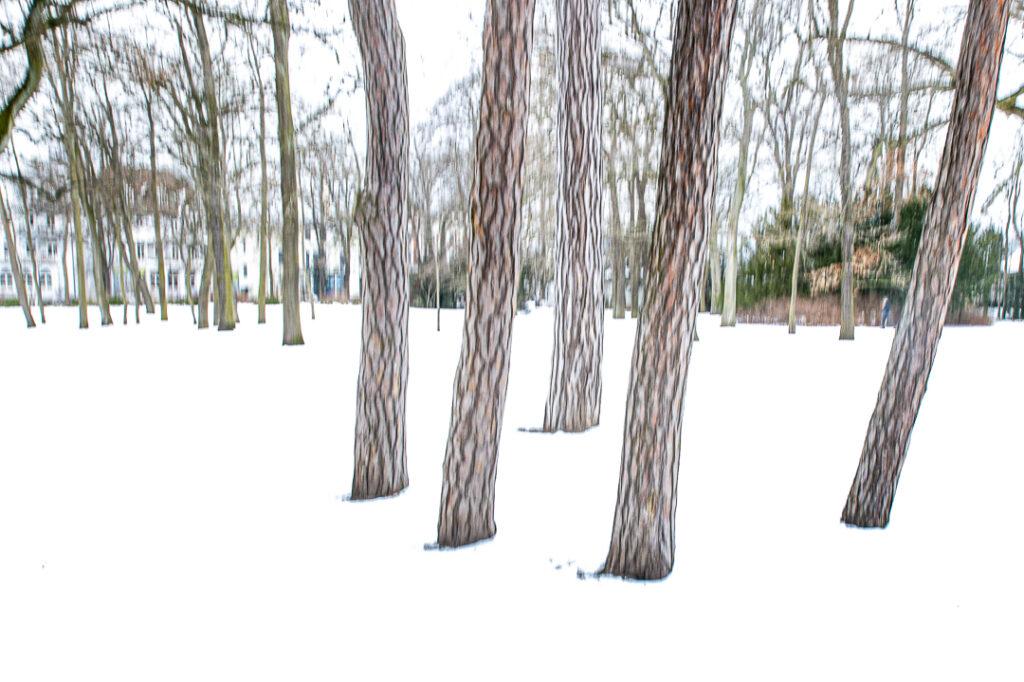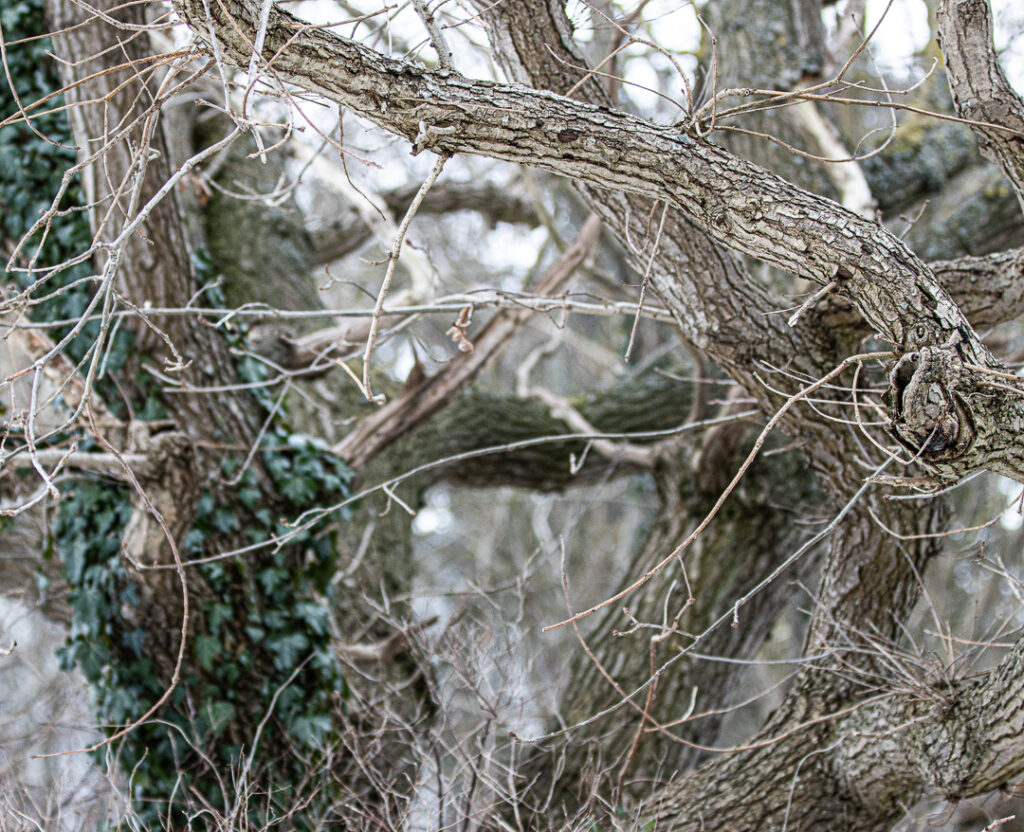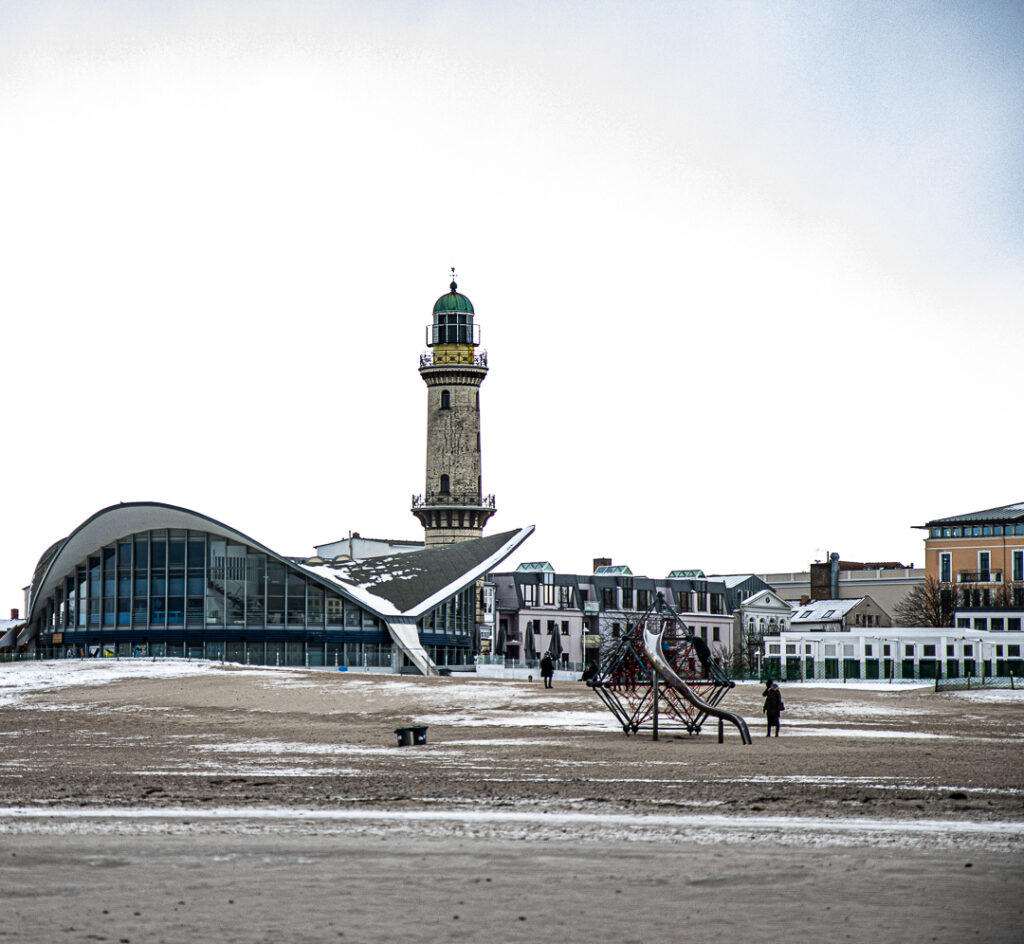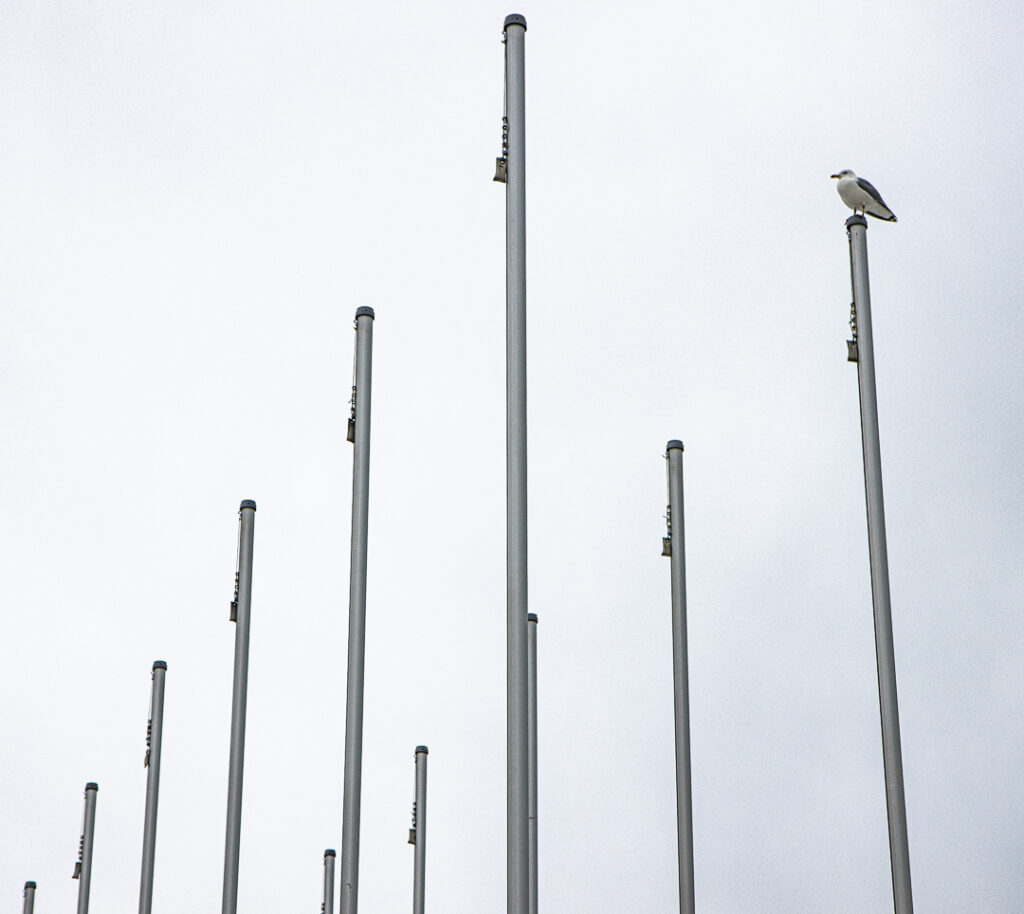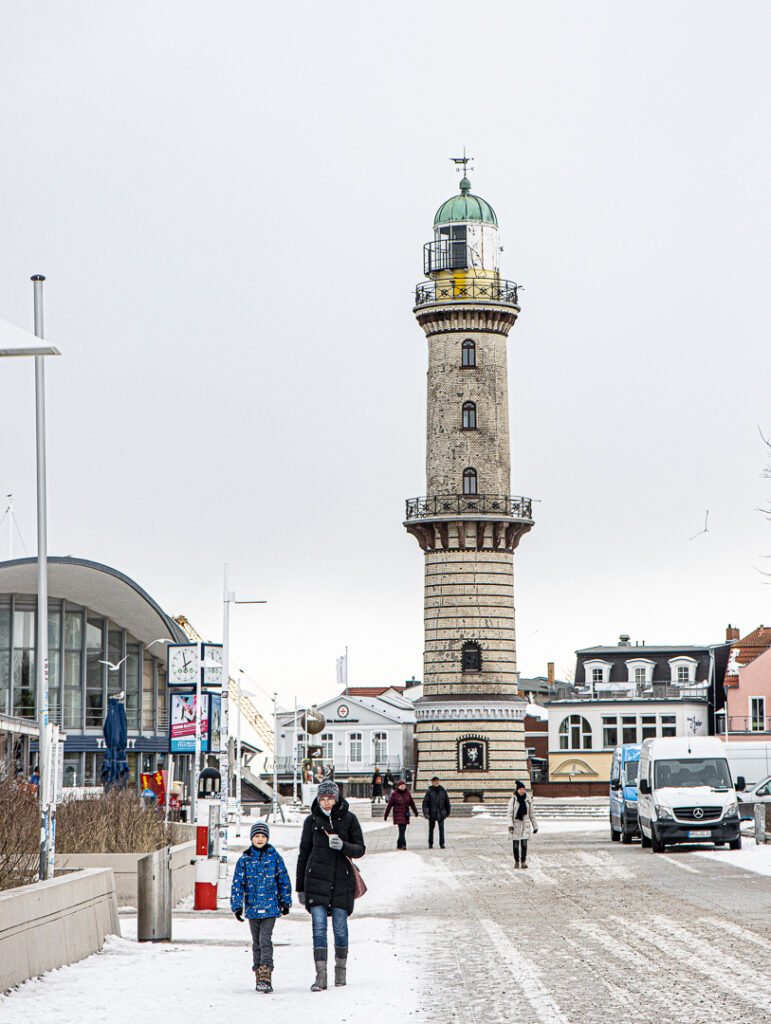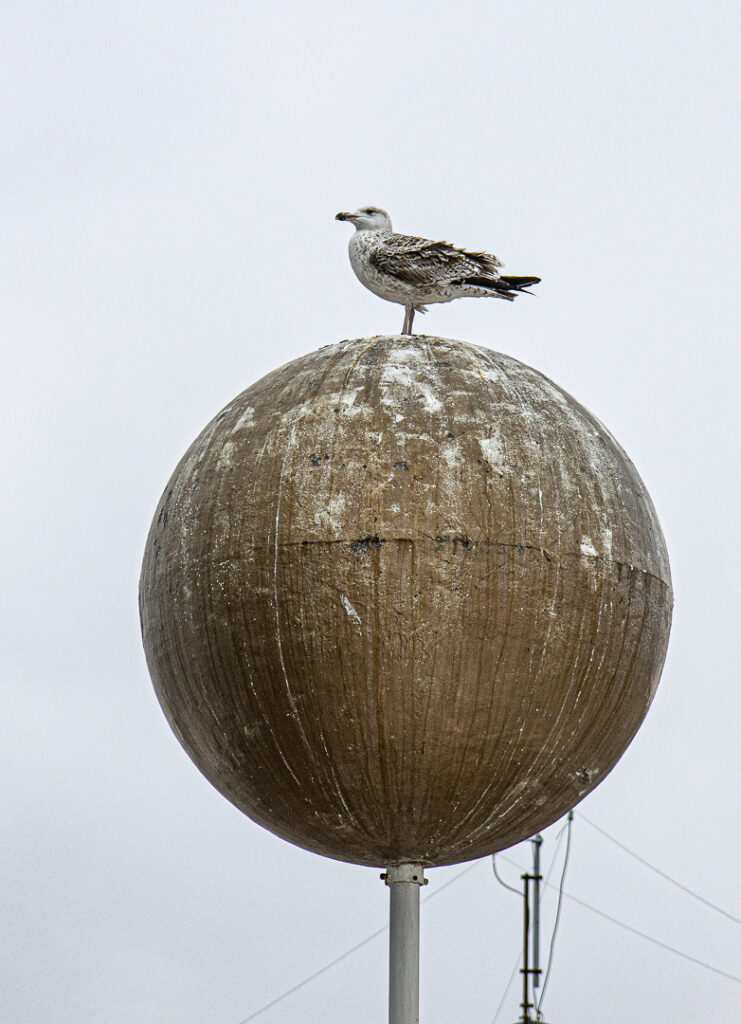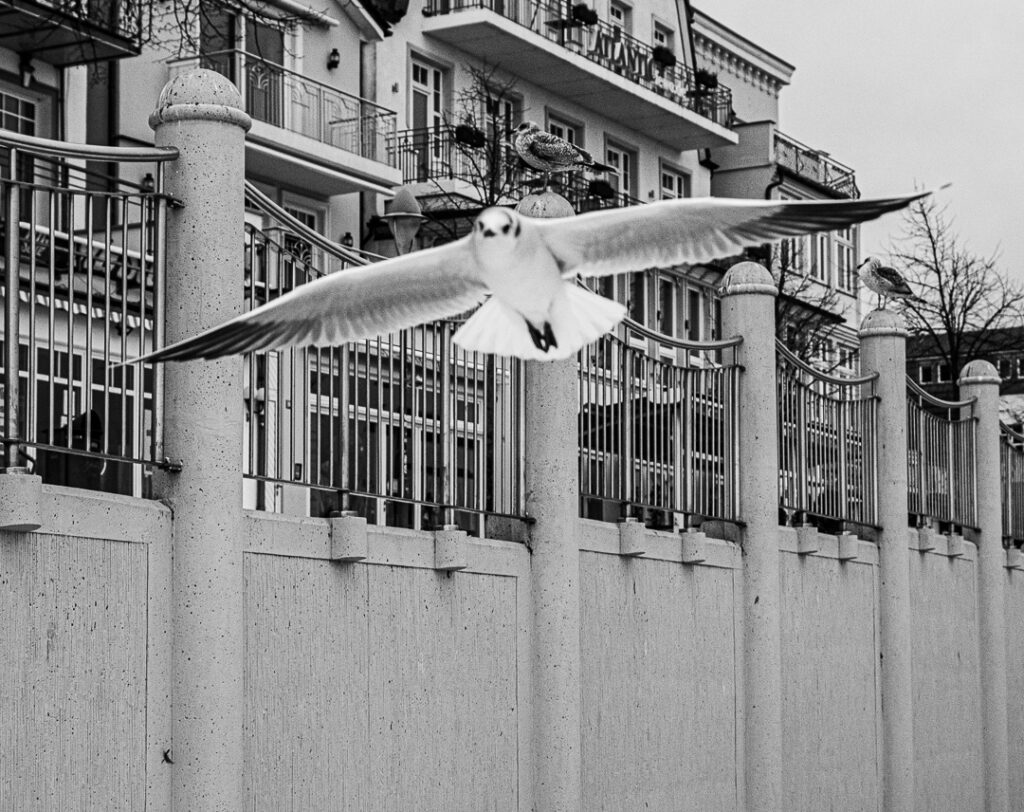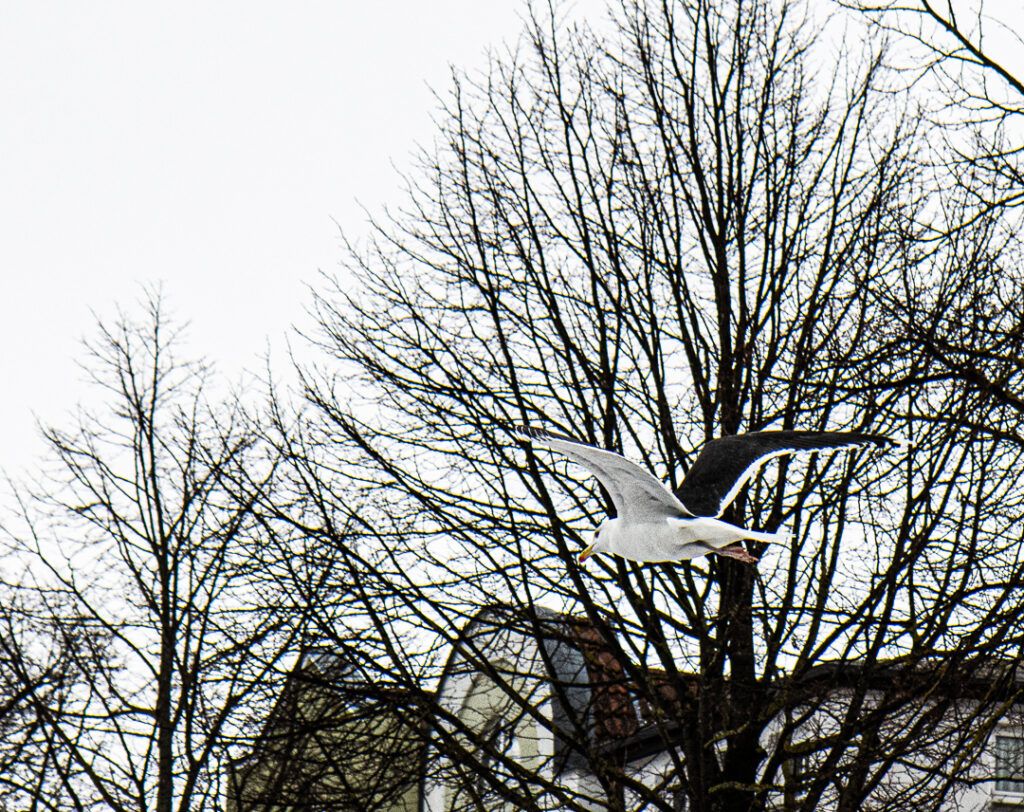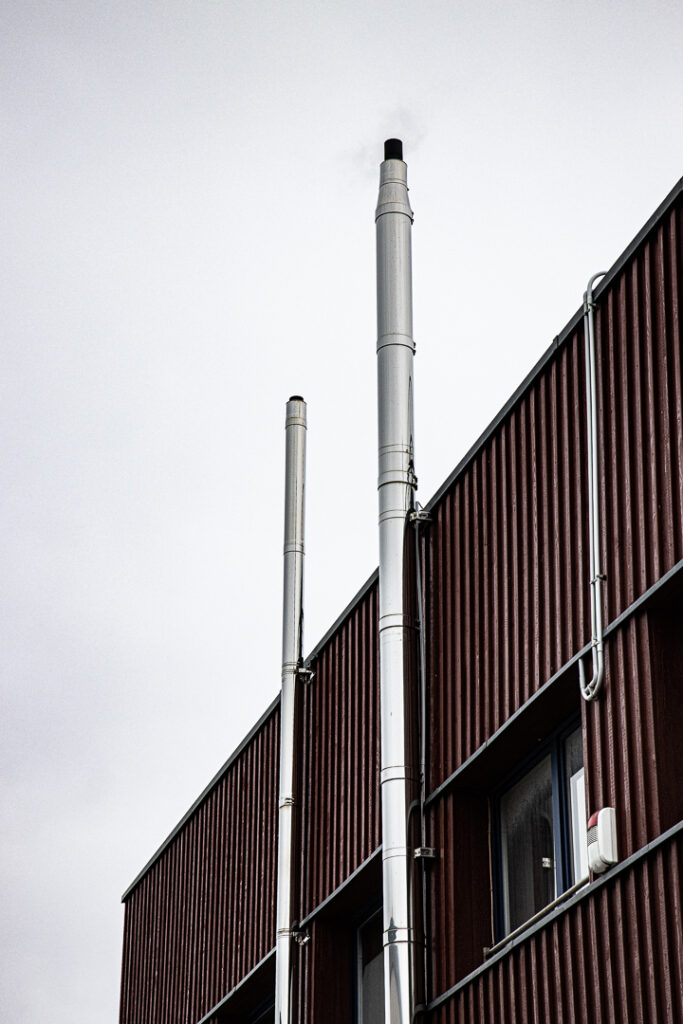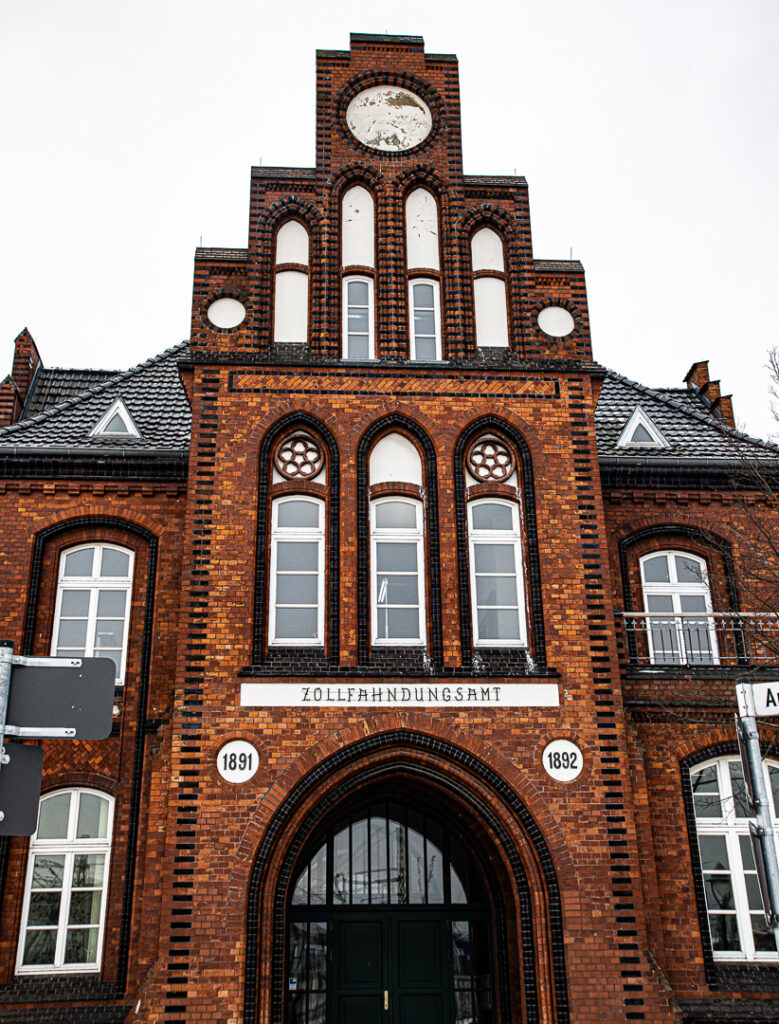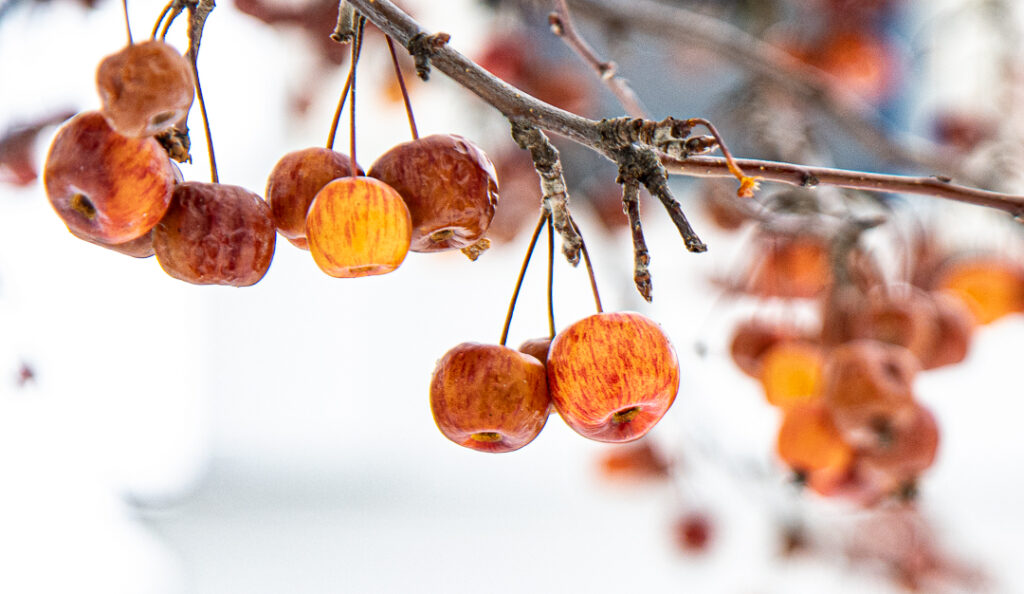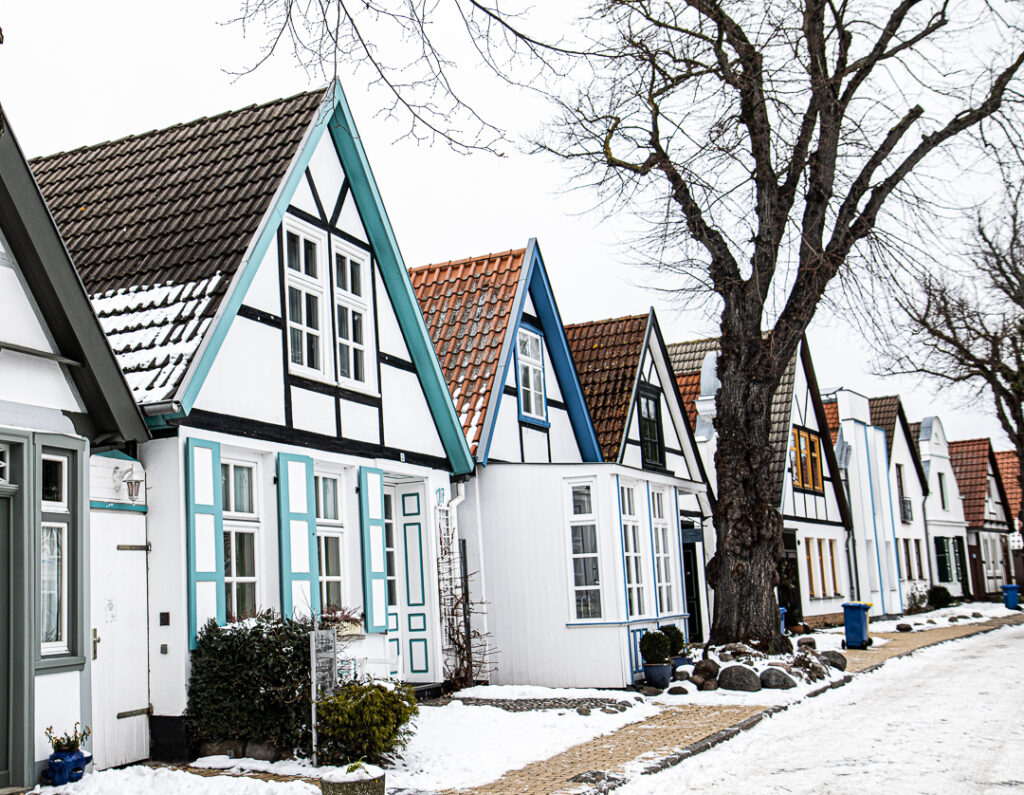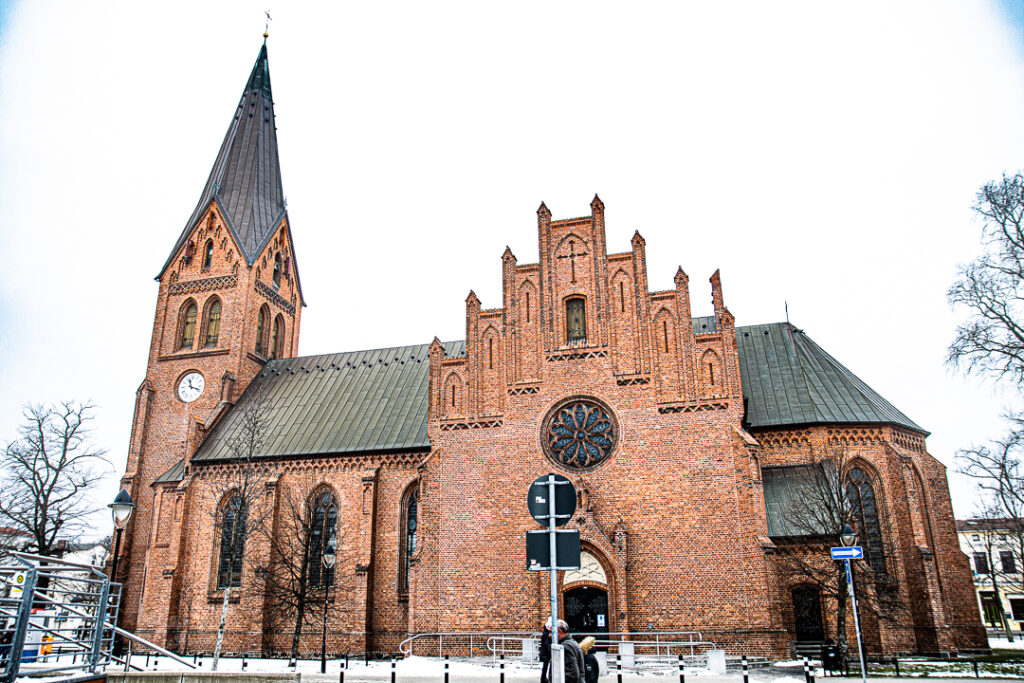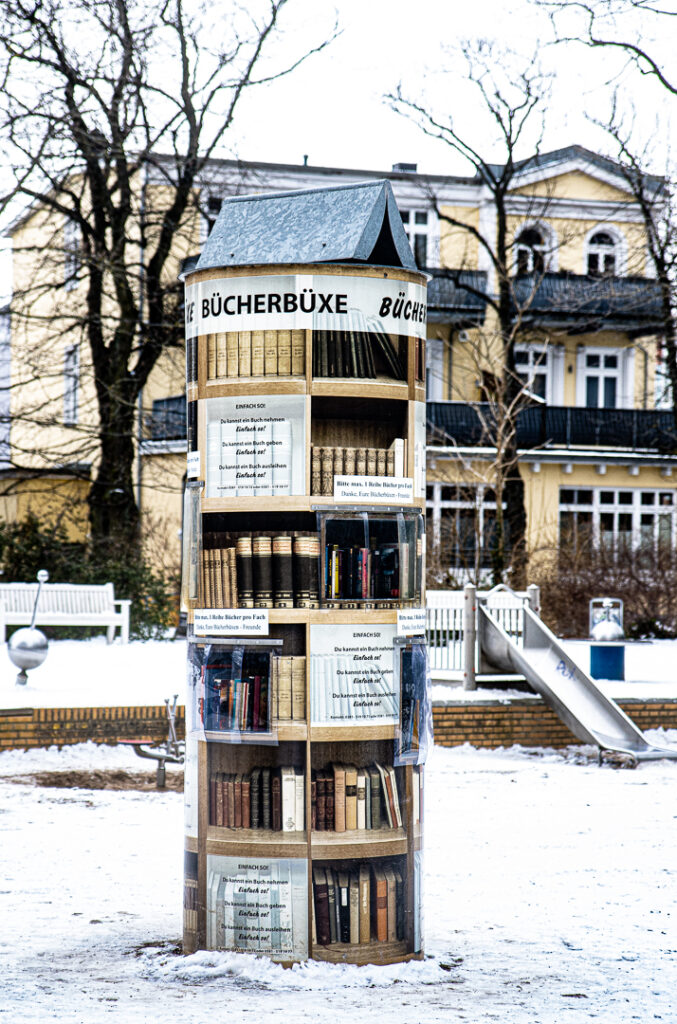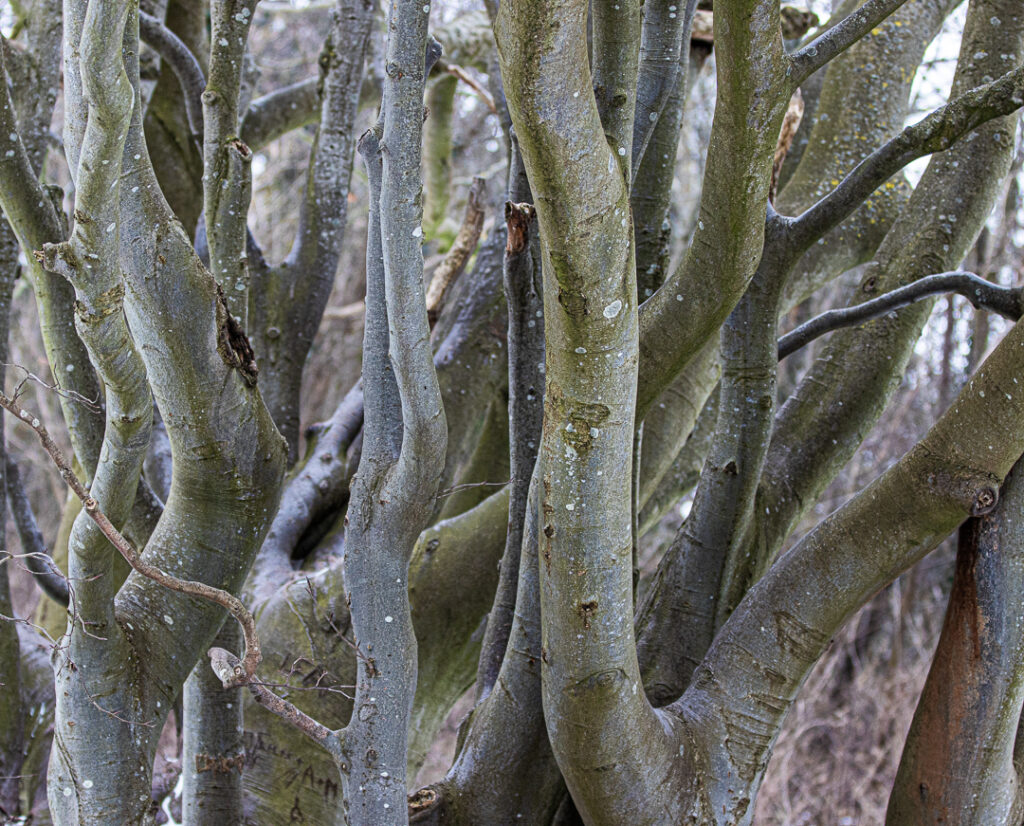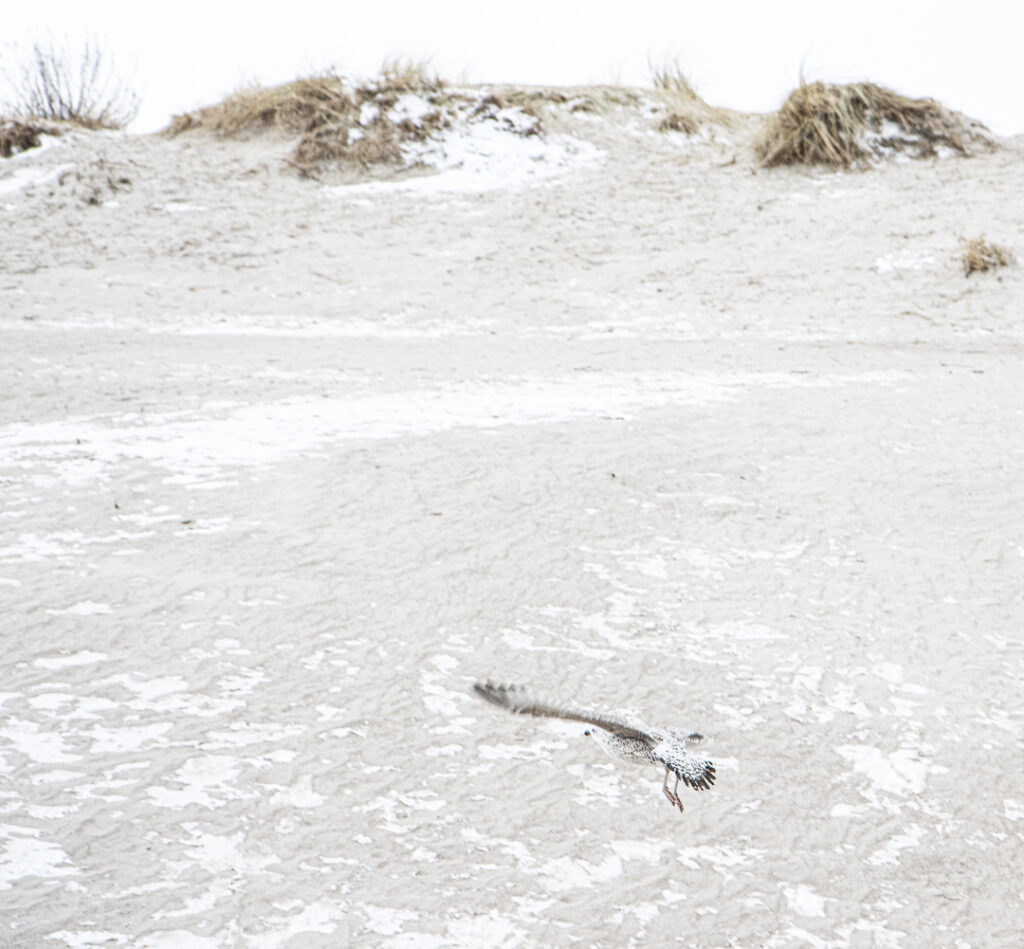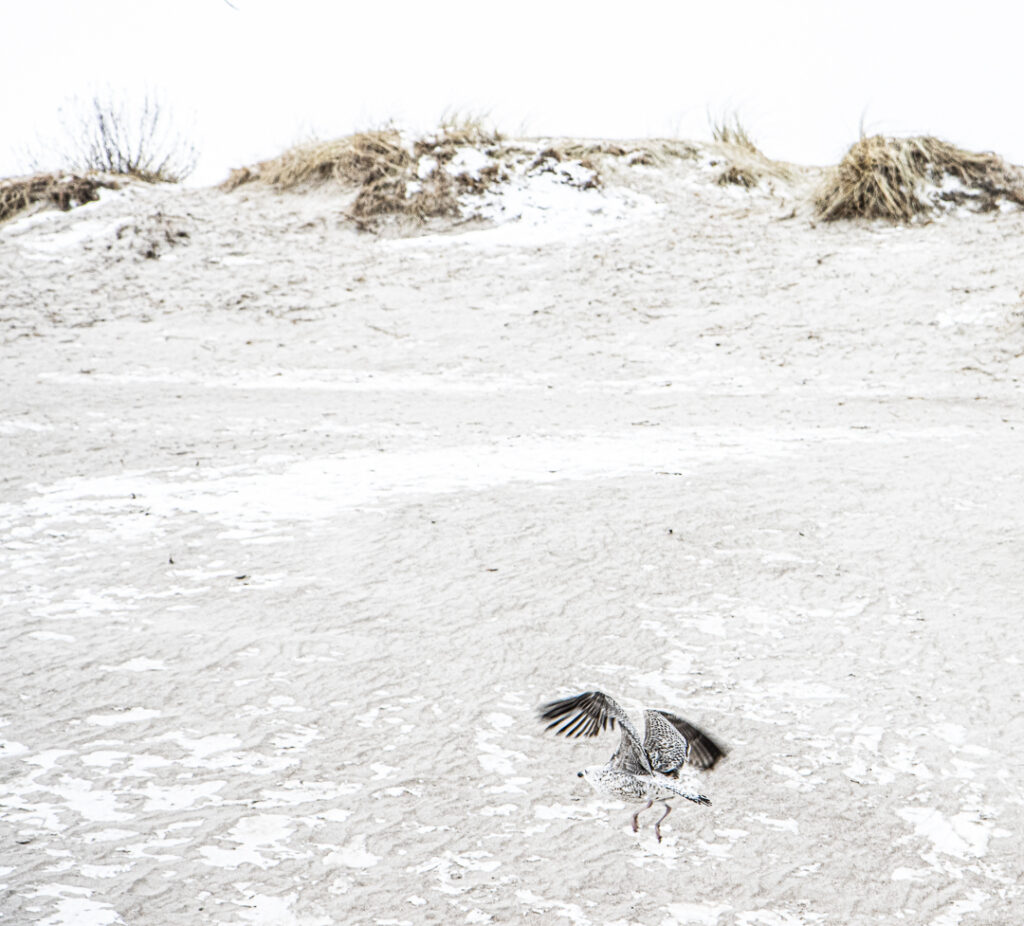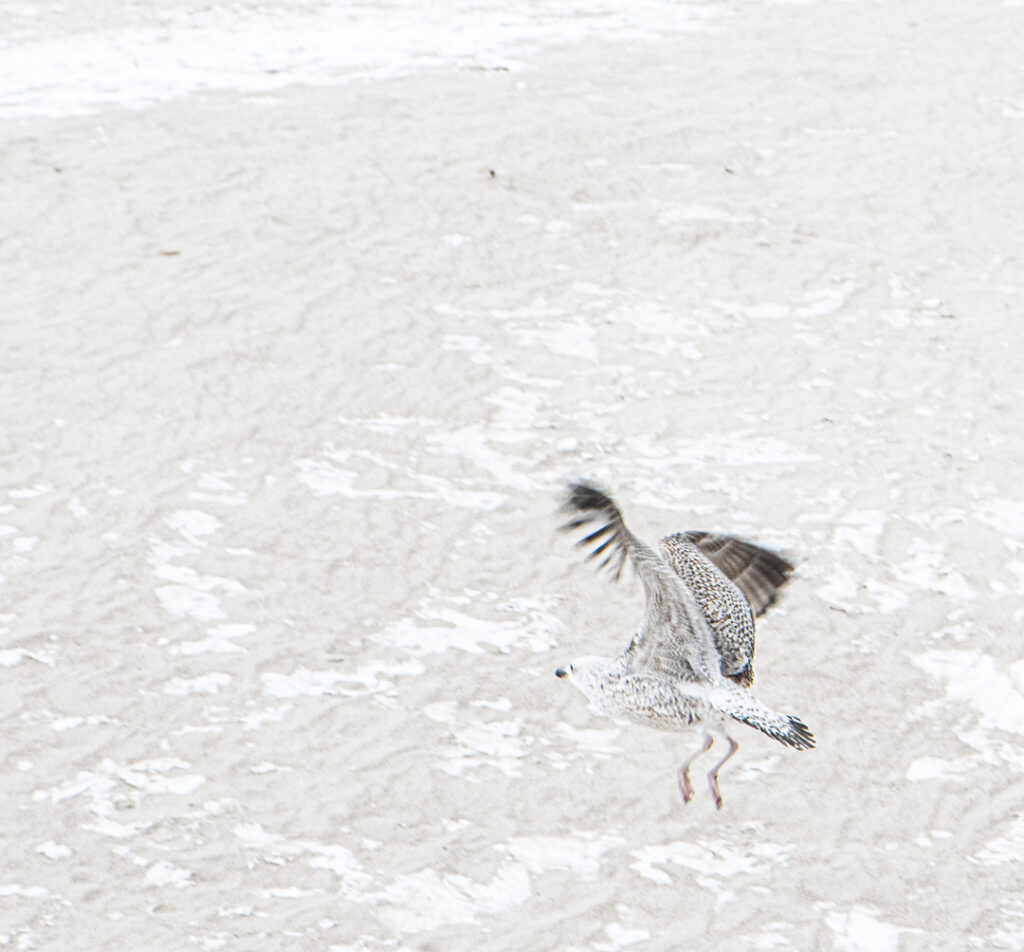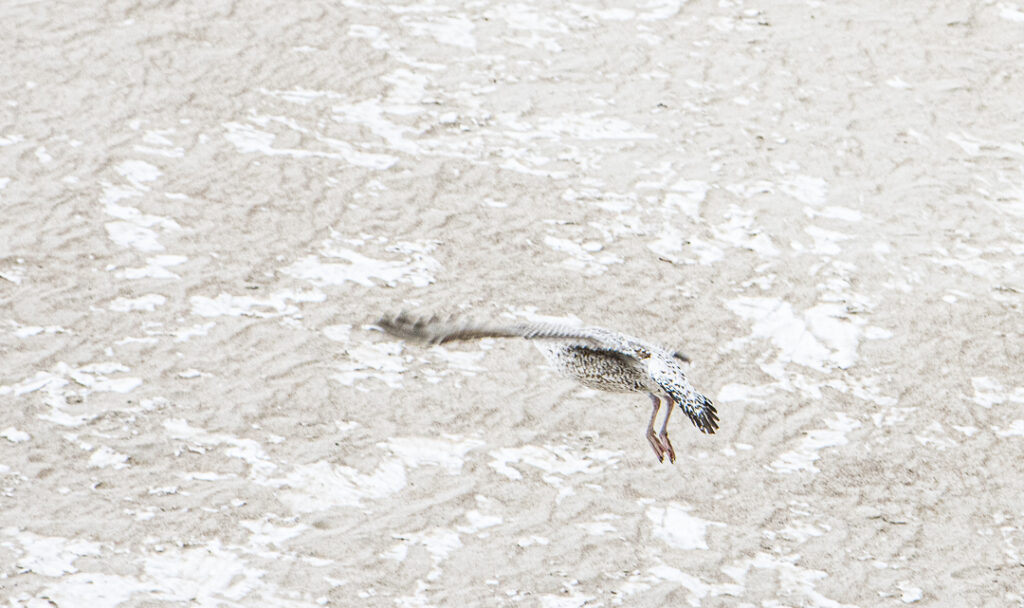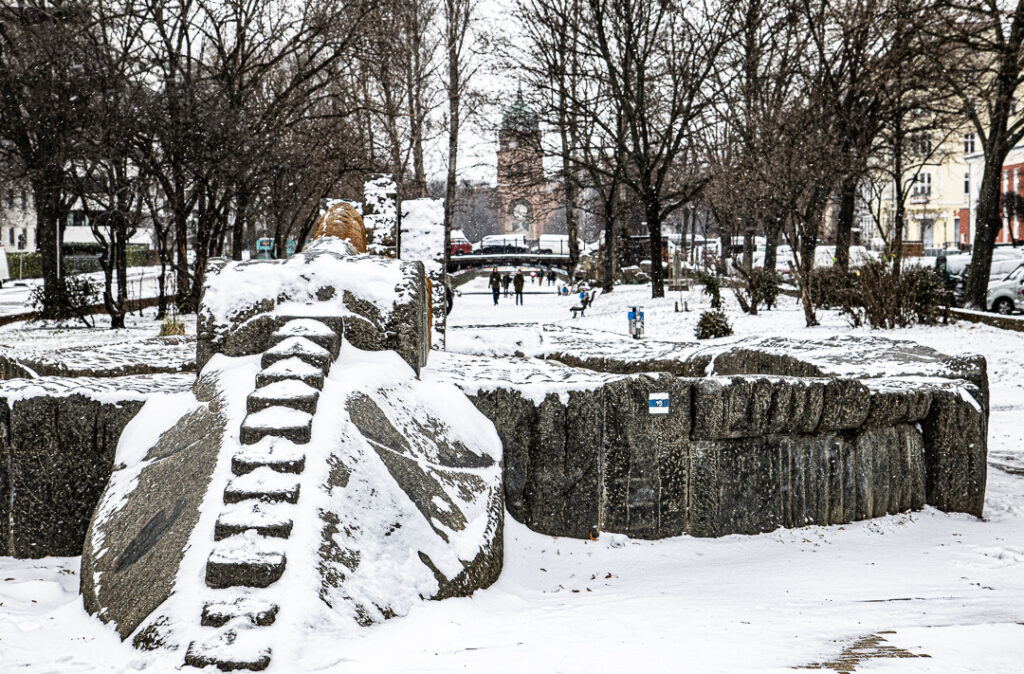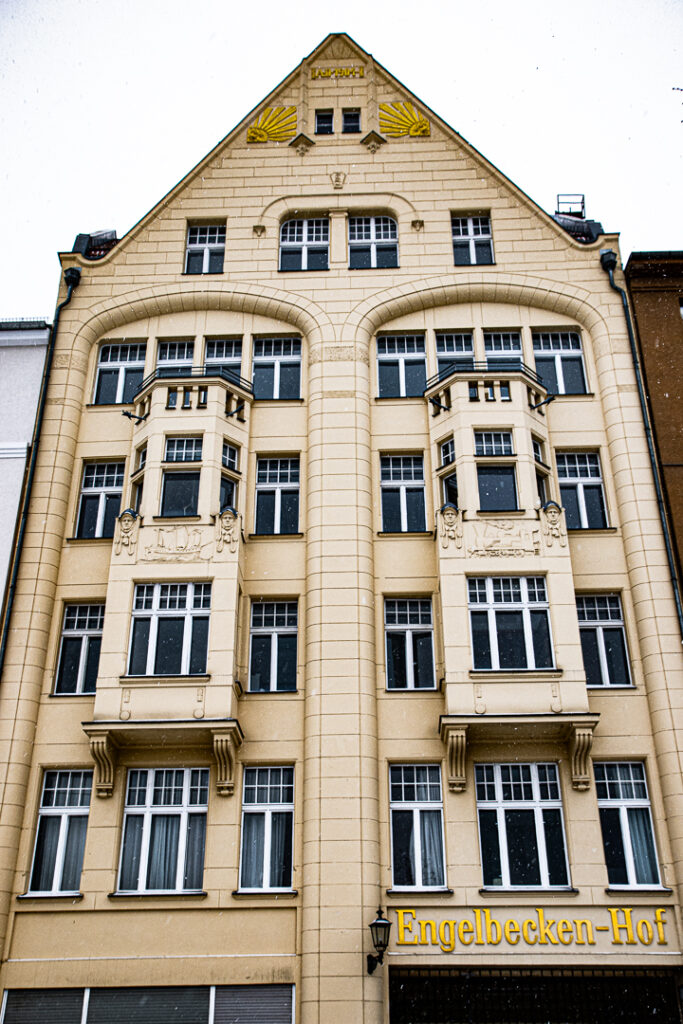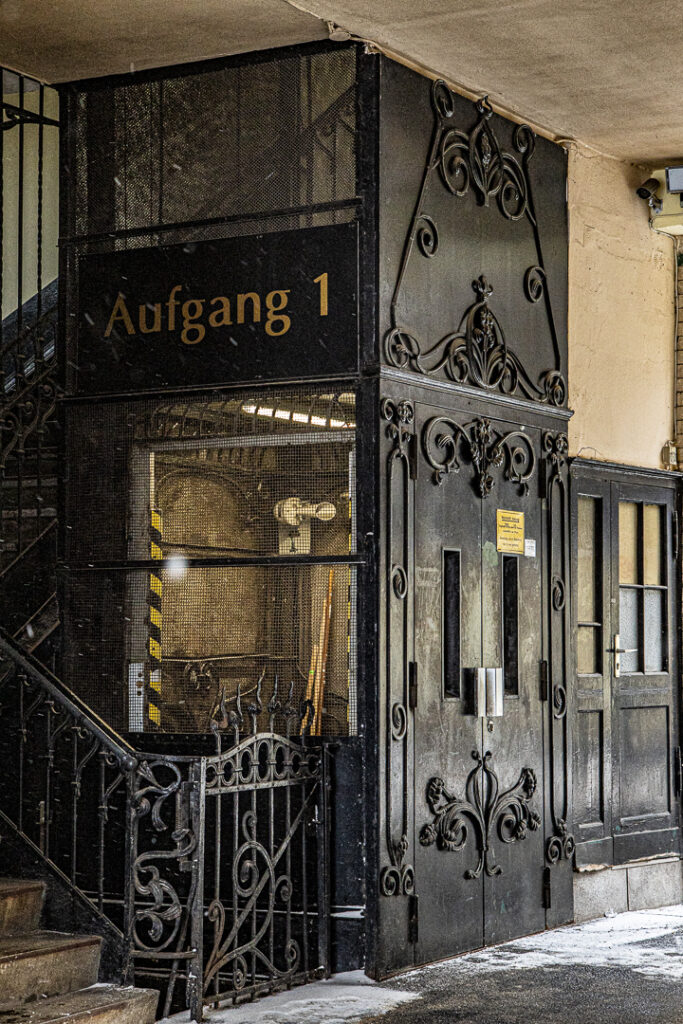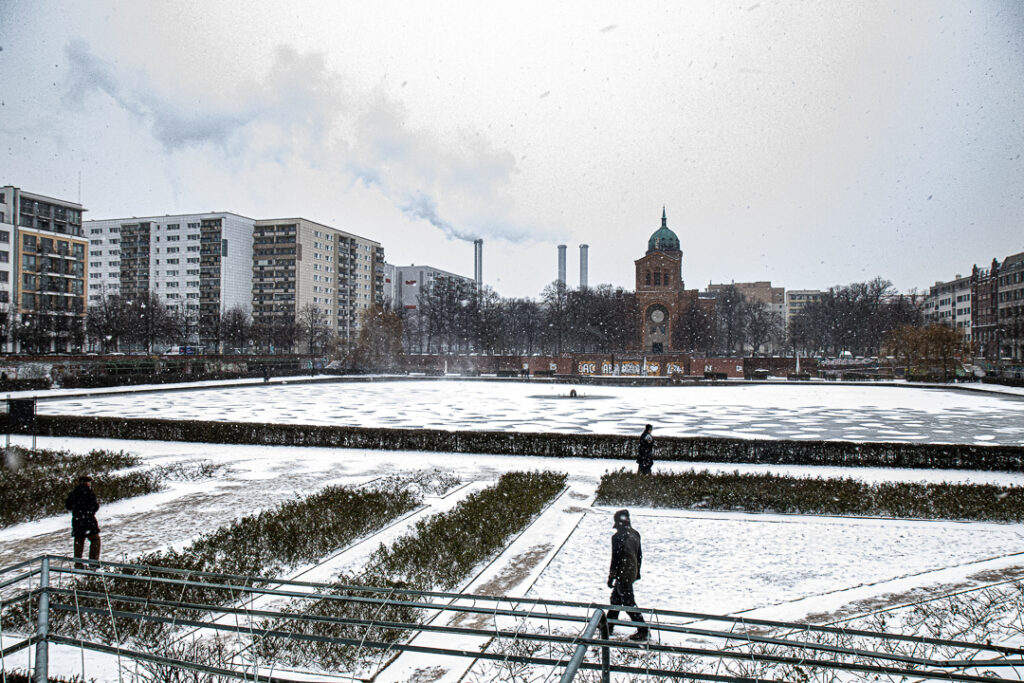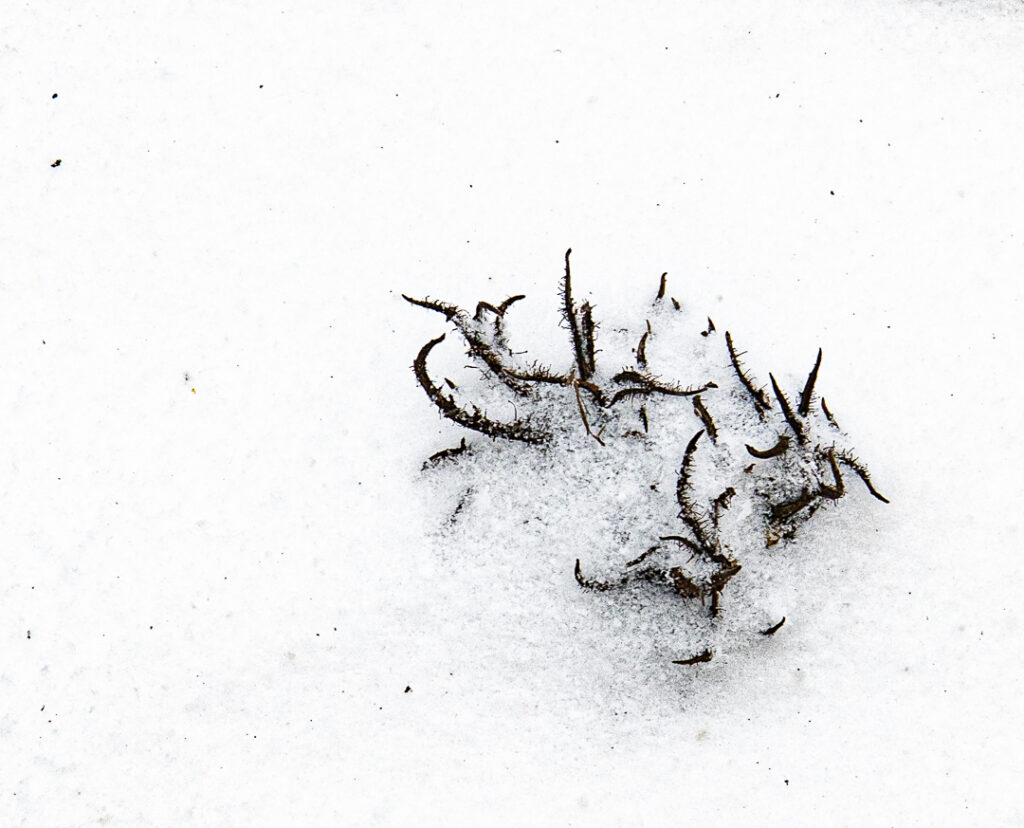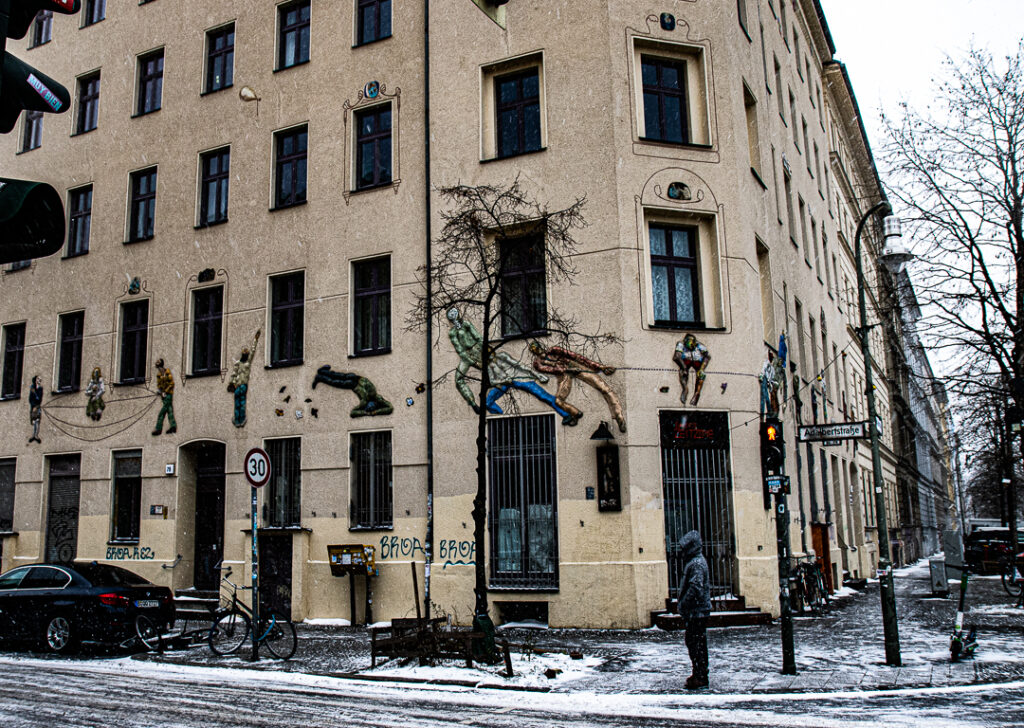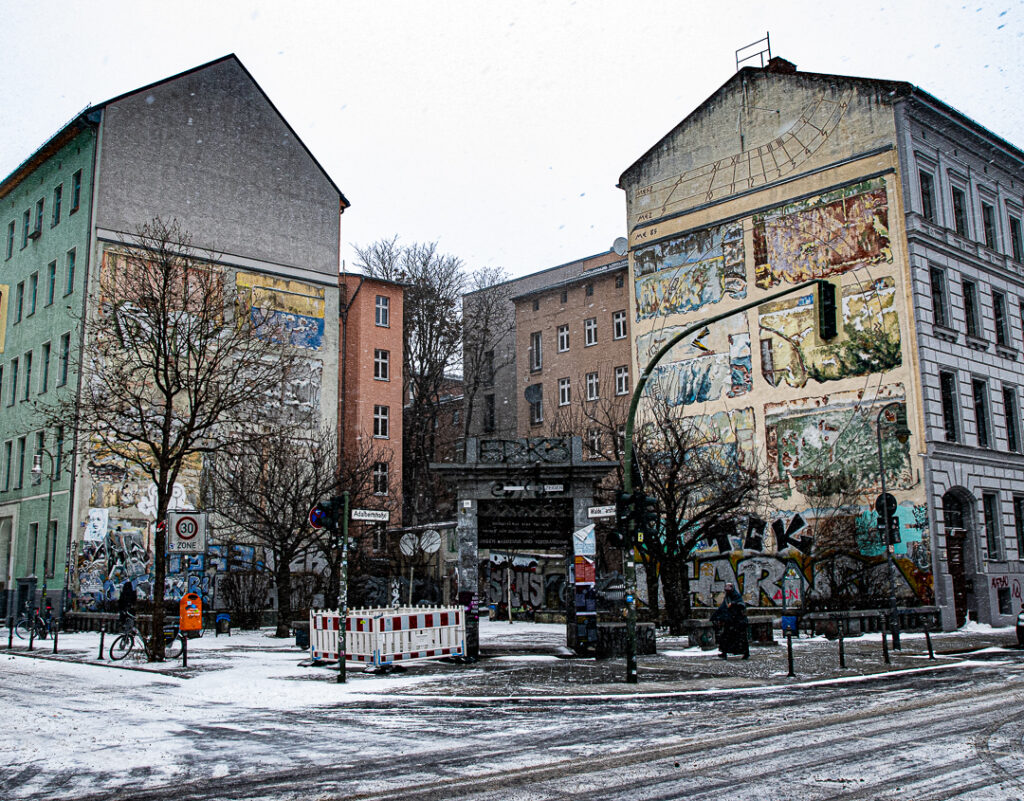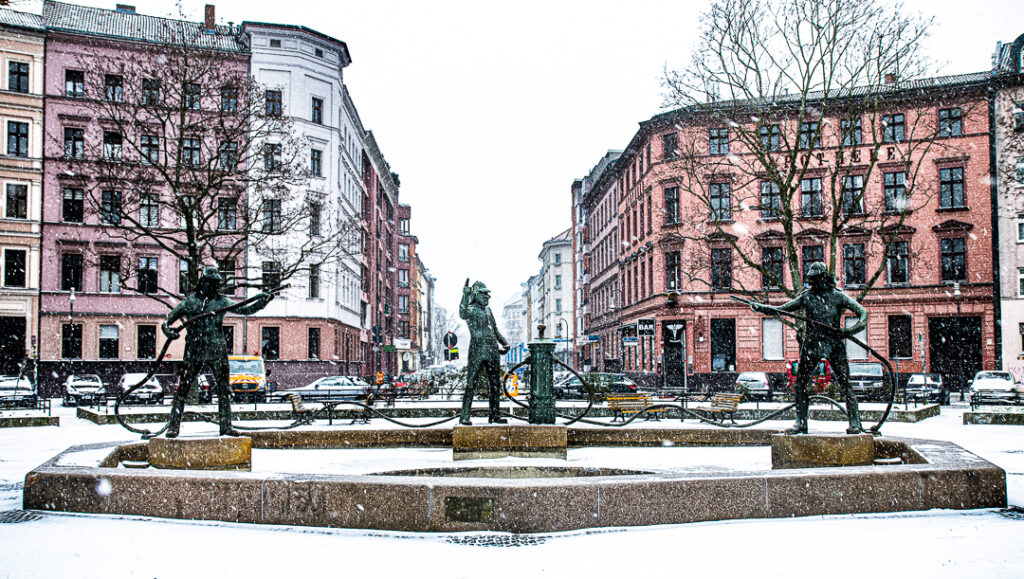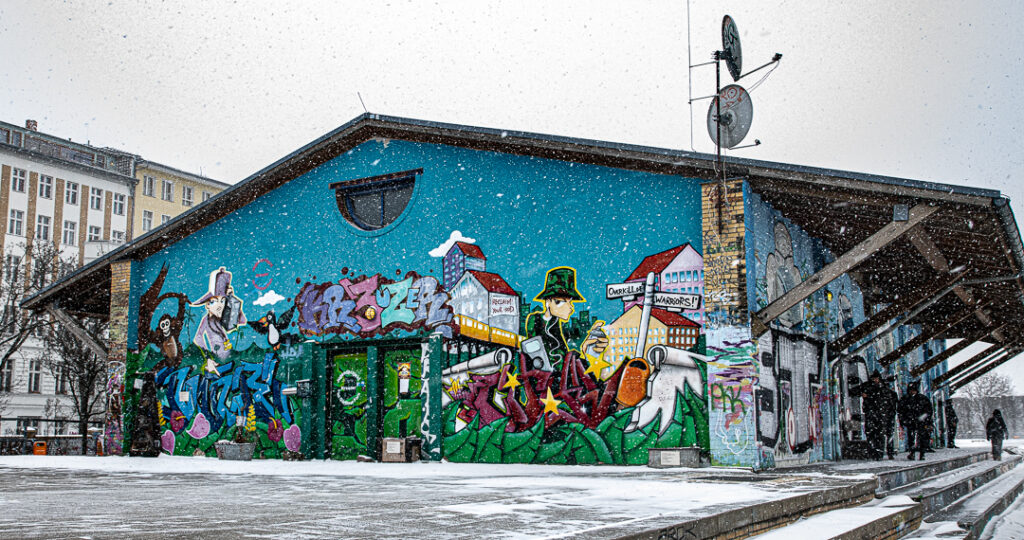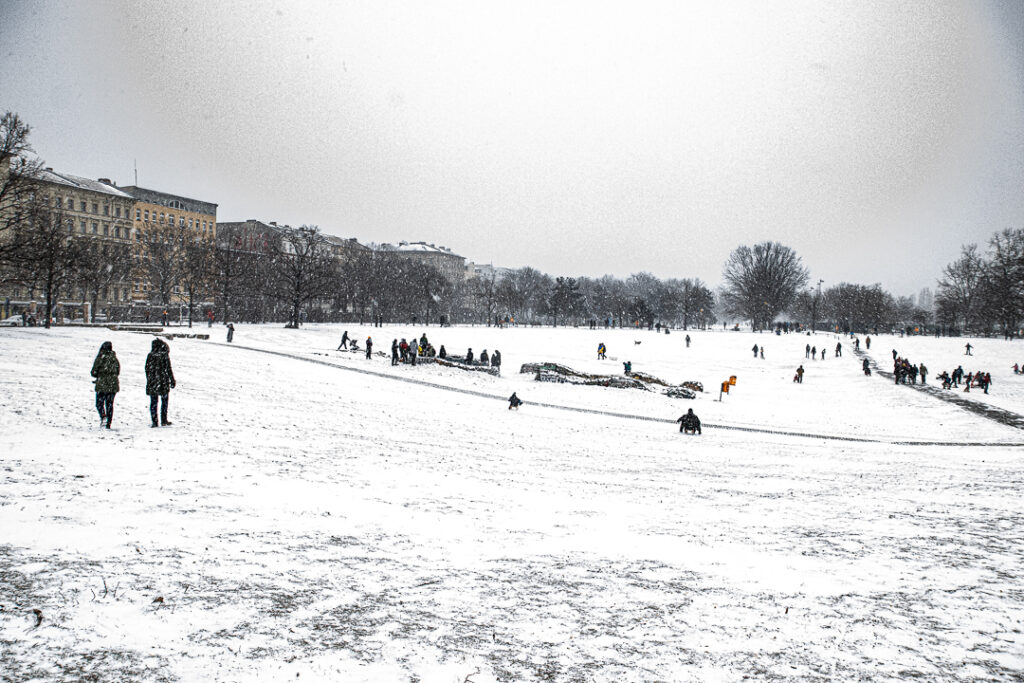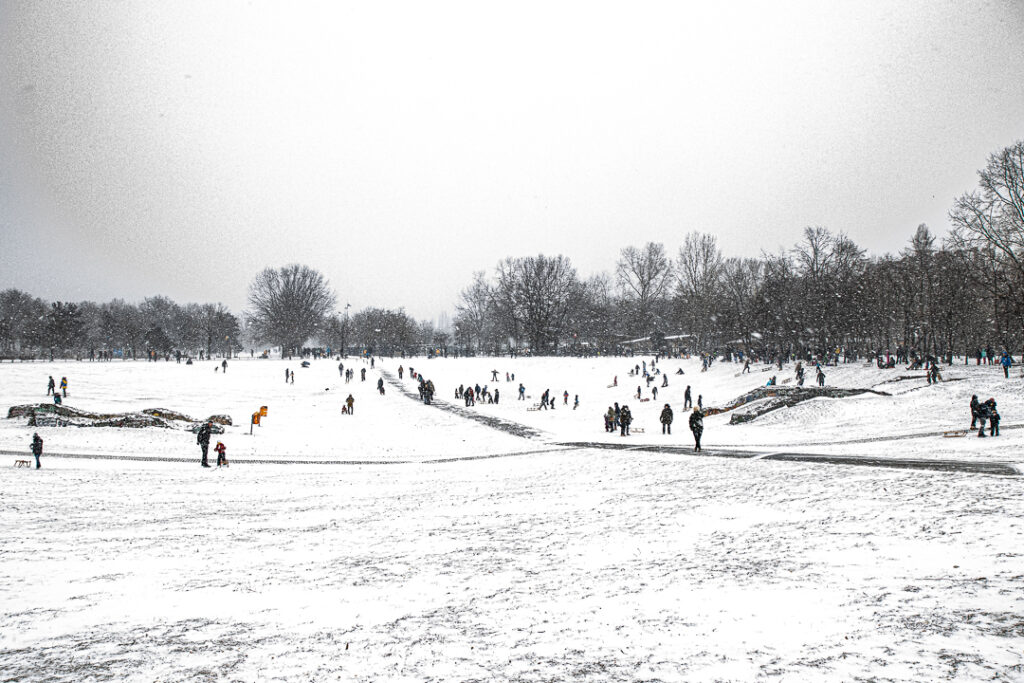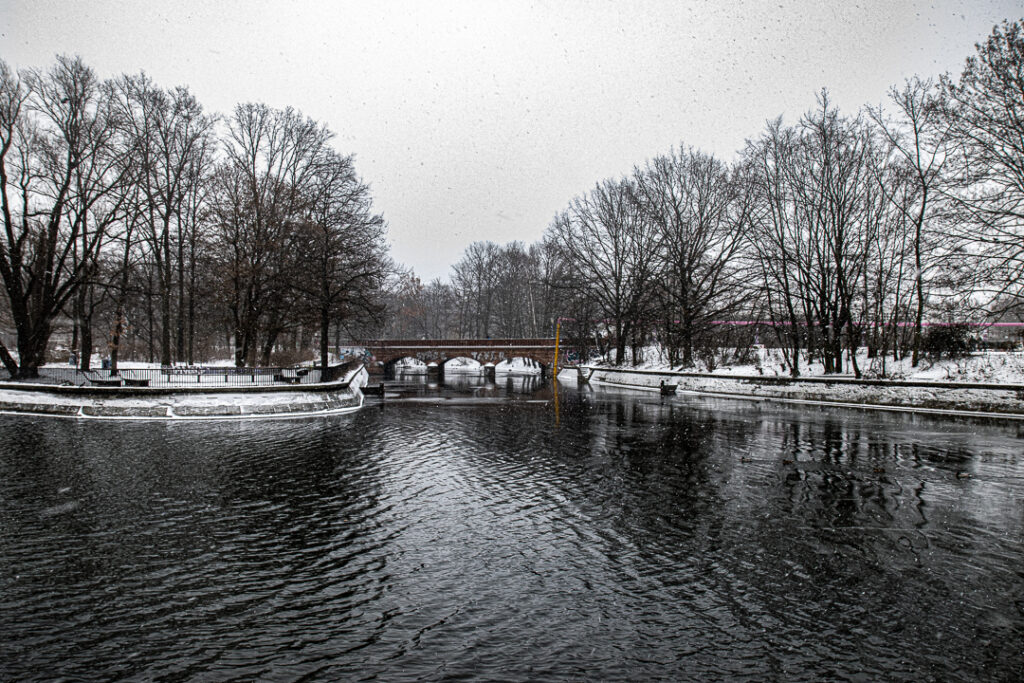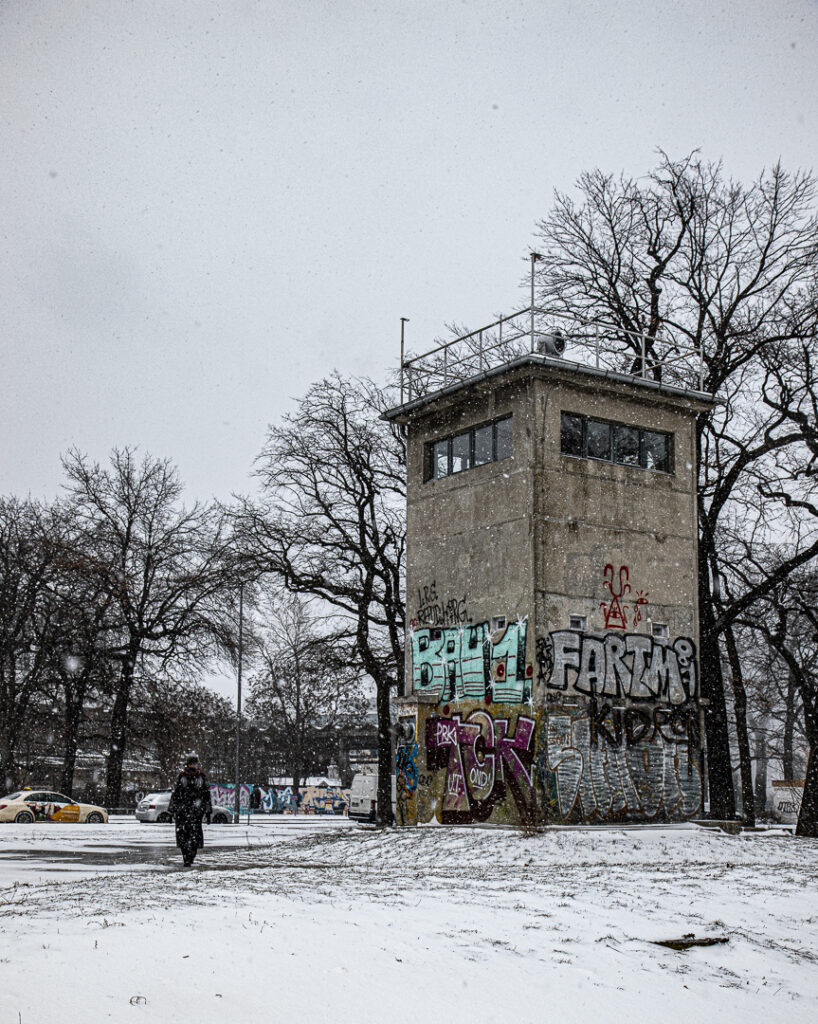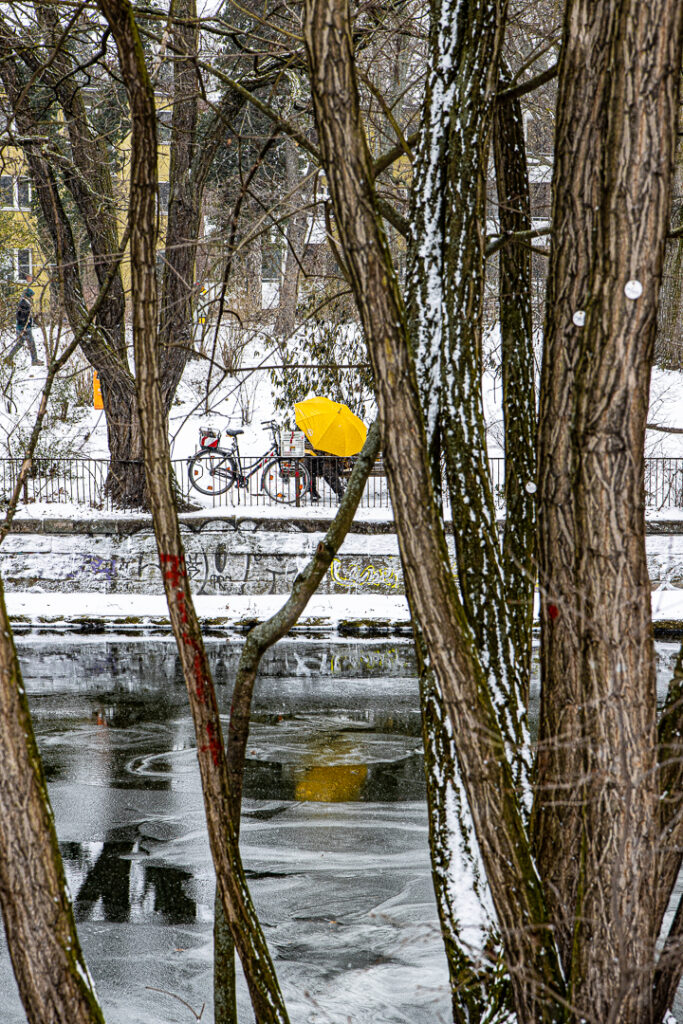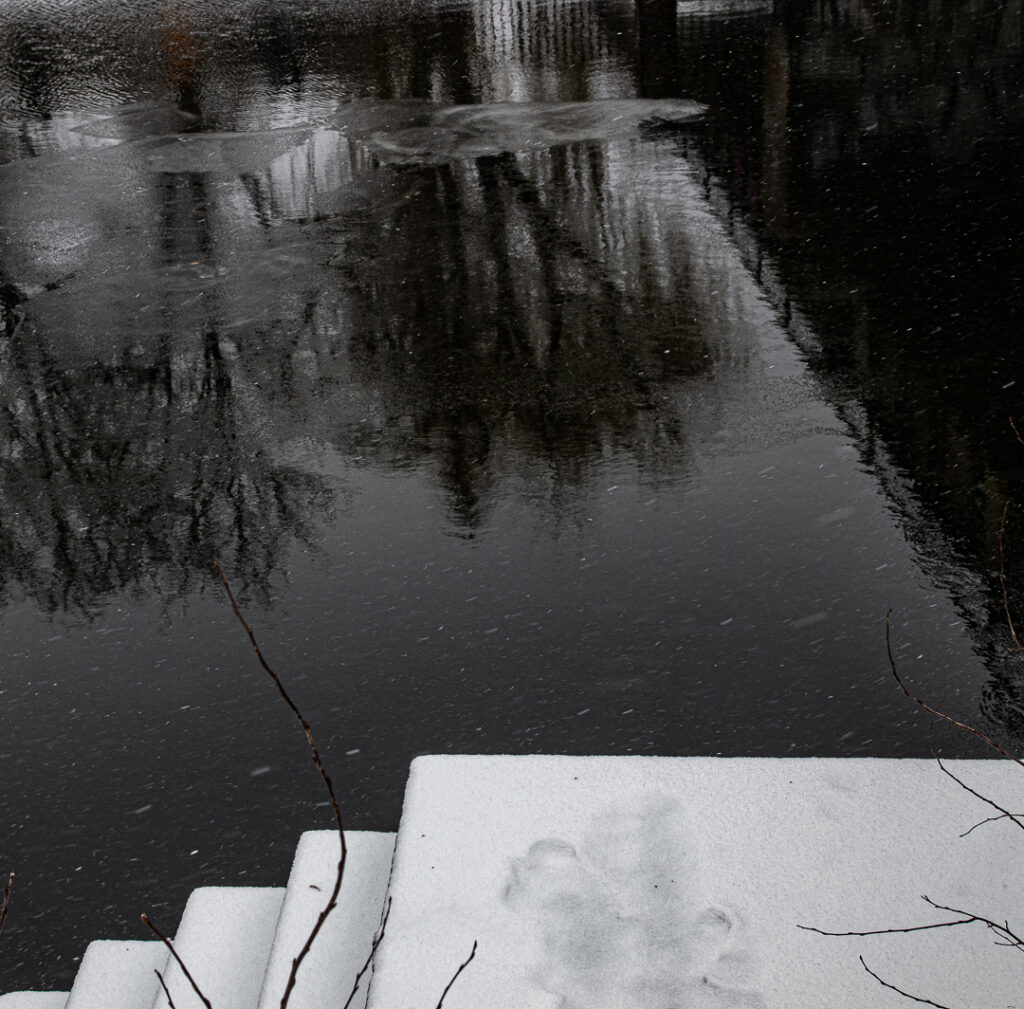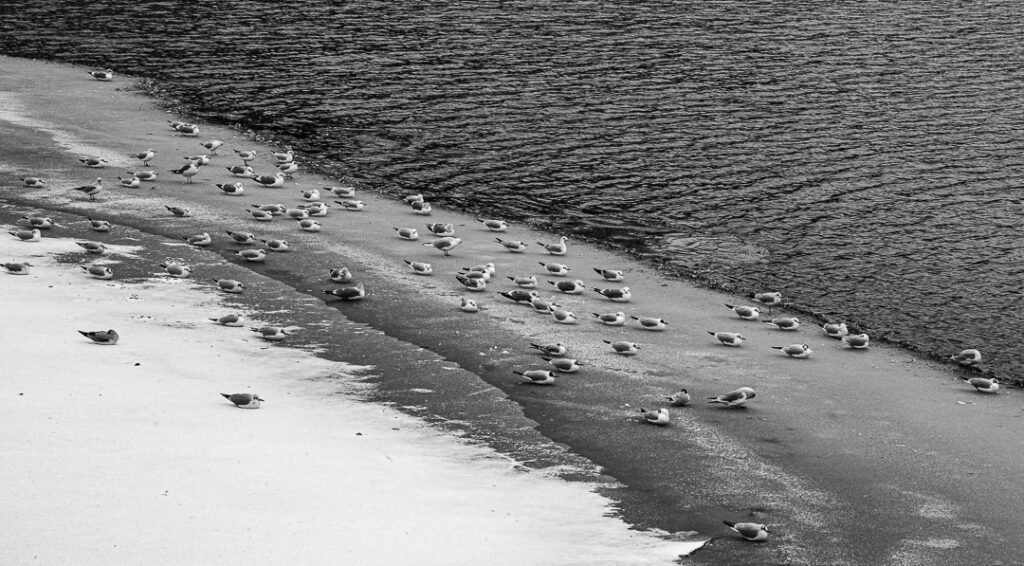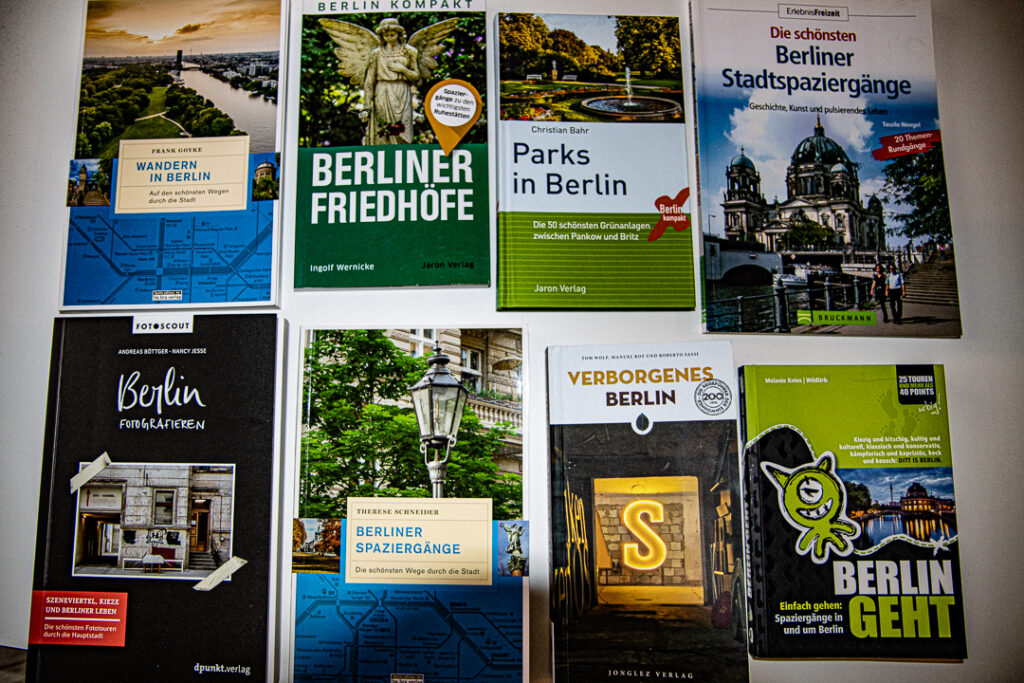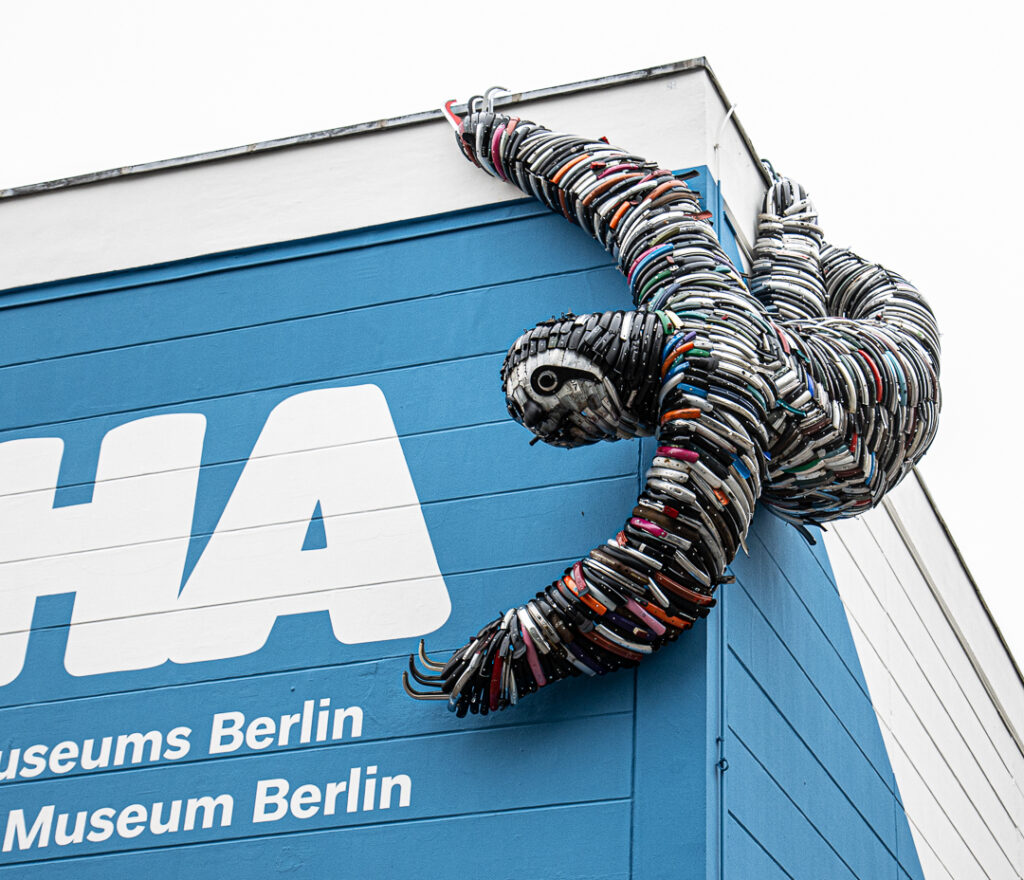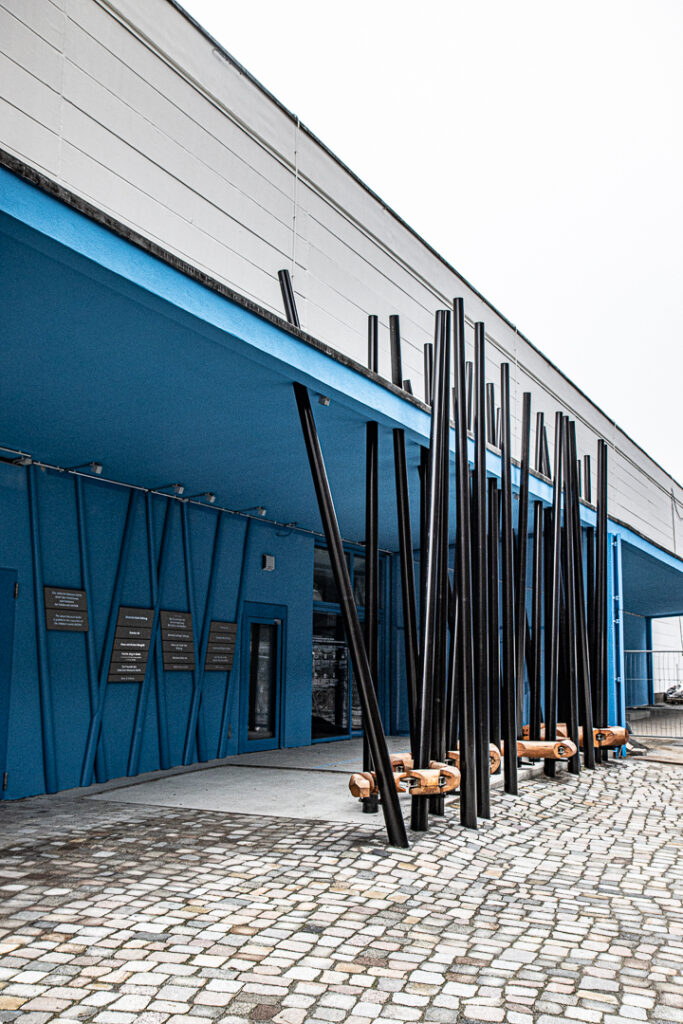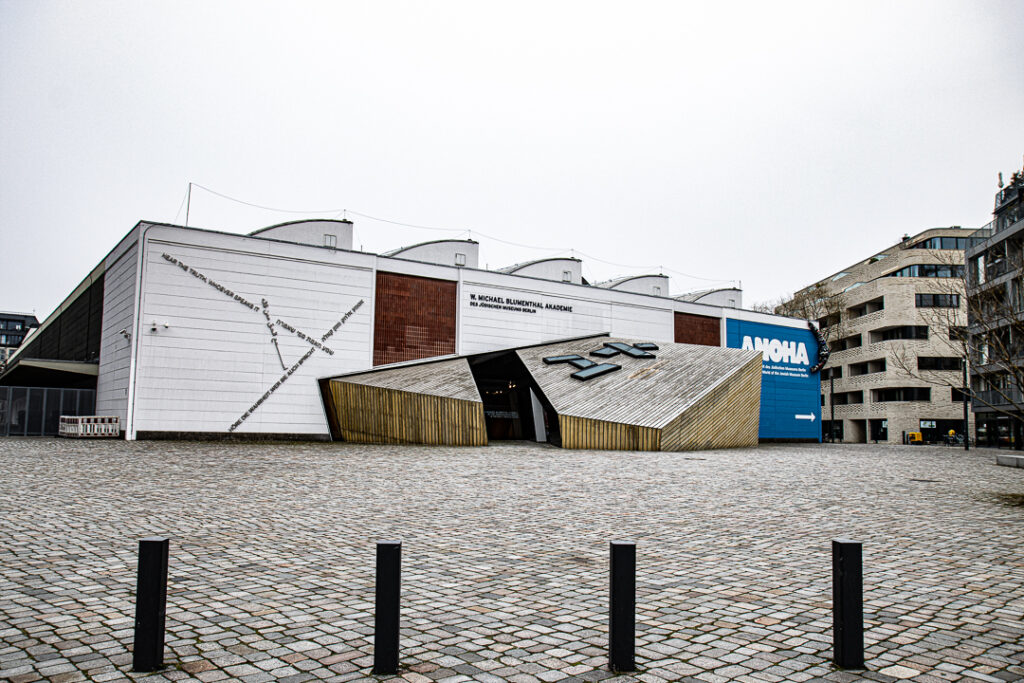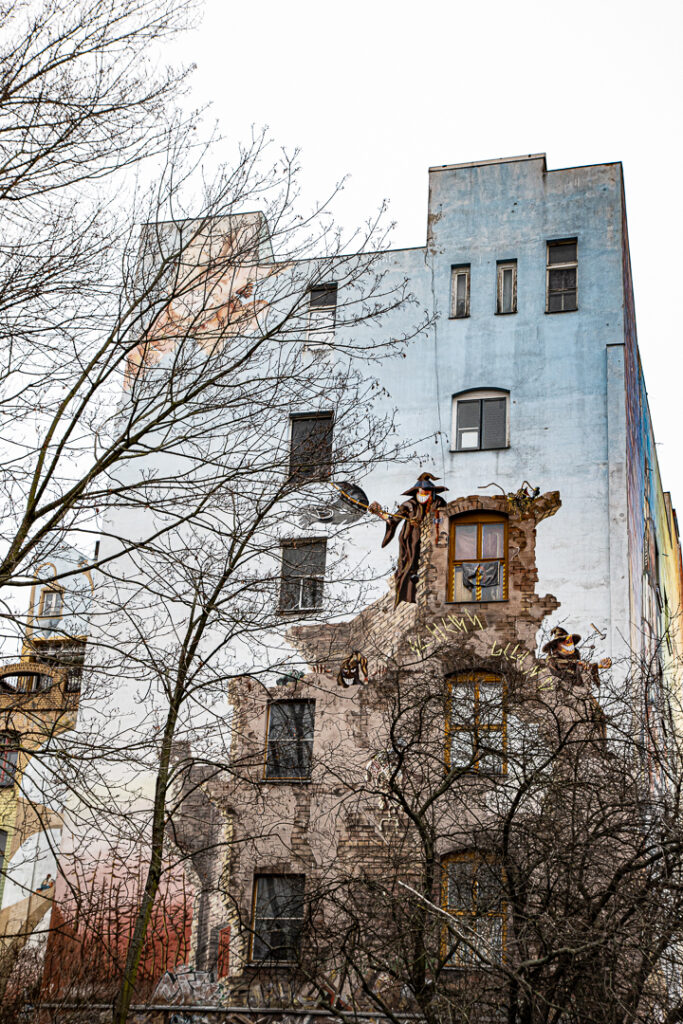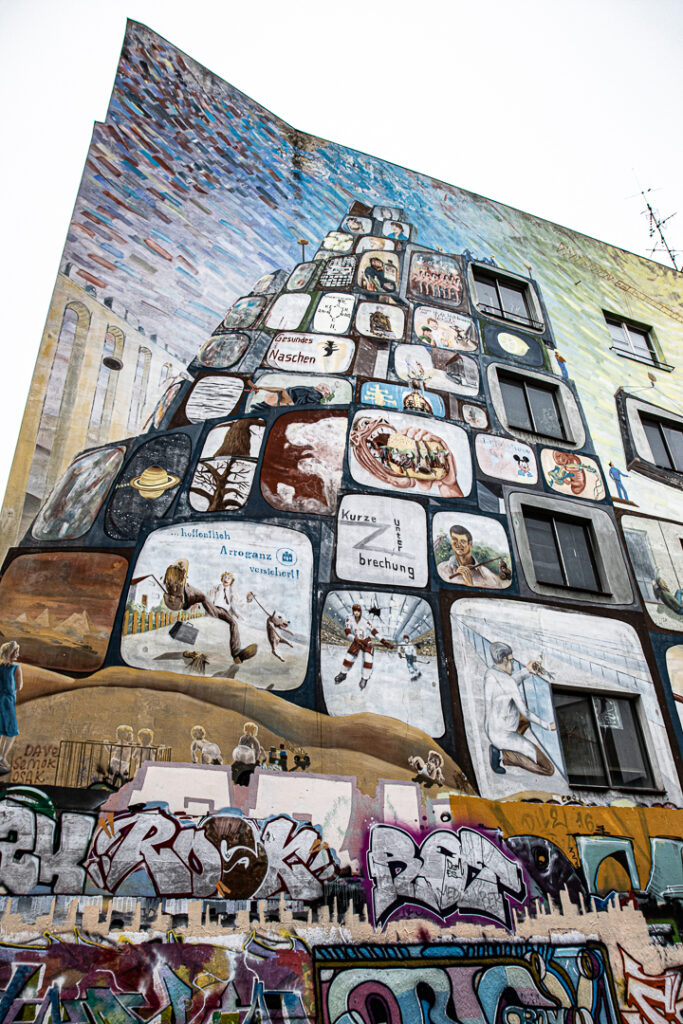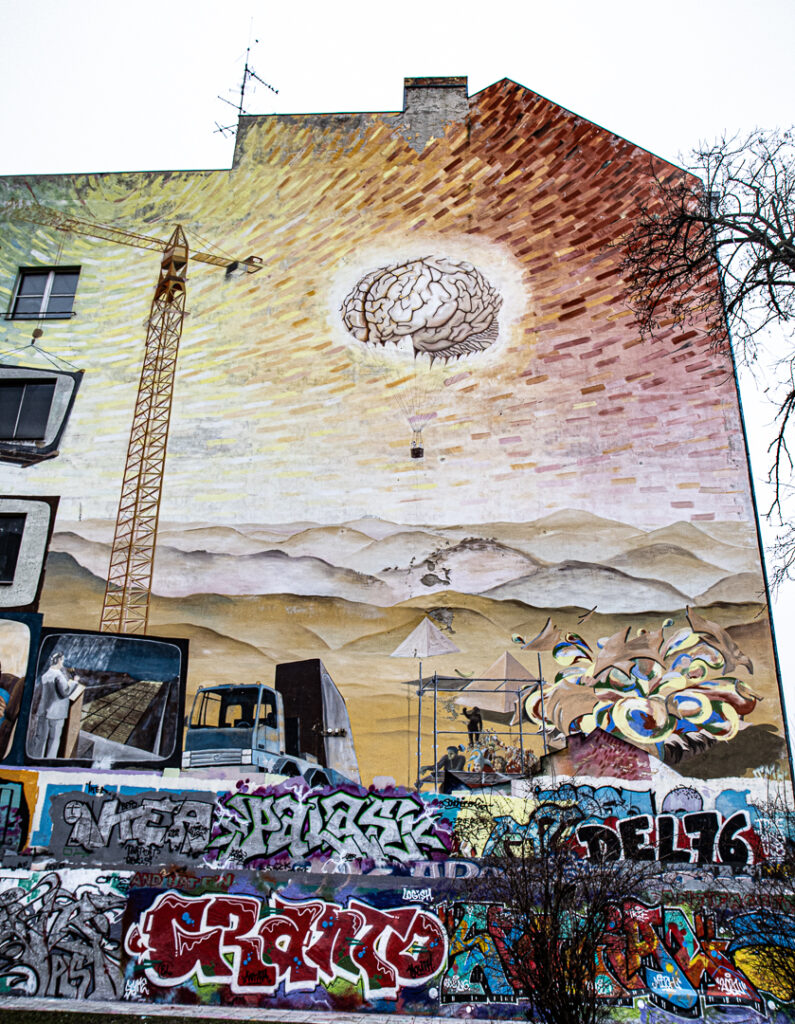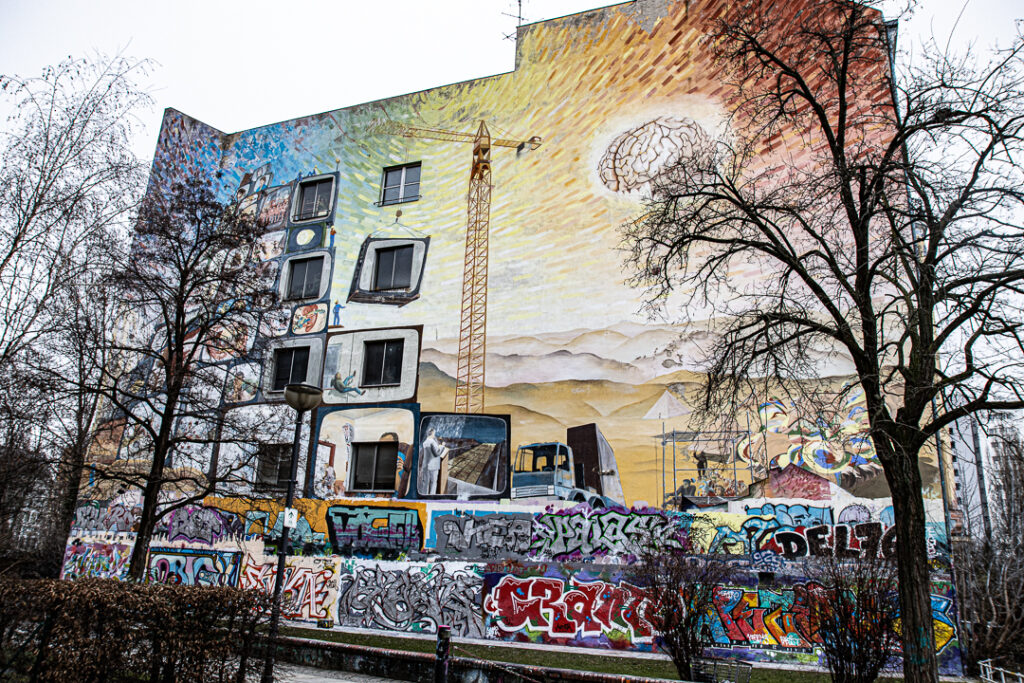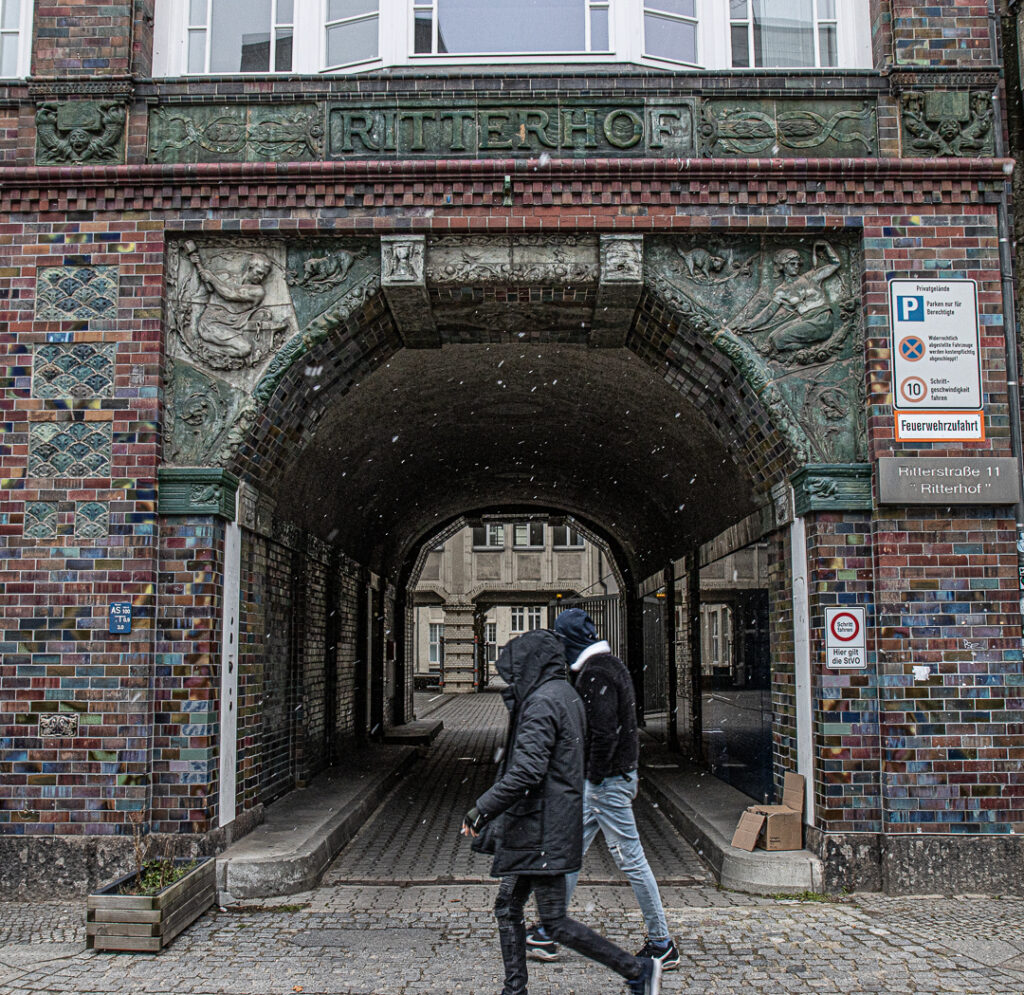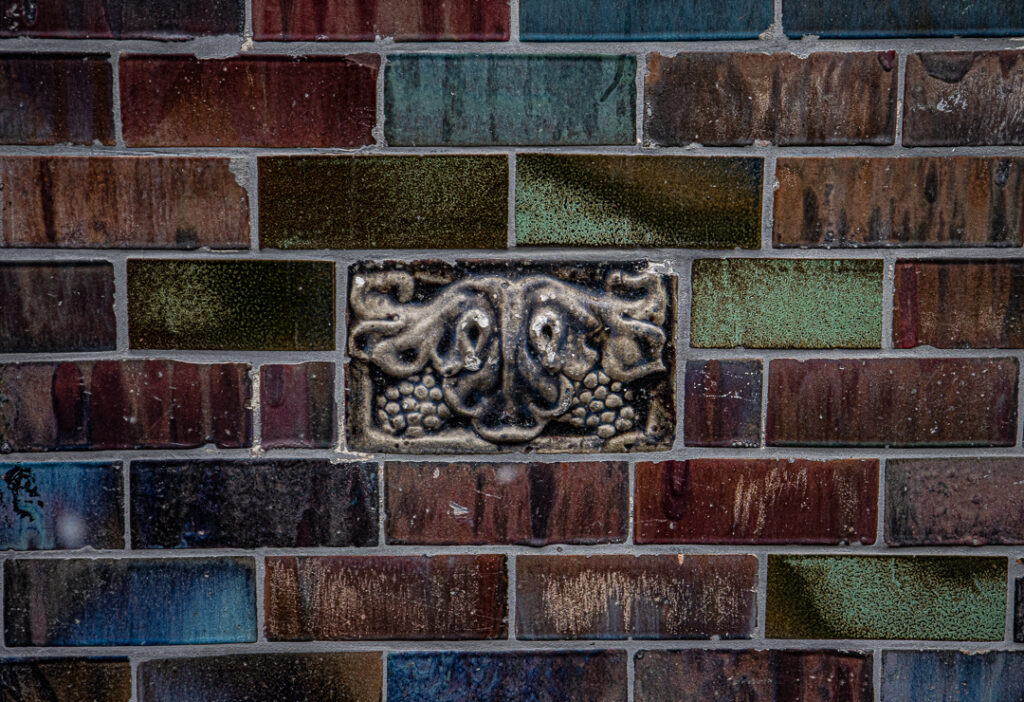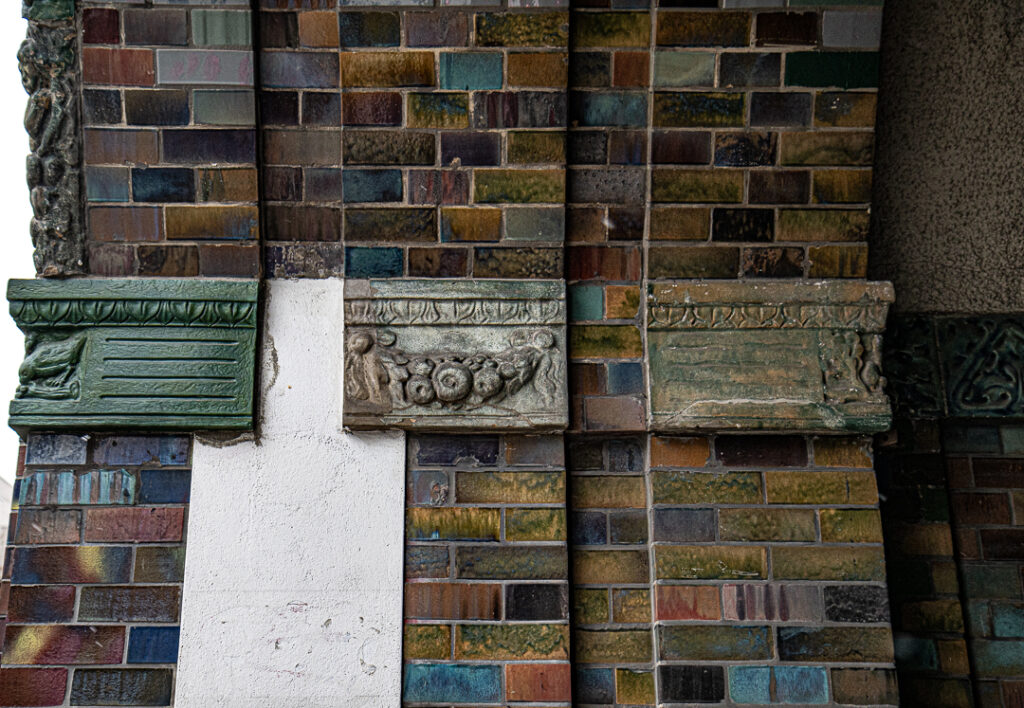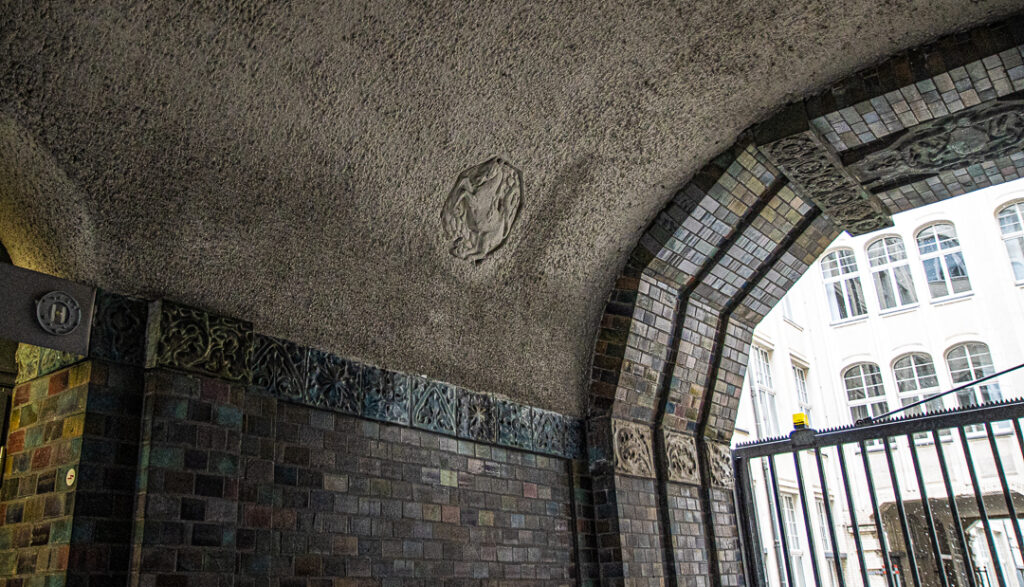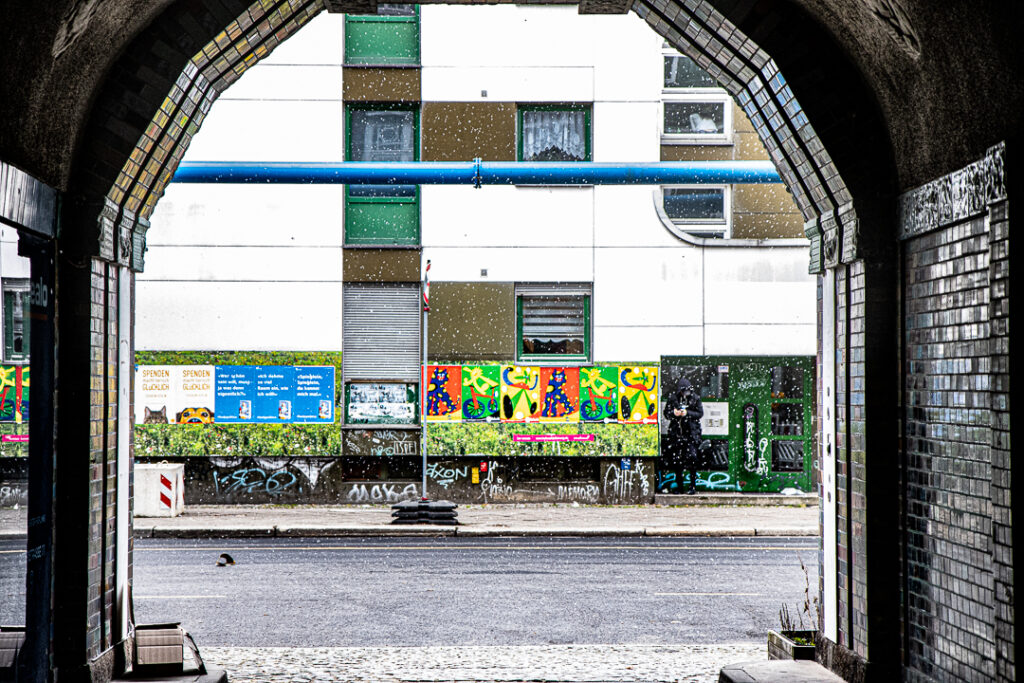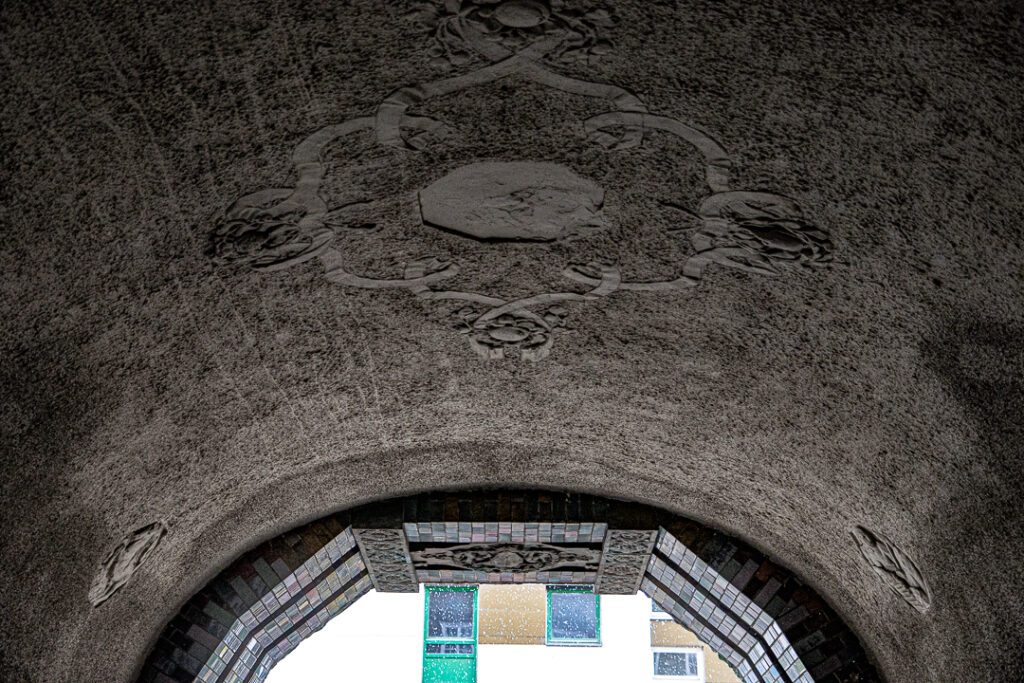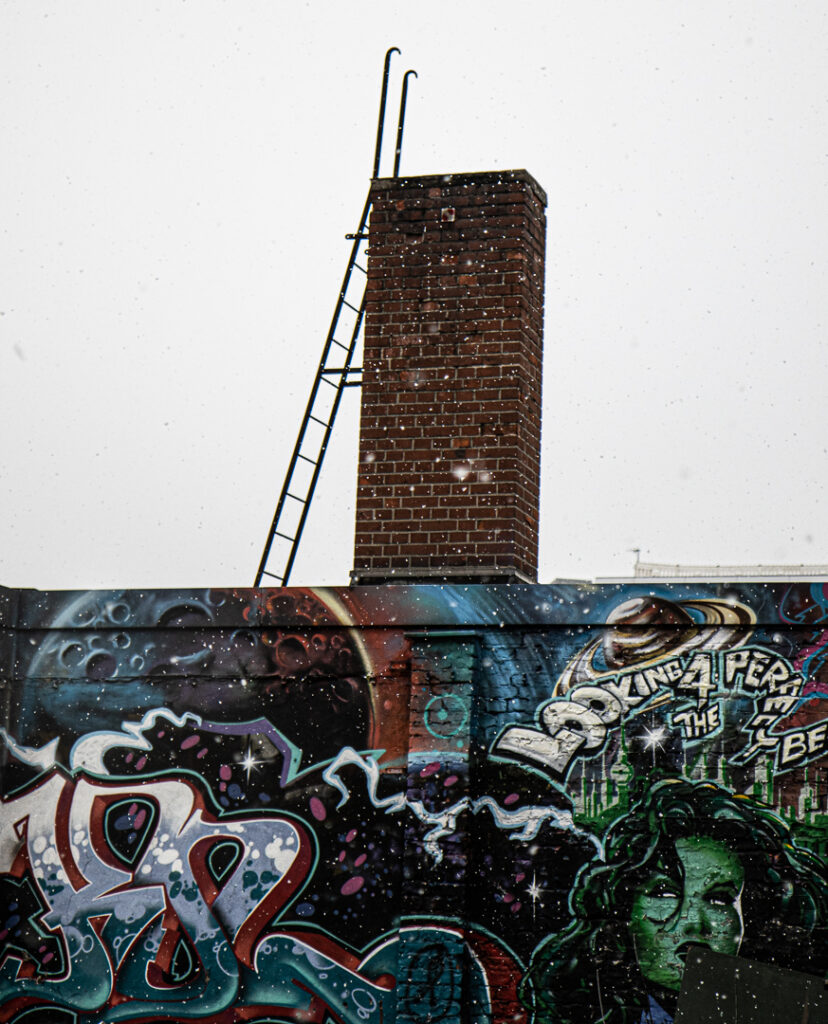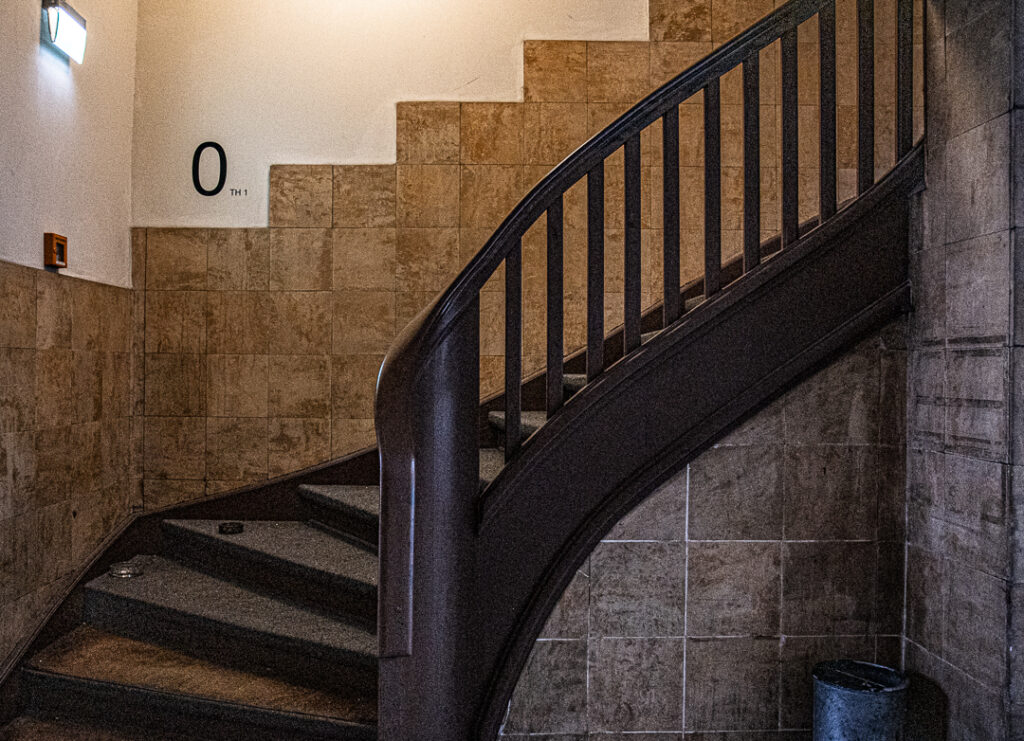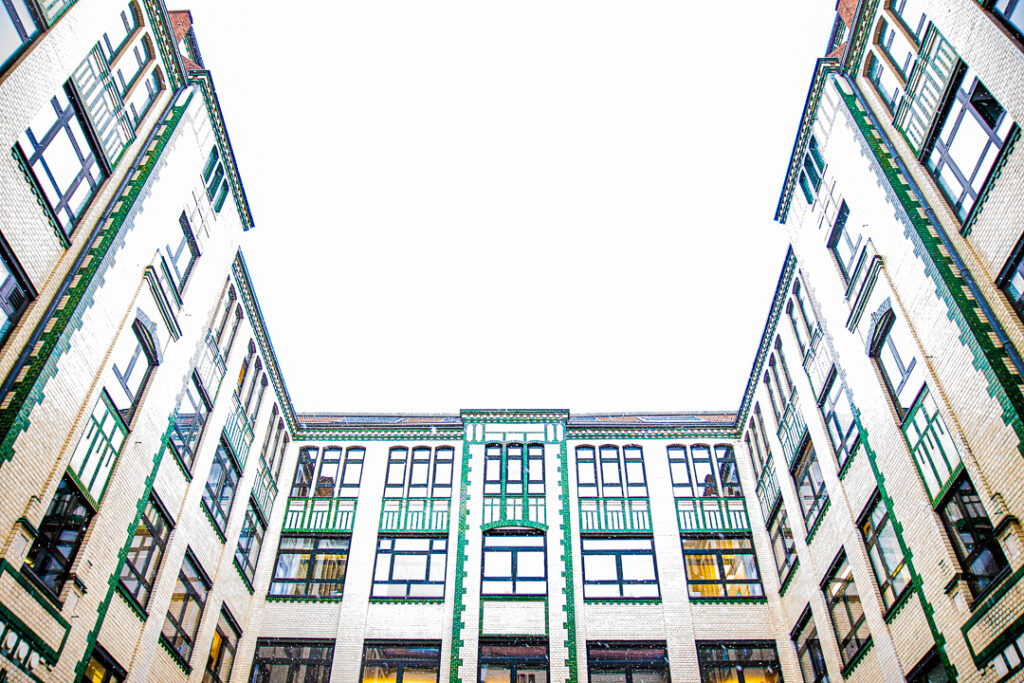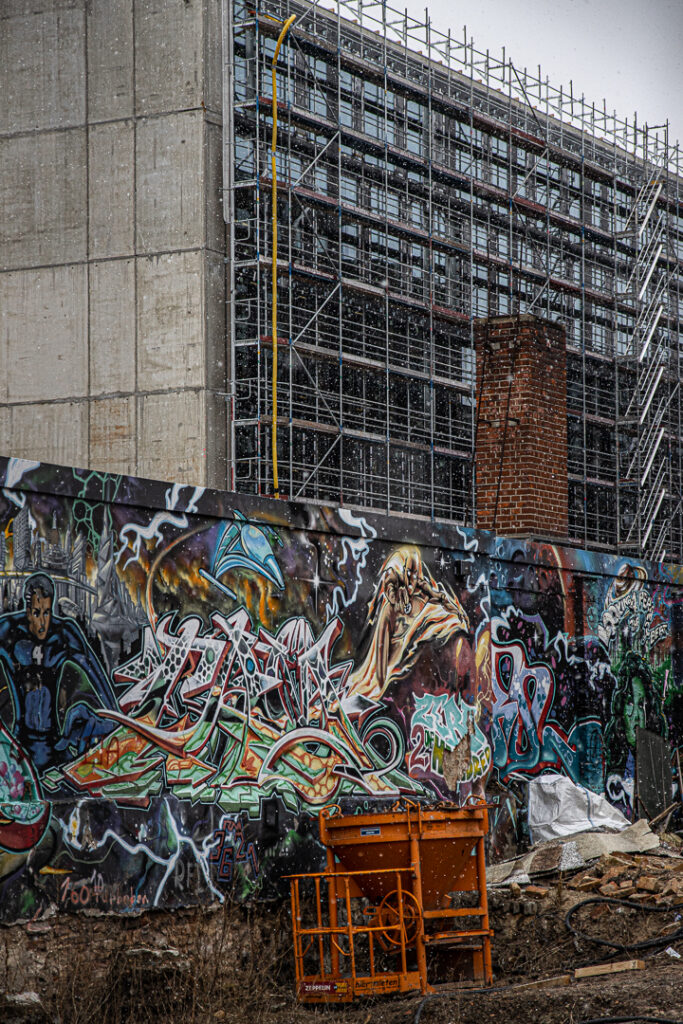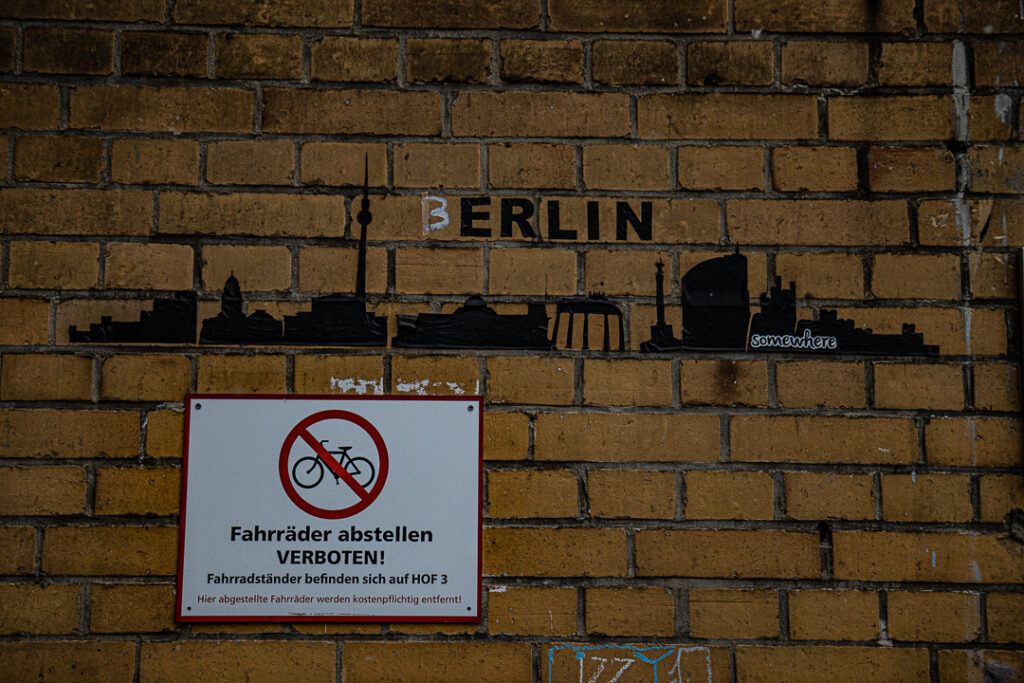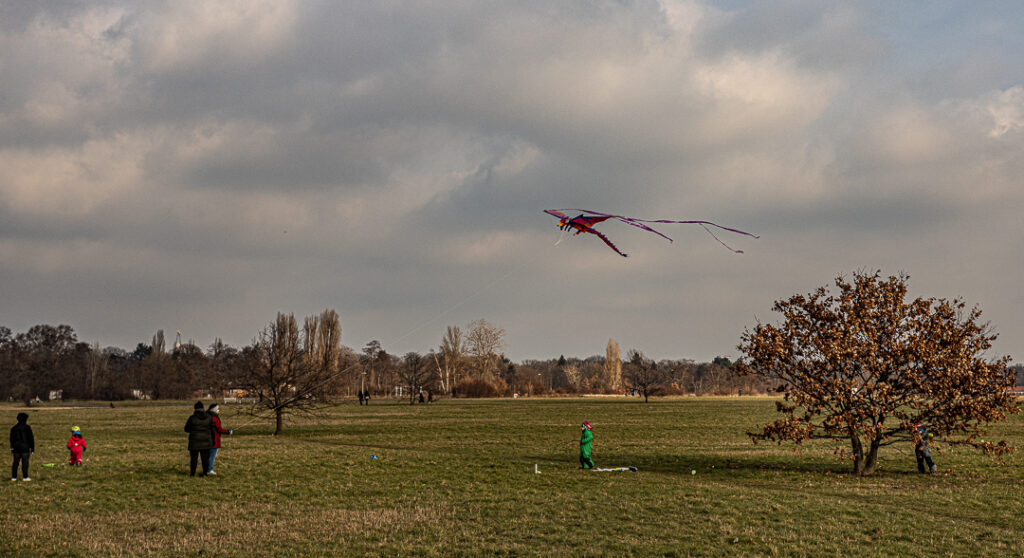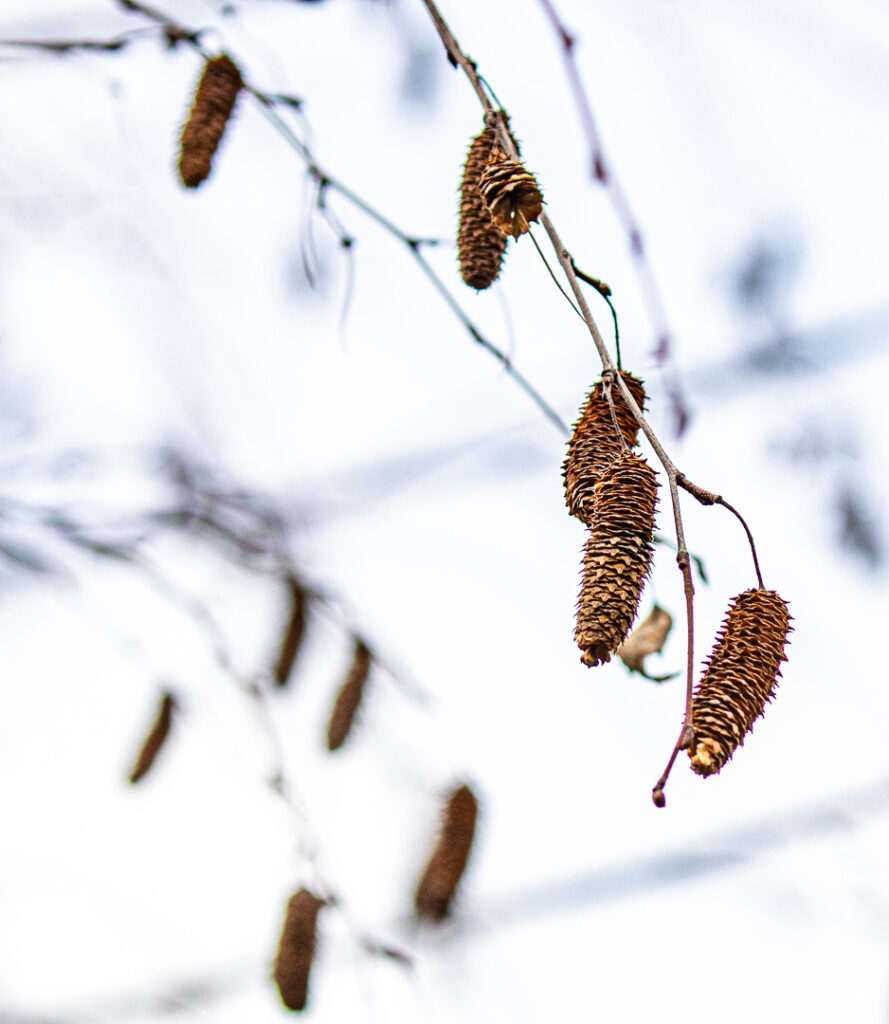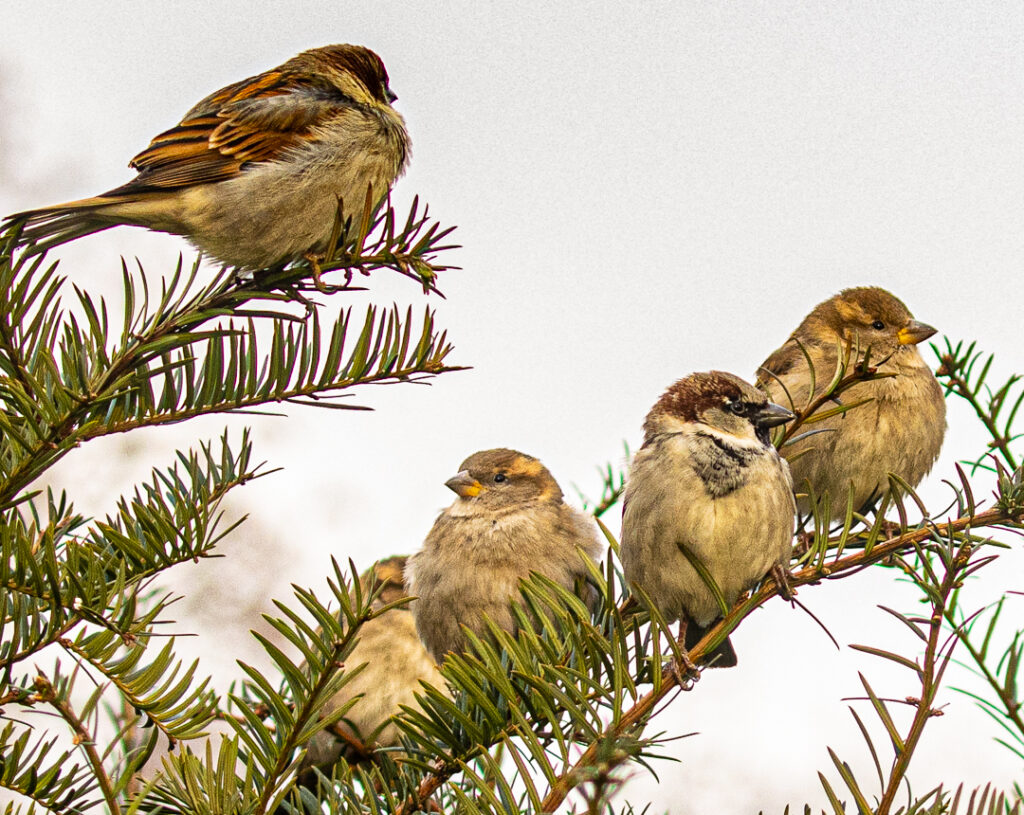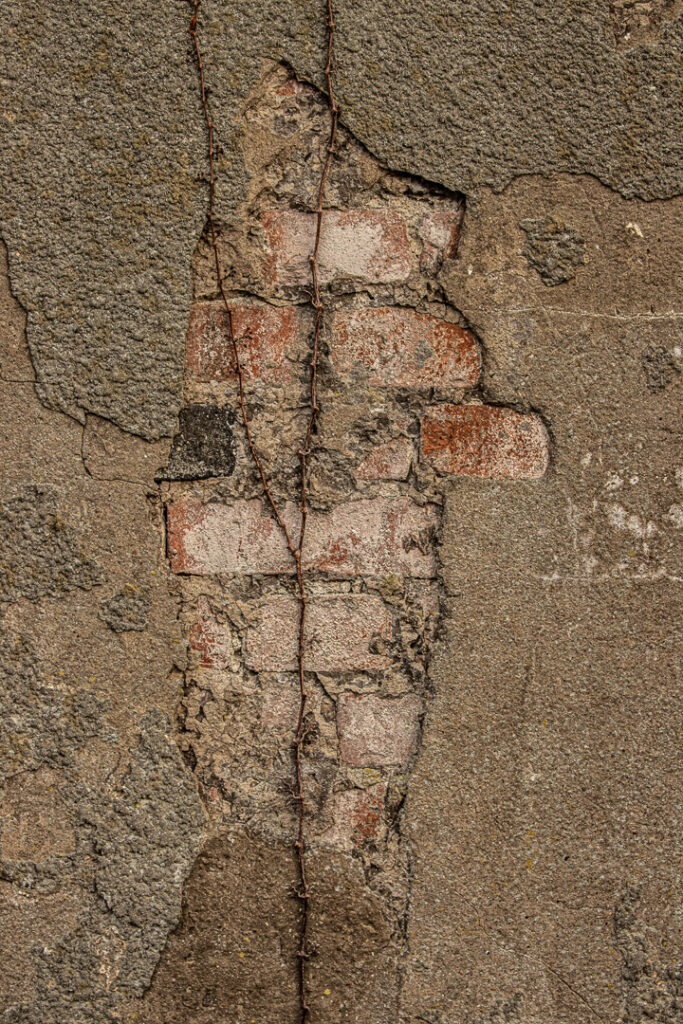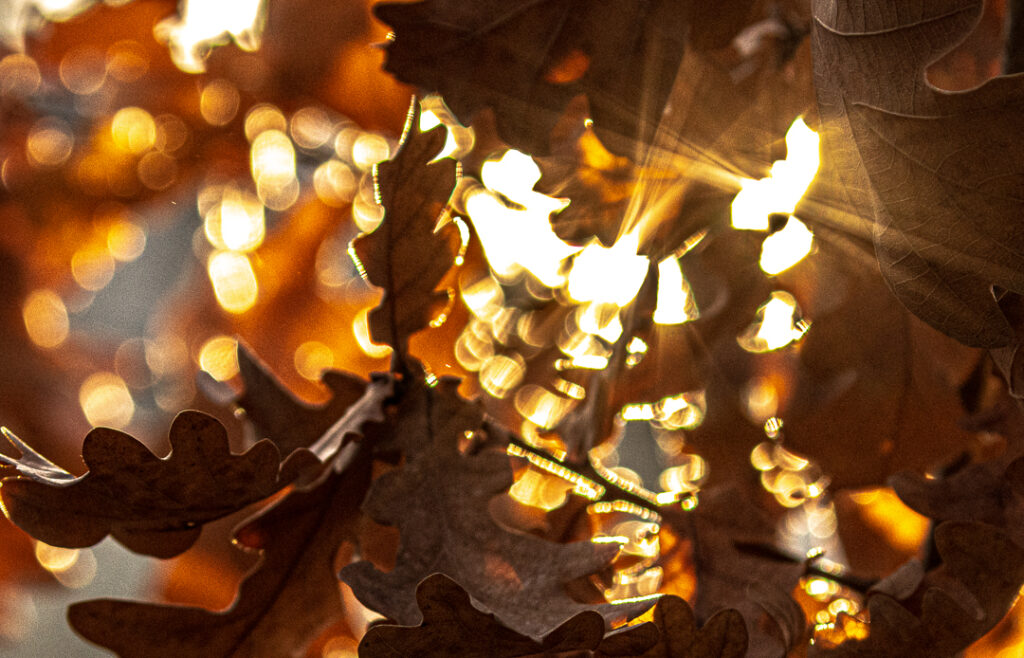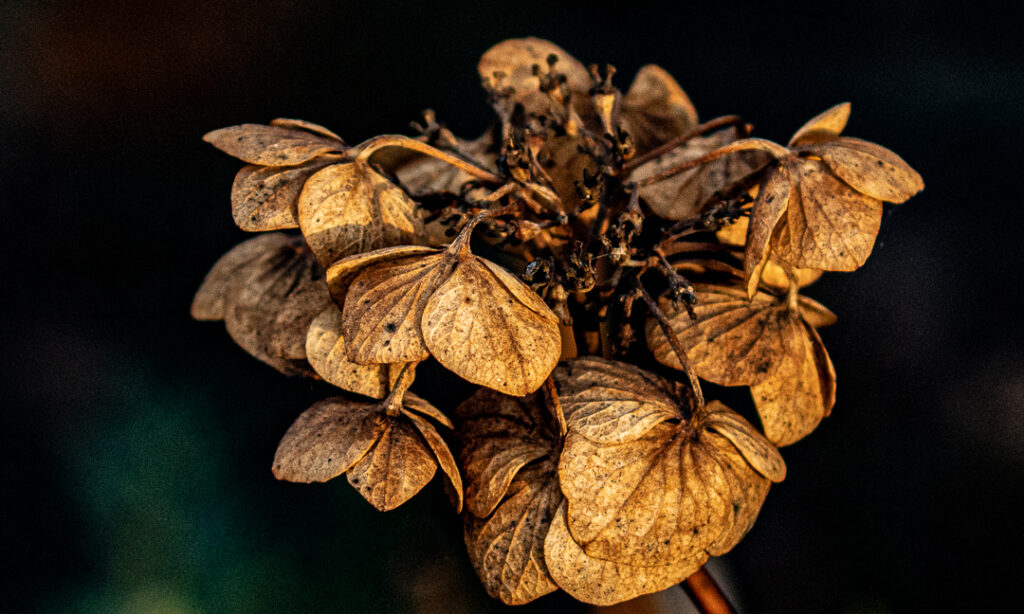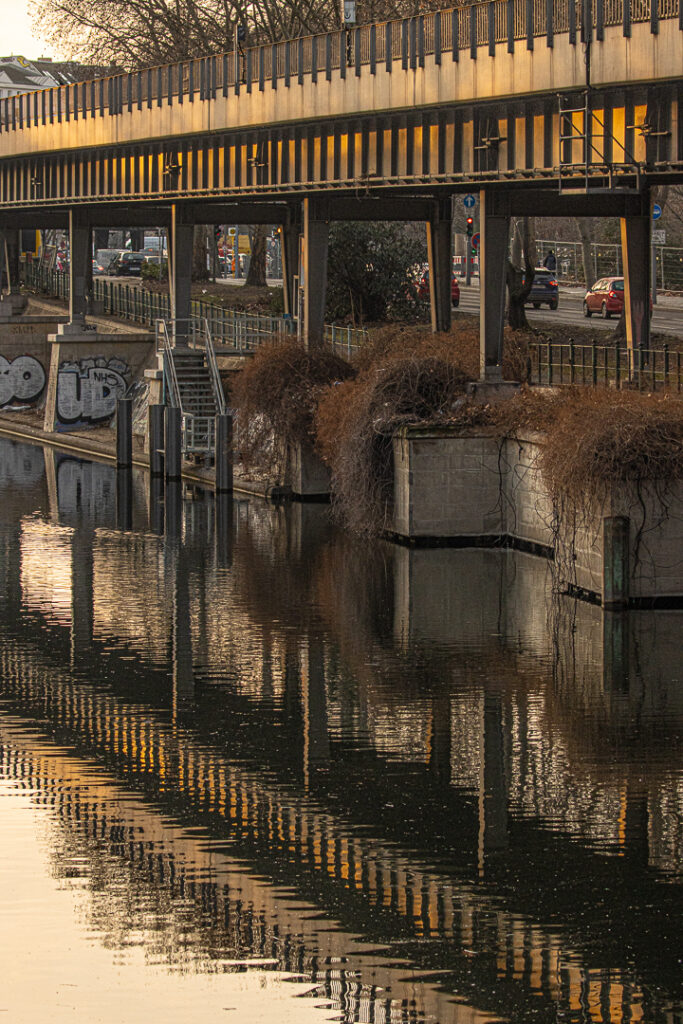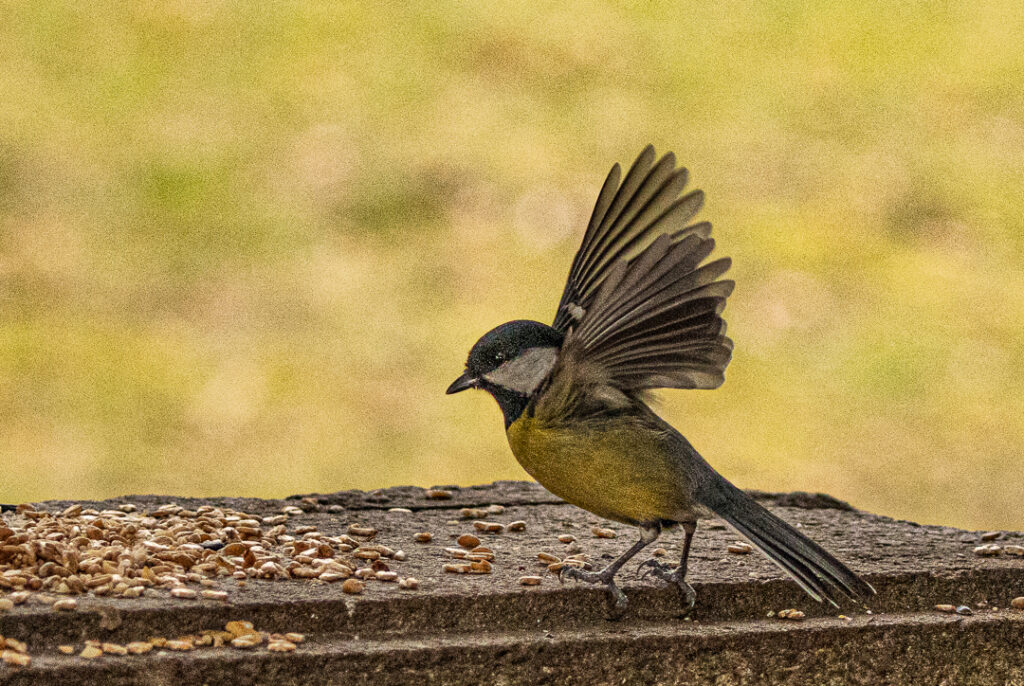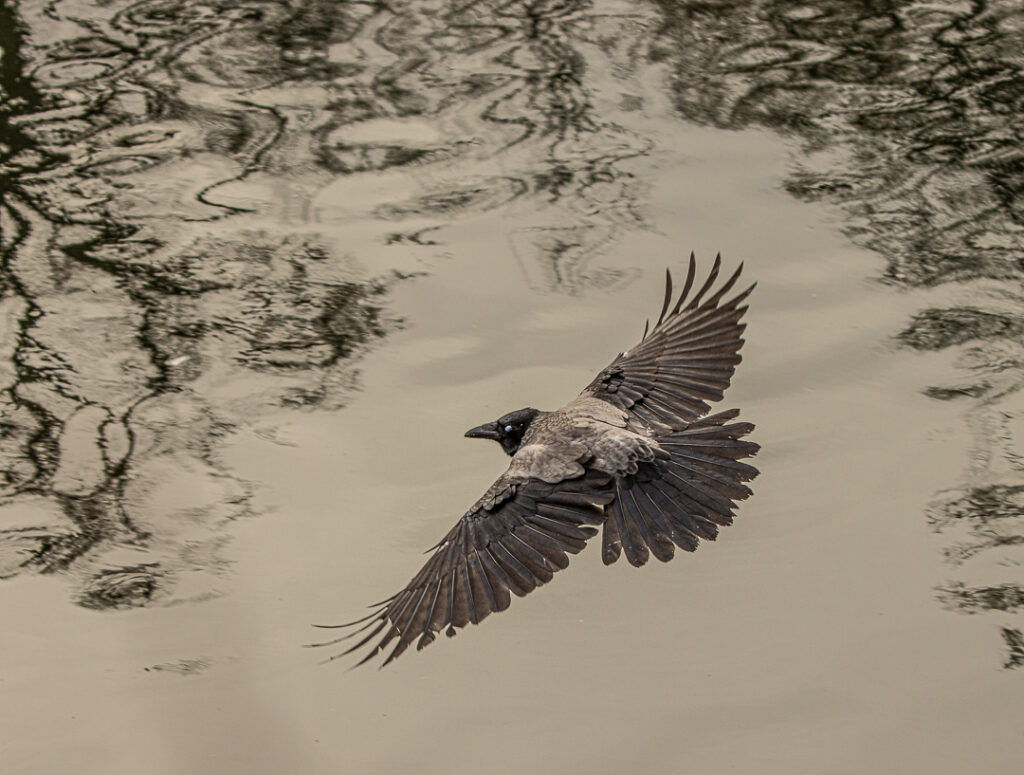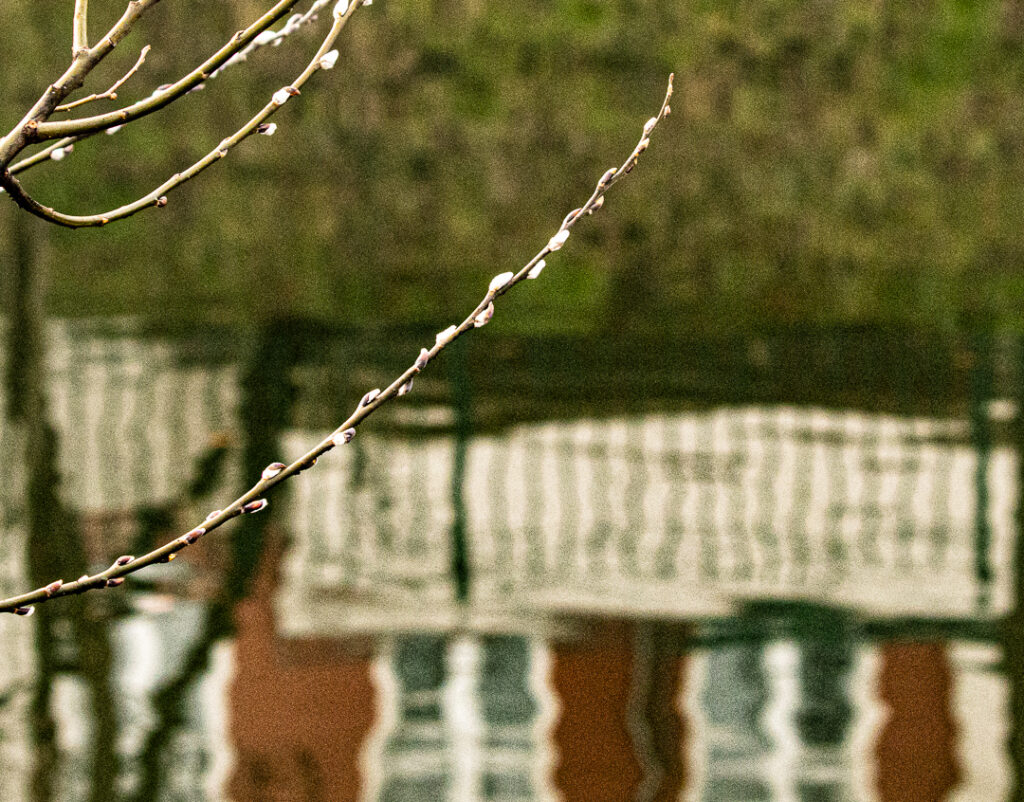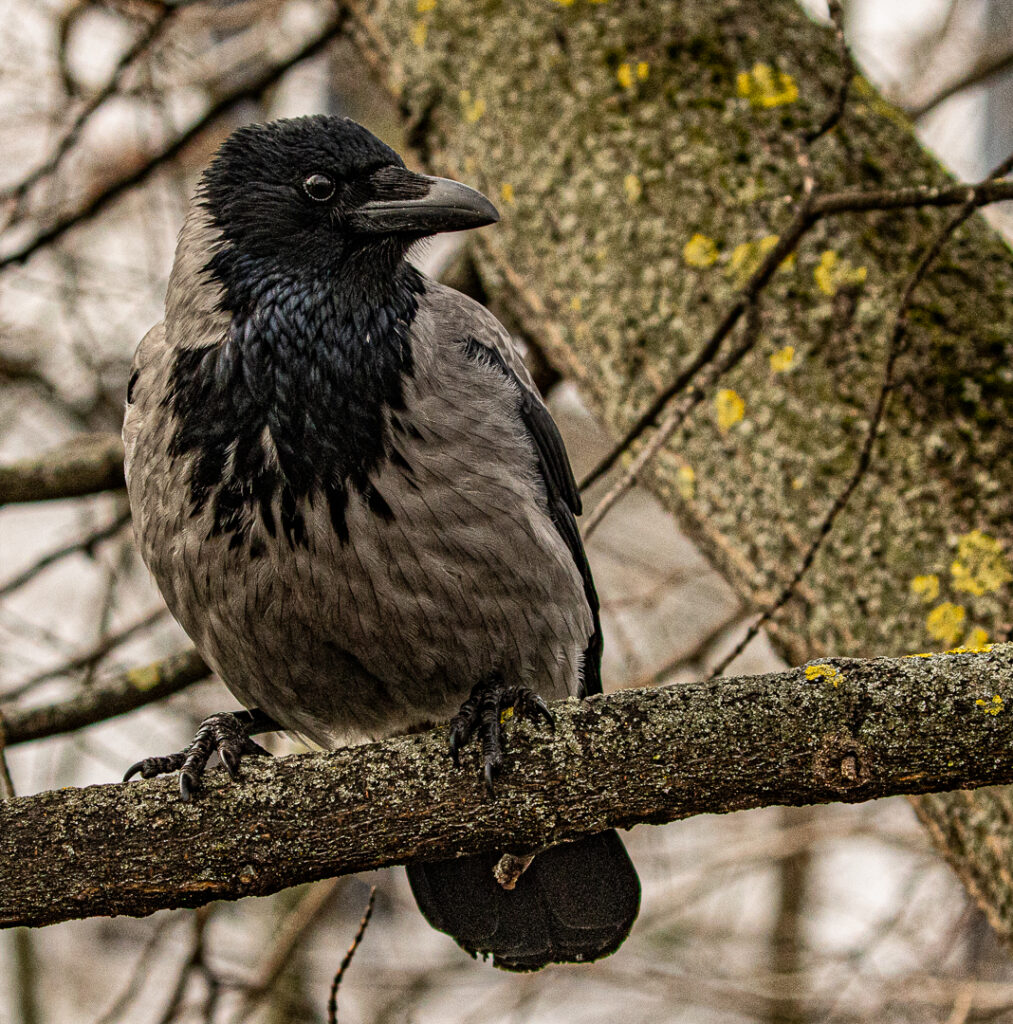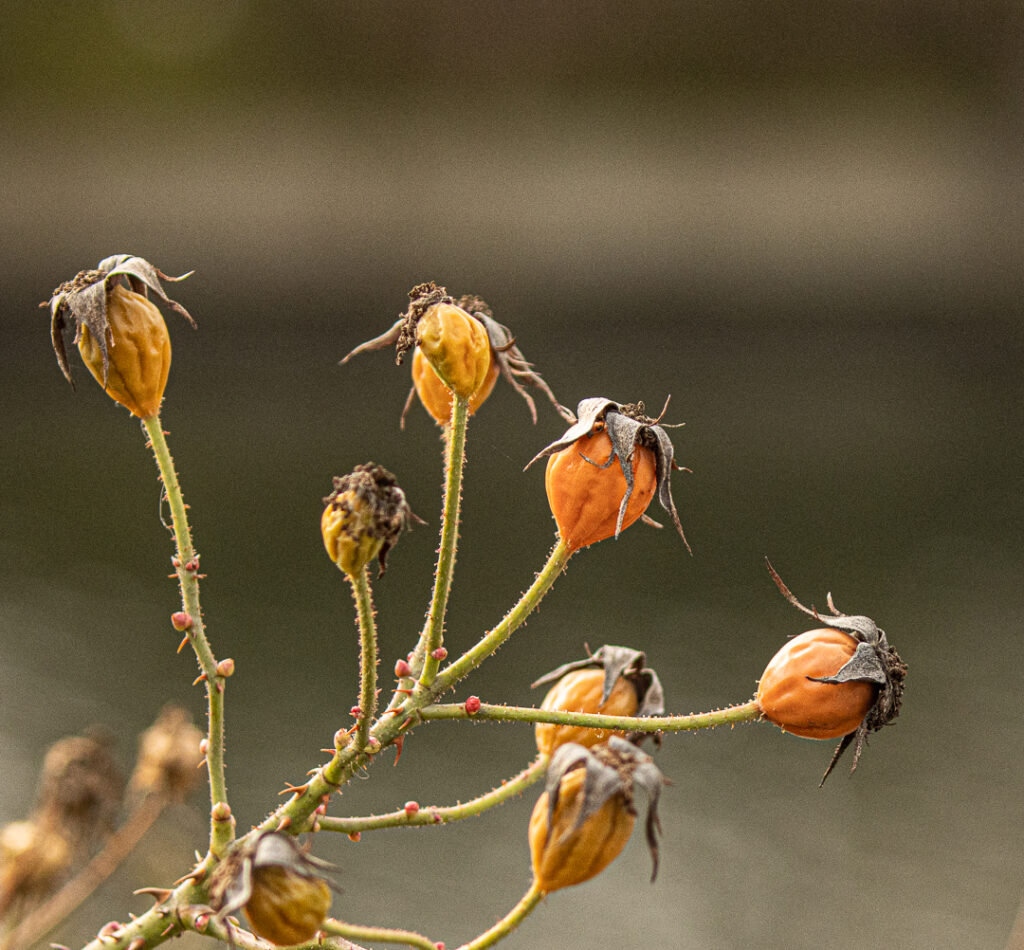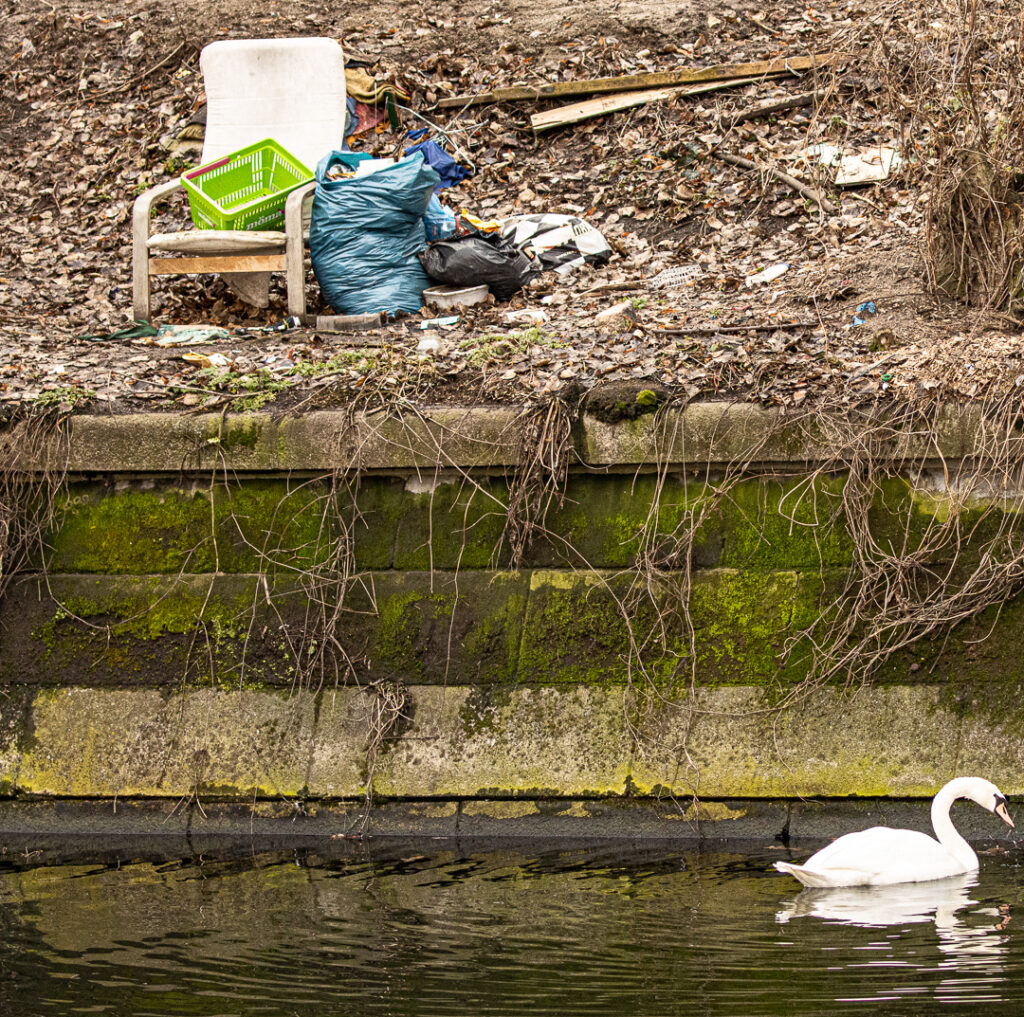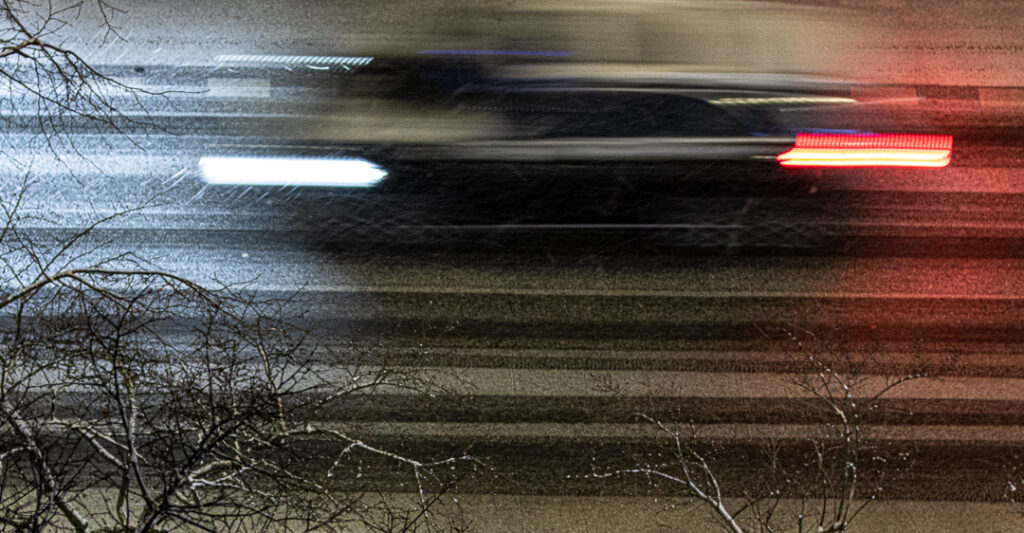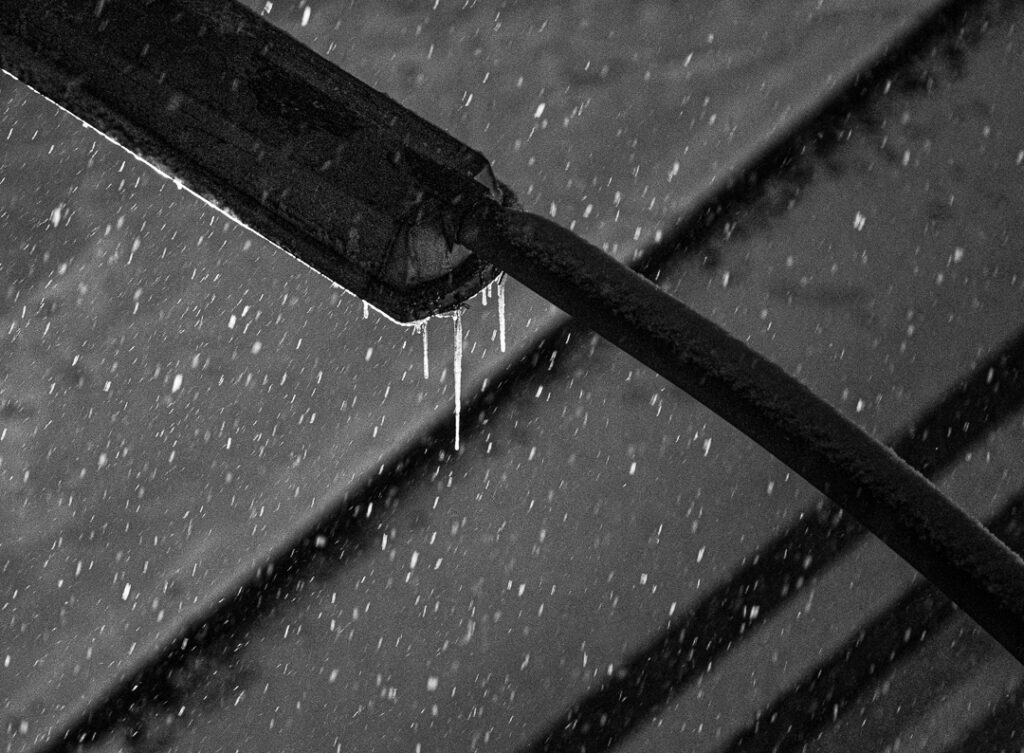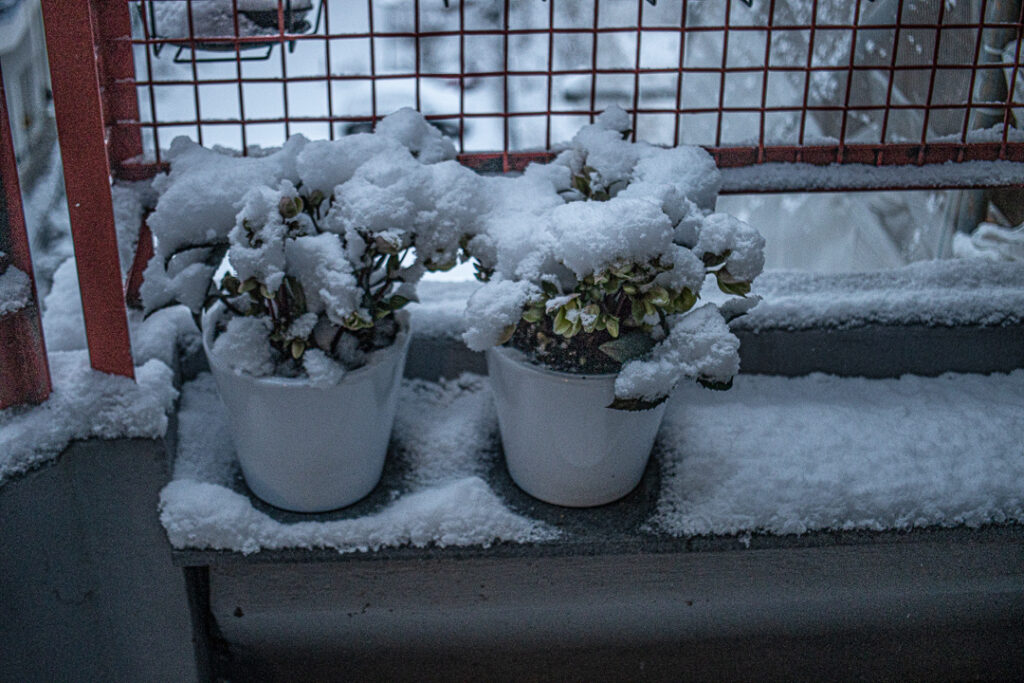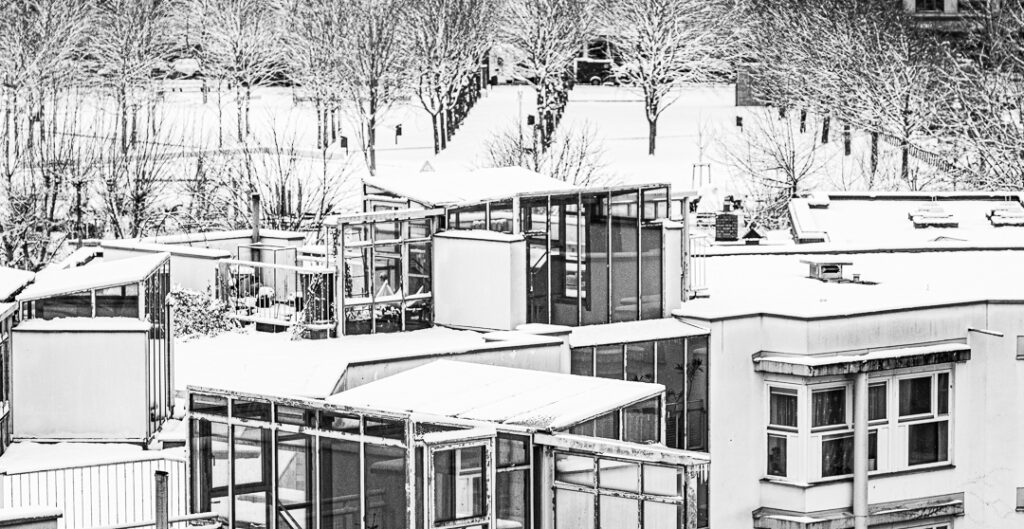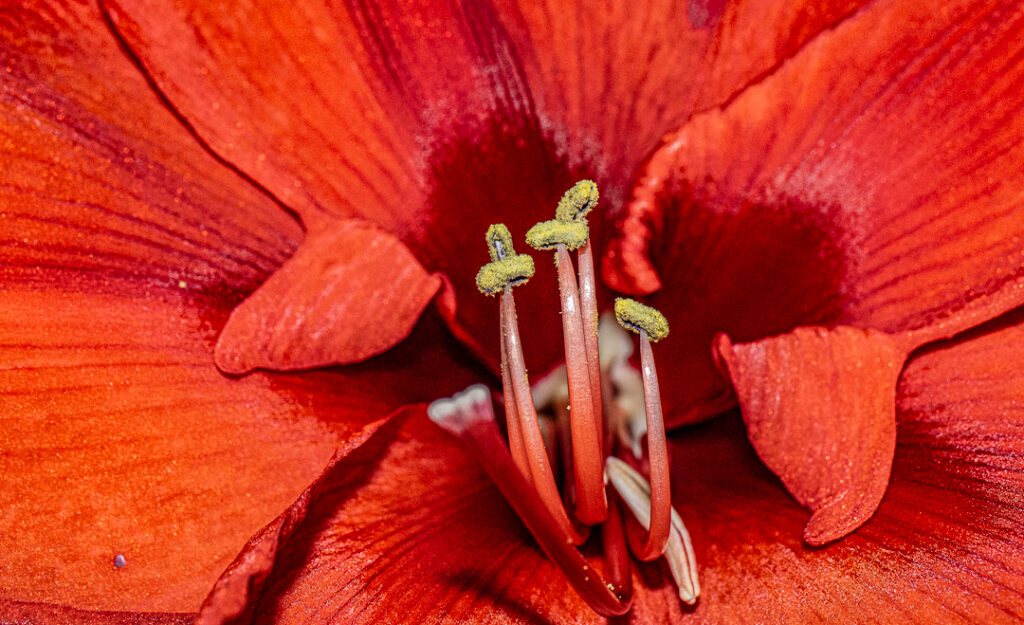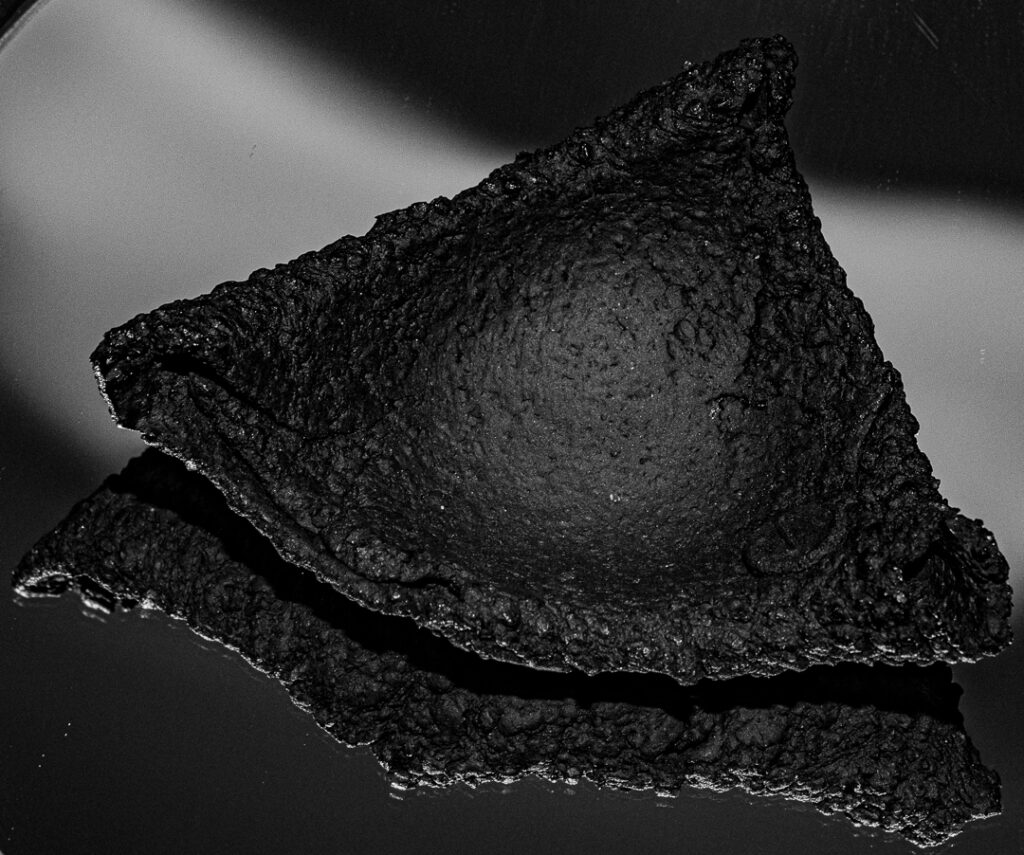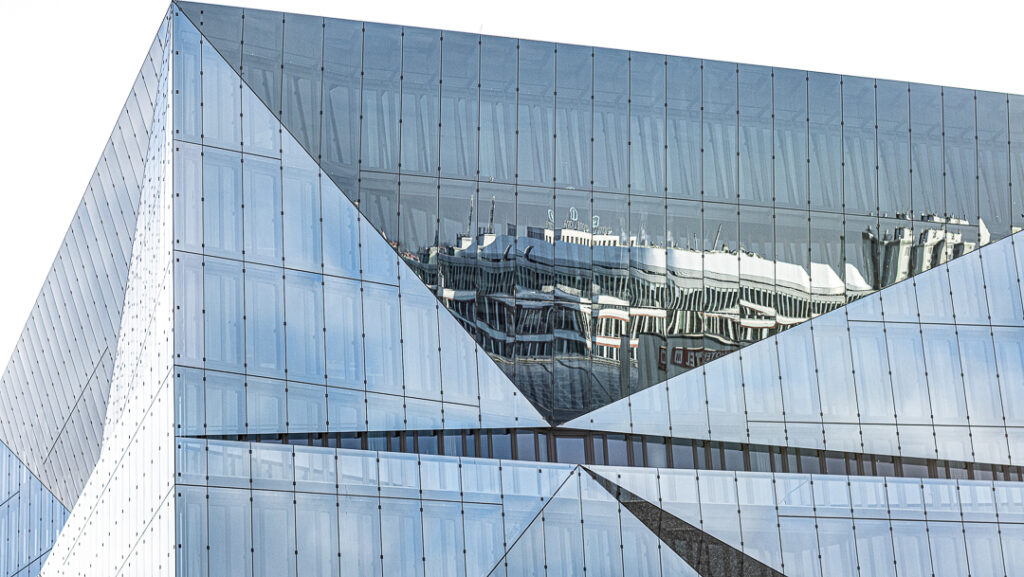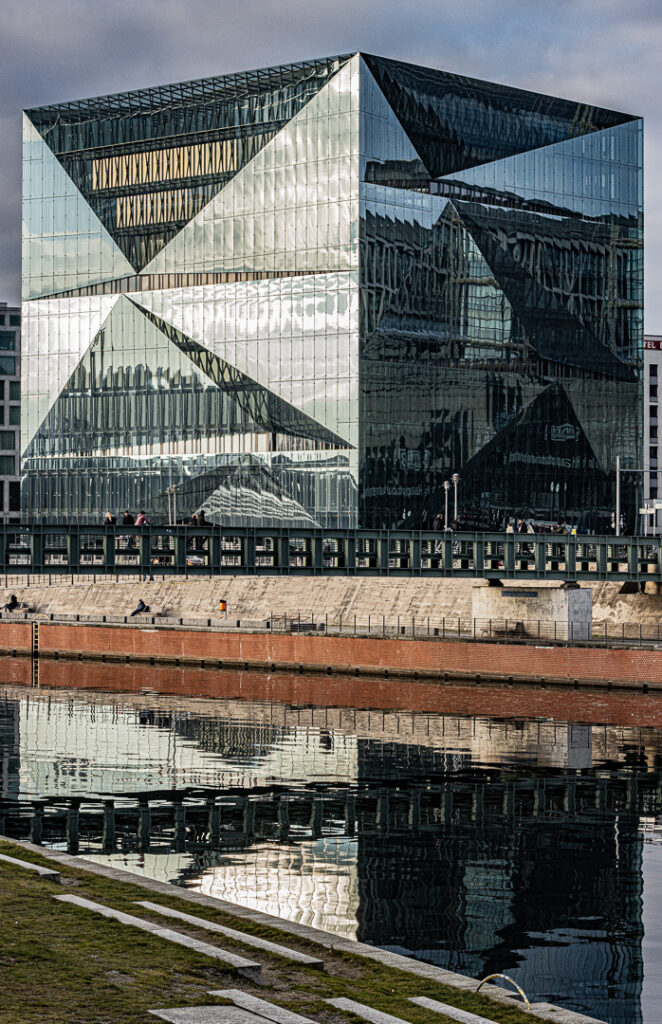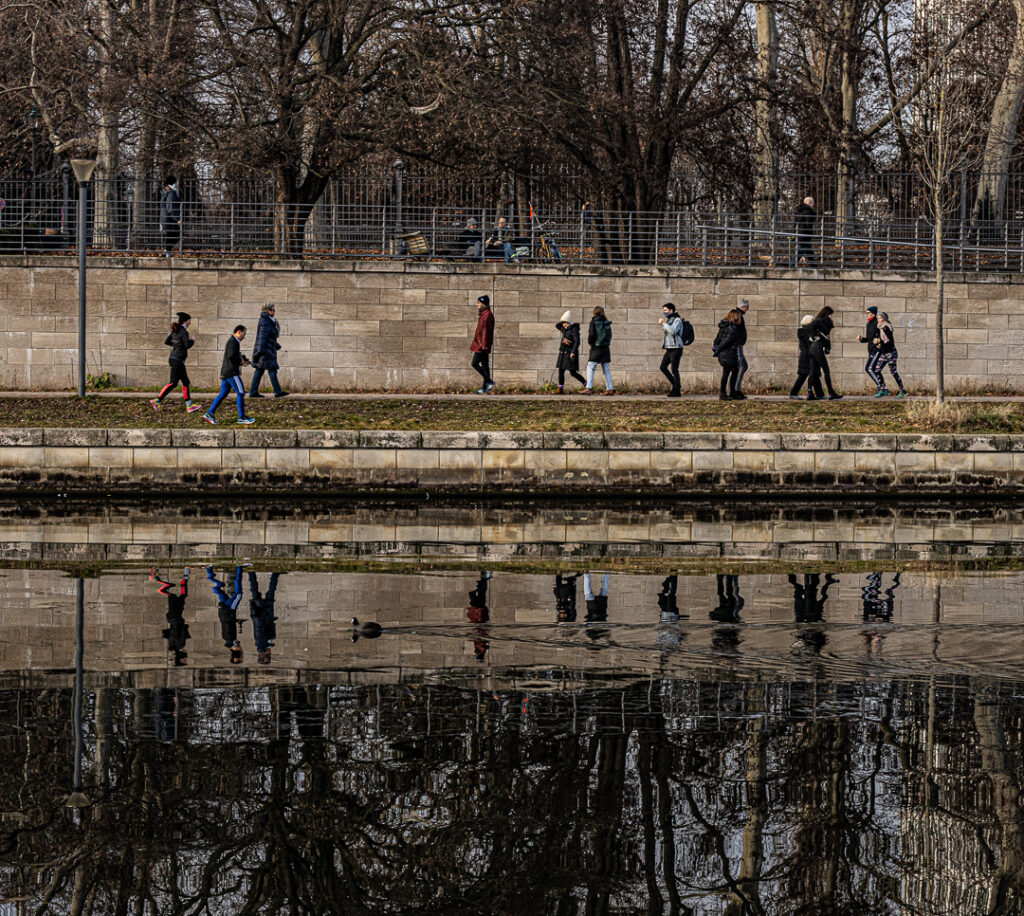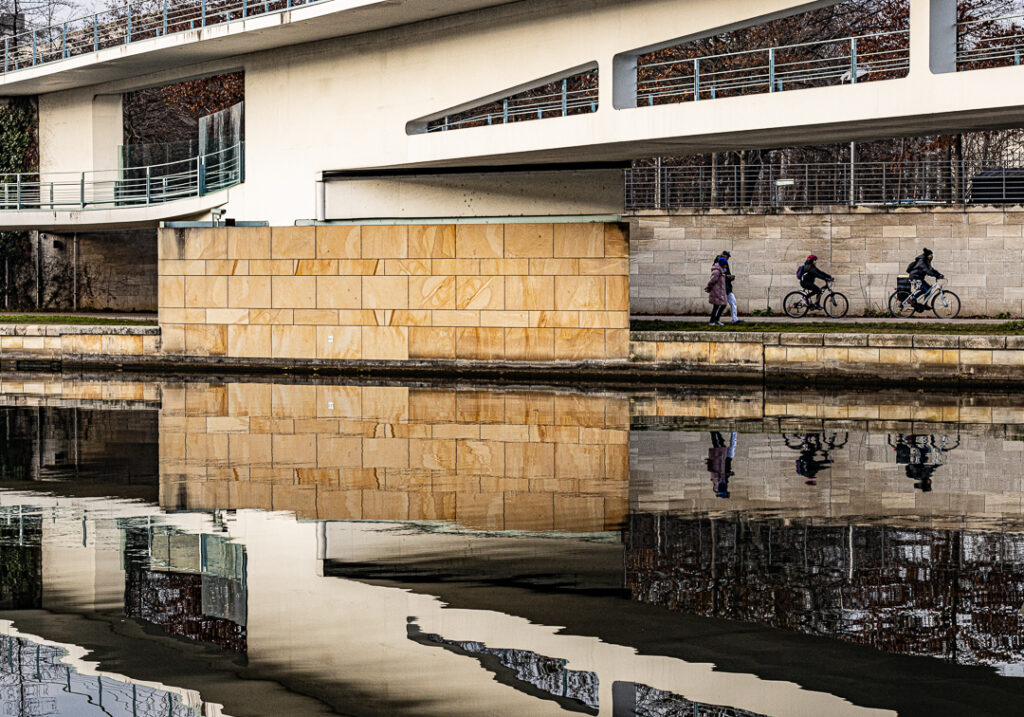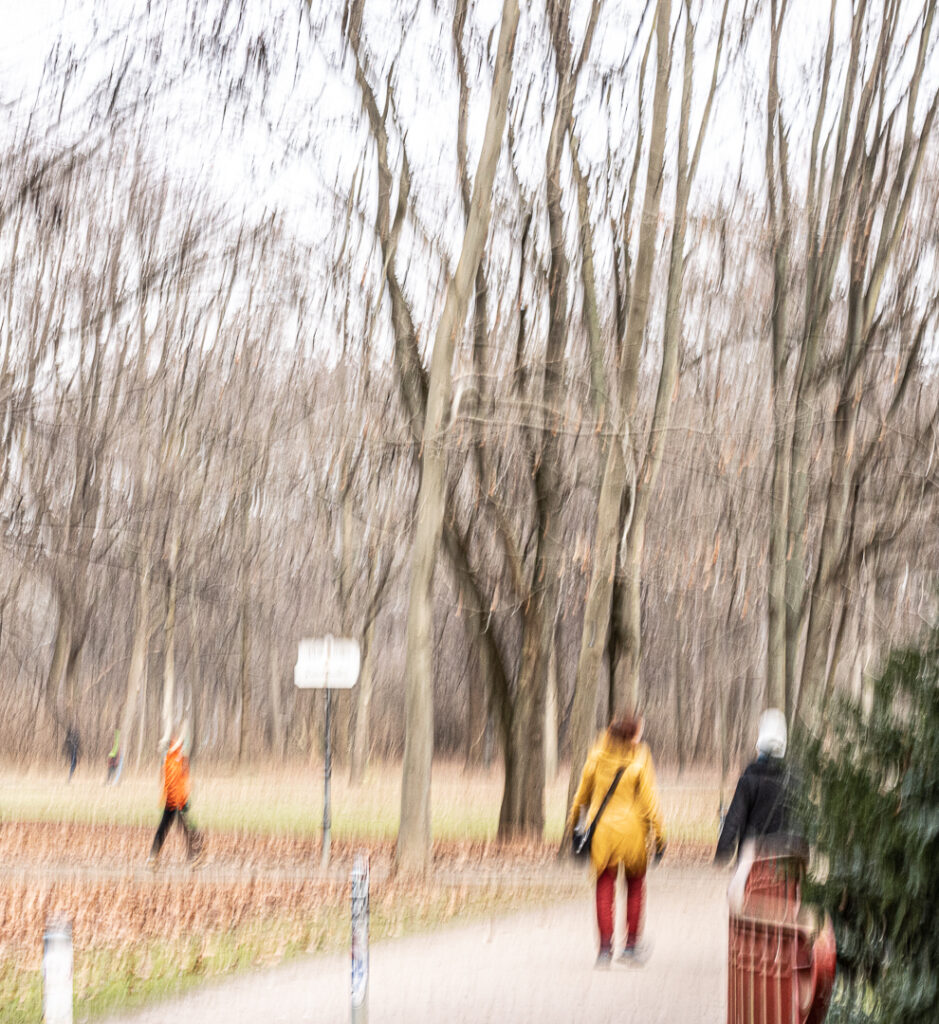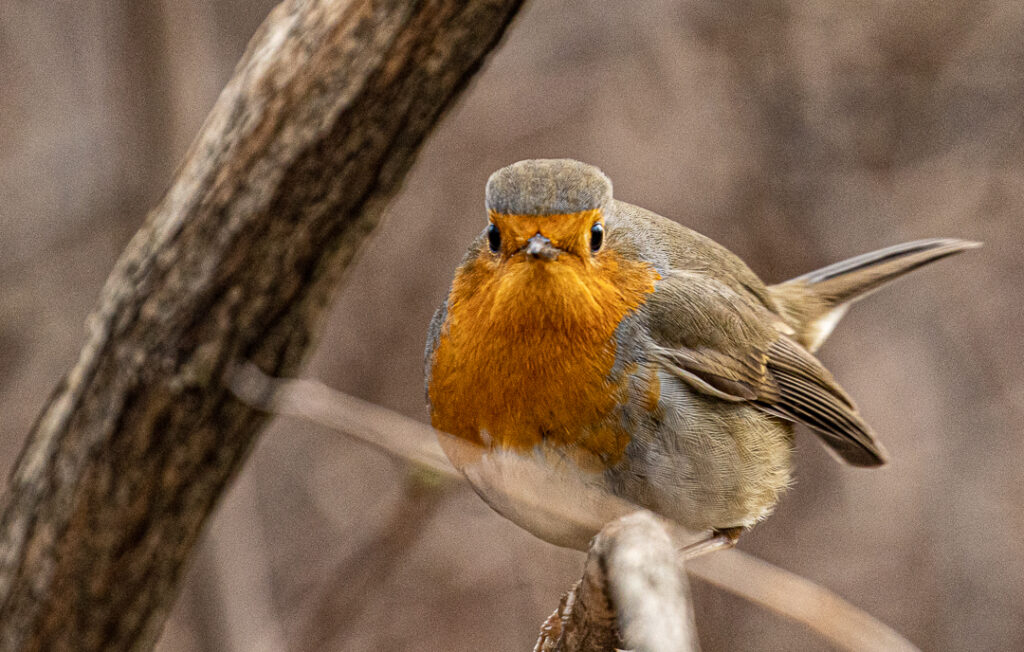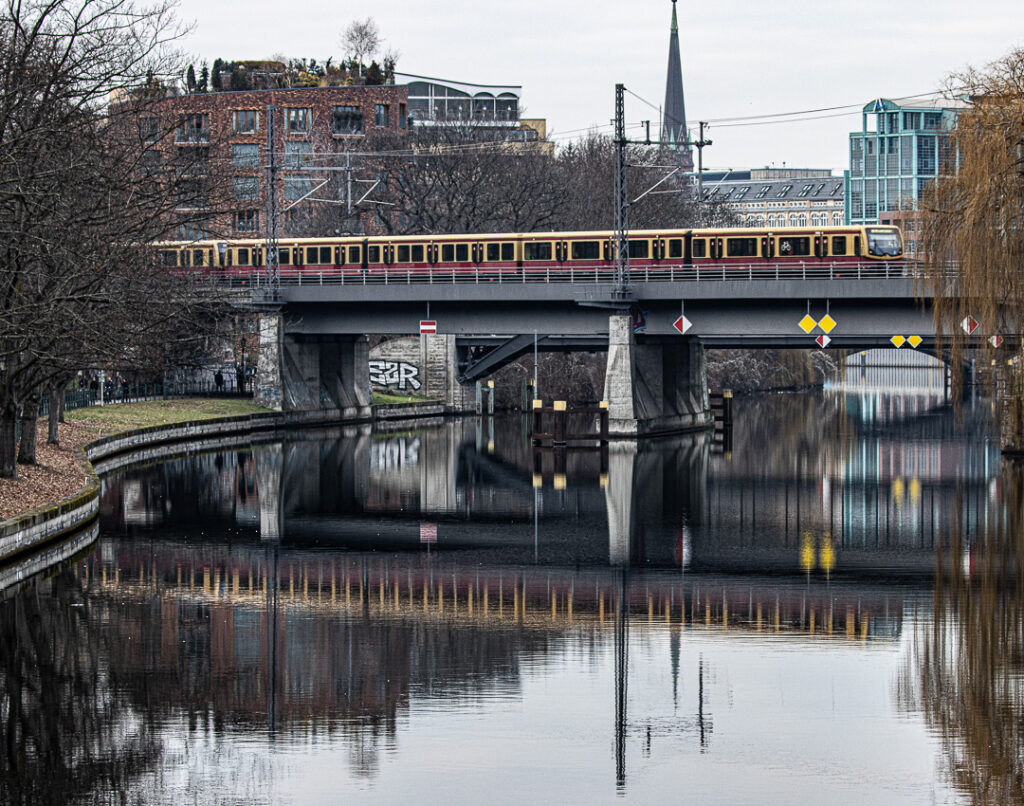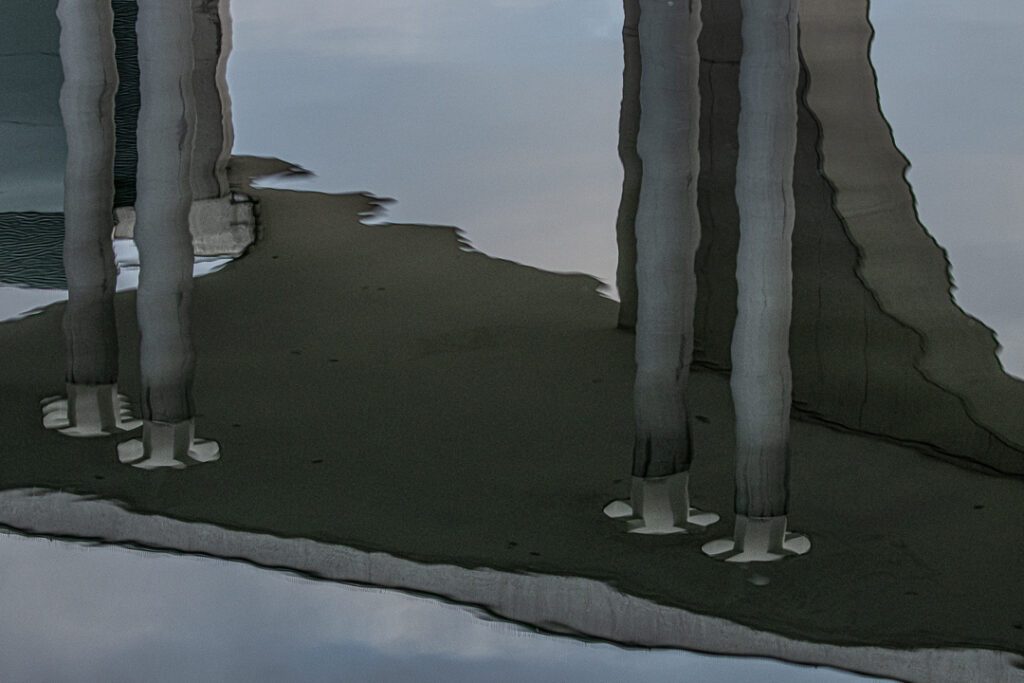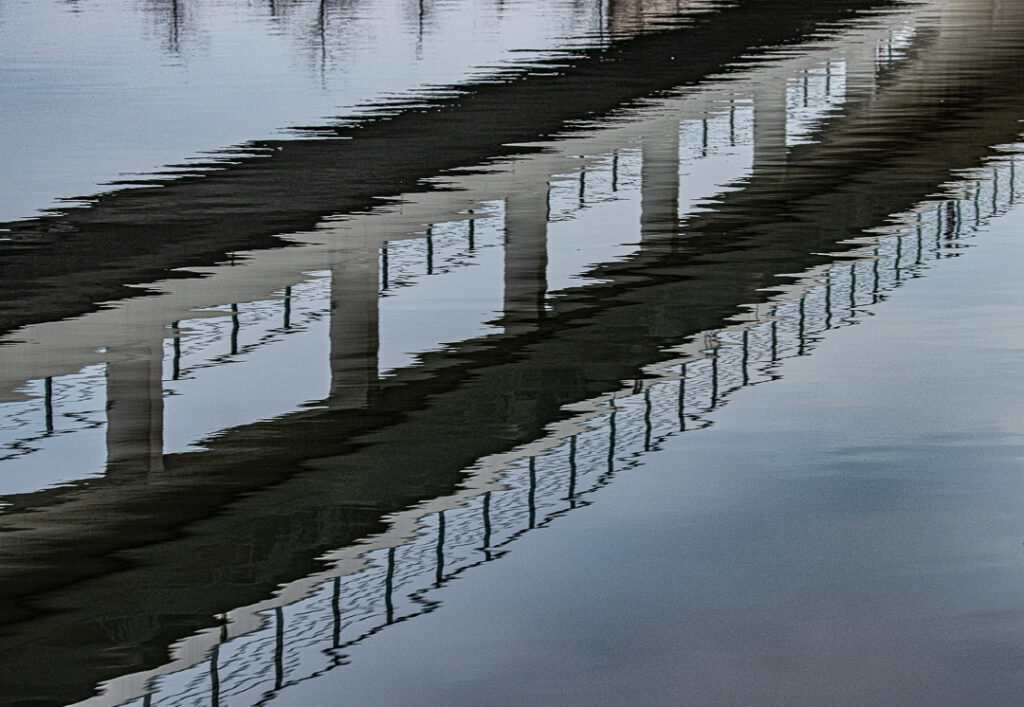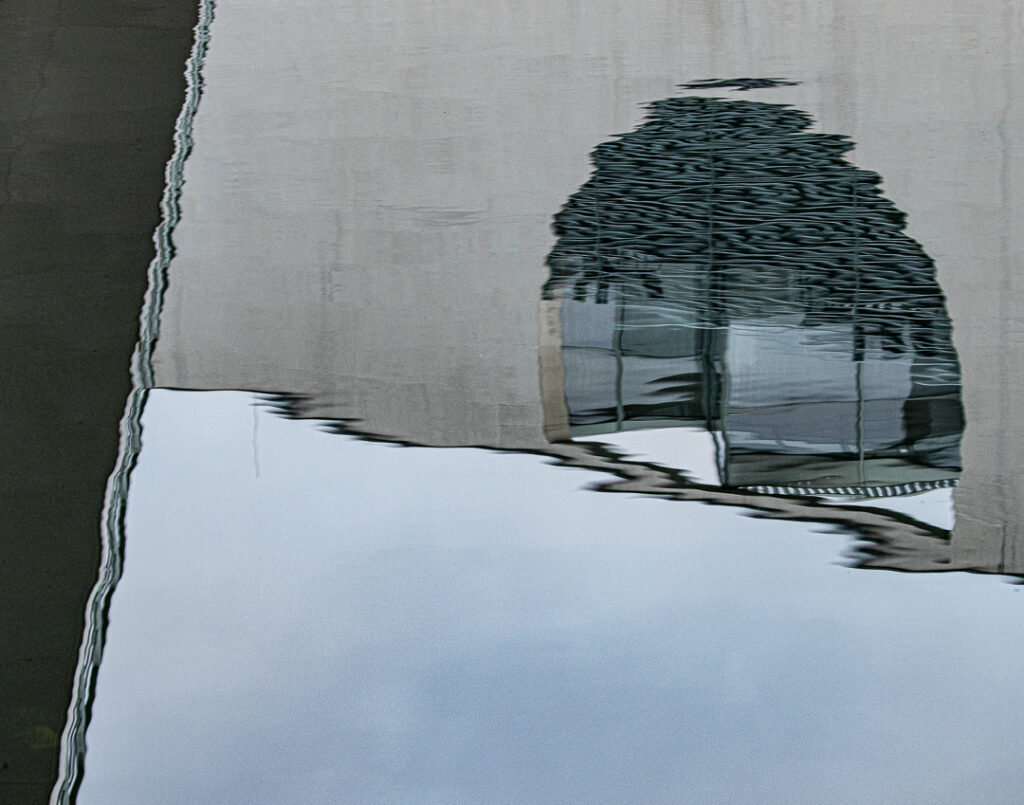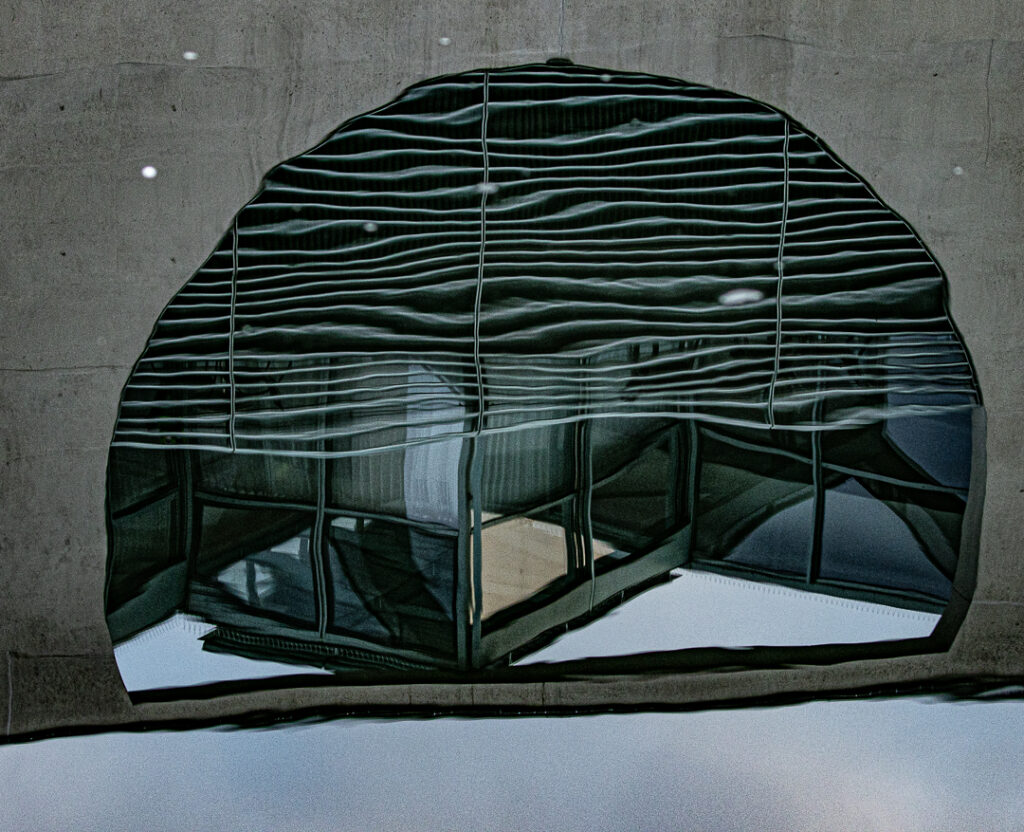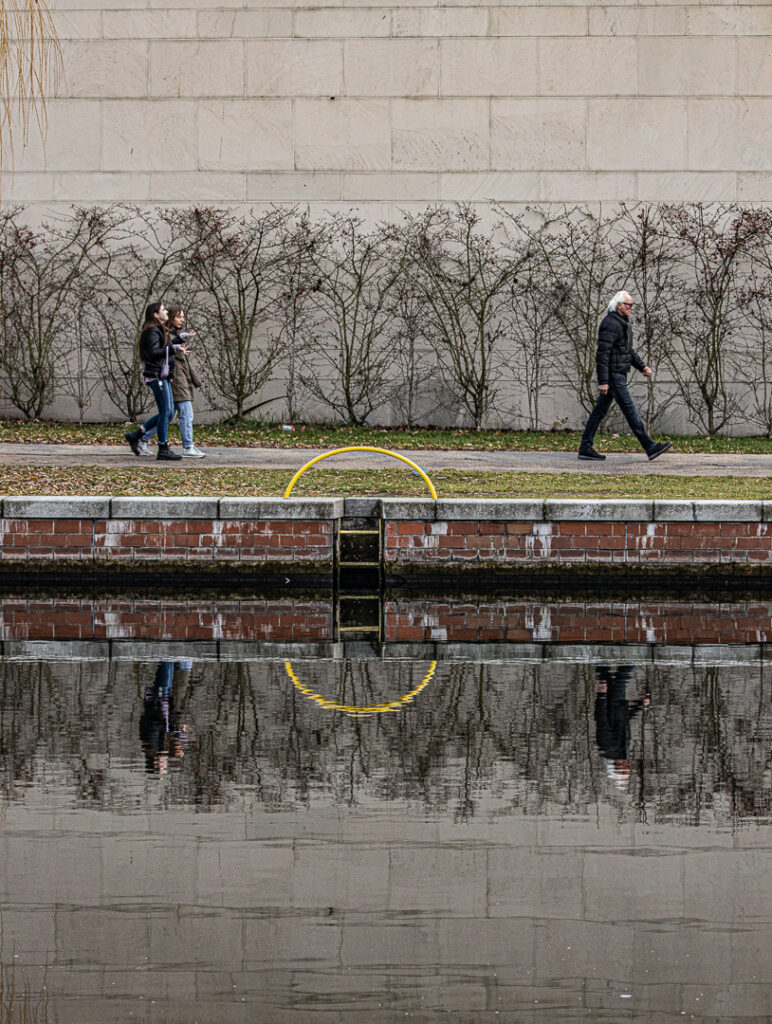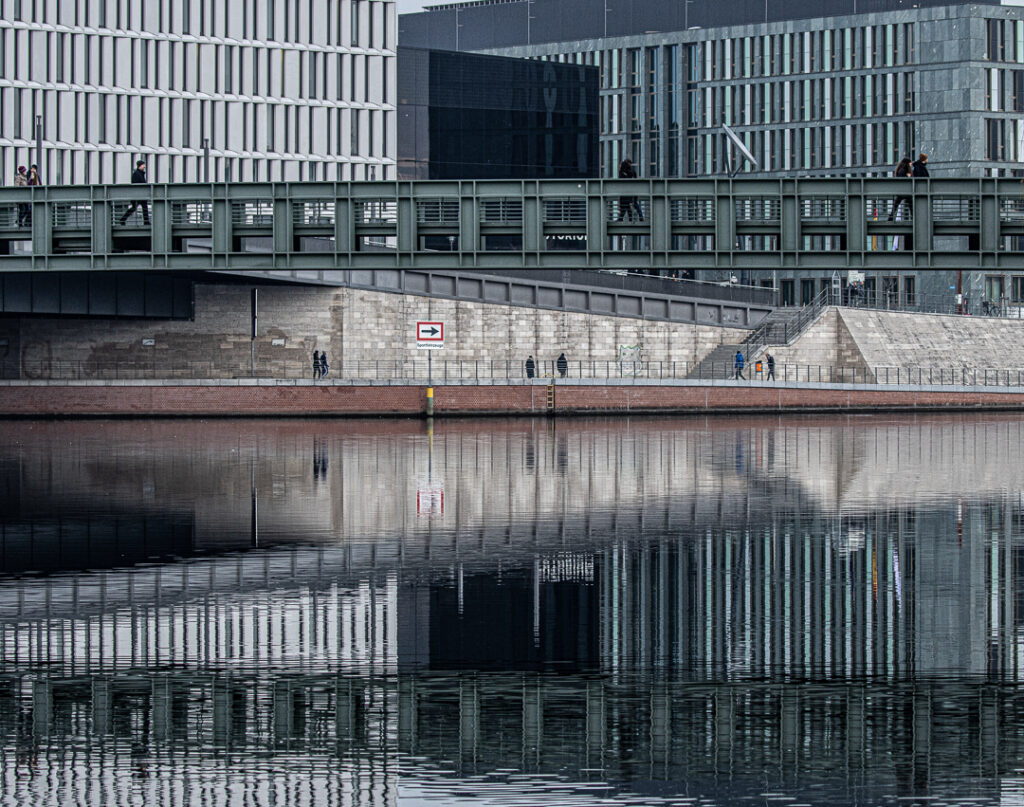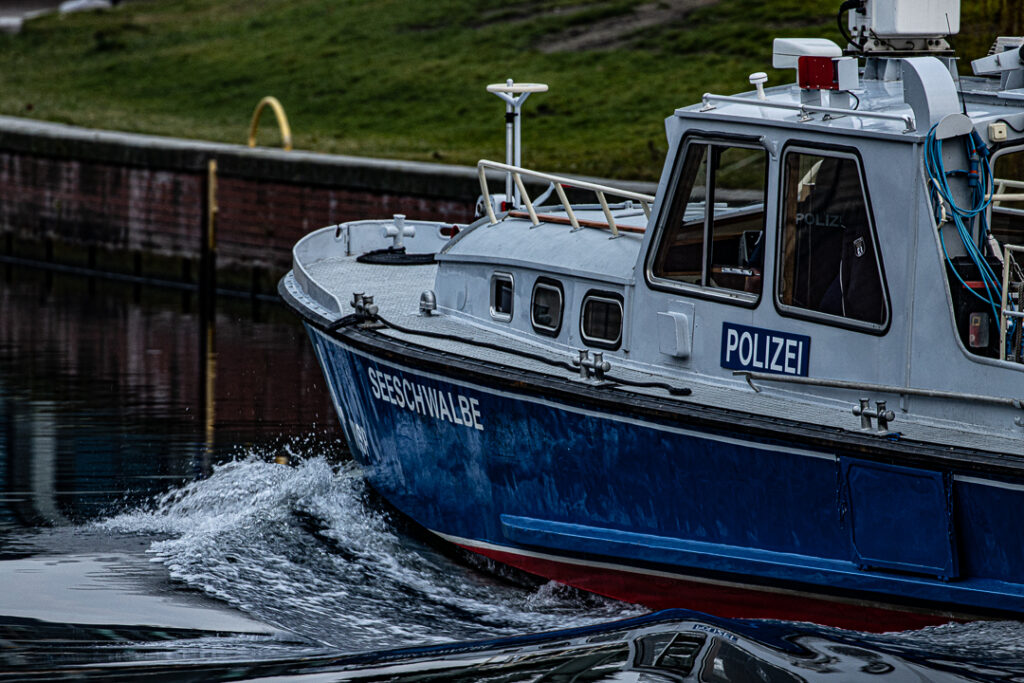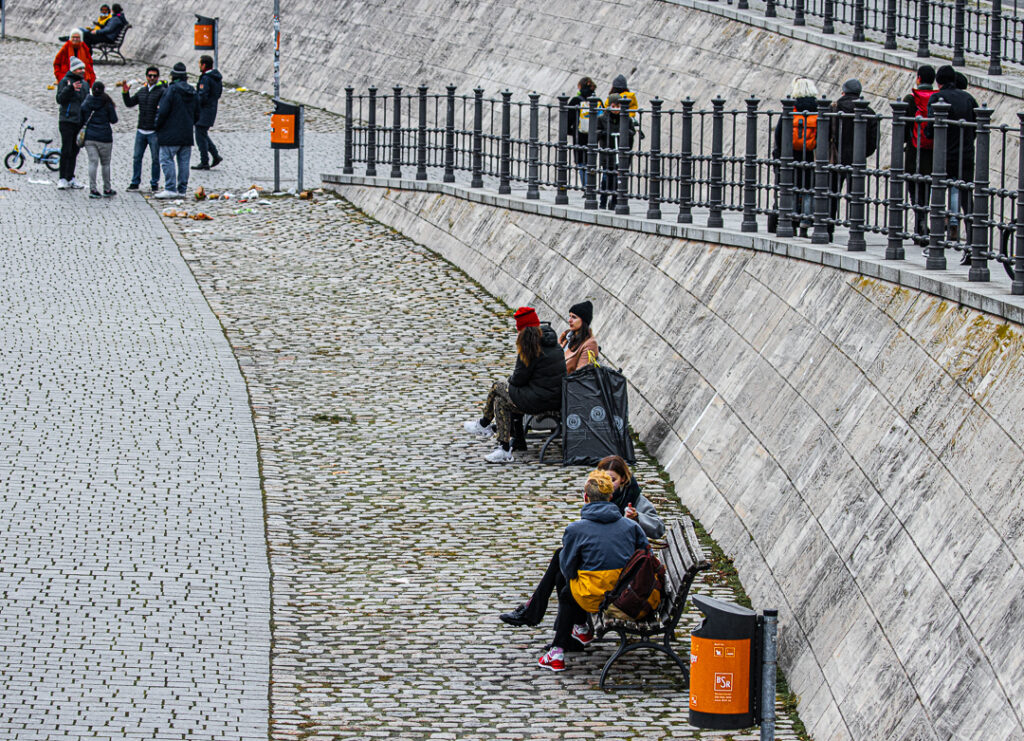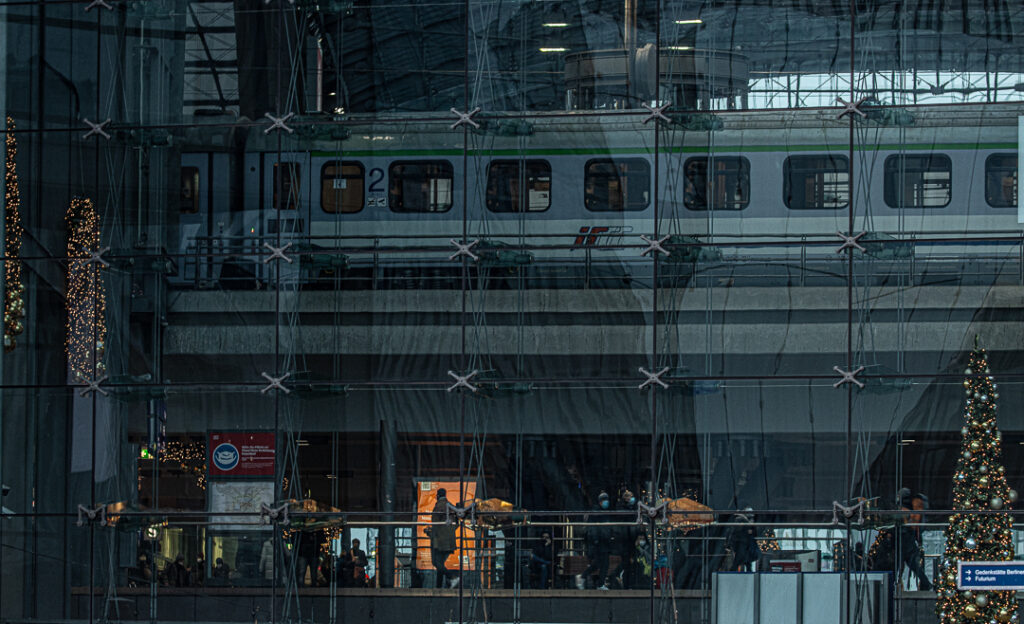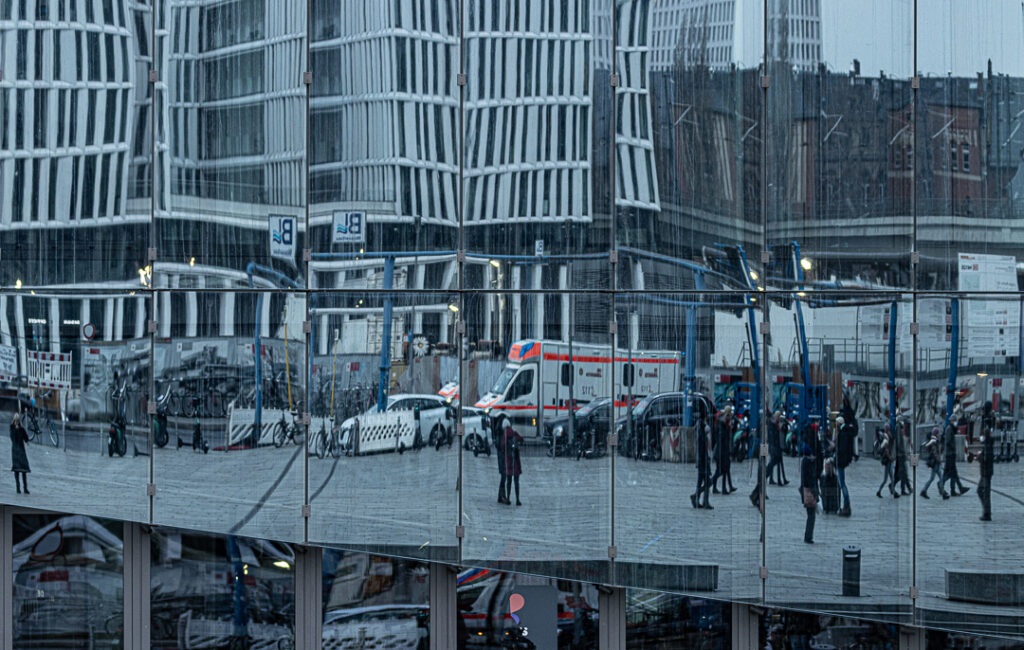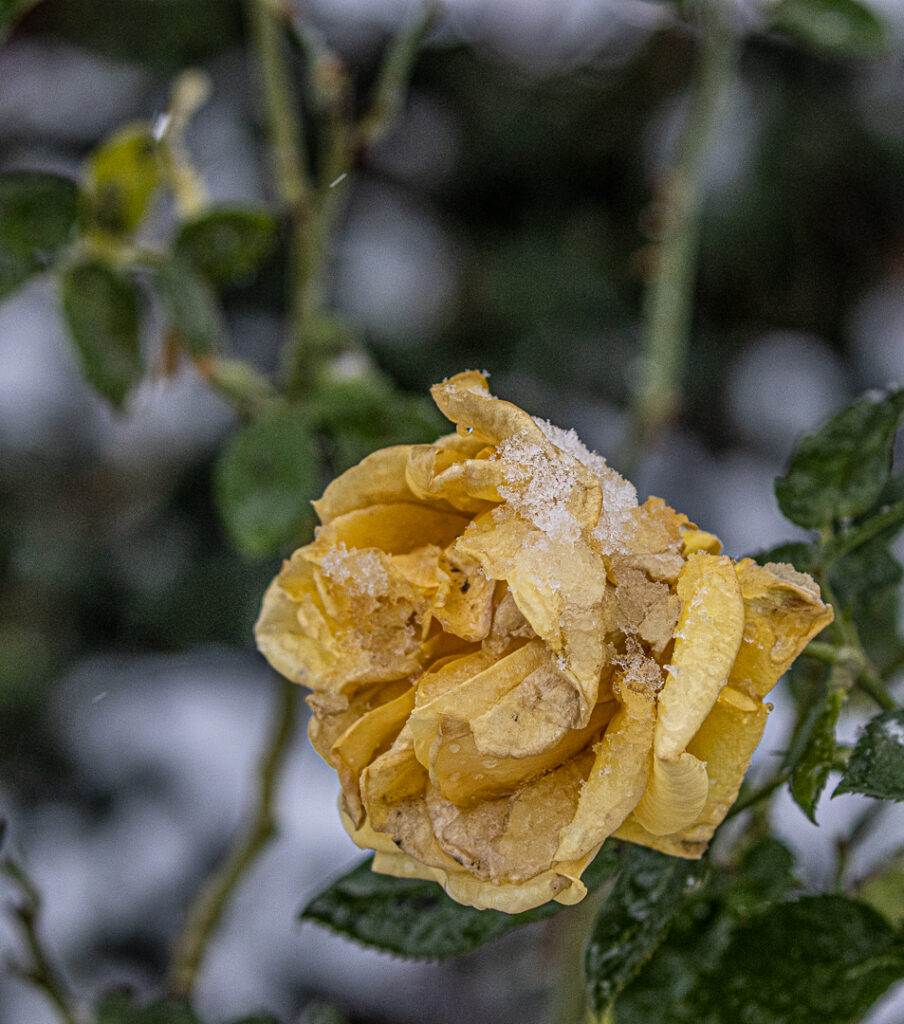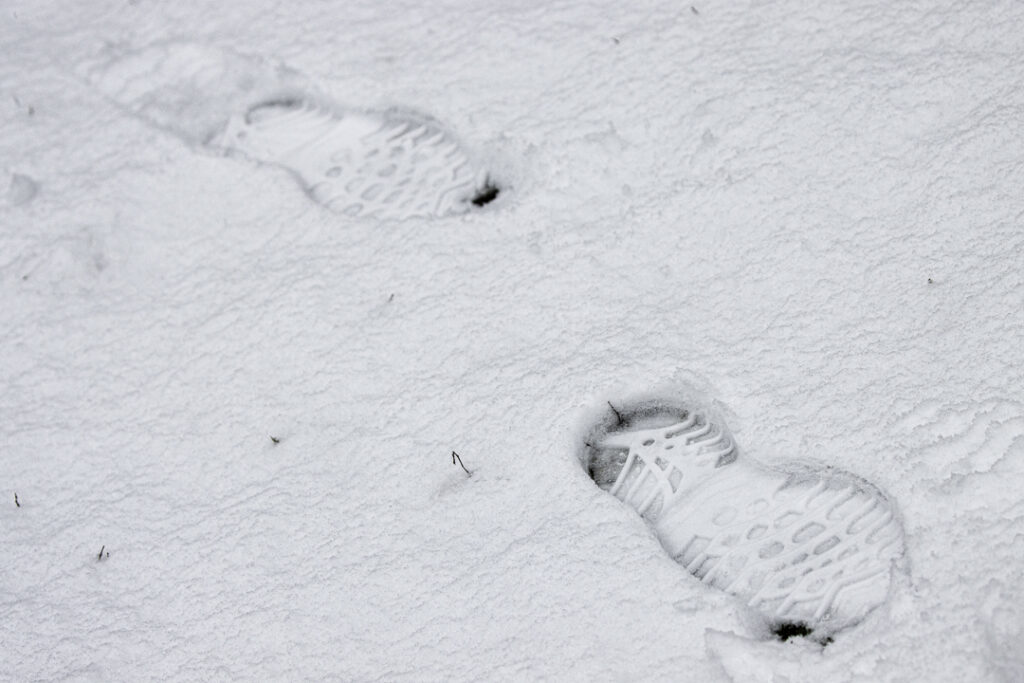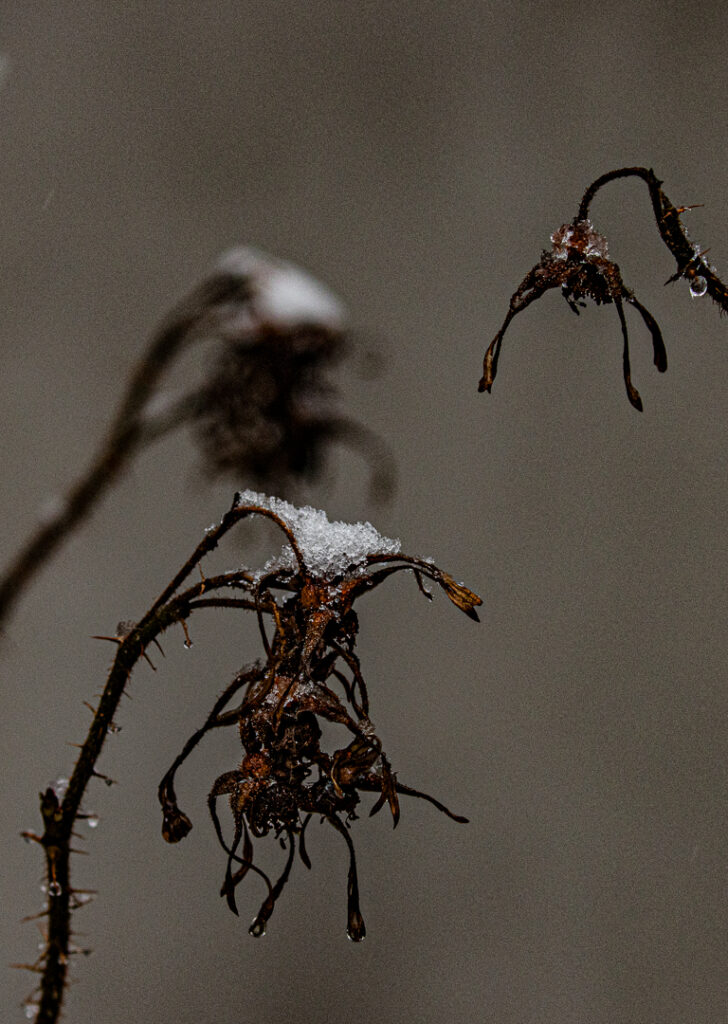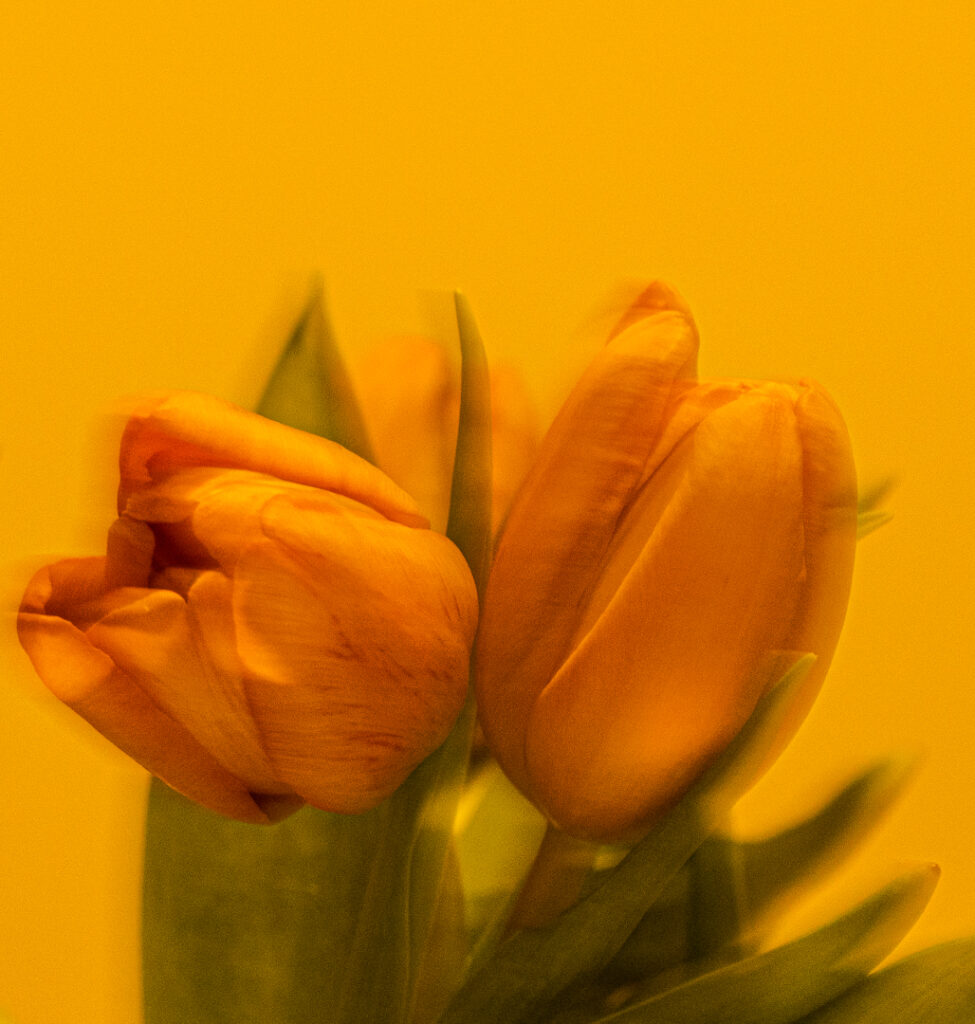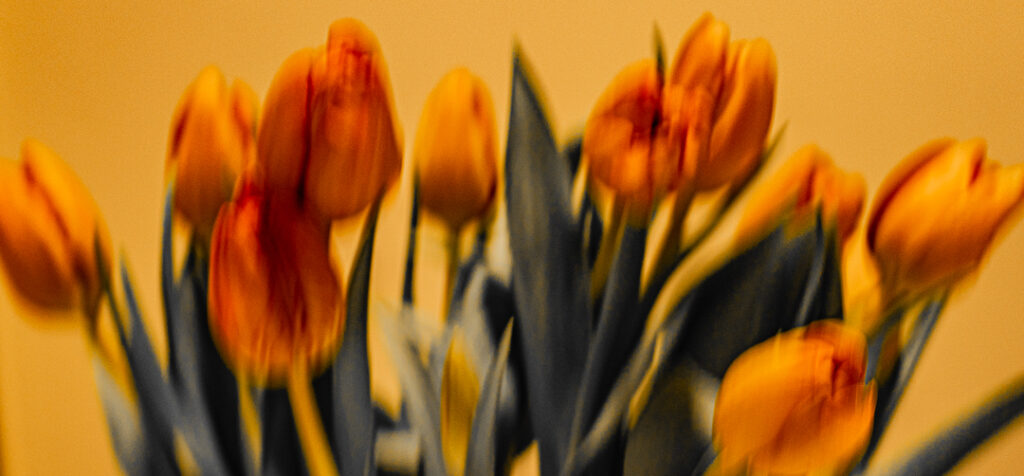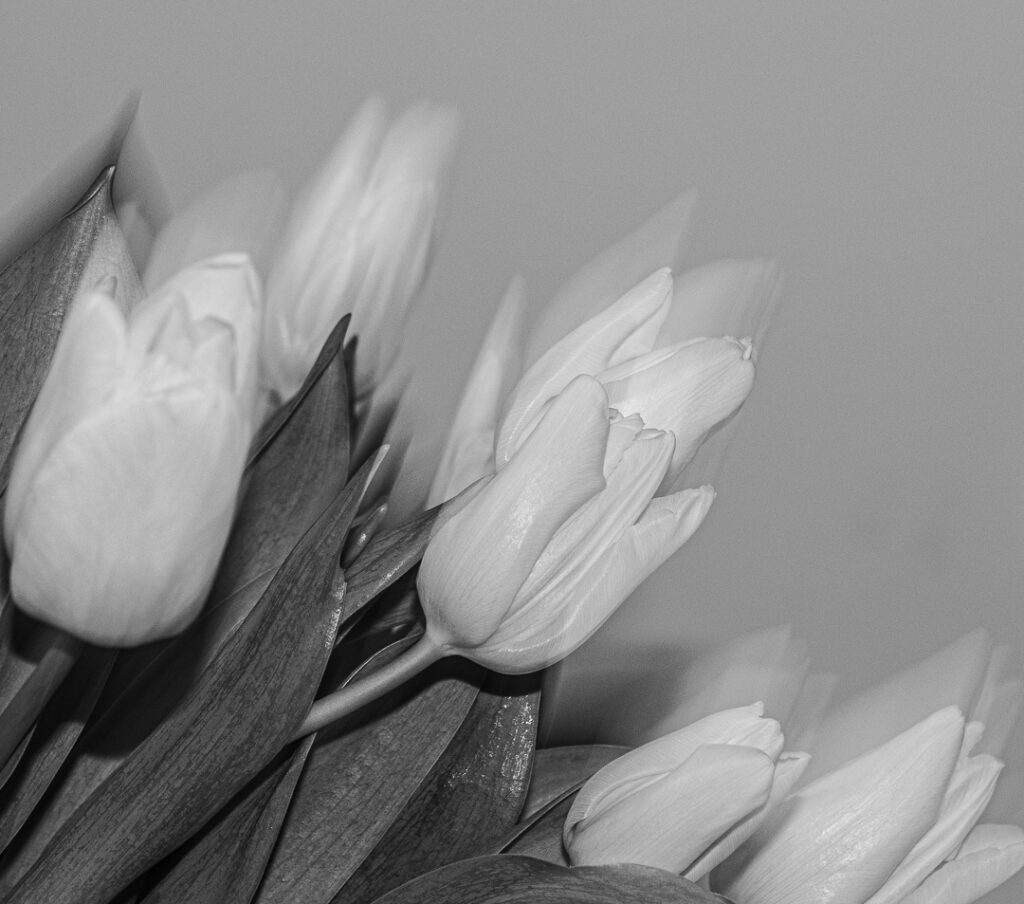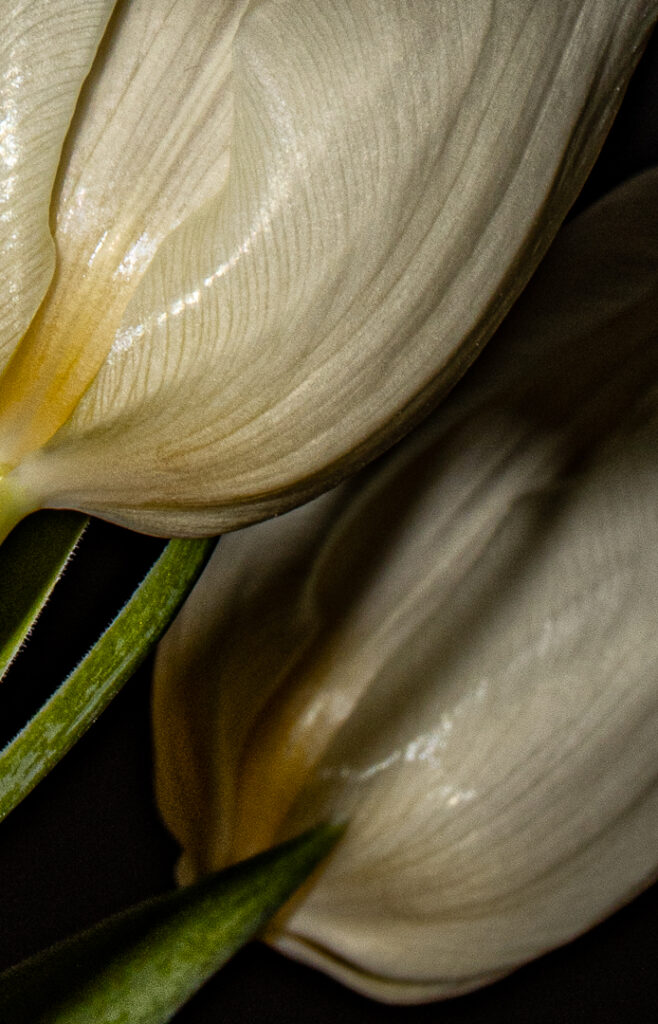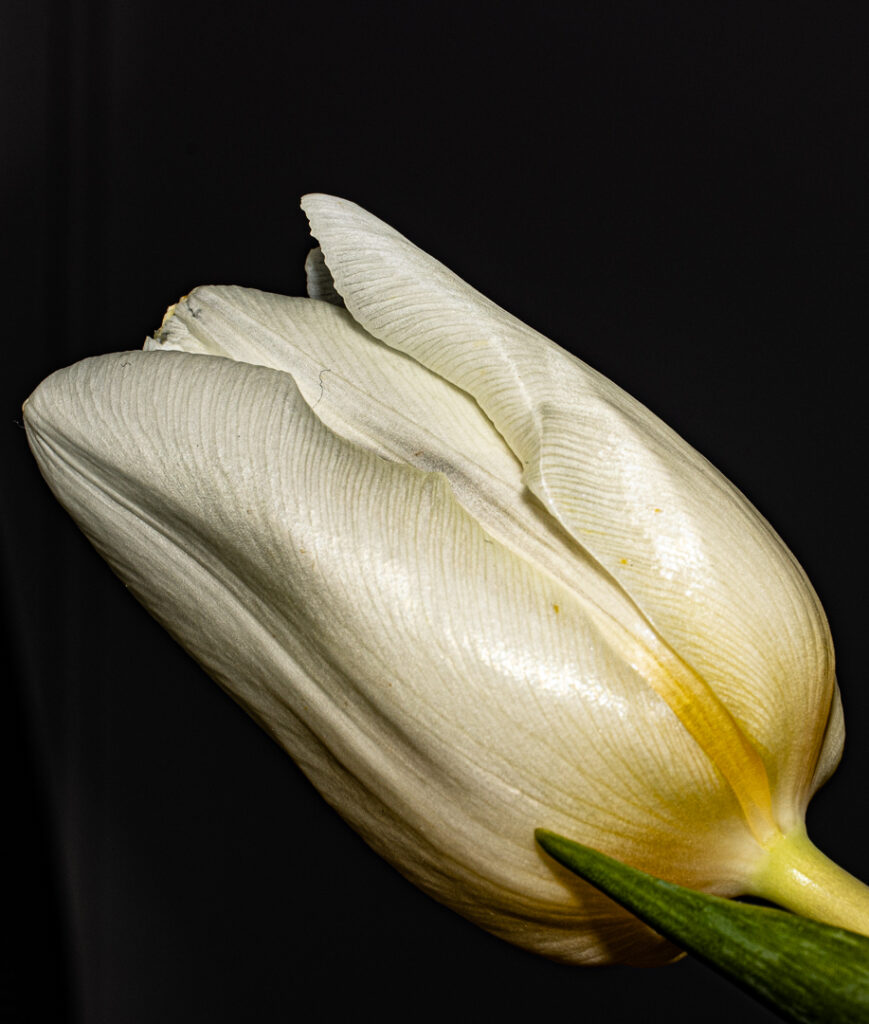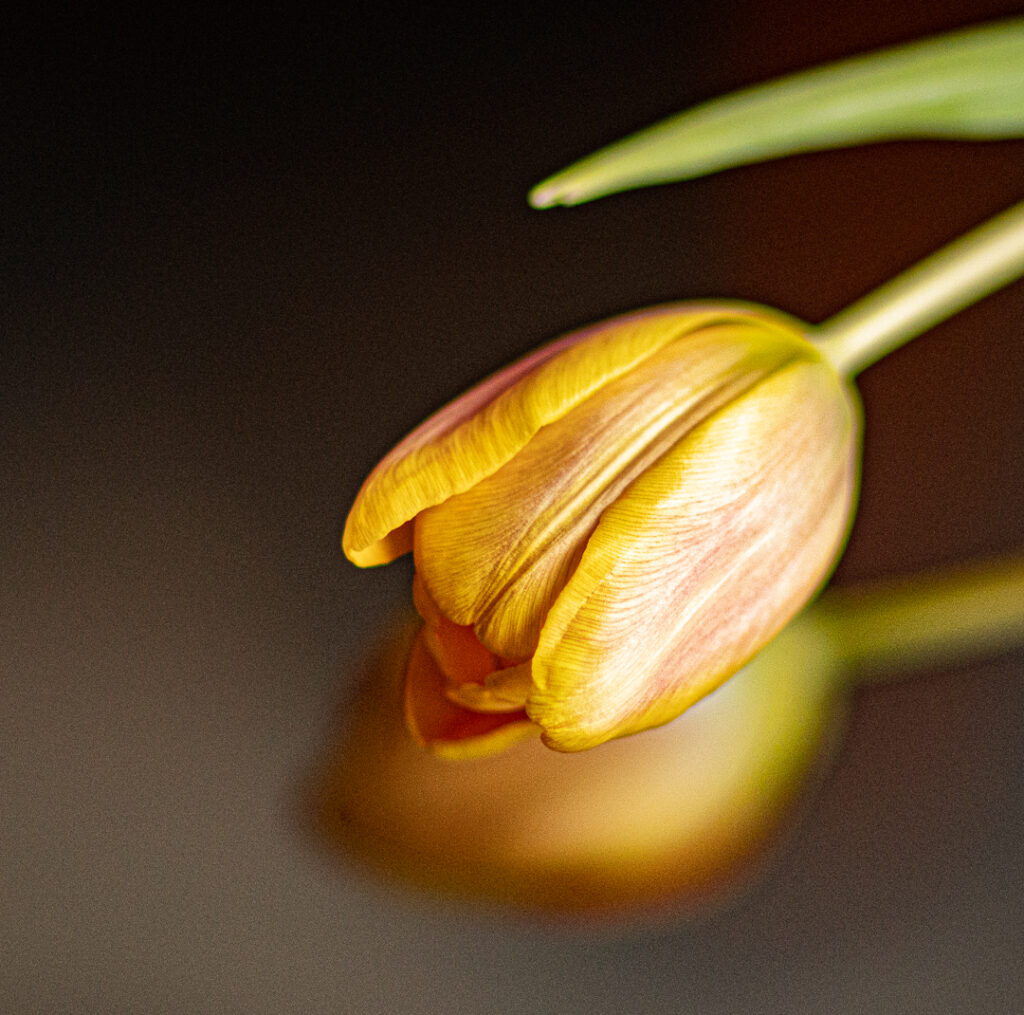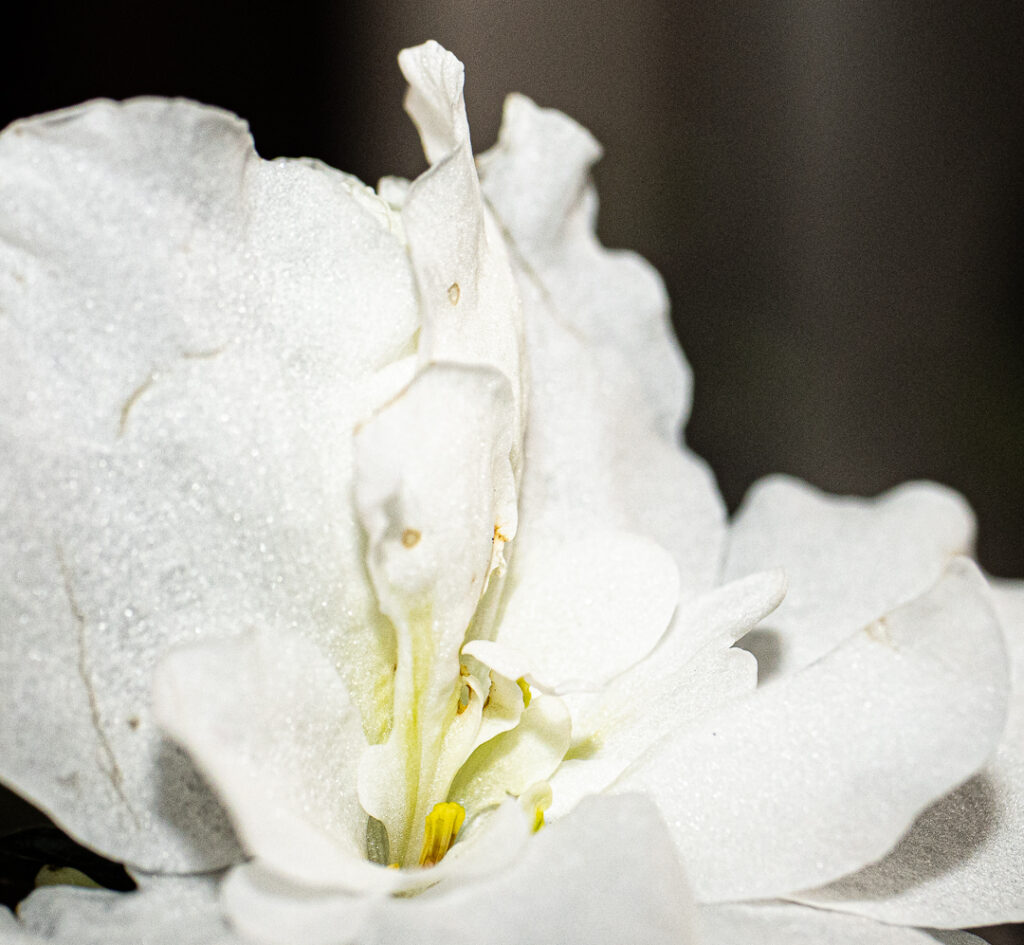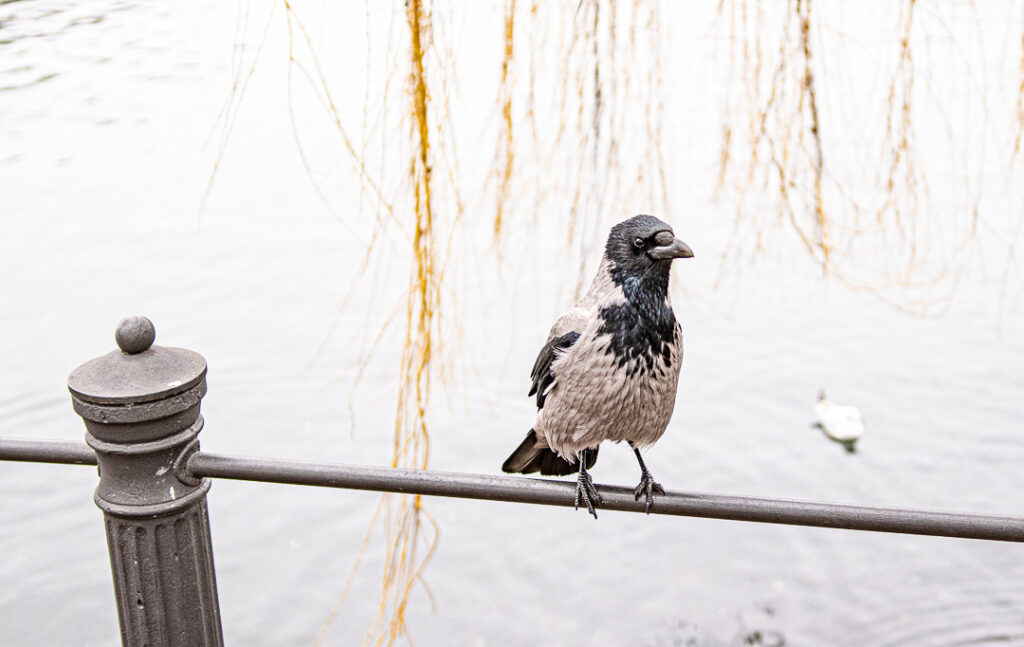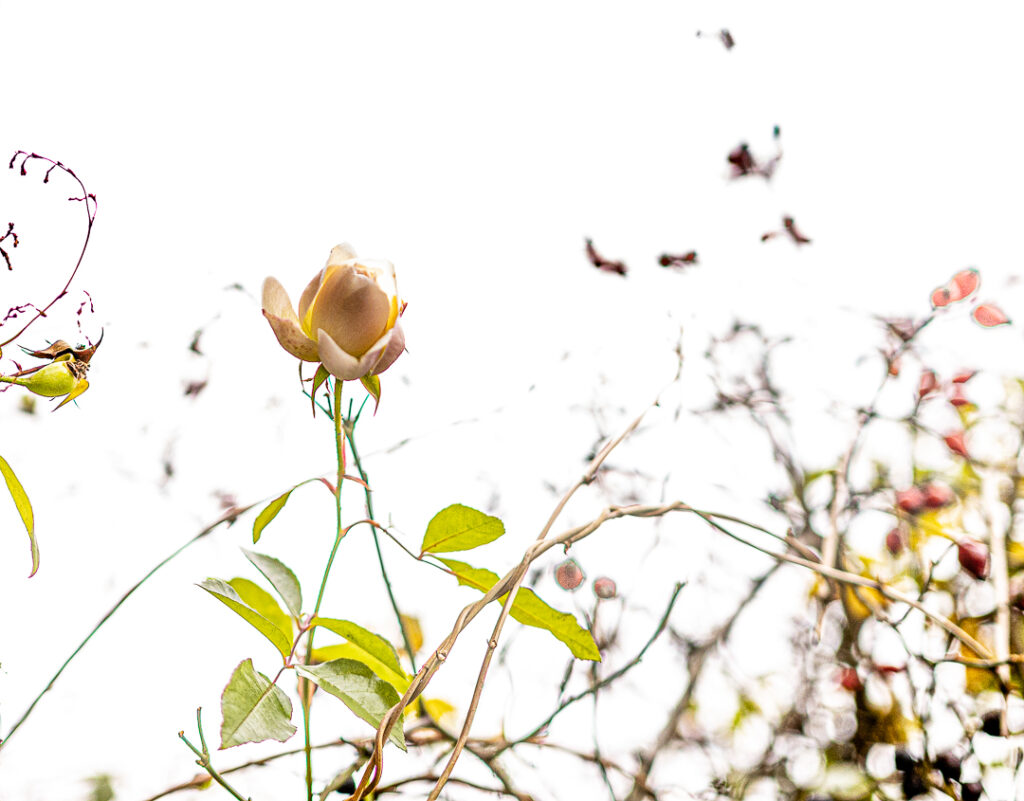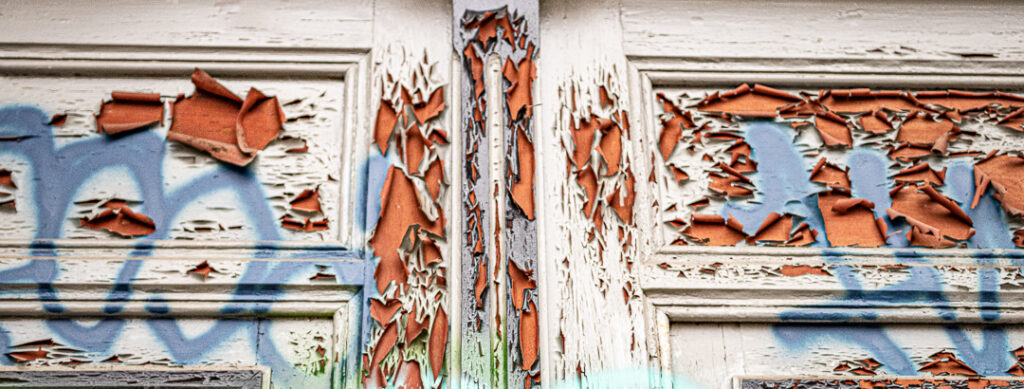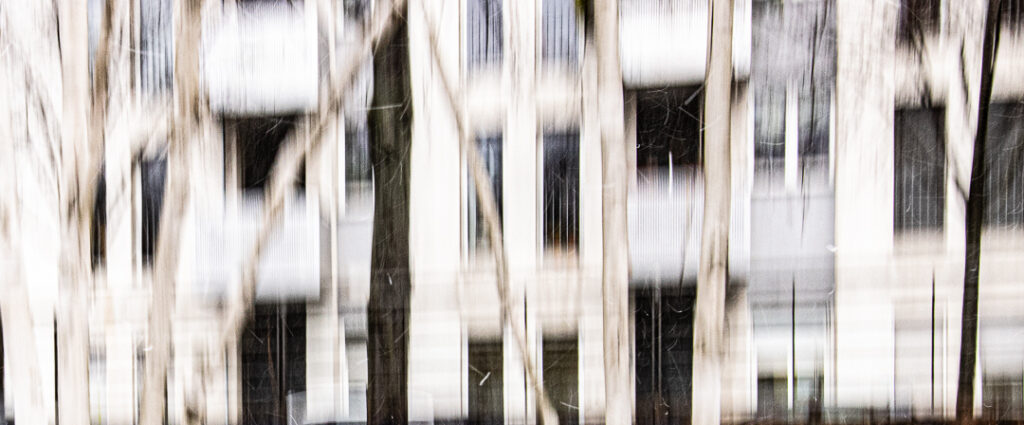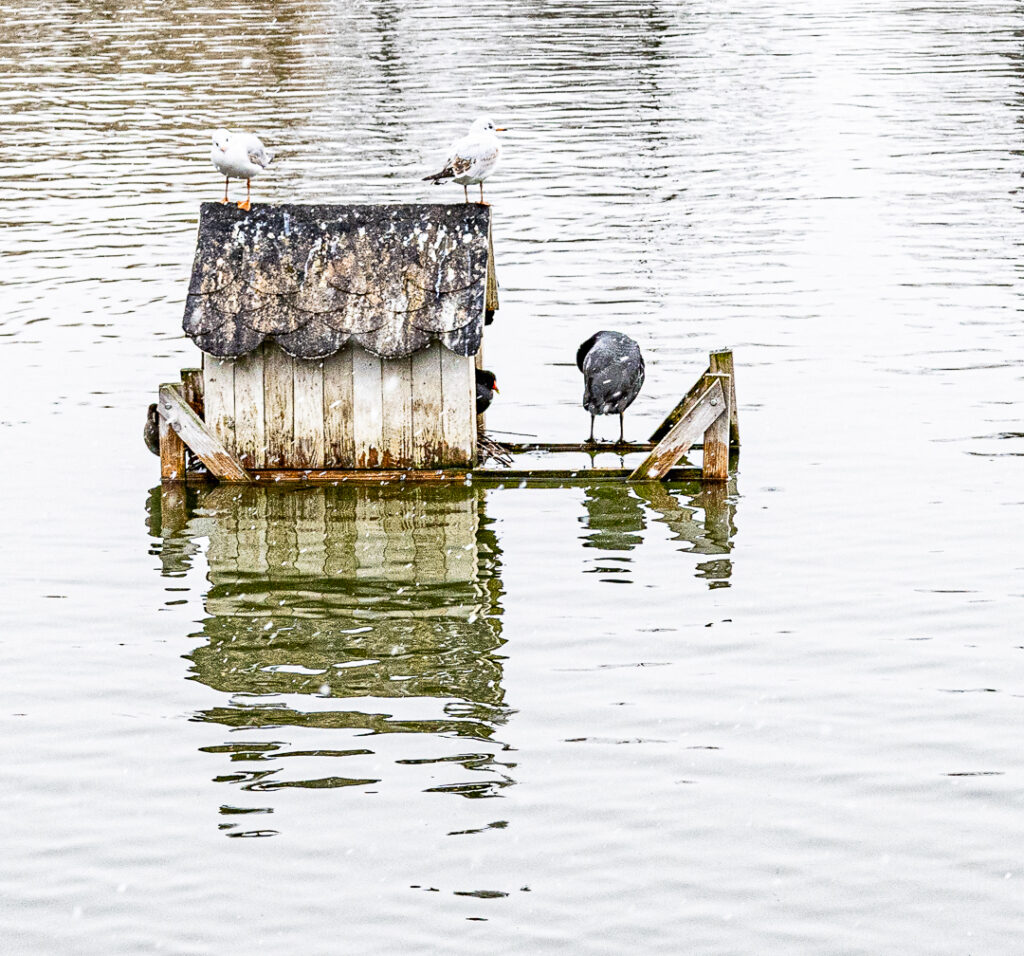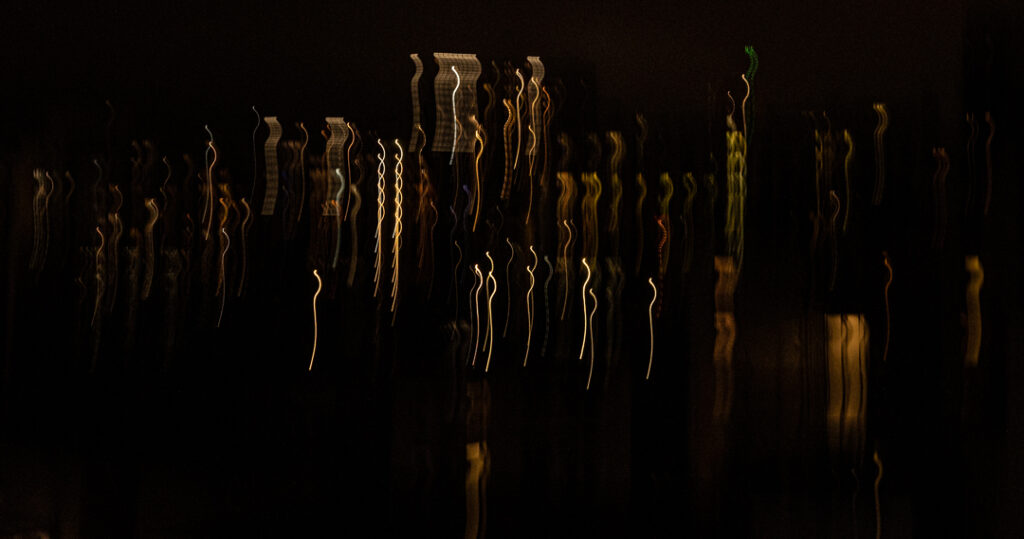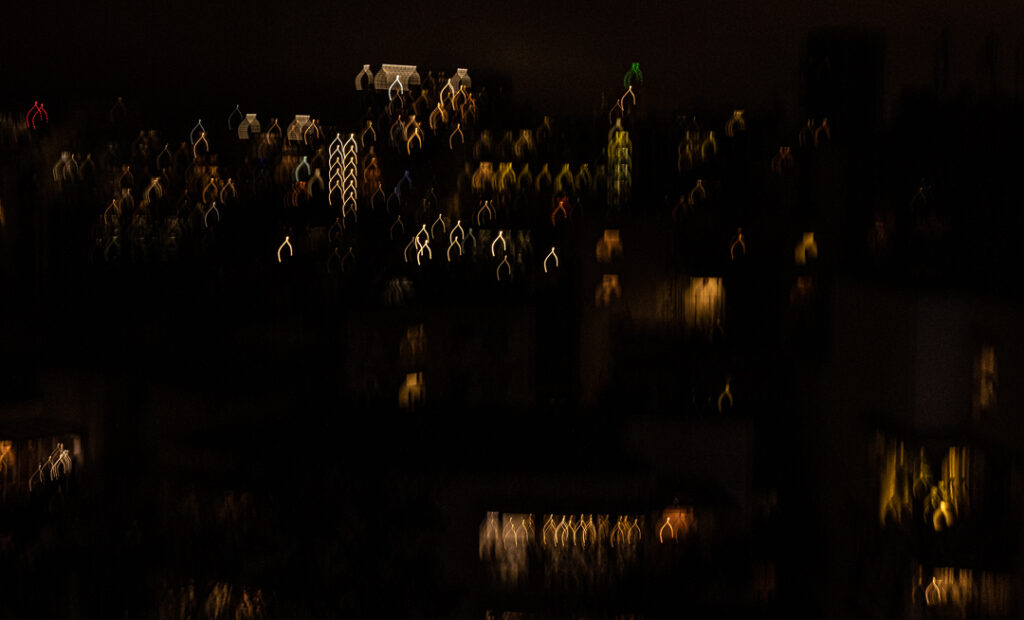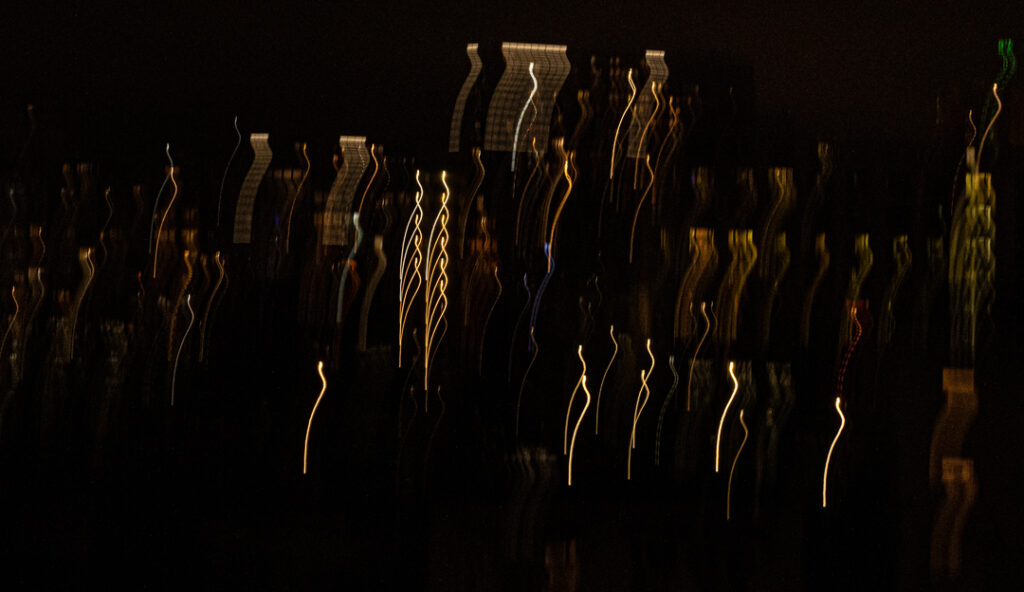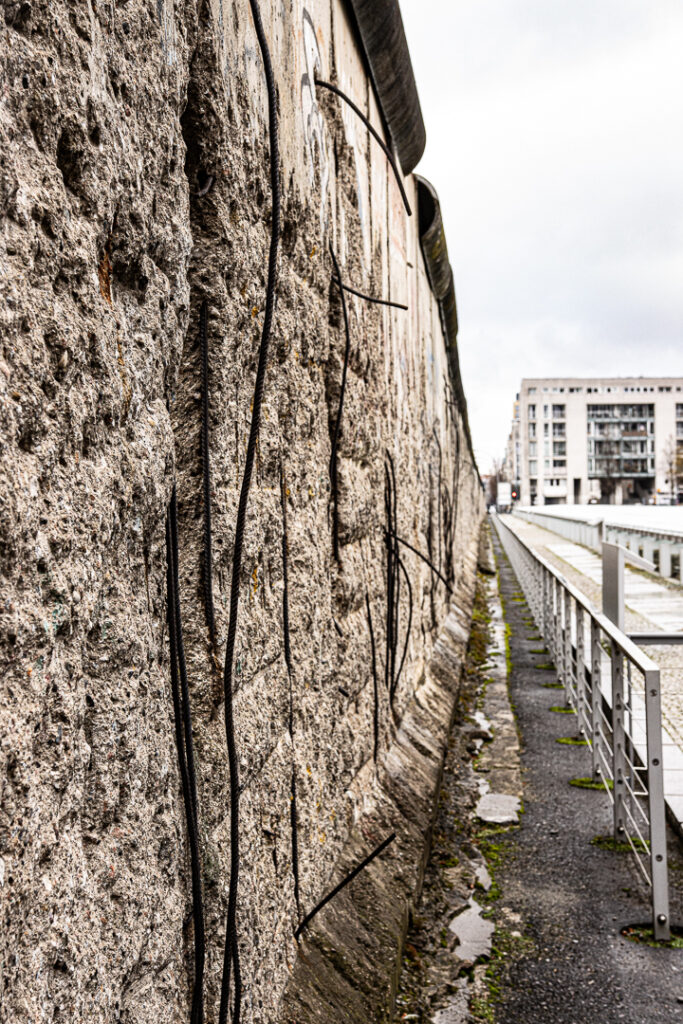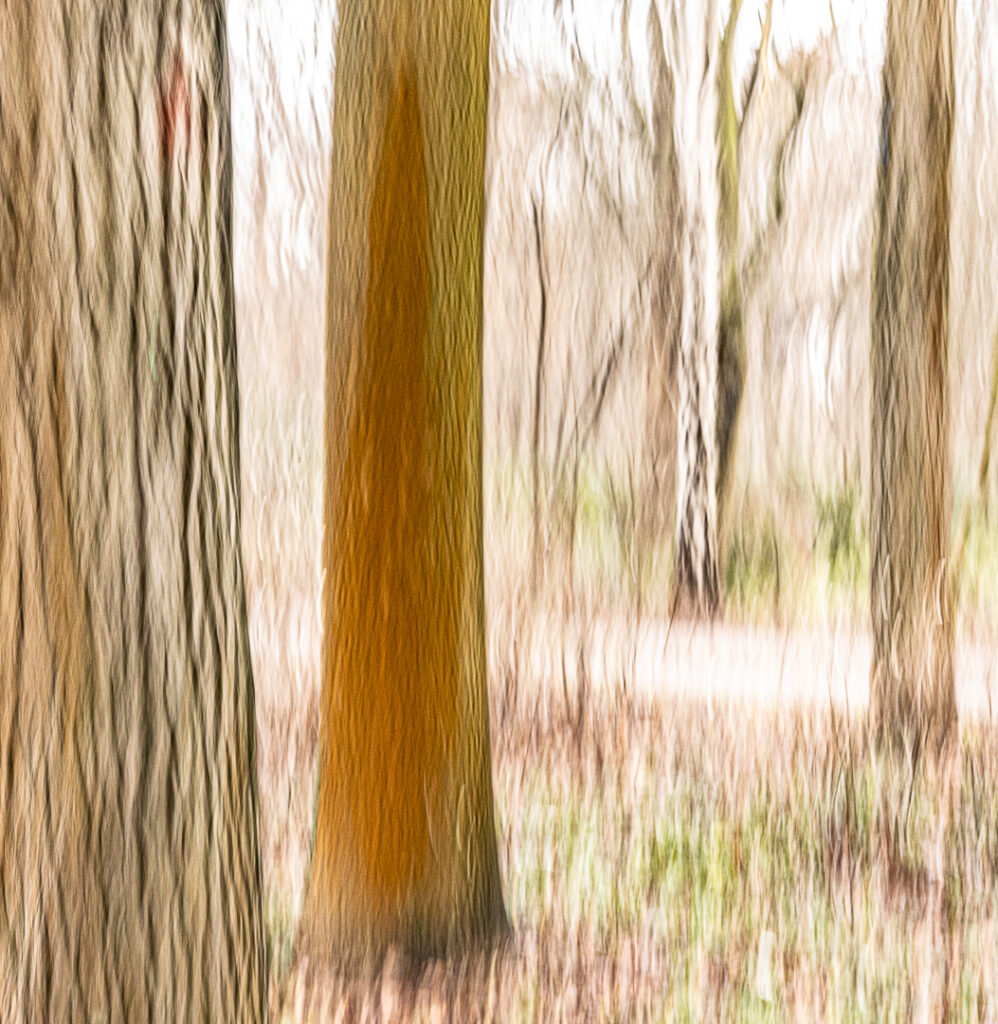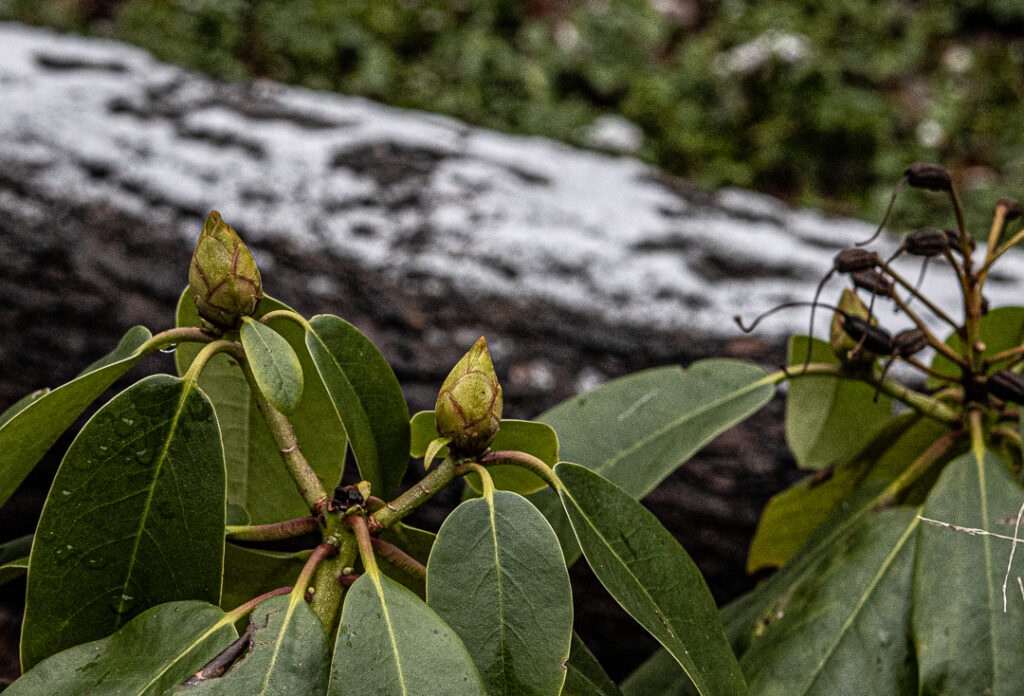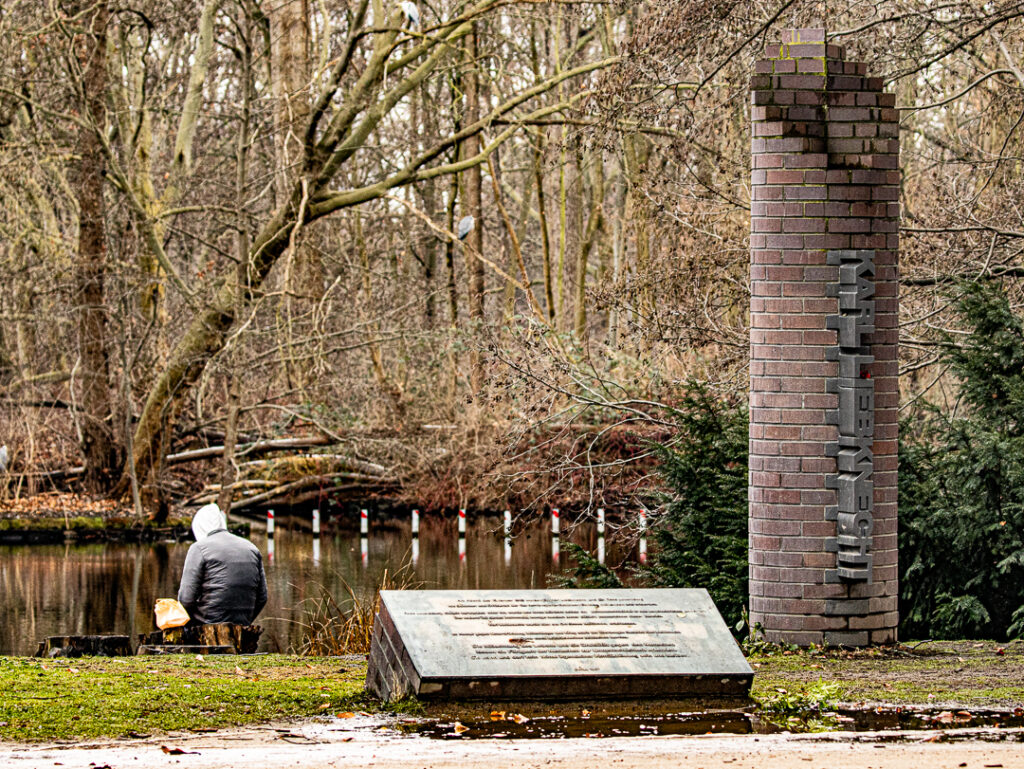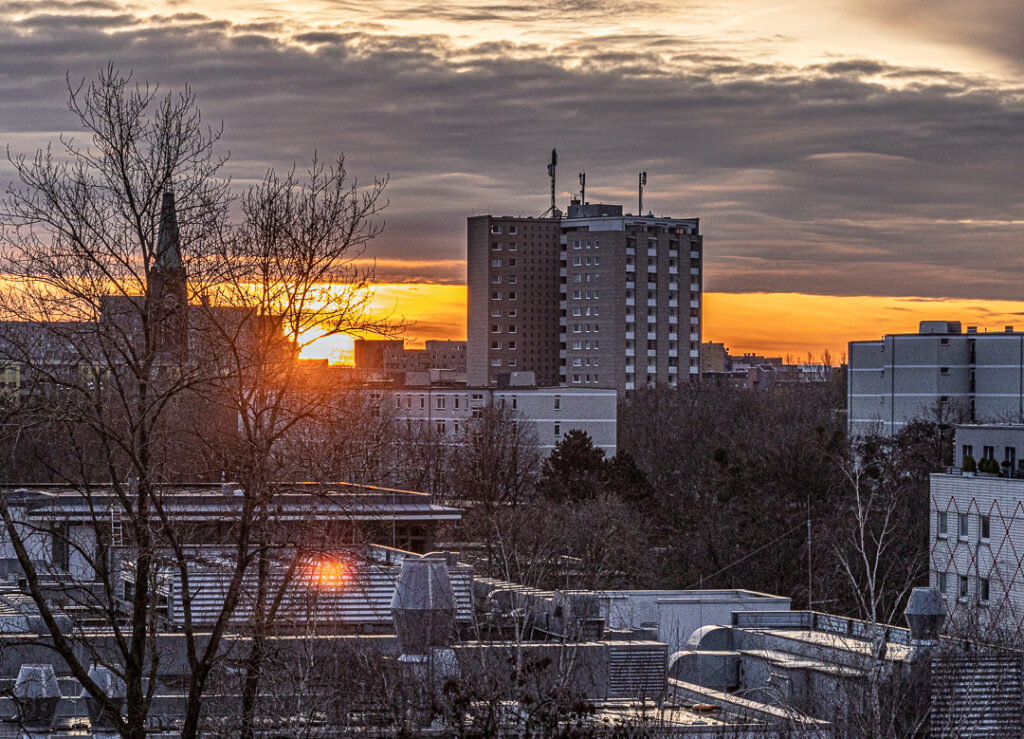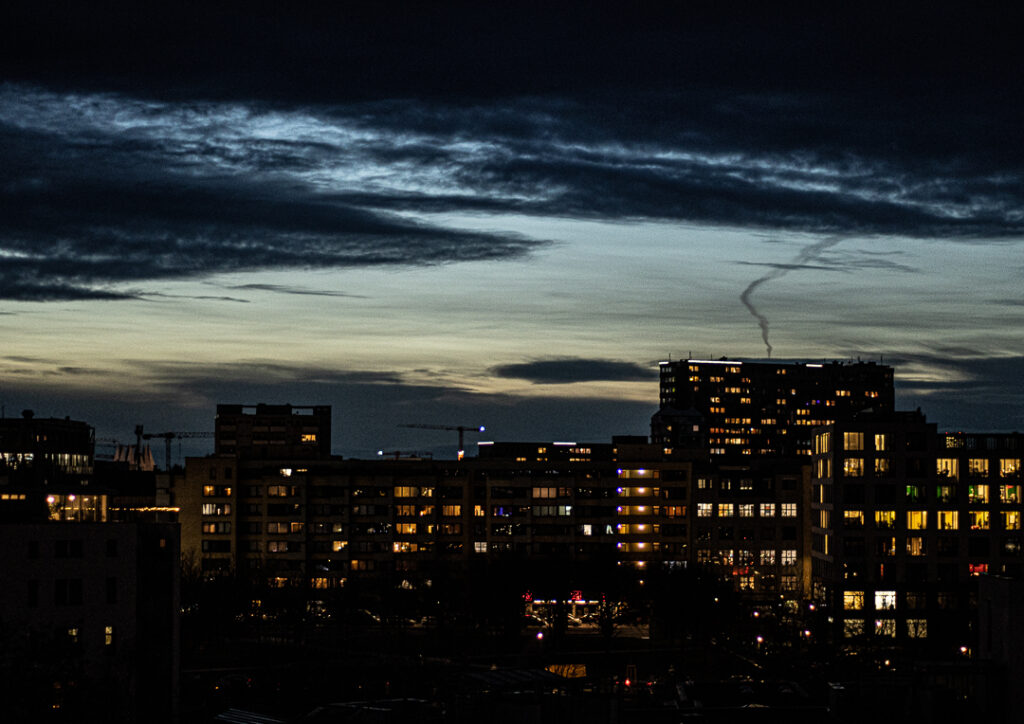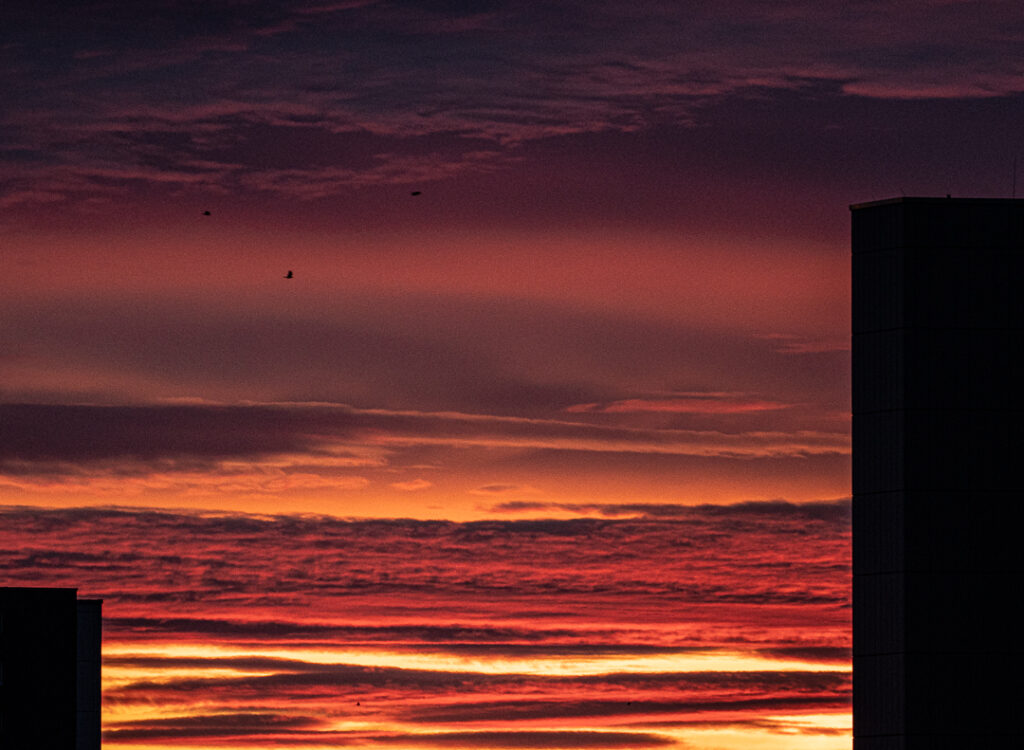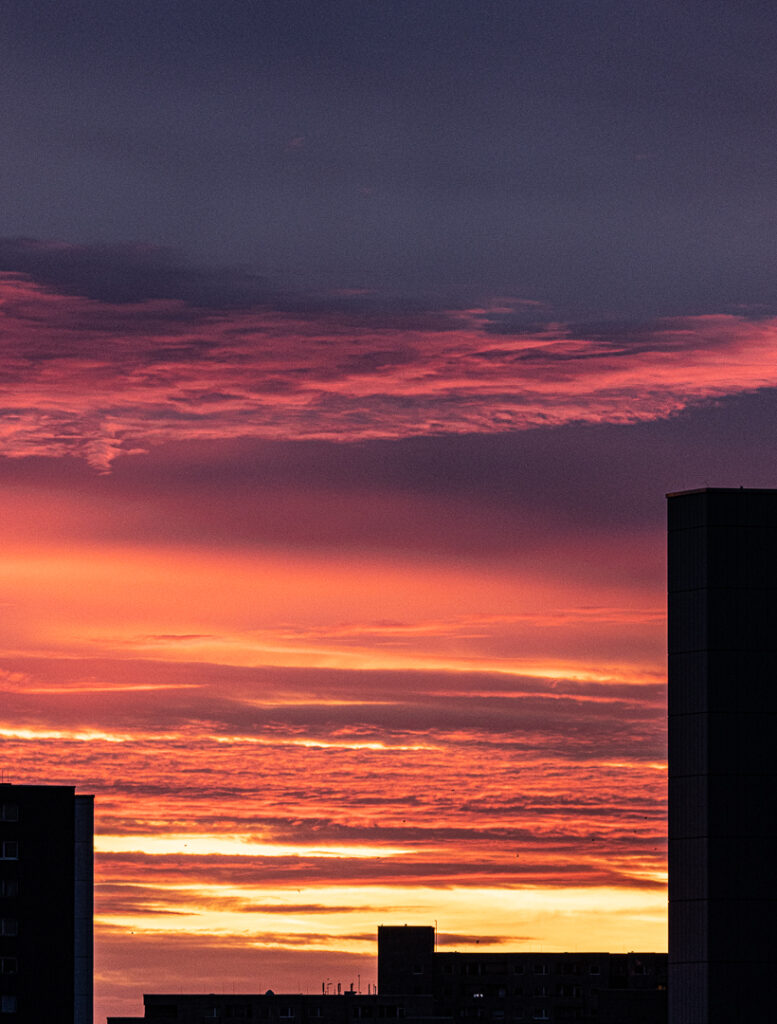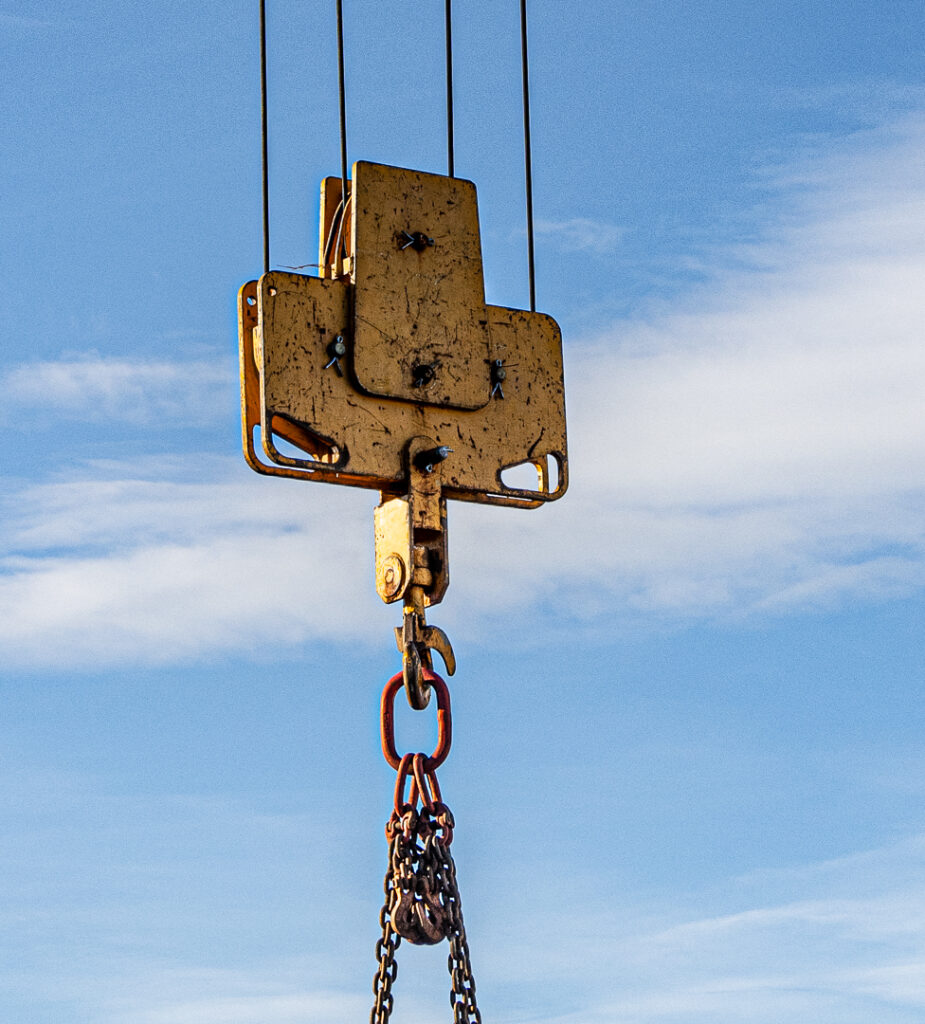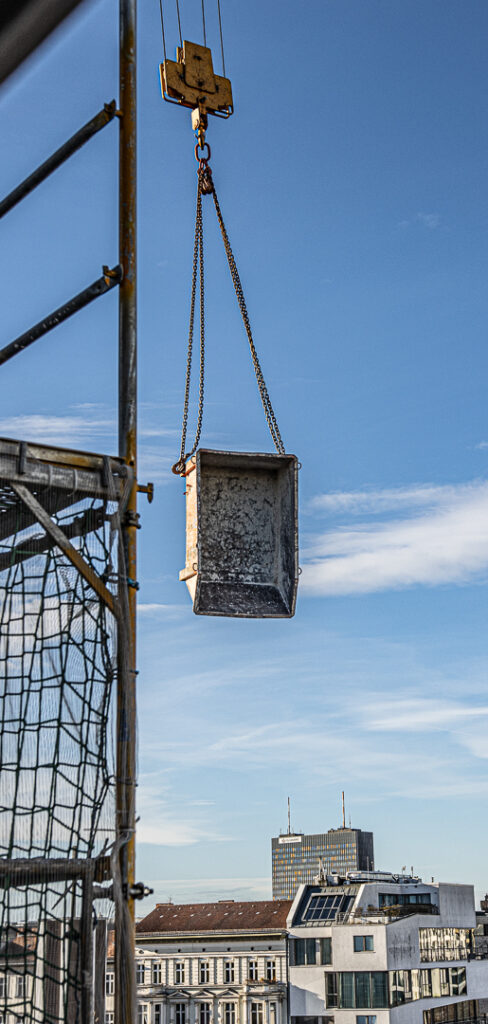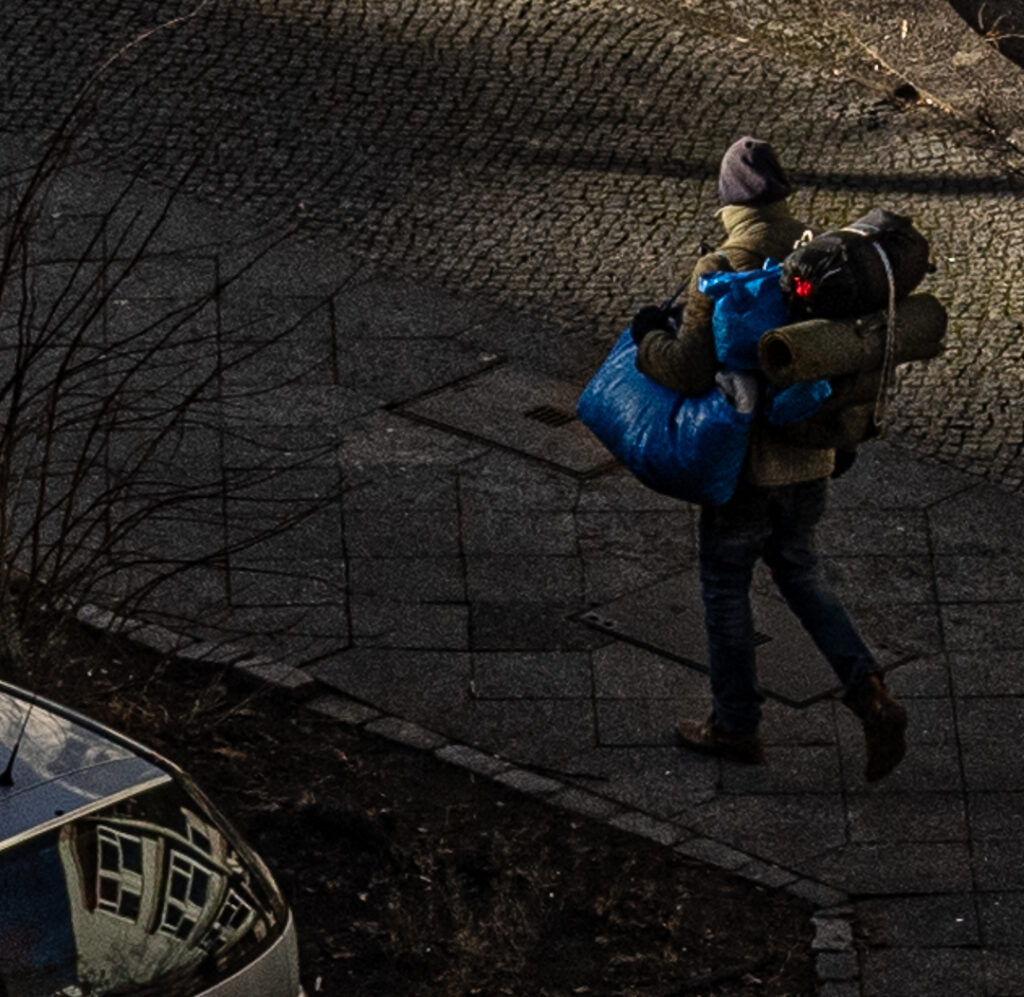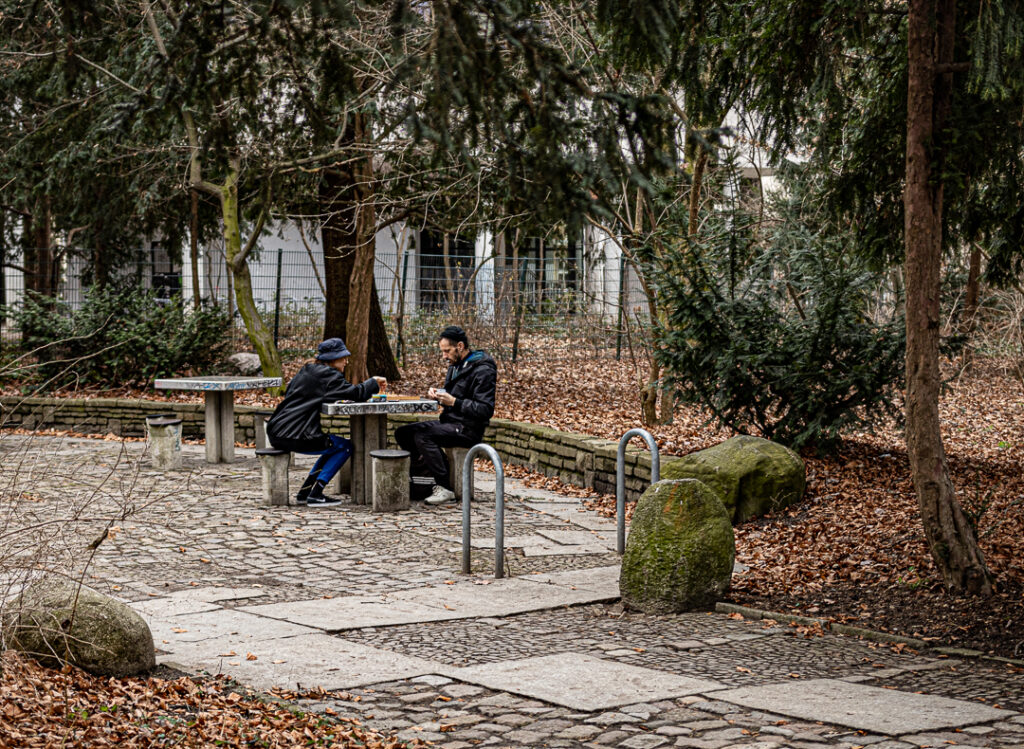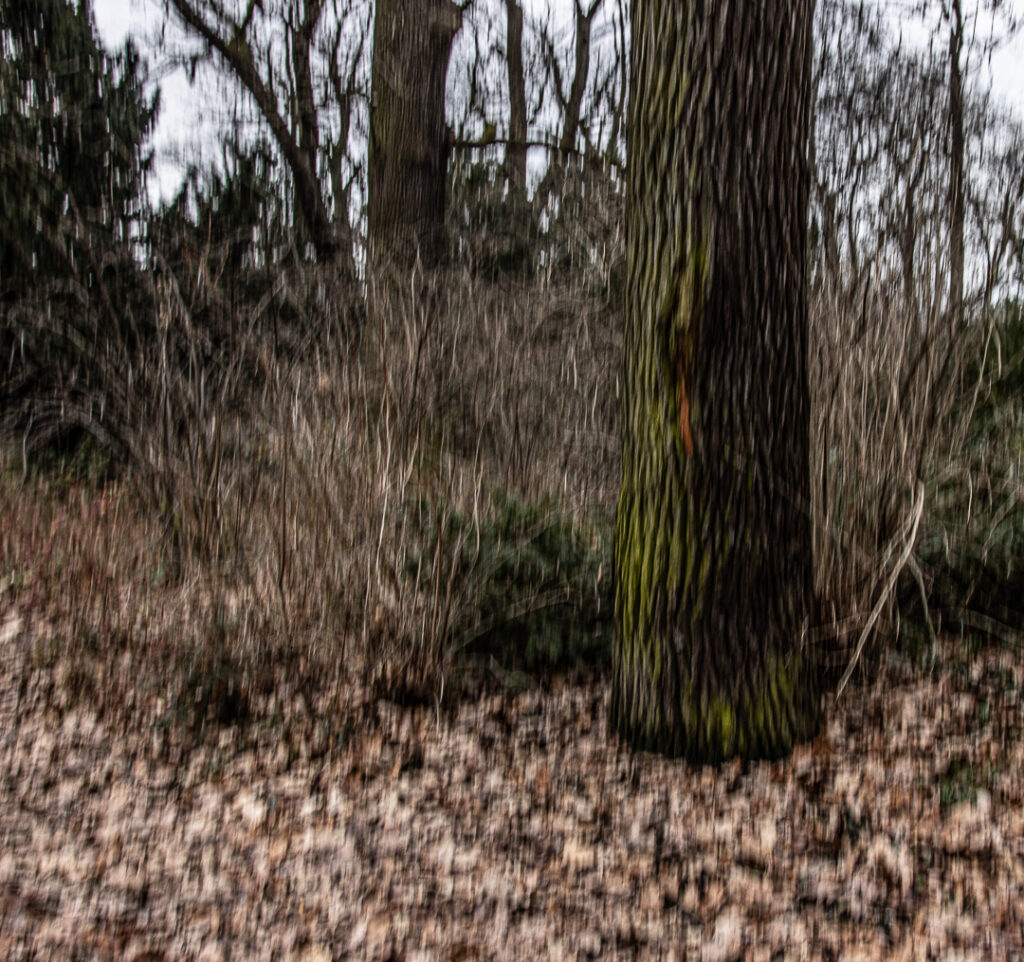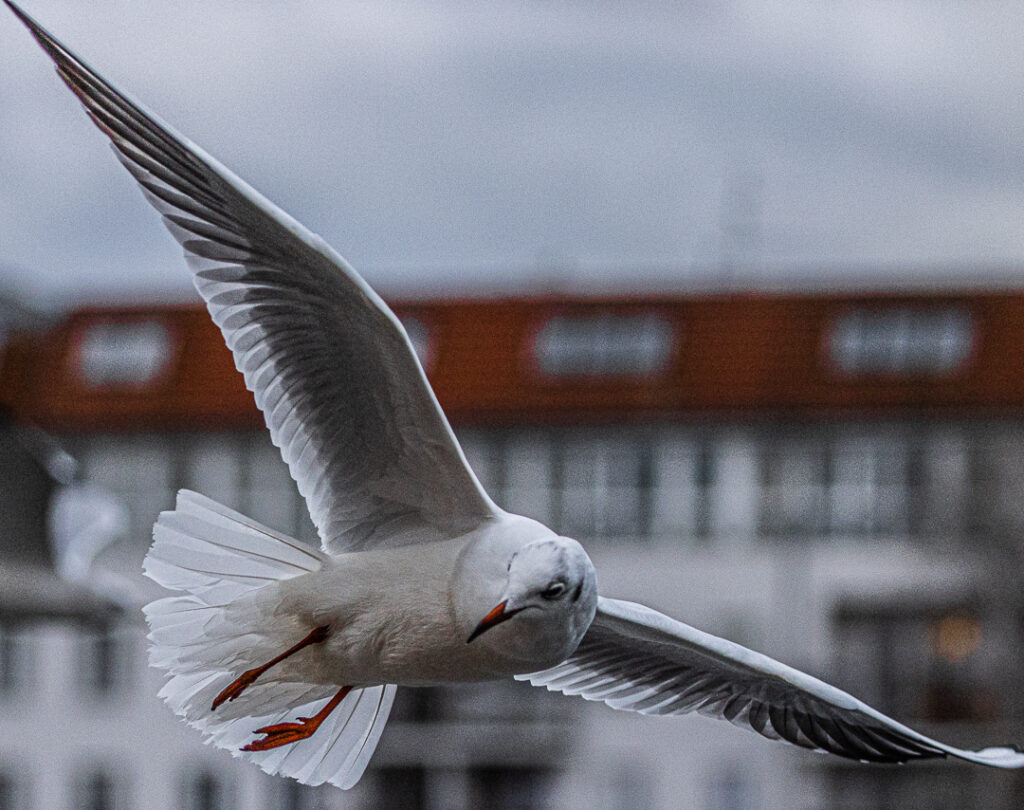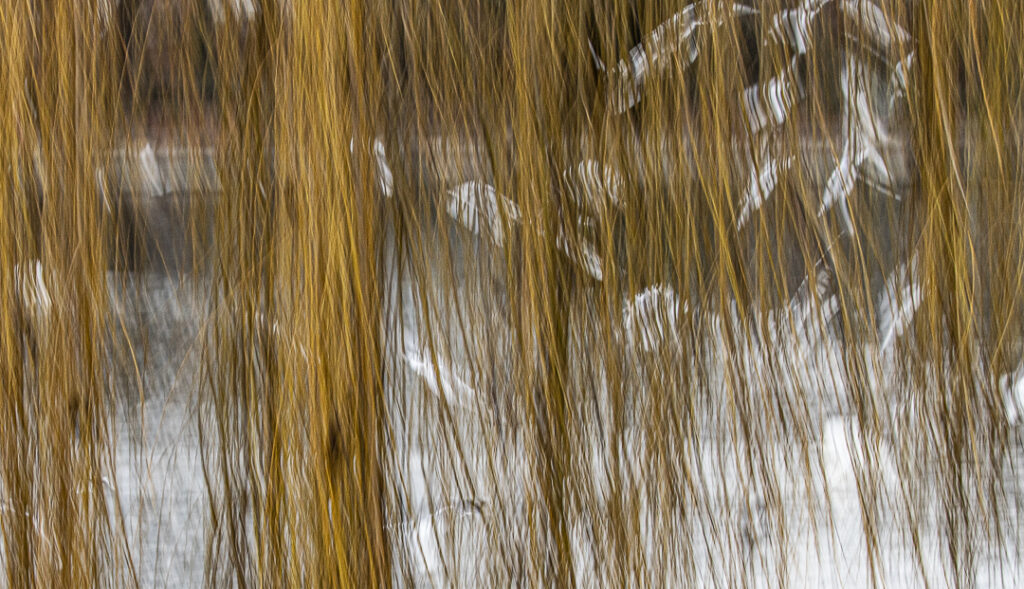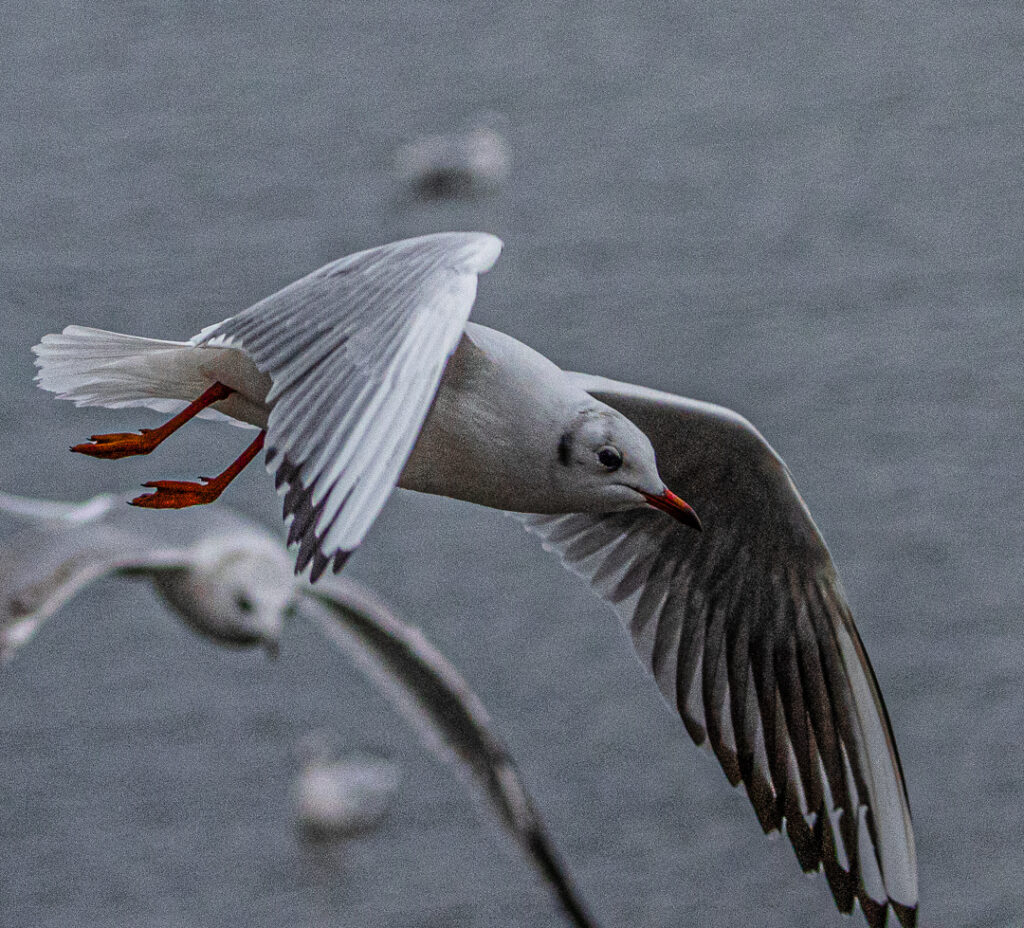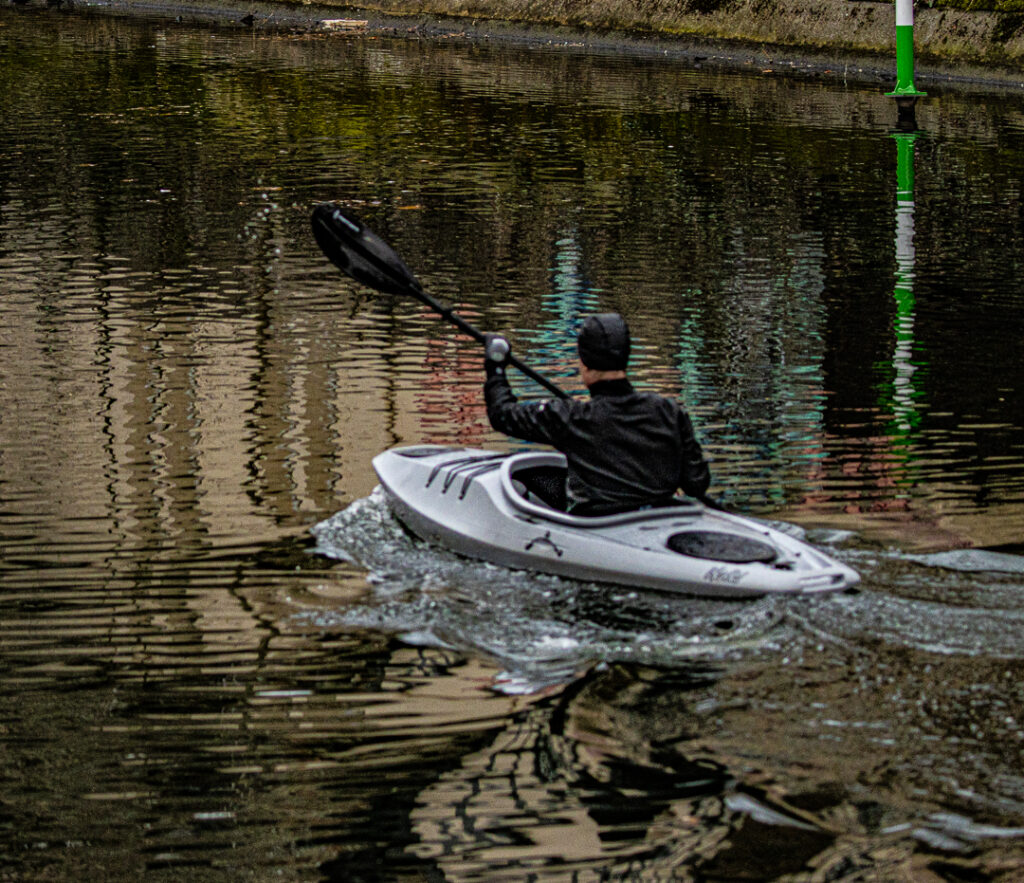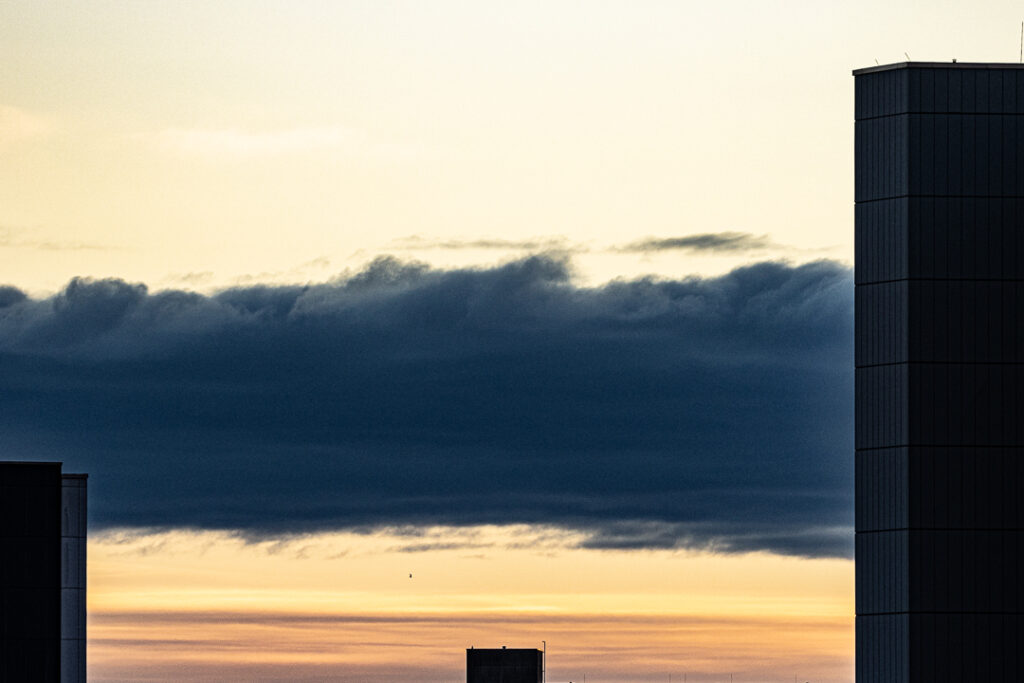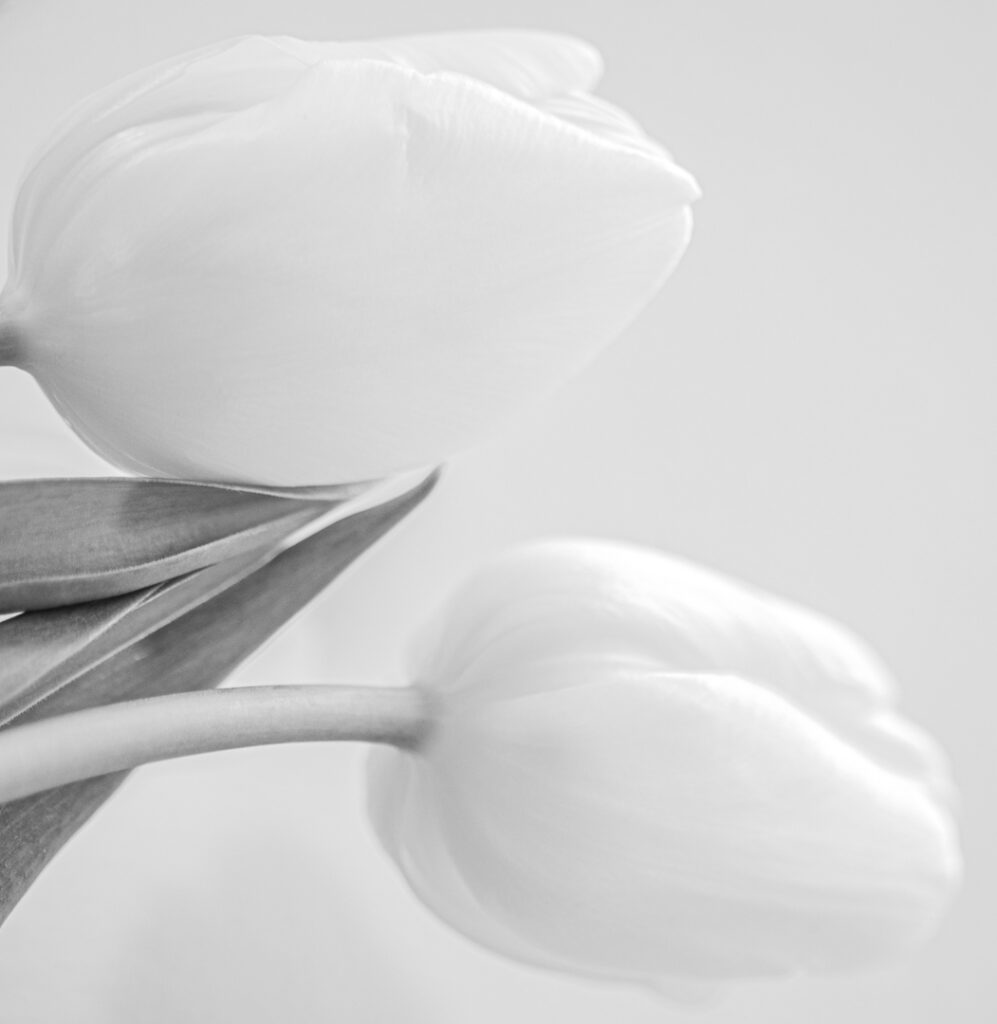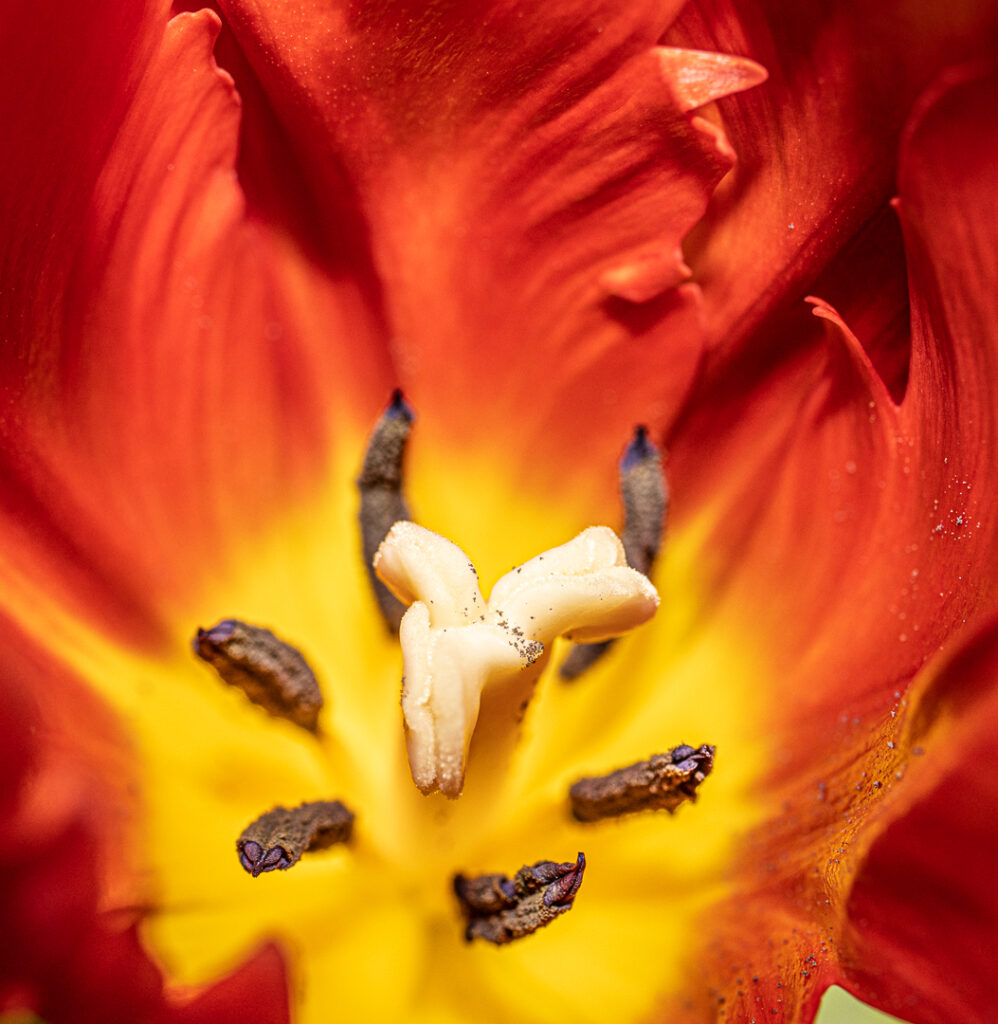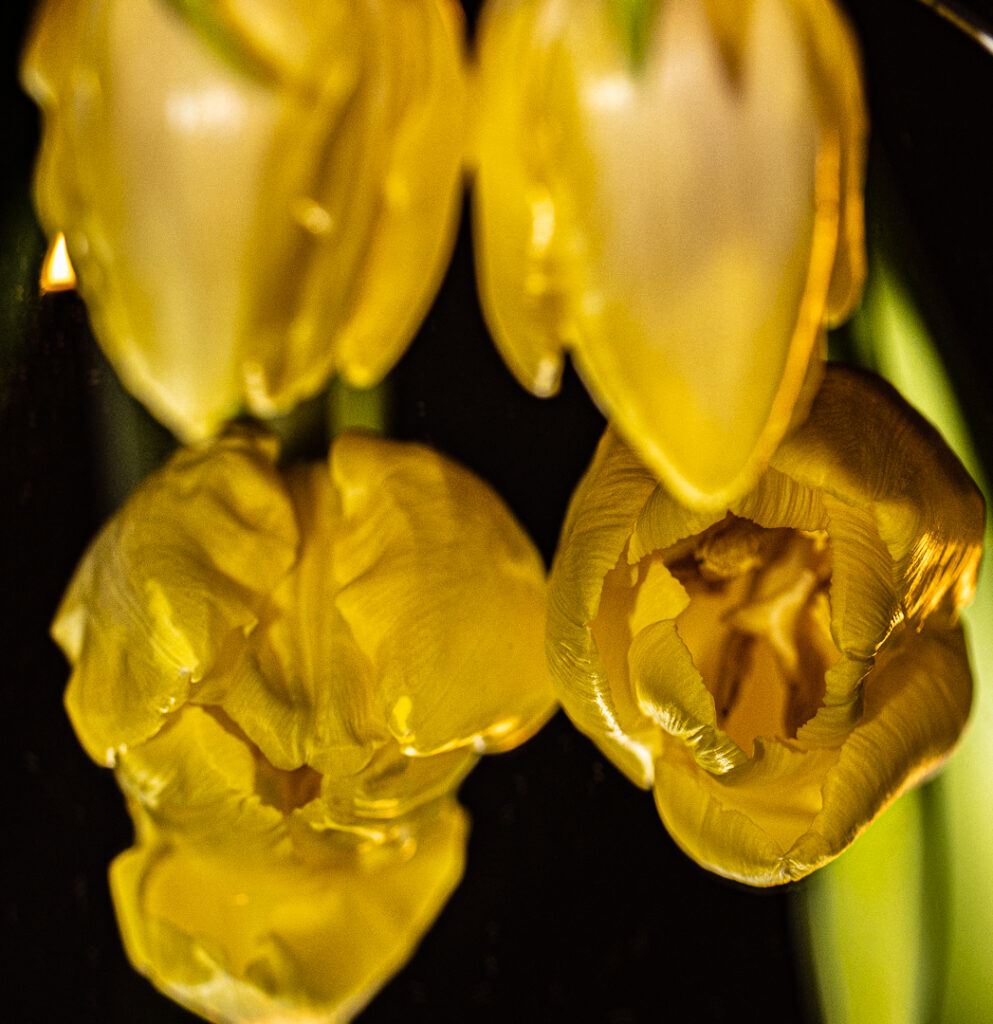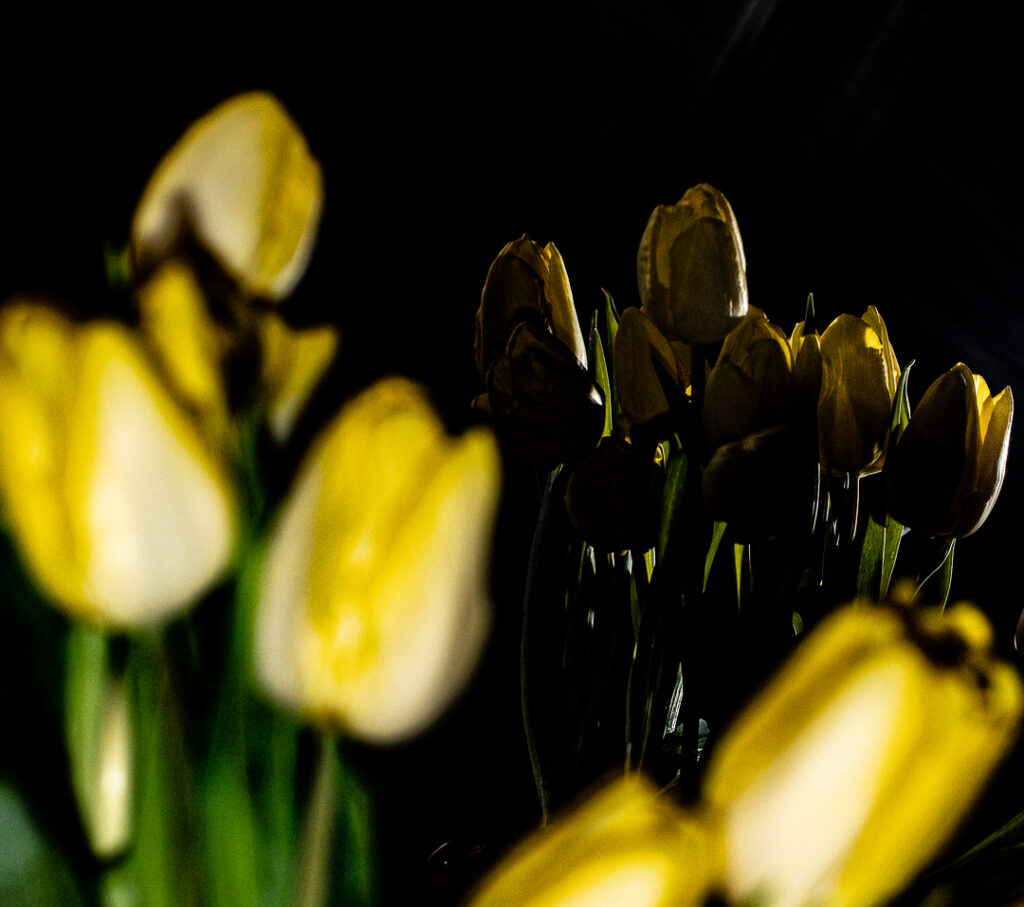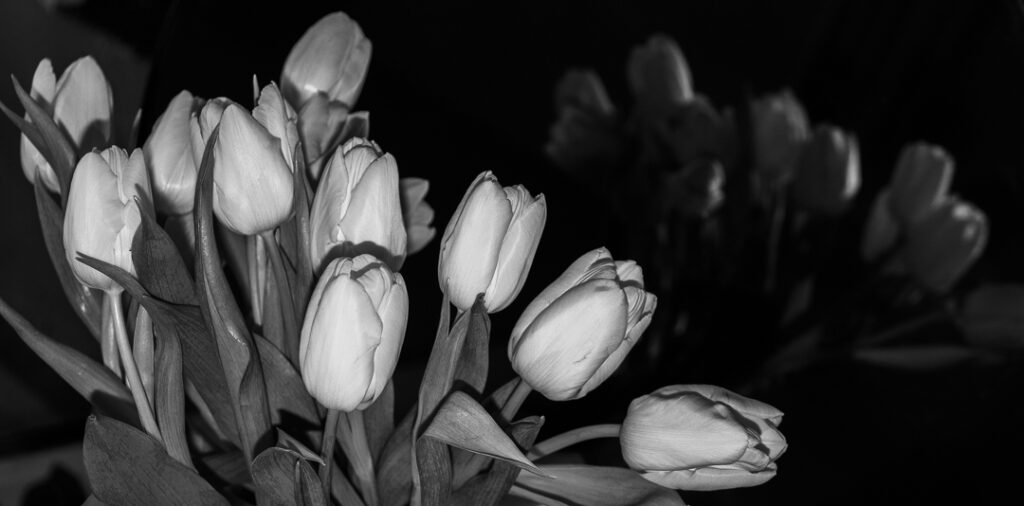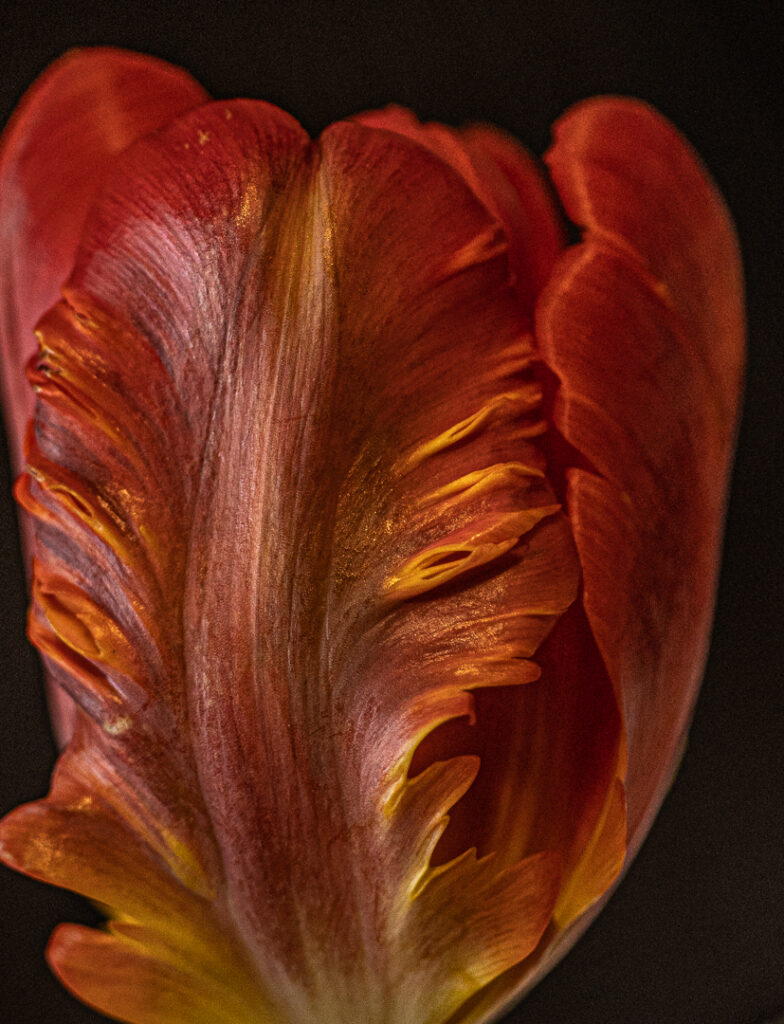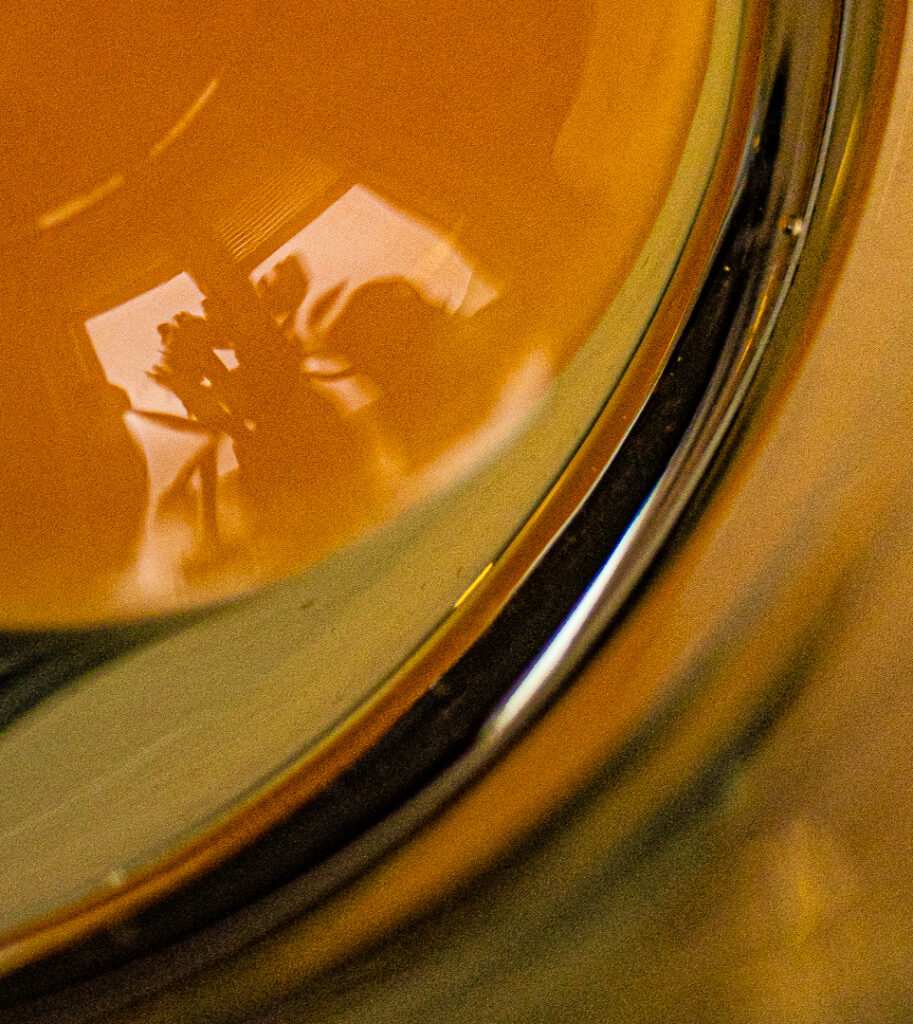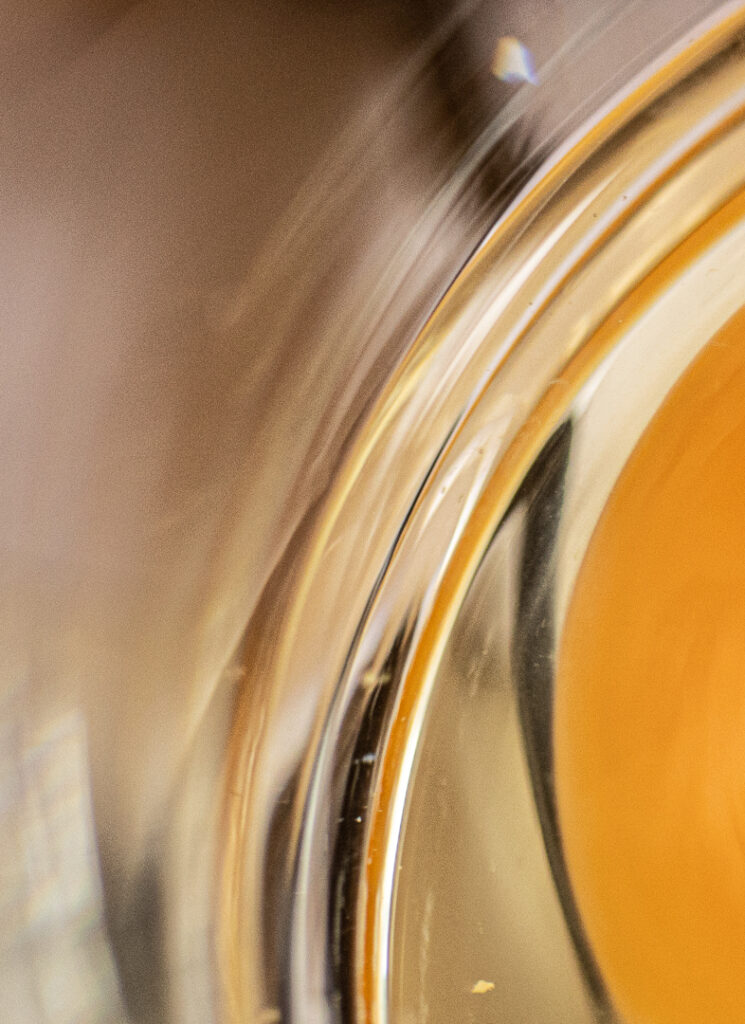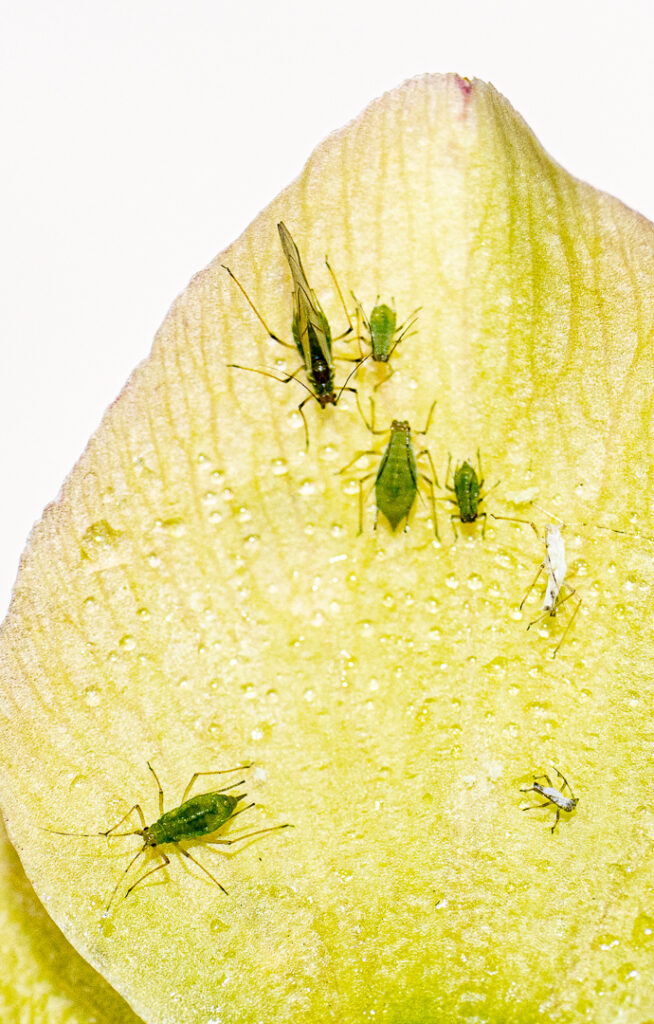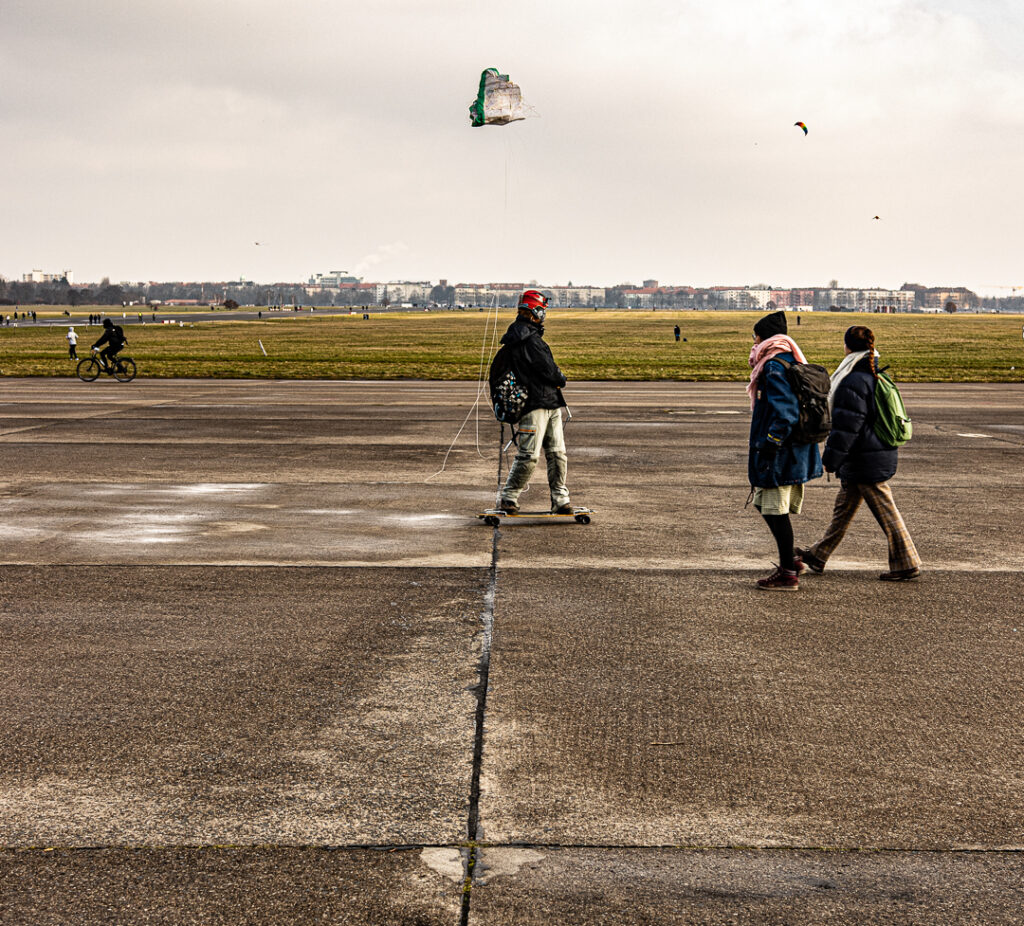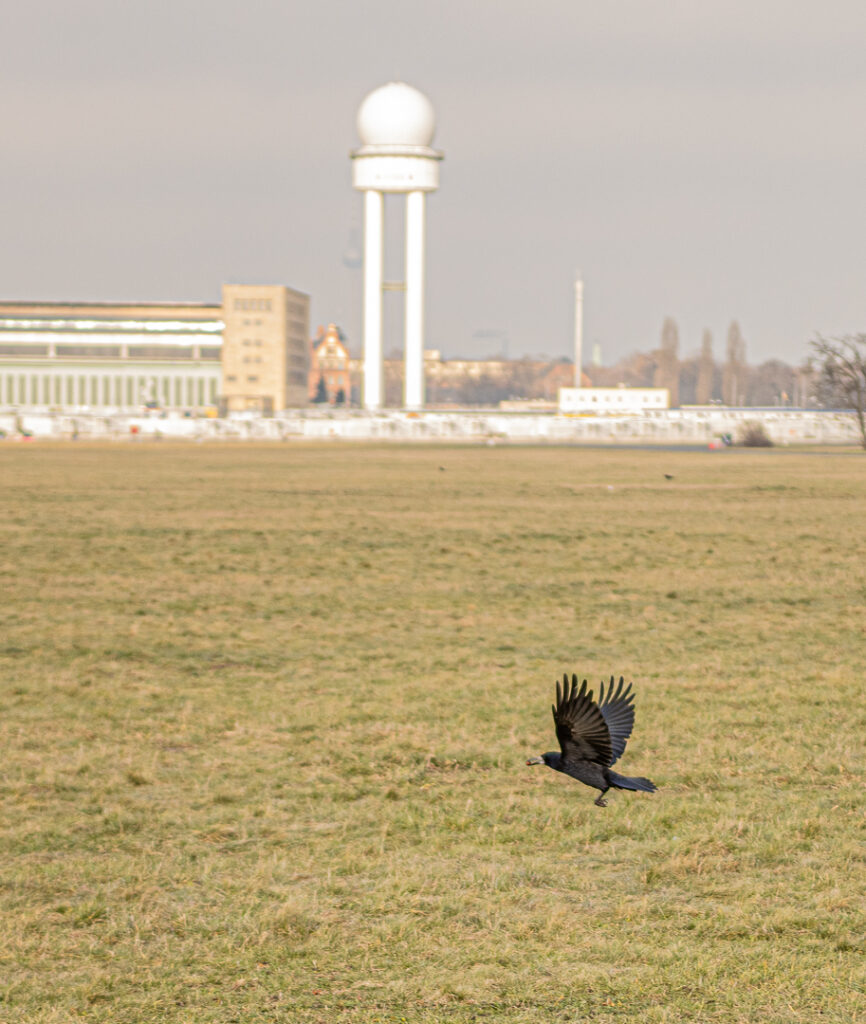The website: http://www.jg-berlin.org/en/judaism/cemeteries/weissensee.html
Photography: Personal Favourites 2021 February
Lies, lies, lies
I have been lied to more times in the five years I have lived in Germany than in the 63 previous years living in Denmark, Luxembourg, Belgium, and Denmark (again) put together.
I have conveniently forgotten most of them because they were less important in the grand scheme of things. The worst one, and the one I will never forget or forgive is the one told to me in the Eigentümerversammlung where we were told about the renovation project – Viktoriahöfe – next door and promised that our balconies would not be affected.
We were also told that that part of the scaffolding would be there for about eight months, i.e. till March-April 2020 (!).
It has been nothing but a nightmare ever since. More information here: https://www.hellemoller.eu/category/neighbours-from-hell/.
And now they are letting several pairs of rats with wings (pigeons) nest on the shelf just above my balcony and I think also on the one above that.
I have had psittacosis twice before, with no after-effects, and I am not keen on tempting fate once more, which means that my balcony is off-limits for me from now on.
I thought the previous summer 2019, and spring and summer 2020 (the year where I had to spend most of my time at home (!!)) were ruined because at least 50% of the daylight was stolen by the monster scaffolding and I had to look at all that ugliness. But I could at least spend time on the balcony and grow a few herbs etc. there, although I did not feel like inviting friends around, even during the times where it was allowed.
However, now that they have let the netting collapse around the scaffolding, allowing pigeons to nest virtually on my balcony, but out of reach for me to remove them, I have to stay indoors altogether and also give up growing herbs etc. there.
EDIT 4 March – this one paragraph added: Despite my tendency to catch psittacosis easily, and the fact that pigeons also constantly try to nest on my own balcony (which I am able to control – sort of), and my resulting lack of sympathy for them, I still think this constitutes cruelty to animals, and despite several messages to Cresco Capital Group, they are seemingly refusing to respond let alone do anything about it: https://www.facebook.com/1073953174/videos/10221891189003568/.
So I have to stay off the streets as much as possible to avoid one virus – and off my balcony to avoid another one, in this case purely because Cresco Capital Group can’t be bothered to finish their work on one wall and remove that part of the scaffolding. This particular part of the scaffolding was added much later than the rest of the scaffolding and could therefore be removed again much earlier. If they wanted to. But the magic word, as ever, is DENKMALSCHUTZ, which means they can behave whichever way they like and I just have to be honoured and eternally grateful to be such a close – literally – neighbour to a building which – and this is the big irony – if they ever finish it in – what five? eight? years (this IS Berlin after all) – will still be one of the ugliest buildings in the world.
Schön & Sever, Cresco Capital Group, Victoriahöfe, GBP Architekten
Bread with pumpkin and seeds
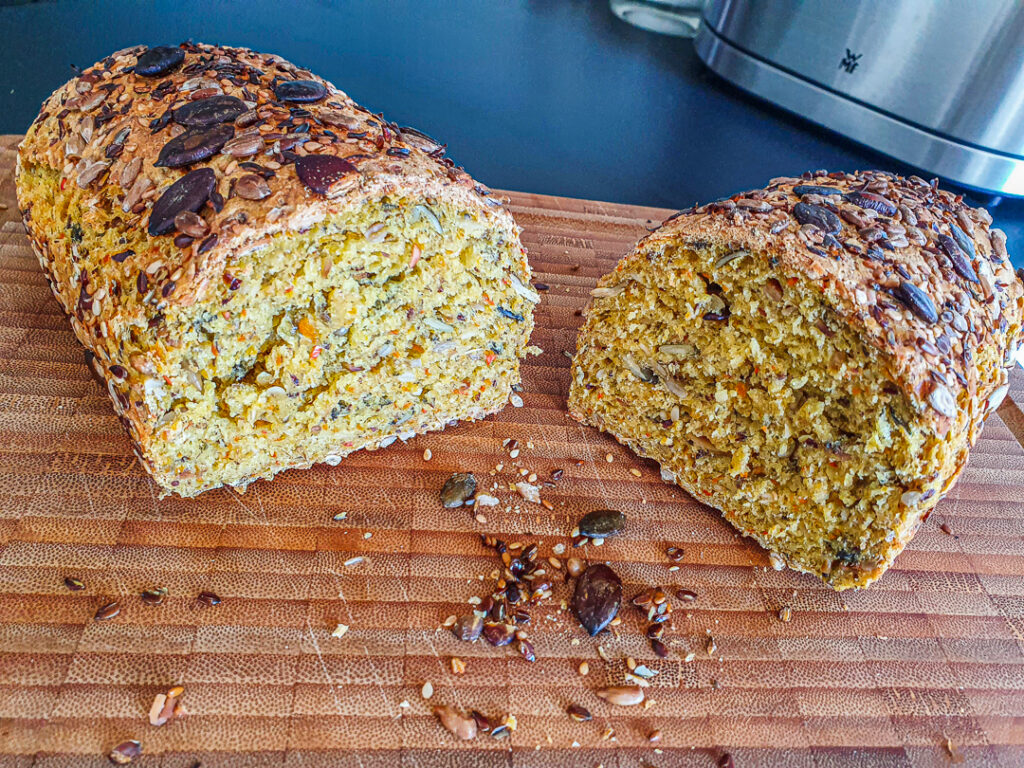
- 80 g pumpkin seeds
- 80 g sunflower seeds
- 200 g coarse oats
- 20 g flaxseed
- 10 g salt
- 250 g pumpkin
- 500 g flour
- 10 g salt
- 15 g yeast
- Oil
- 30 g each of pumpkin and sunflower seeds and 20 g each of flax and sesame seeds for coating
Dry-roast the pumpkin and sunflower seeds till you can smell them, let cool, add the flaxseeds, salt and 1 dl cold water, and let soak at room temperature for about ten hours.
Grate the pumpkin. Mix with the flour, the soaked seeds and the salt.
Dissolve the yeast in 3 dl cold water and add to the dough. Knead well for ten minutes, add water if needed. Coat a bowl with oil and leave the dough to raise to double its size at room temperature, two to three hours.
Dust a space on the table top with flour and turn out the dough. Knead, flatten and fold, and knead for a while, divide into two portions and let rest for ten minutes.
Mix the coating seeds. Coat two baking tins approx 9,5×25 cm with oil. Wet the surface of the dough slightly and roll the breads in the coating seeds and place in the tins.
Cover and let rest for 30 to 40 minutes while heating the oven to 250 C.
Bake for ten minutes, reduce heat to 210 C and bake for another 35 minutes.
Remove from tins and let cool on a grid.
Ricotta gnudi with swiss chard
NOTE: The gnudi need to rest at least four hours, preferably longer, such as overnight or from morning till evening.
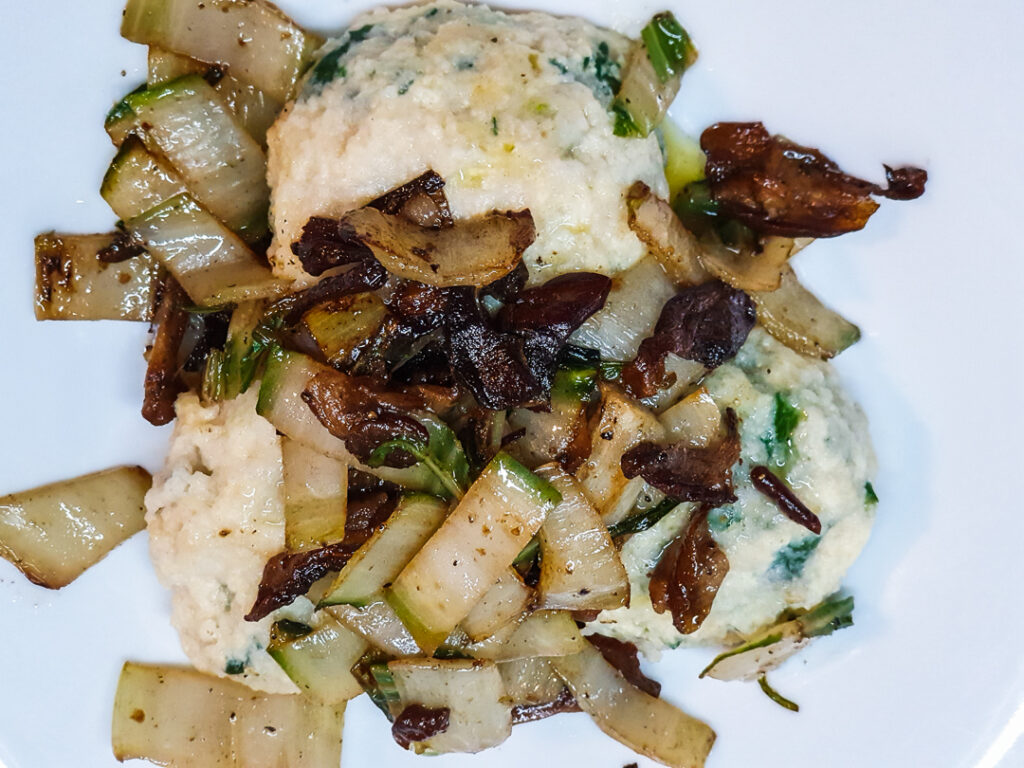
- 500 g chard
- 250 g ricotta
- 2 whole eggs
- 10 g parmesan, finely grated, plus extra to garnish
- 20 g pecorino, finely grated
- 1 pinch freshly grated nutmeg
- salt
- freshly ground black pepper
- 3 tblsp flour
- 200 g semolina
- 100 g girolles
- 1 tblsp of olive oil
- 100 g unsalted butter
- lemon juice to taste
OPTIONAL: It would not be among my favourites if I did not, instead of the nutmeg, add a tsp garam masala to the ricotta mixture. Also, by mistake I had only bought 200 g ricotta, so I make up for the volume with additional grated parmesan and pecorino. And finally, I added a bit of my favourite chili paste to the sauce.
Bring a large pot of salted water to the boil.
Strip the chard leaves from the stalks and wash thoroughly. Wilt the chard leaves in boiling water for 1-2 minutes then refresh in cold water. Trim the ends of the stalks and cook separately but in the same water for 2-3 minutes retaining a slight bite, then refresh in cold water.
Strain the leaves and give them a really good squeeze to remove all the water from them. Finely chop the leaves and cut the stalks into 5cm batons. Keep the stalks covered and refridgerated while the gnudi rest.
Beat the ricotta until smooth, coarsely chop the chard leaves and fold into the ricotta mixture. Add the beaten eggs, parmesan, pecorino, nutmeg, a pinch of salt and pepper then fold in the flour. Shape into 30g balls and place on a tray dusted with the semolina.
Roll the balls around in the semolina ensuring each ball is evenly coated. Cover and leave in the fridge for at least four hours, preferably overnight or from morning till evening, before cooking.
Clean the girolles thoroughly with a dry brush.
Bring another pan of salted water to the boil, drop in the gnudi and simmer gently until they float to the surface. This should take 3-4 minutes.
While the gnudi cook, heat up the olive oil in a wide pan. Fry the girolles and chard stalks for a few minutes over a high heat until nicely coloured. You want roughly an equal amount of girolles and stalks, so you may not need to use all the chard stalks
Turn down the heat, add the butter and a splash of the gnudi cooking water. Stir until the butter has emulsified and begins to thicken, then add a dash of lemon juice and a crack of black pepper.
Carefully remove the gnudi from the water using a slotted spoon, drain well and add to the sauce. Gently swirl the pan to combine everything and allow the sauce to thicken, coating the gnudi nicely. Add a splash more of the cooking water if it becomes too thick, or an extra knob of butter if a bit thin. Serve and finish with freshly grated Parmesan.
Daytrip to Warnemünde 15 February
Weatherbeaten and happy, took a trip to see the sea. Spent nearly six hours by the Baltic Sea (to make up for the several weeks I had planned on spending by the North Sea (which to me is a real sea :-)), but since overnighting is currently verboten, this will have to do.
I treated myself to a ticket on first class, direct train. Comfortable and – hopefully – Corona safe – just two other people in first class.
My walking route on komoot: https://www.komoot.com/tour/316572917.
The train journey there was magical, shortly after sunrise, snow covered fields and frosty vegetation. And many large areas covered in solar panels. Taken from the train:
Plumage – even in relatively colourless, northern European birds, fascinates me:
More of the maritime vibe along the canal:
Many sculptures:
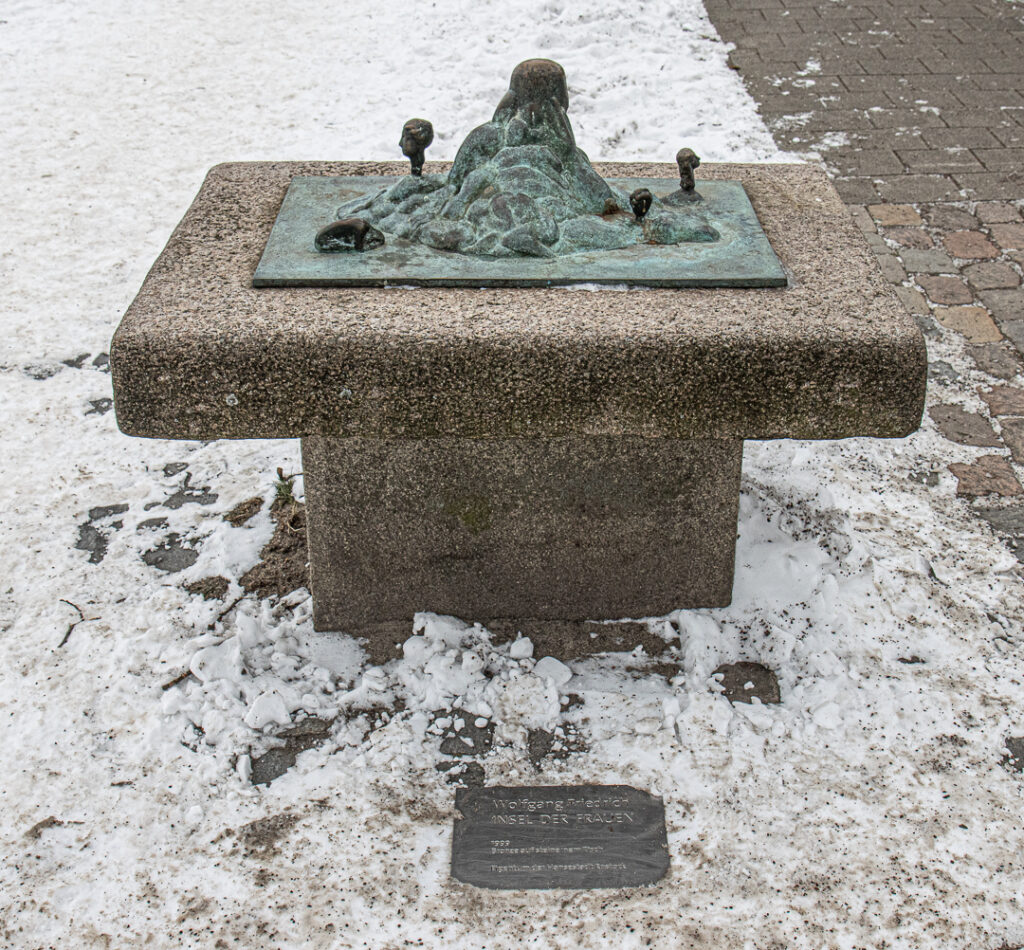
Insel der Frauen, Wolfgang Friedrich, 1999 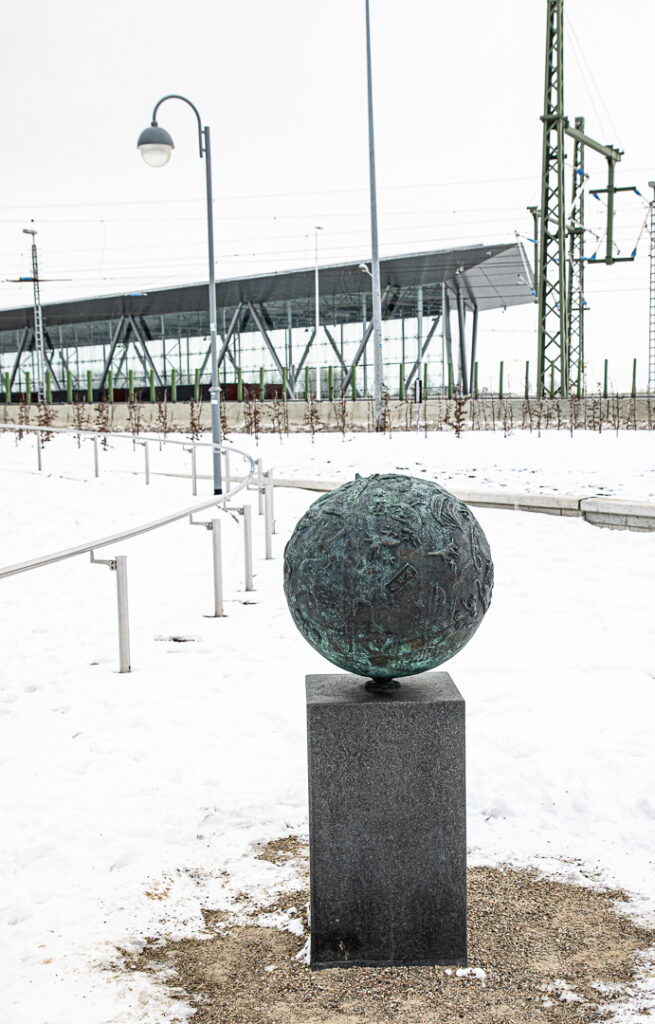
Südliches Firmament, Heimtrud Nyström, 1999 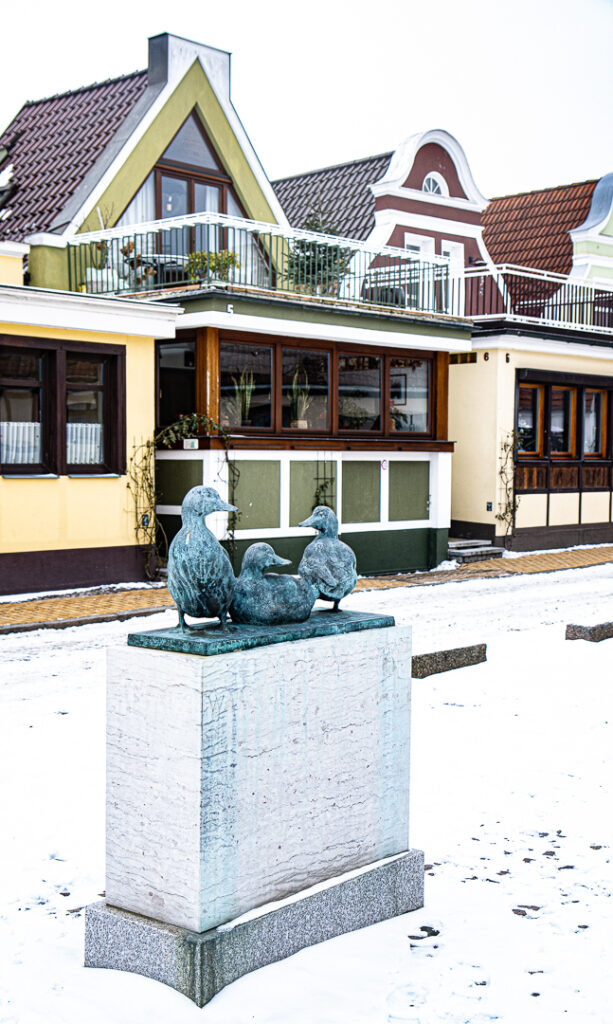
Drei Klaashahns, Christian Wetzel, 1999 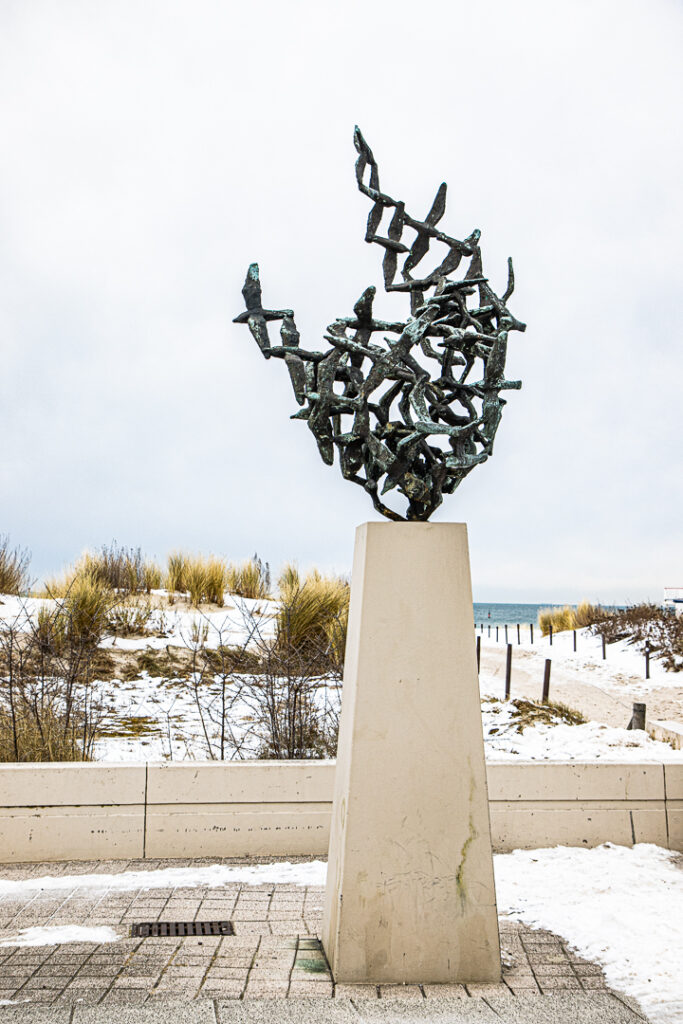
Möwenflug, Reinhard Dietrich, 1972 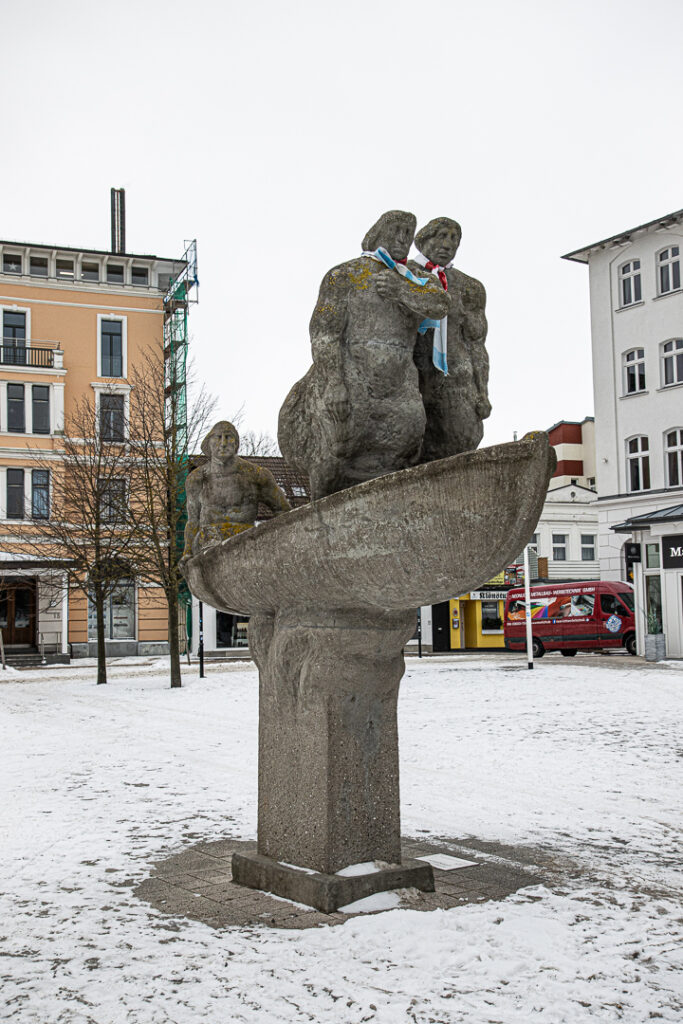
Lotsenehrung, Reinhard Dietrich, 1976 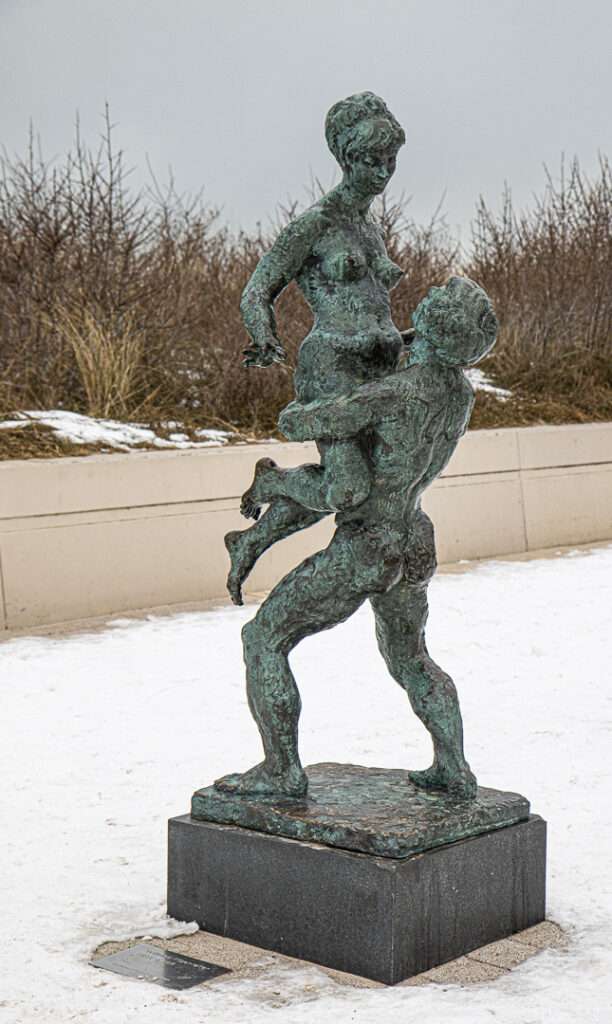
Liebespaar, Wilfried Fitzenreiter, 1979 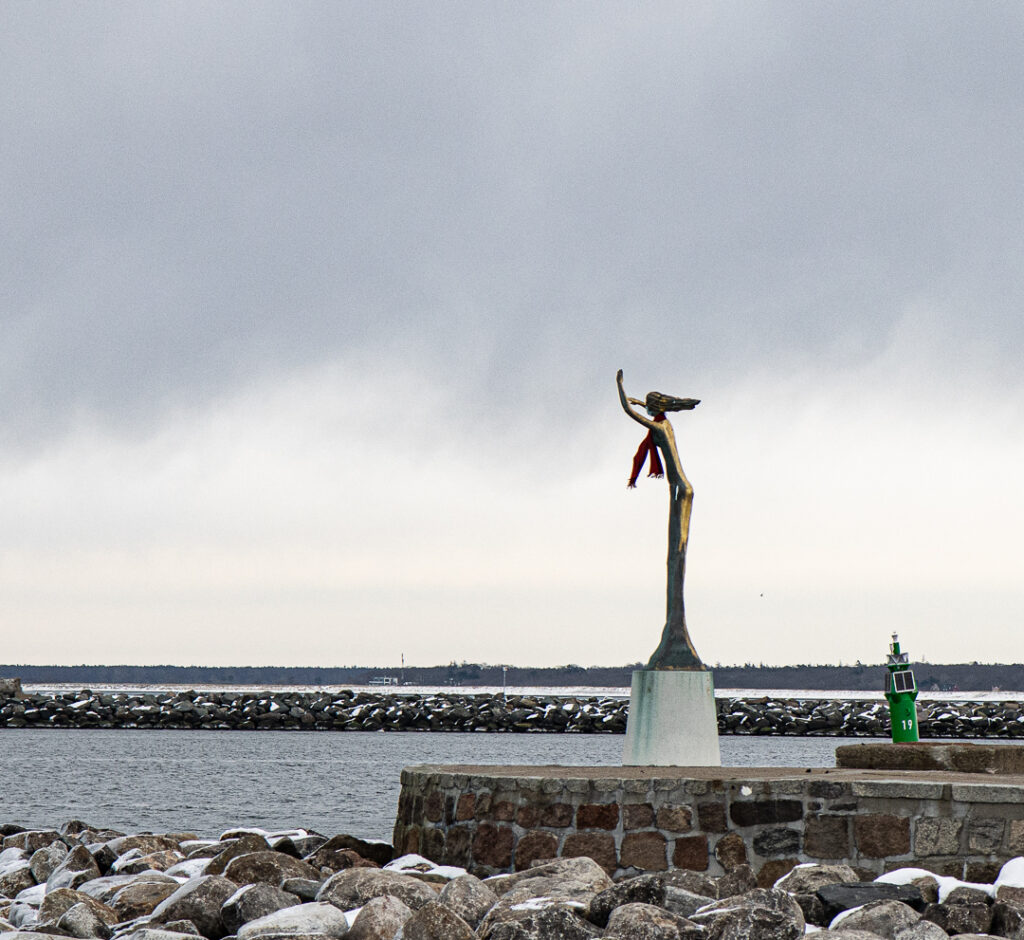
Esperanza, Ené Slawow (Eneos), 2012 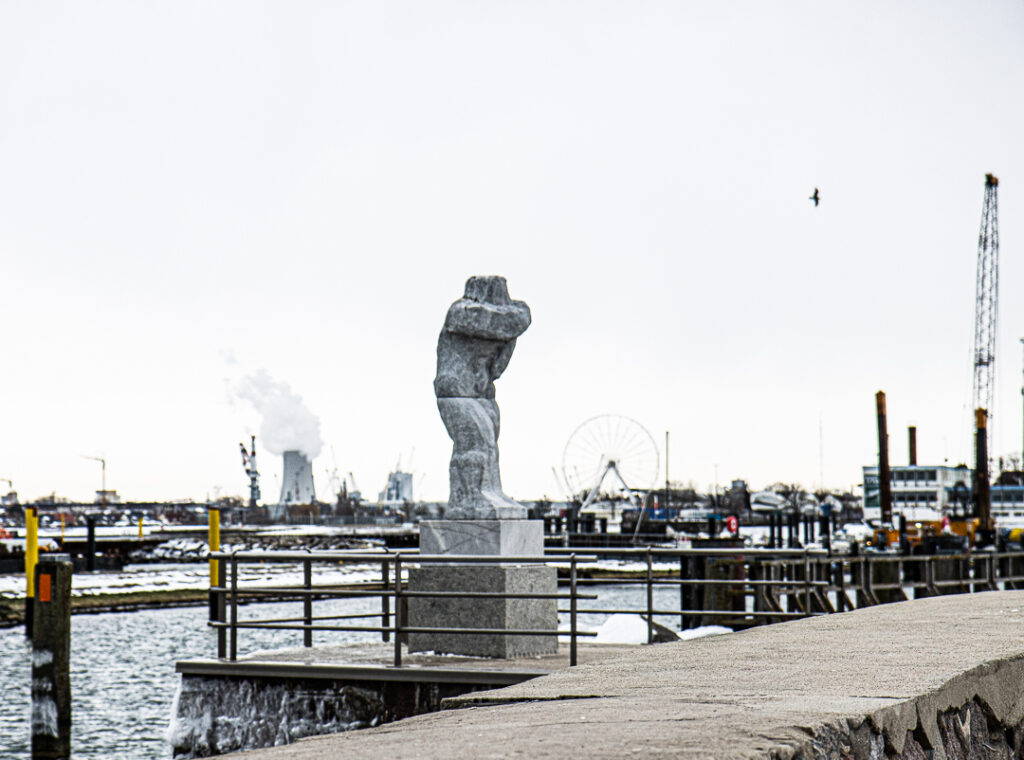
Grosse Stehende, Werner Stötzer, 1986/98 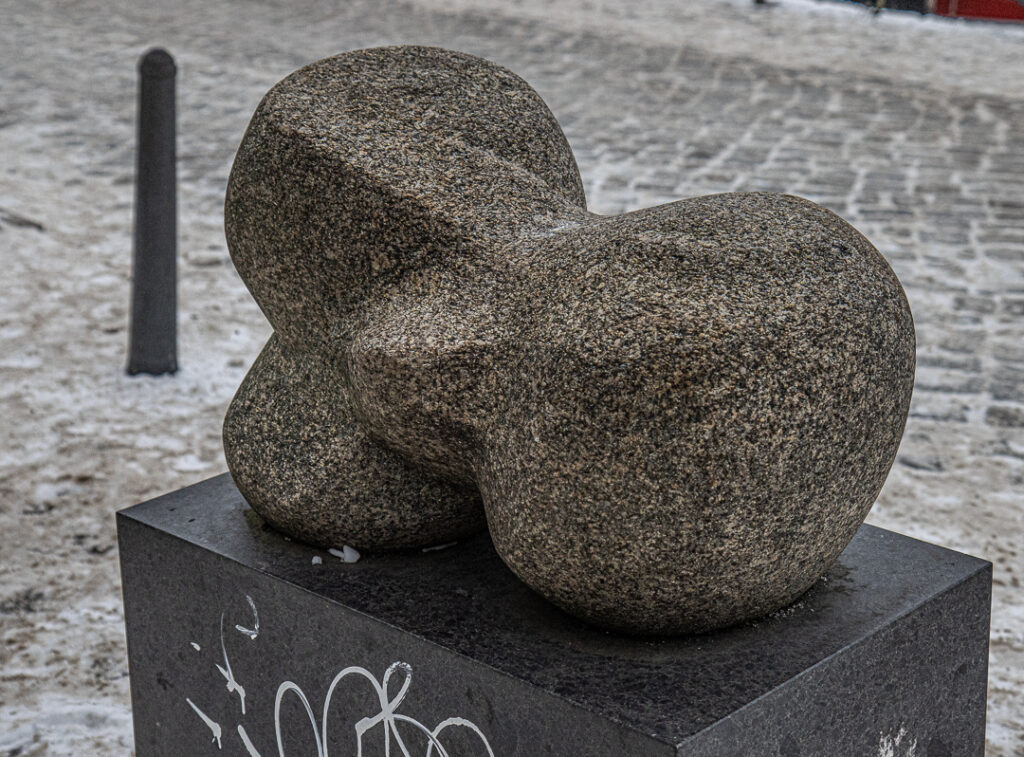
Welle, Anne Sewcz, 1997
On the beach:
The pier:
Other impressions:
And finally, some photos that should definitely be deleted, but I choose to see them as abstracts :-):
Sunday walk 7 February
The weather was foul and the forecast said -8 to -10 Celcius with snow and strong winds. However, I was determined to keep my appointment with Maxie – my regular “walking bubble person”. After all – how often do we get this kind of weather nowadays? We managed about ten km.
This was the route on Komoot: https://www.komoot.com/tour/314134743
Drachenbrunnen on Oranienplatz :
Engelbecken-Hof, Leuschnerdamm 13, a house mentioned in the book Verborgenes Berlin, built in 1904 by the Swedish stonemason company Kessel & Röhl, with a characteristic facade and a lift in Jugendstil:
Also mentioned in “Verborgenes Berlin” is the building from the time of the industrial revolution on the corner of Adalbertstraße and Waldemarstraße with the characteristic reliefs. On the other corner, there are two large murals.
Feuerwehrbrunnen, Mariannenplatz:
Through Görlitzer Park:
To Schlesischer Busch and the GDR Watchtower:
And back along Landwehrkanal, slightly weatherbeaten:
Short walk in the neighbourhood 5 February
To the closest places of interest according to these books:
The Diaspora Garden – I did not actually go in (I think they are closed to visitors), but I have seen the garden before, inside the Michael S. Blumenthal Academy, a more recent addition to the Jewish Museum opposite, on the other side of Lindenstraße. Read about it here.
Here a couple of photos from the outside of the academy (I love the sloth and wonder how long it has been there without me noticing it):
Around Theodor-Wolf-Park between the southern end of Friedrichstraße and Wilhelmstraße there are many large murals. According to the book “Die Schönsten Berliner Stadtspaziergänge” (from 2010), this is the largest mural in Berlin, from 1996 by Christian “Lake” Wahle. The book is from 2010, and I am quite sure it is no longer the largest.
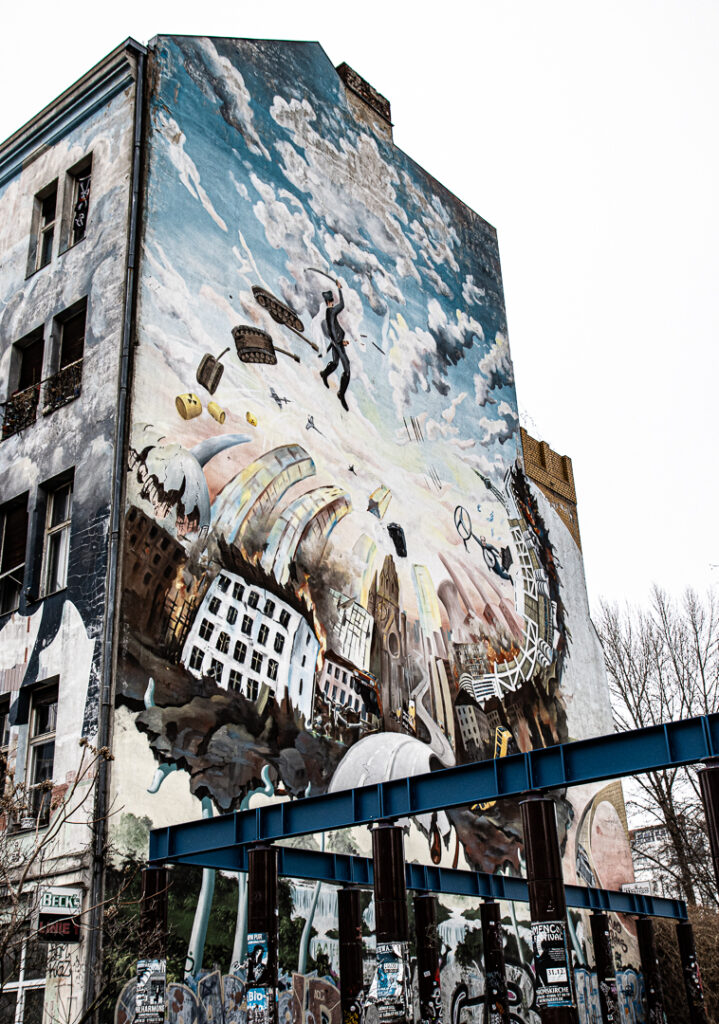
Here two of the several other murals in the area:
Again, I have not actually seen the next “attraction”, although it is almost a neighbour, and also did not enter the building today: the spiral staircase in the house of IG-Metall – Haus des Deutschen Metallarbeiterverbandes. (A website worth exploring a bit, and now that I have been reading about it, I will certainly look at that building with new eyes every time I pass it). The house was designed by the architect Erich Mendelsohn (another revelation worth exploring, with an amazing life story), and the staircase is, according the the book Verborgenes Berlin, one of his lesser-known masterpieces. Here is, for what it is worth, what I was able to come up with today, taken from outside their glass entrance door:
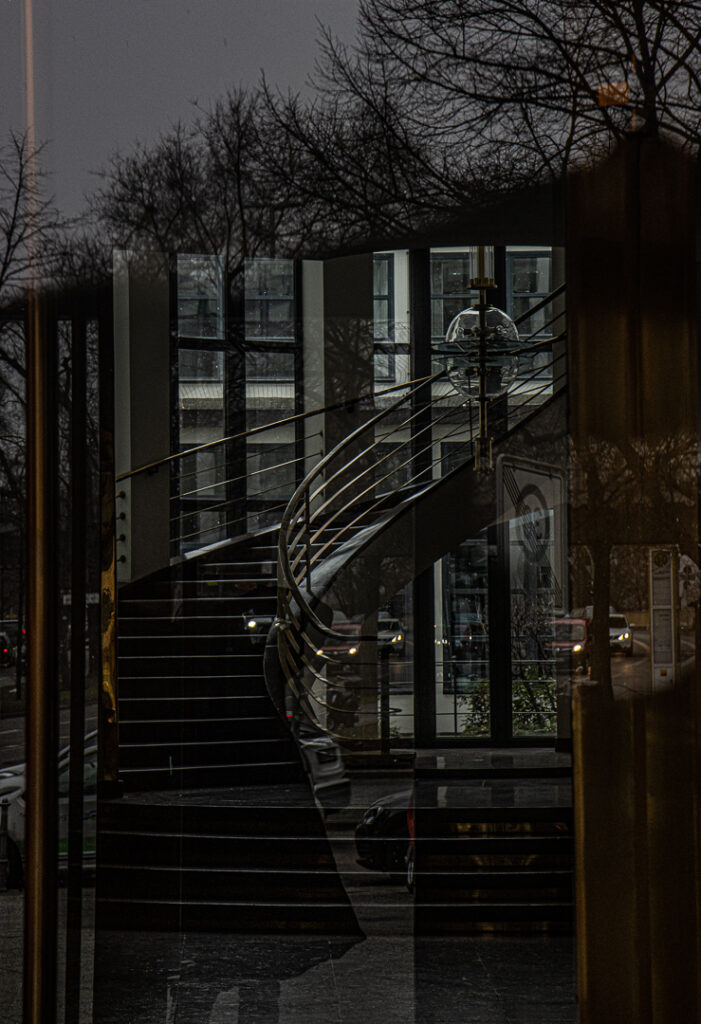
Further along Alte Jakobstraße, for no particular reason:
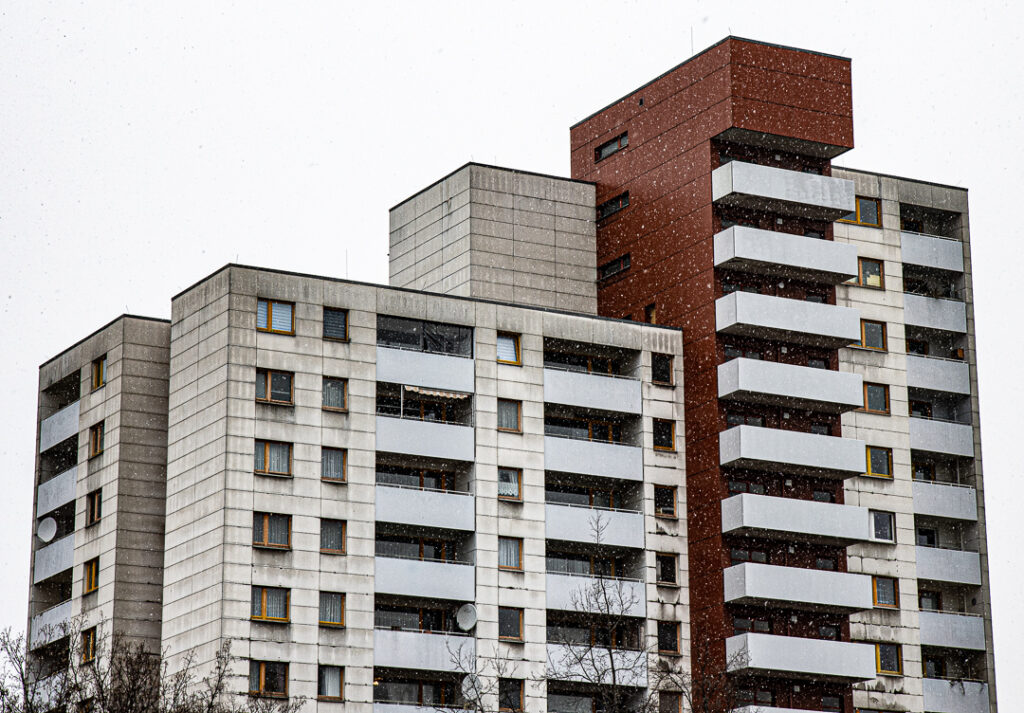
Ritterhof, Ritterstraße 11, according to the book “Verborgenes Berlin” one of the few buildings in this street that survived WWII:
From neighbouring buildings, and the building site next door to Ritterhof:
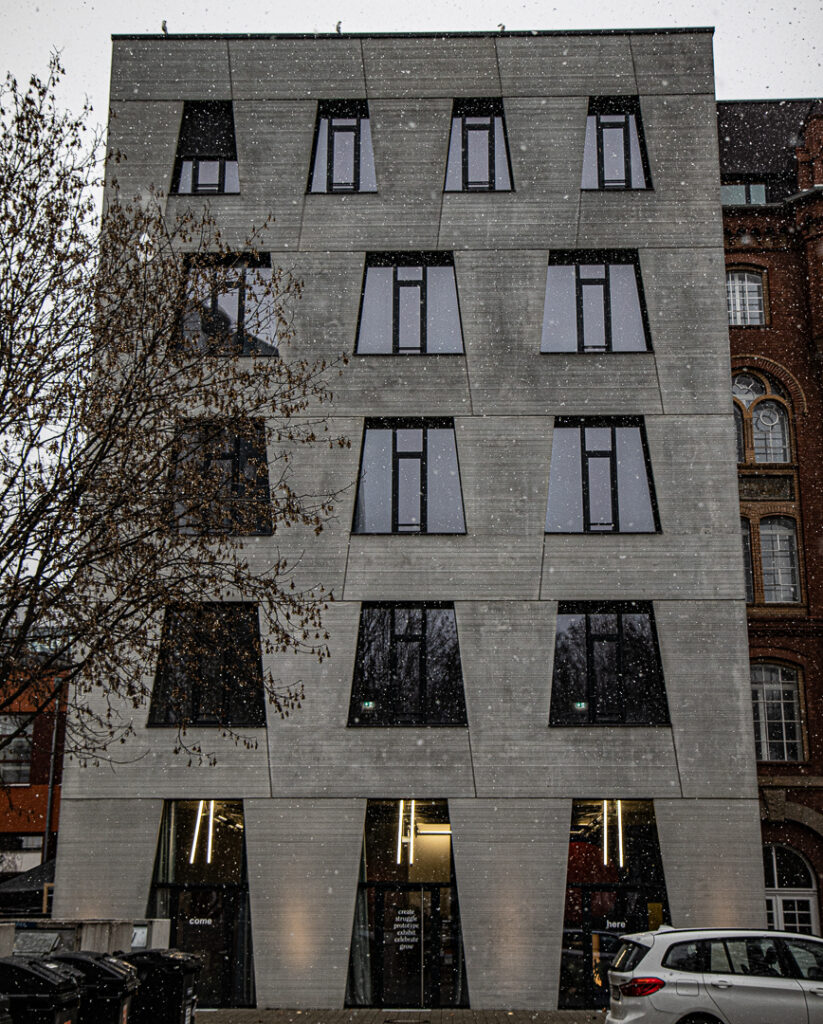
And this:
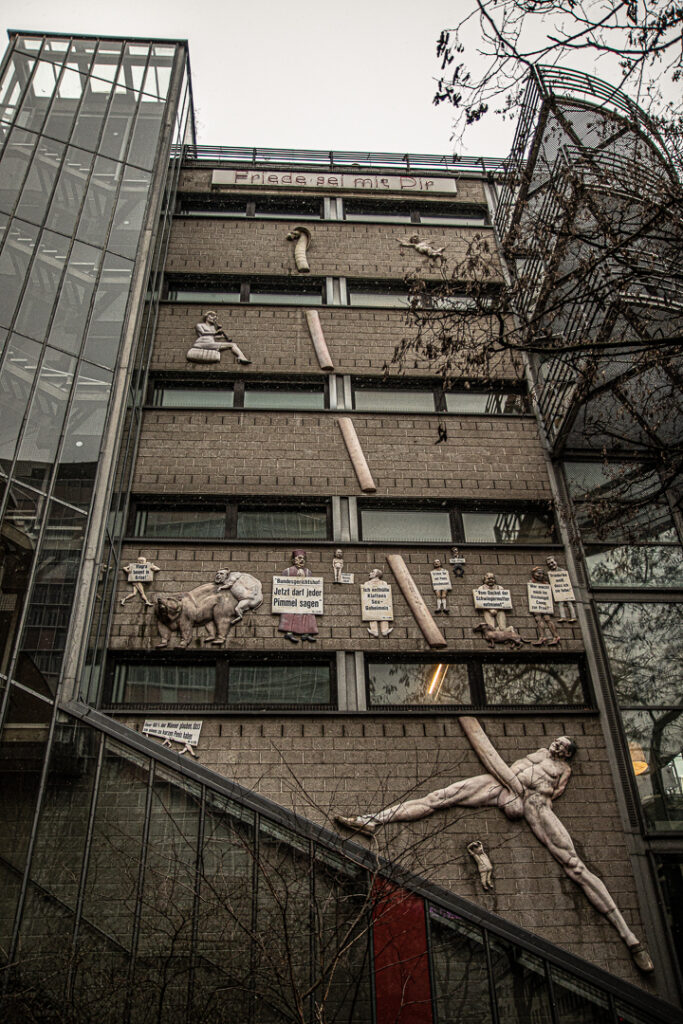
Read more here (the building now houses Betahaus and no longer the TAZ).
And finally, yet another photo of the buildng I can see from my bedroom windows:
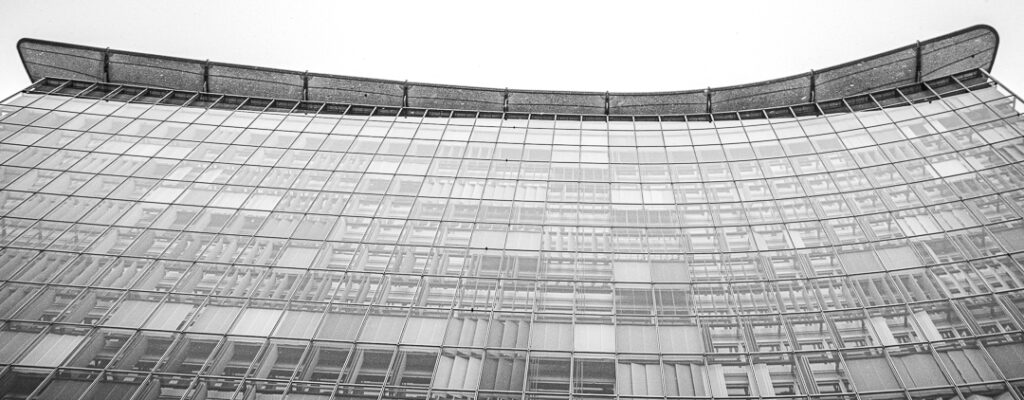
How much longer?
Coming up to the third consecutive summer of shade and claustrophobia now. How much longer will that monster be stealing half my sunlight? And how much longer will I have to look at that ugly wall?
Cresco Capital Group; Cresco Real Estate; Cresco Urban Yurt; Schön & Sever; GBP Architektenhttps://www.gbp-architekten.de/projekte/projekt/victoriahoefe.html
